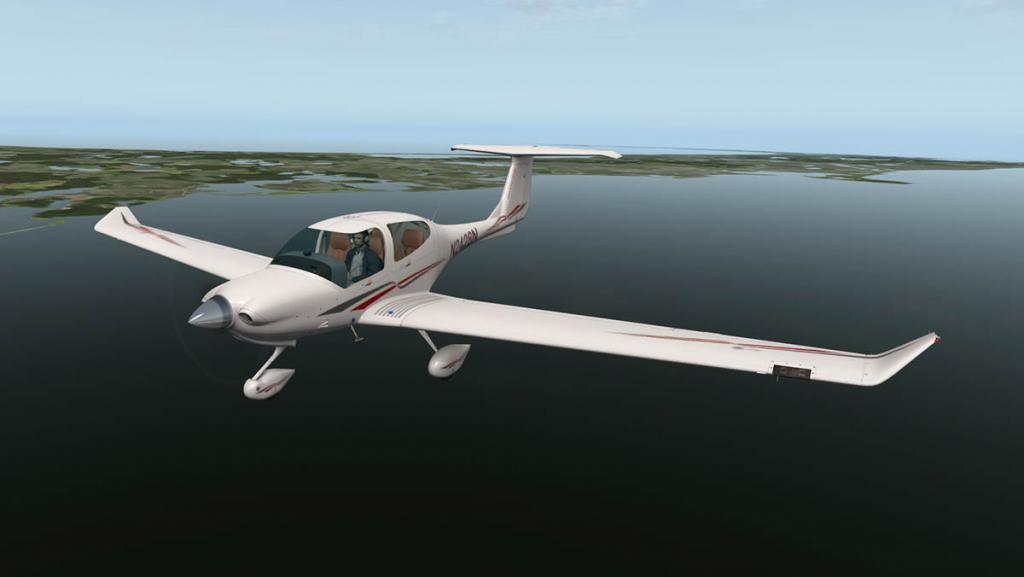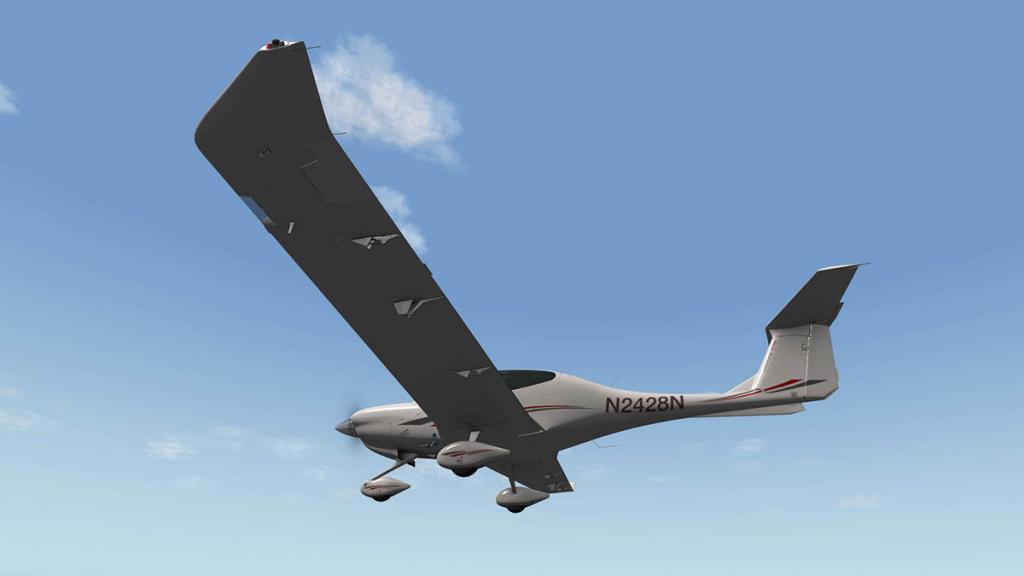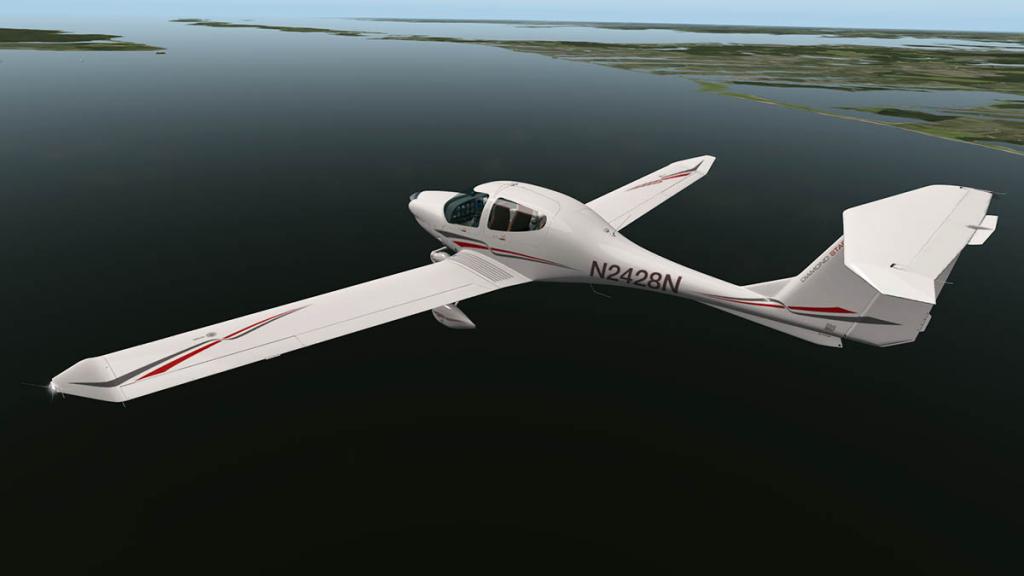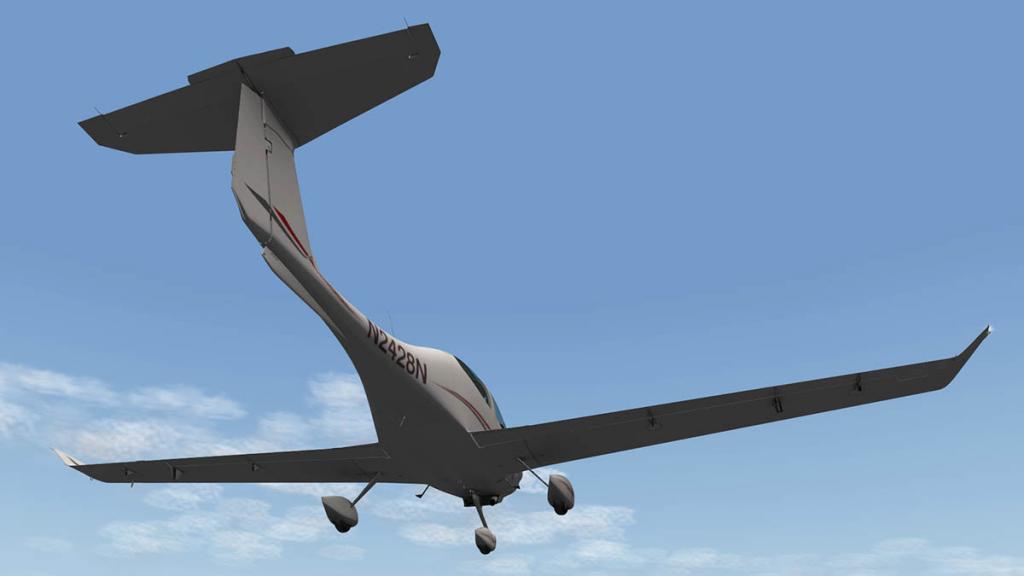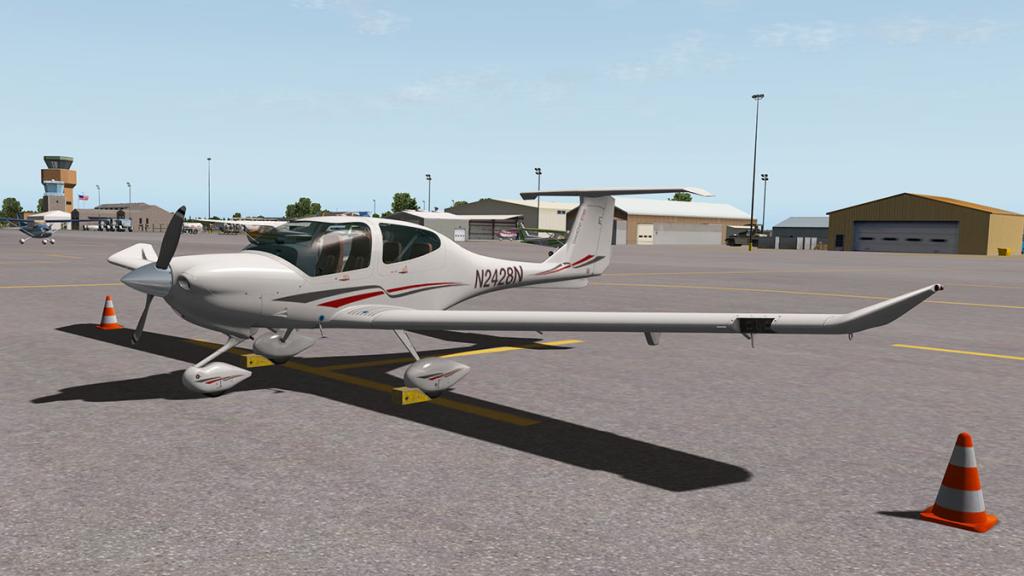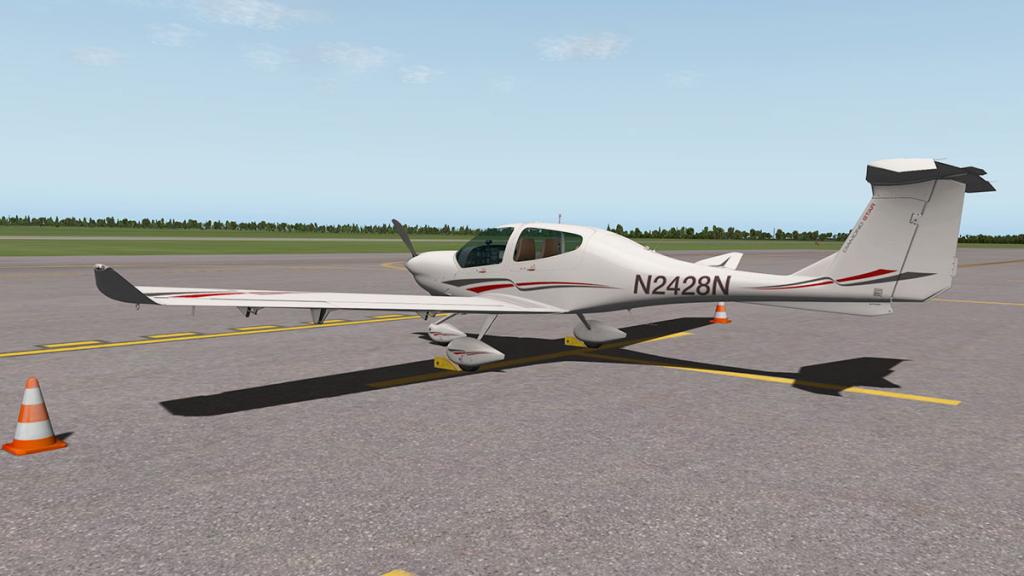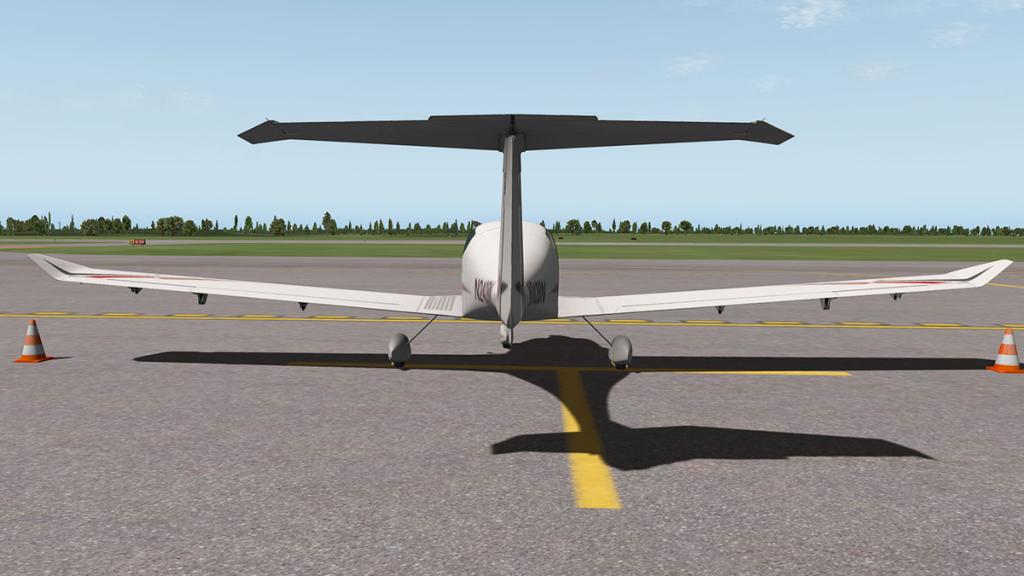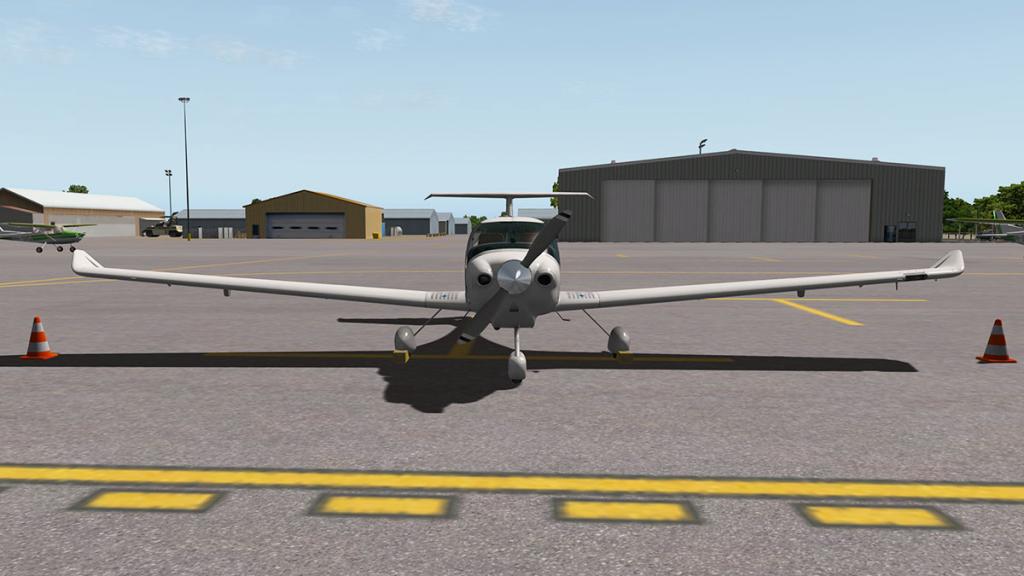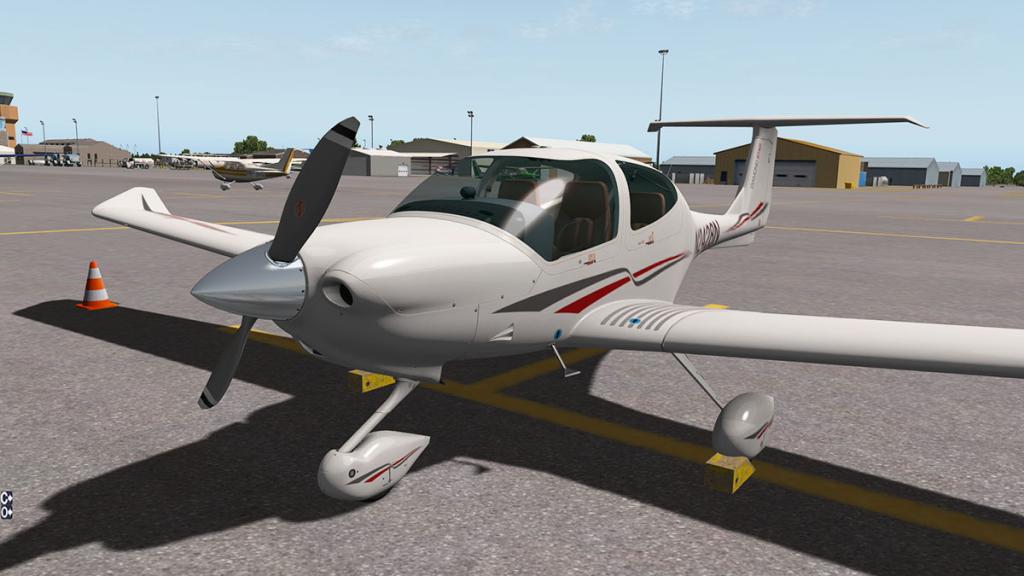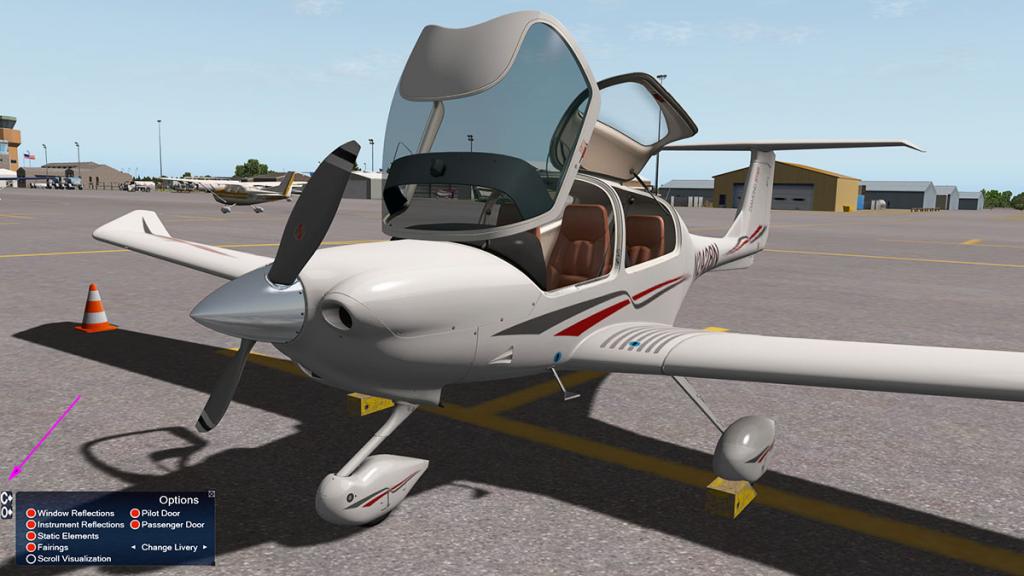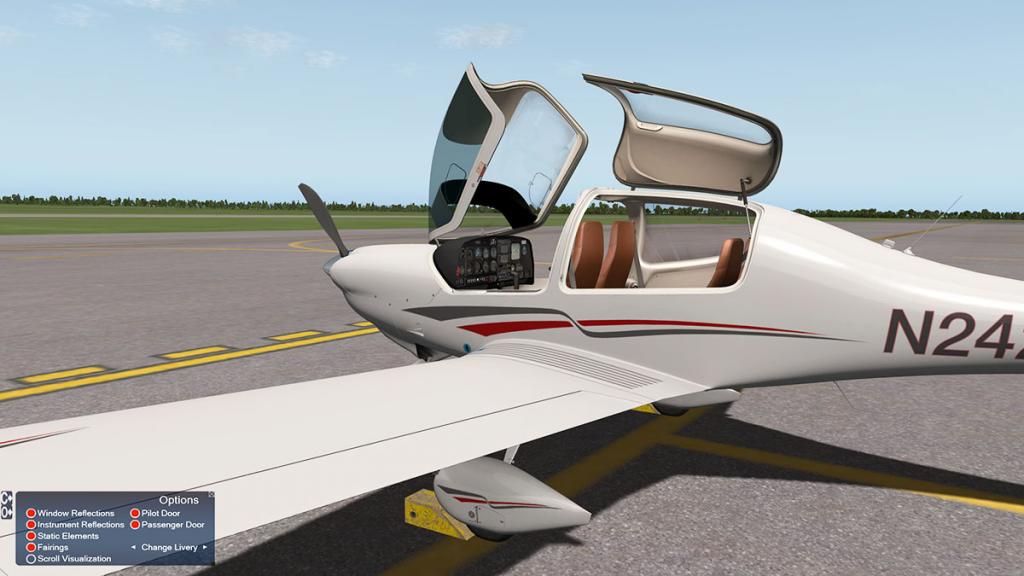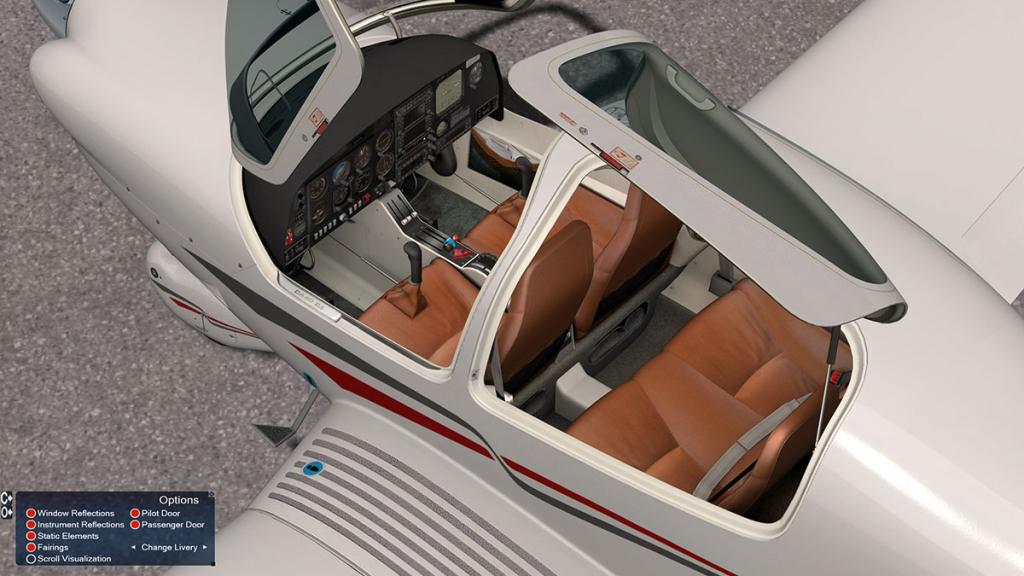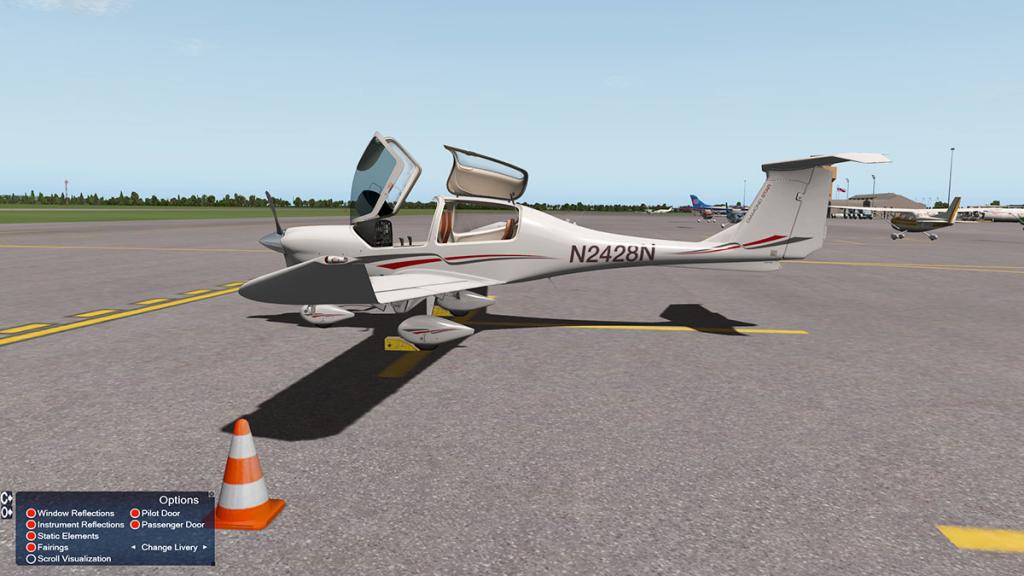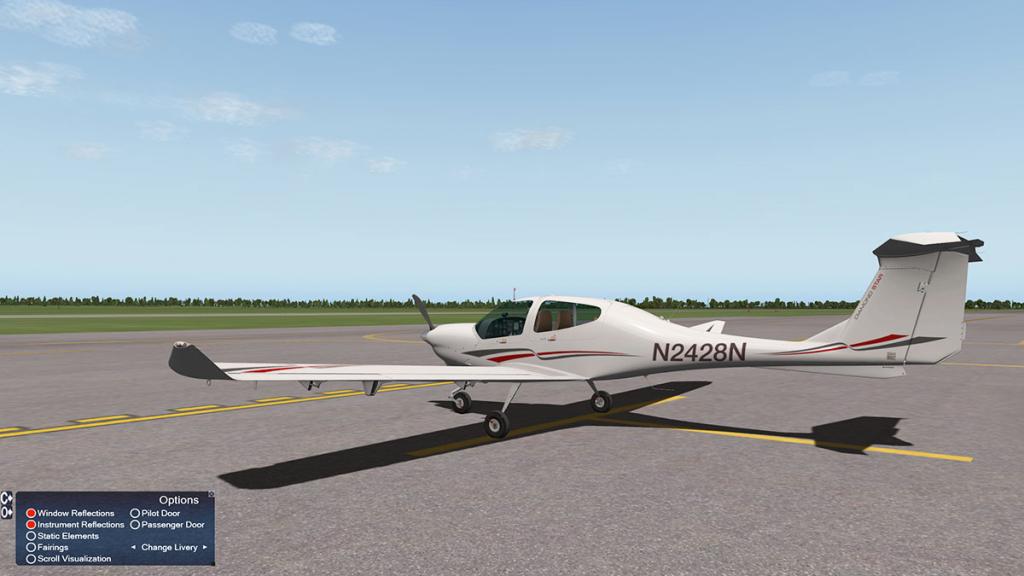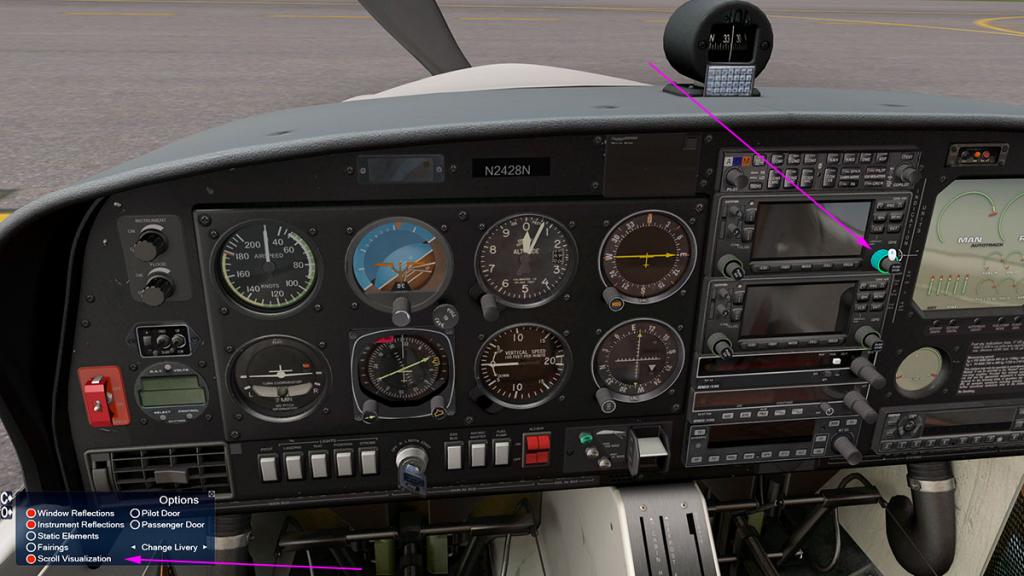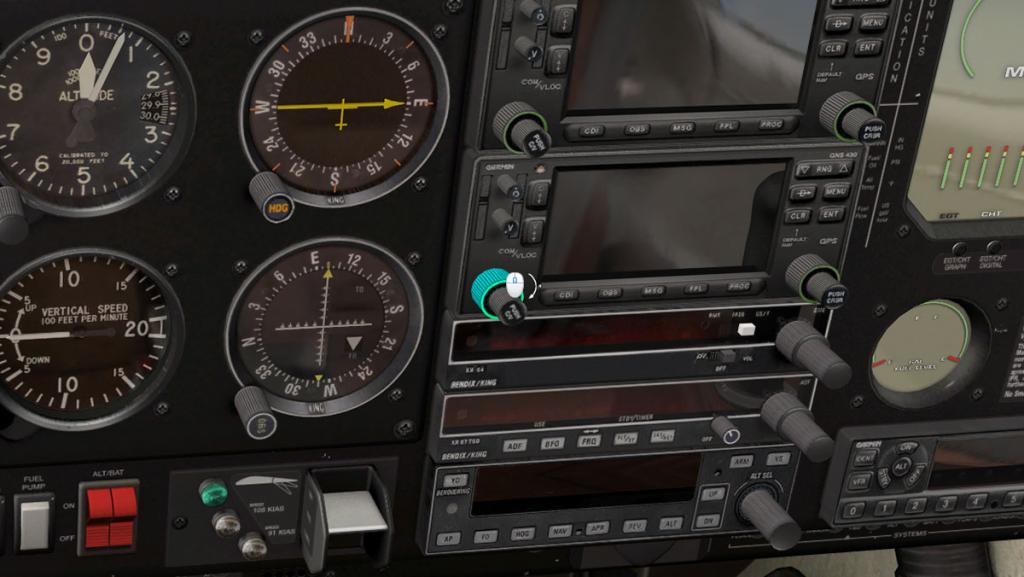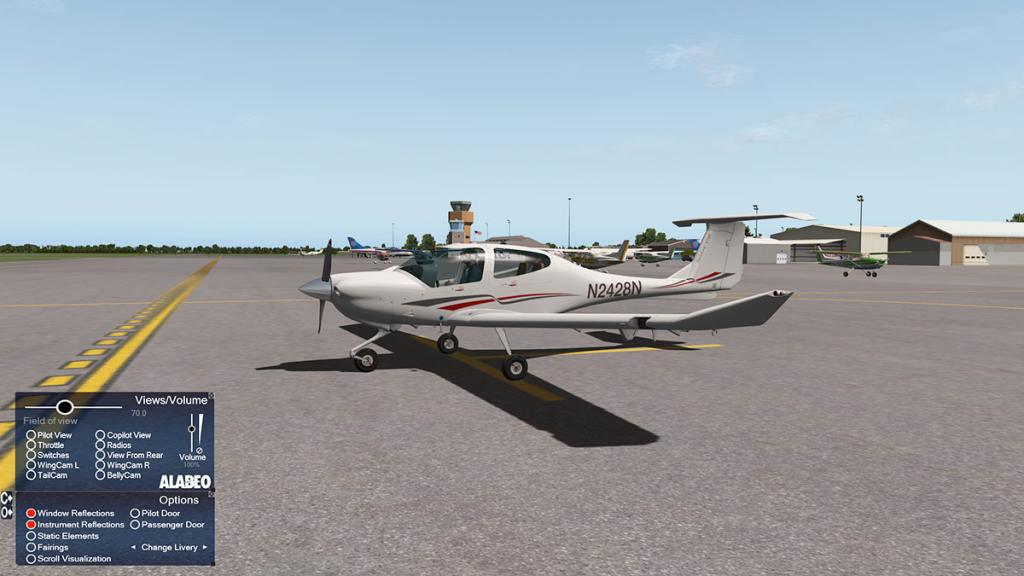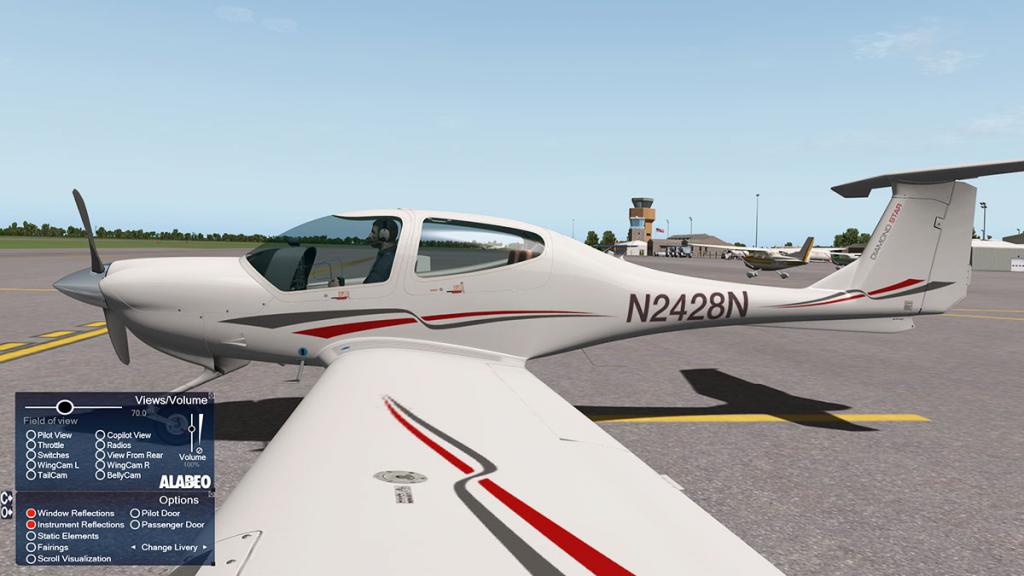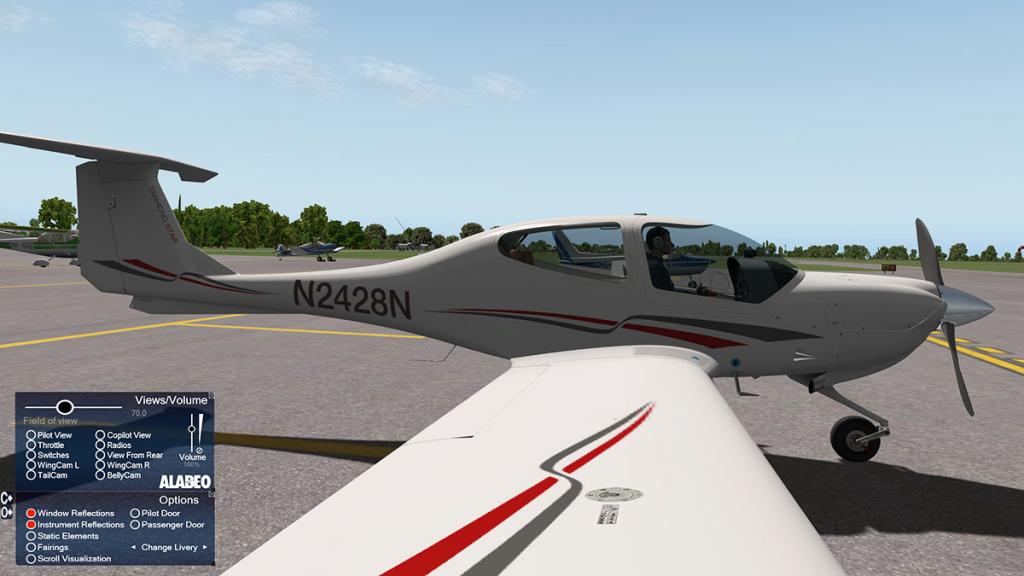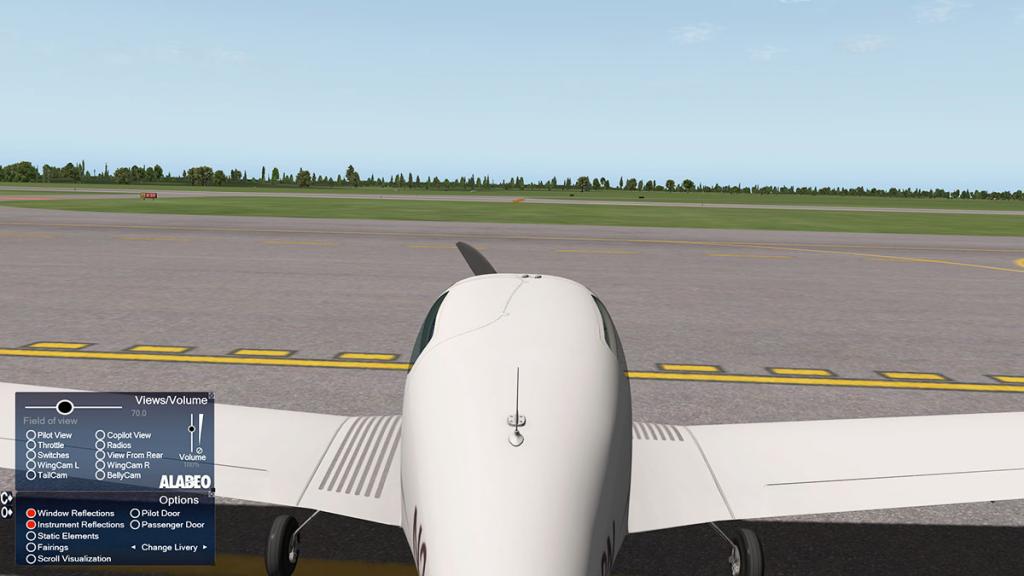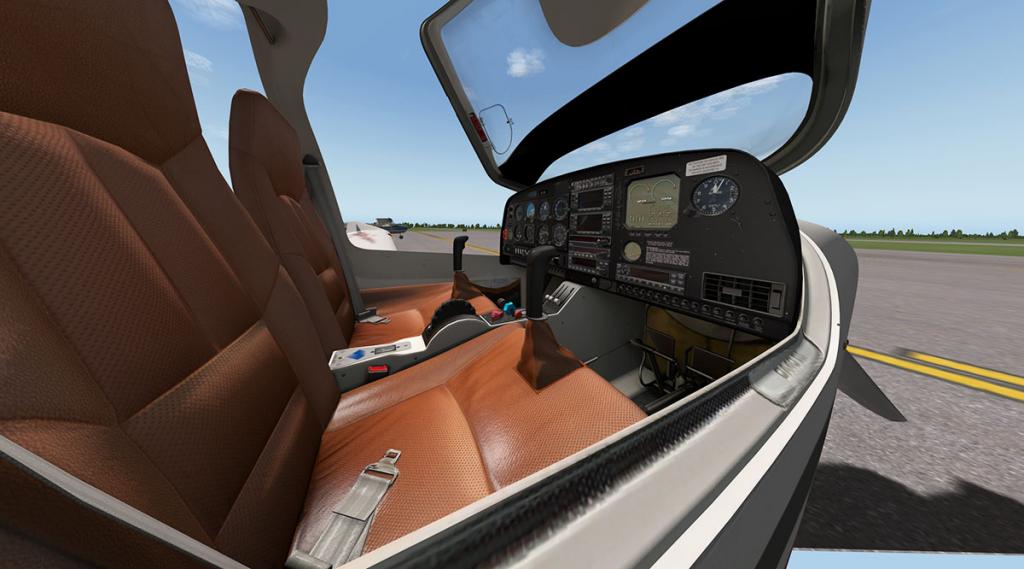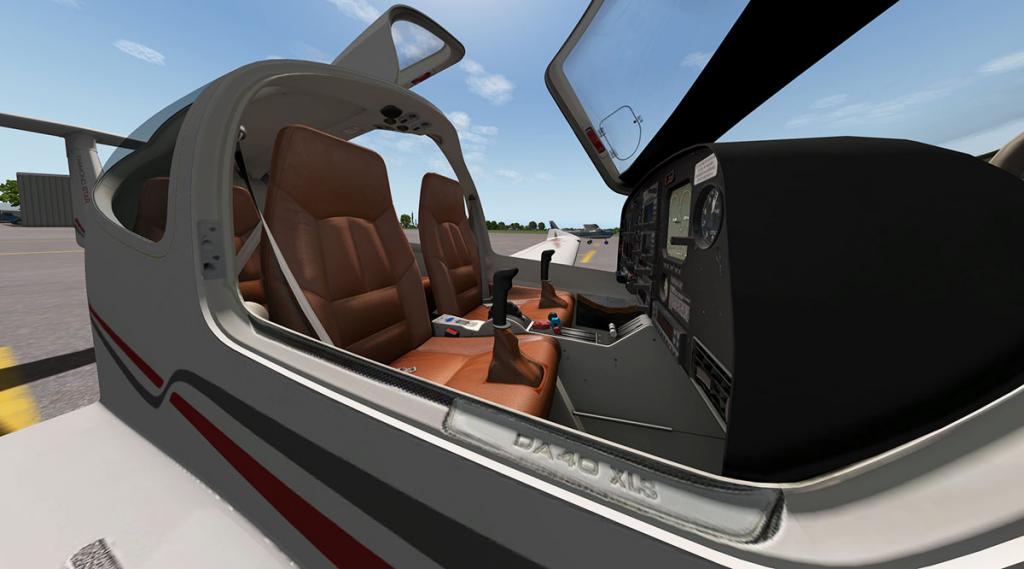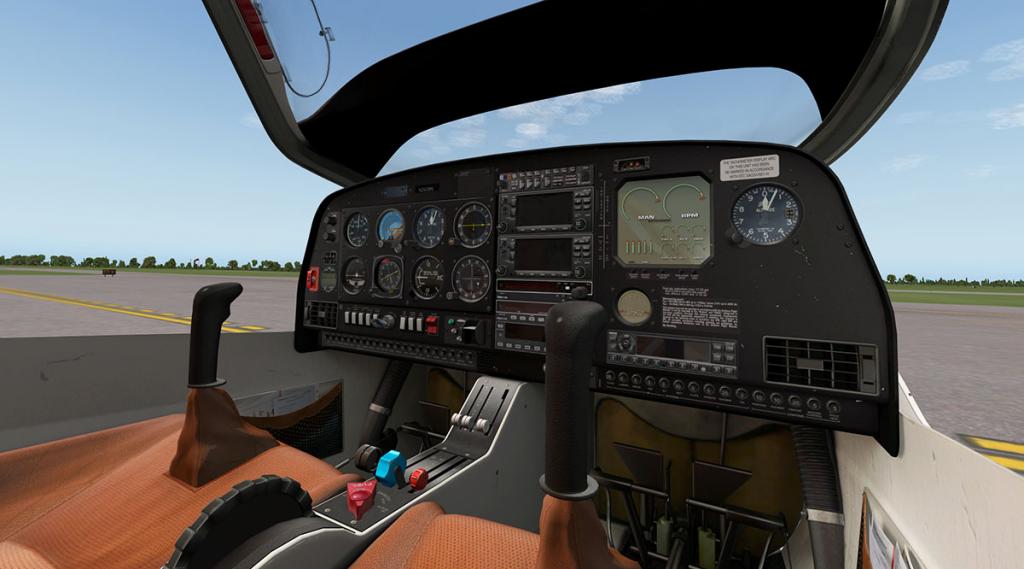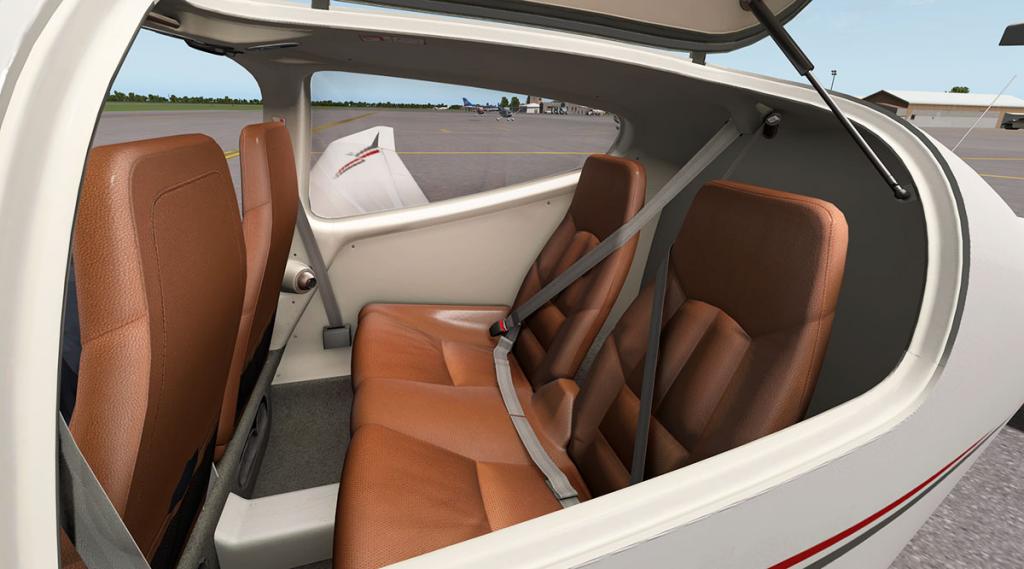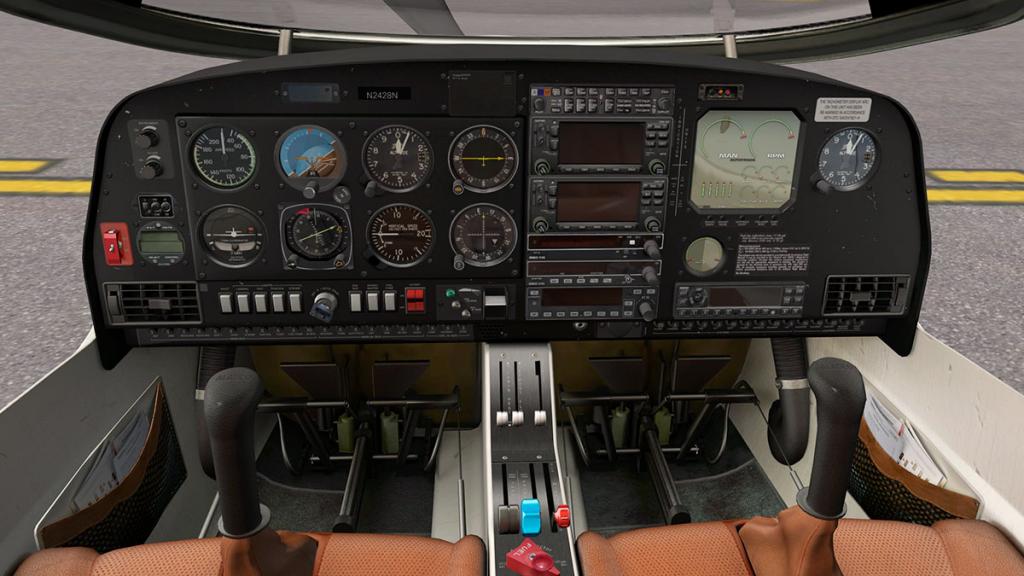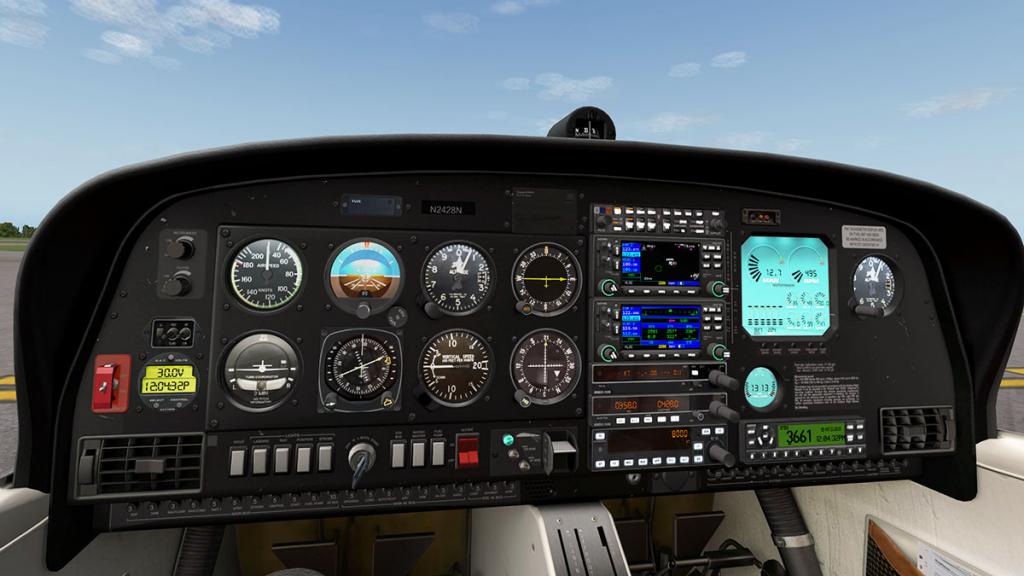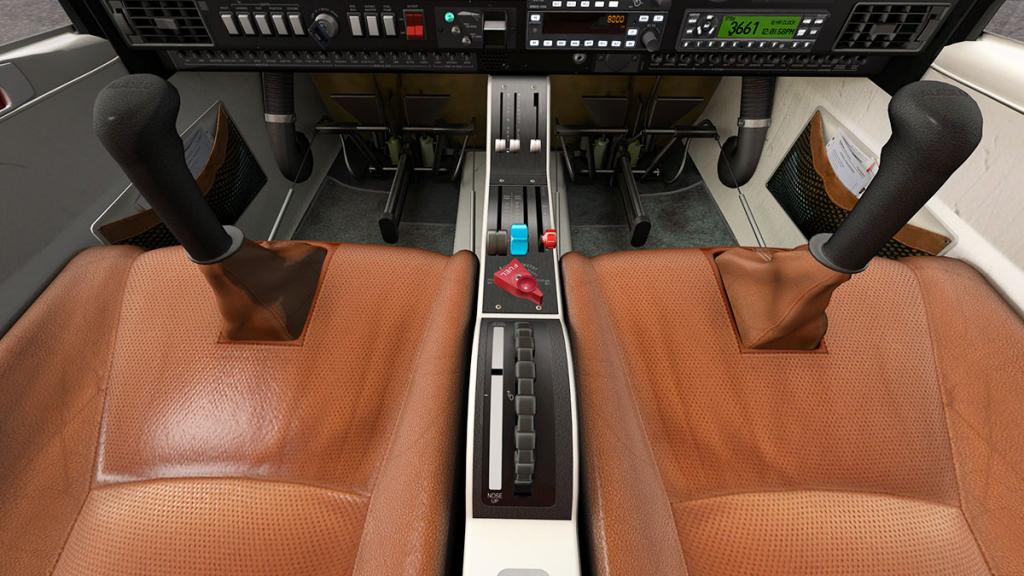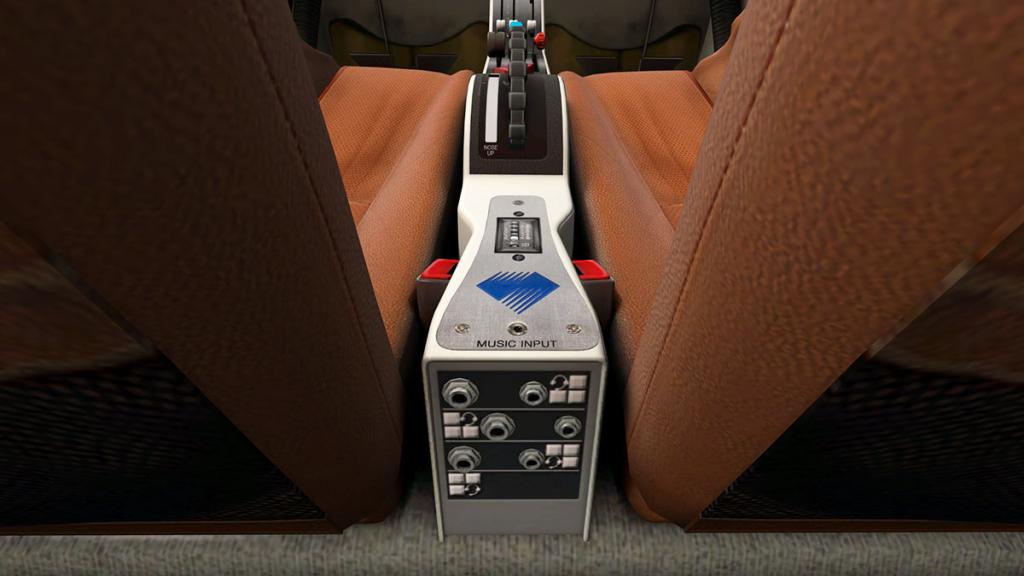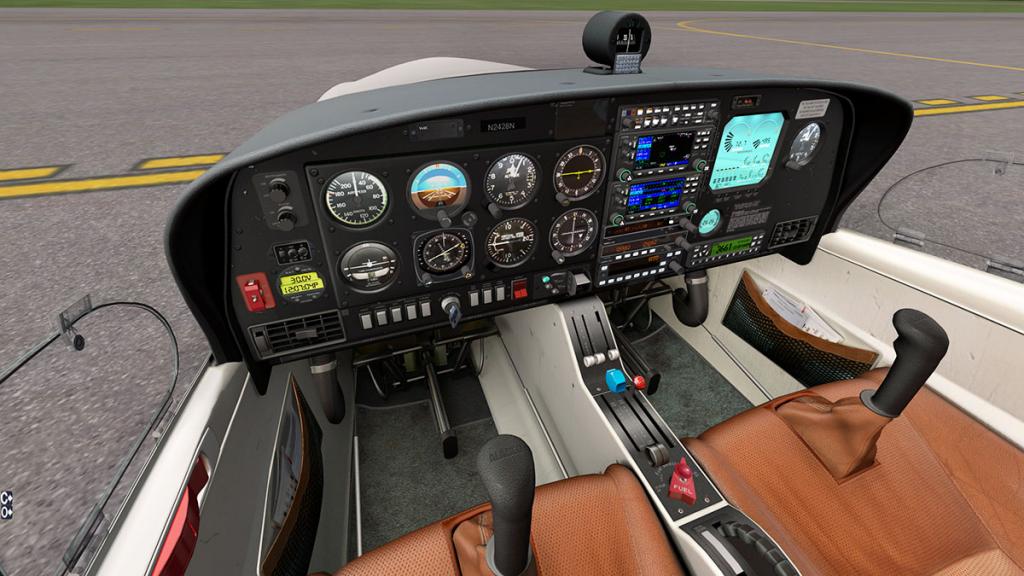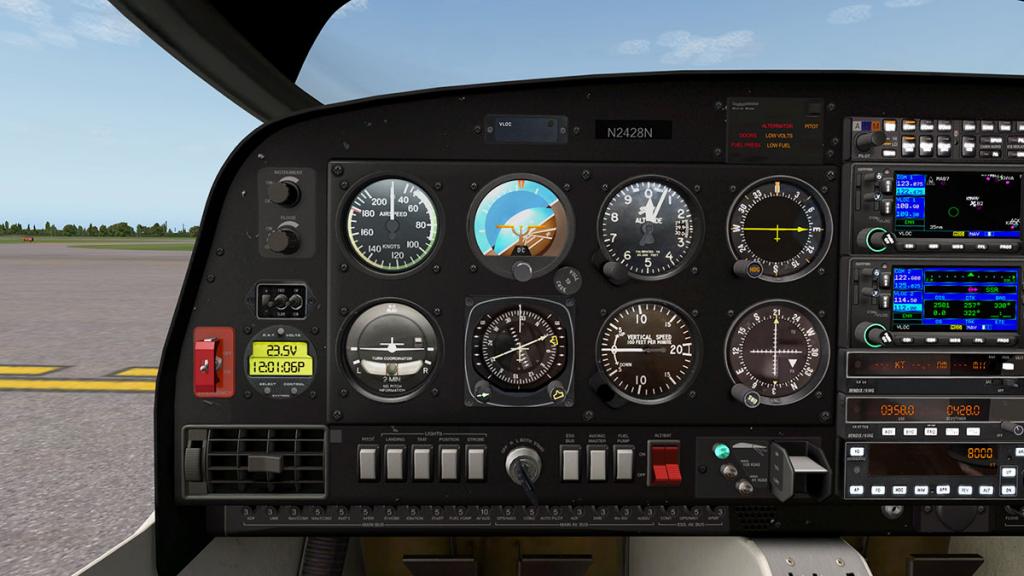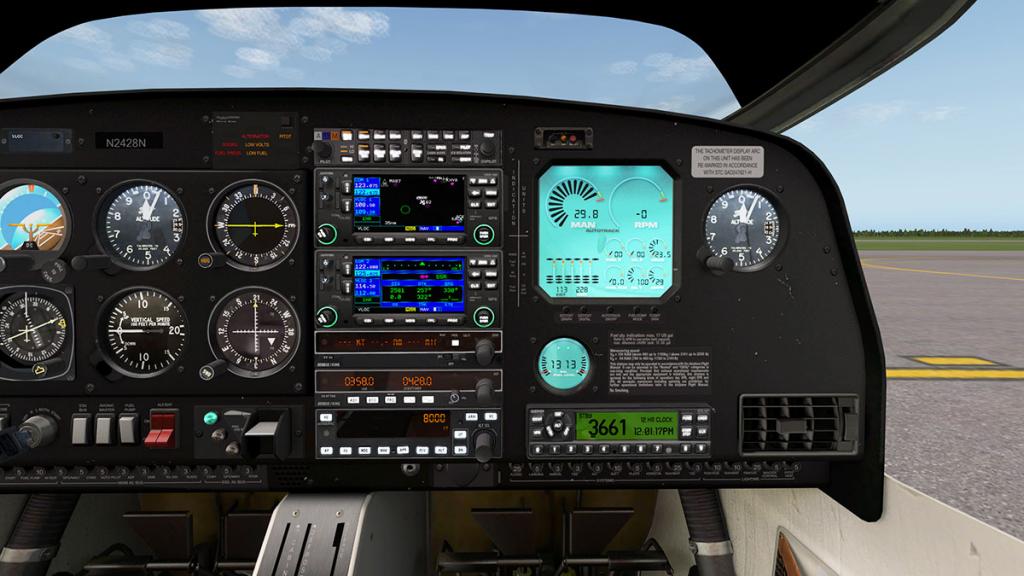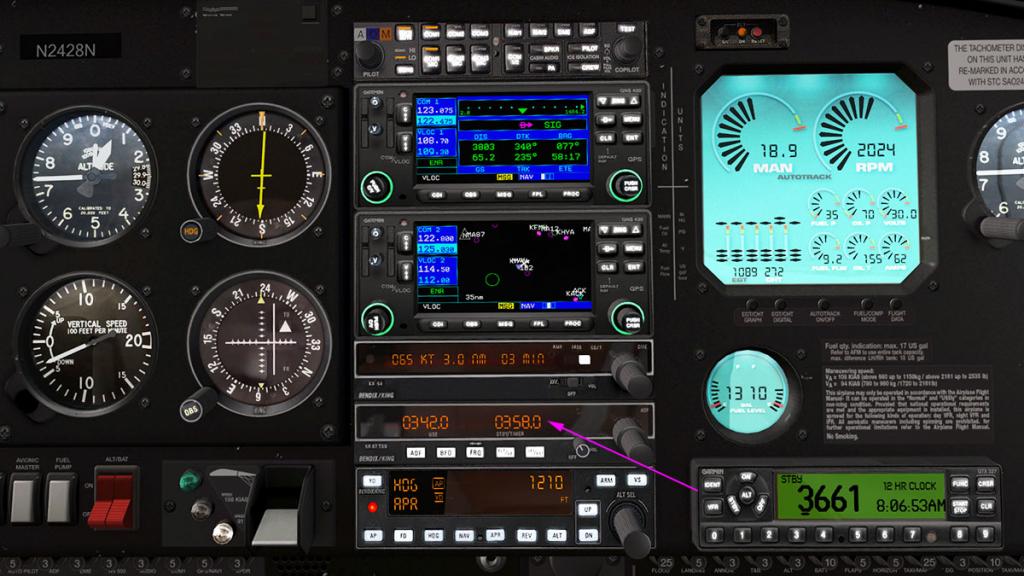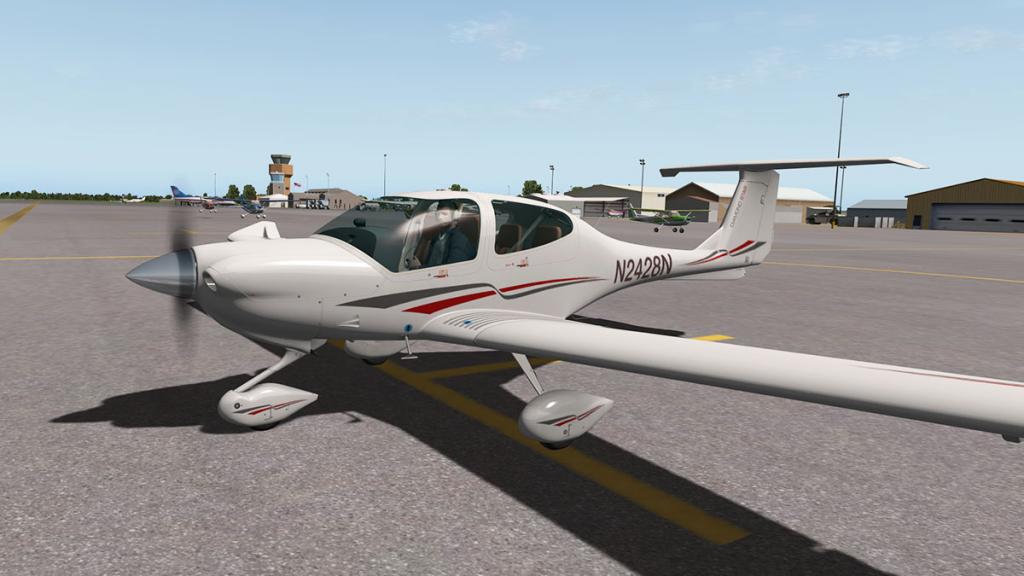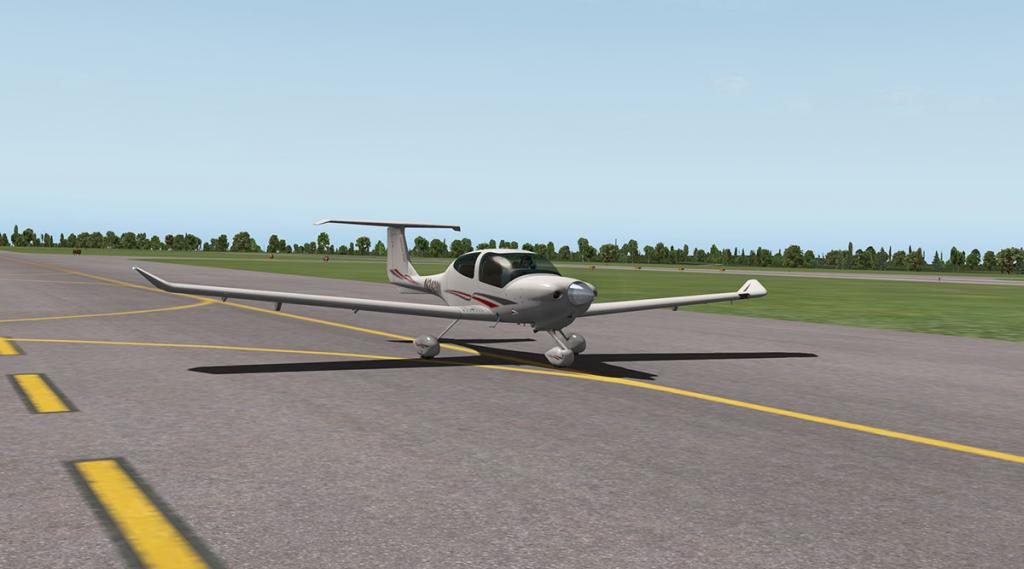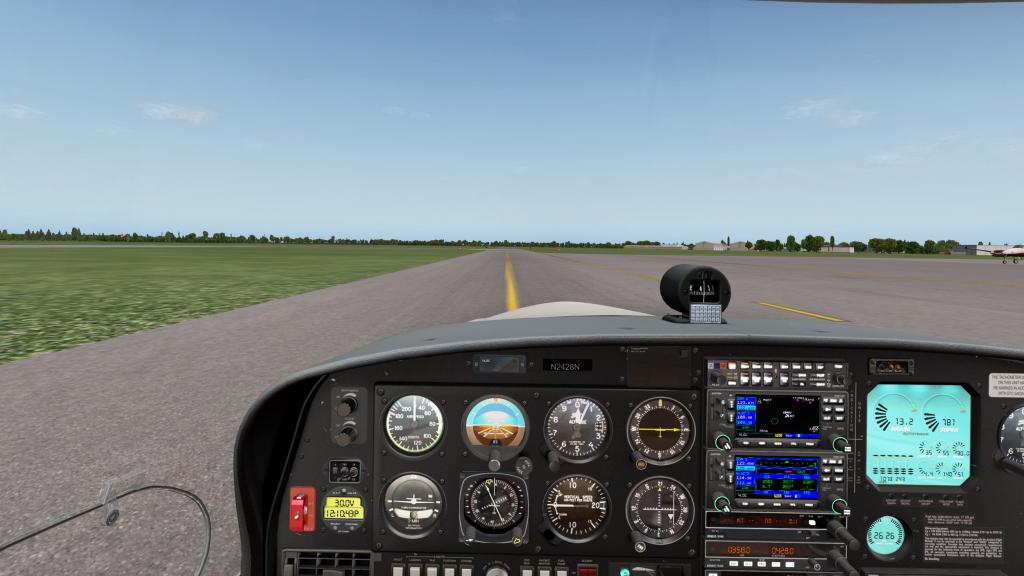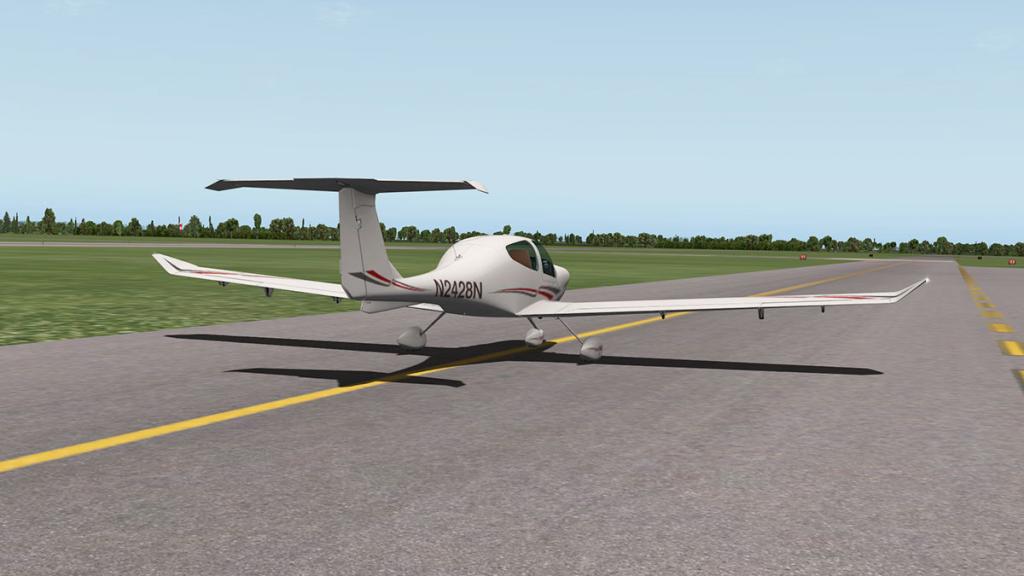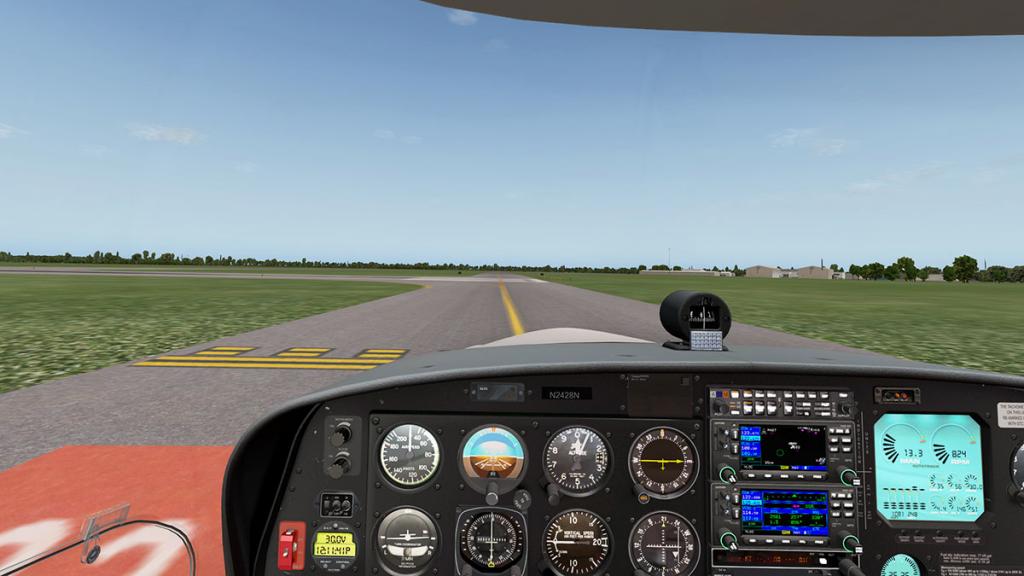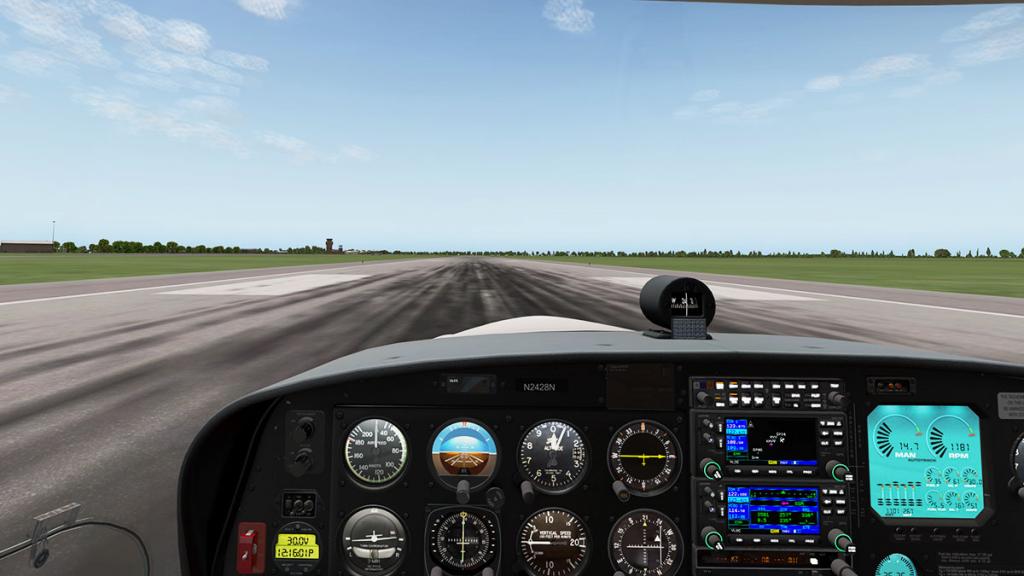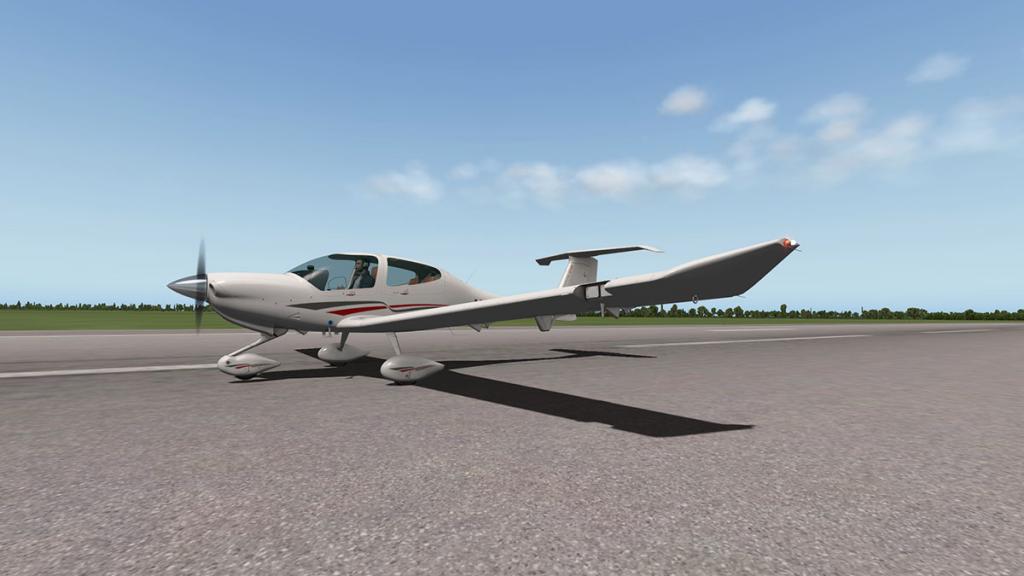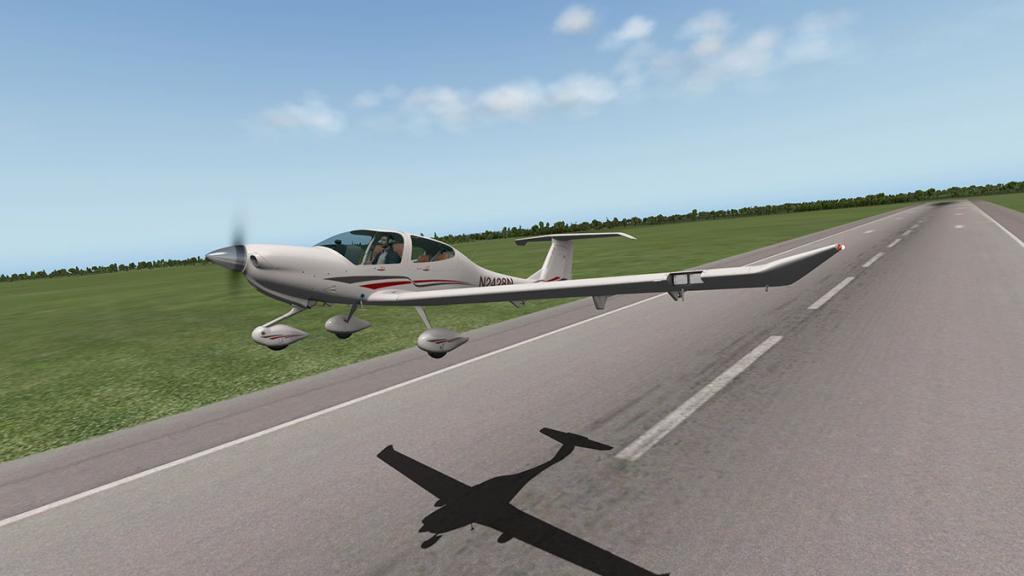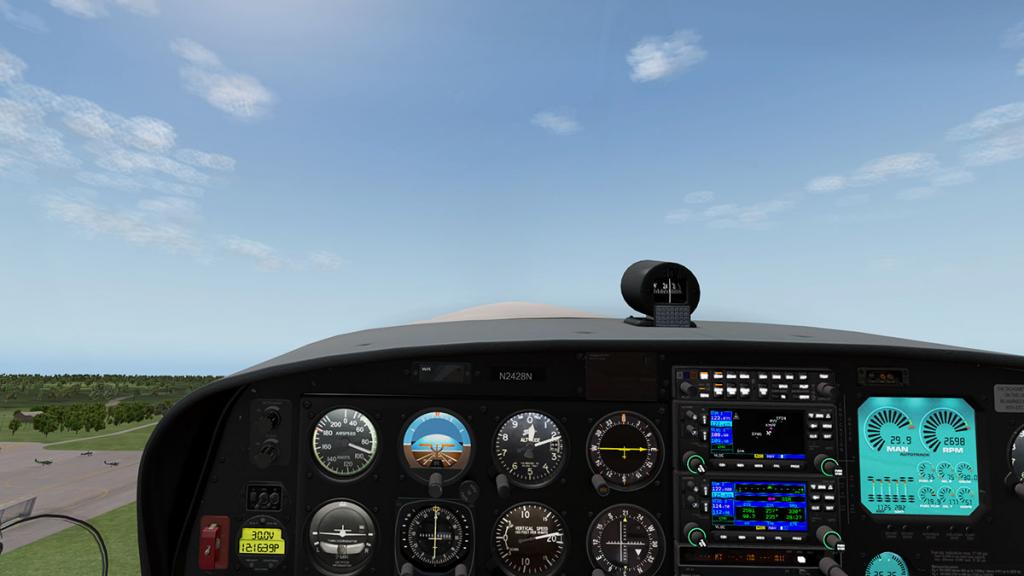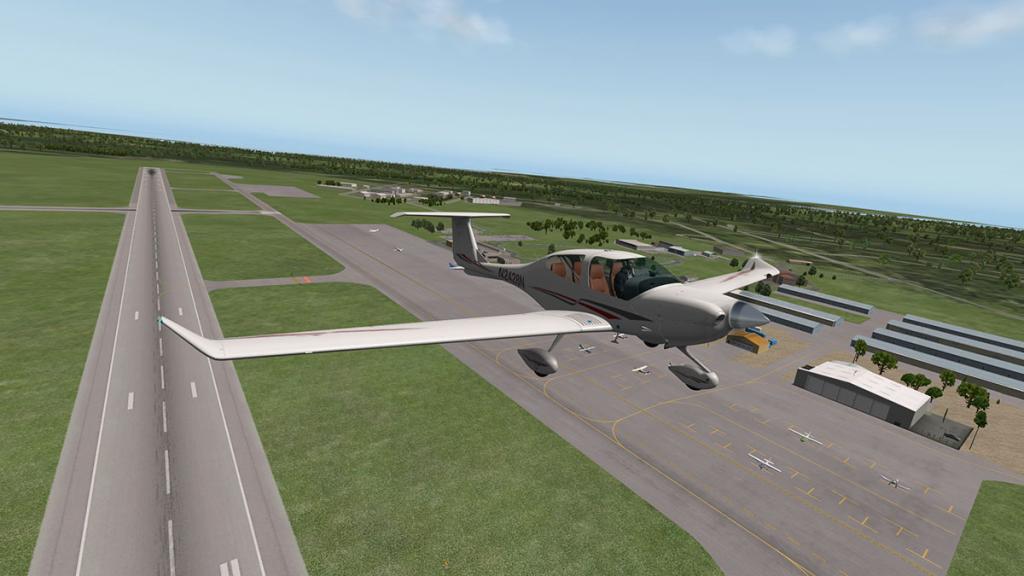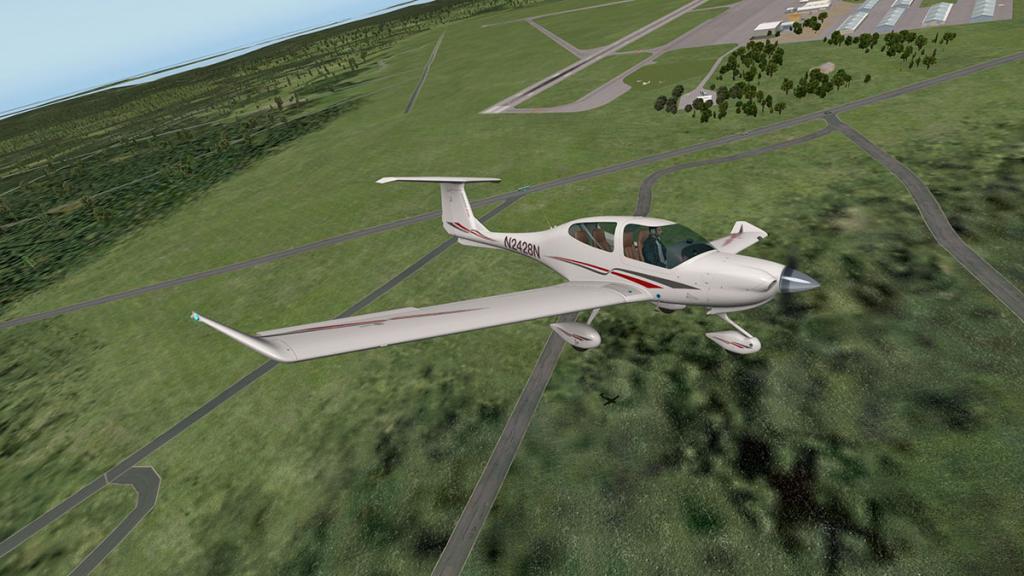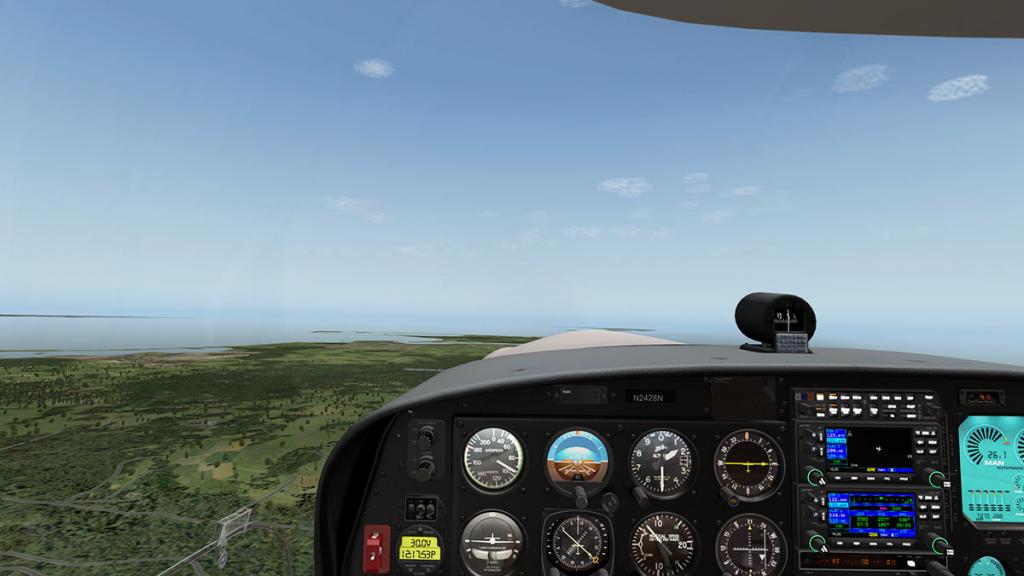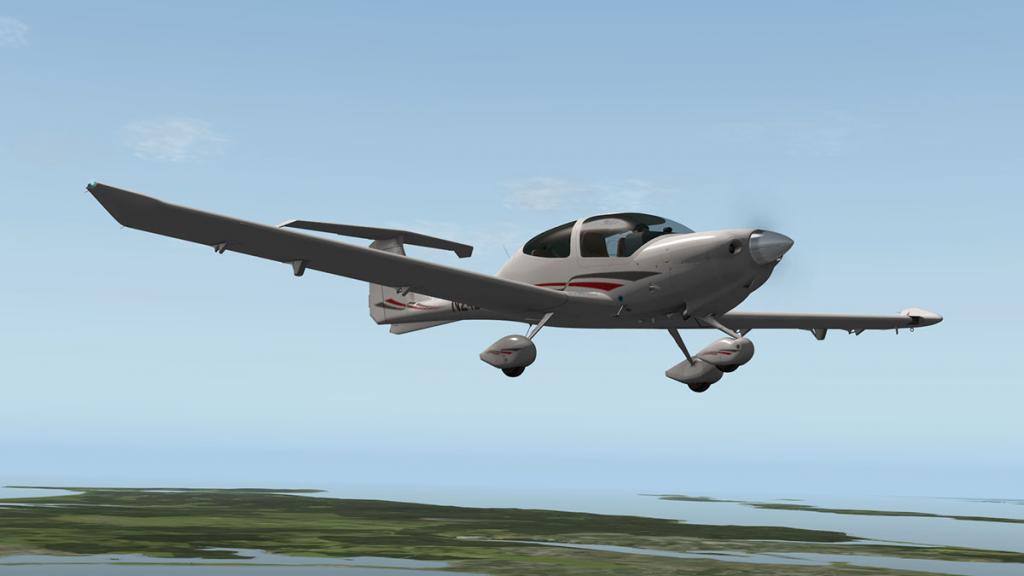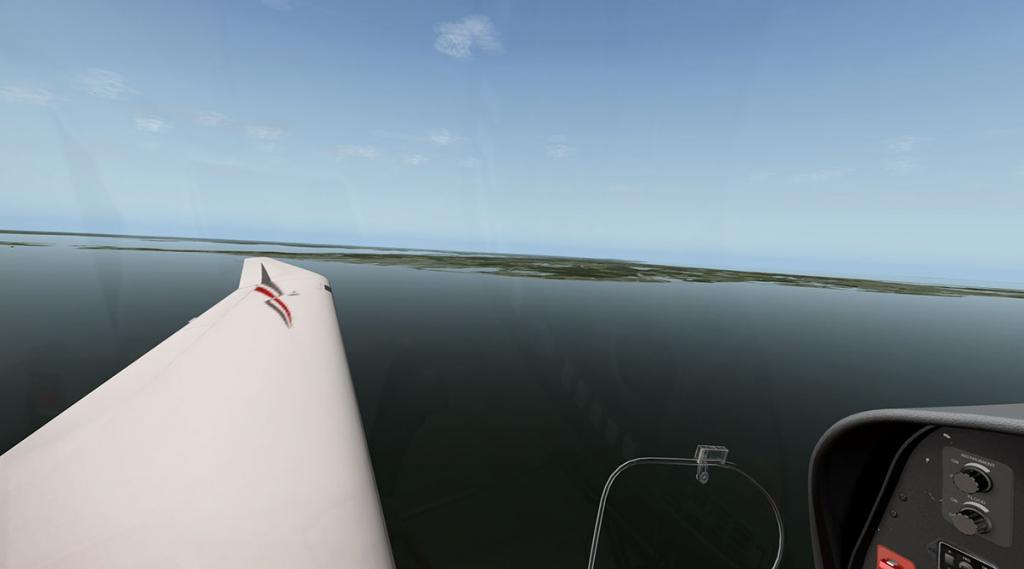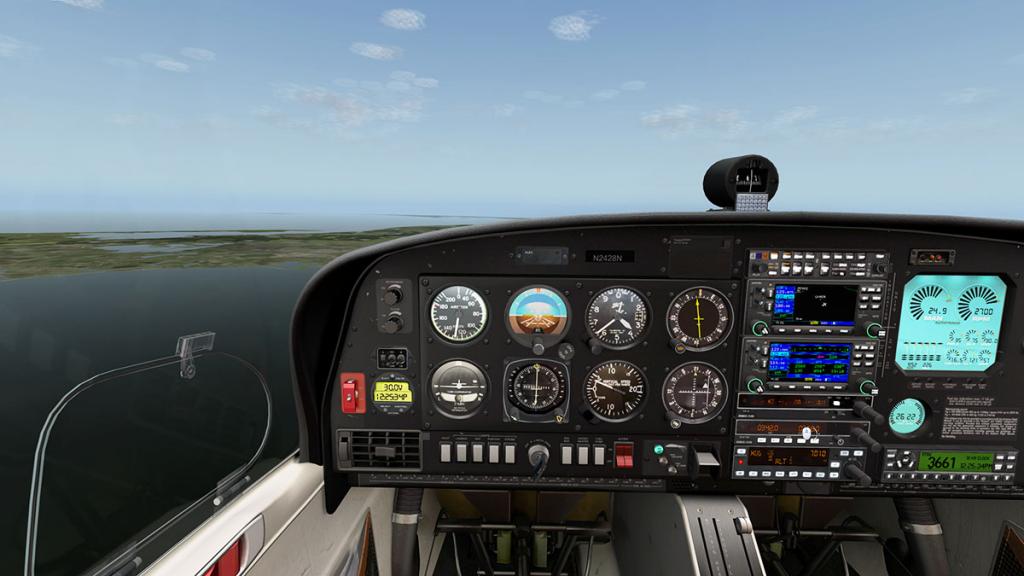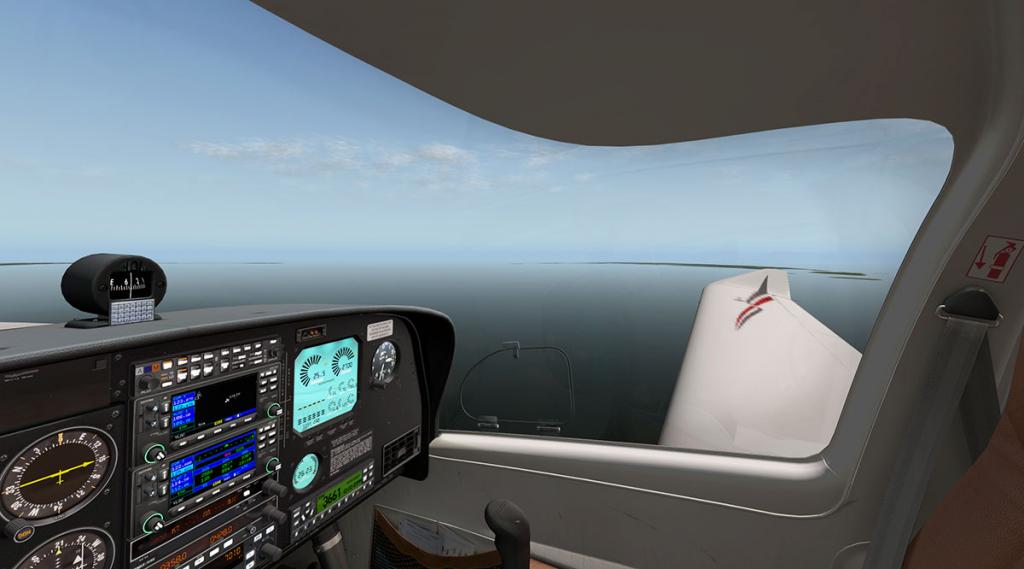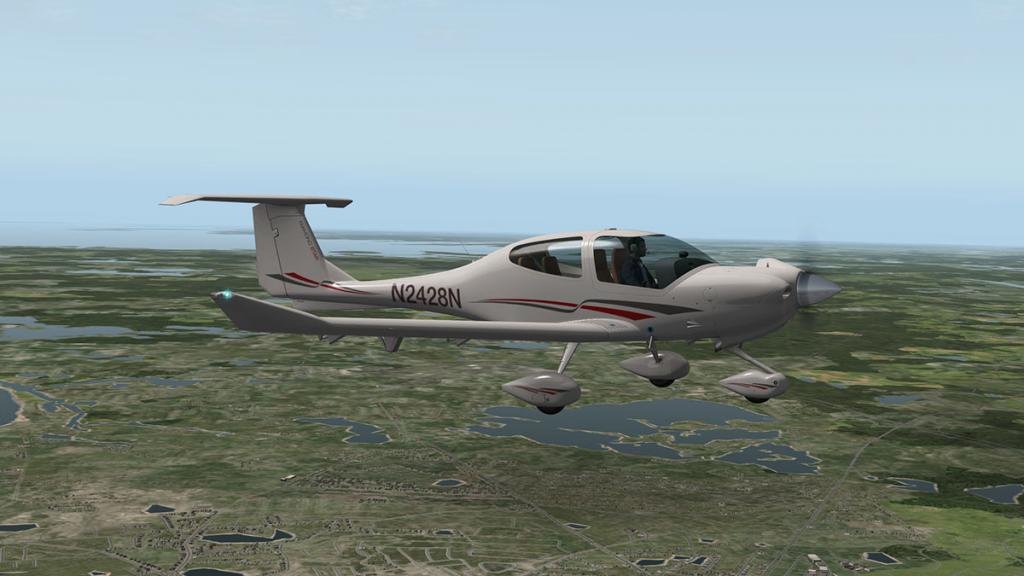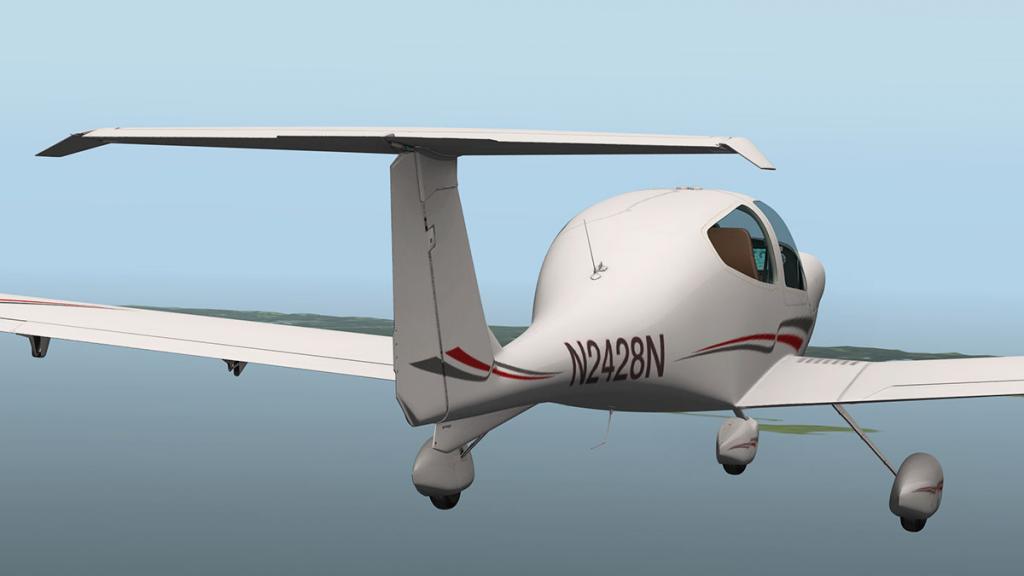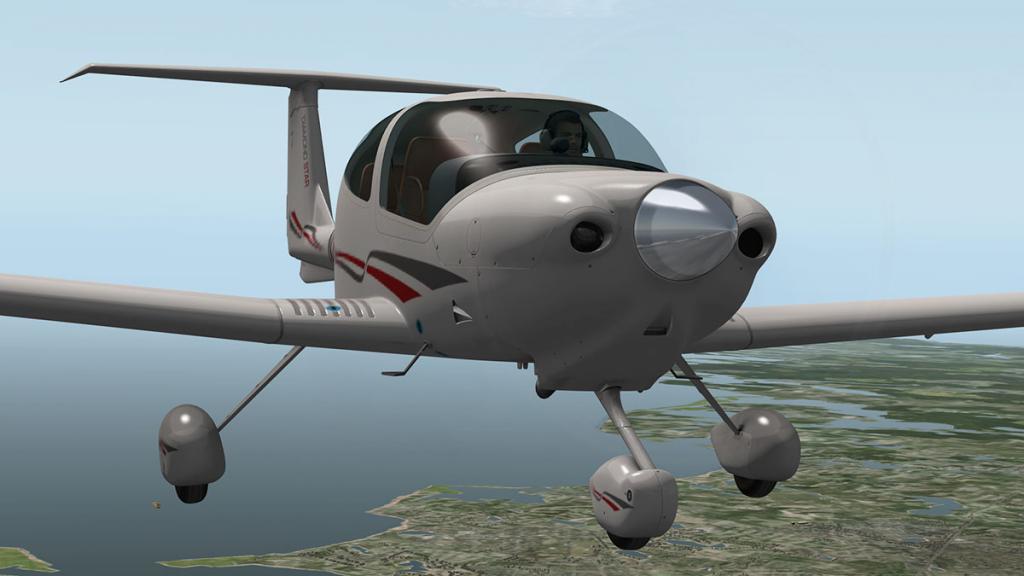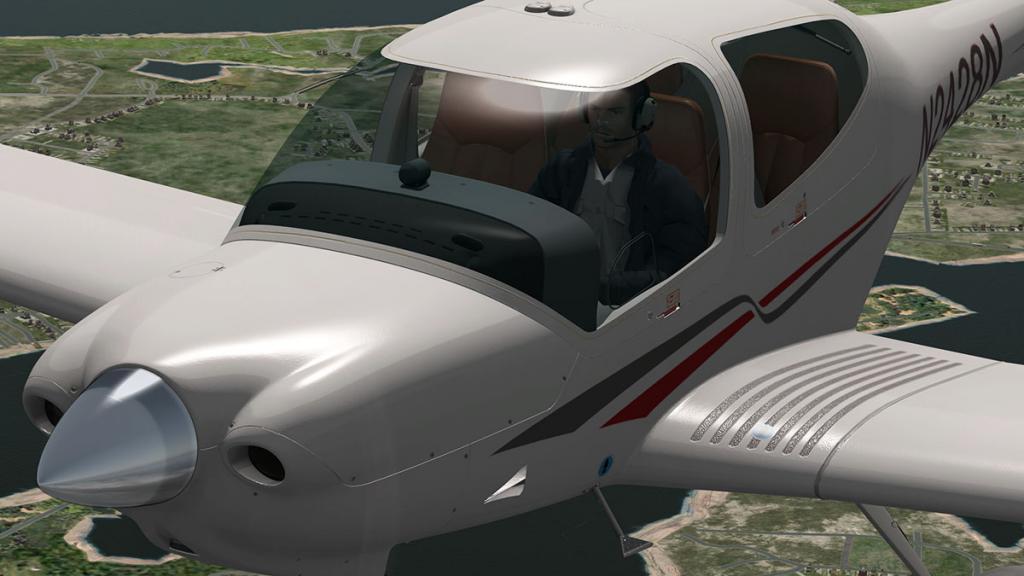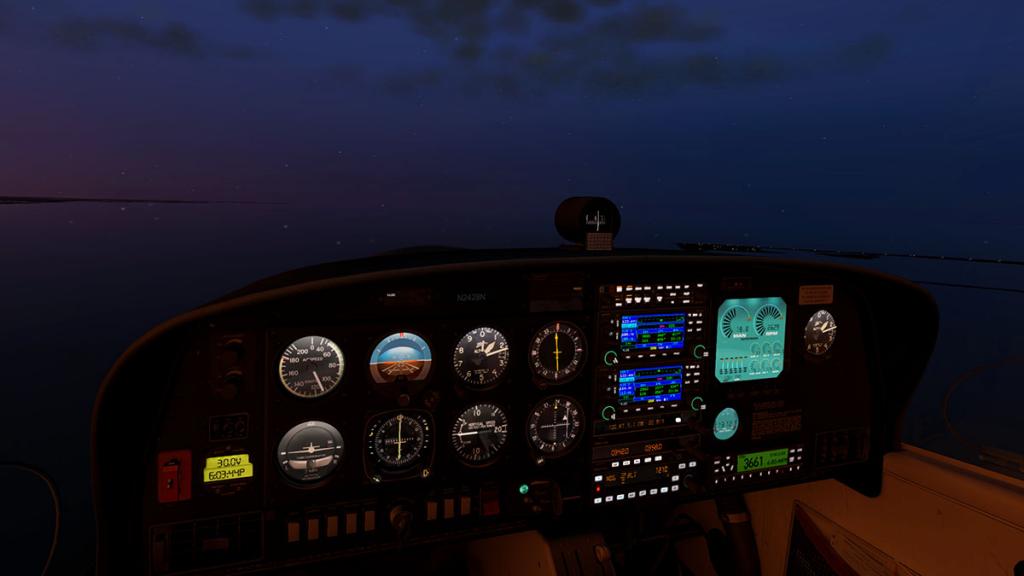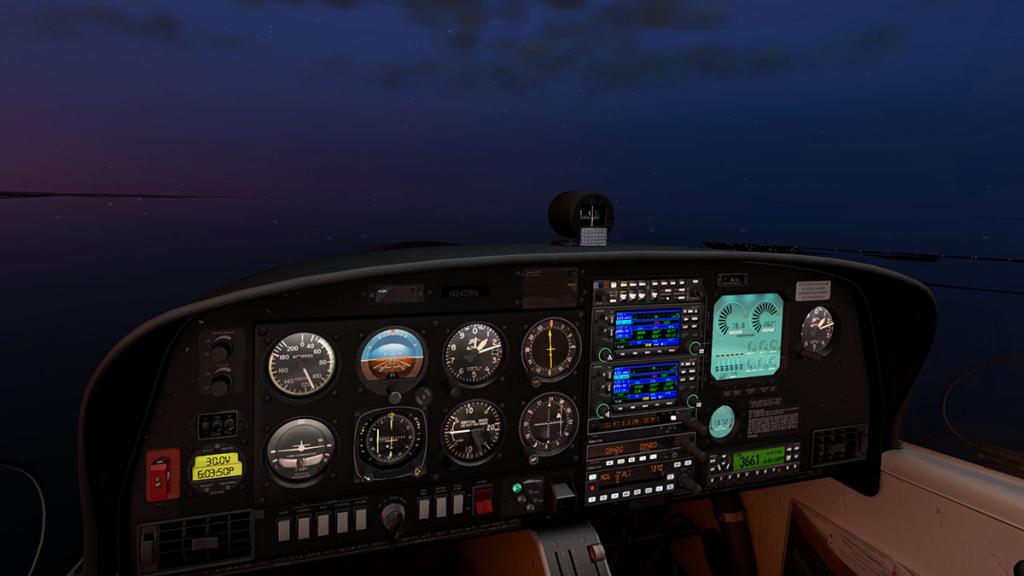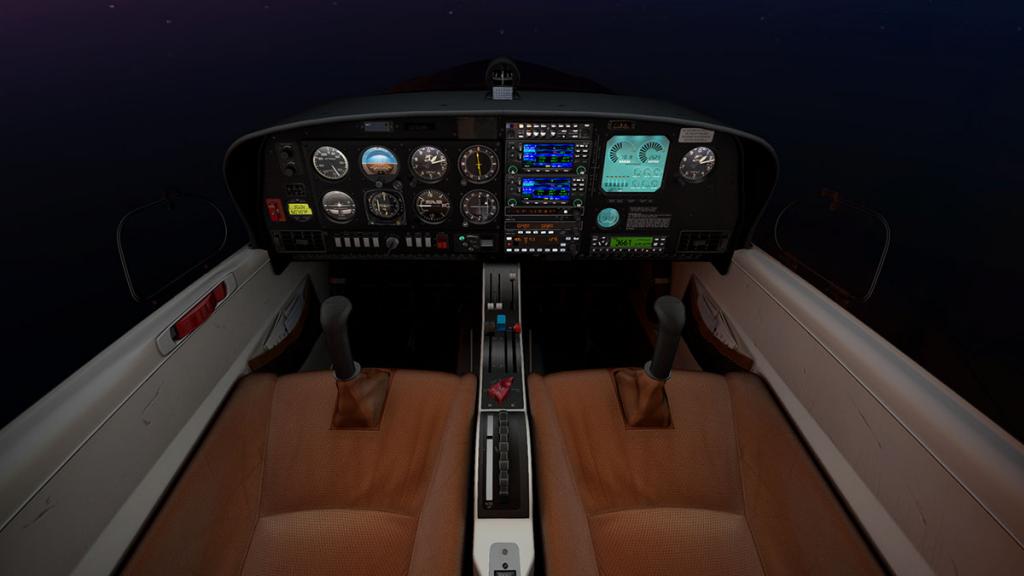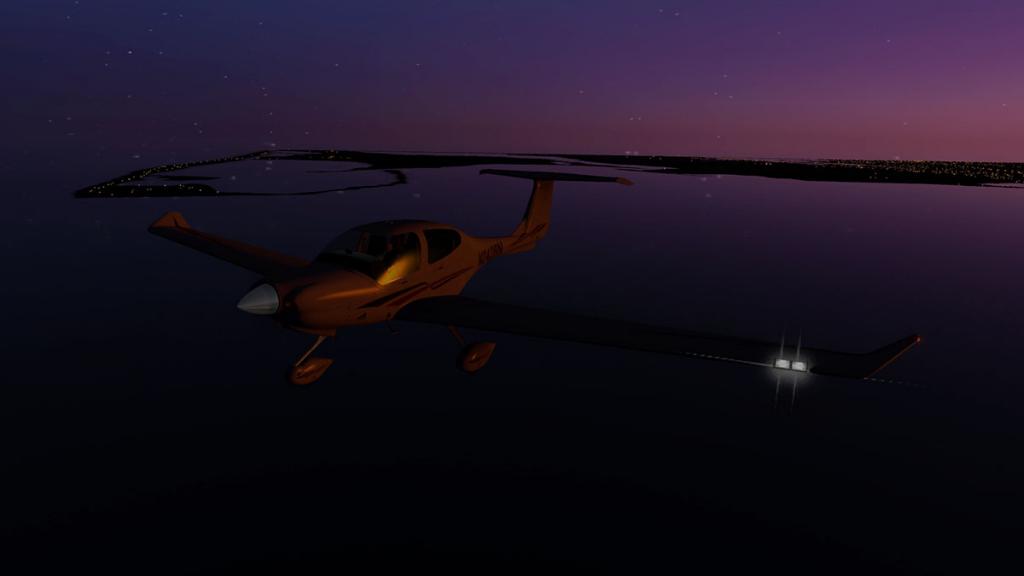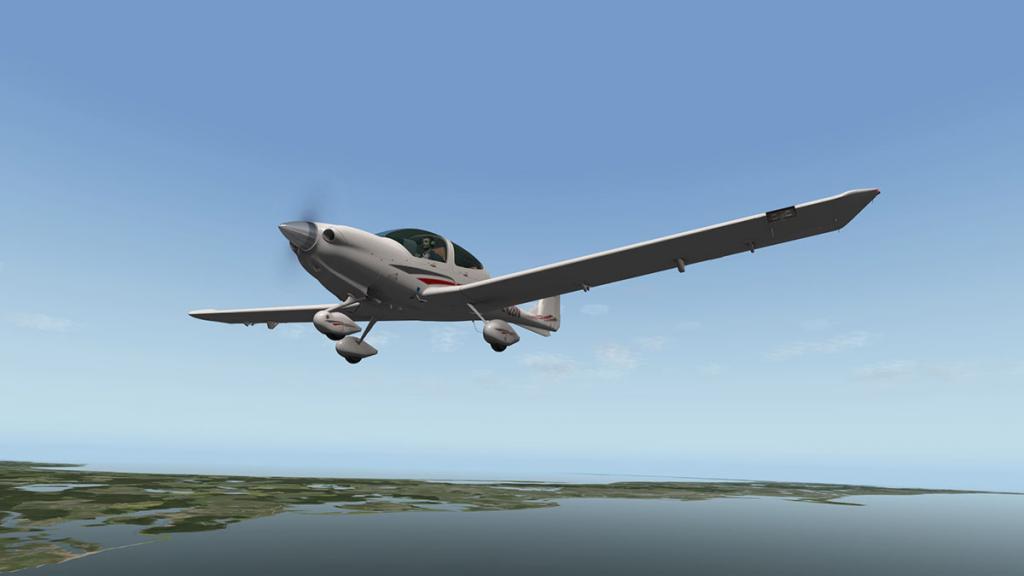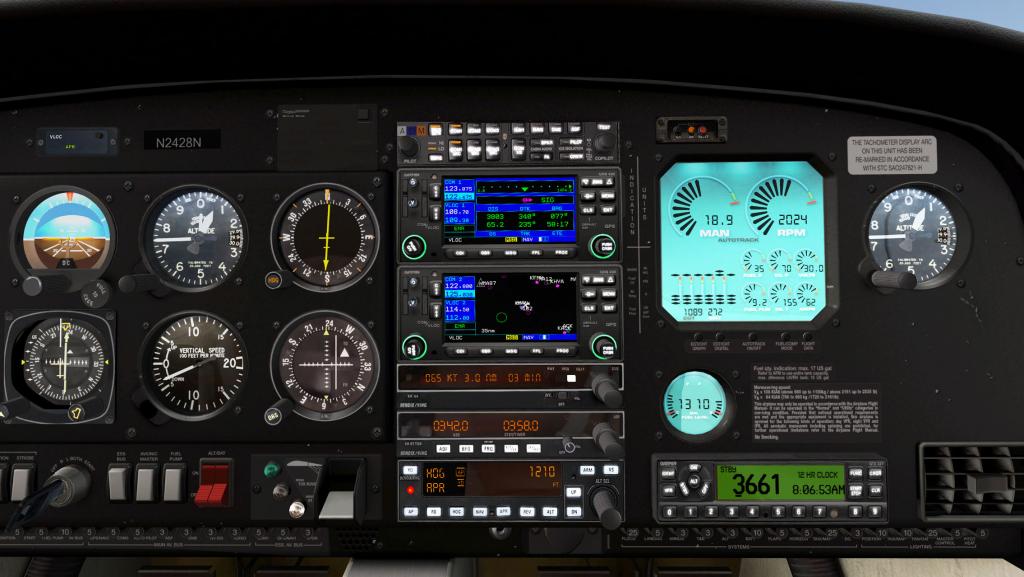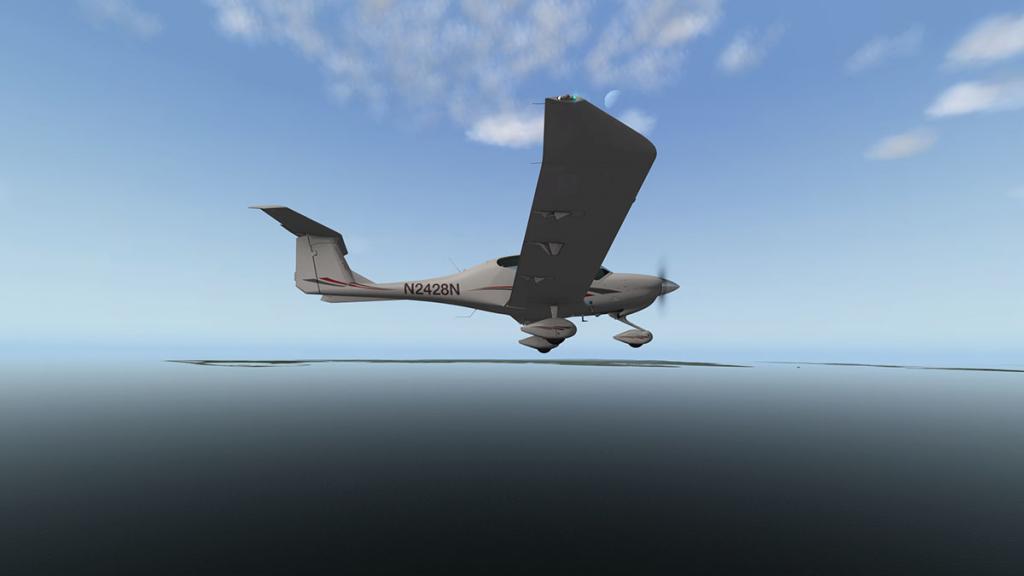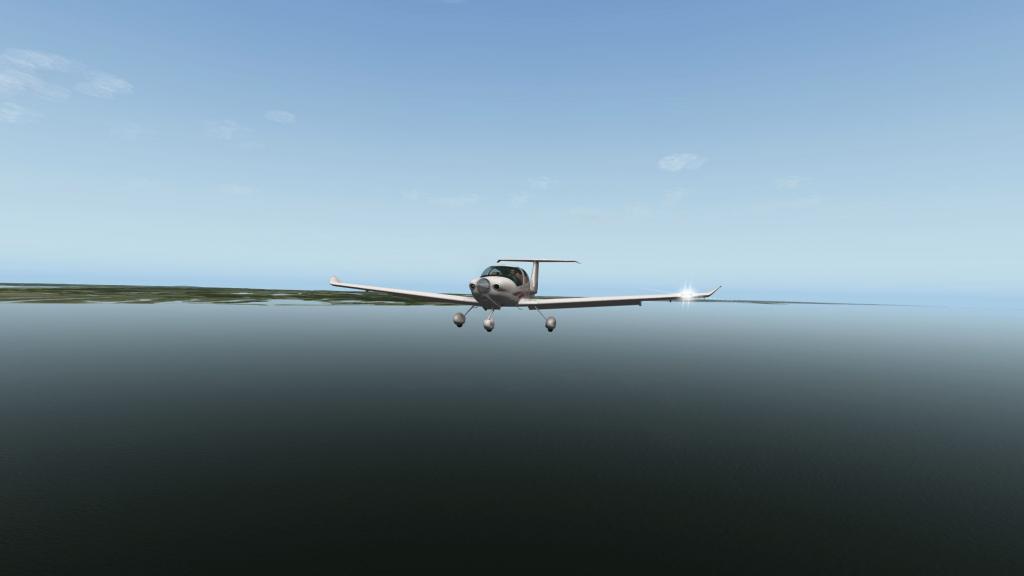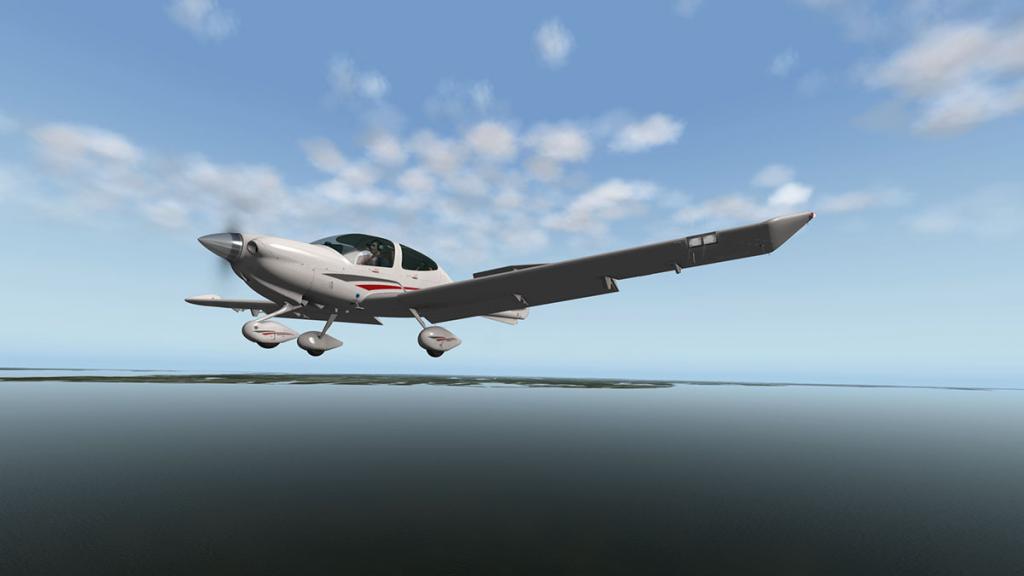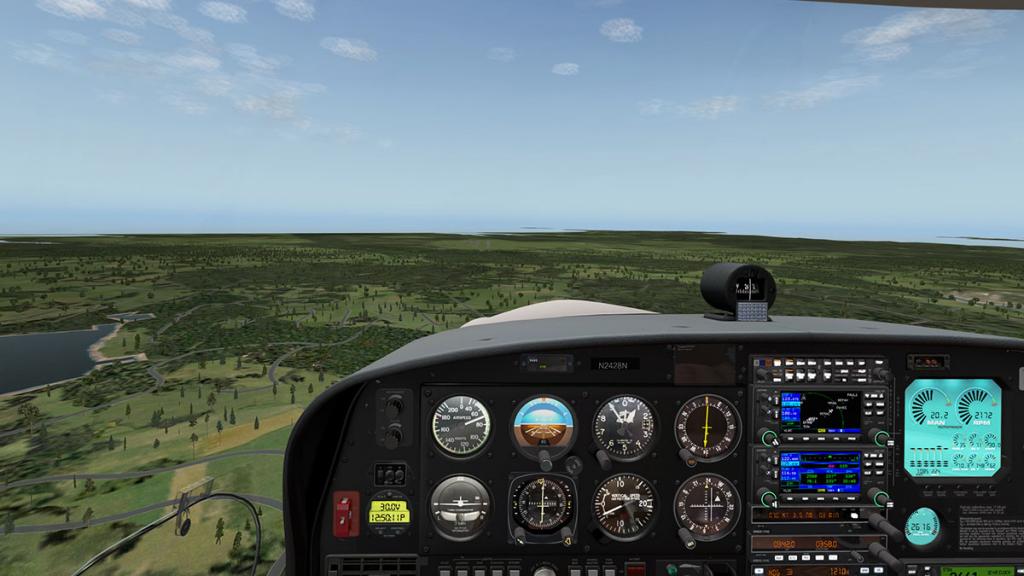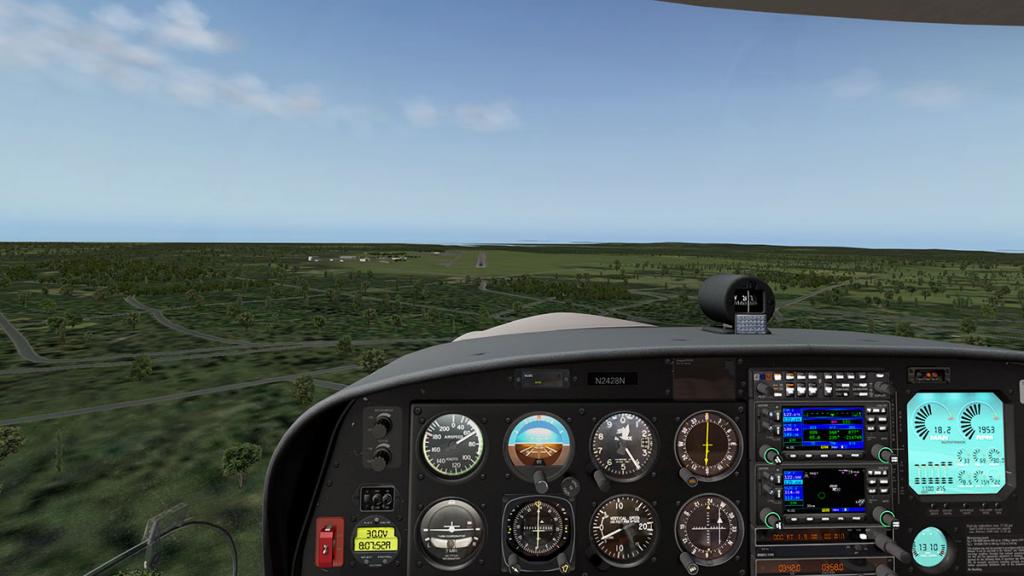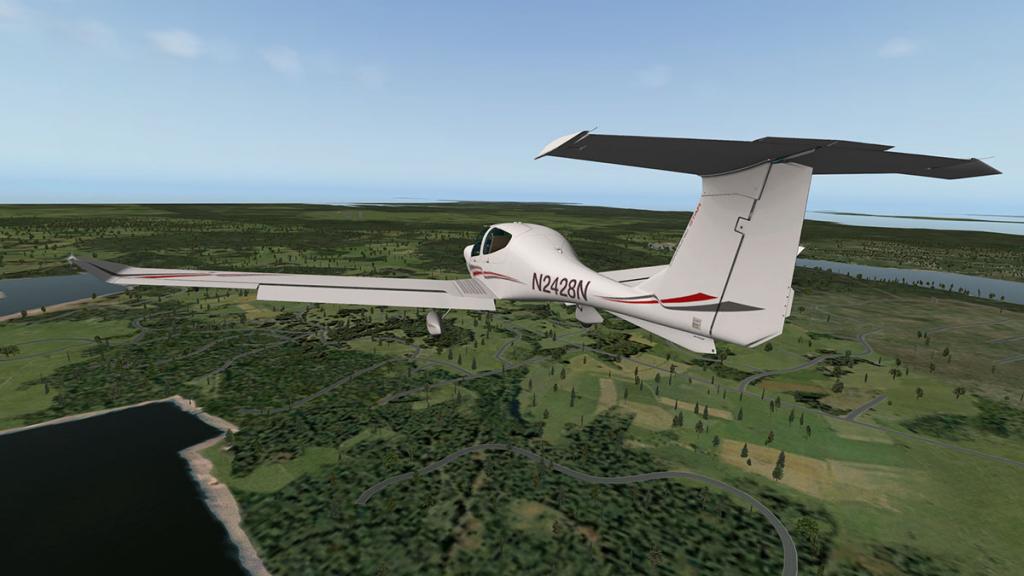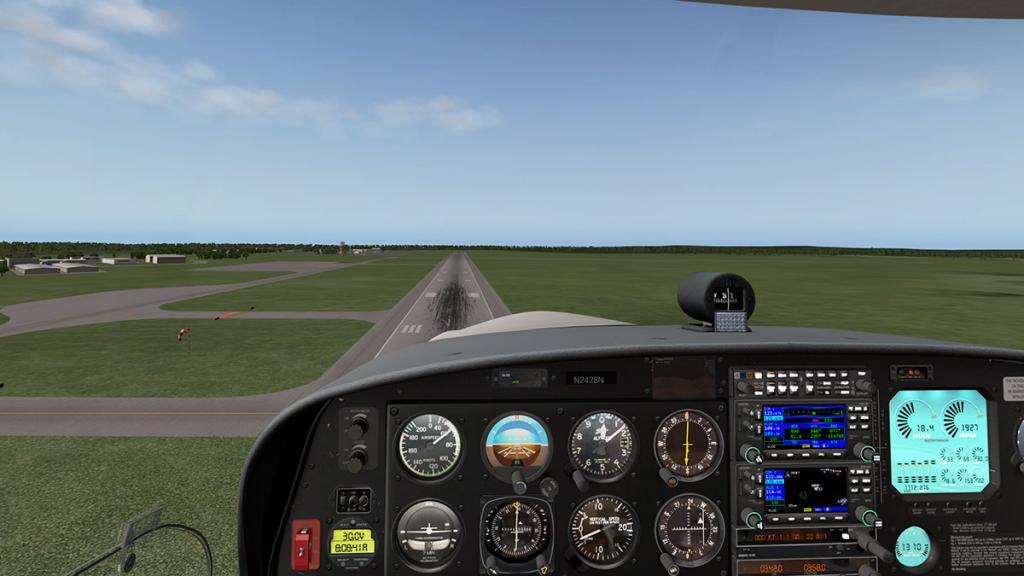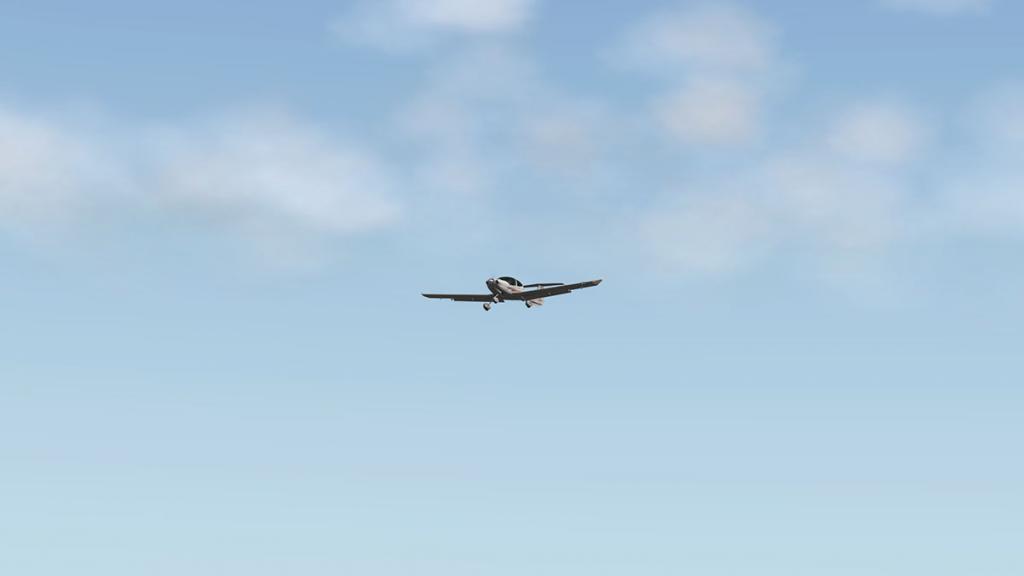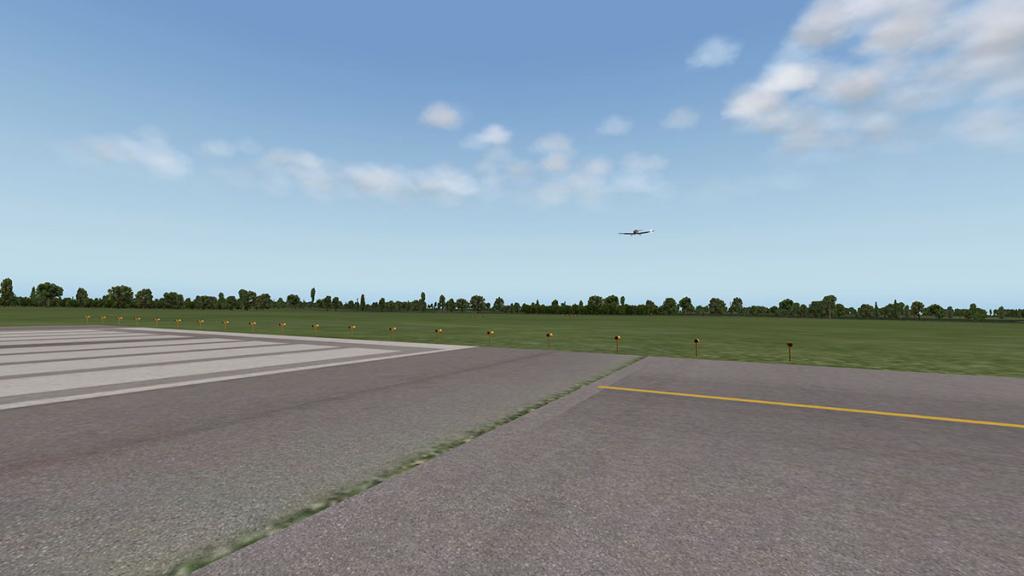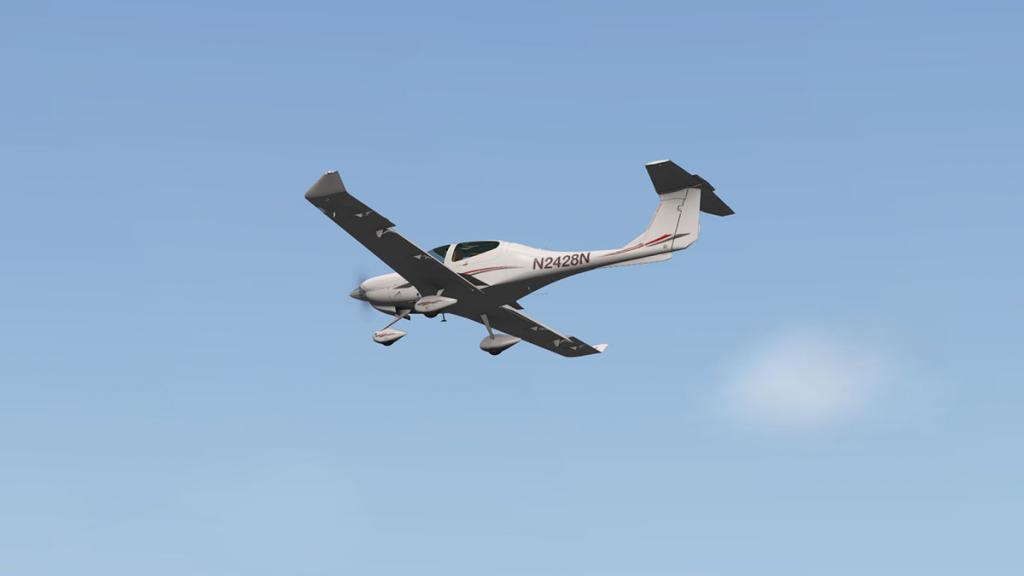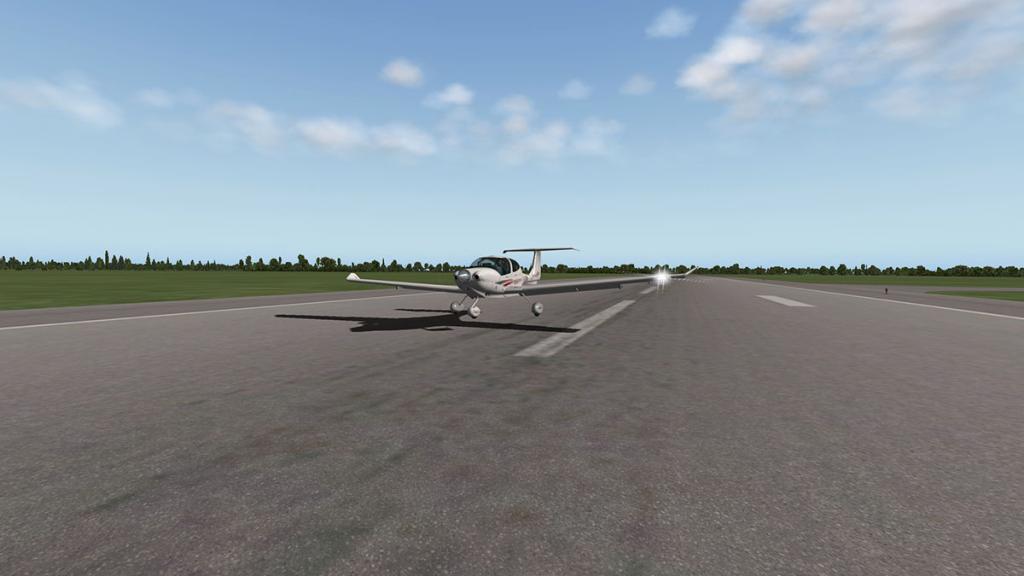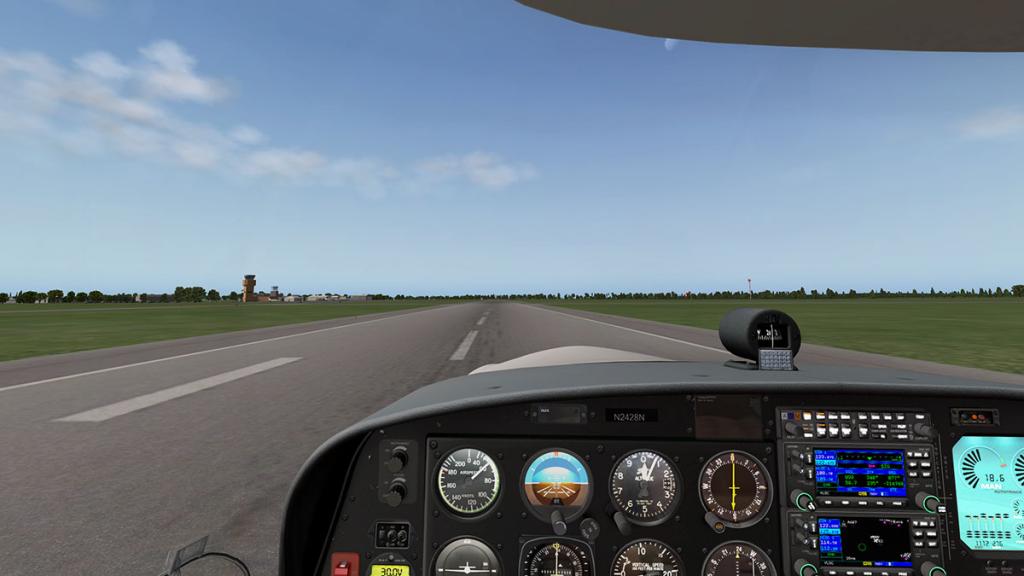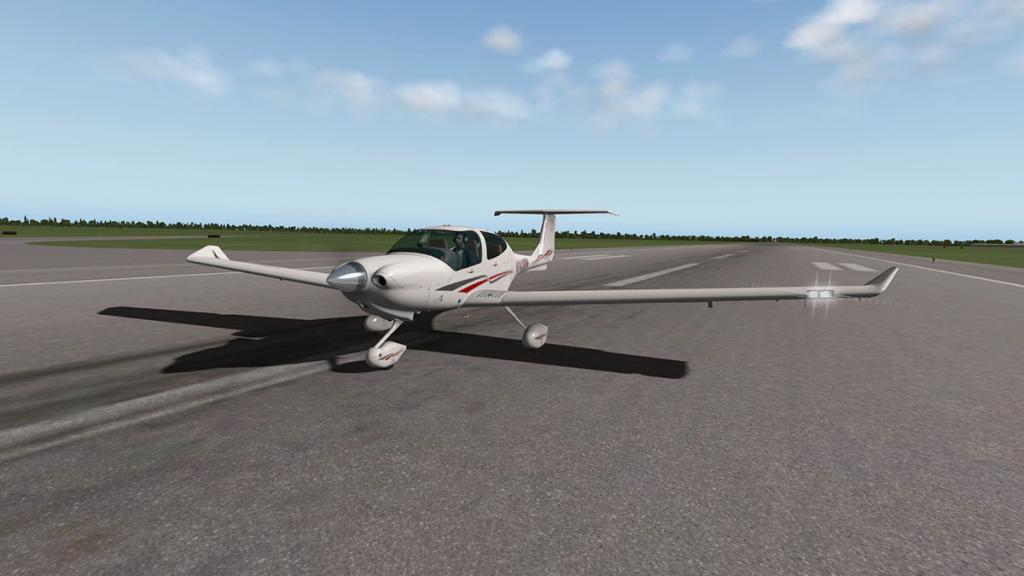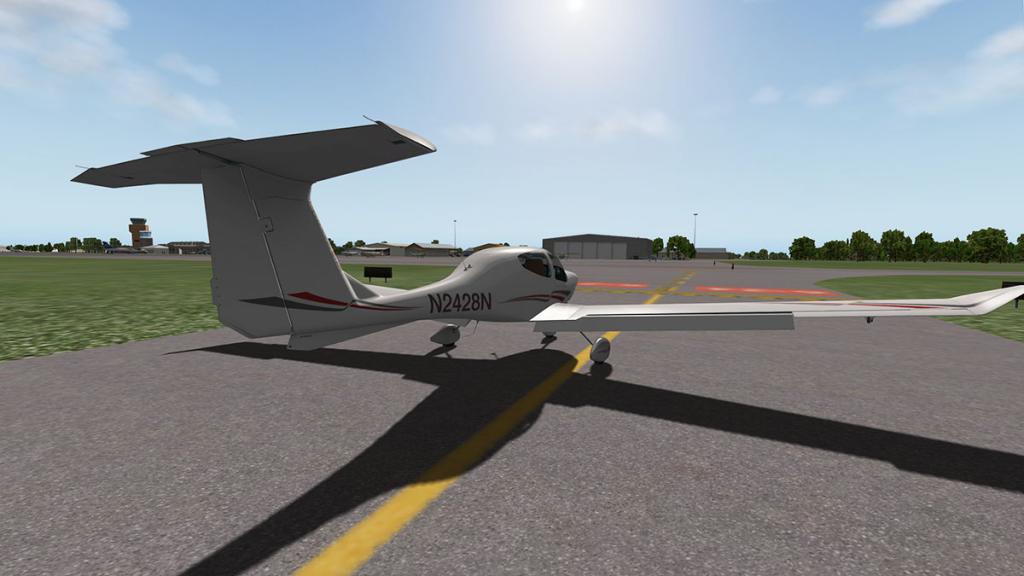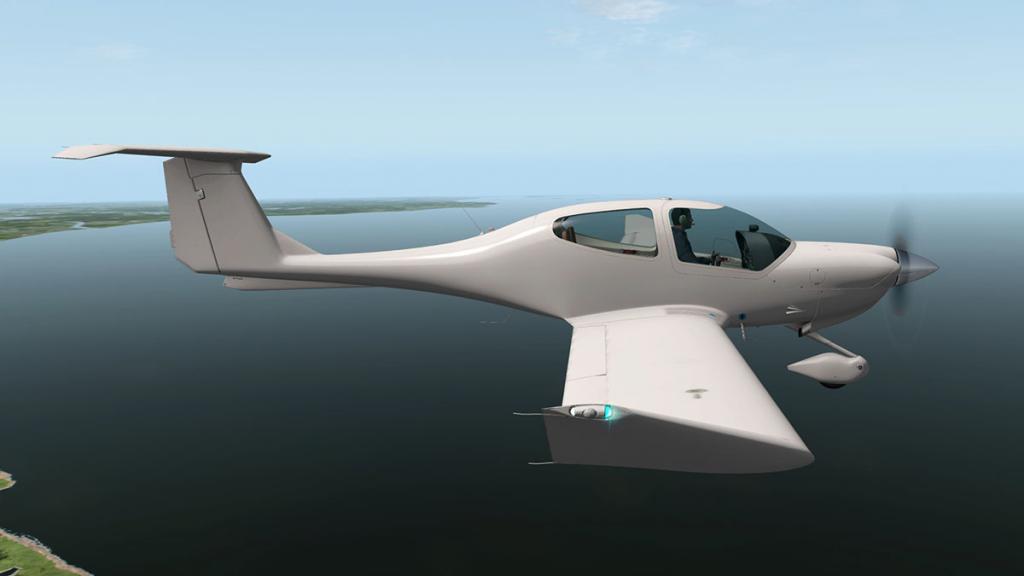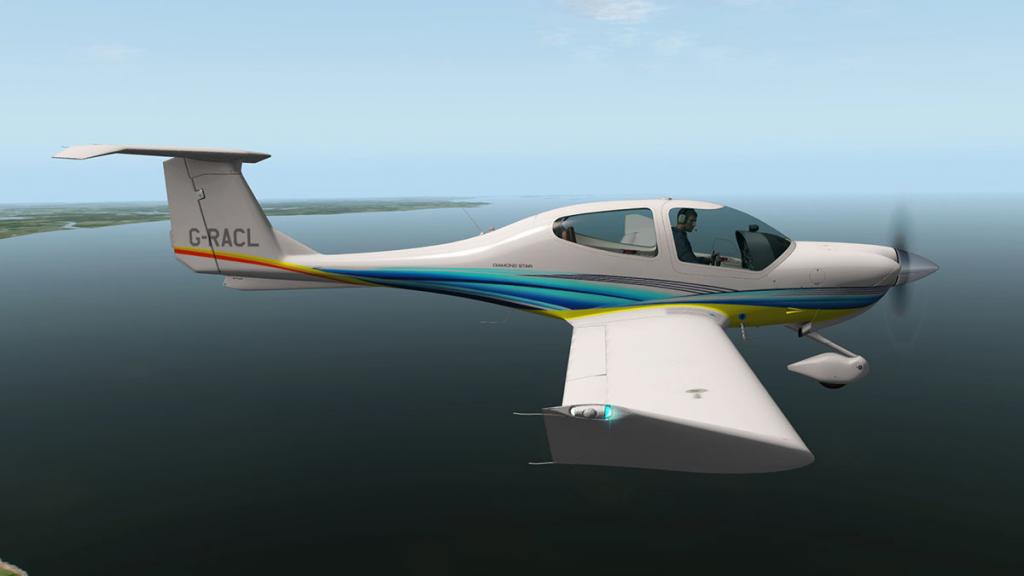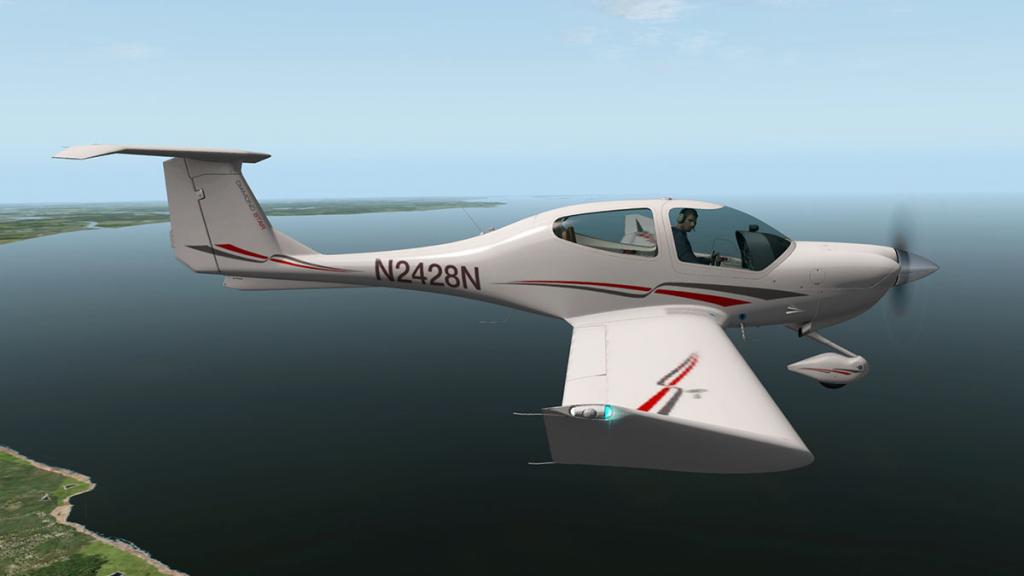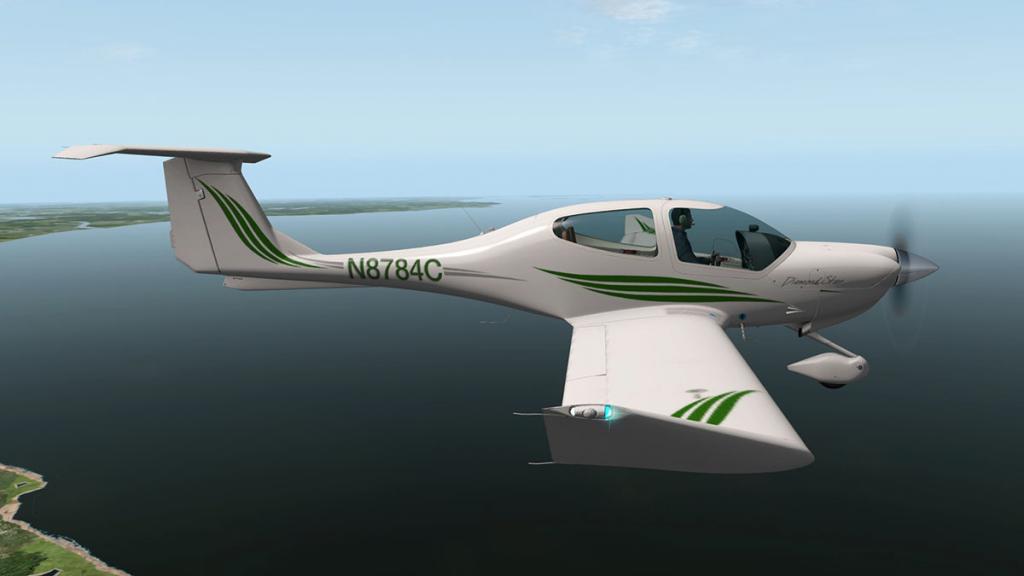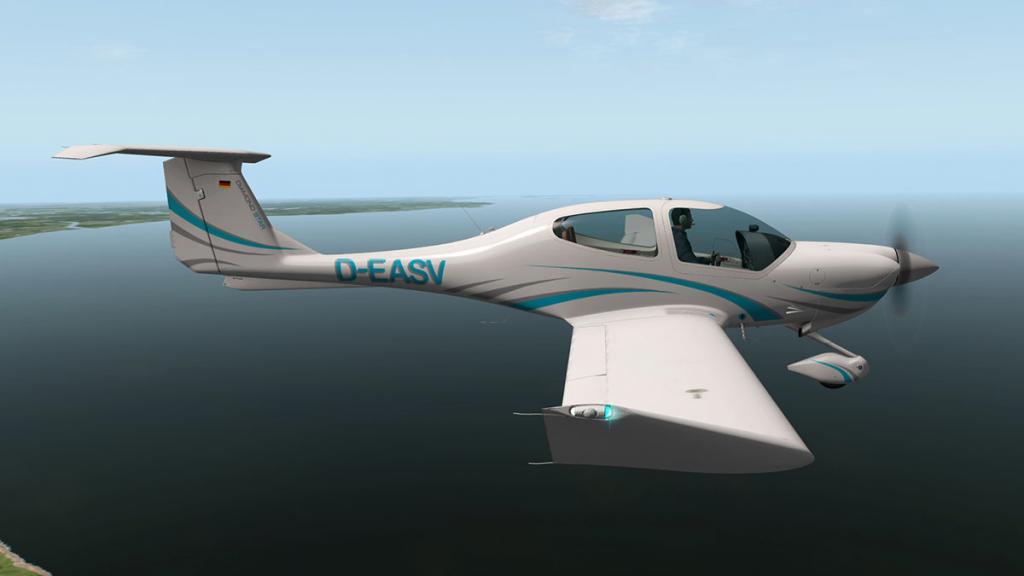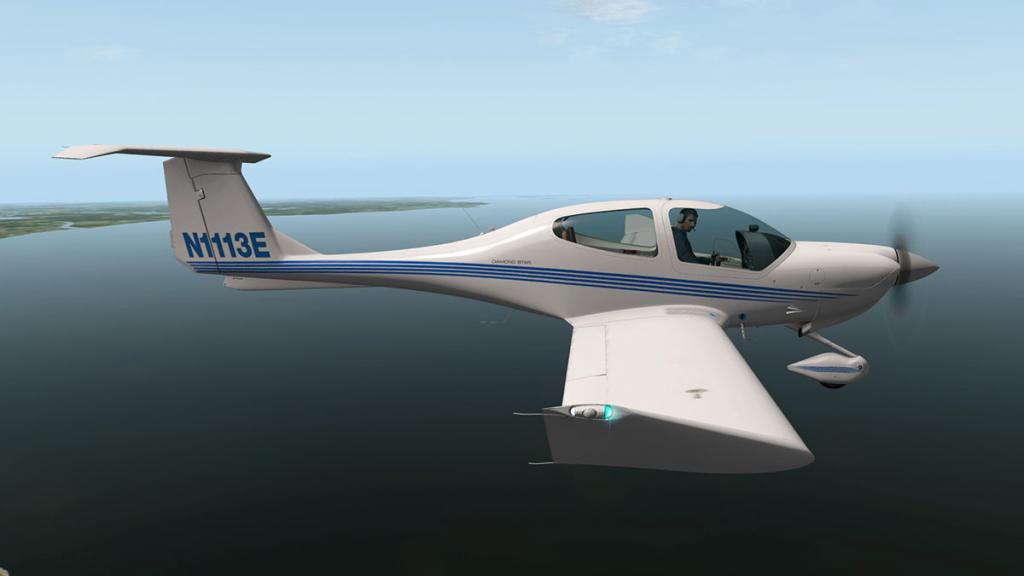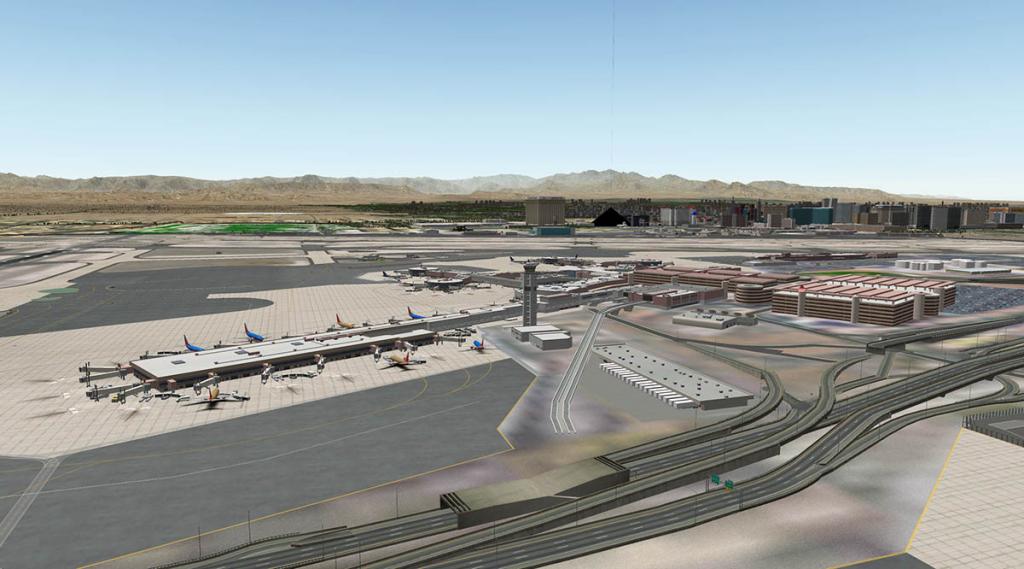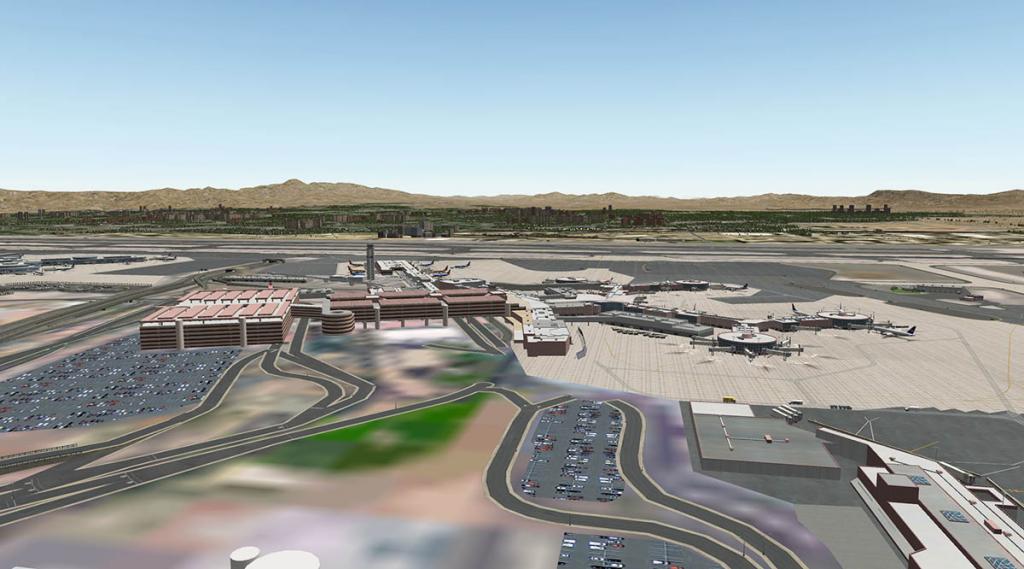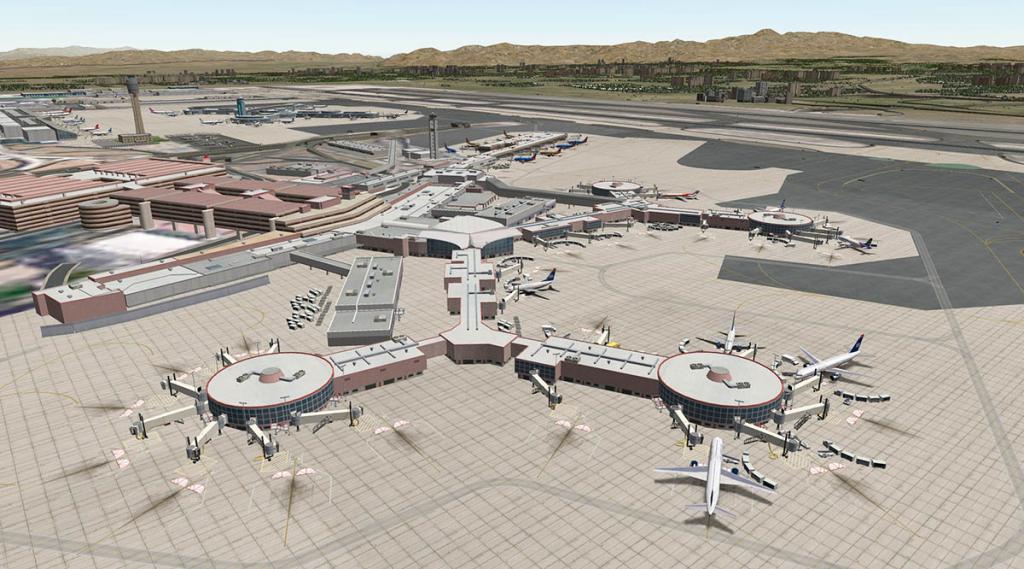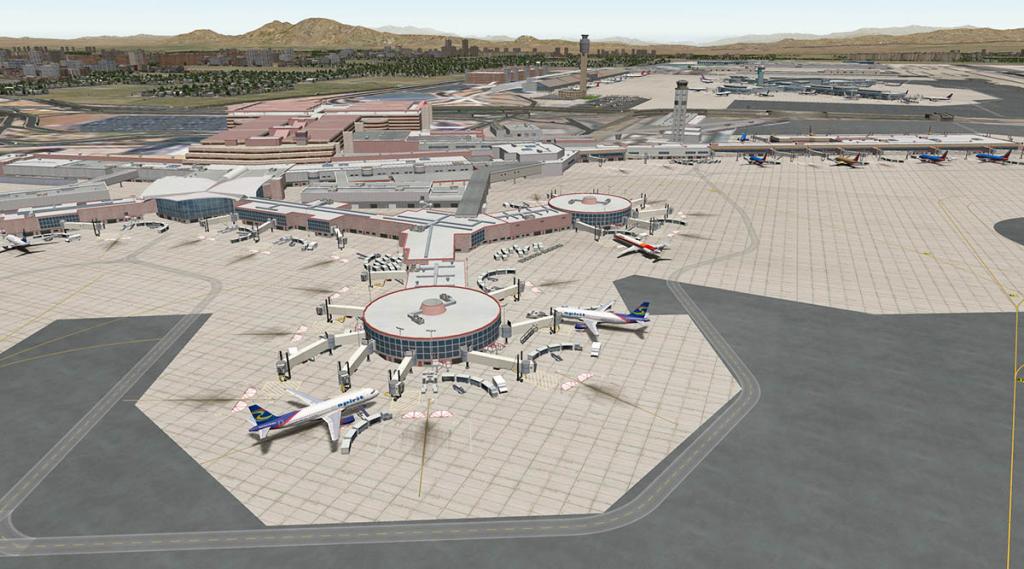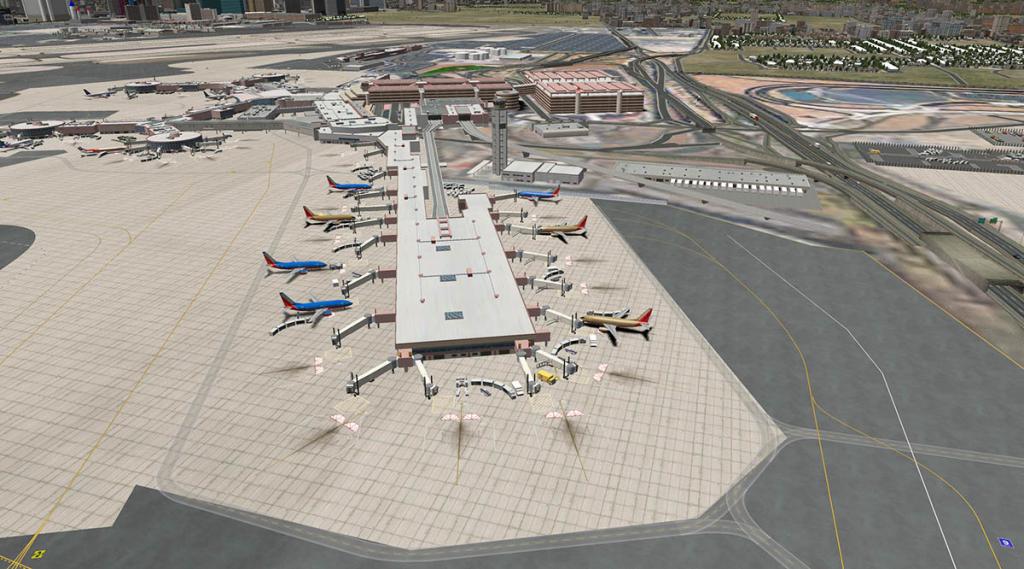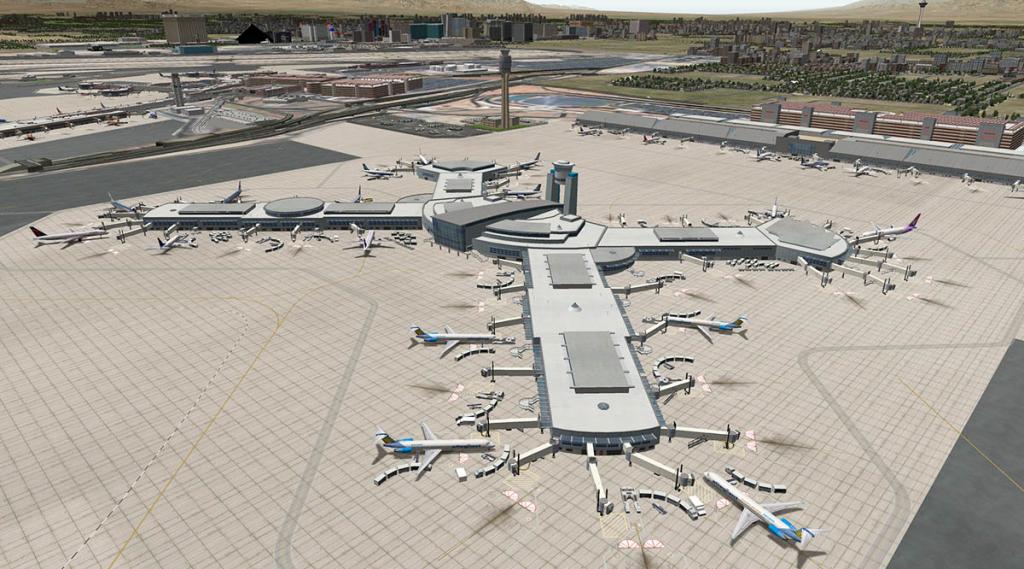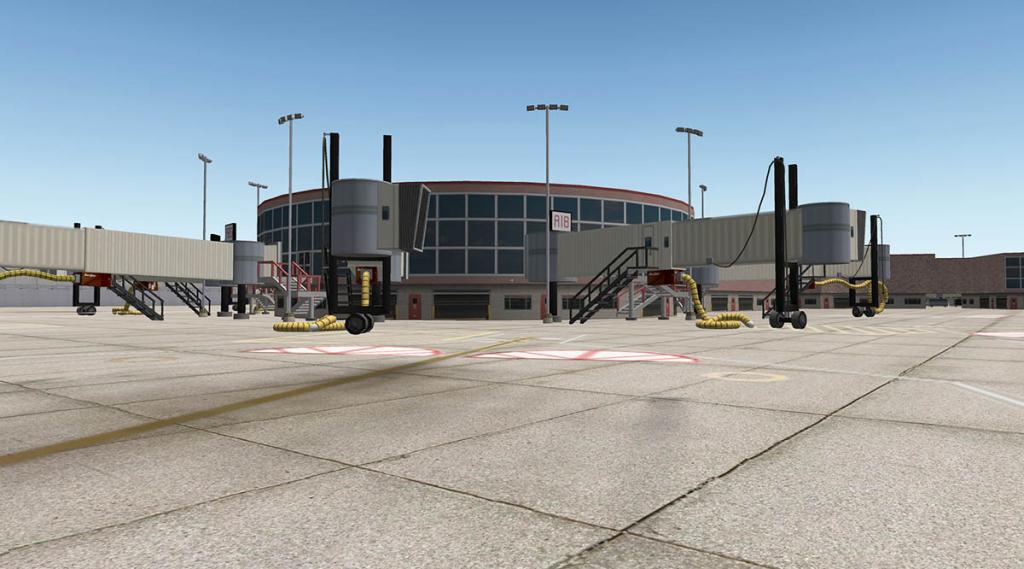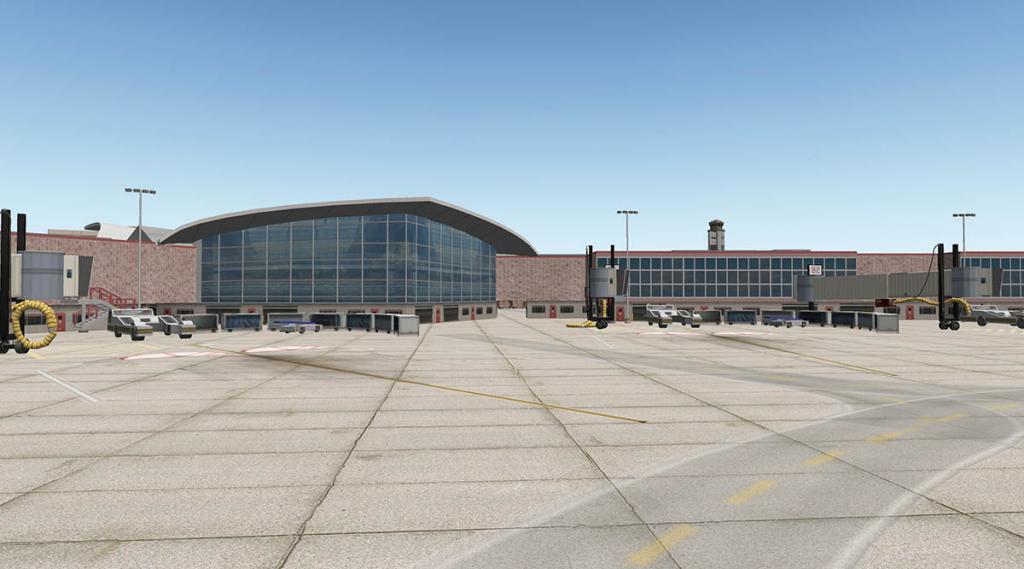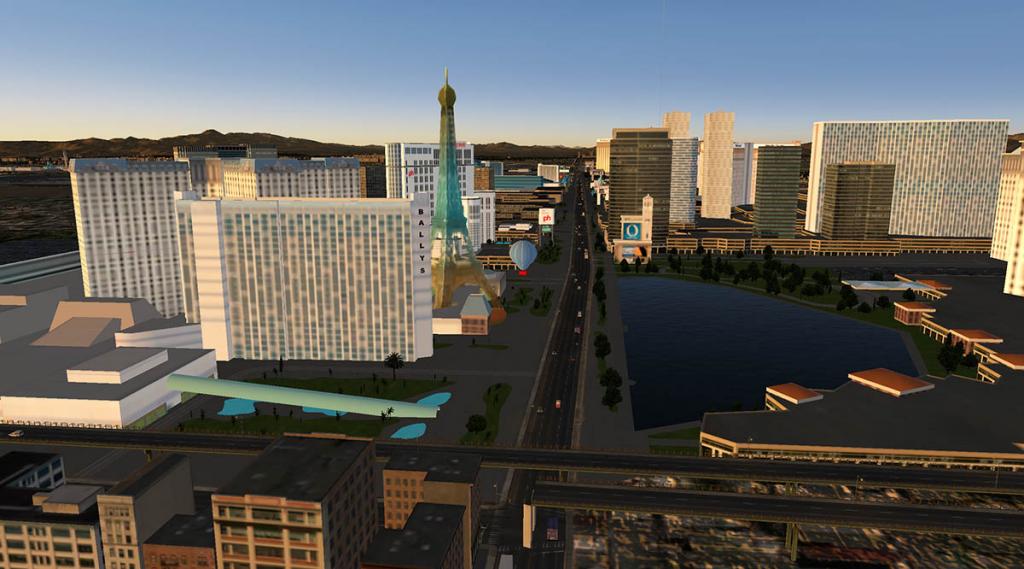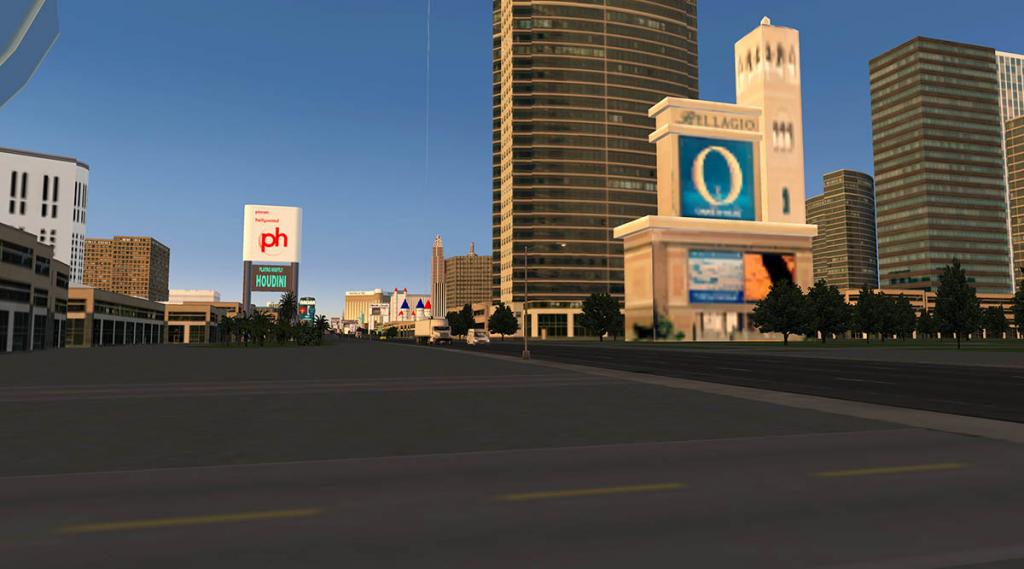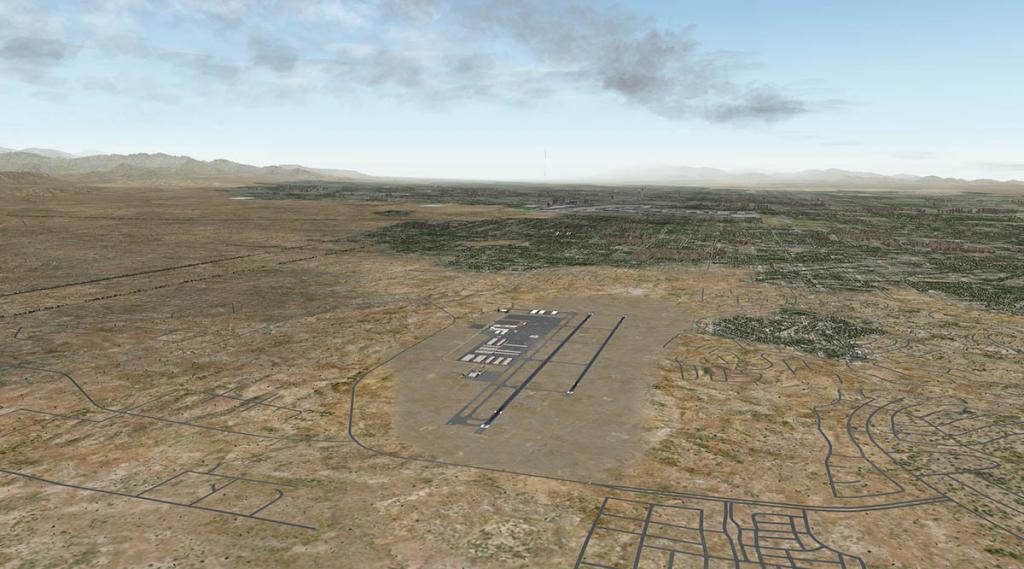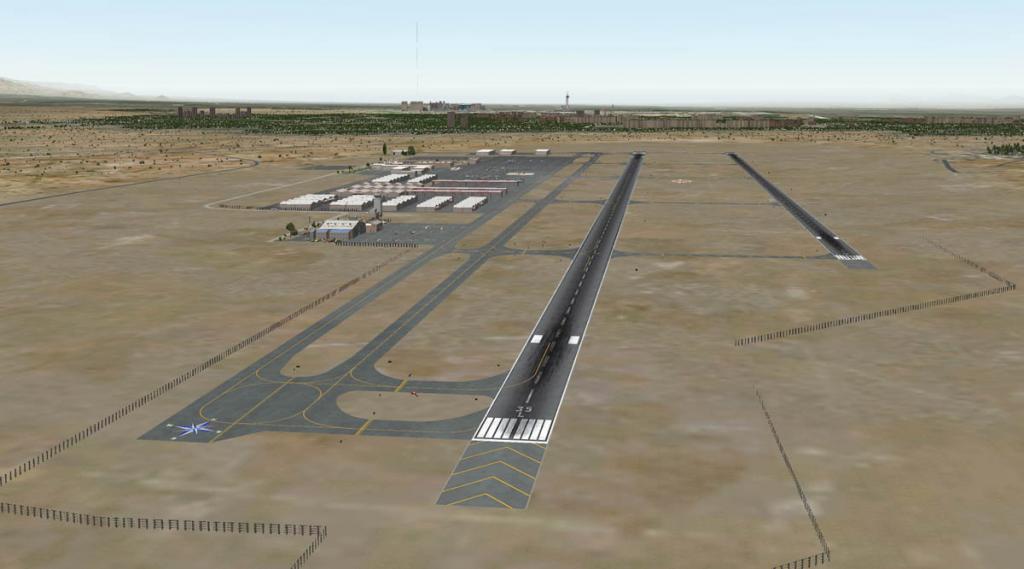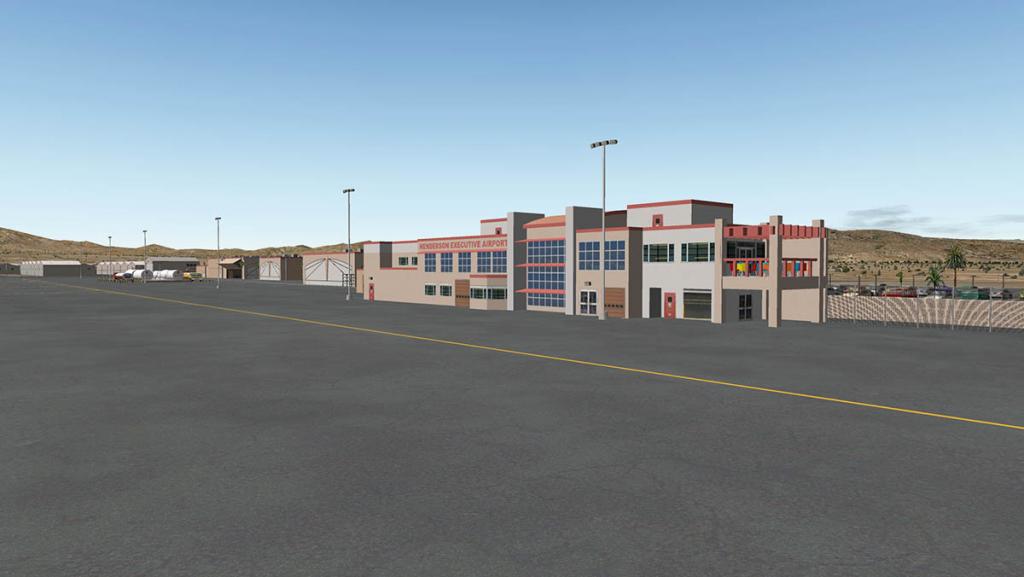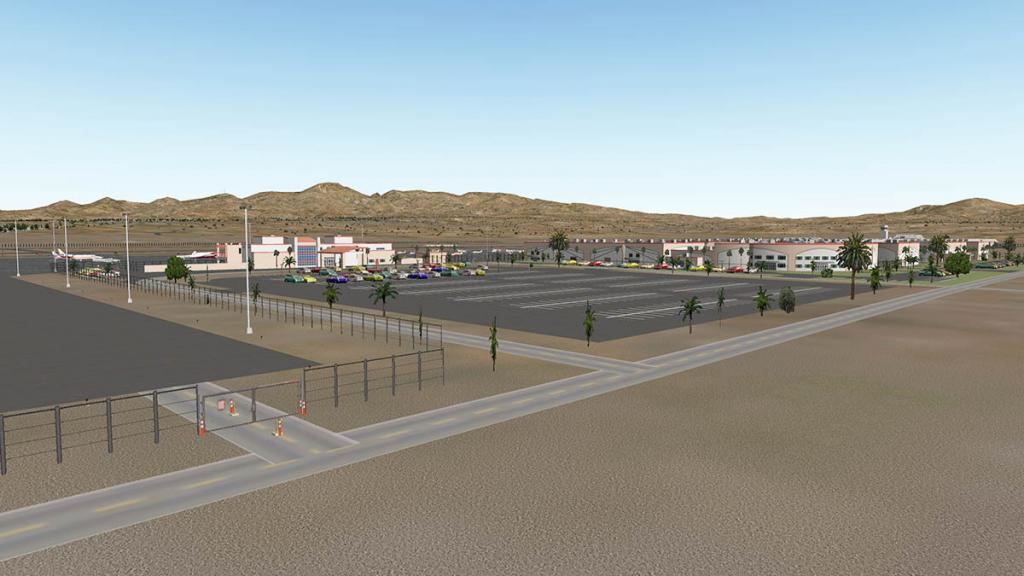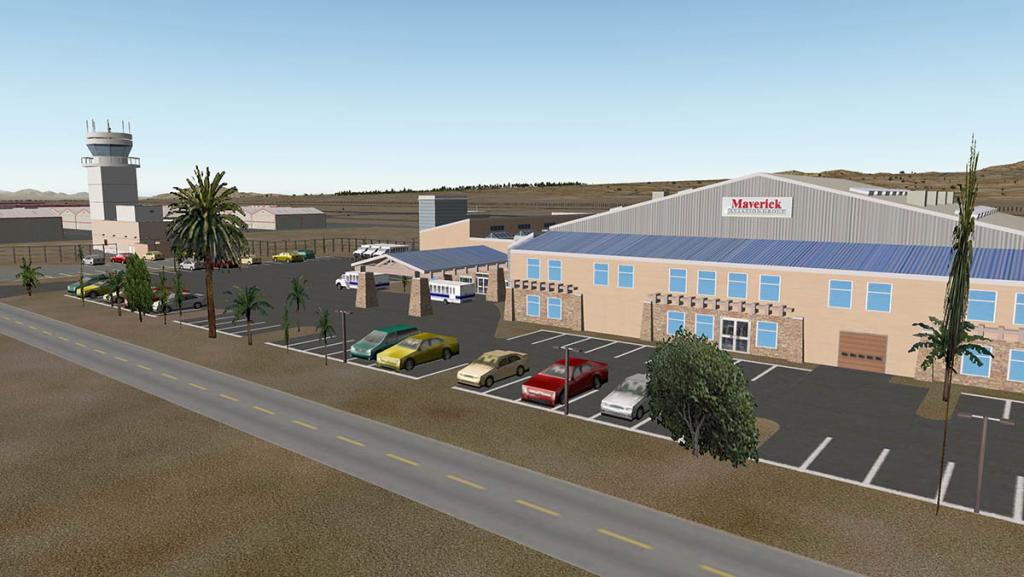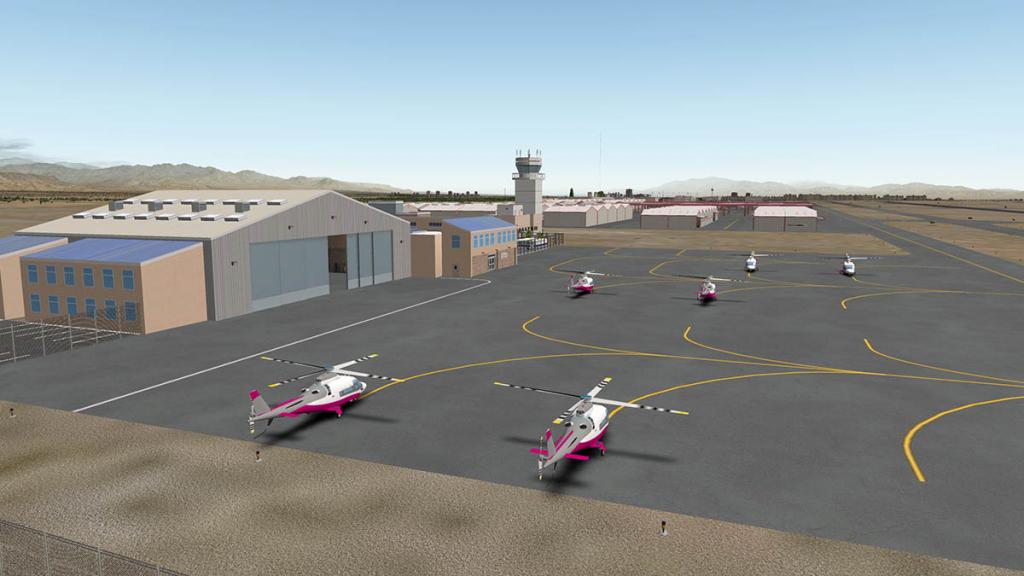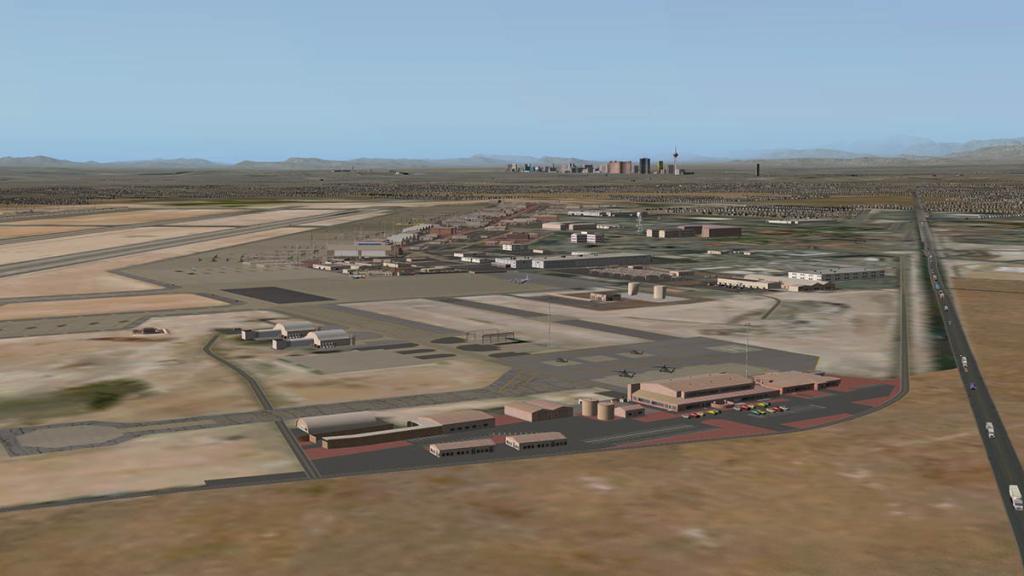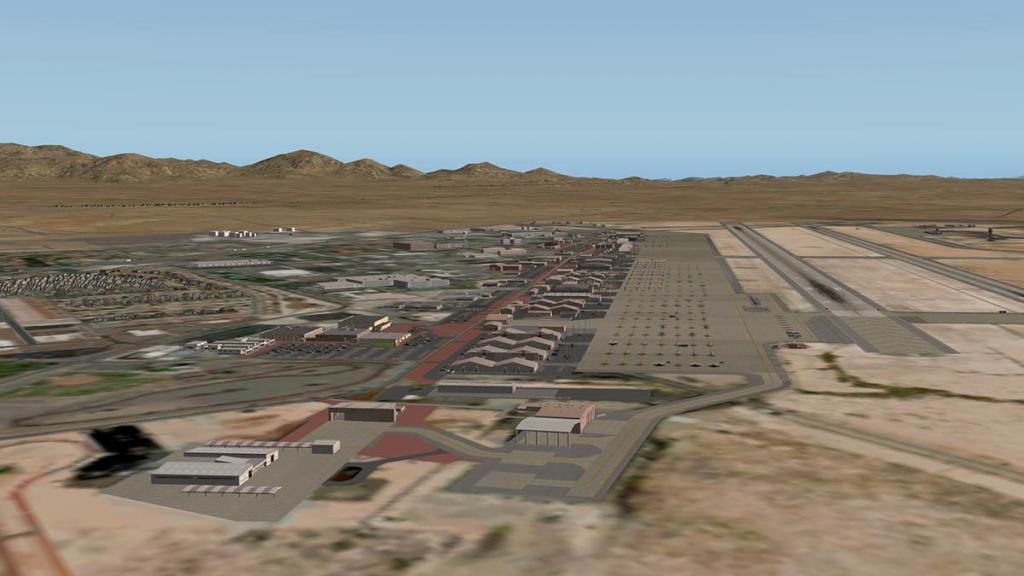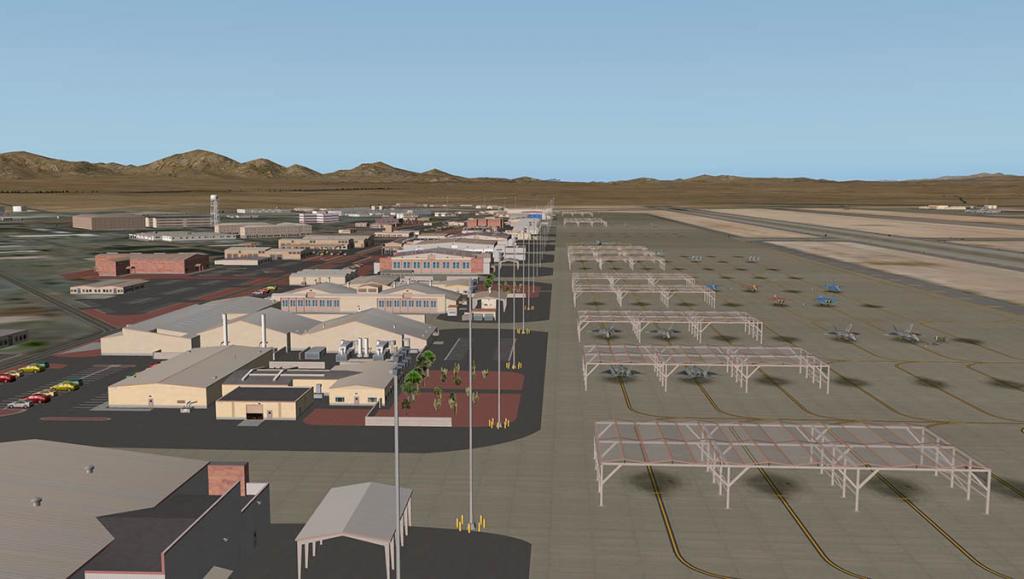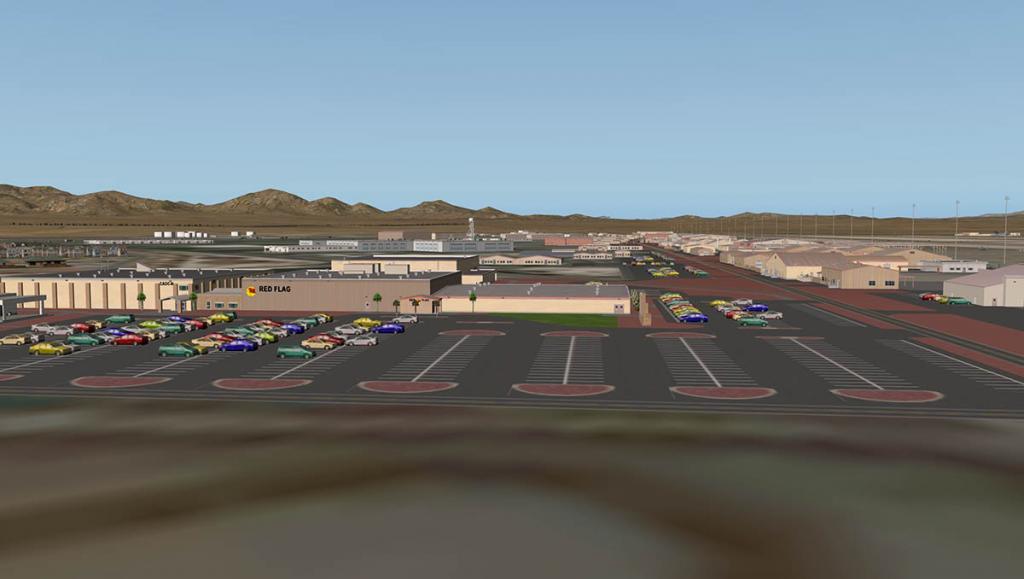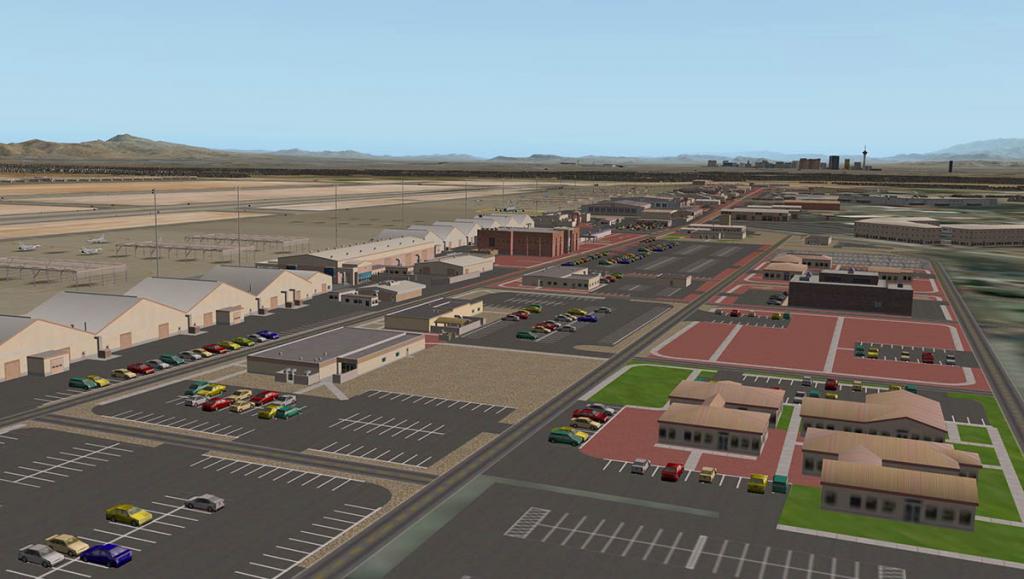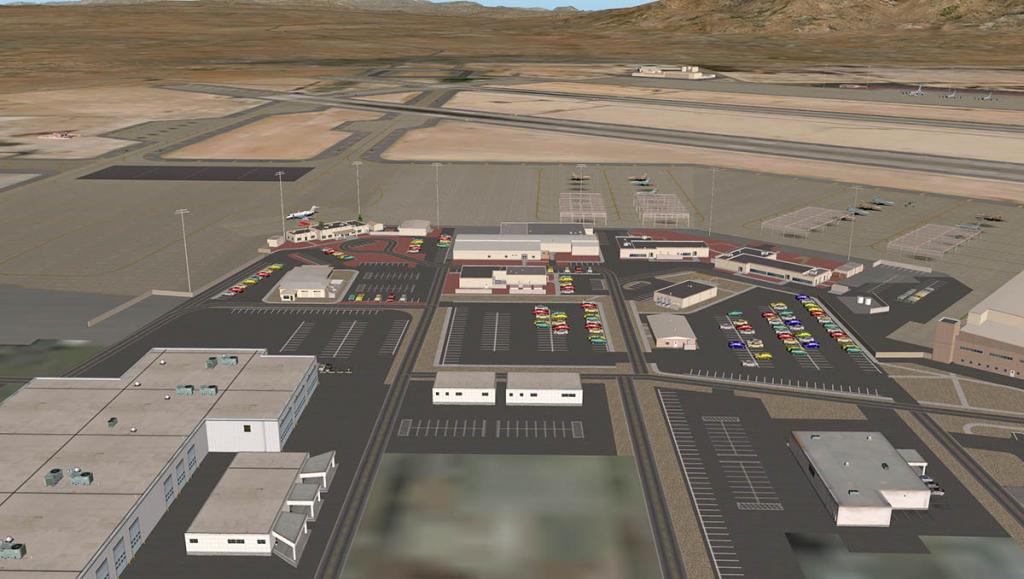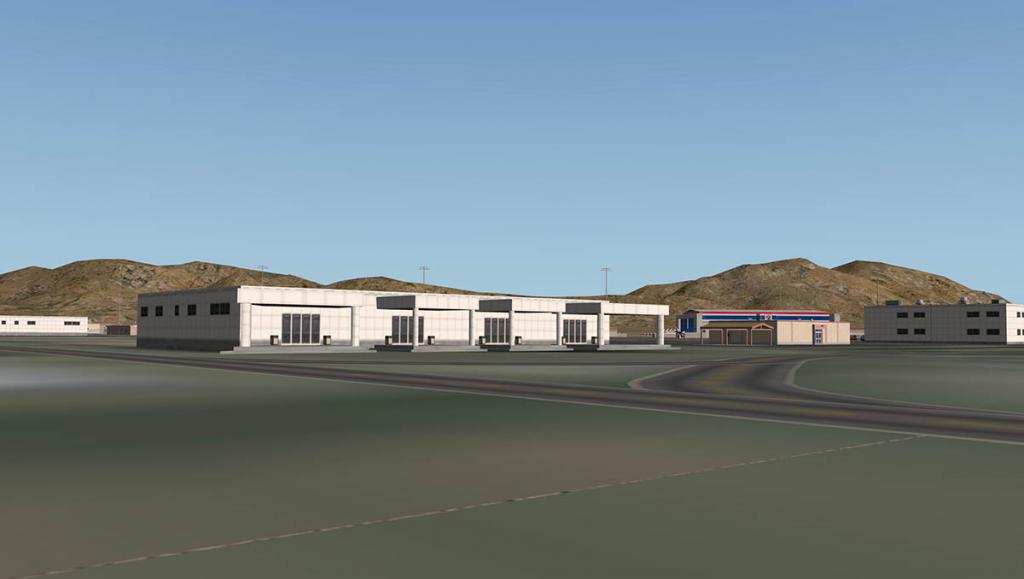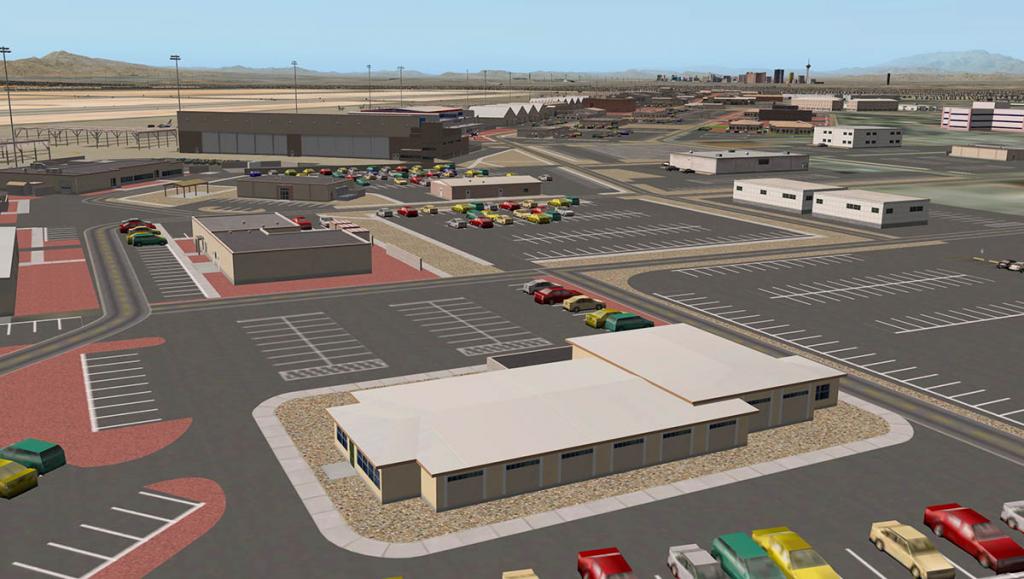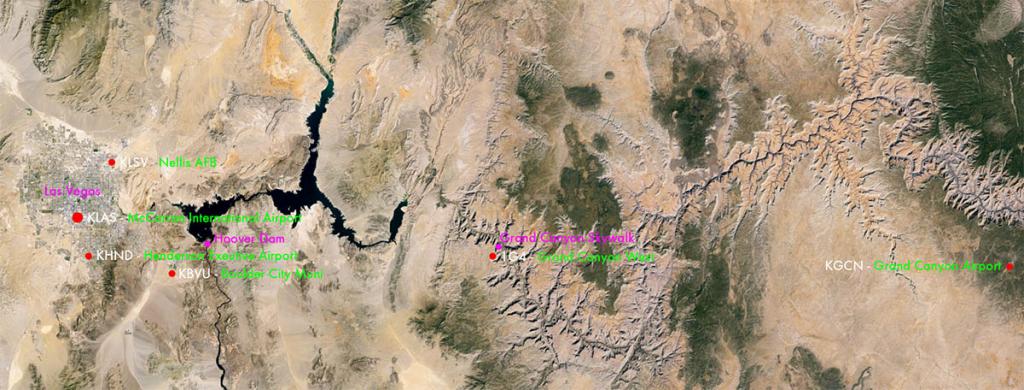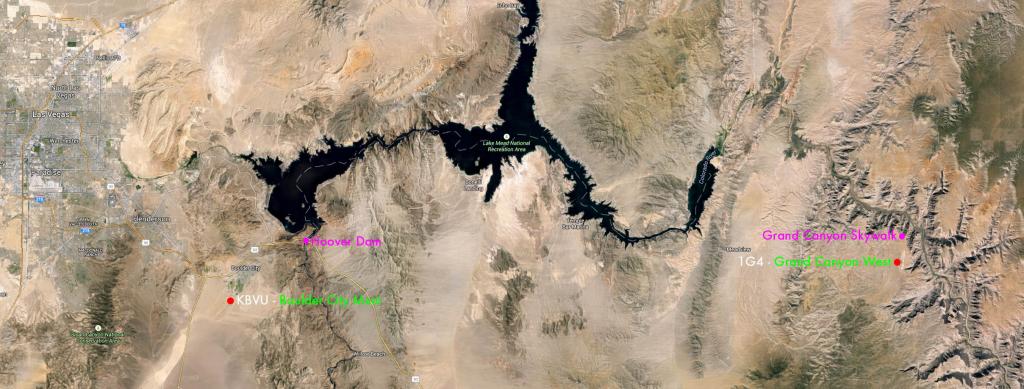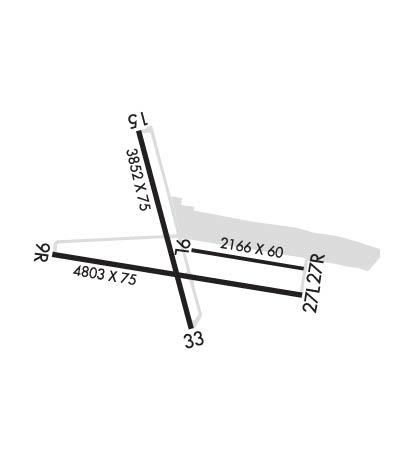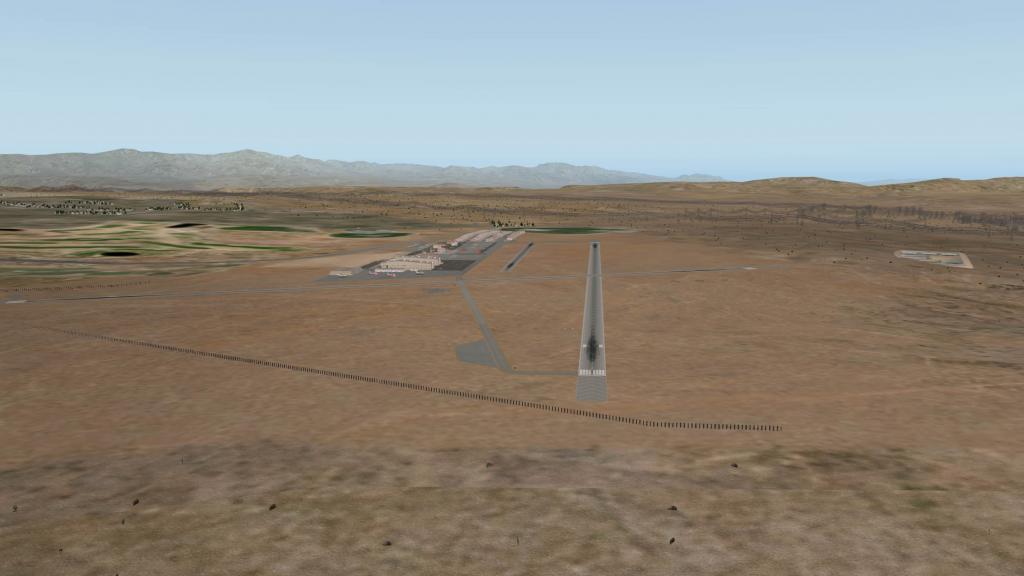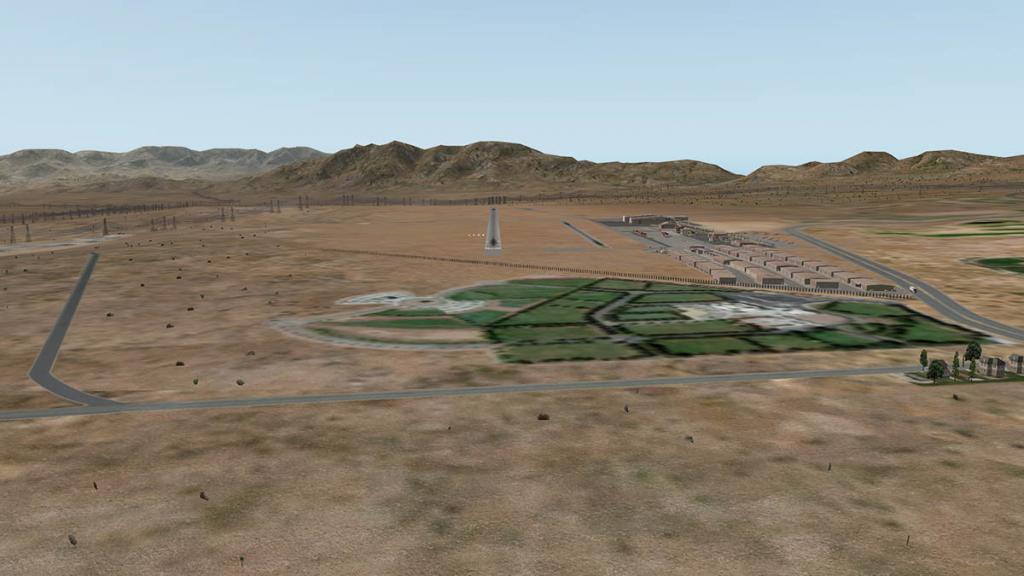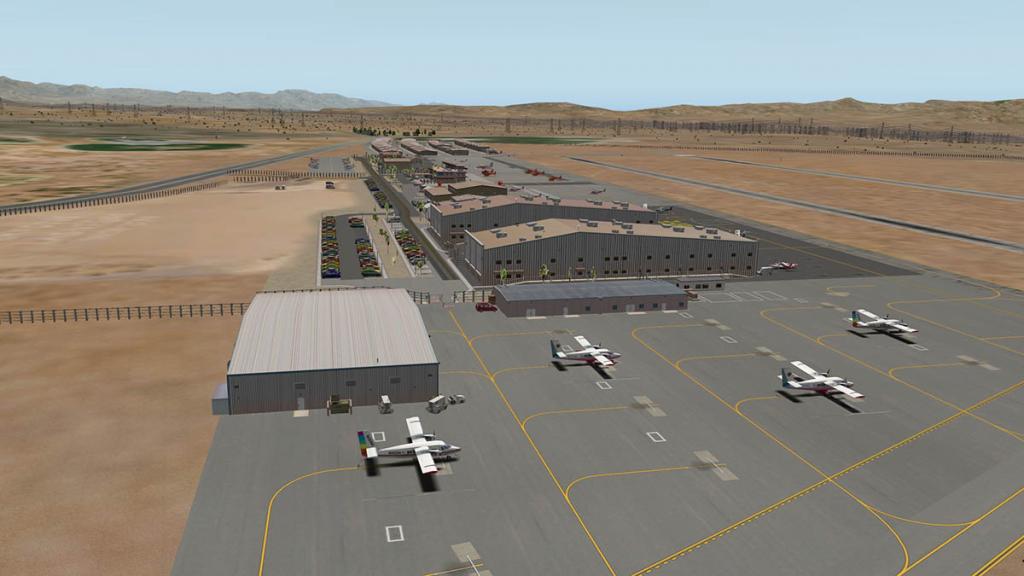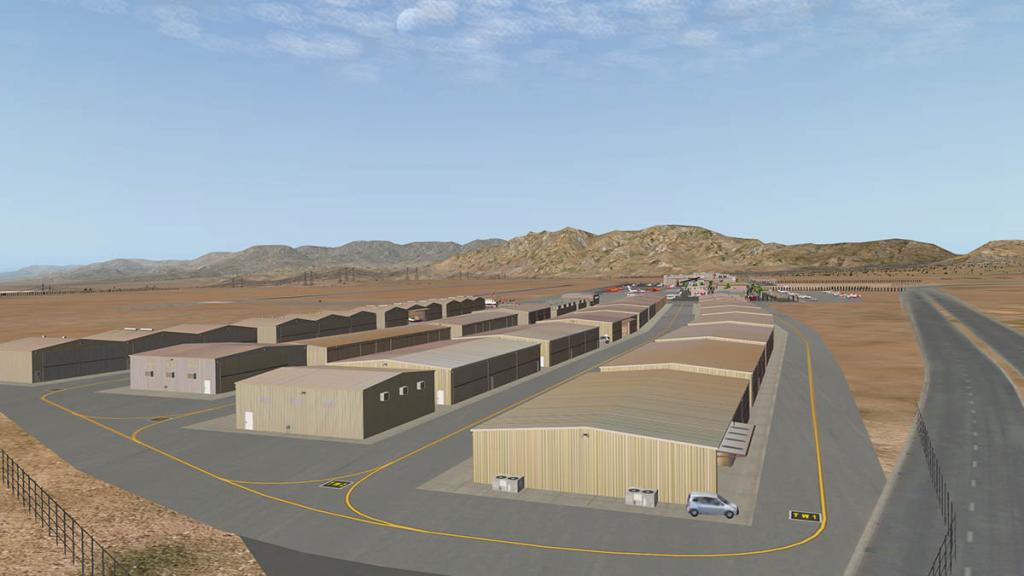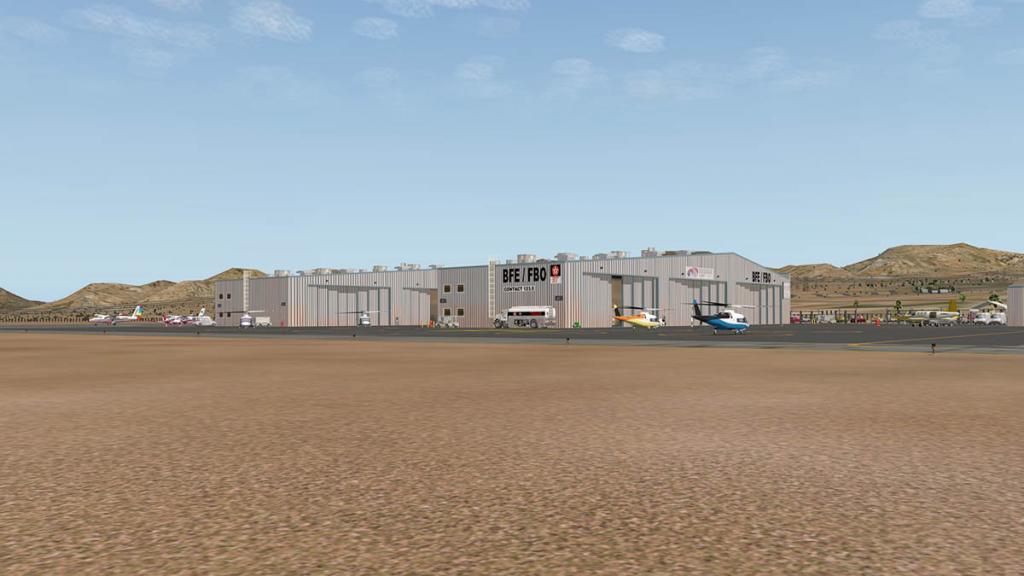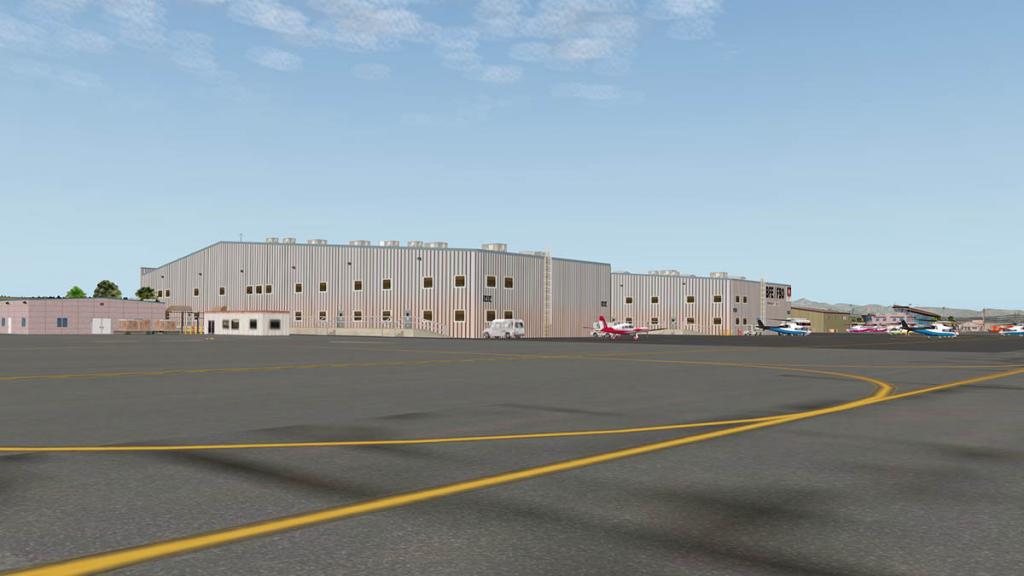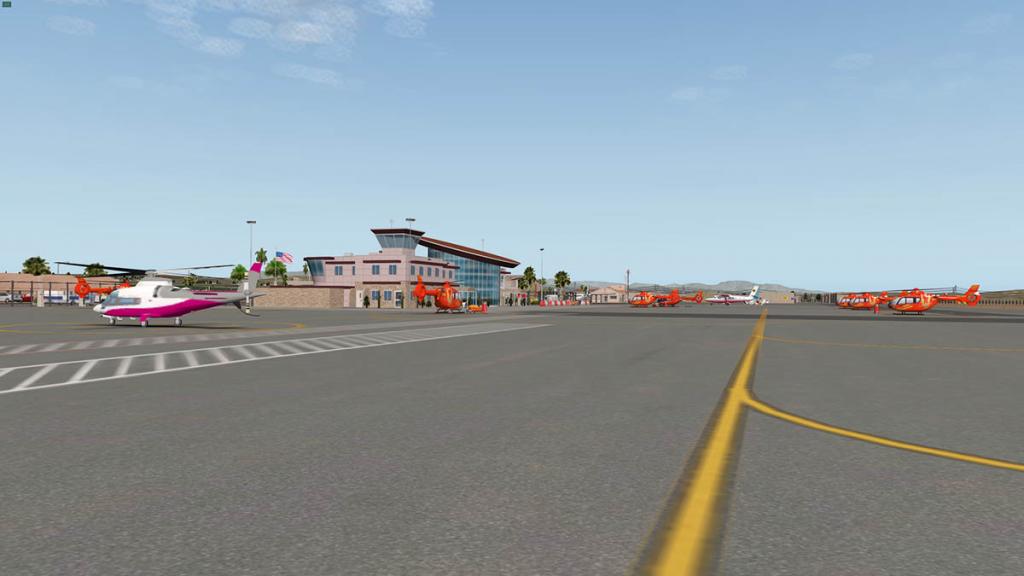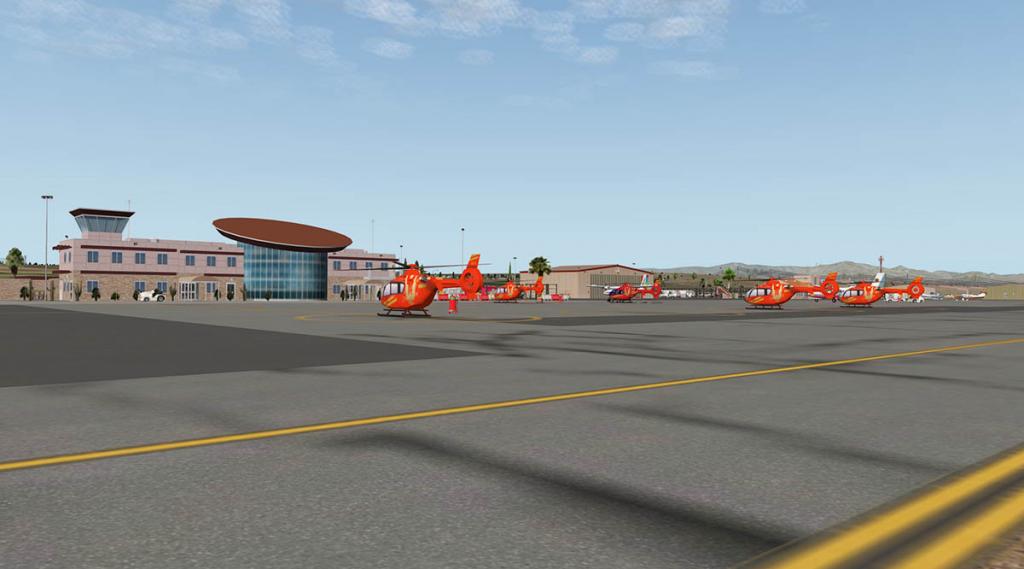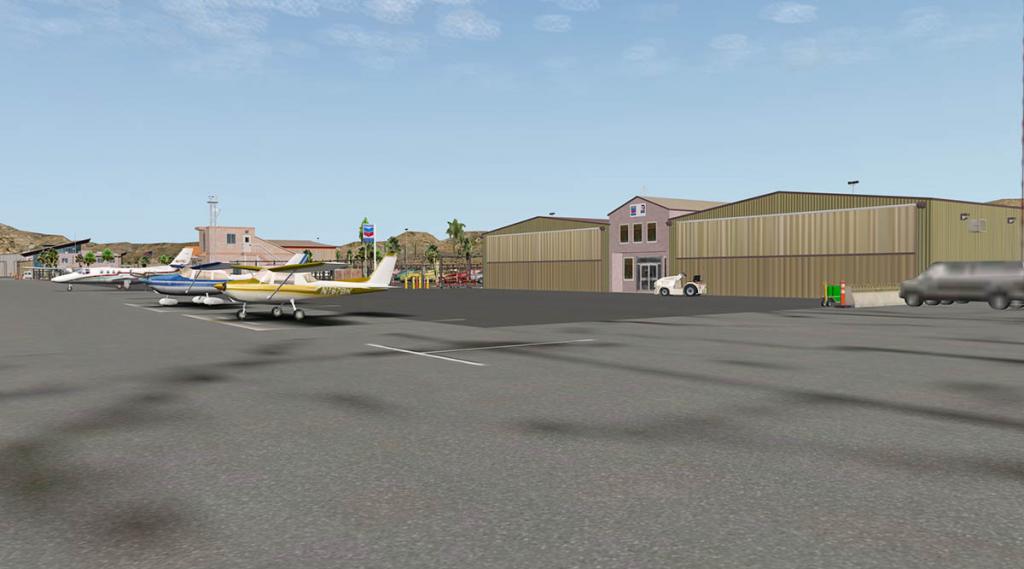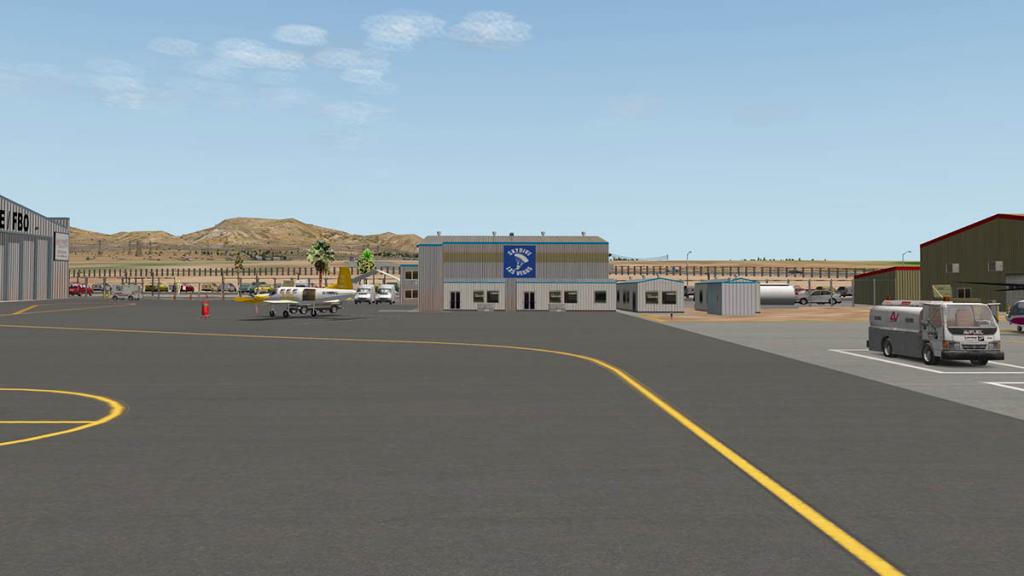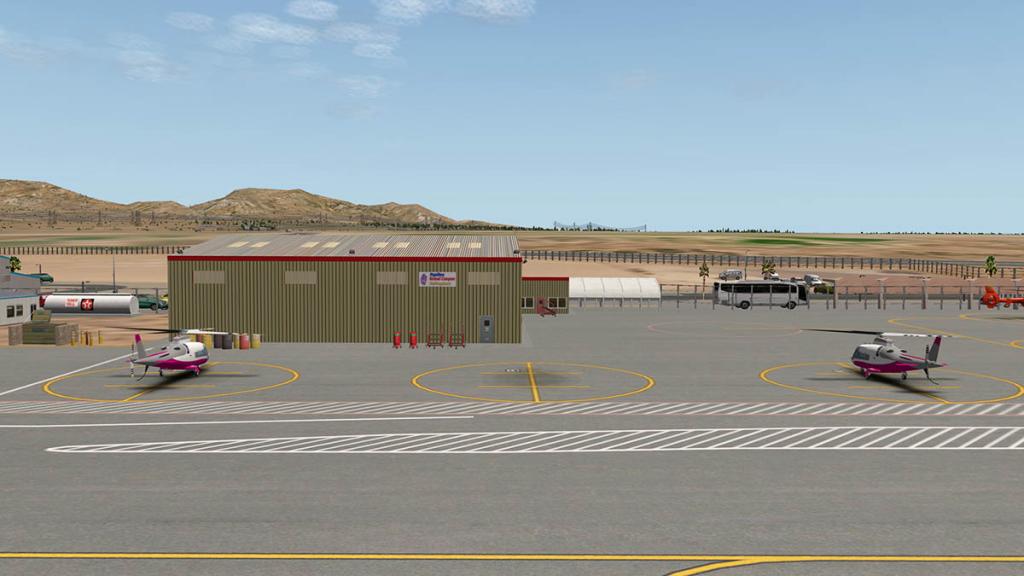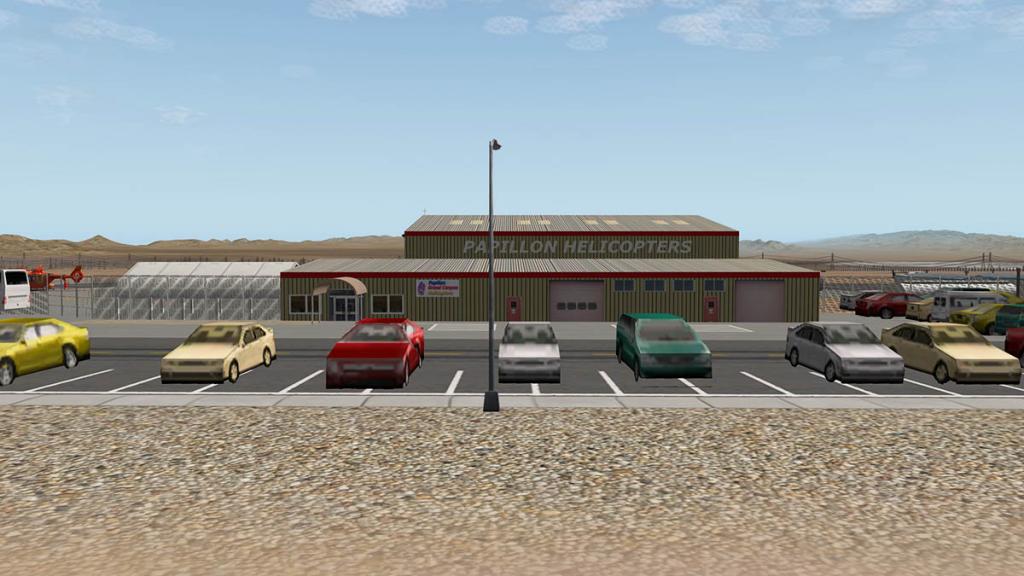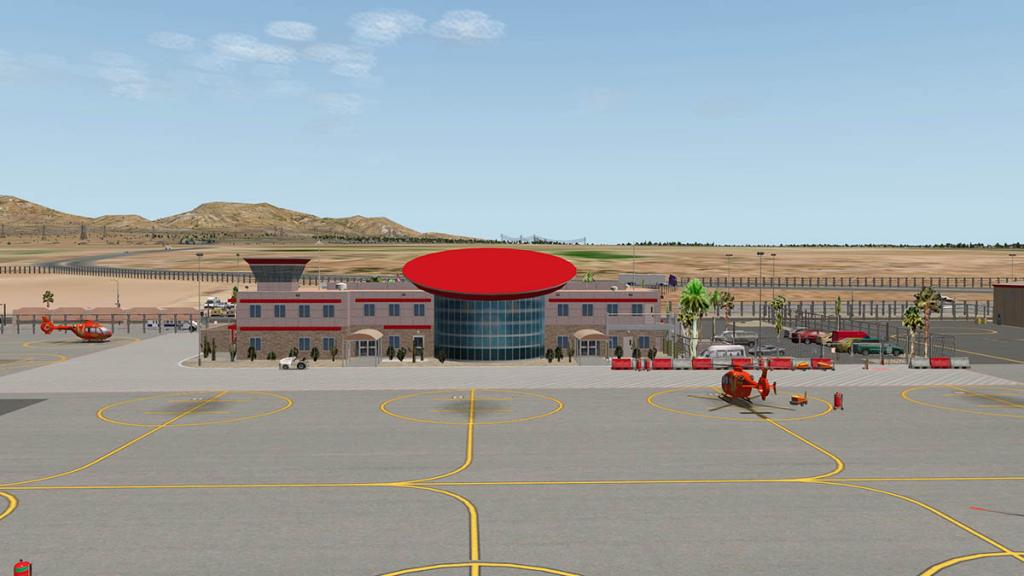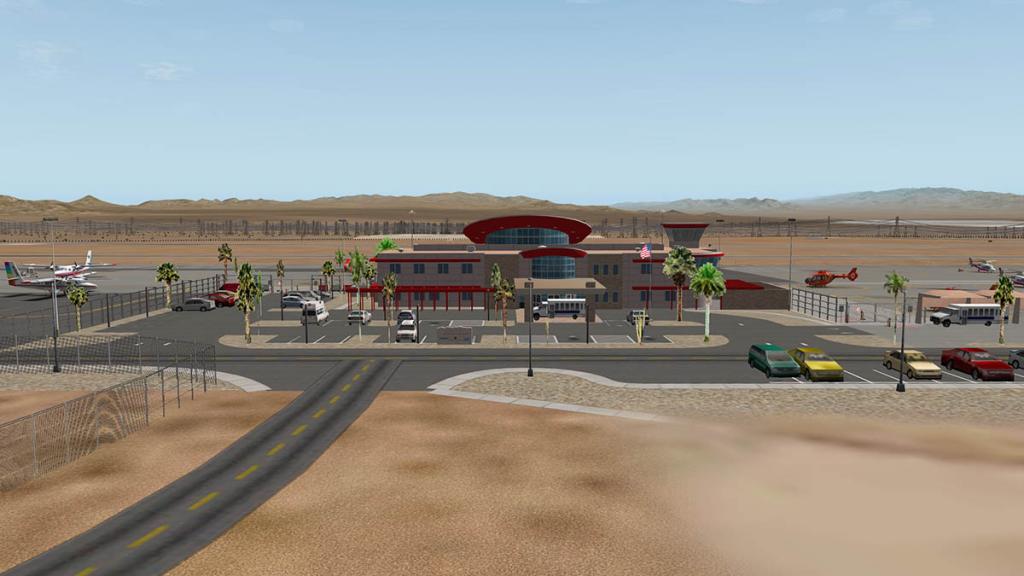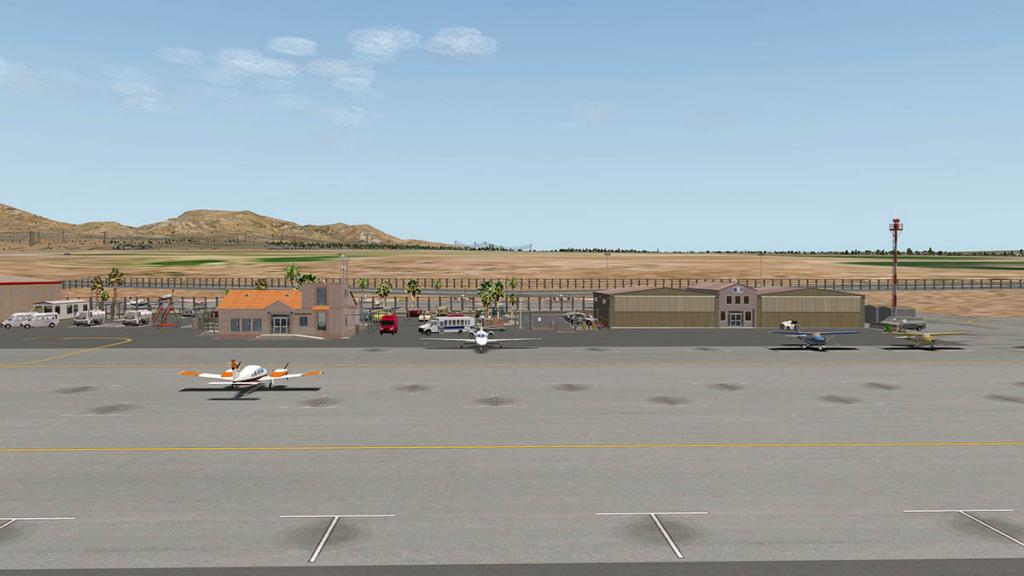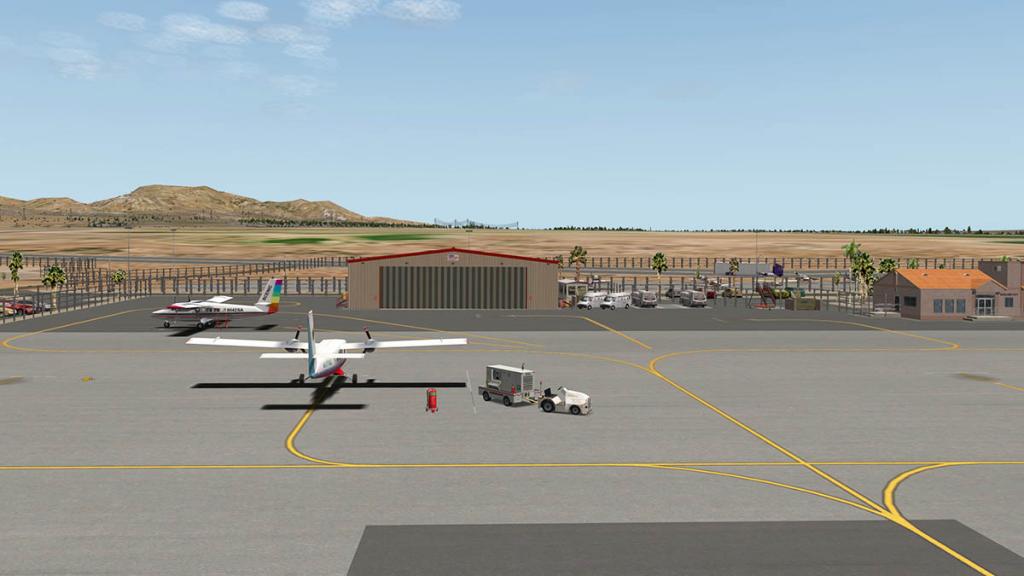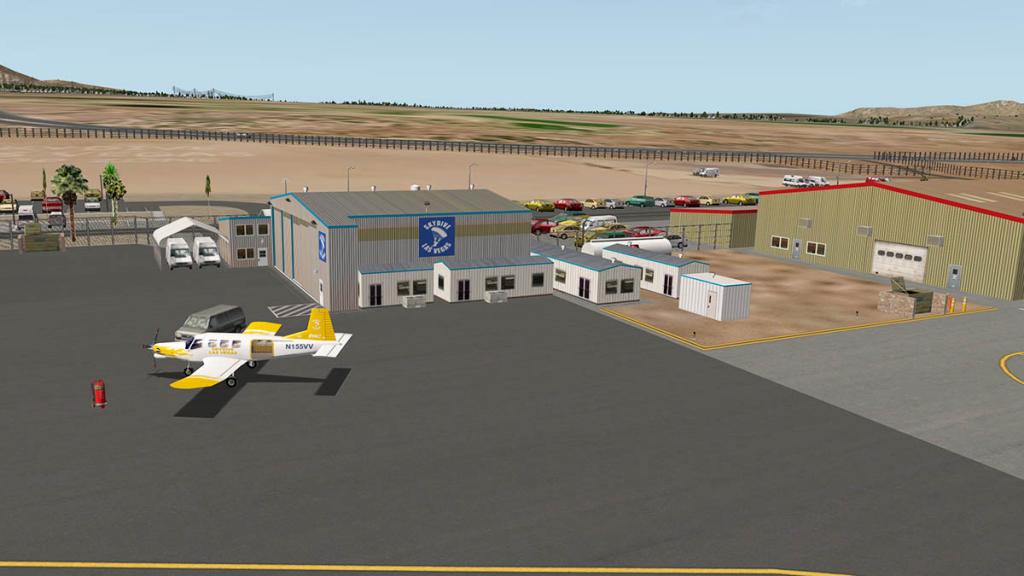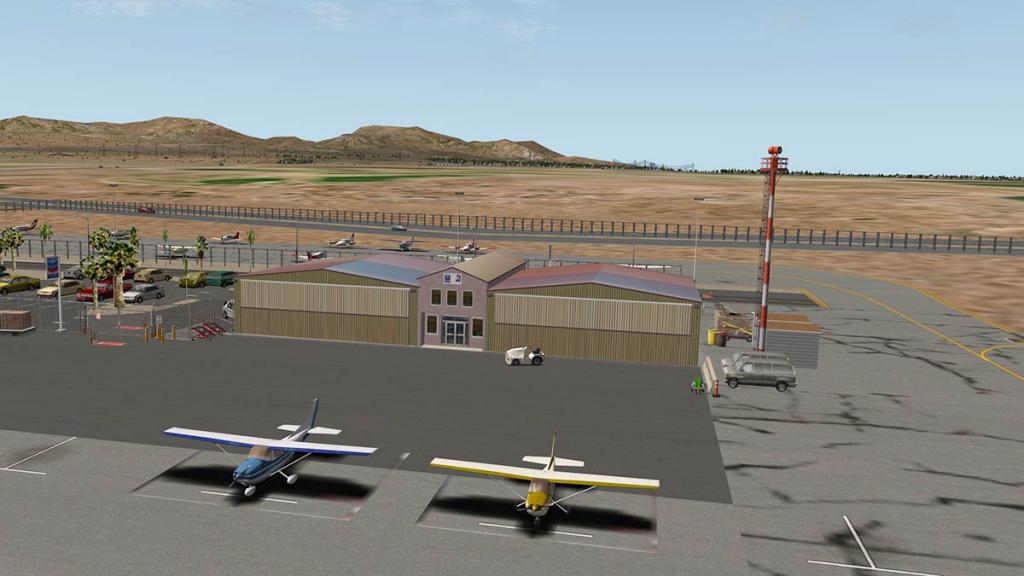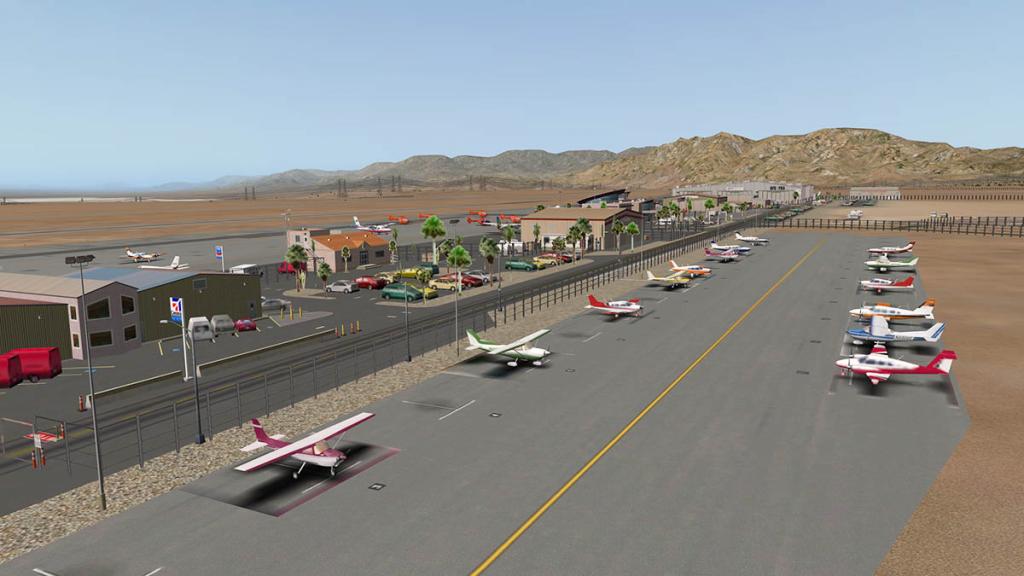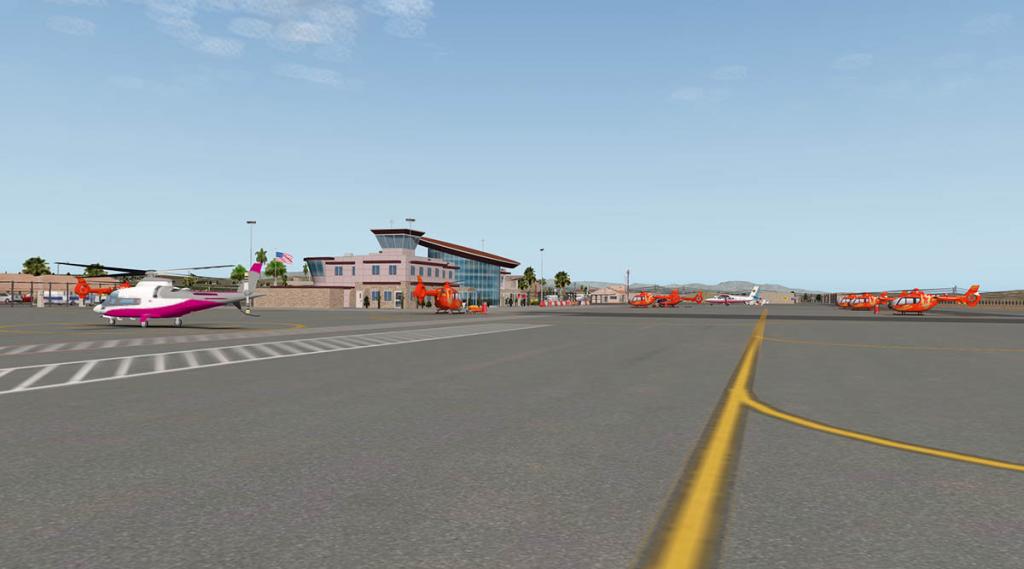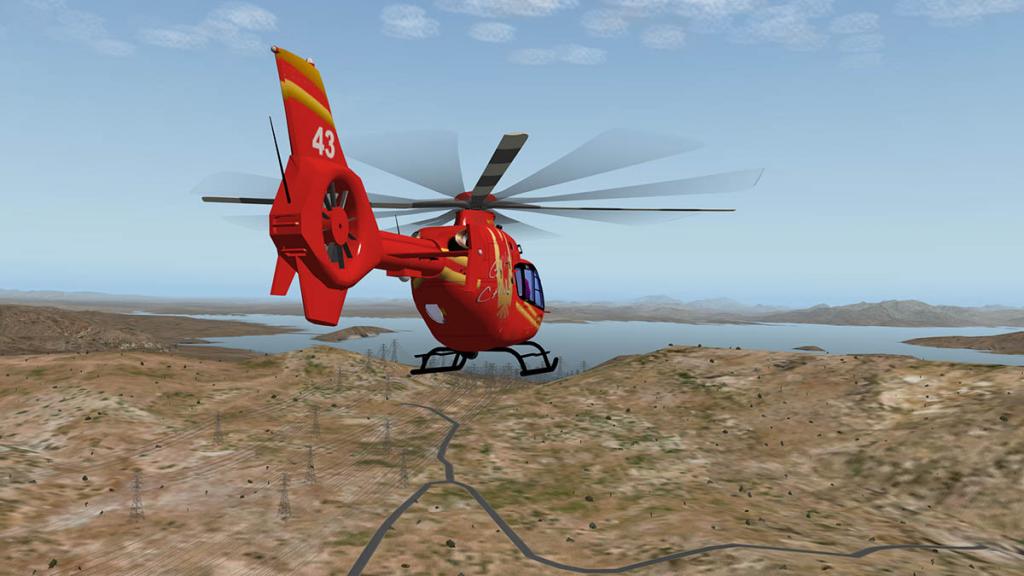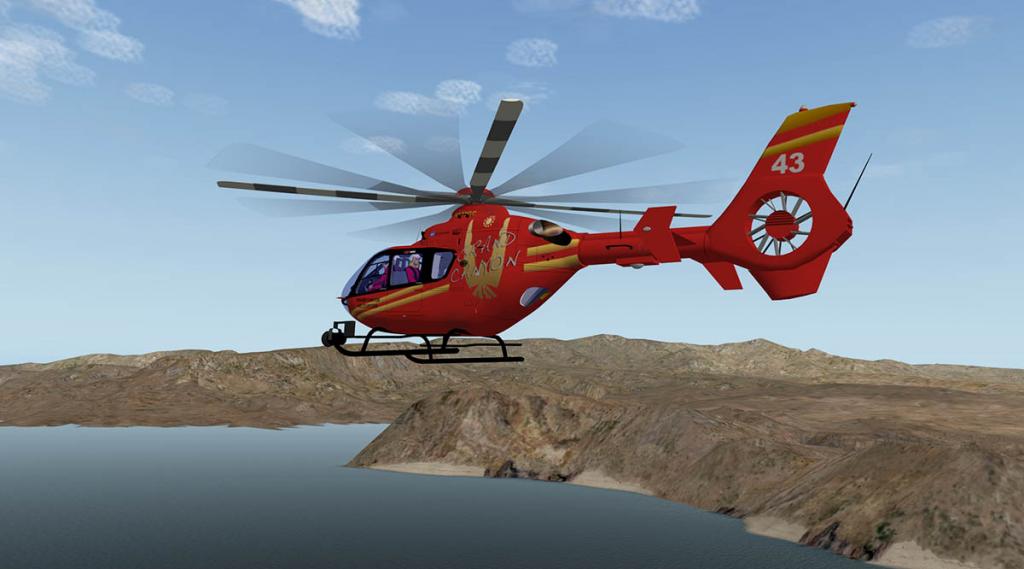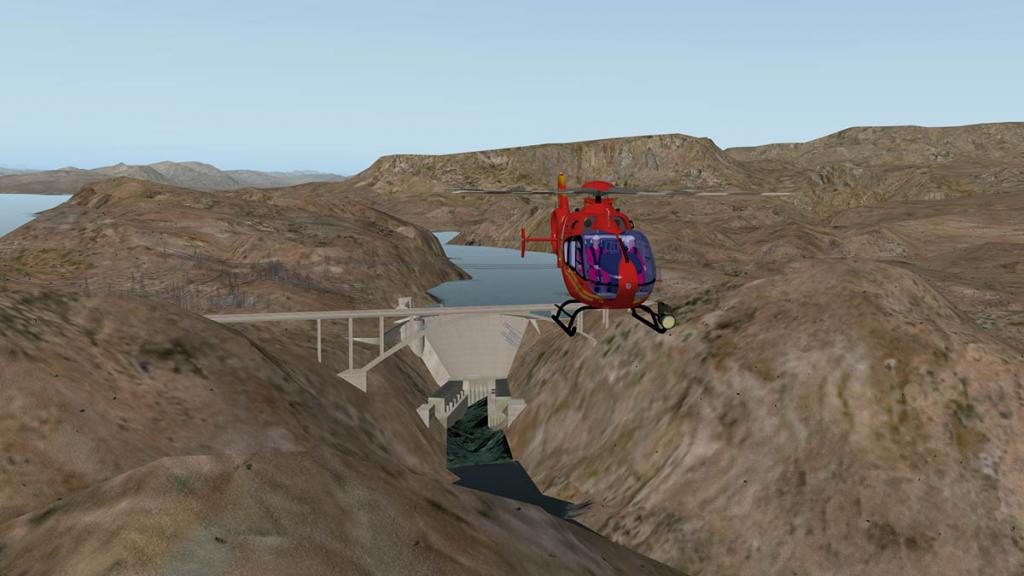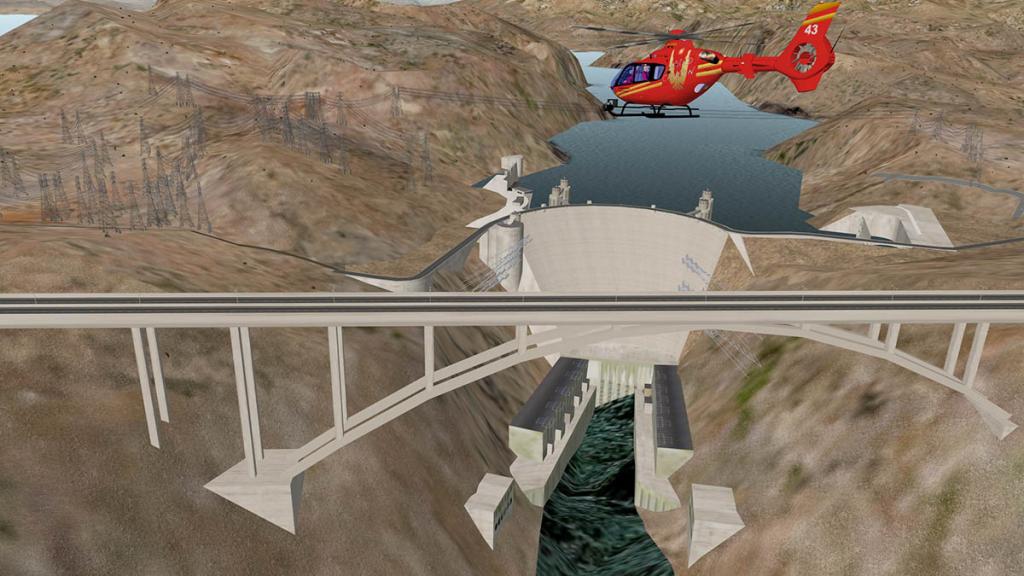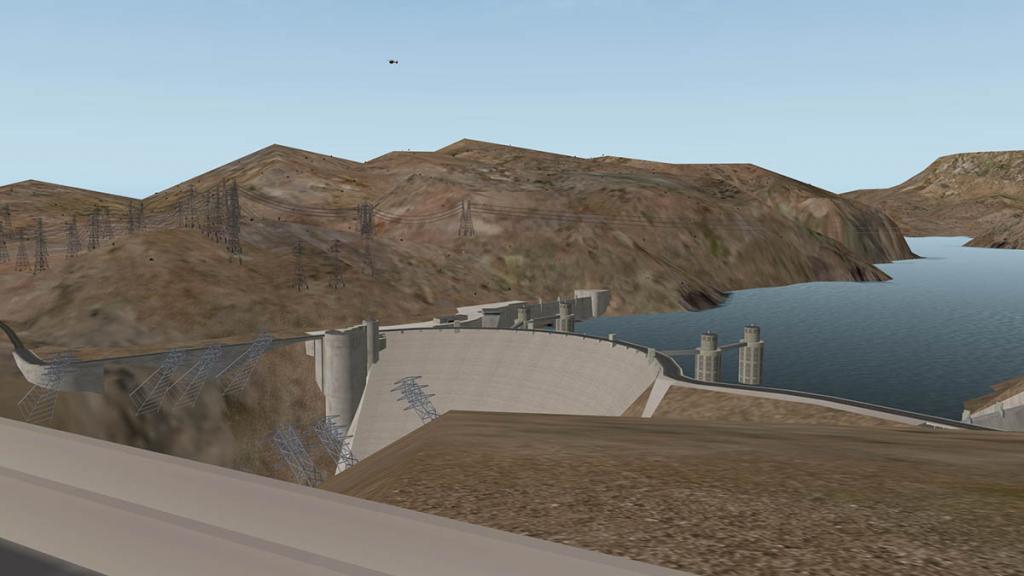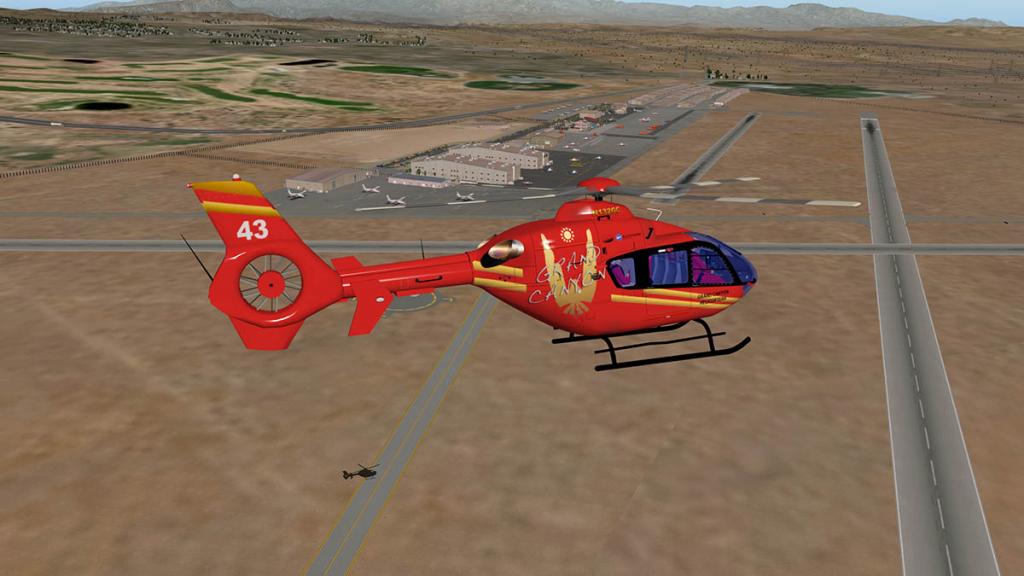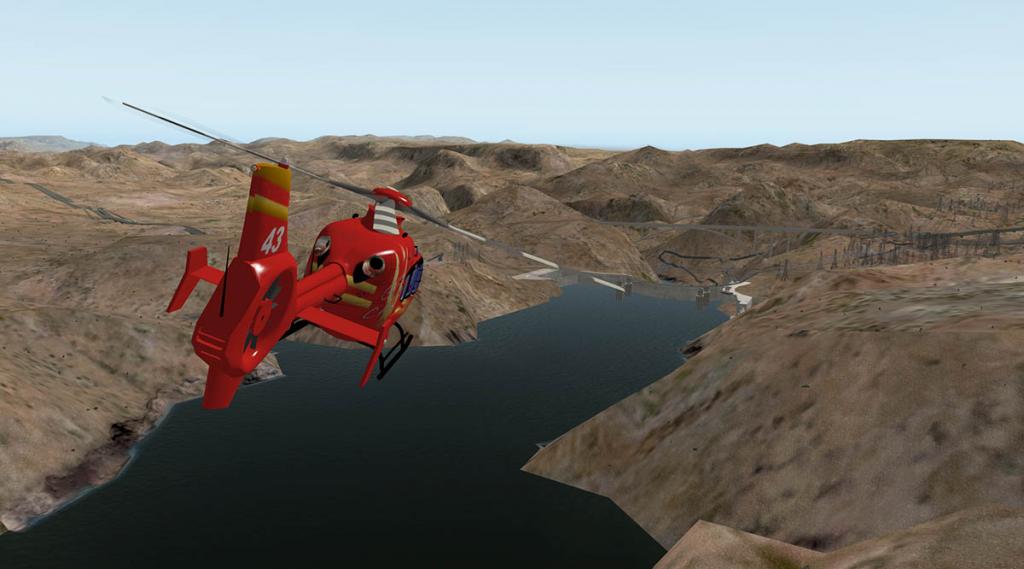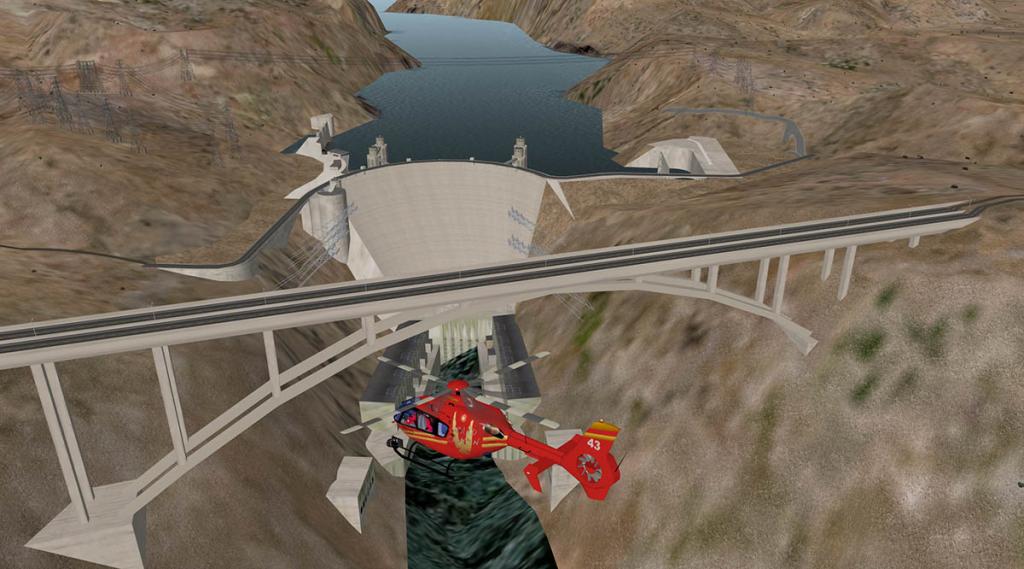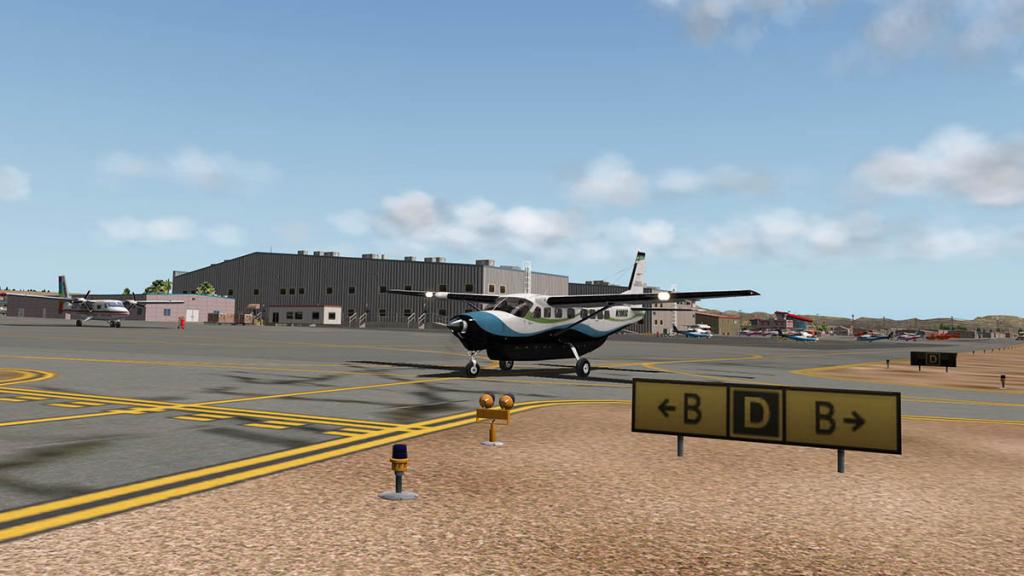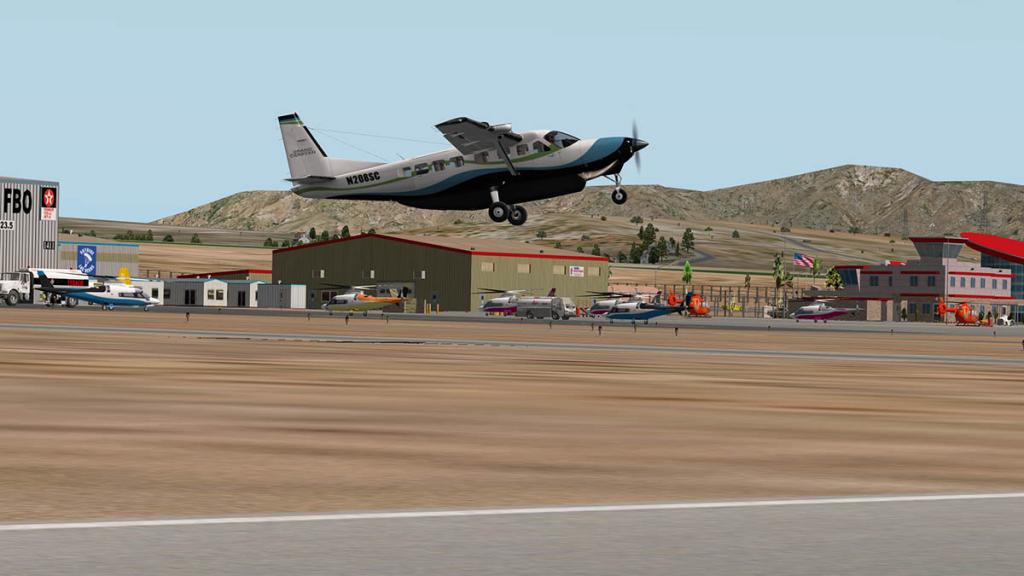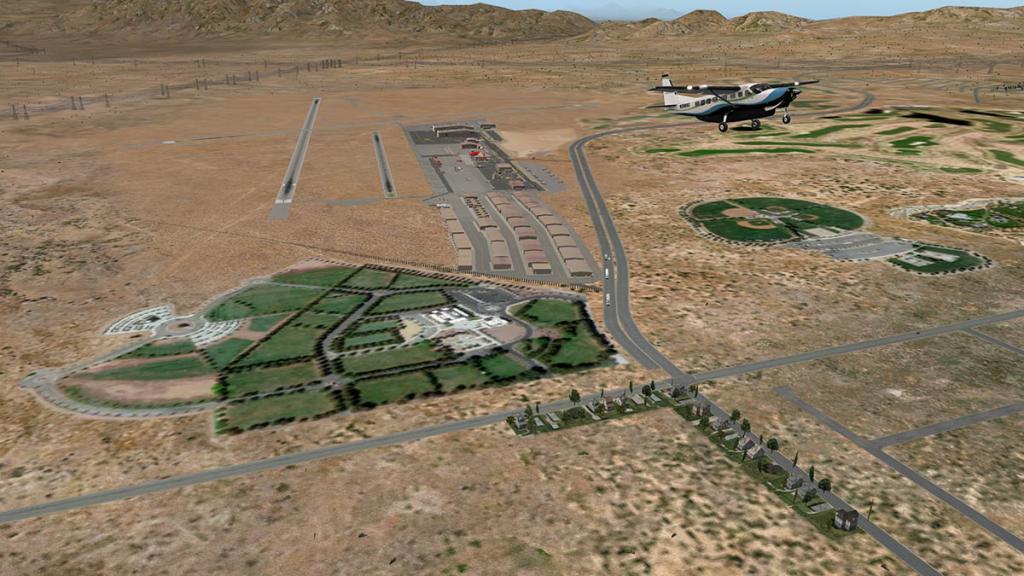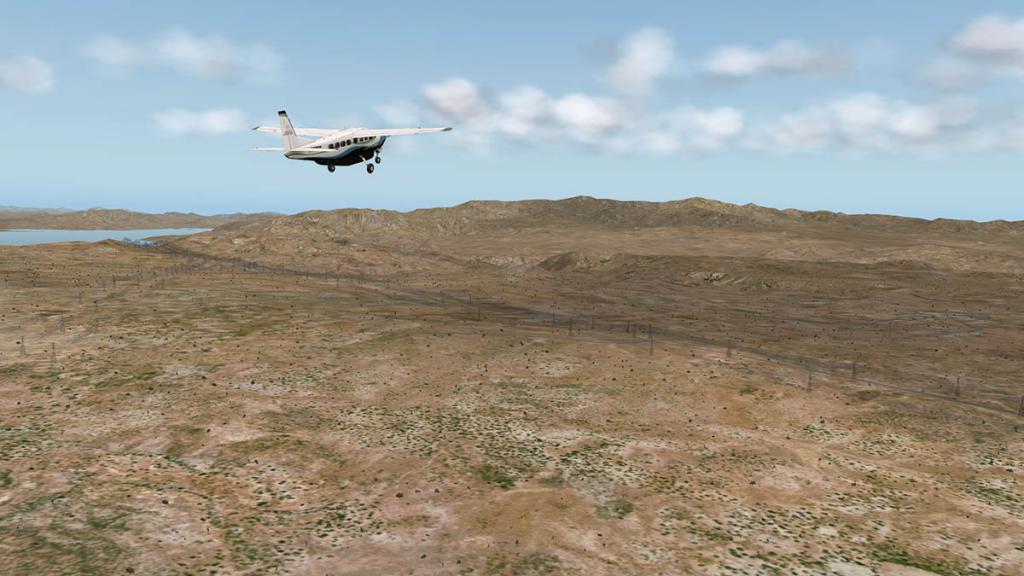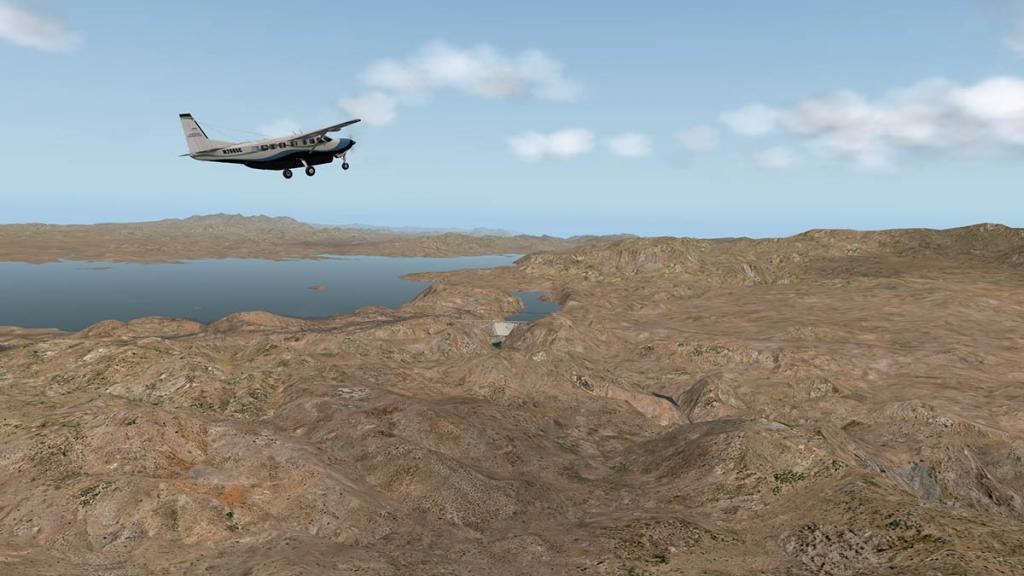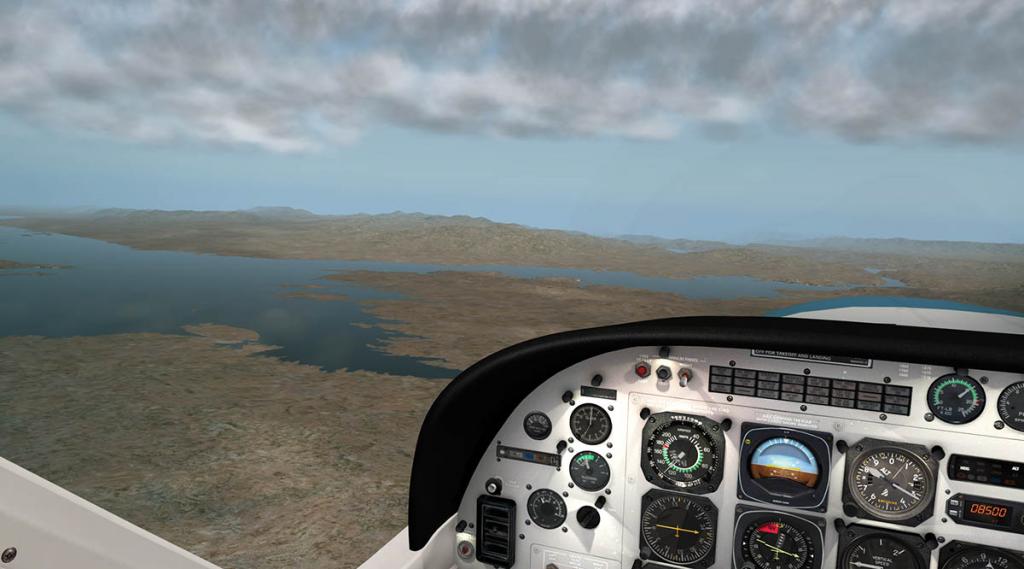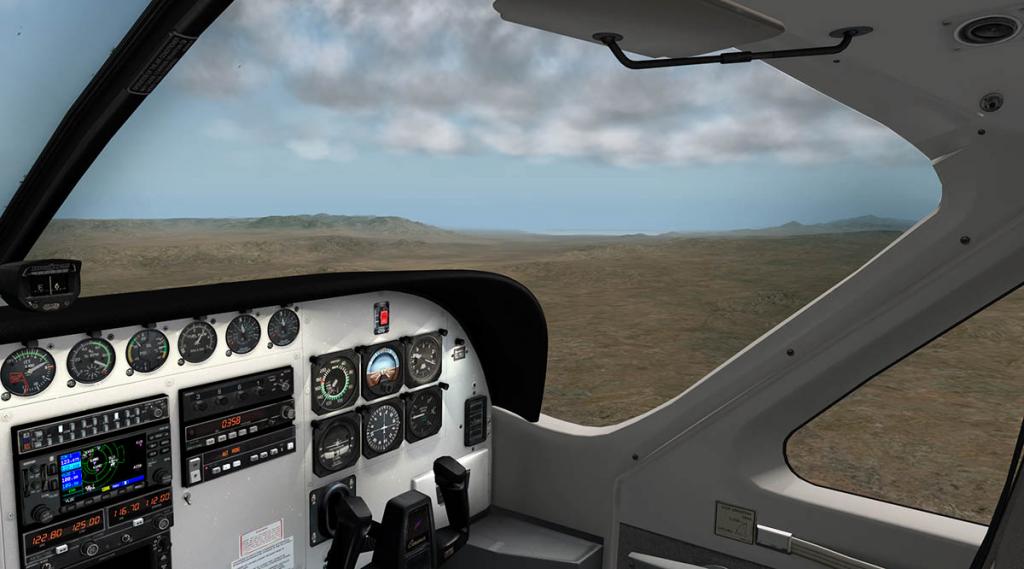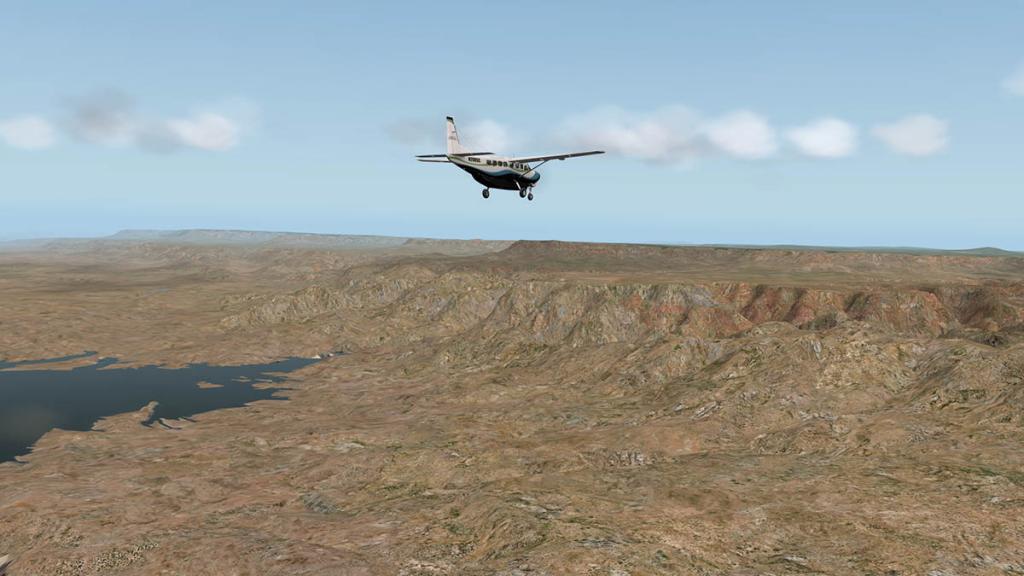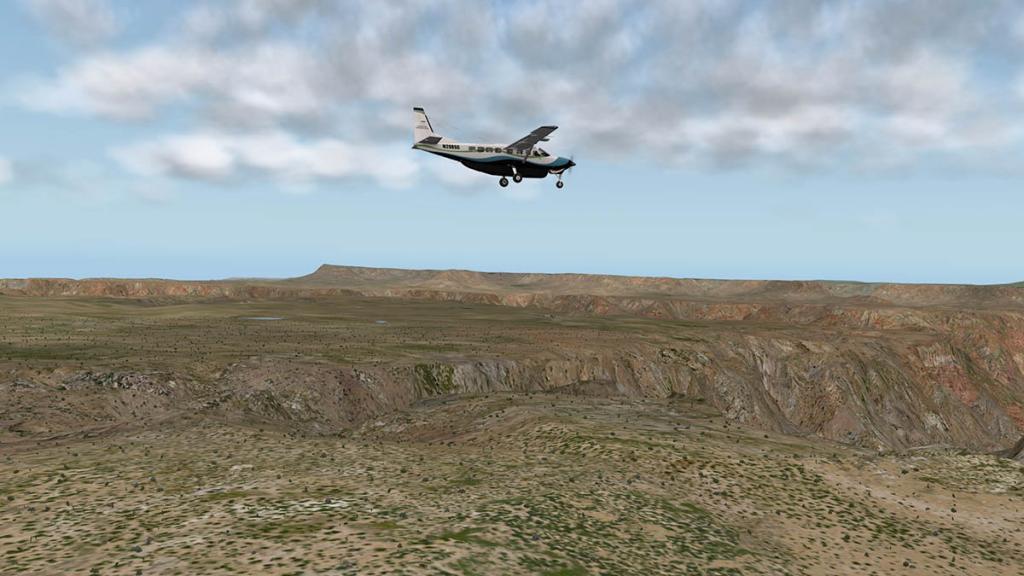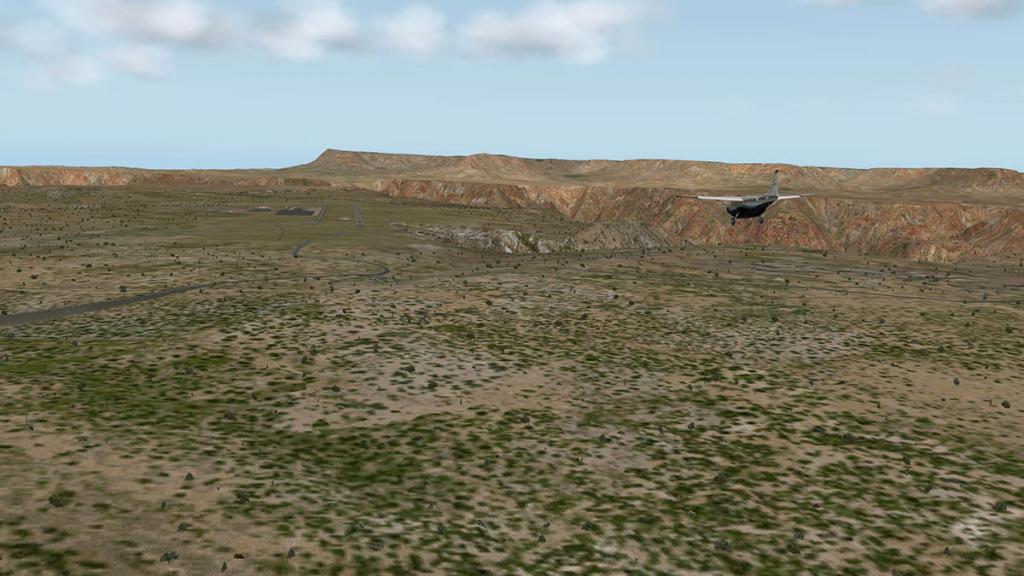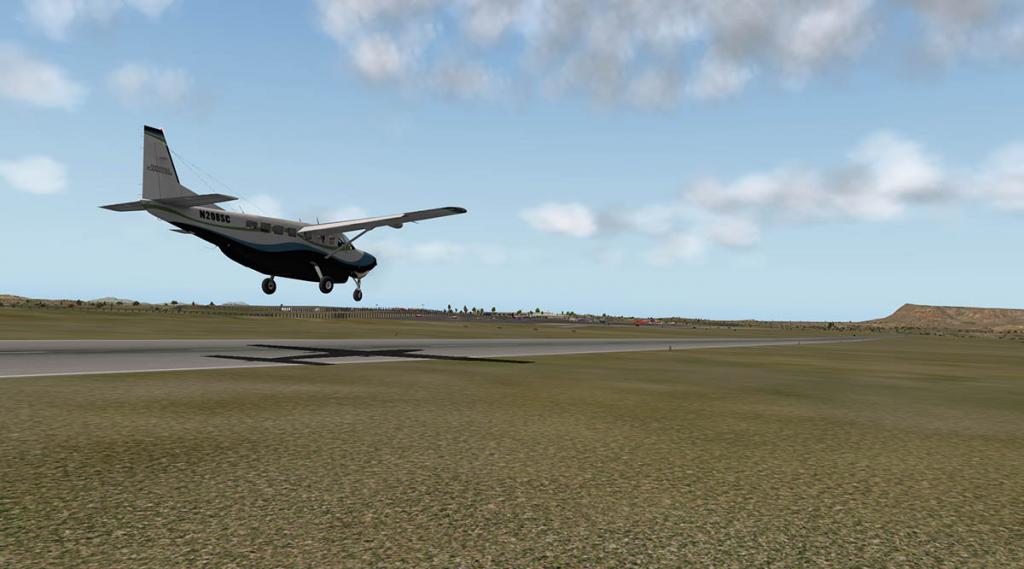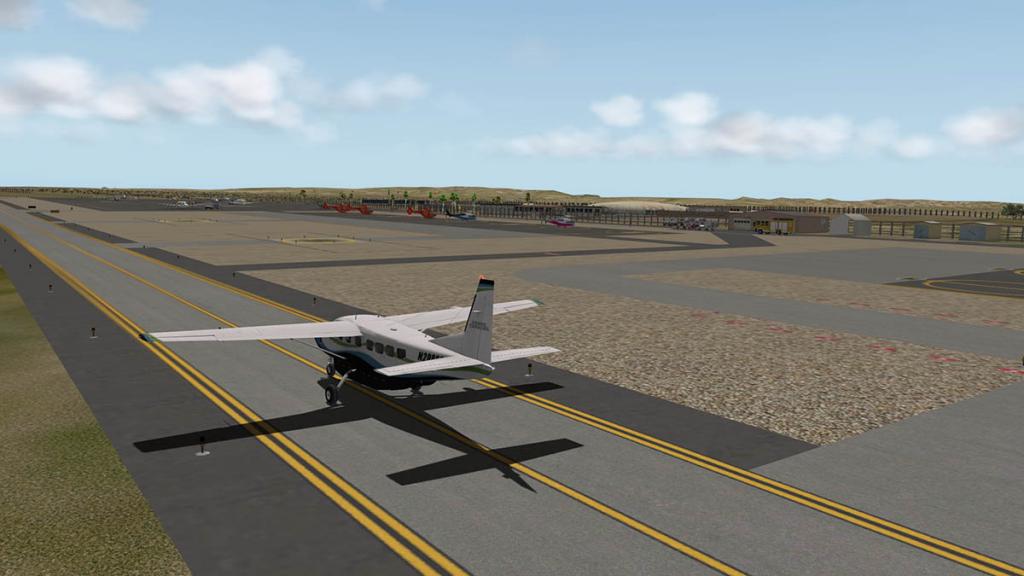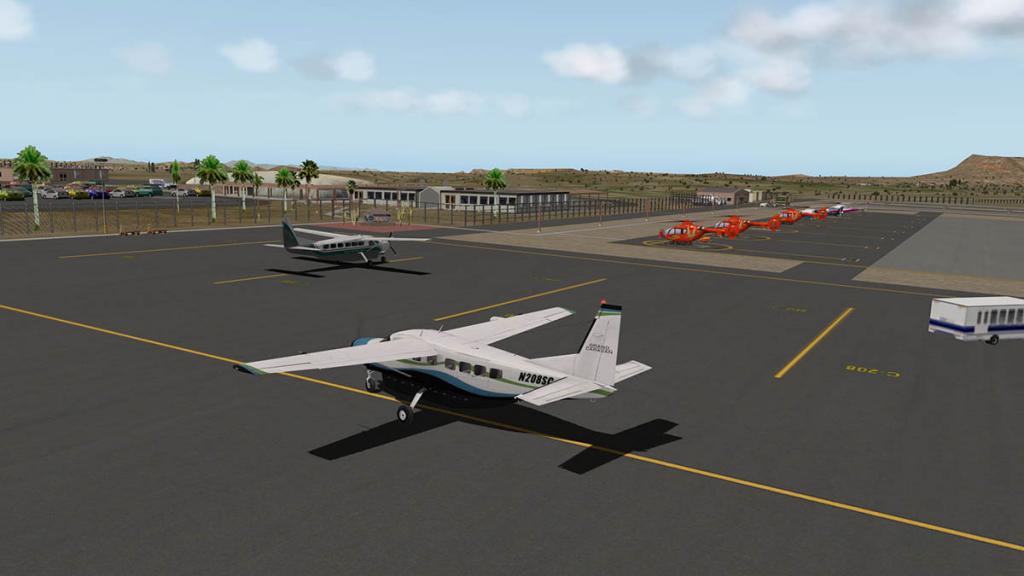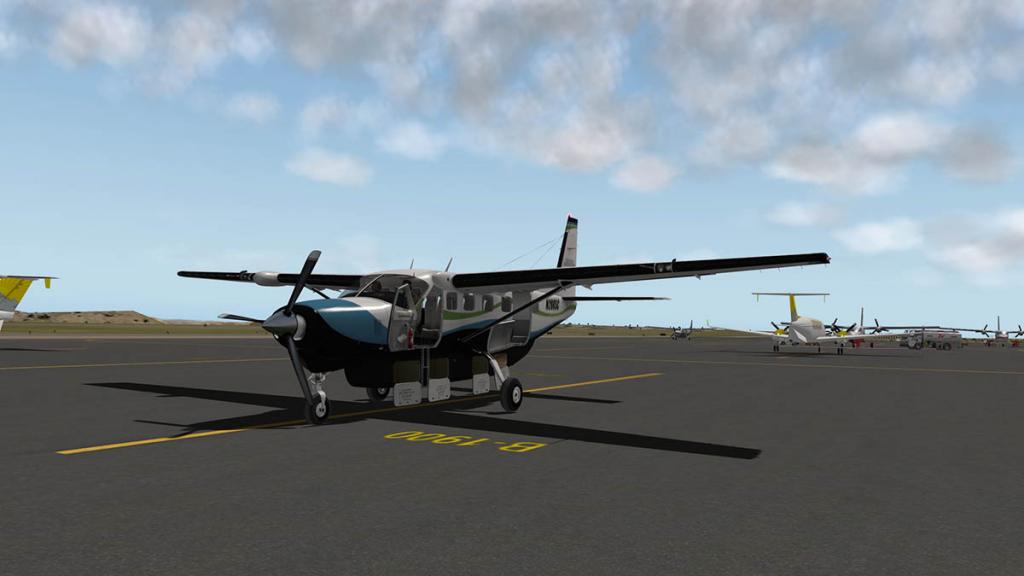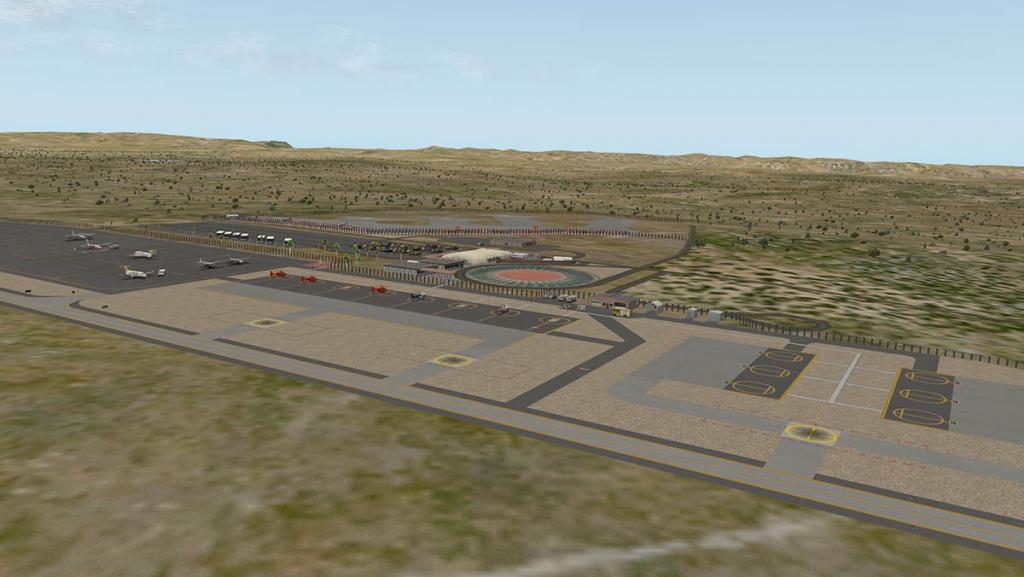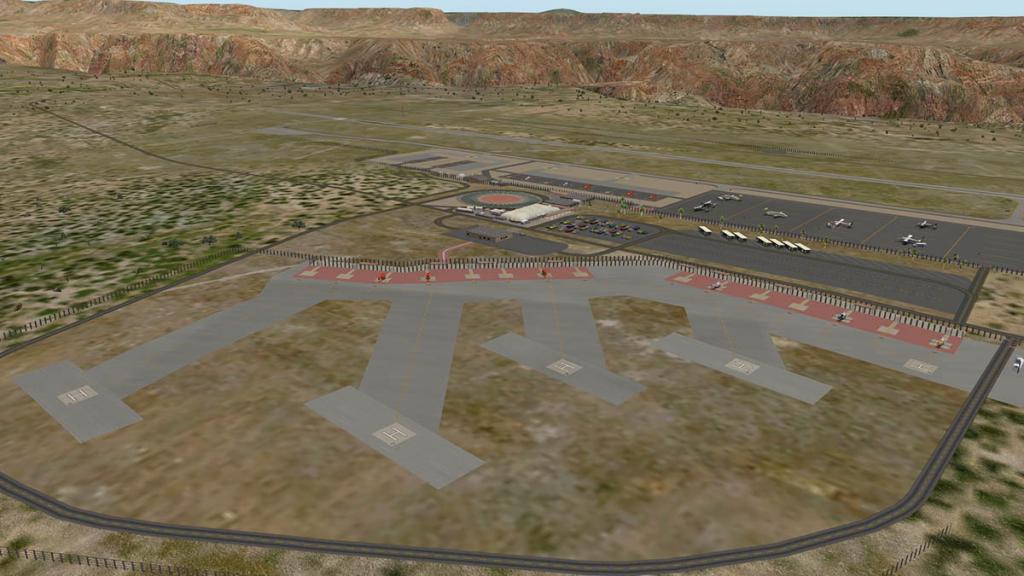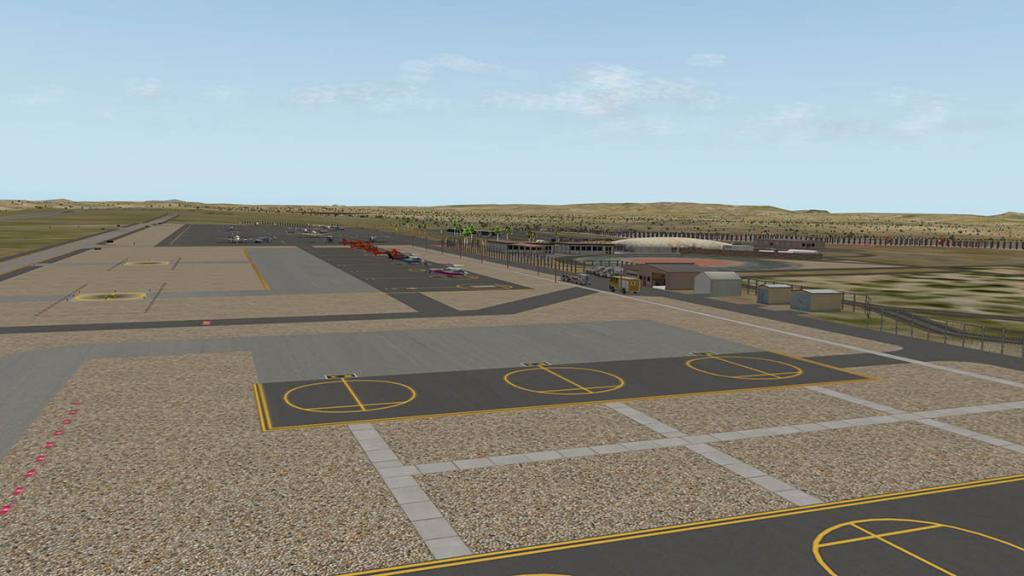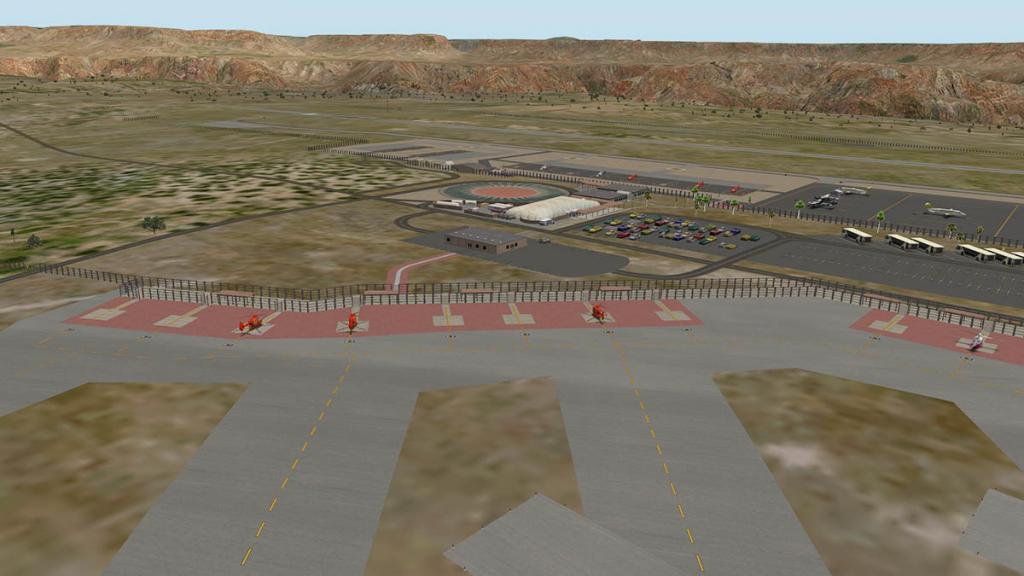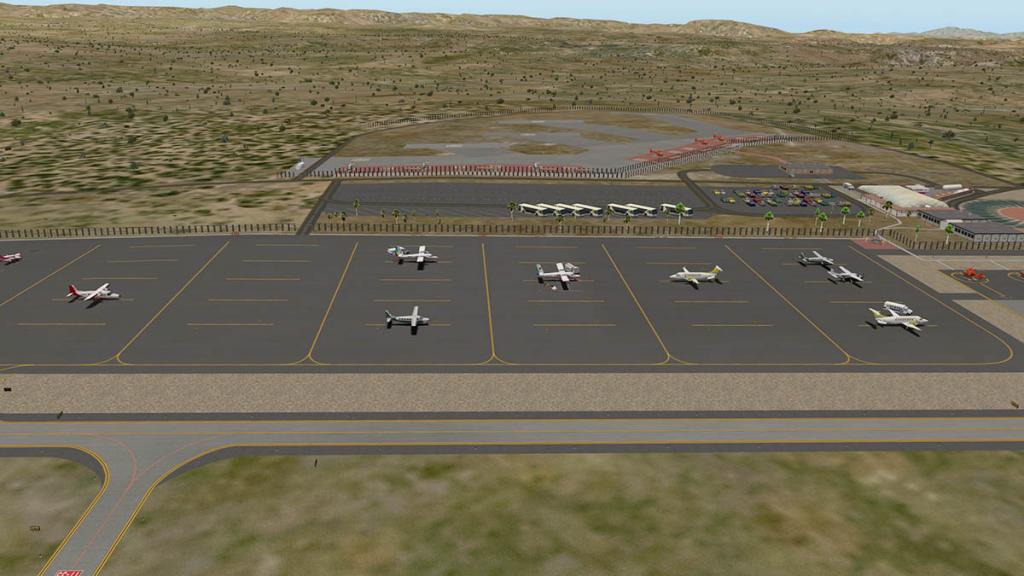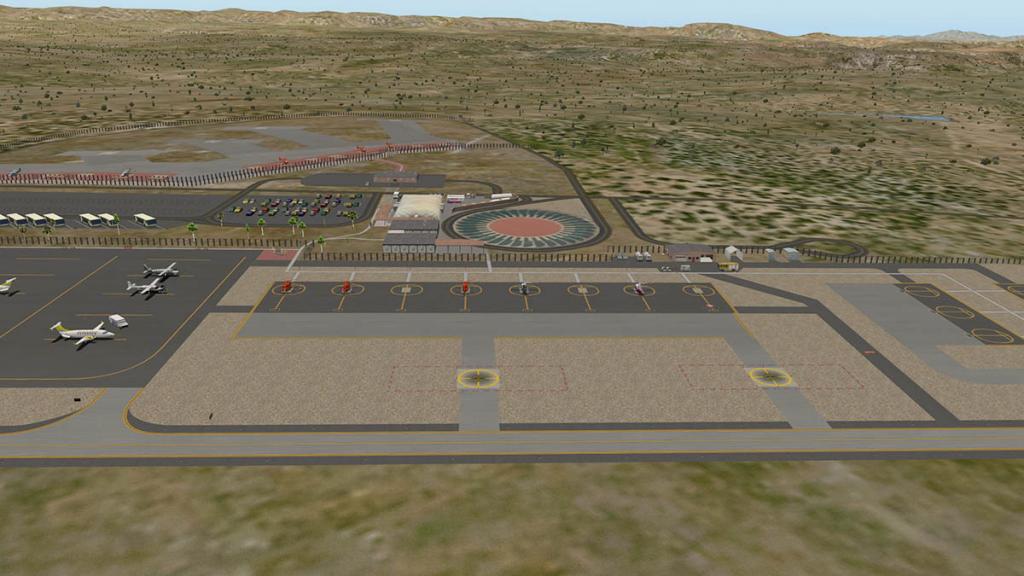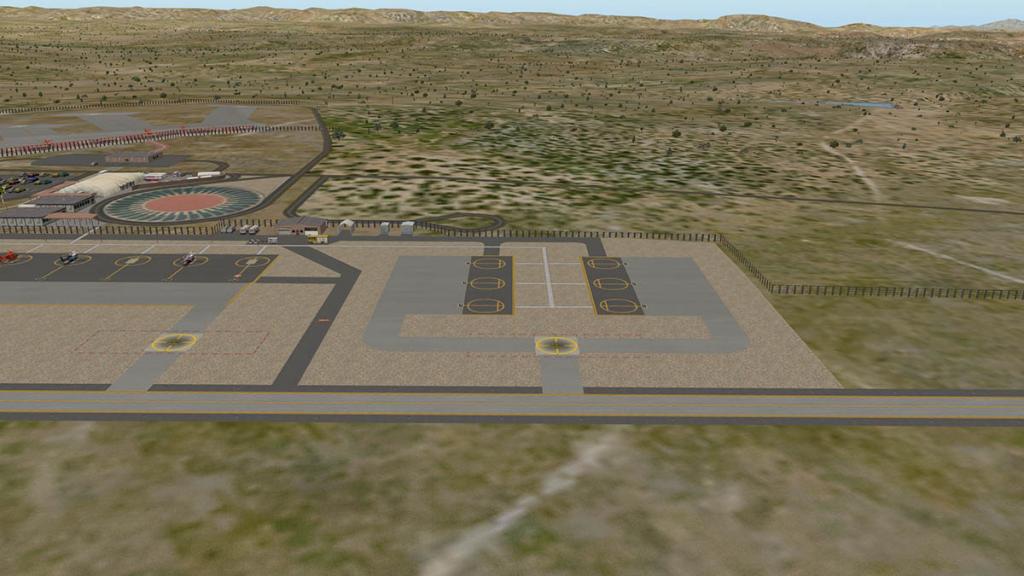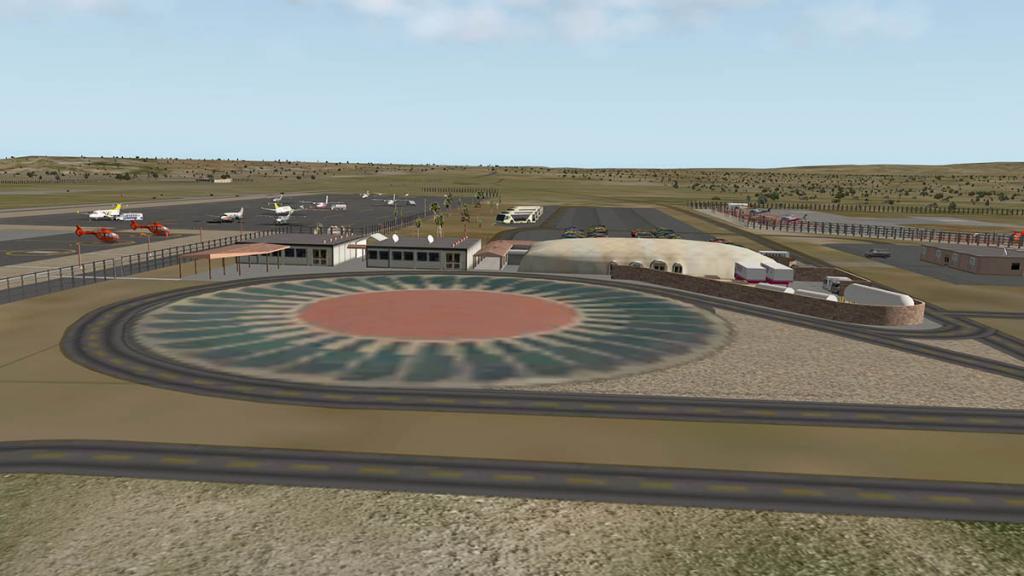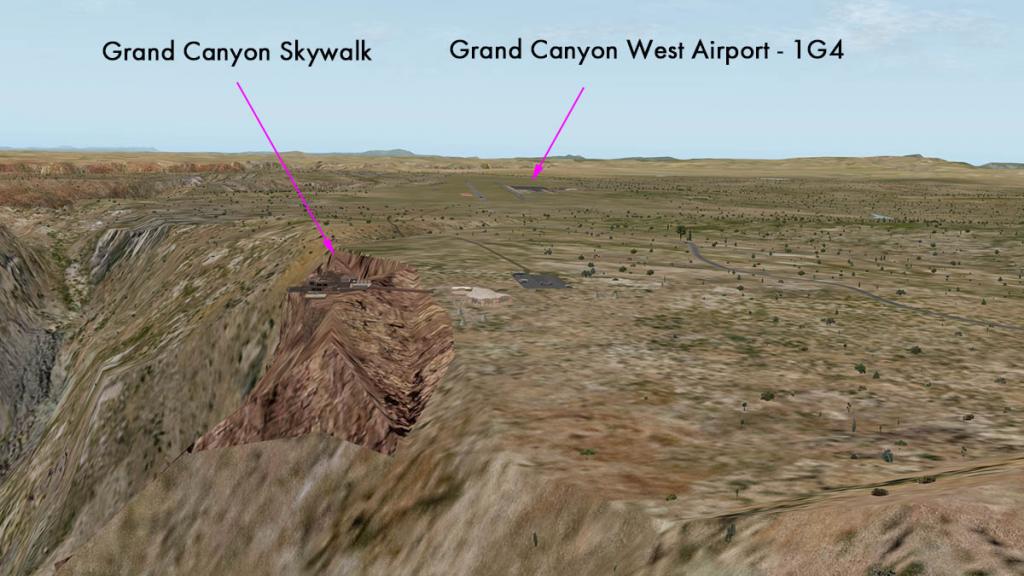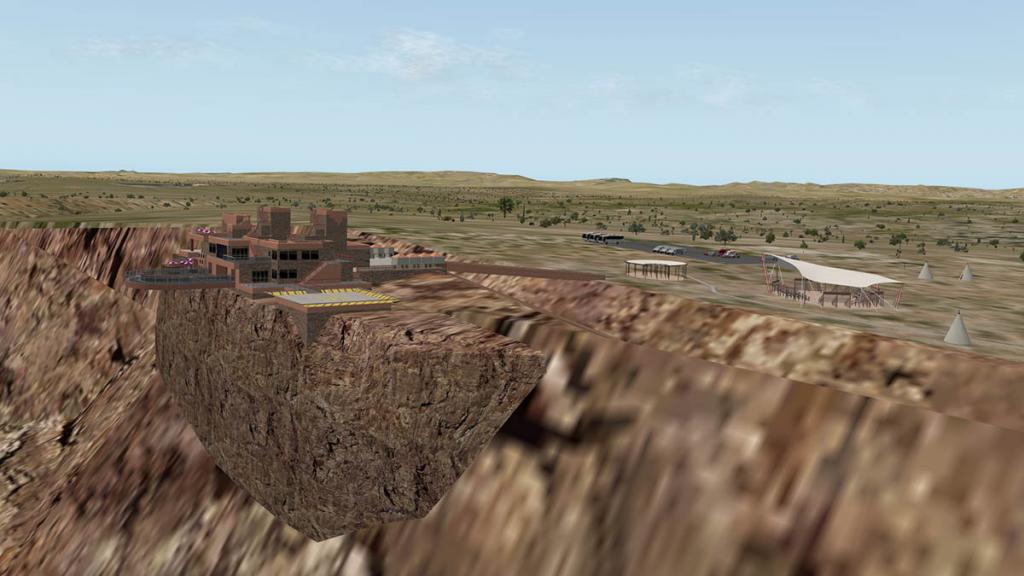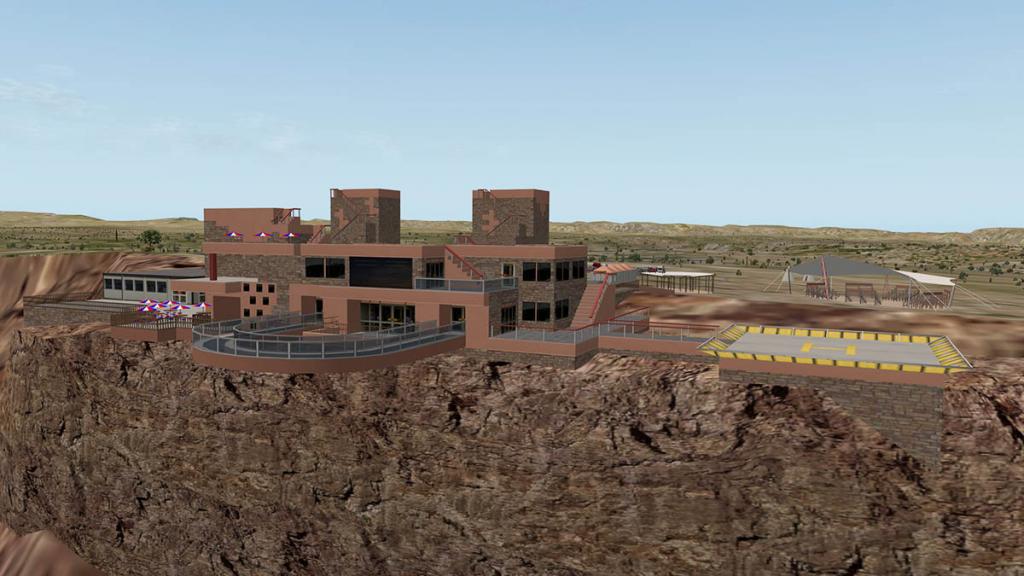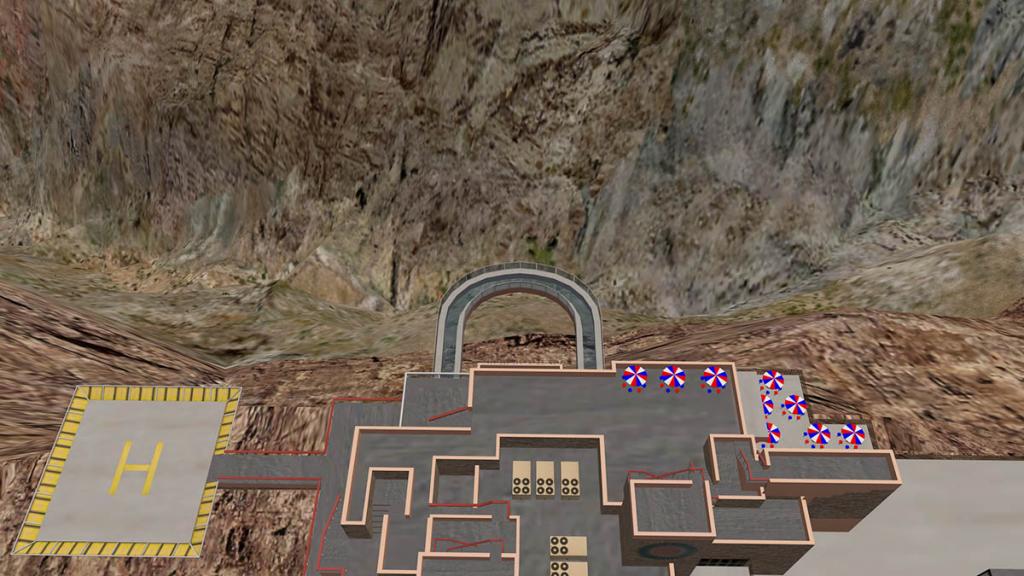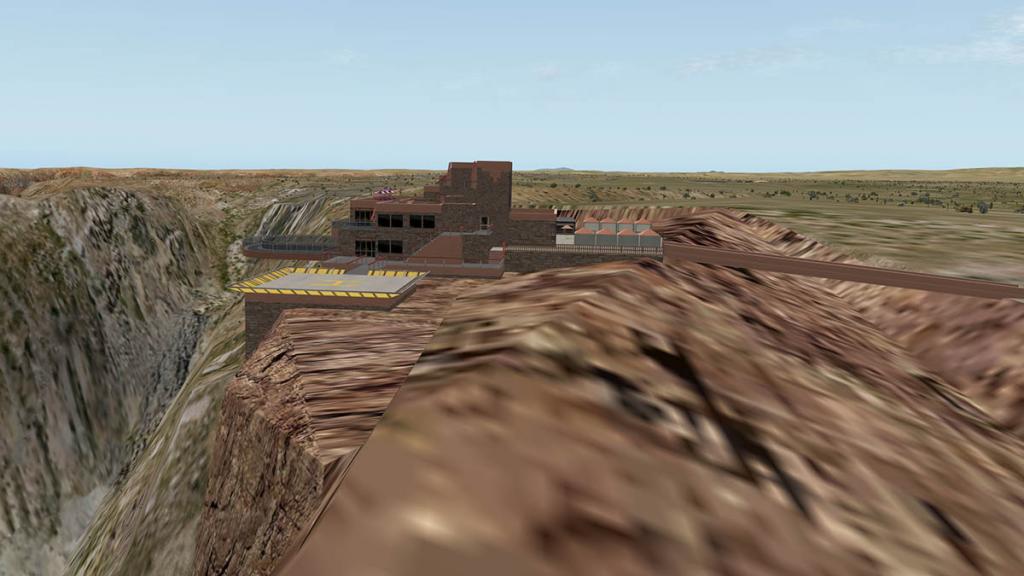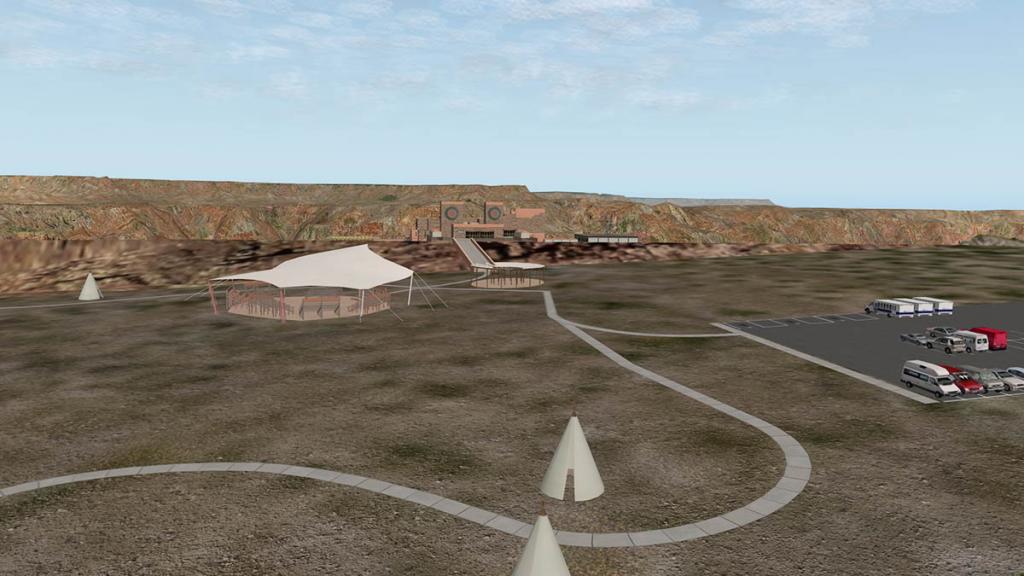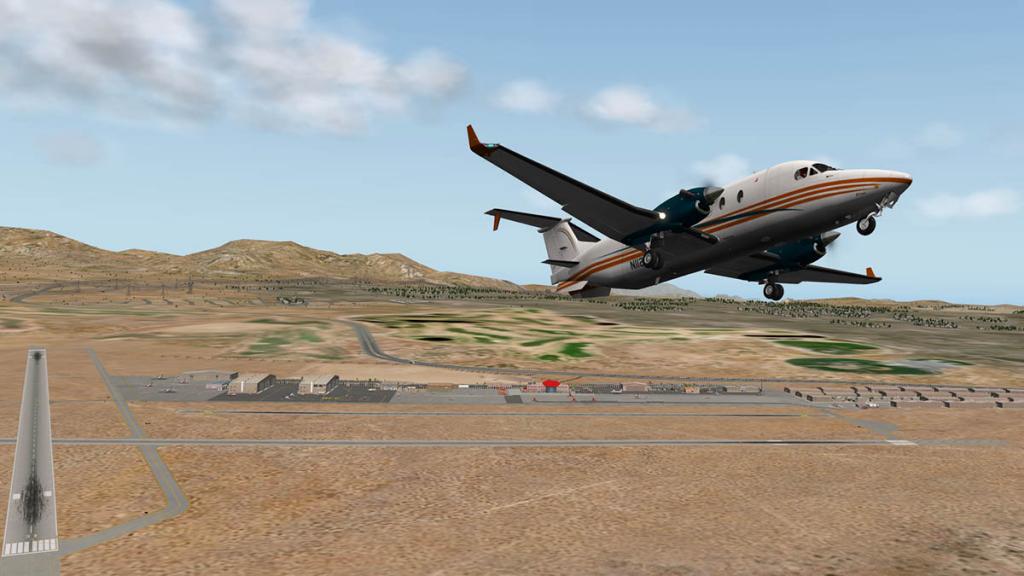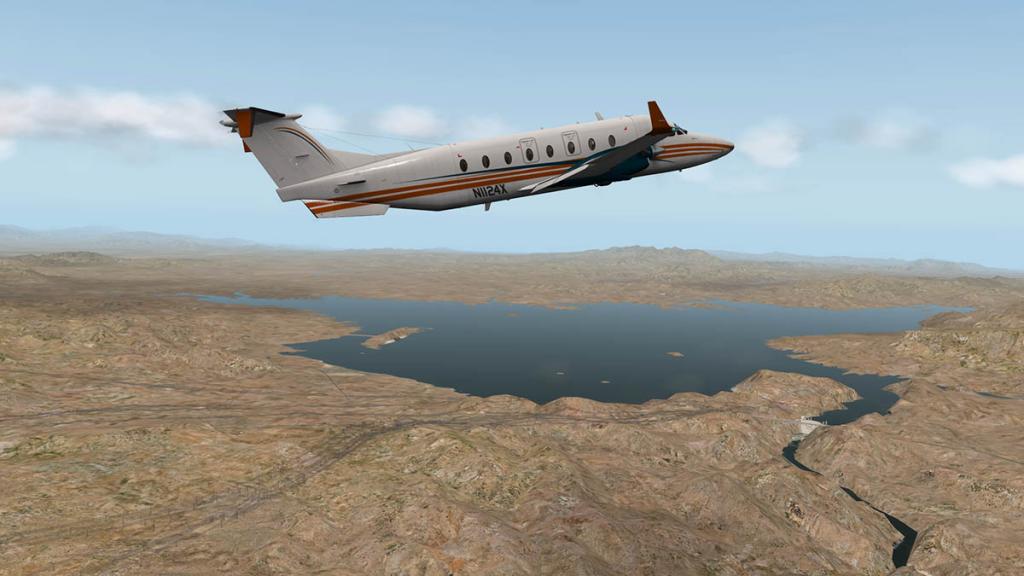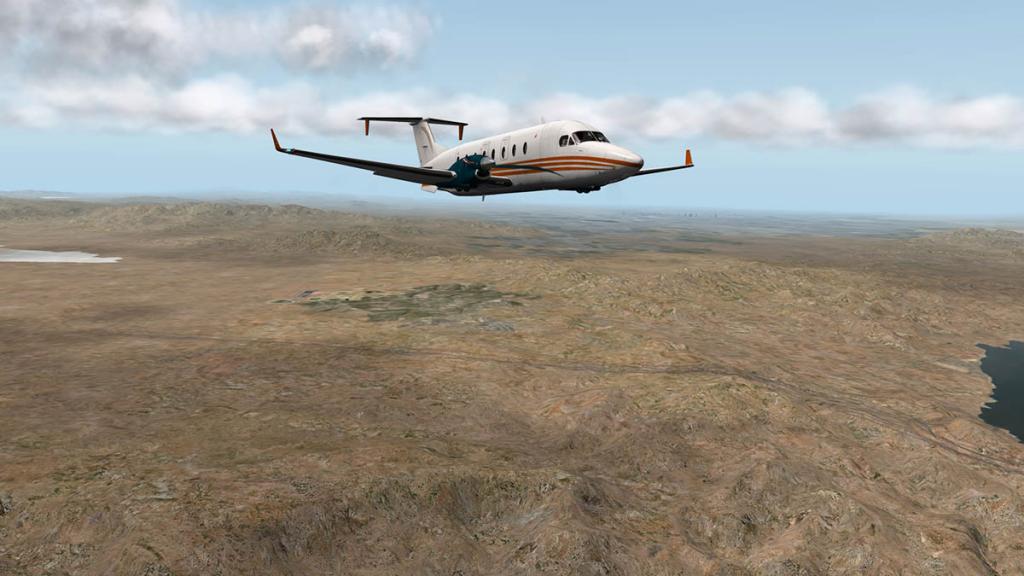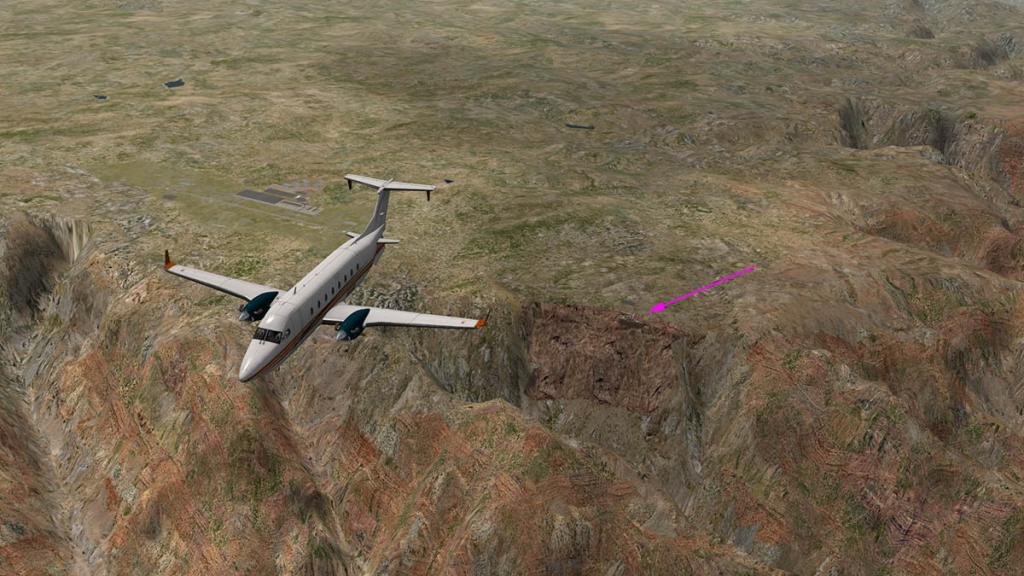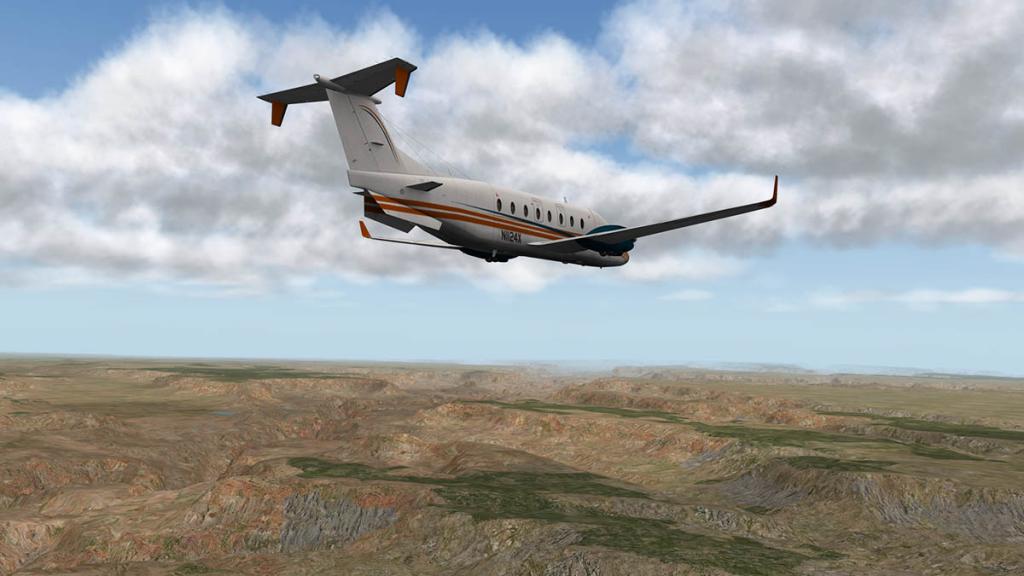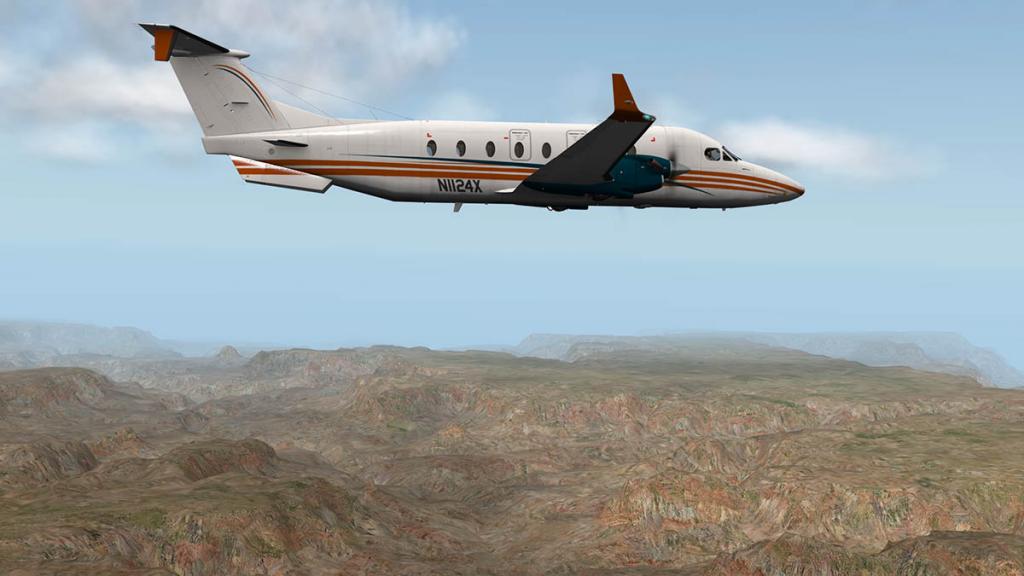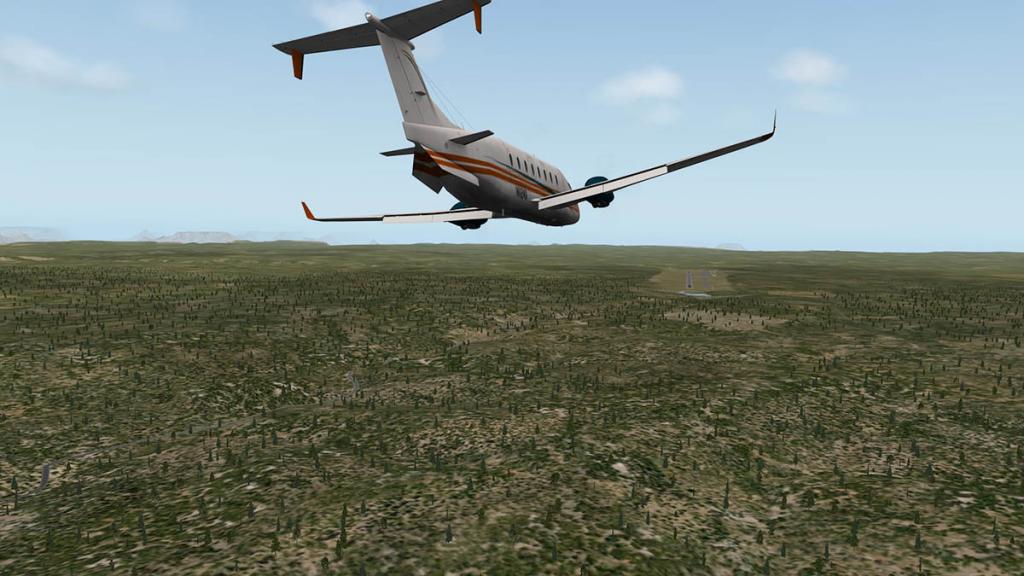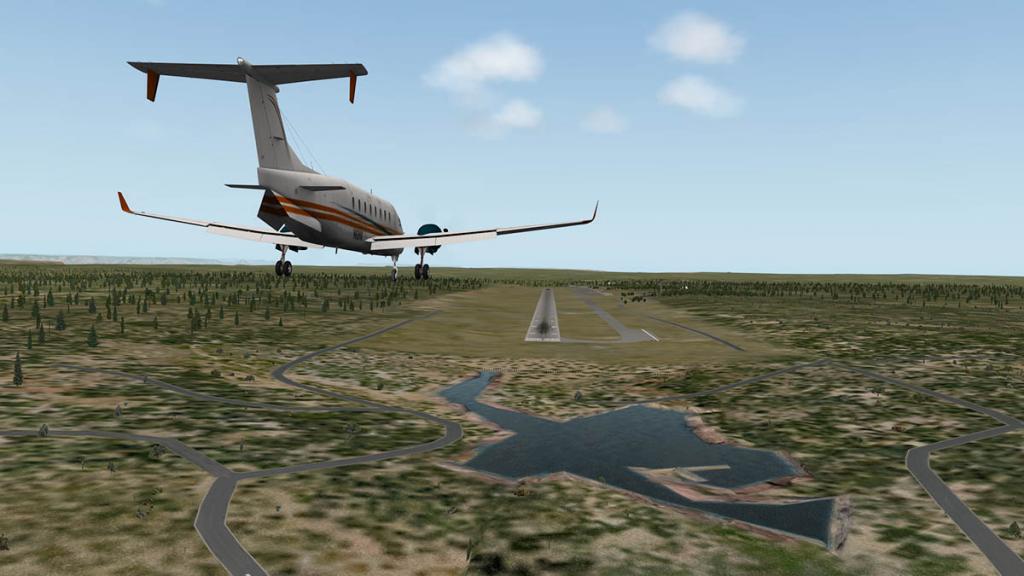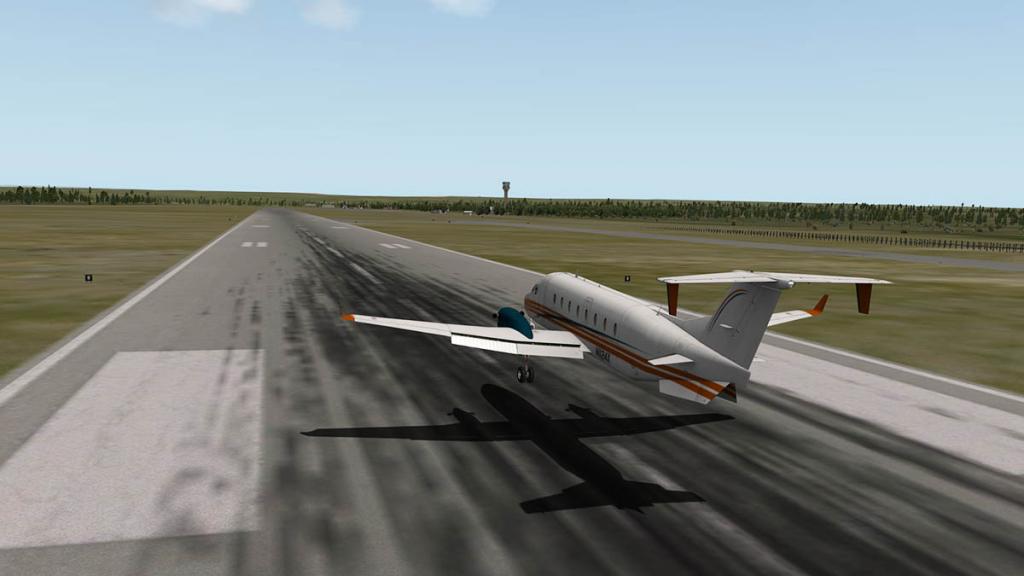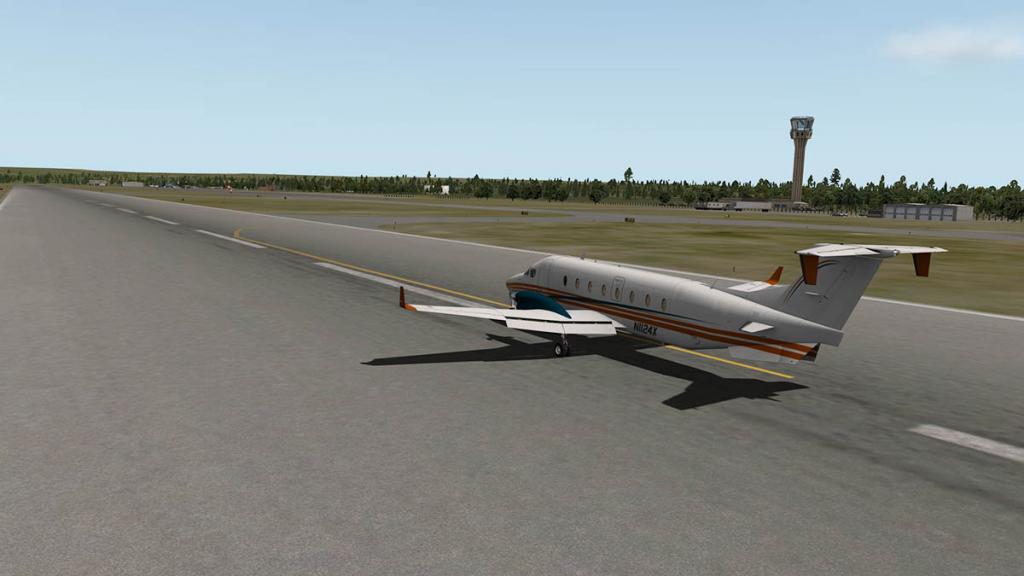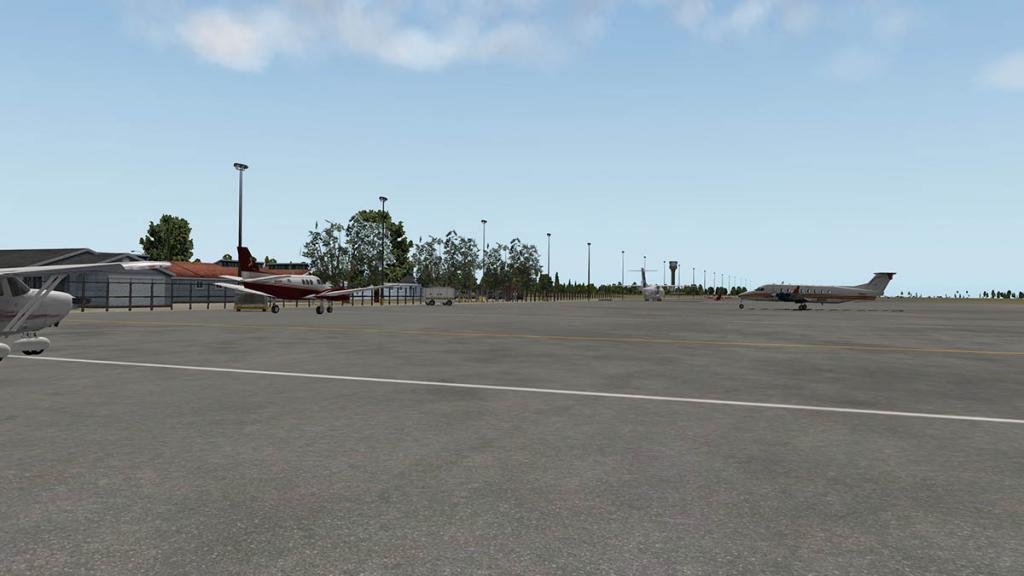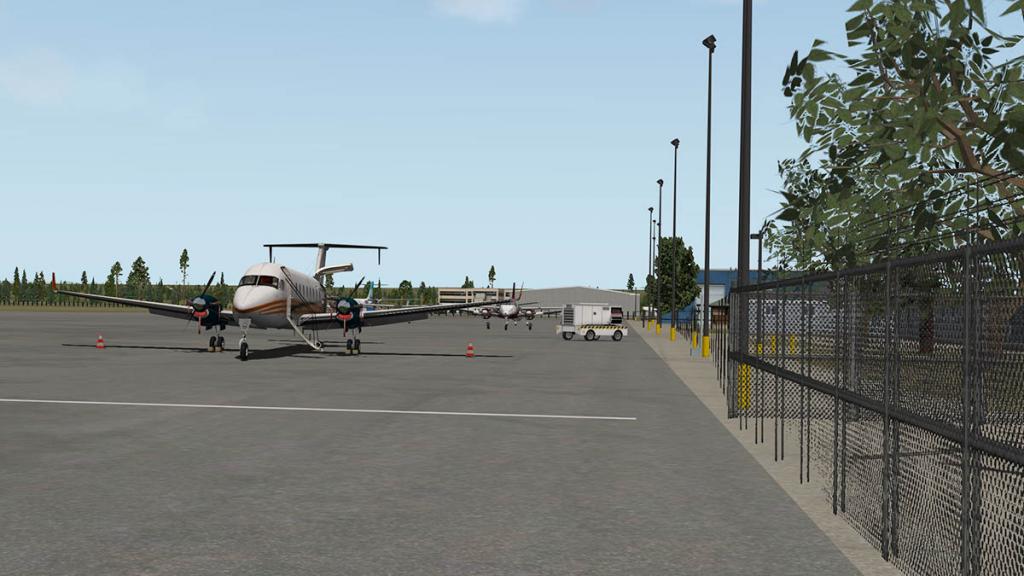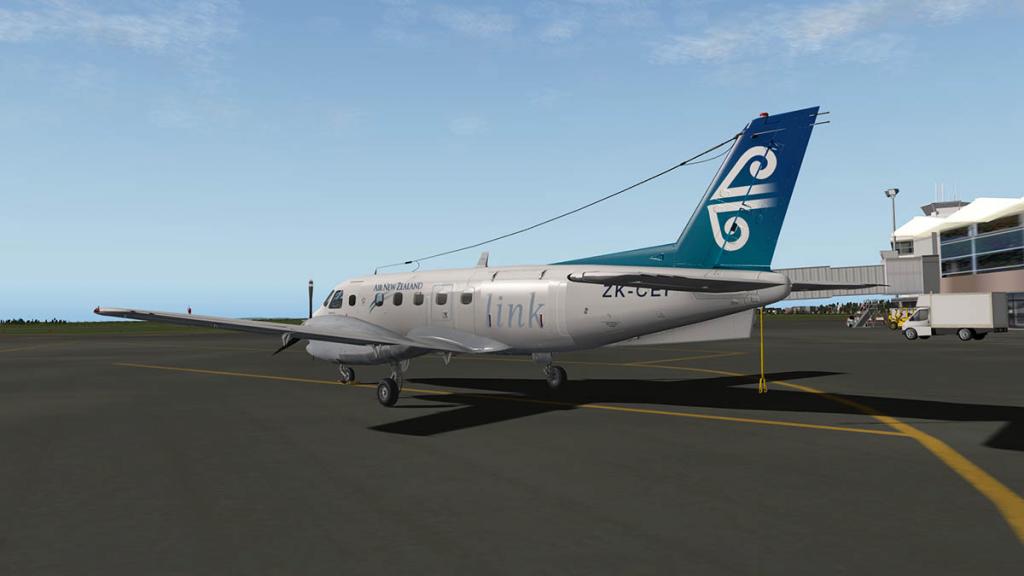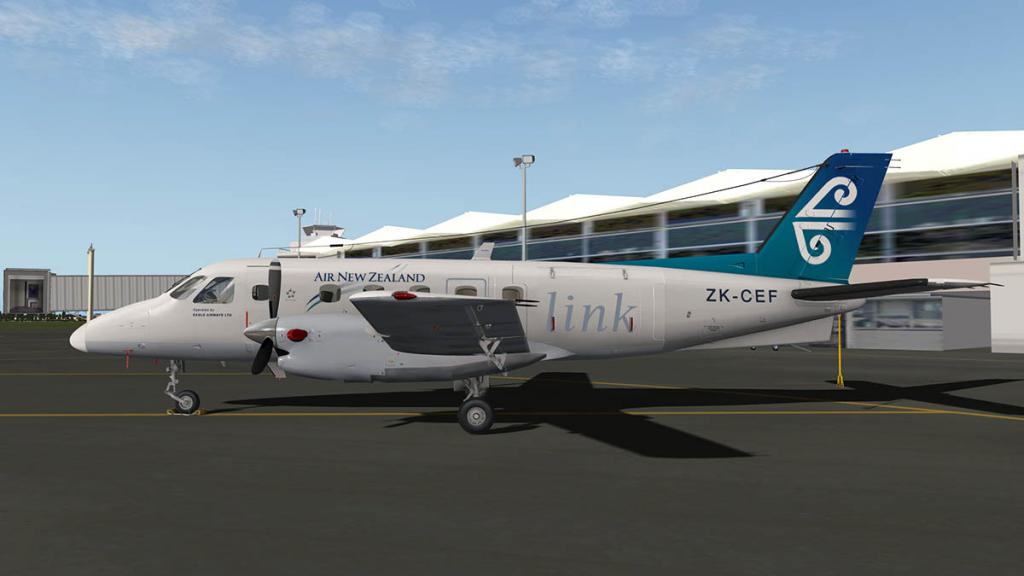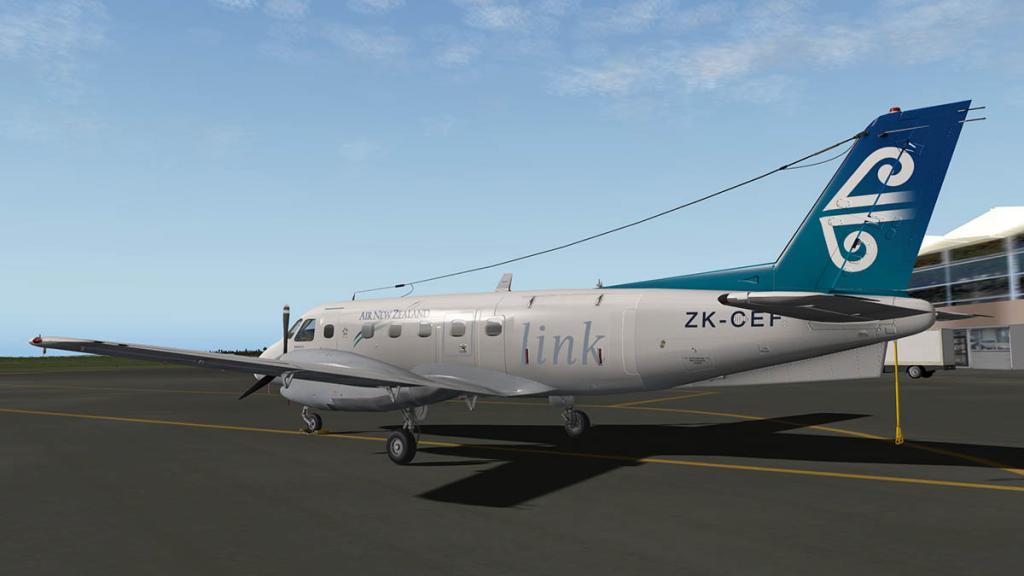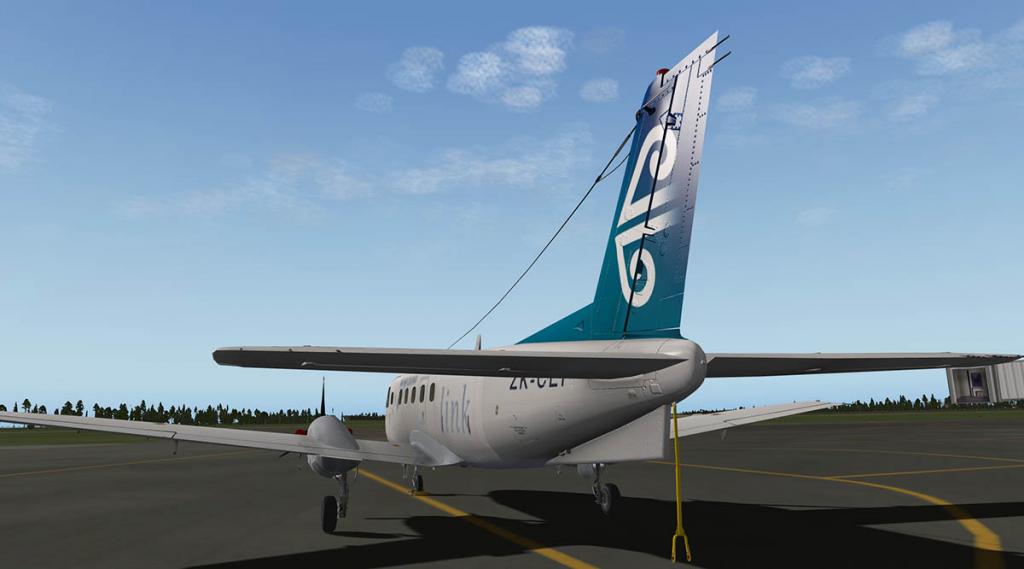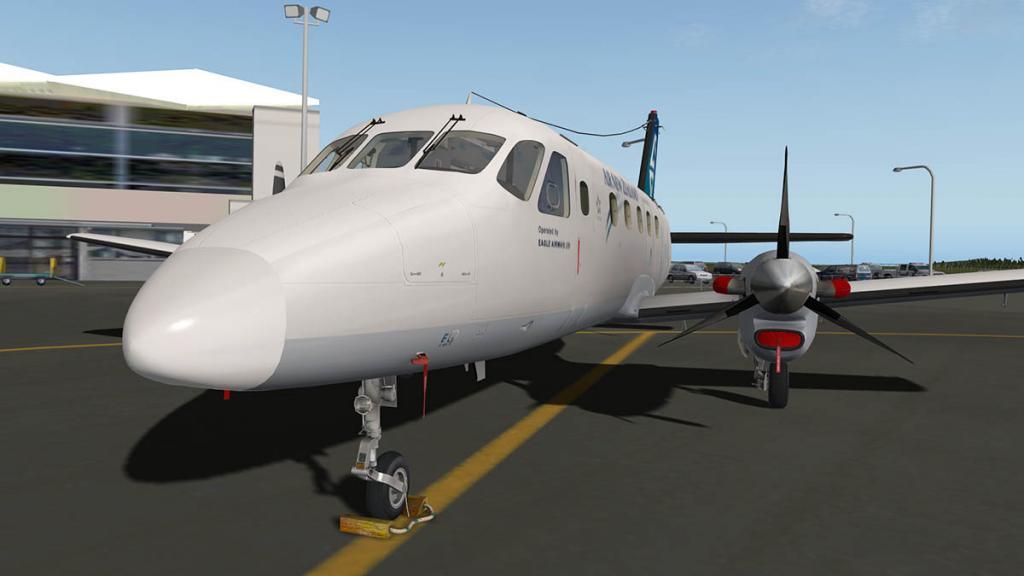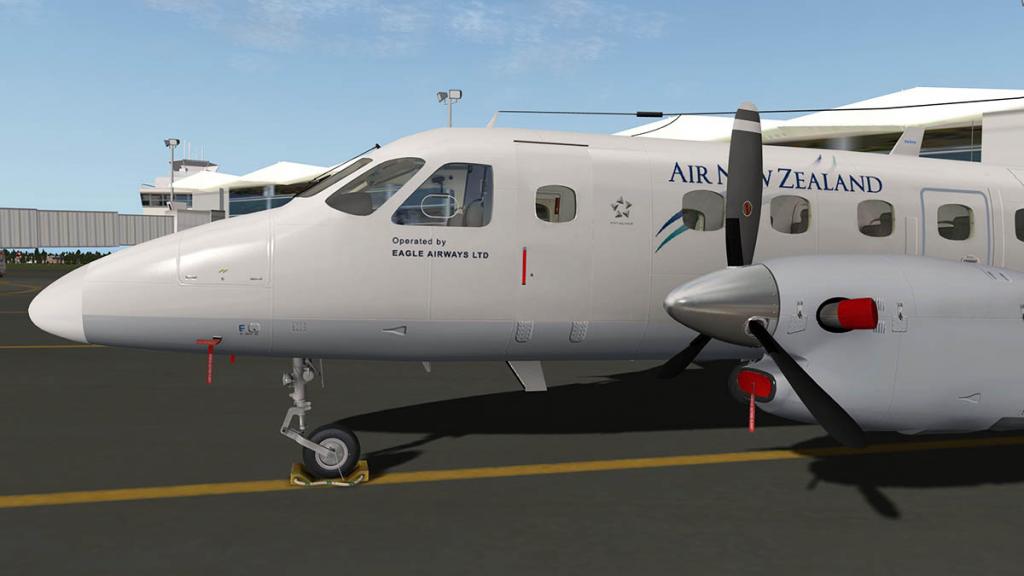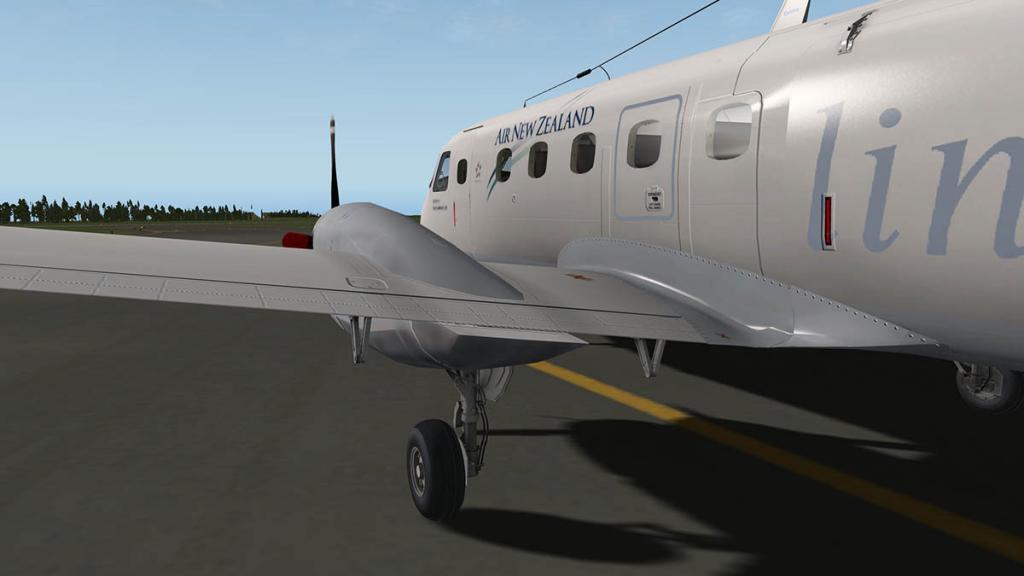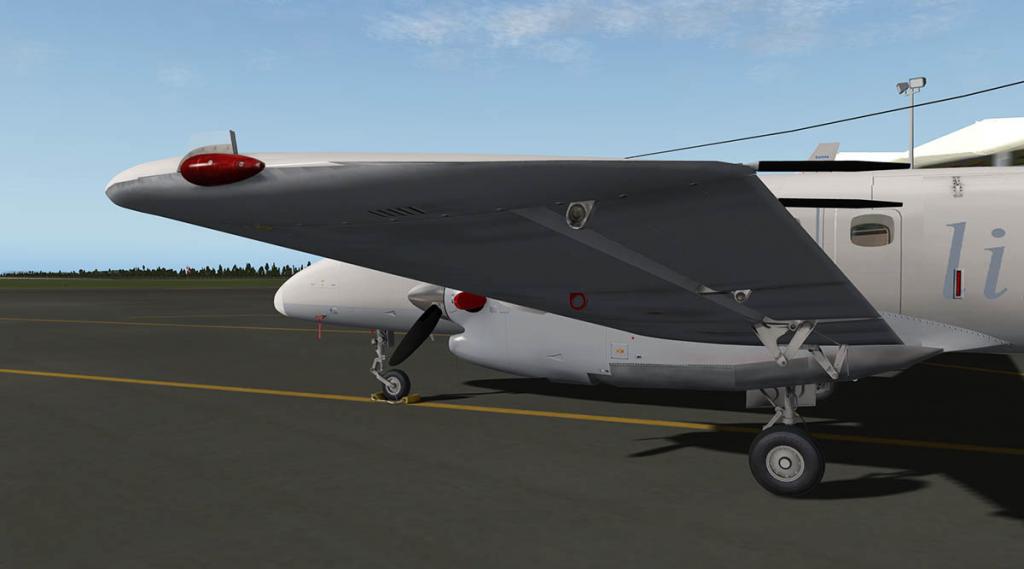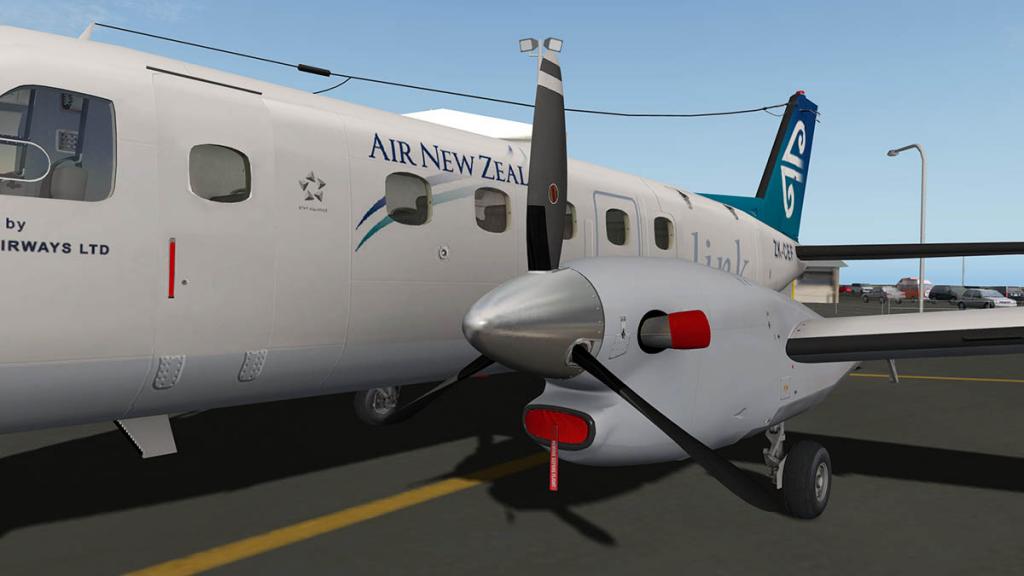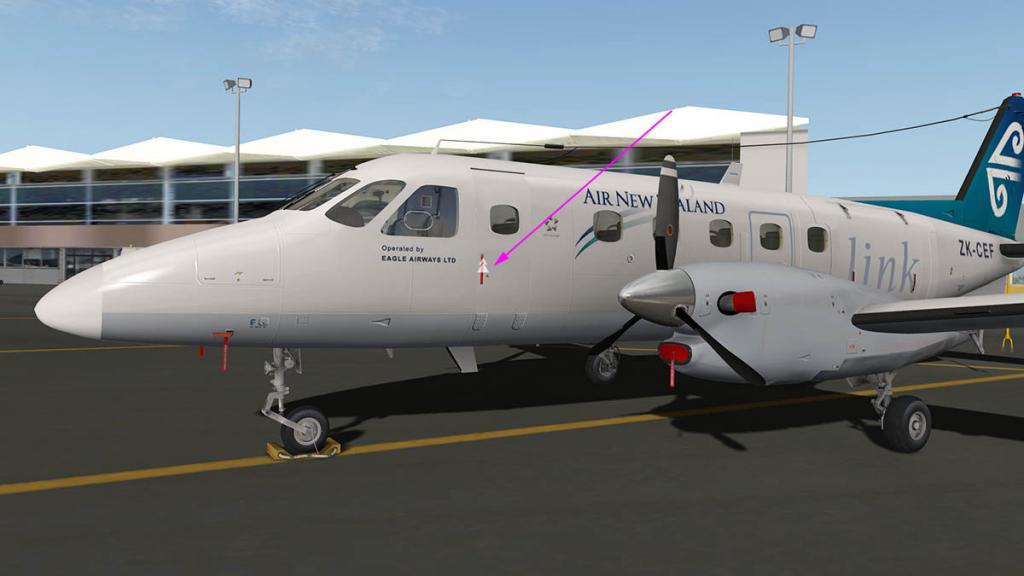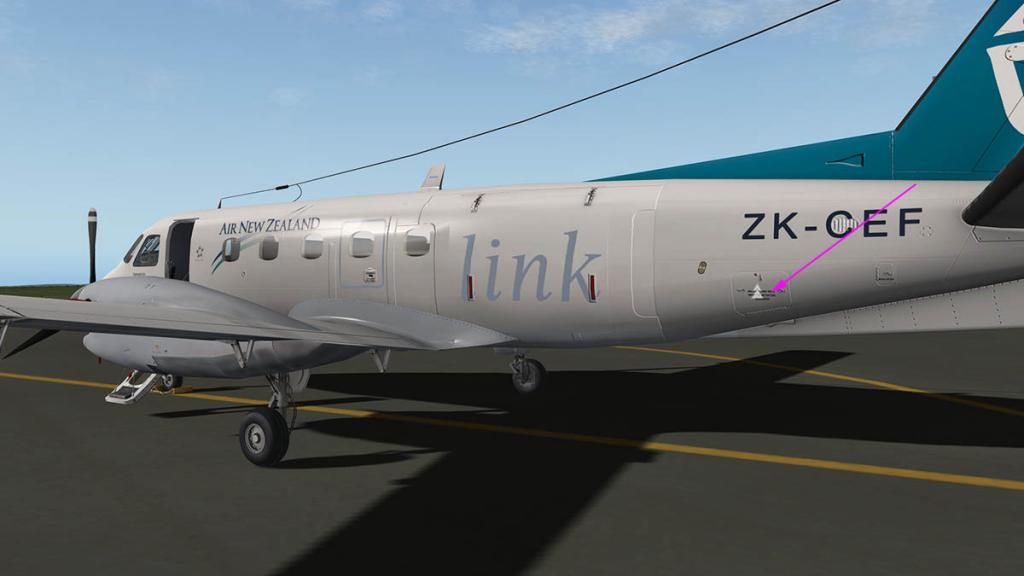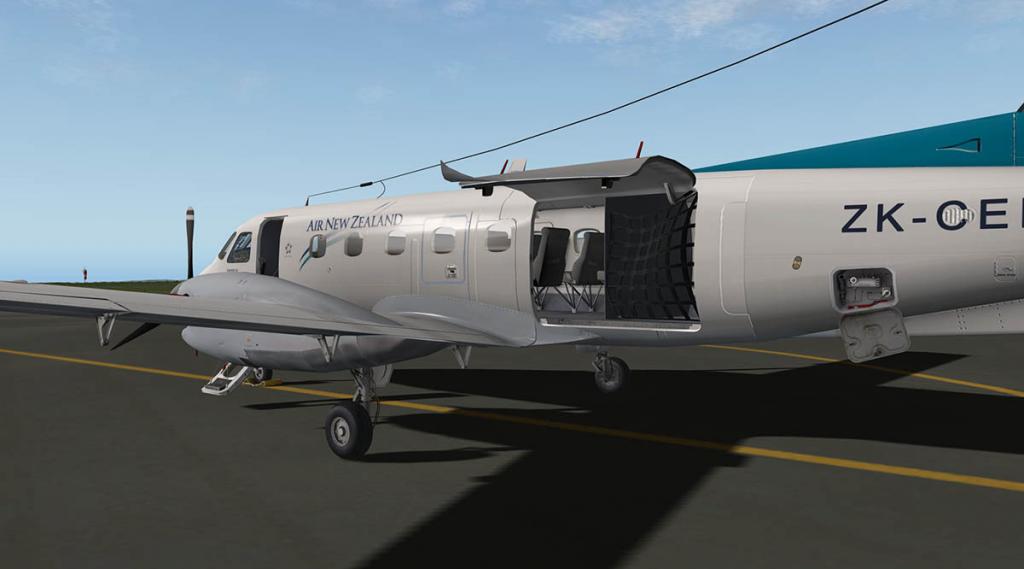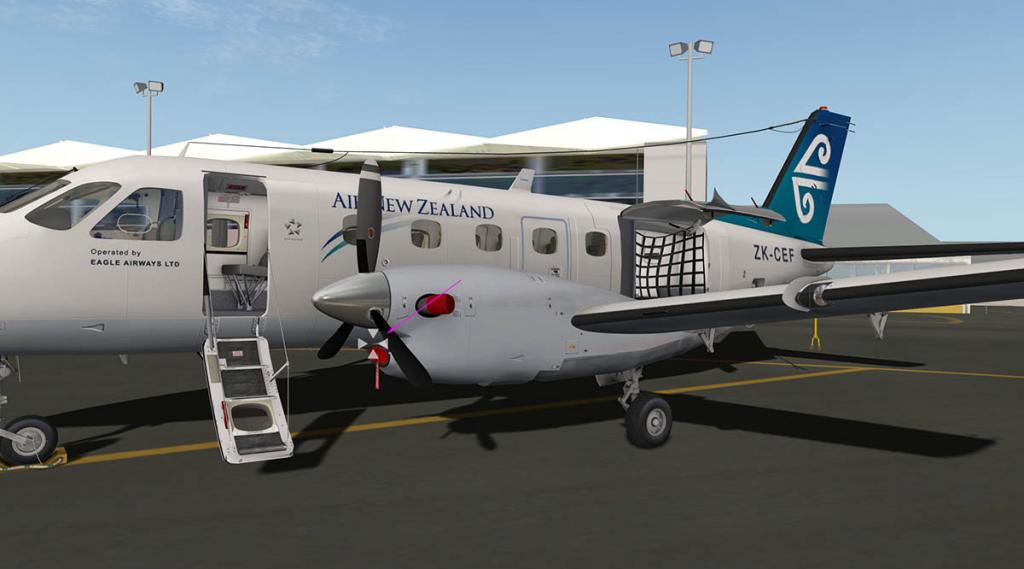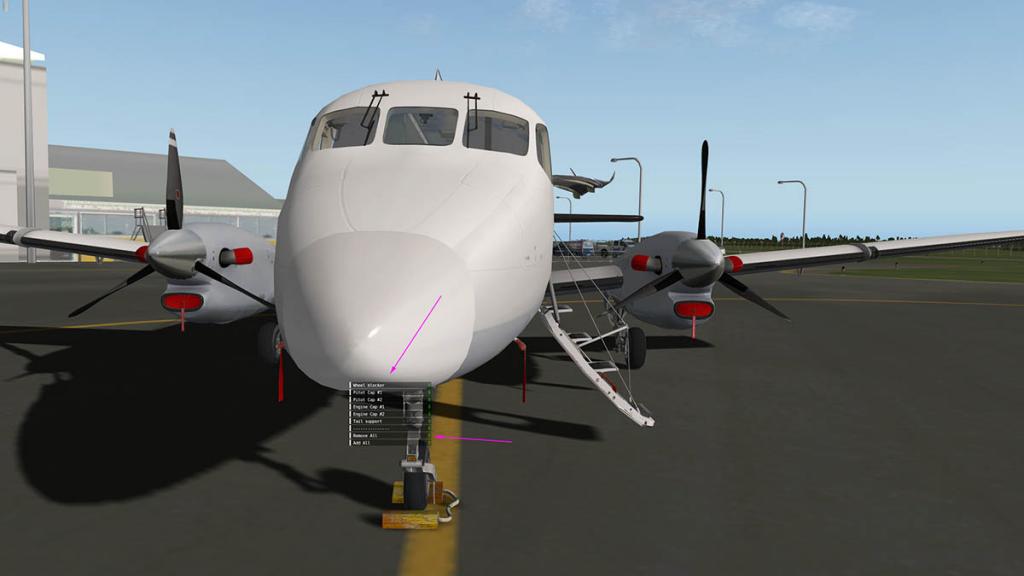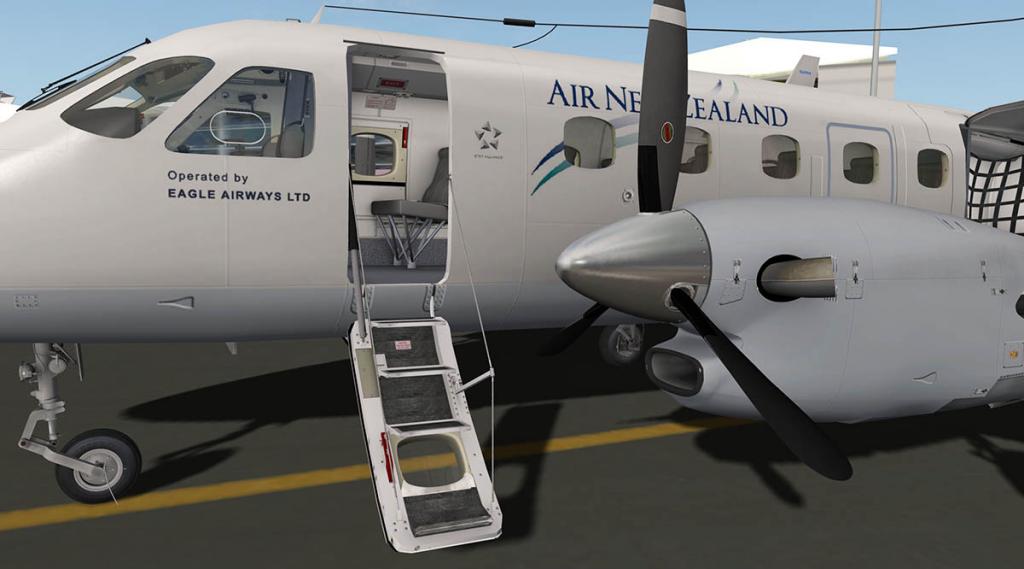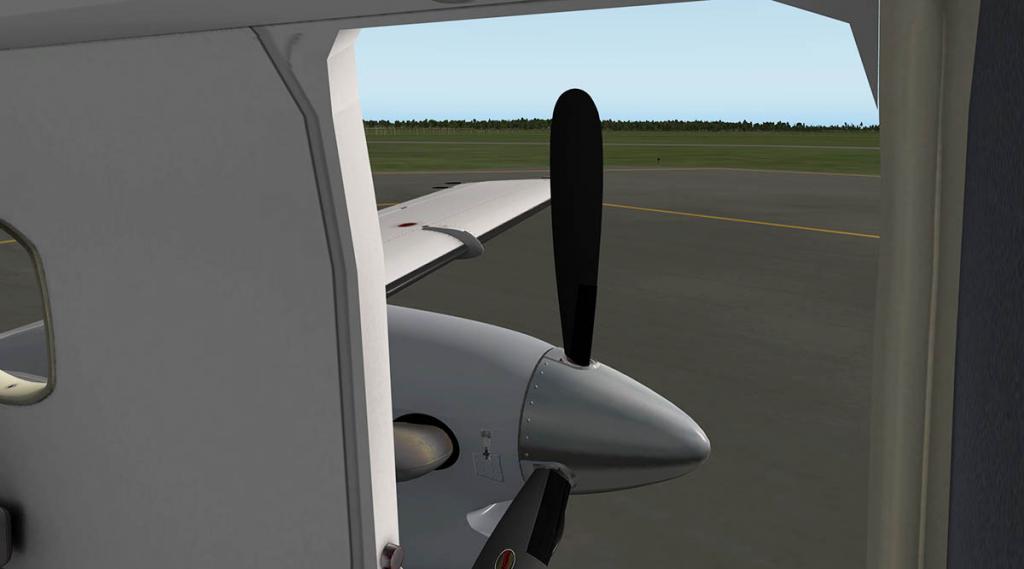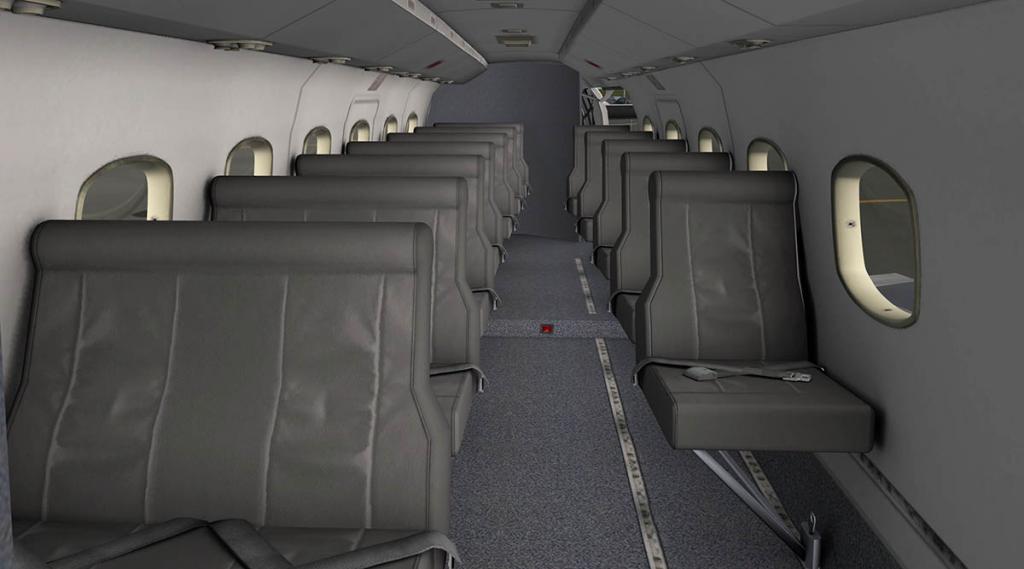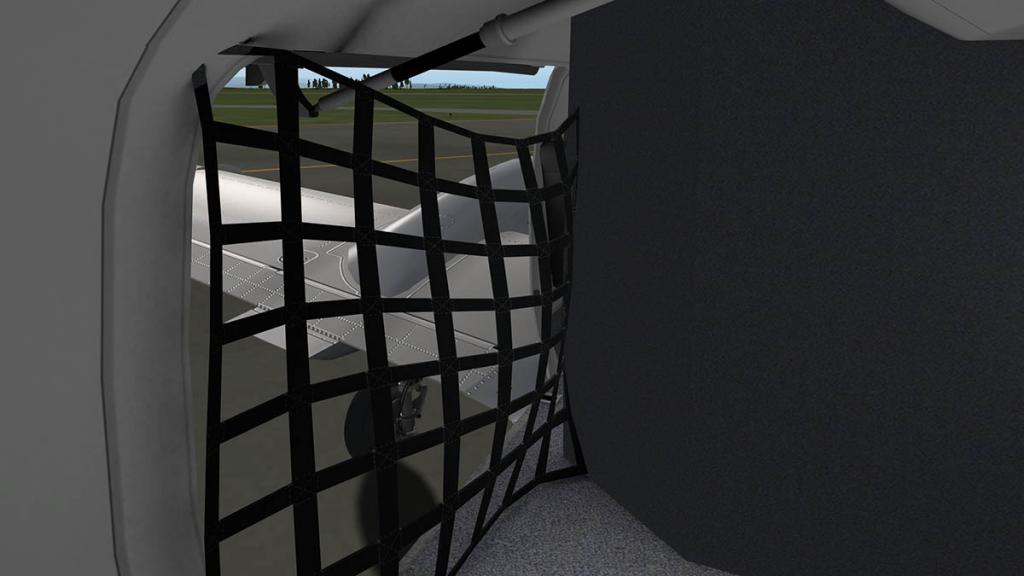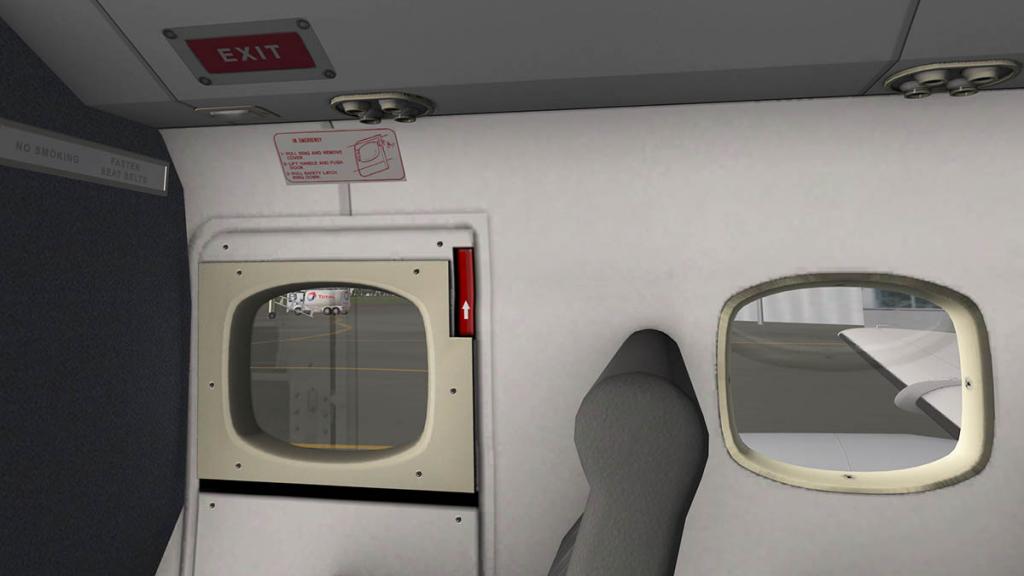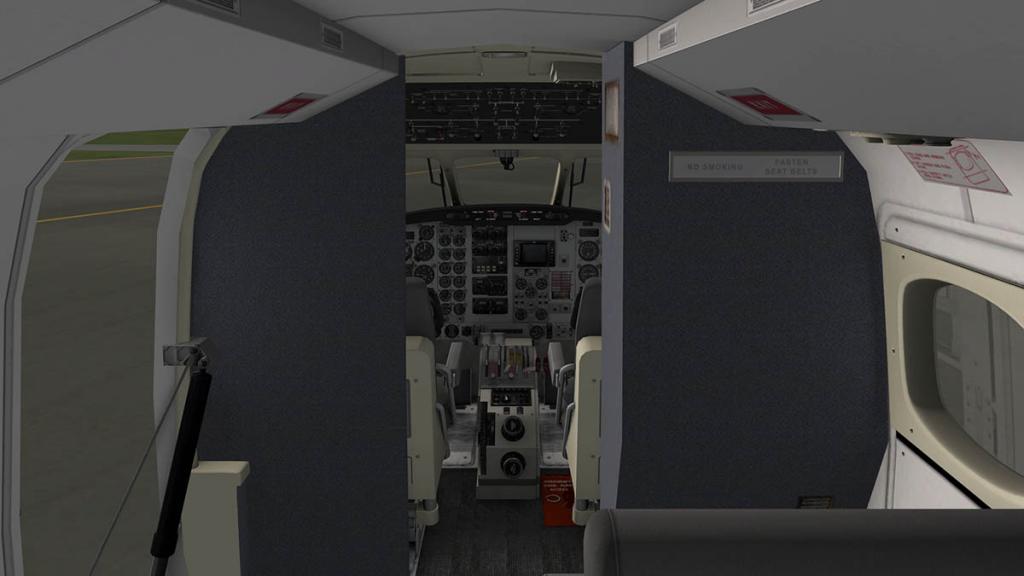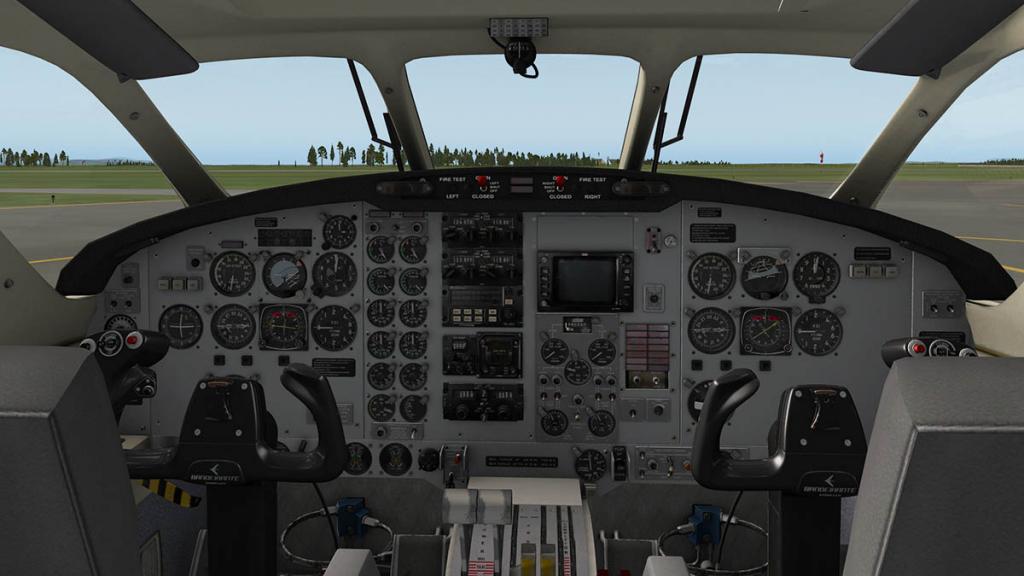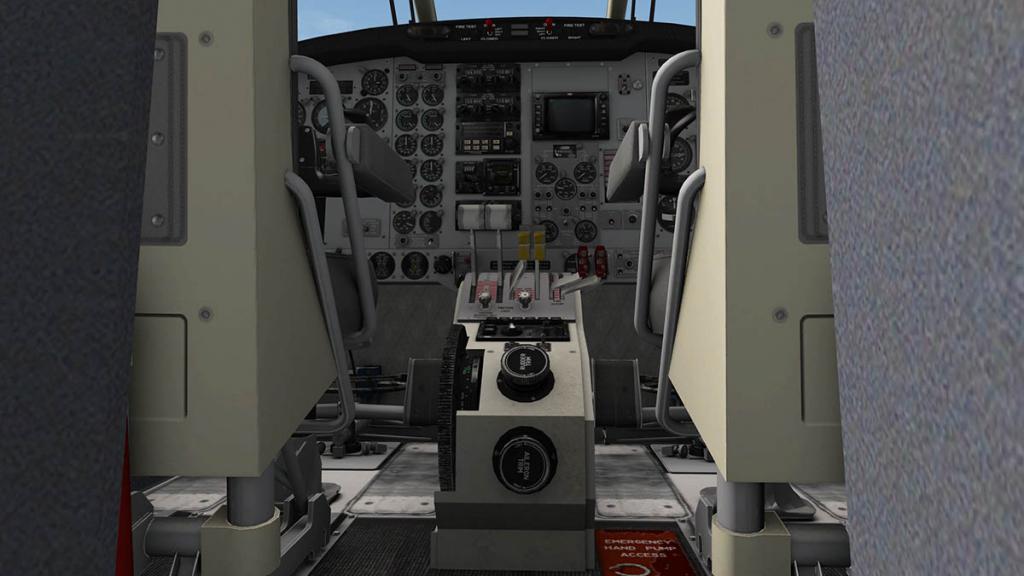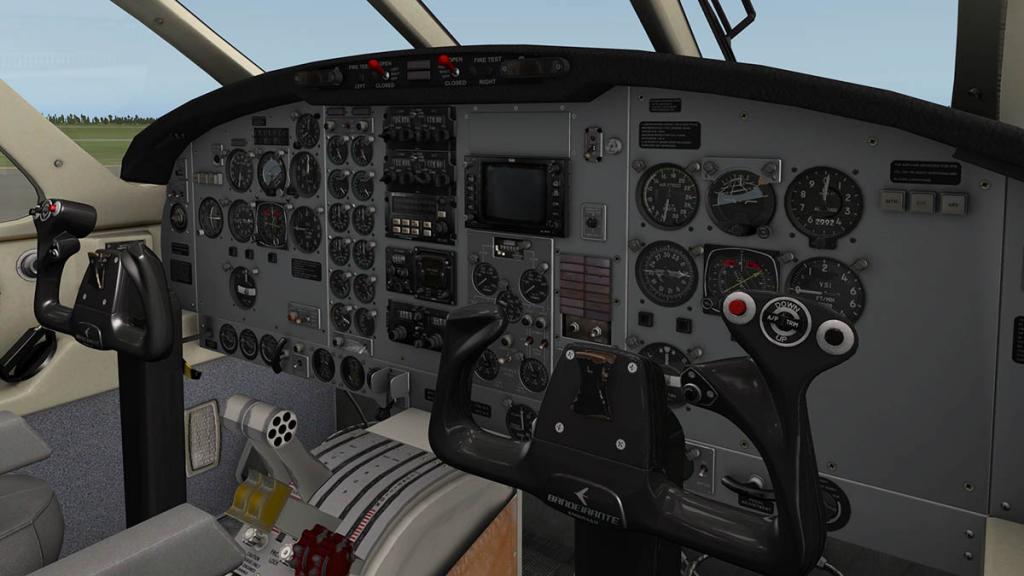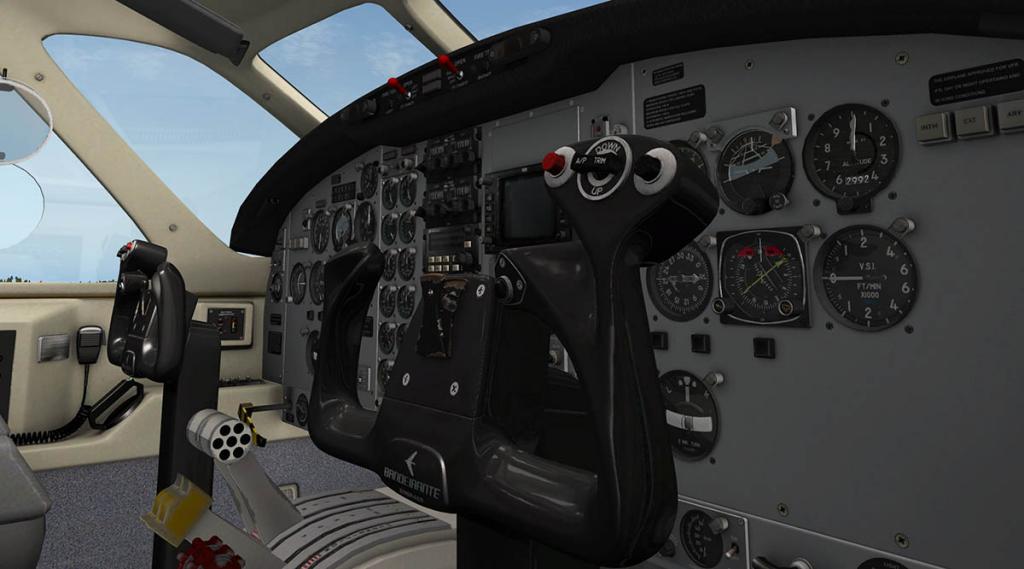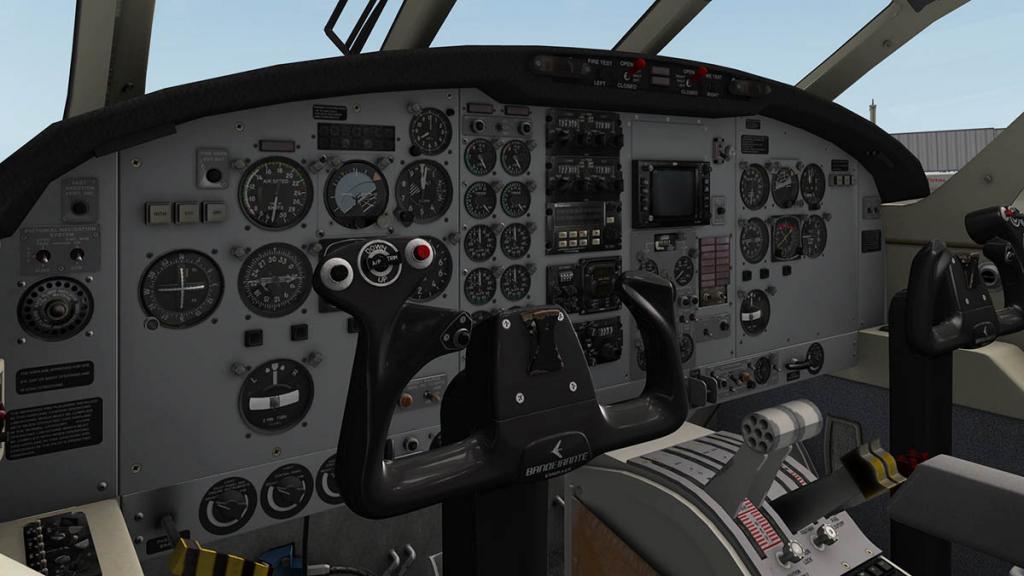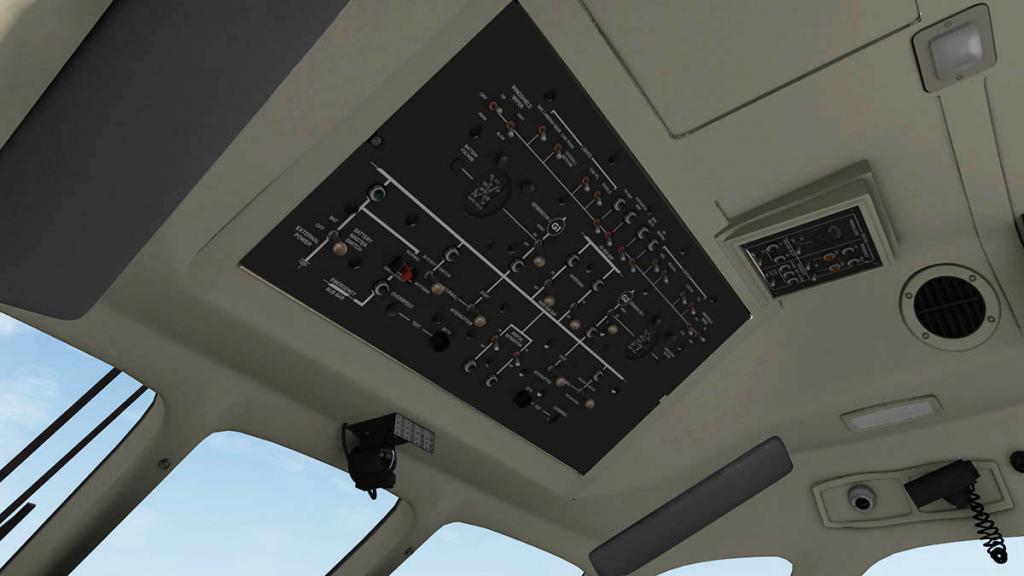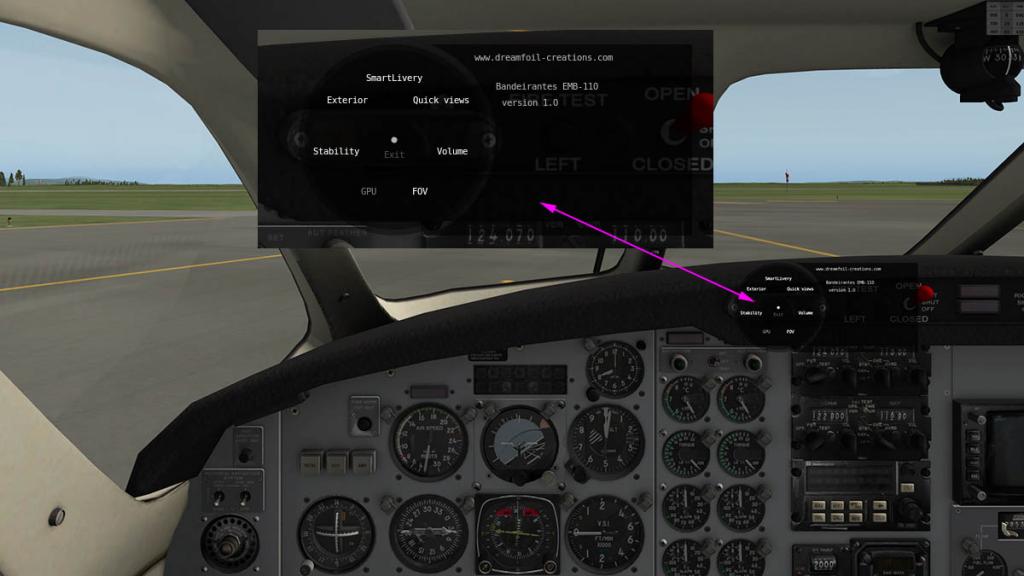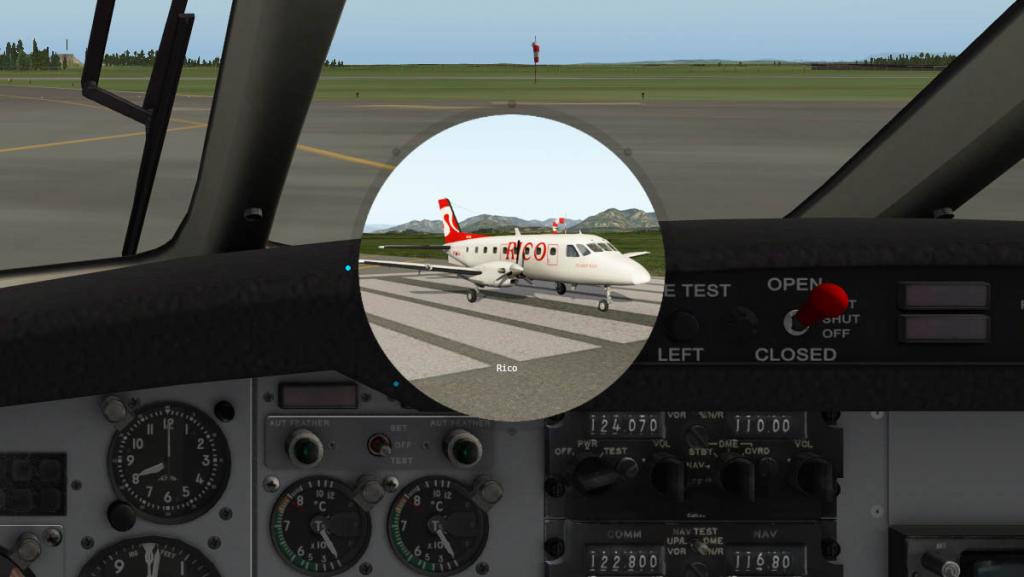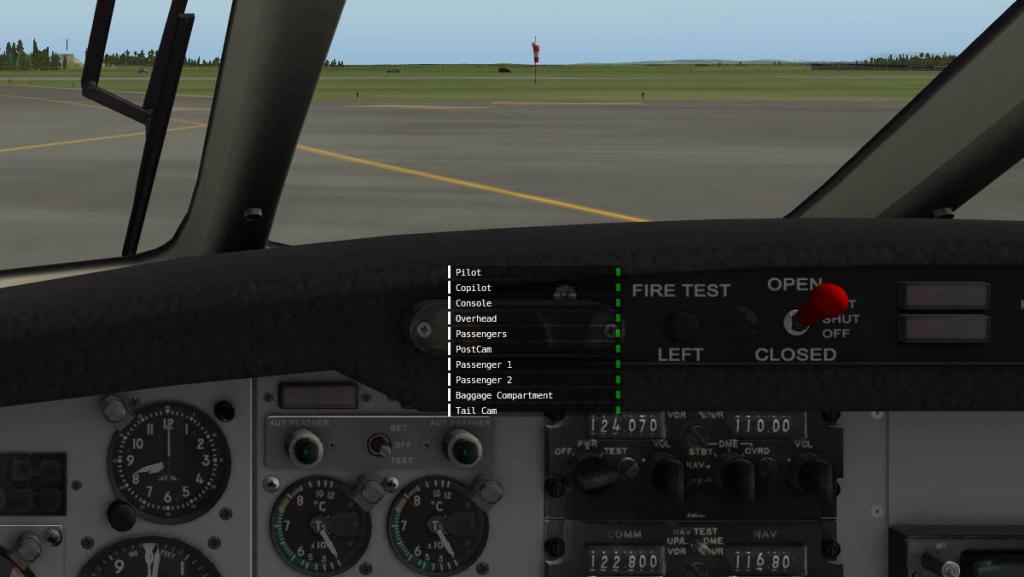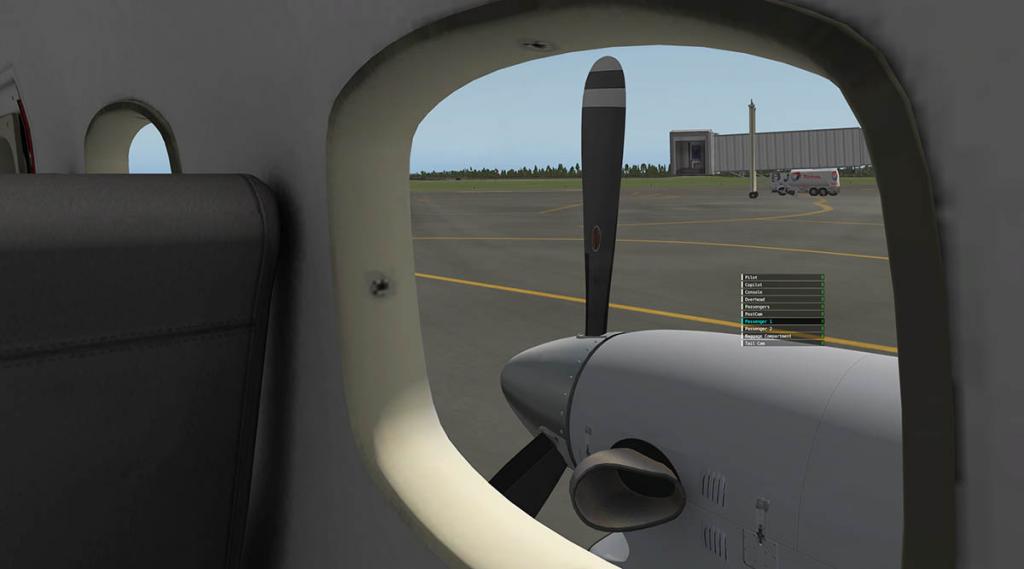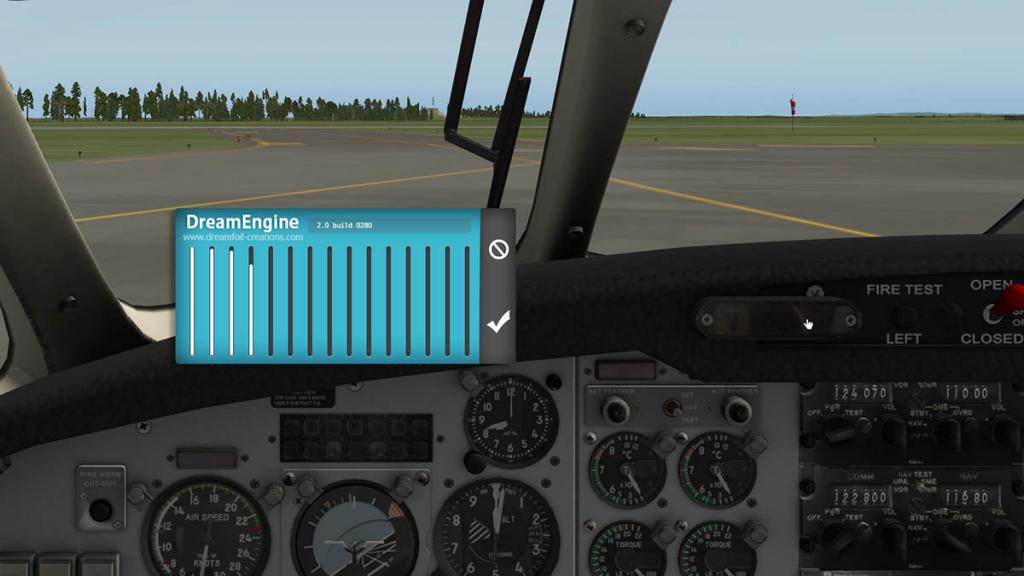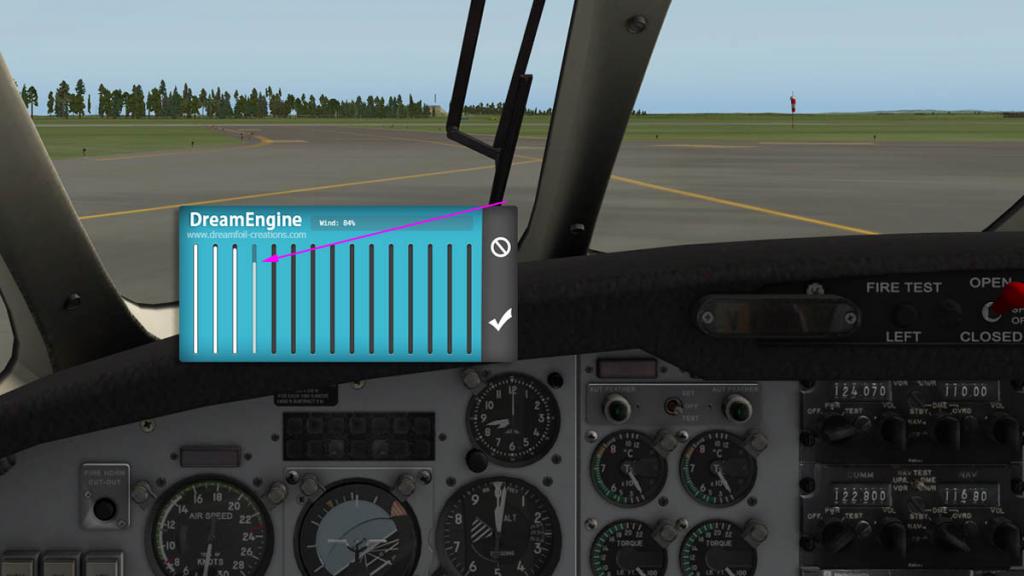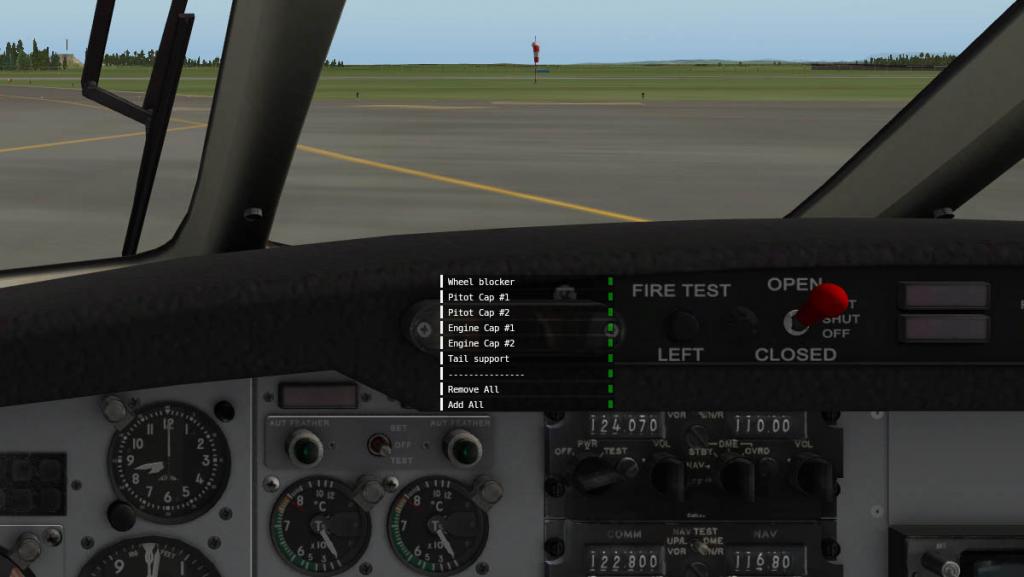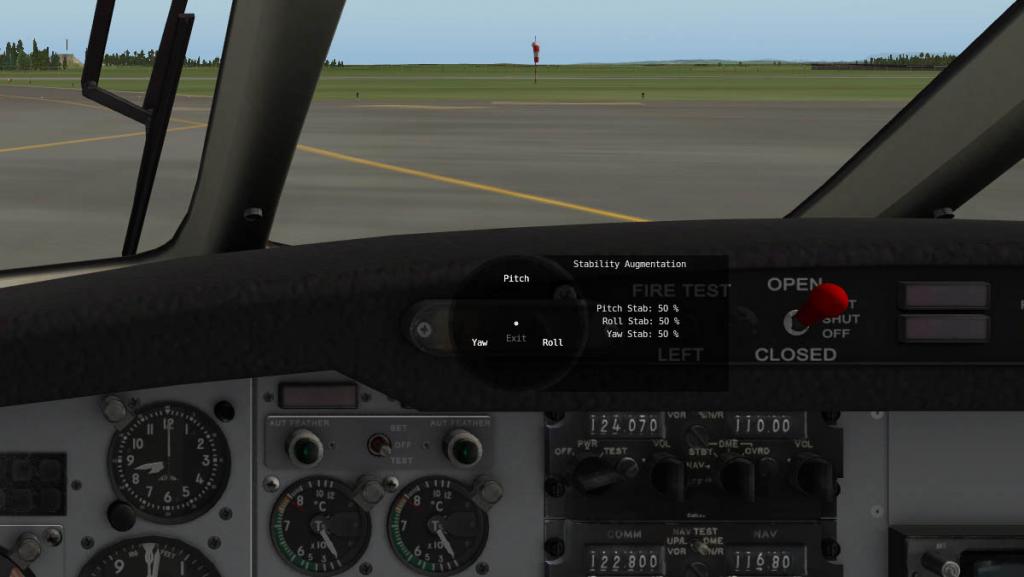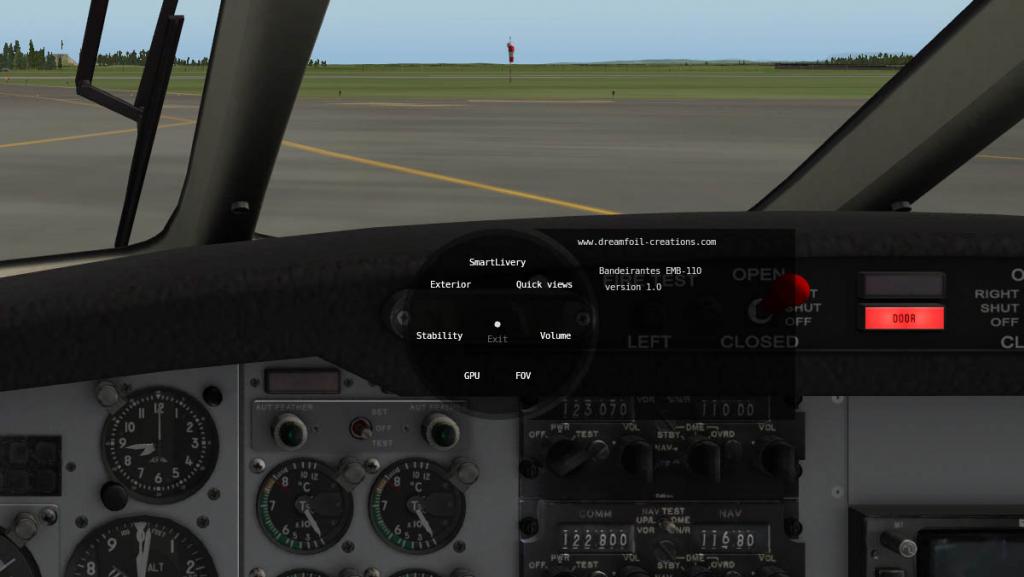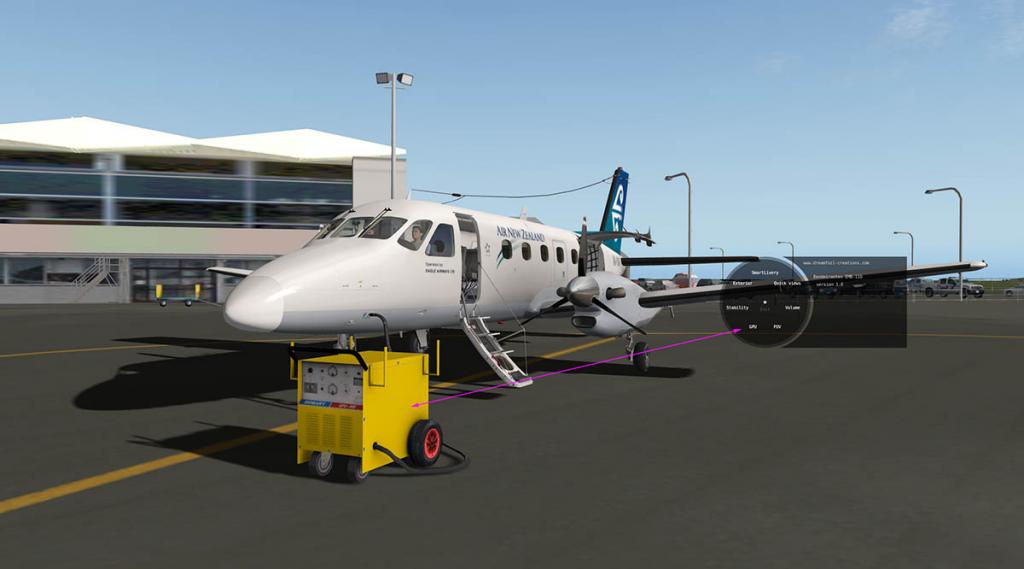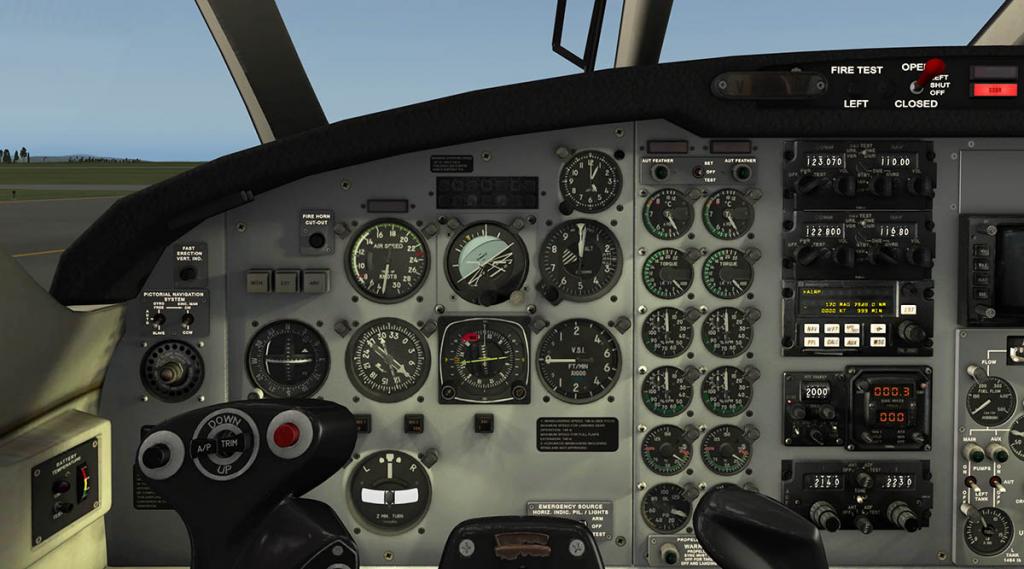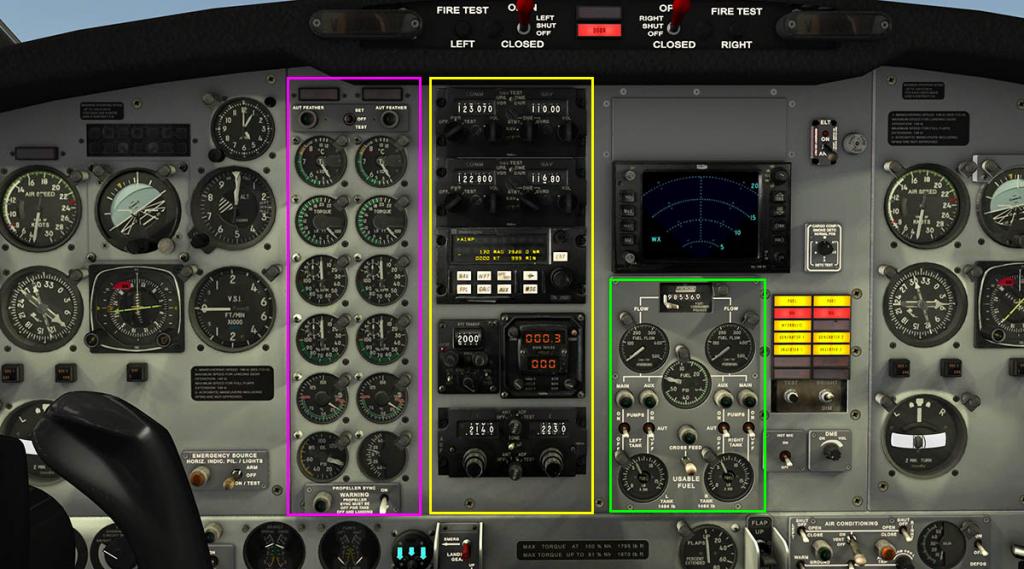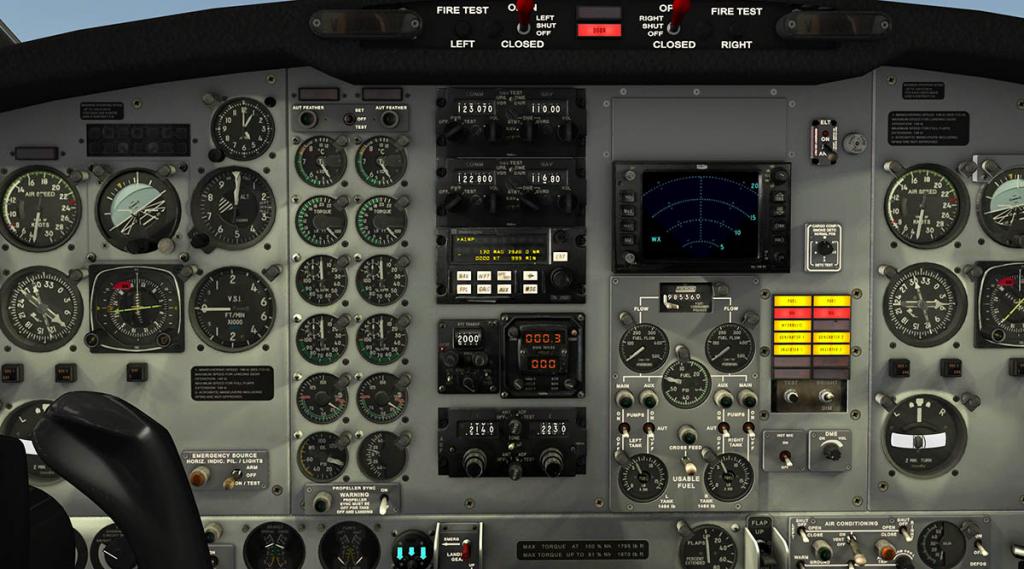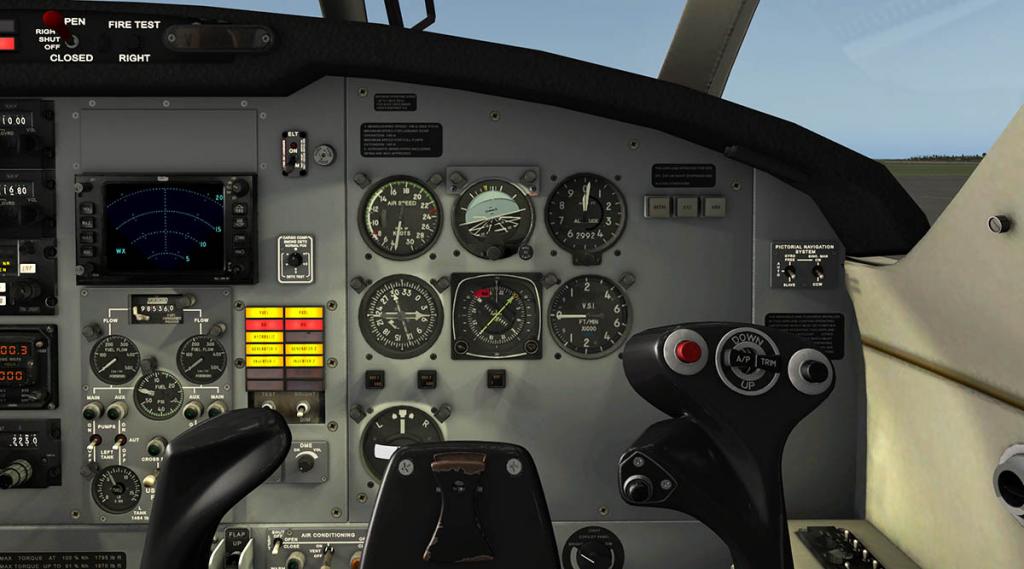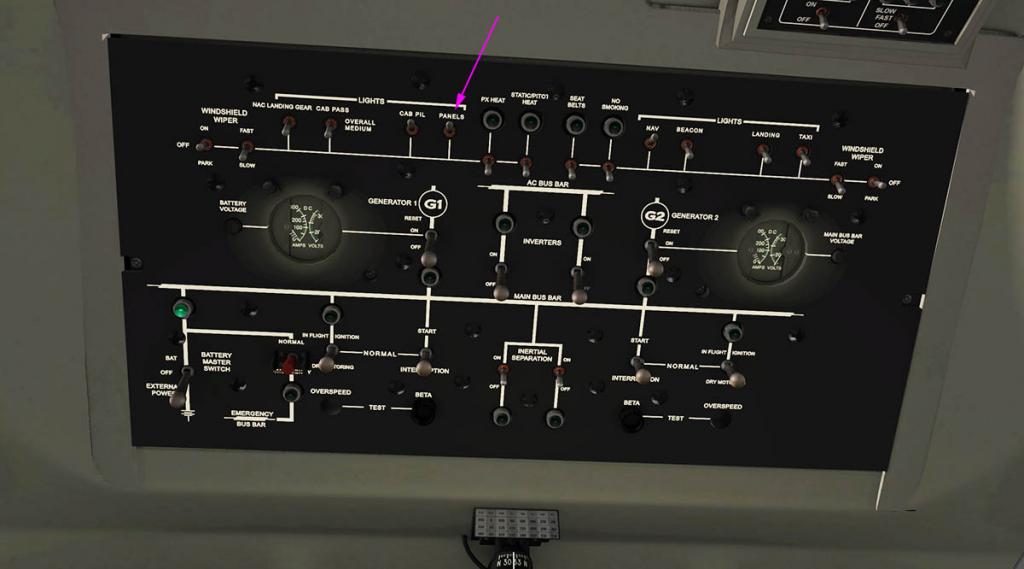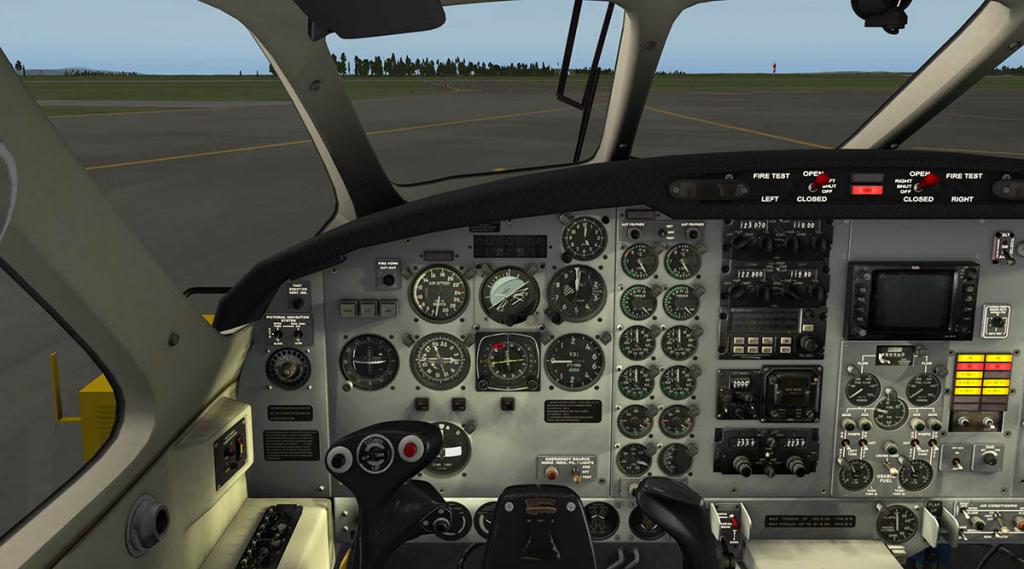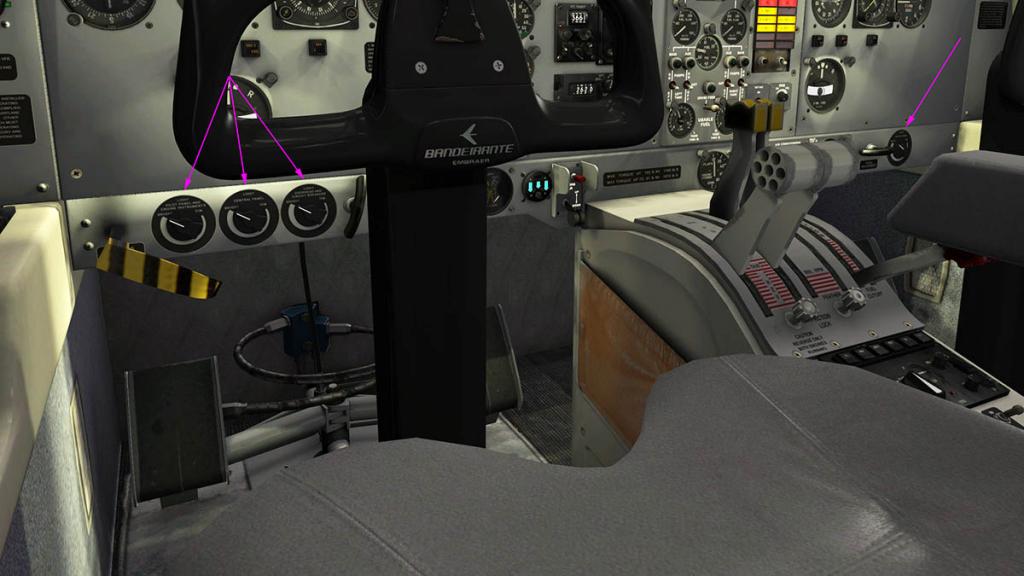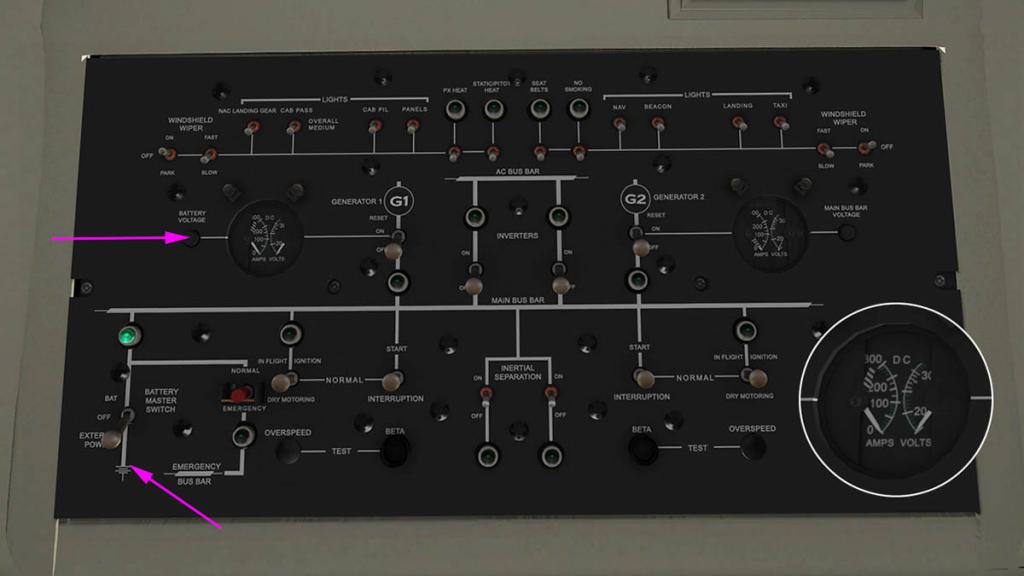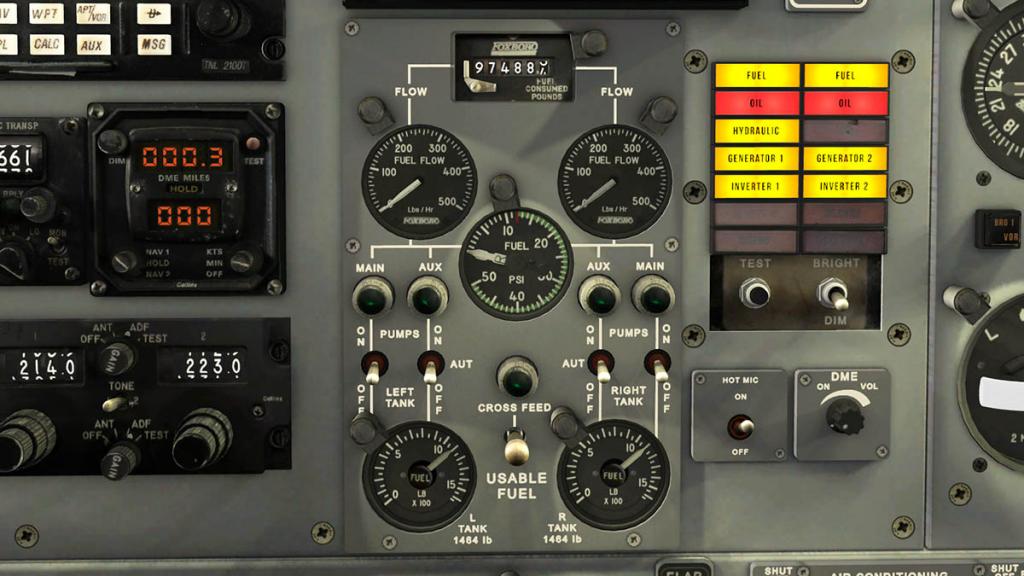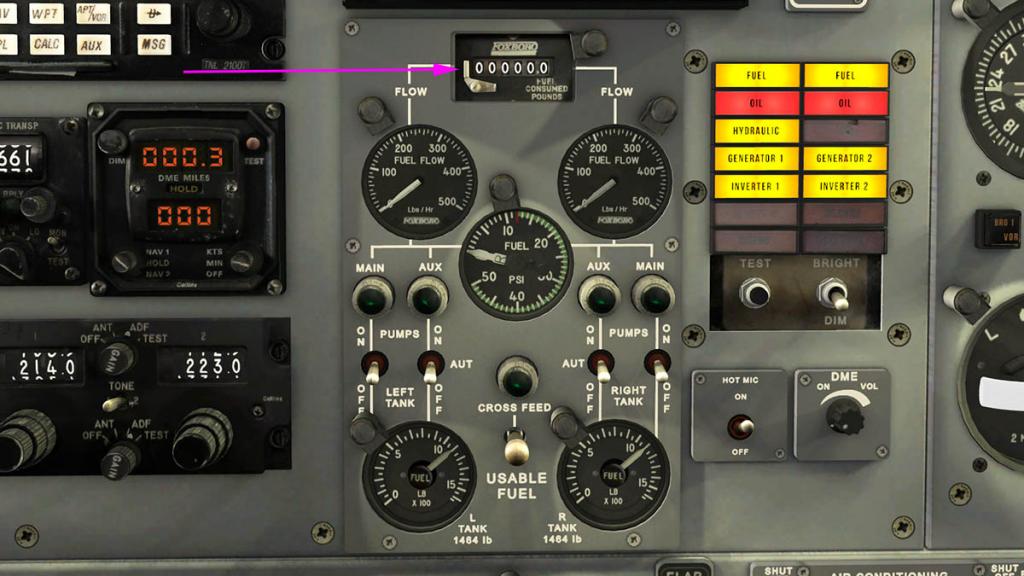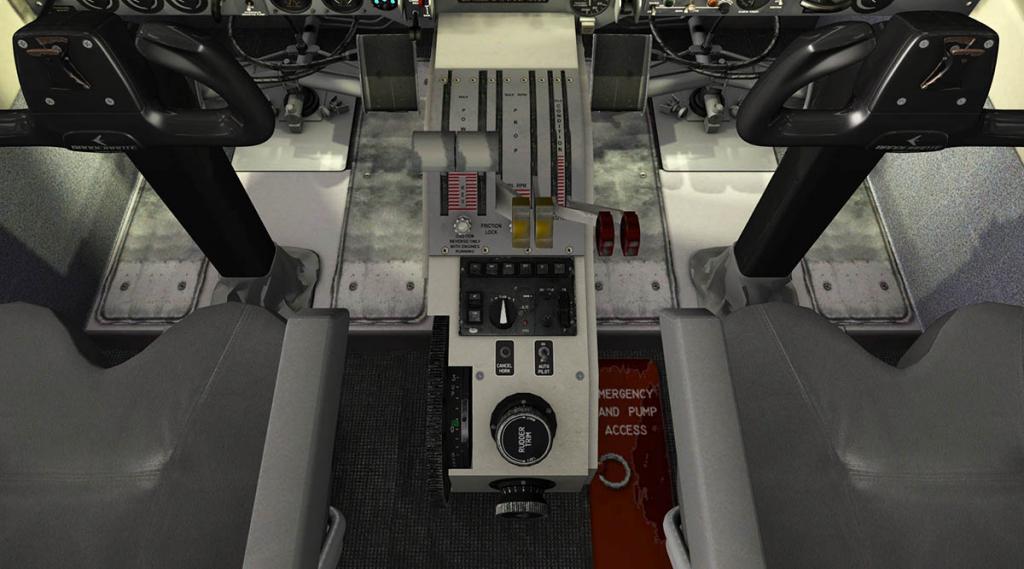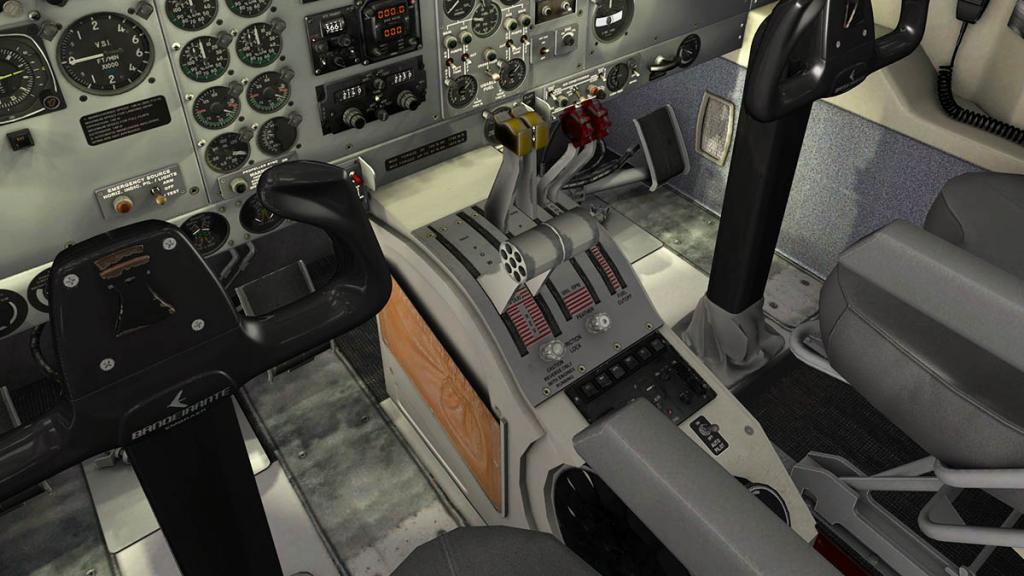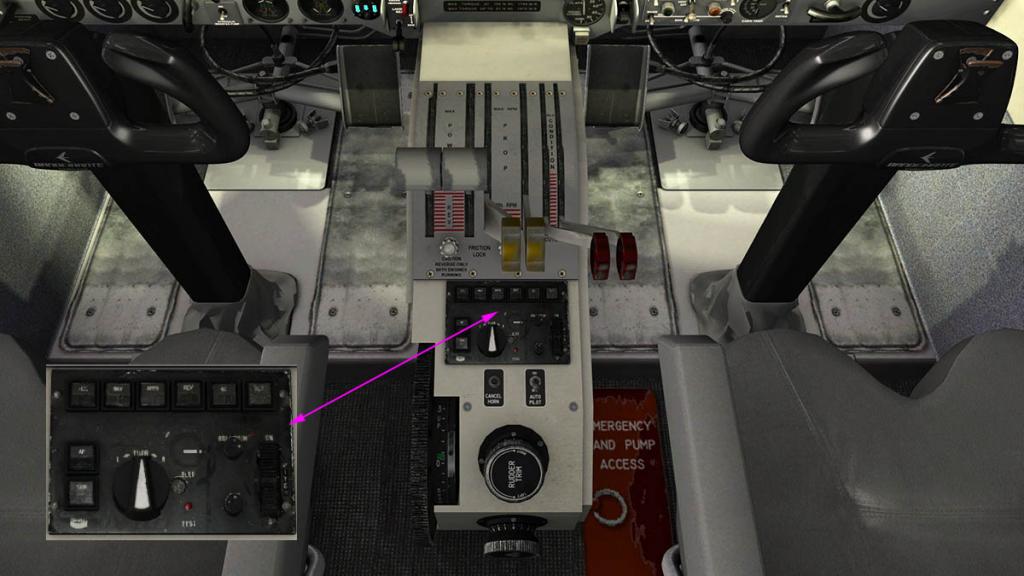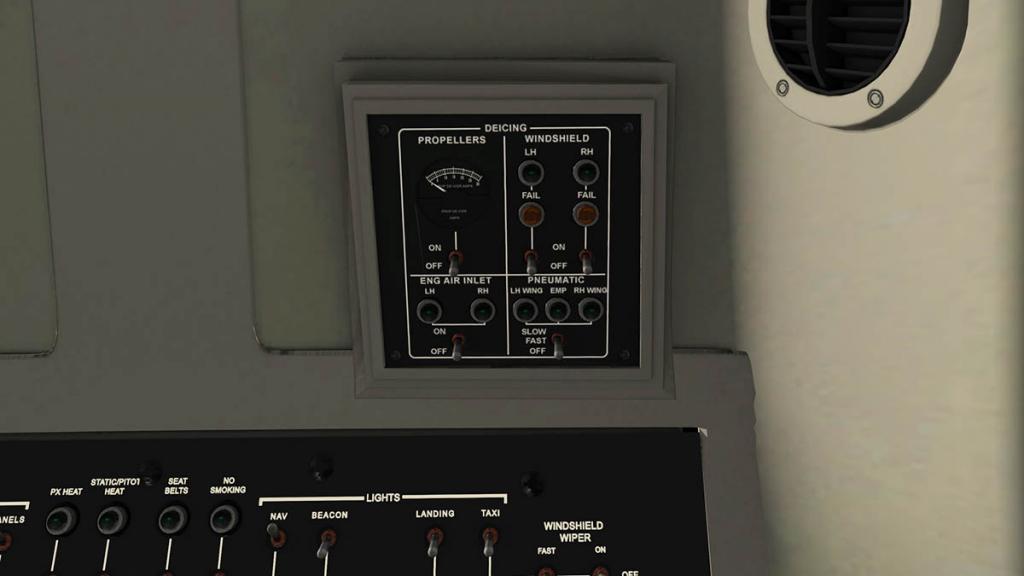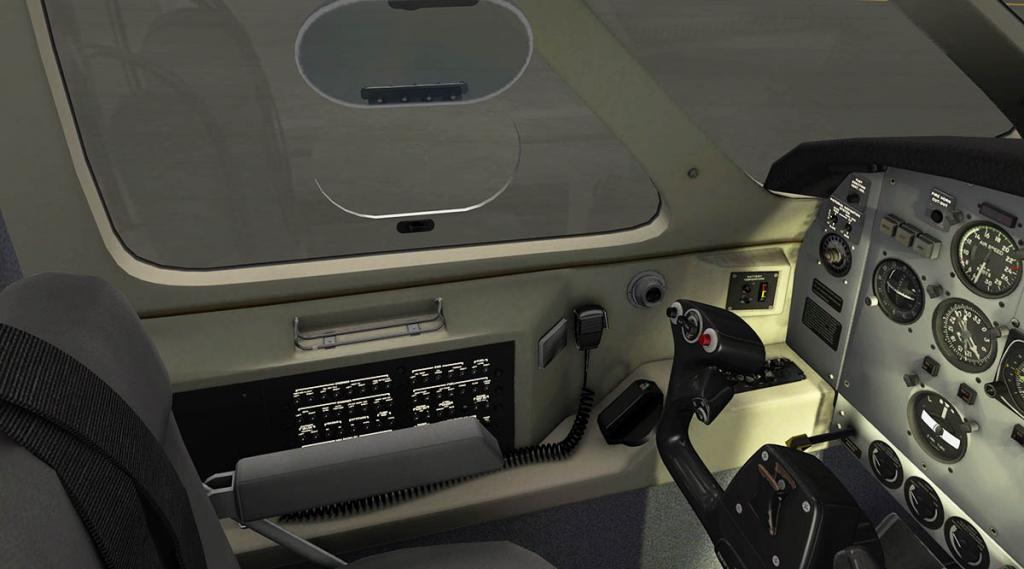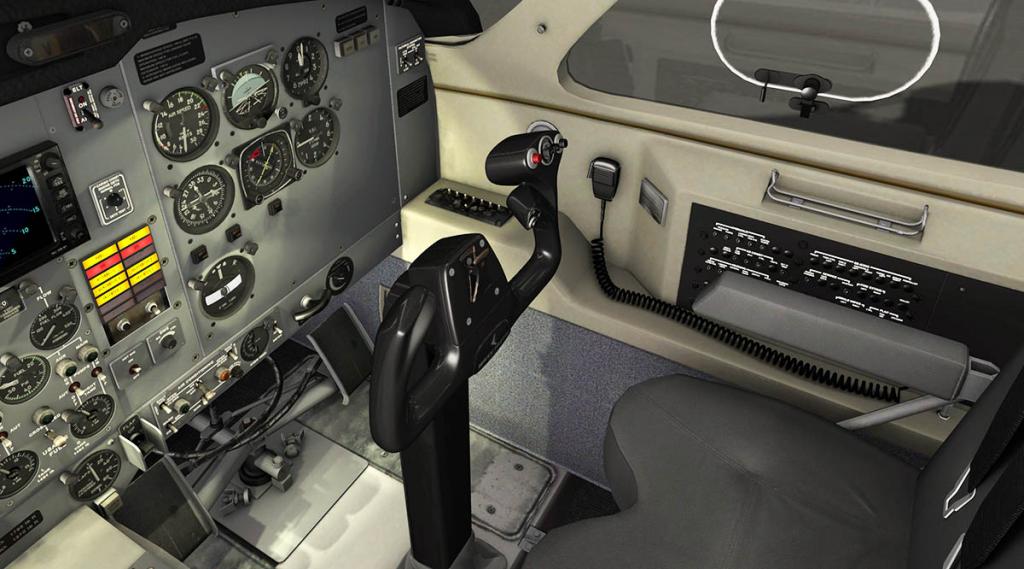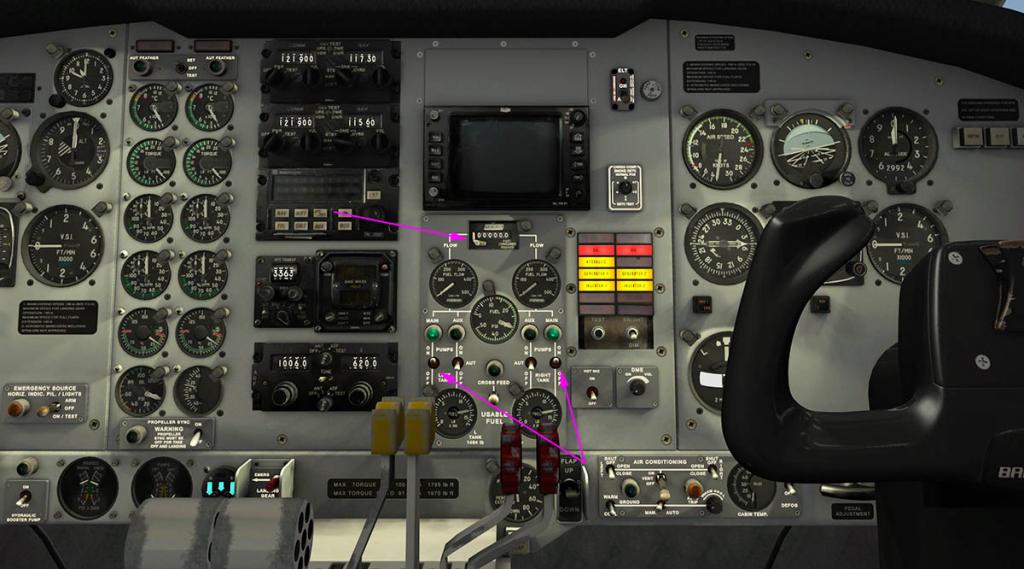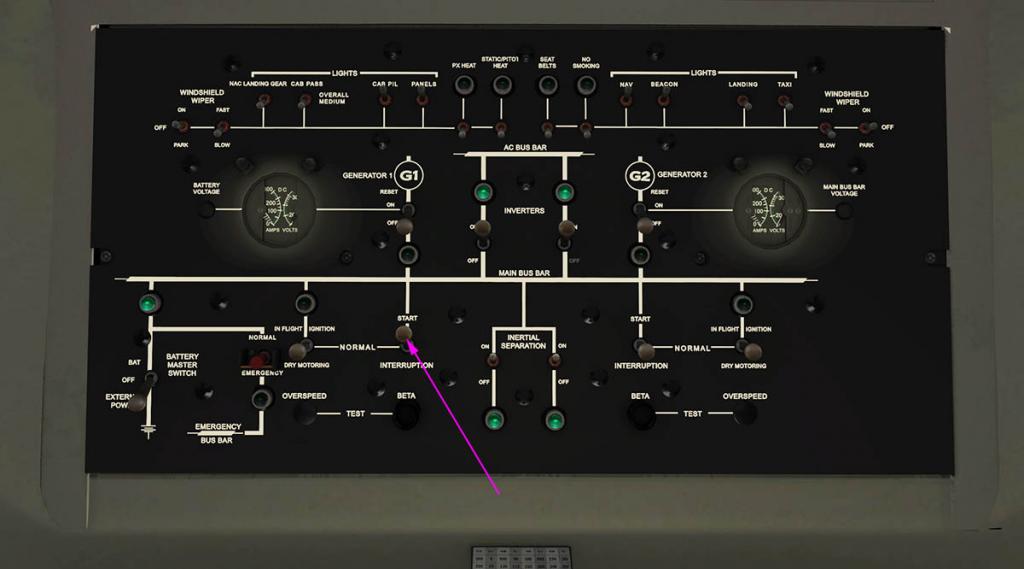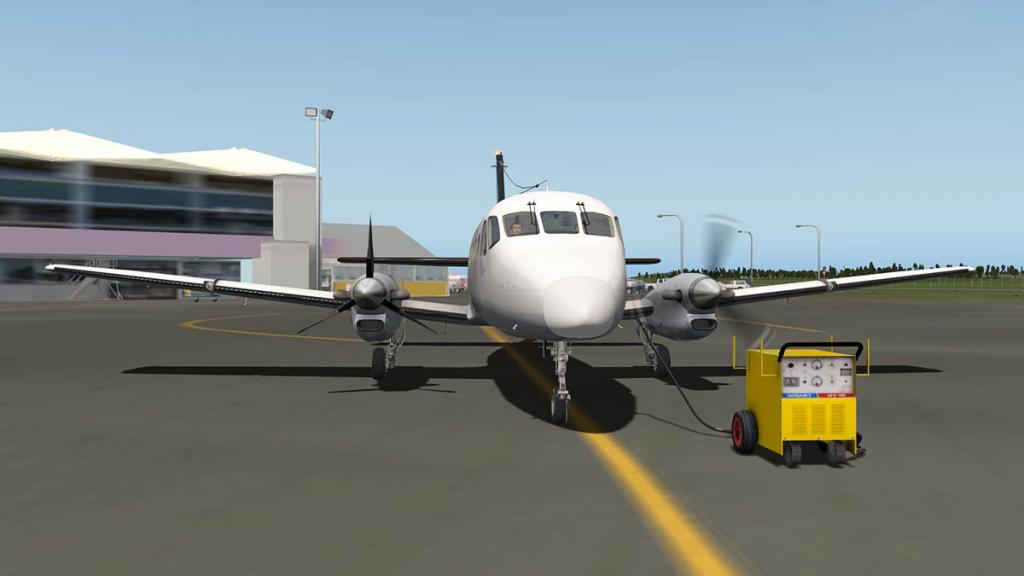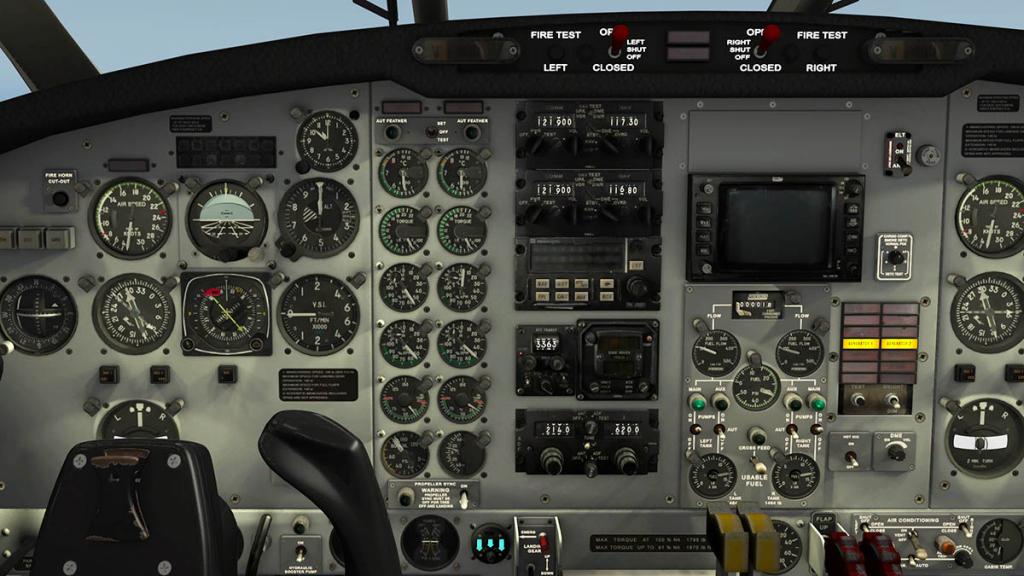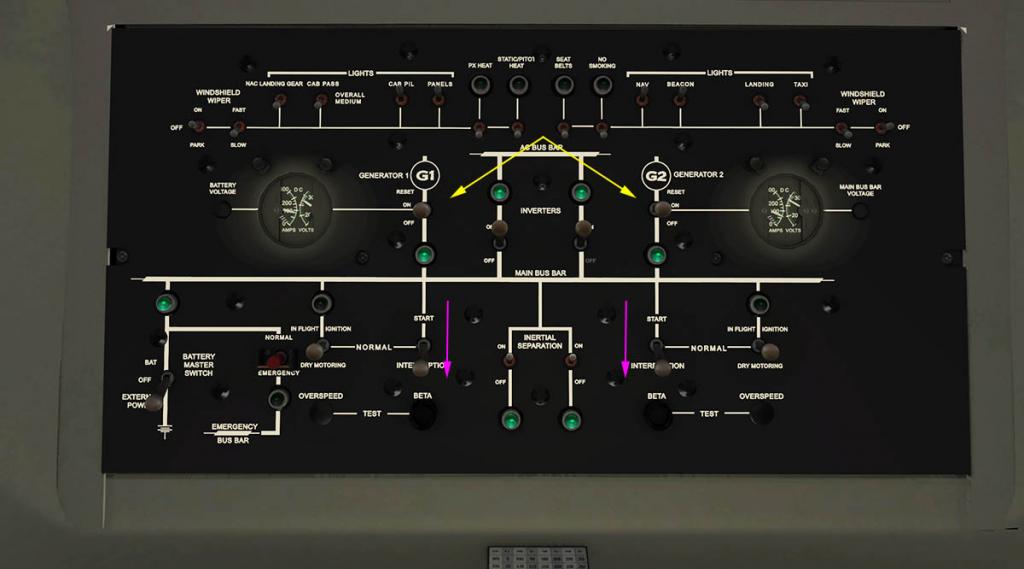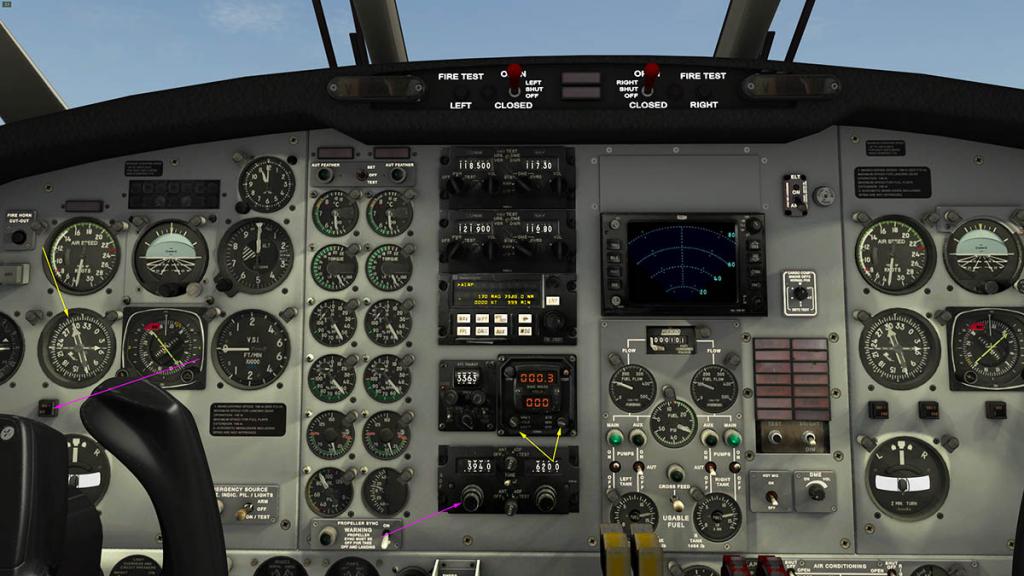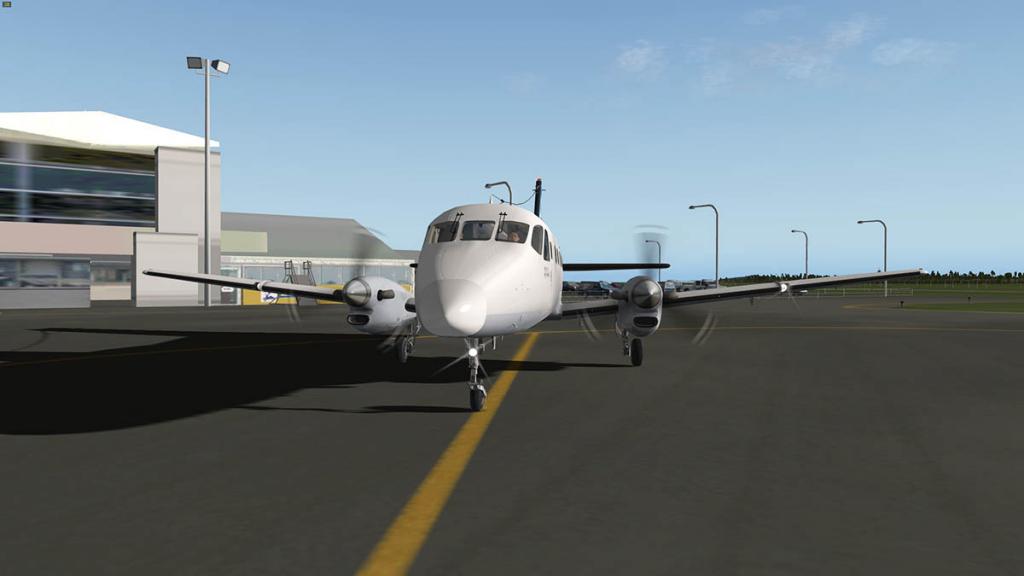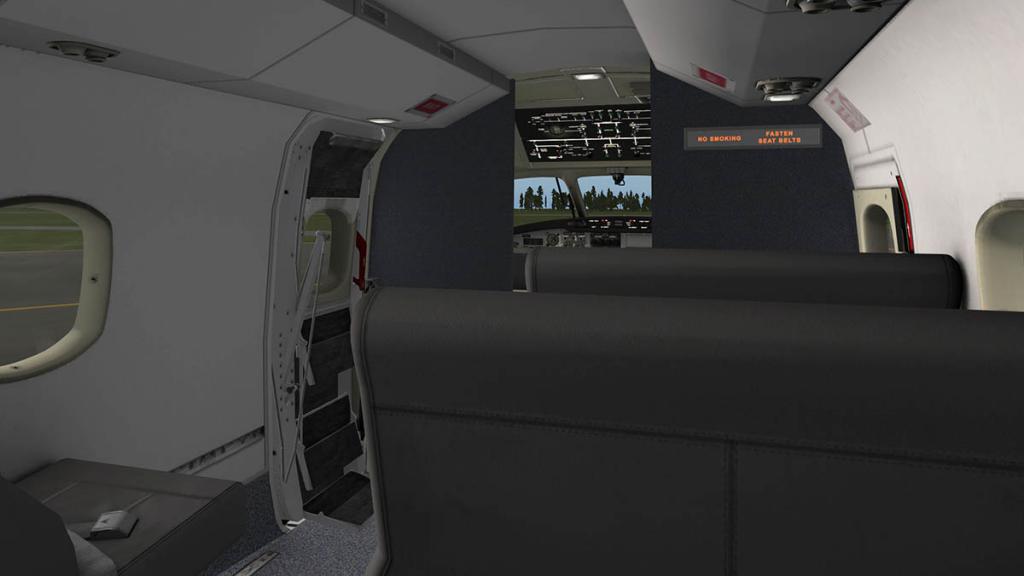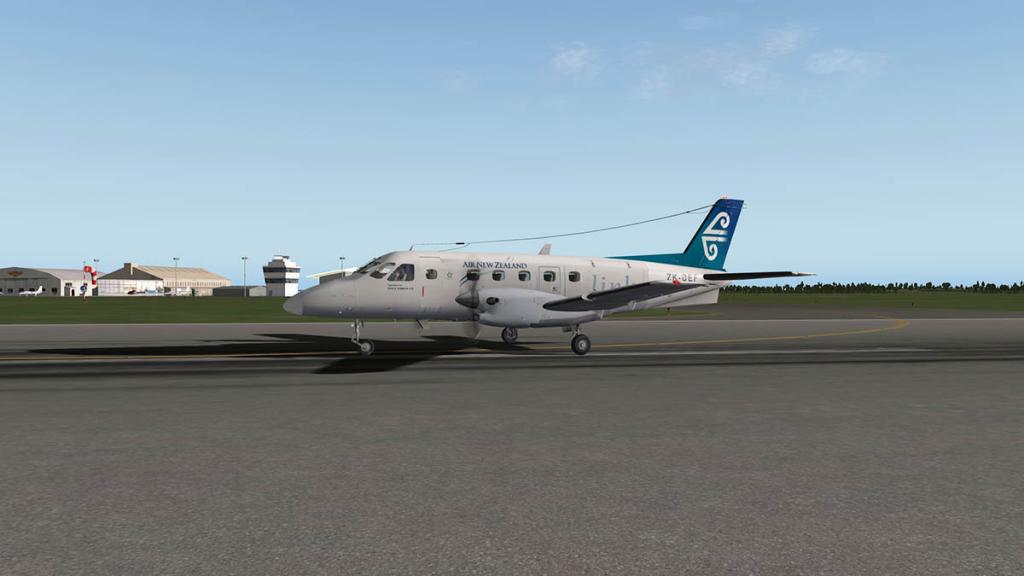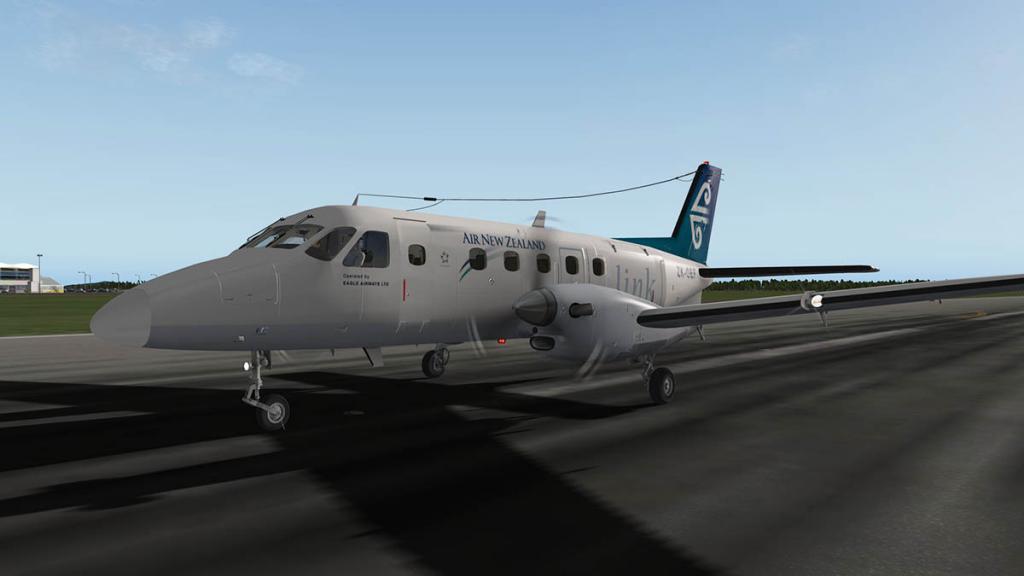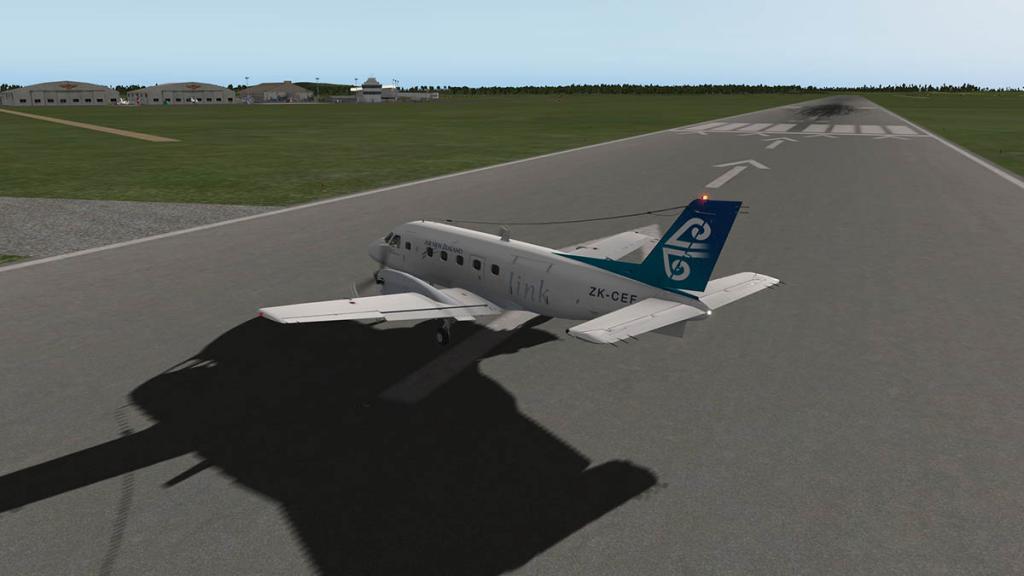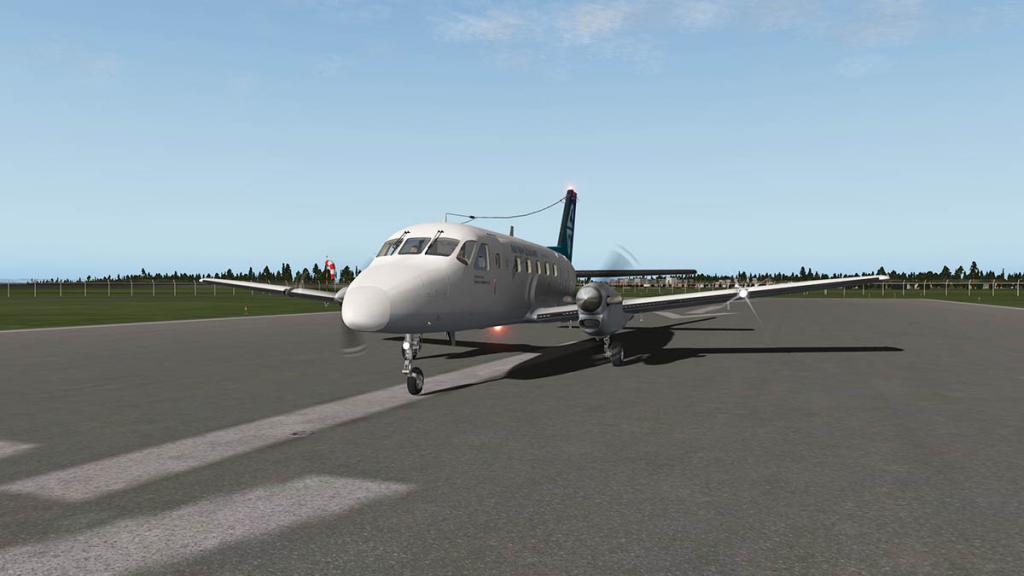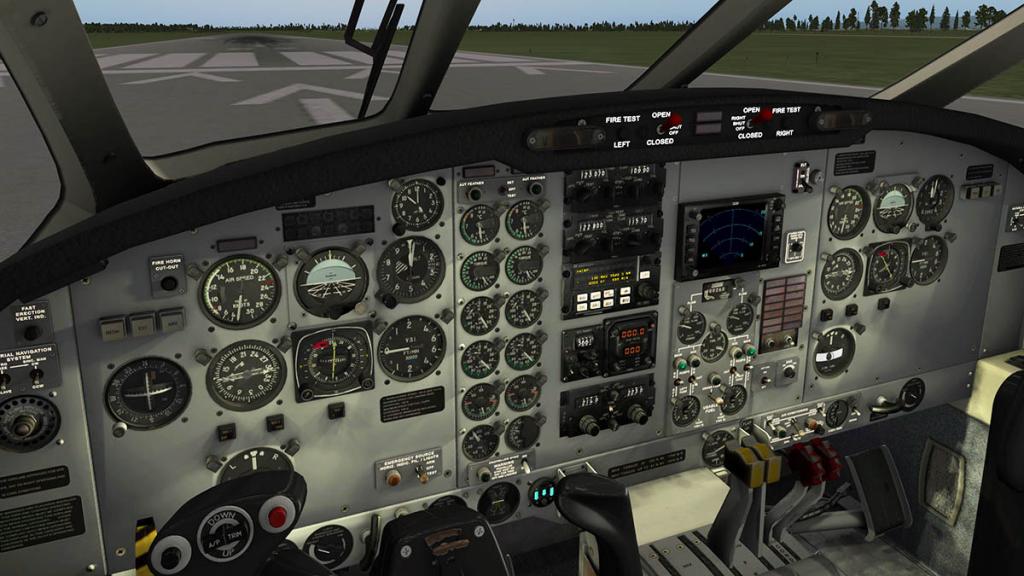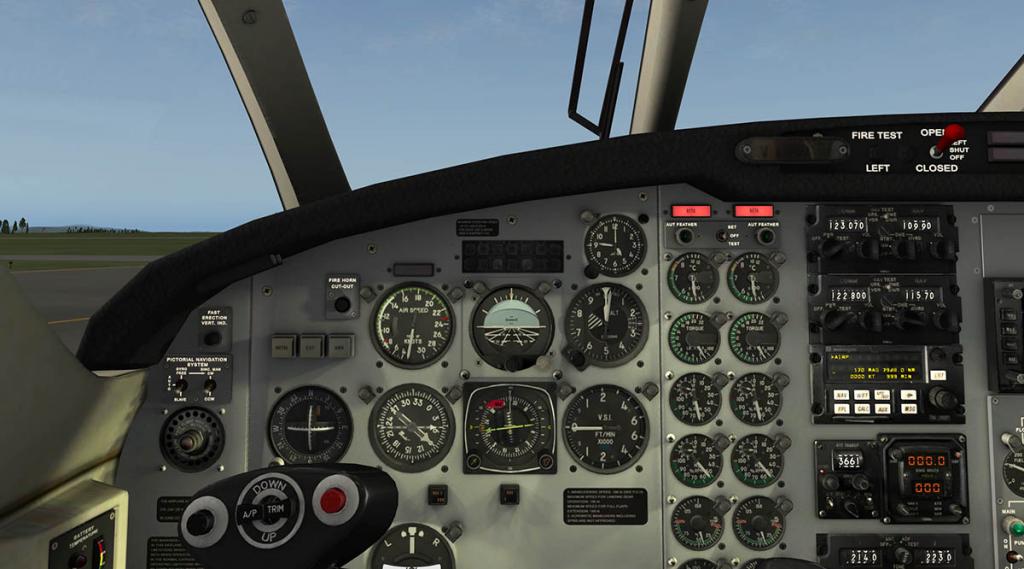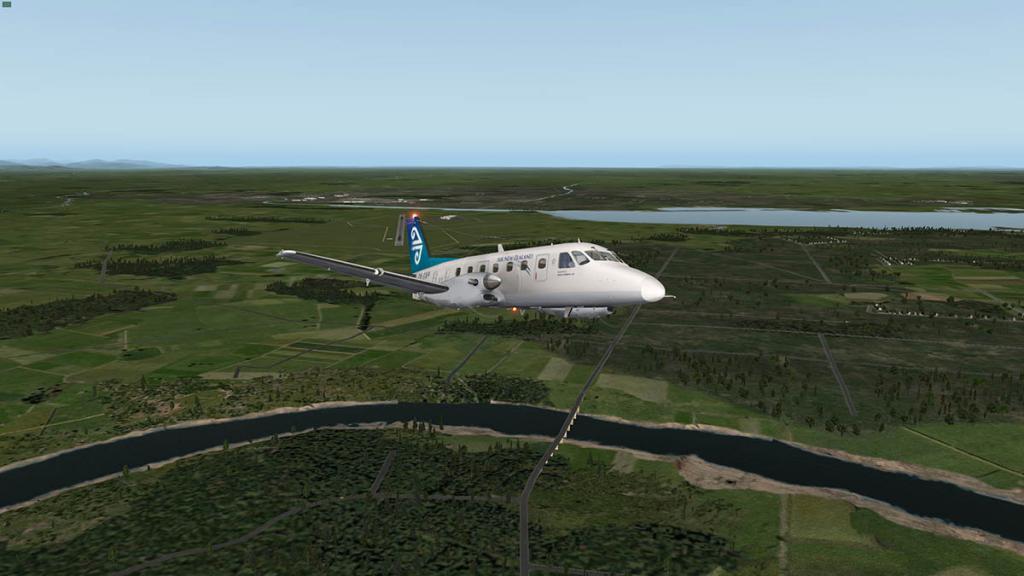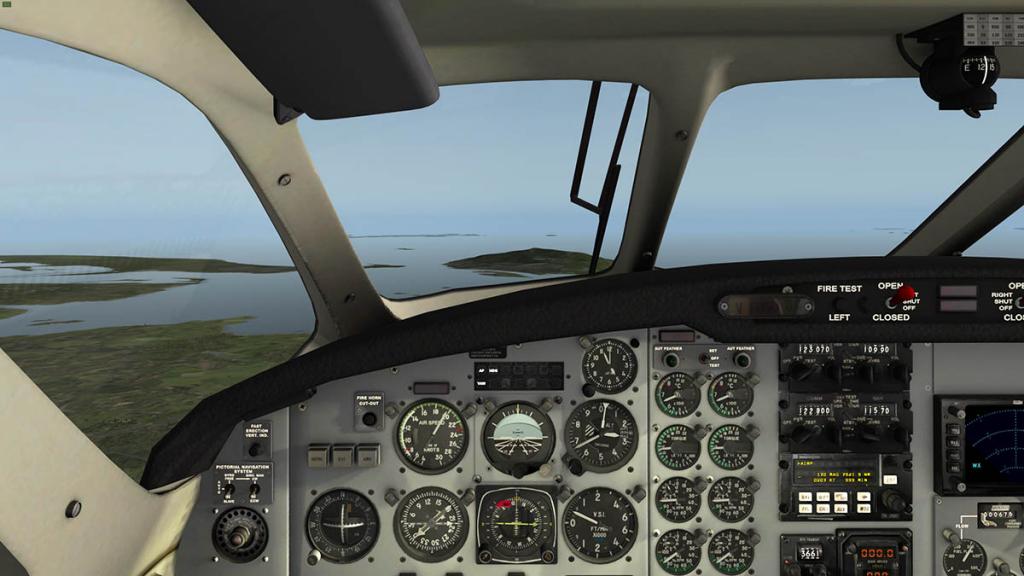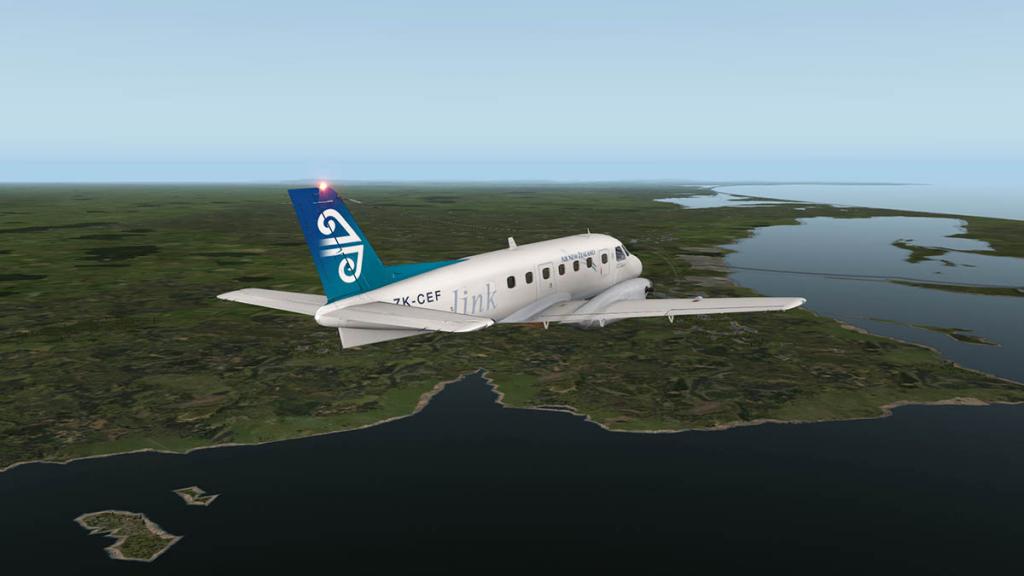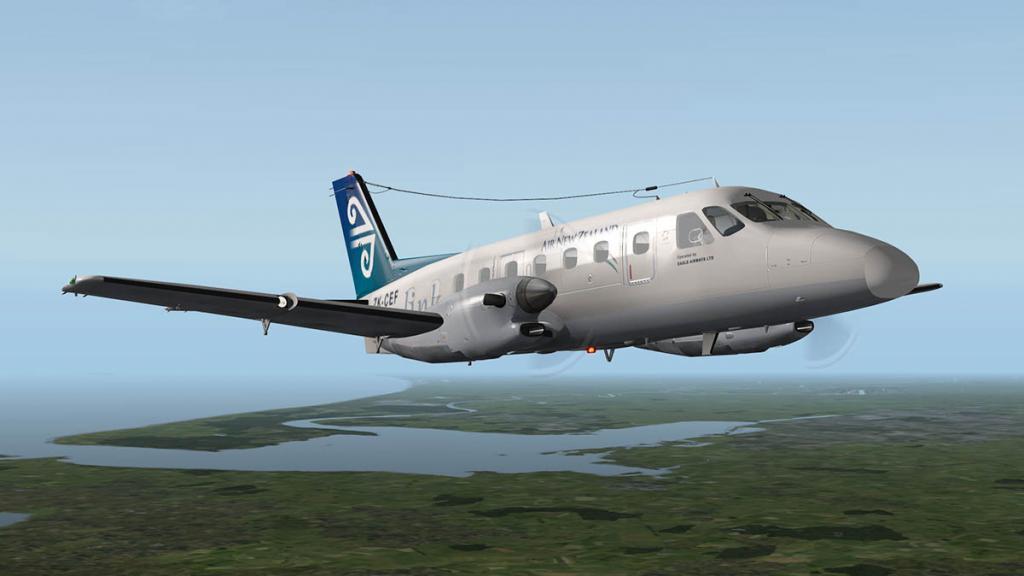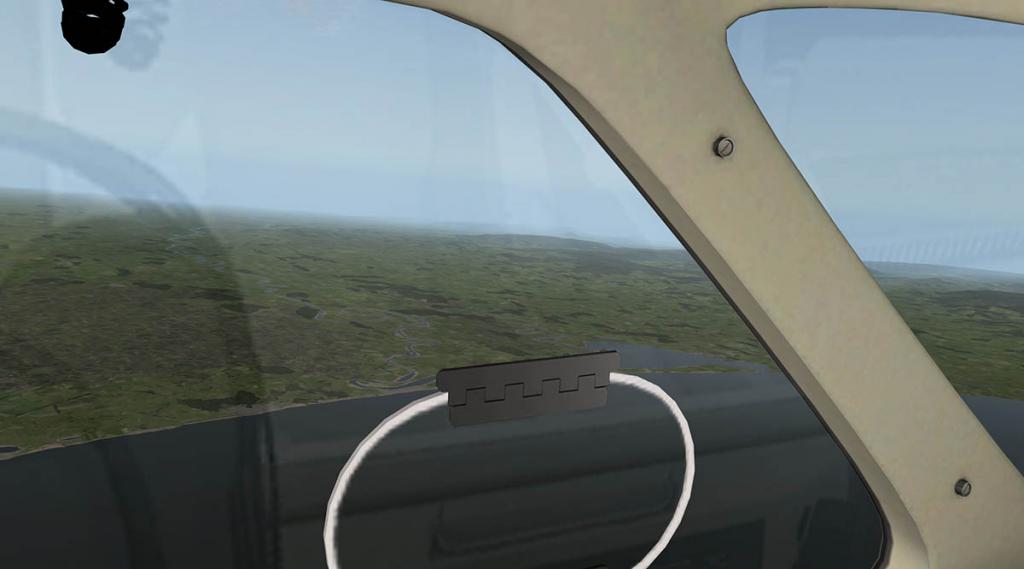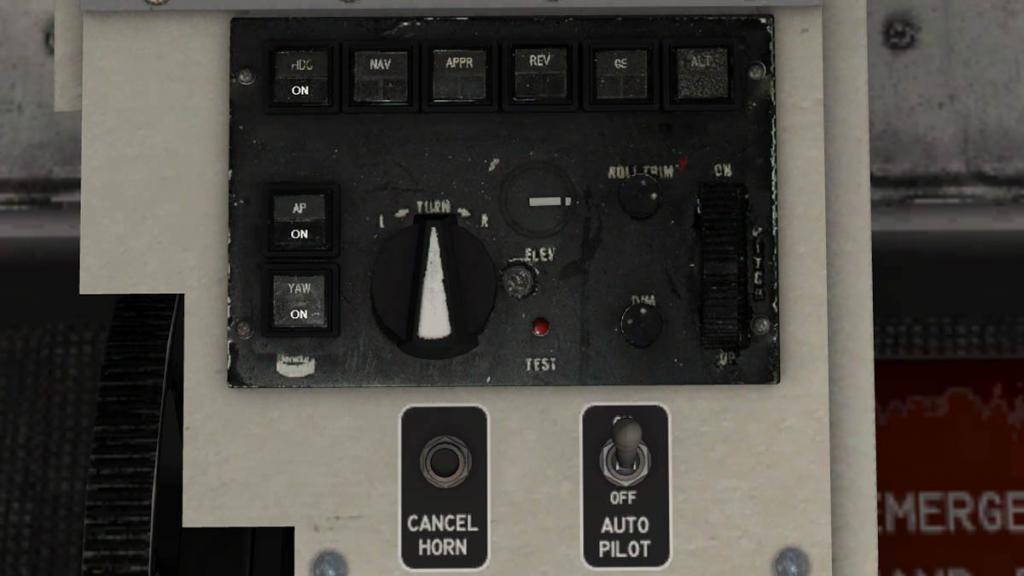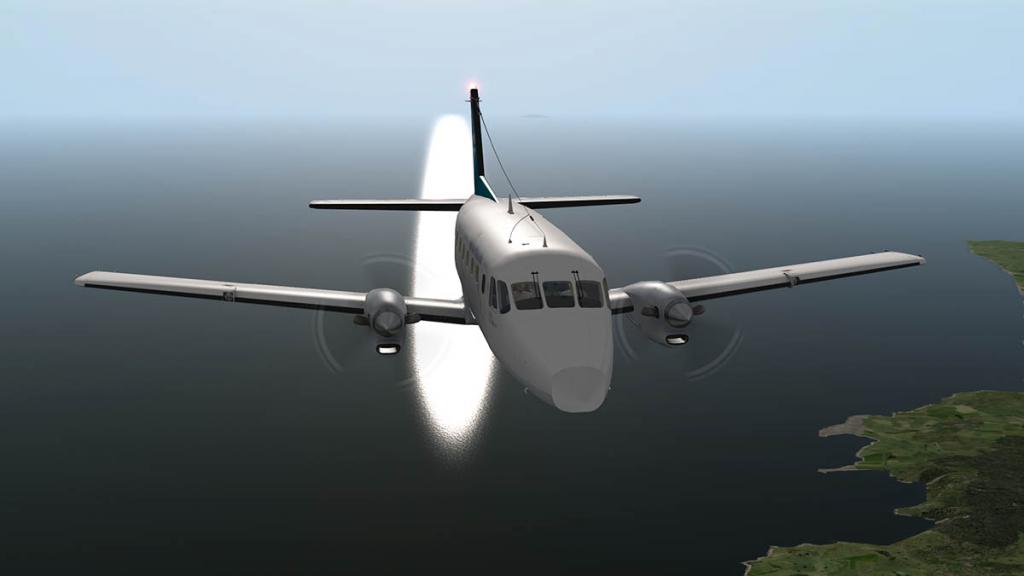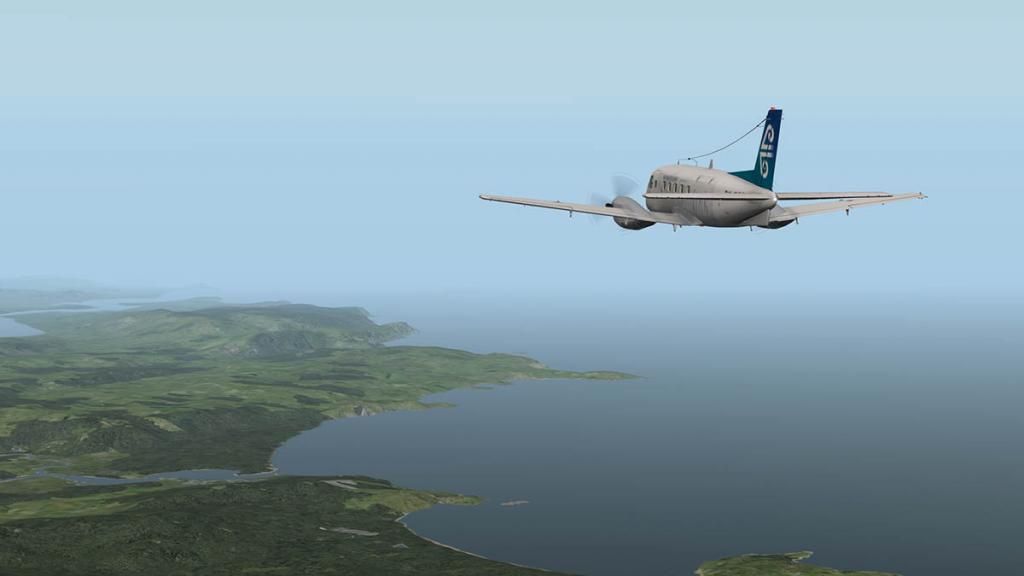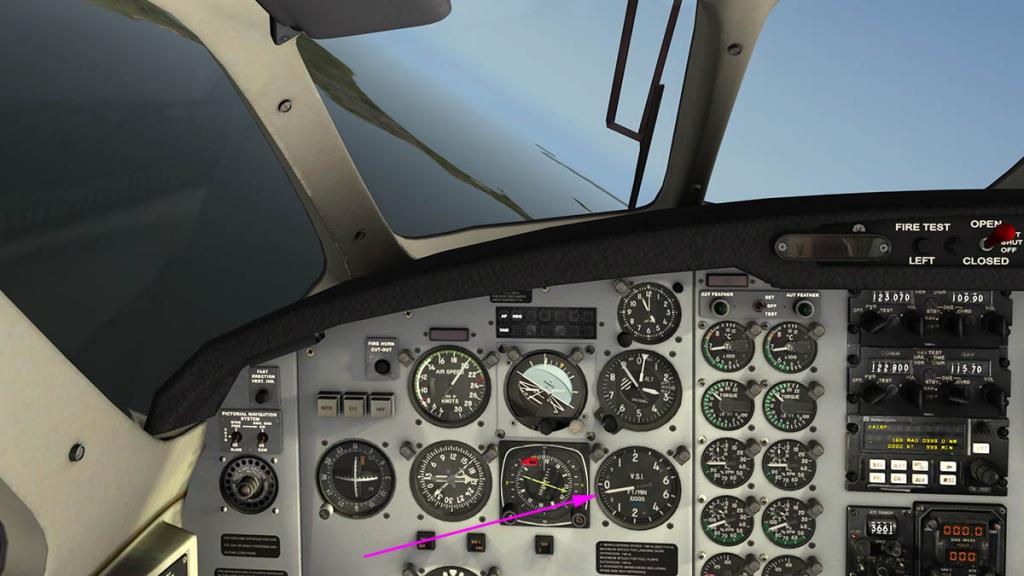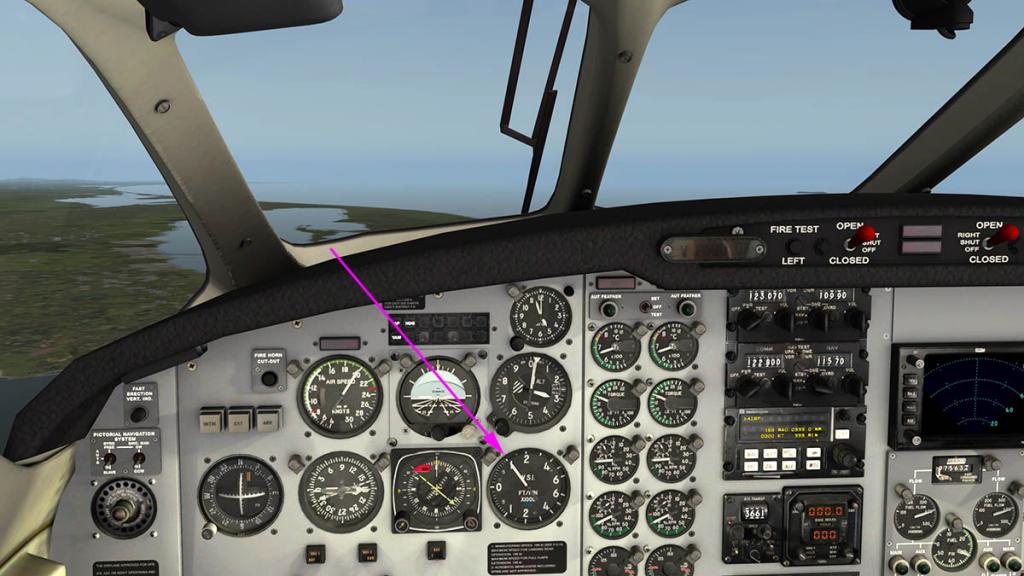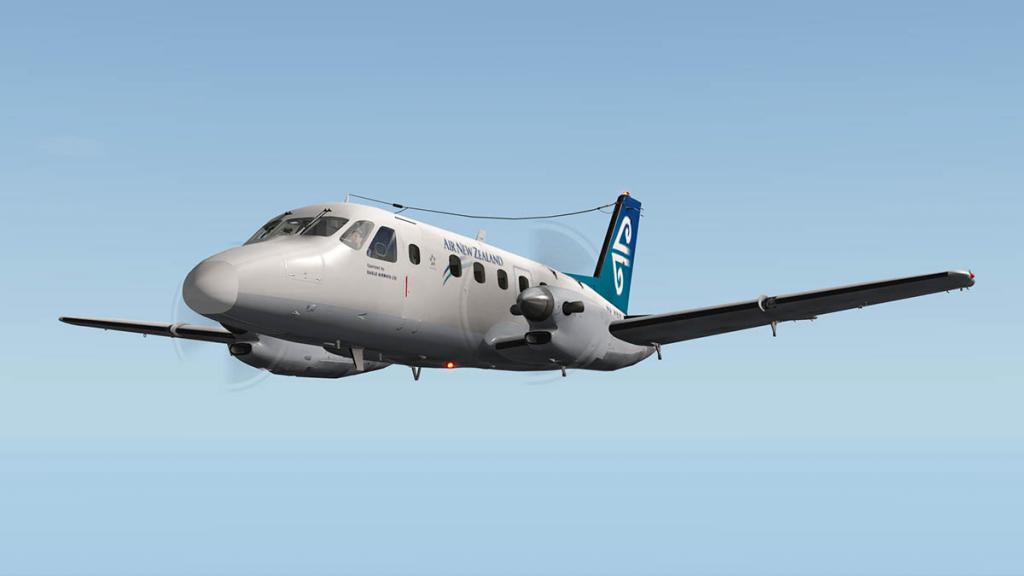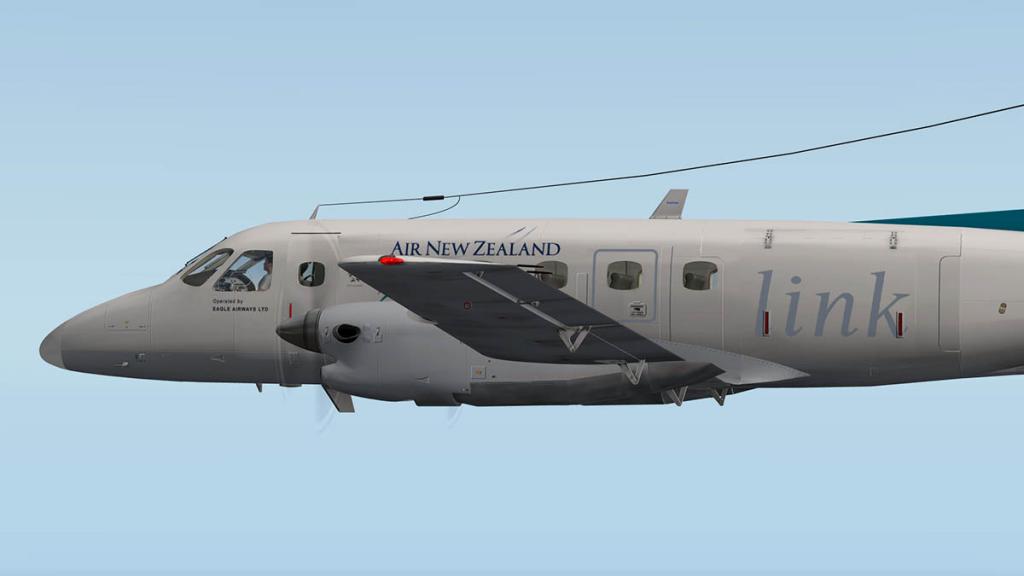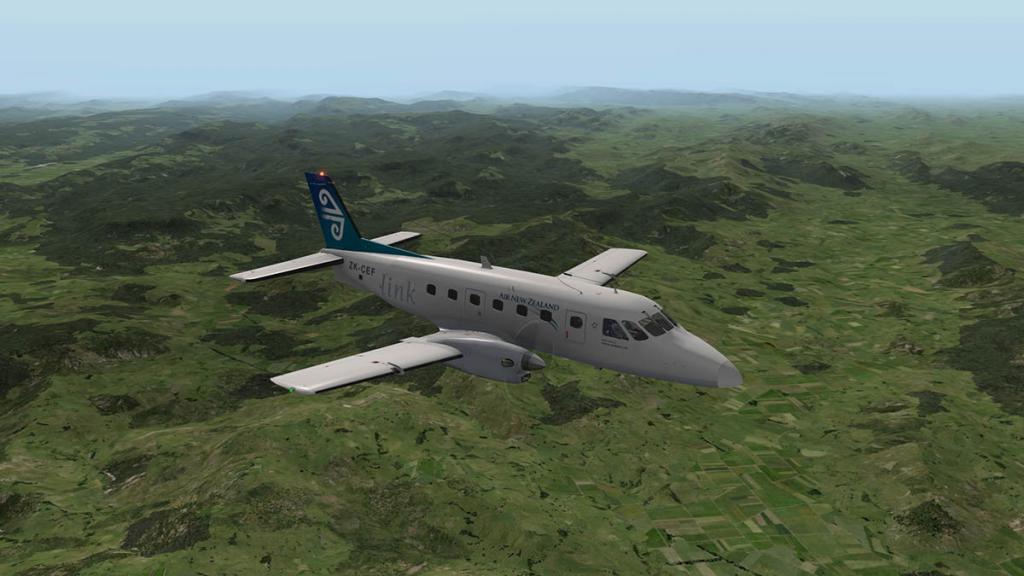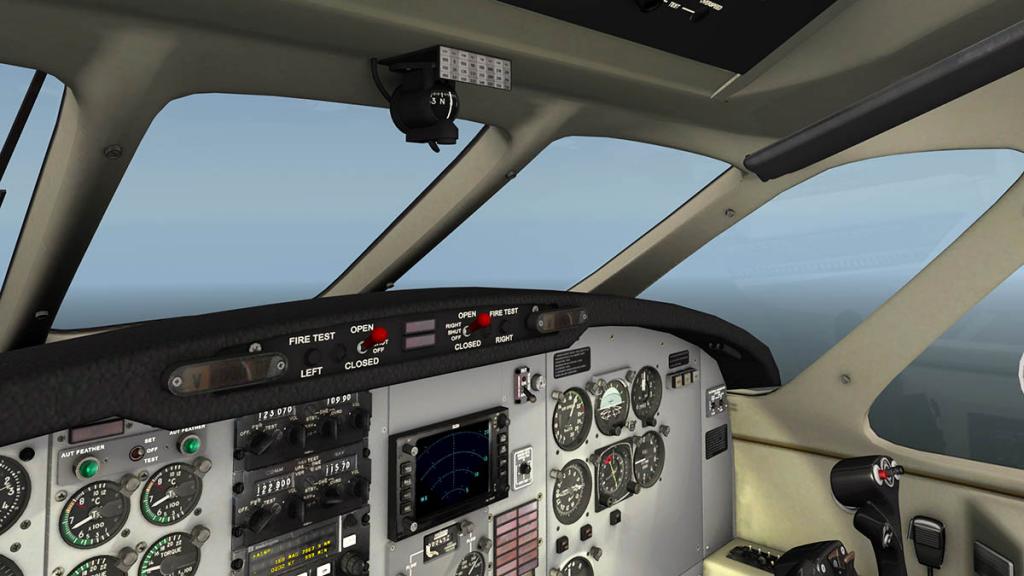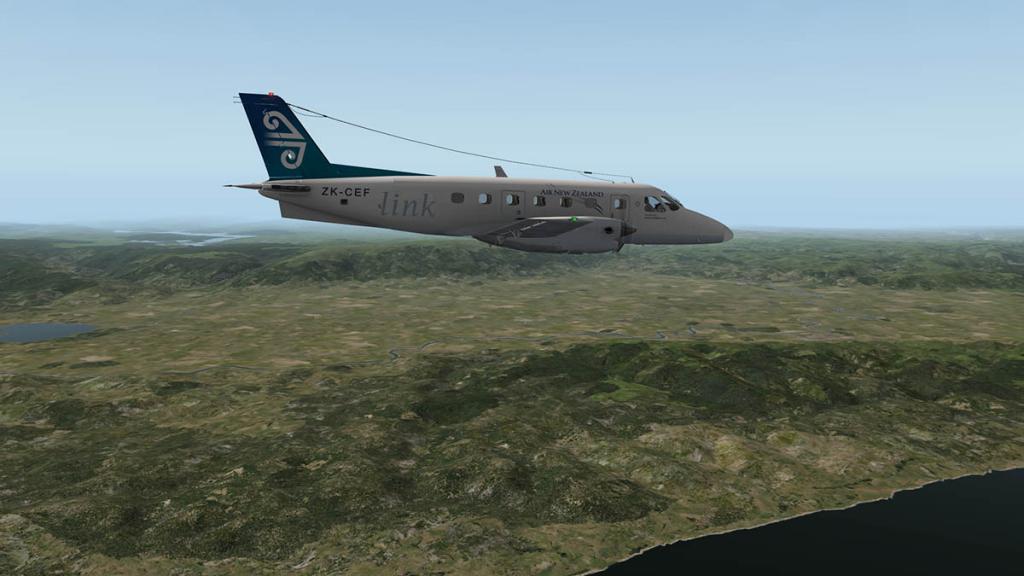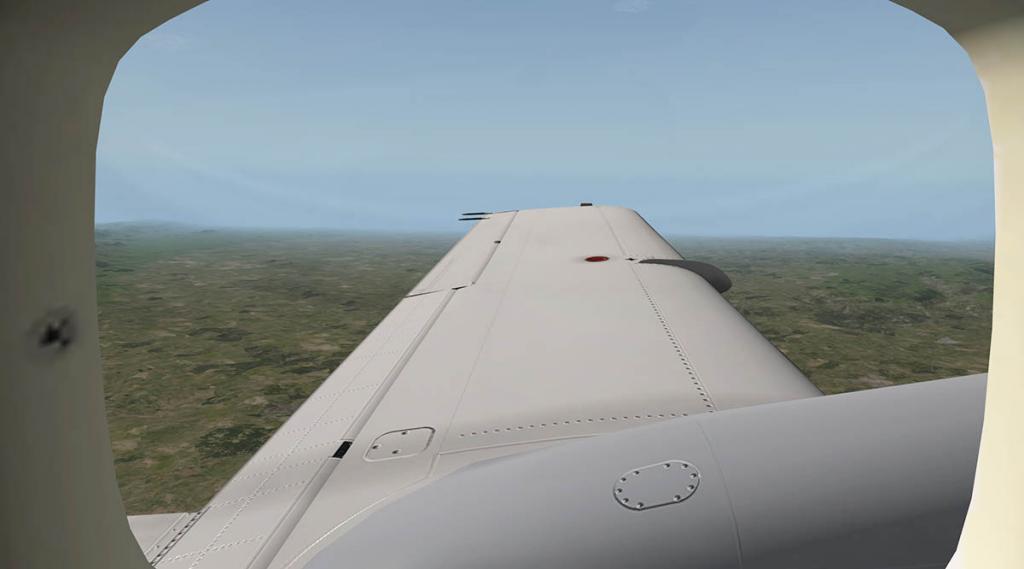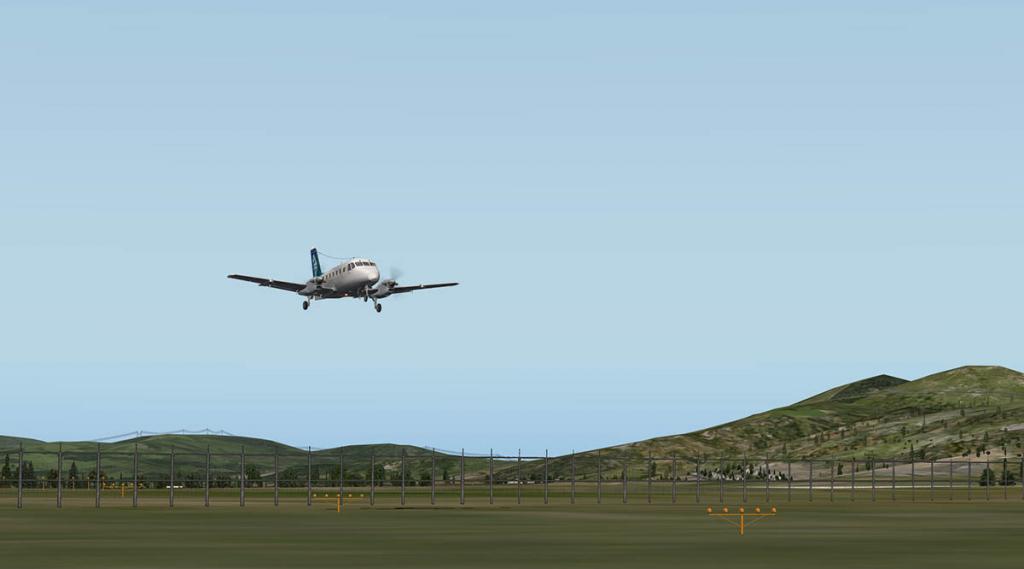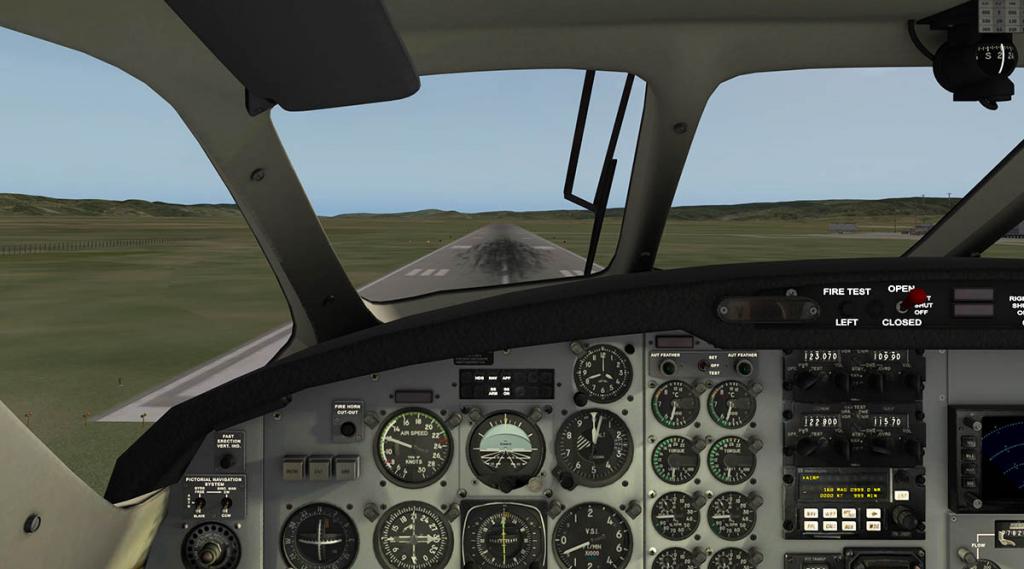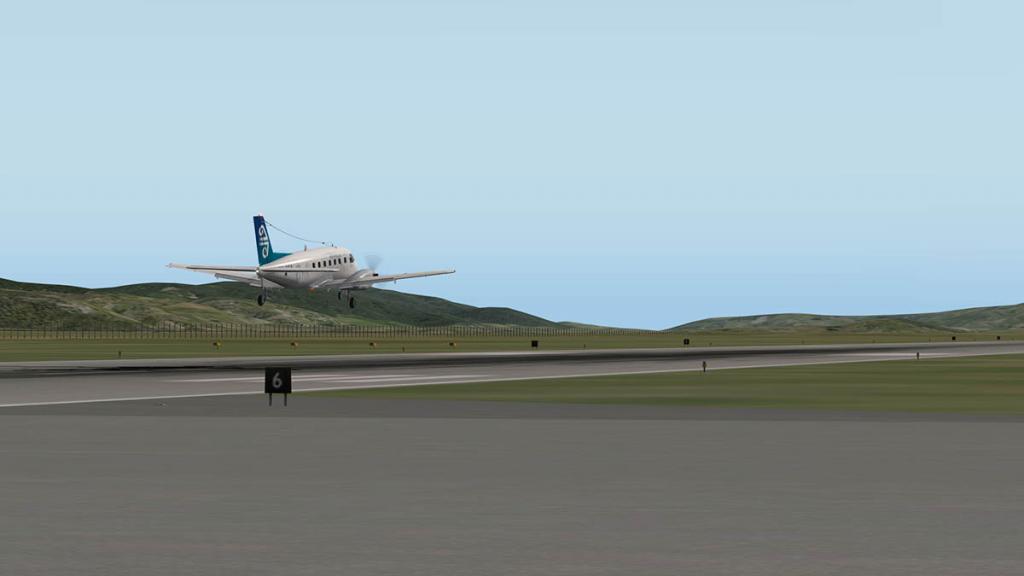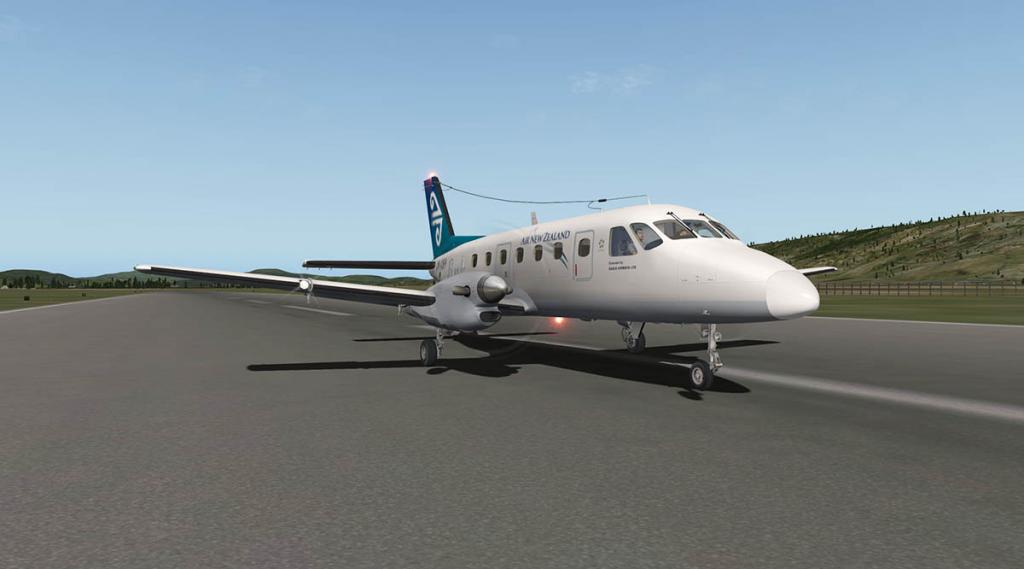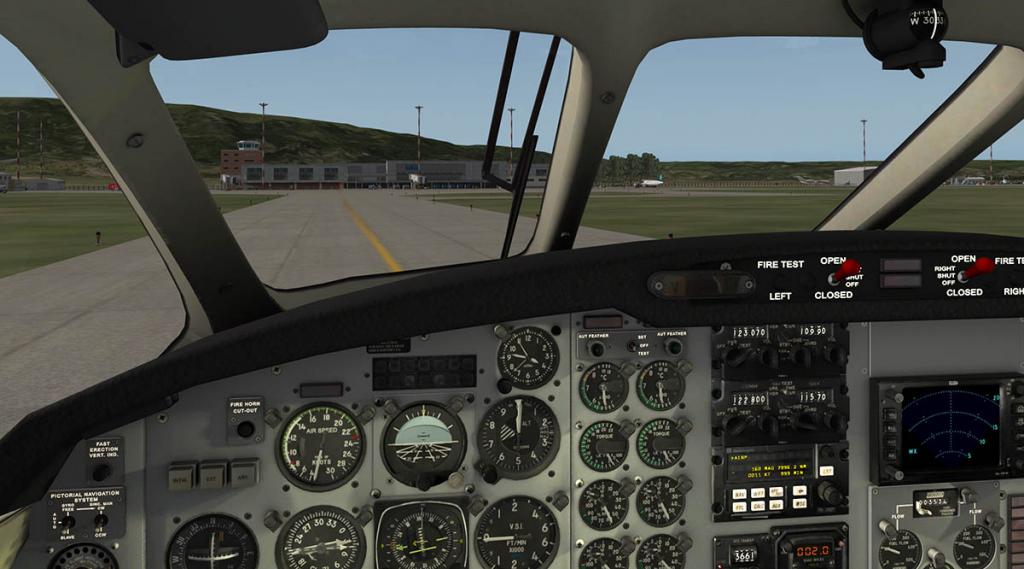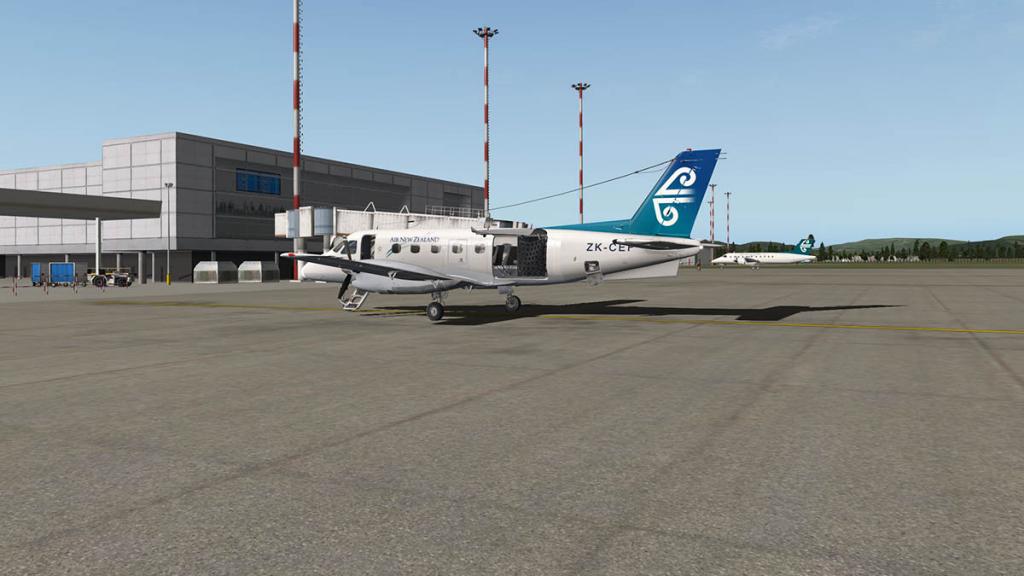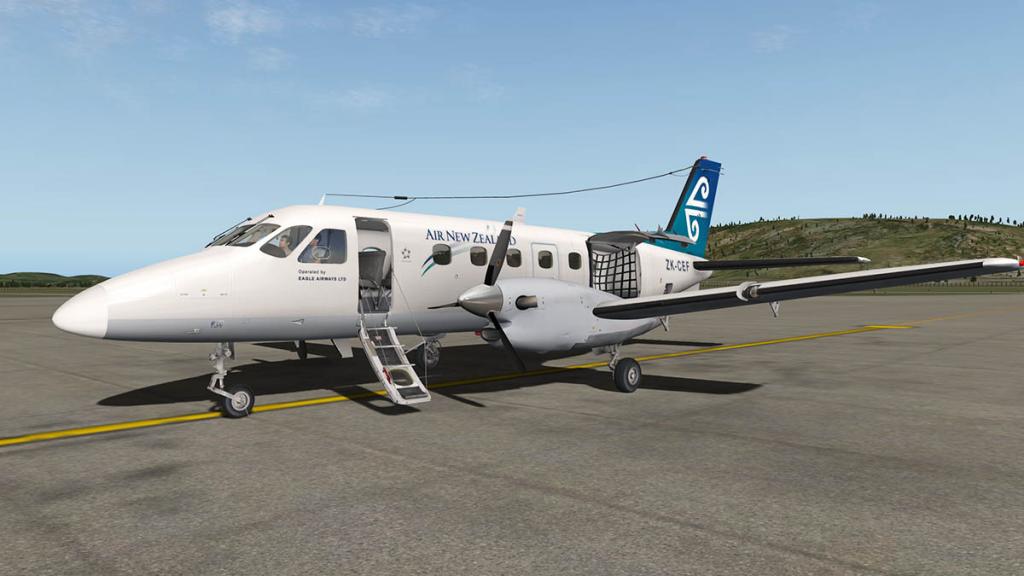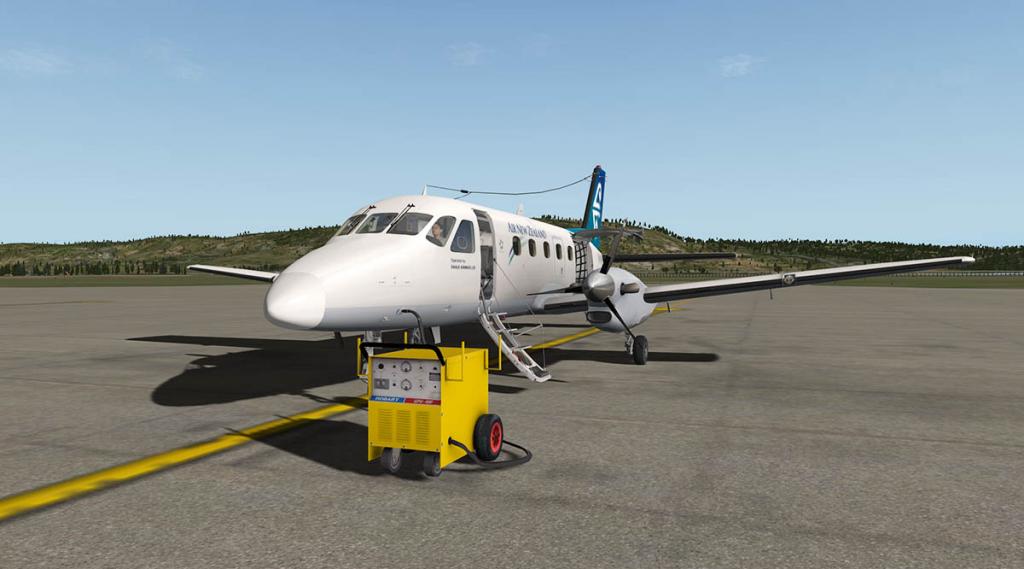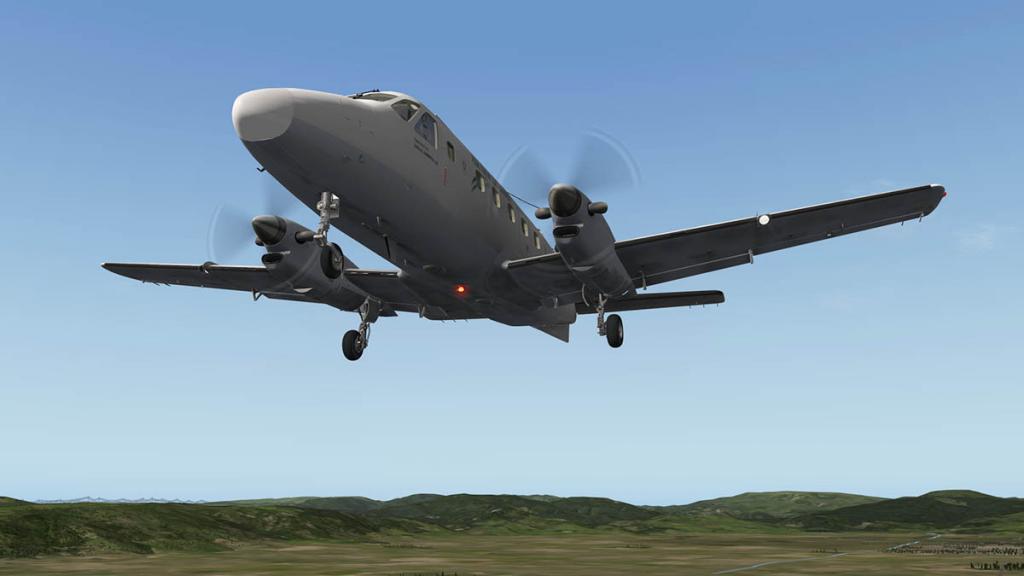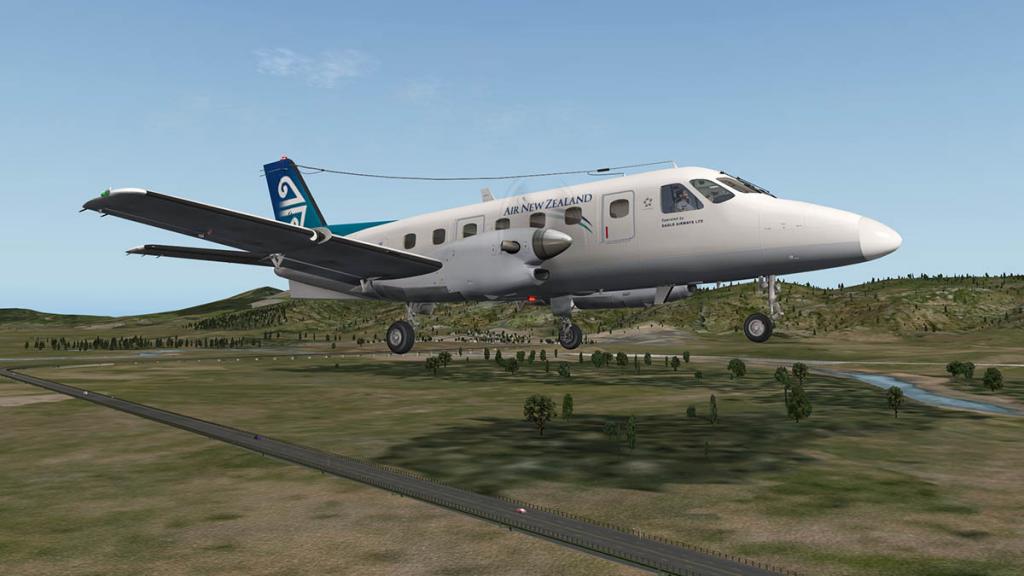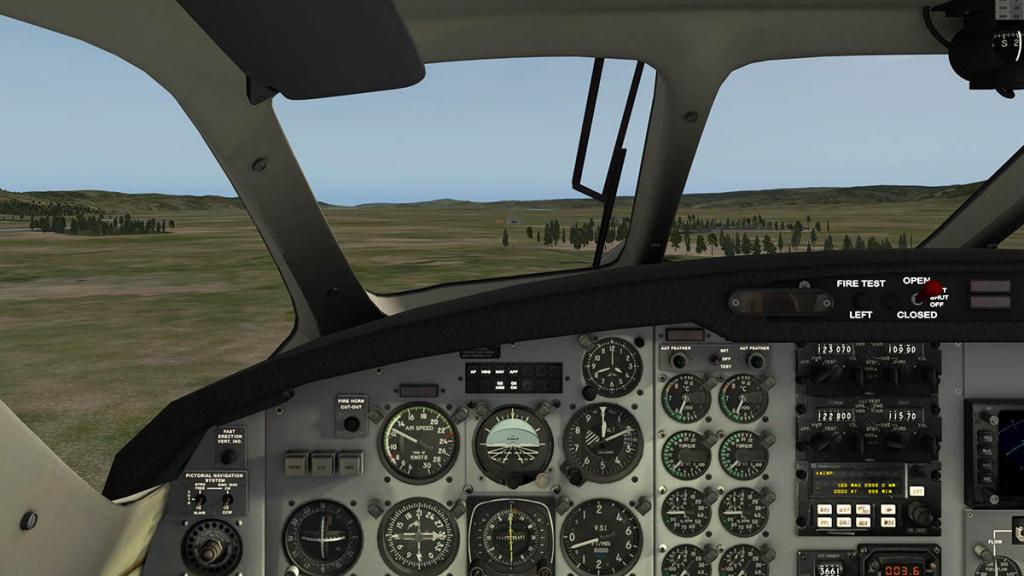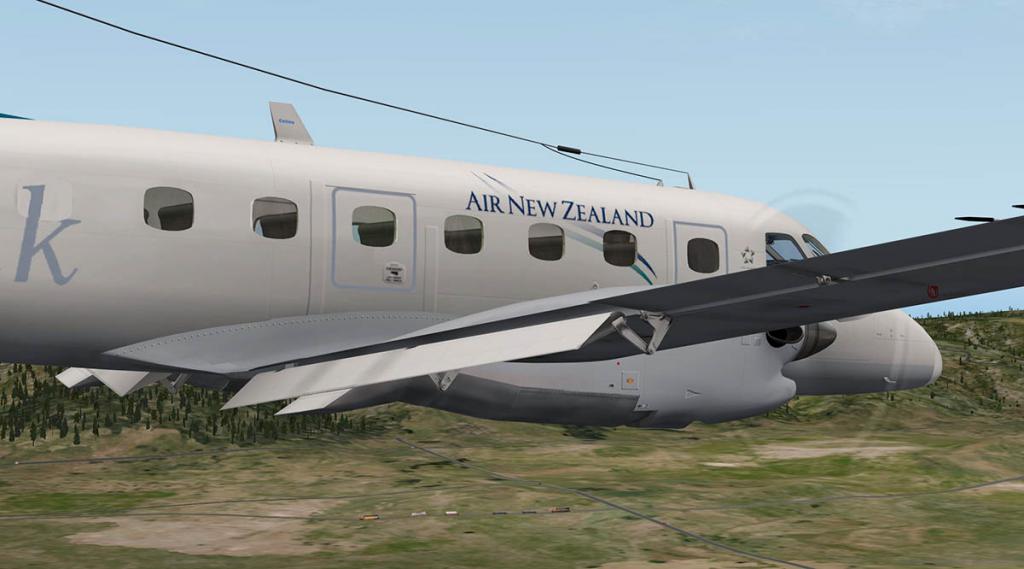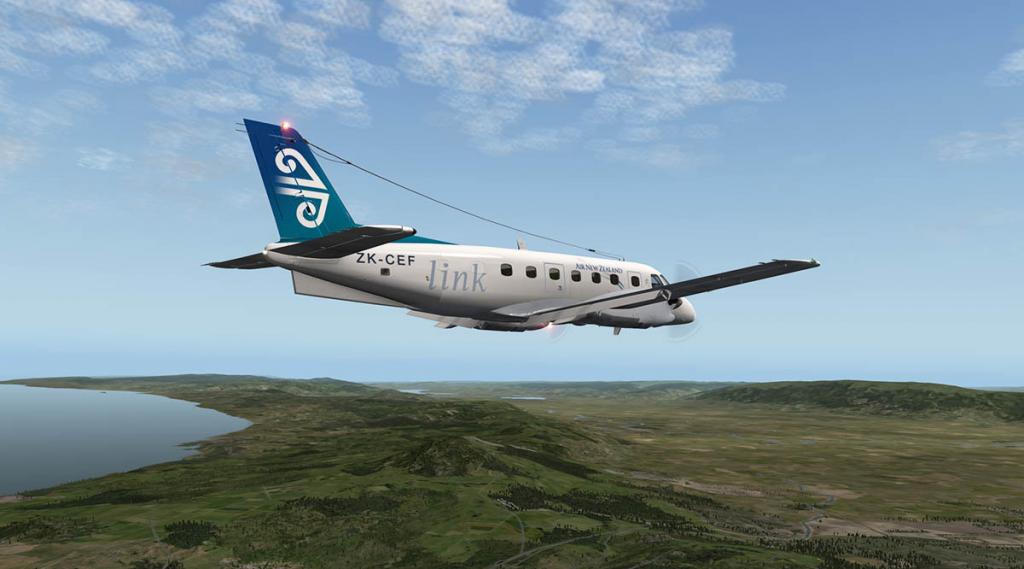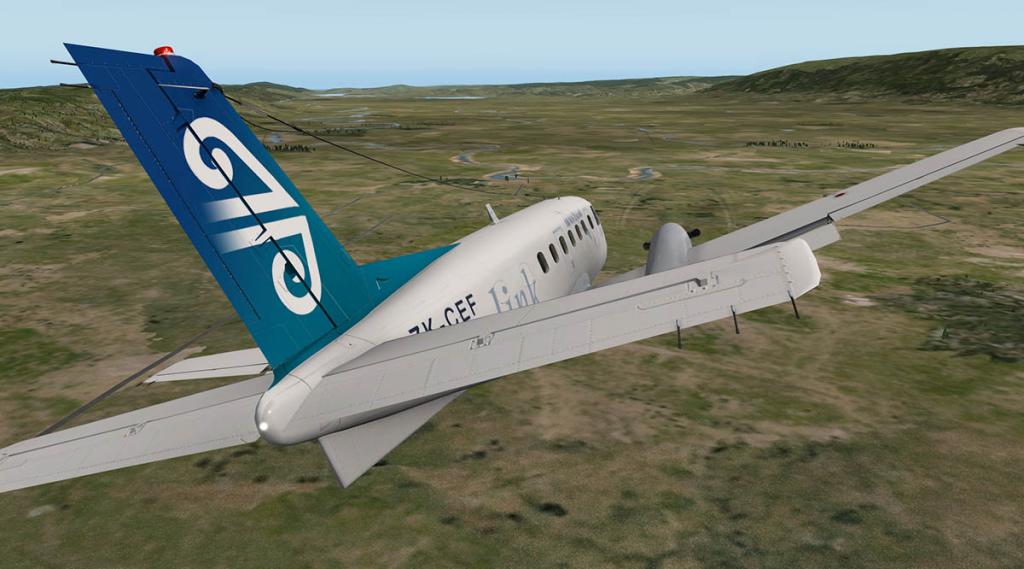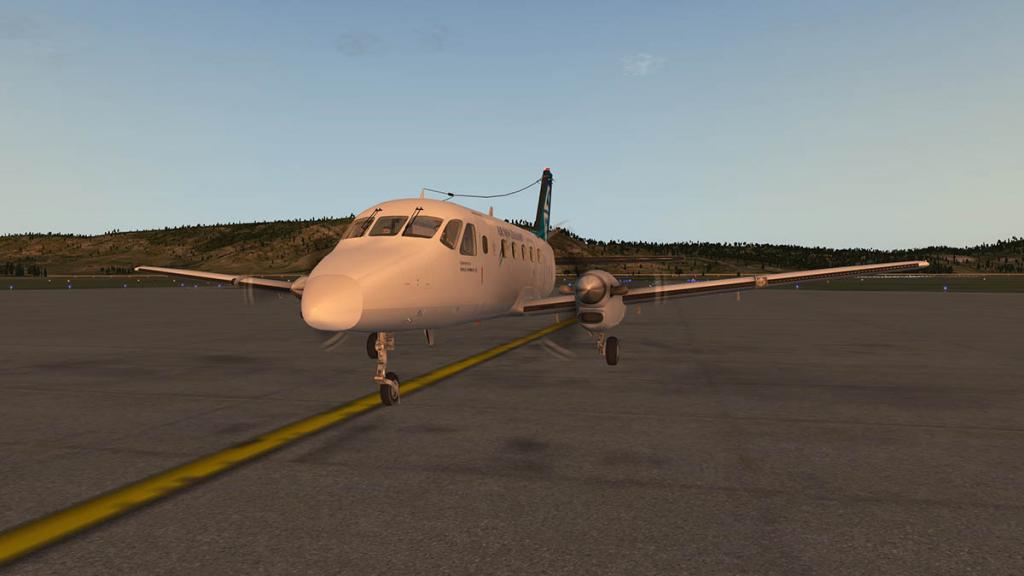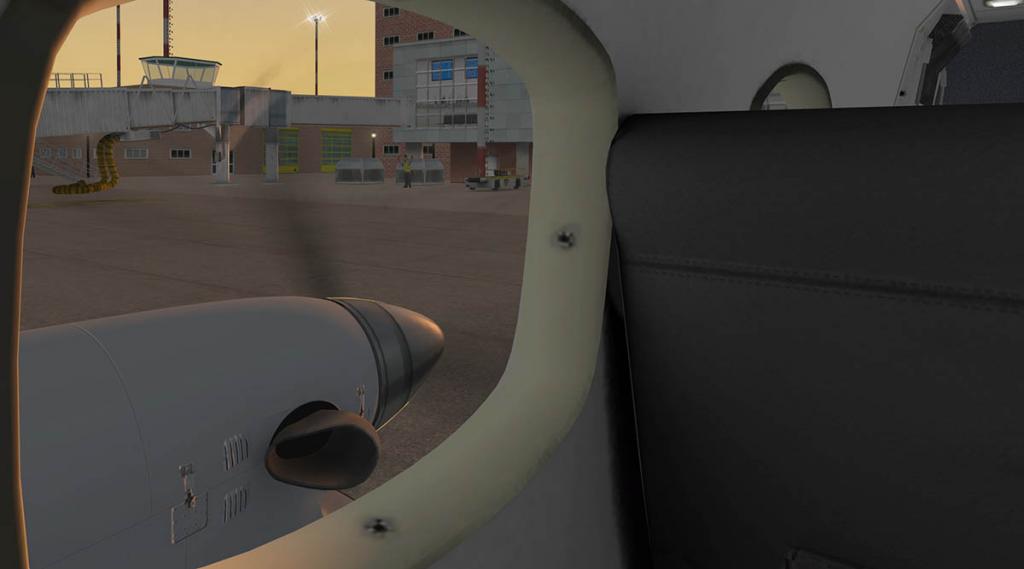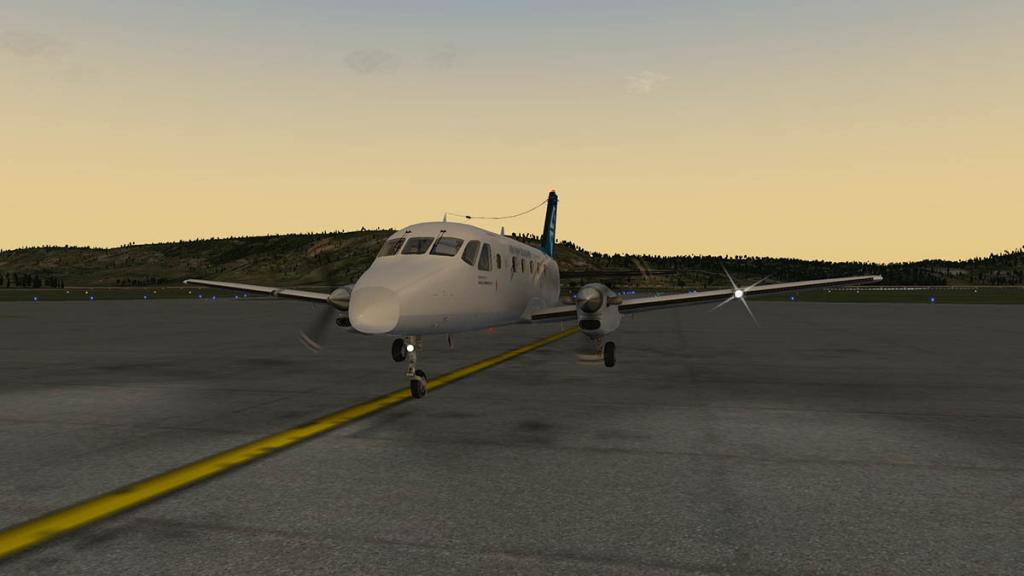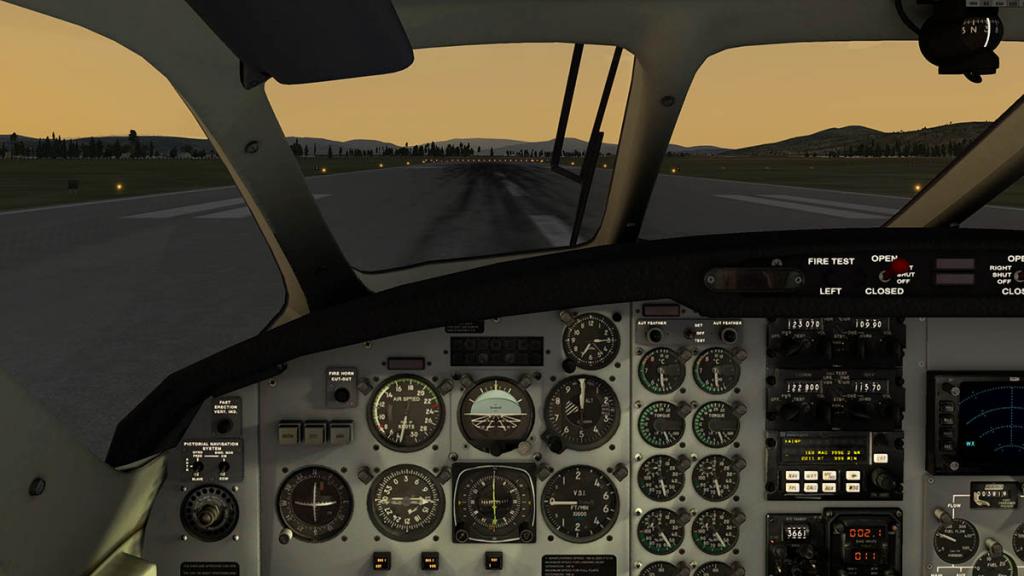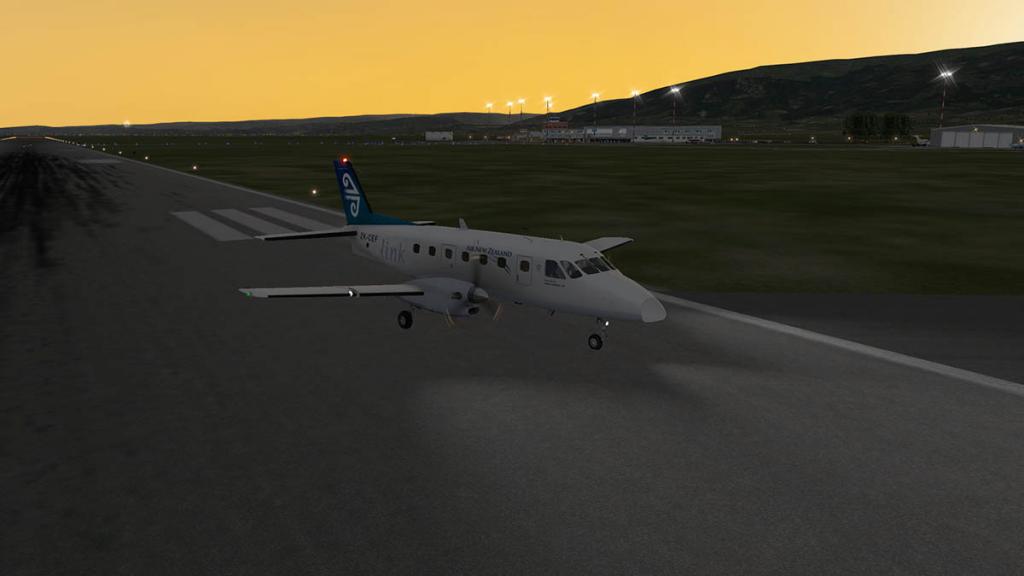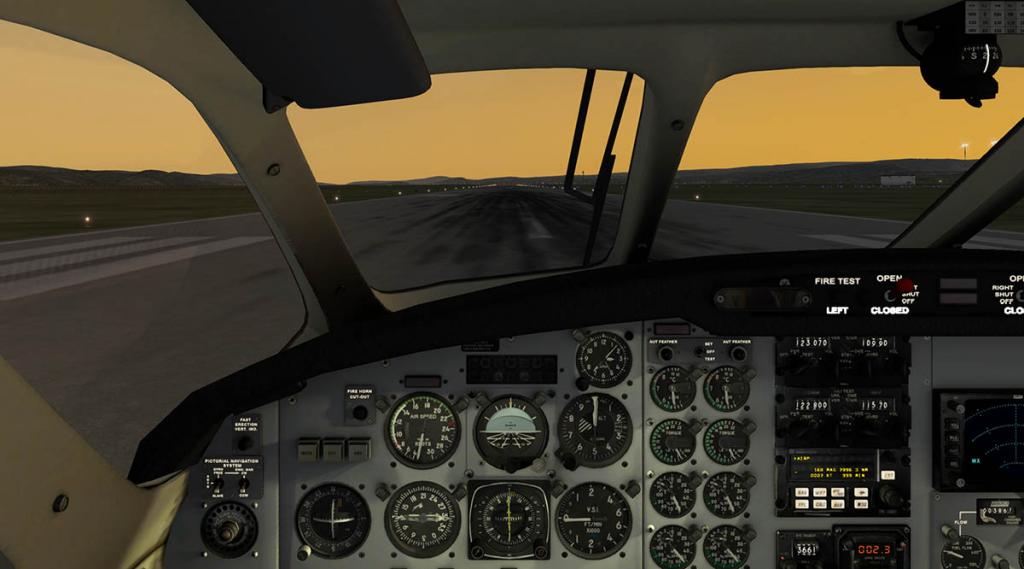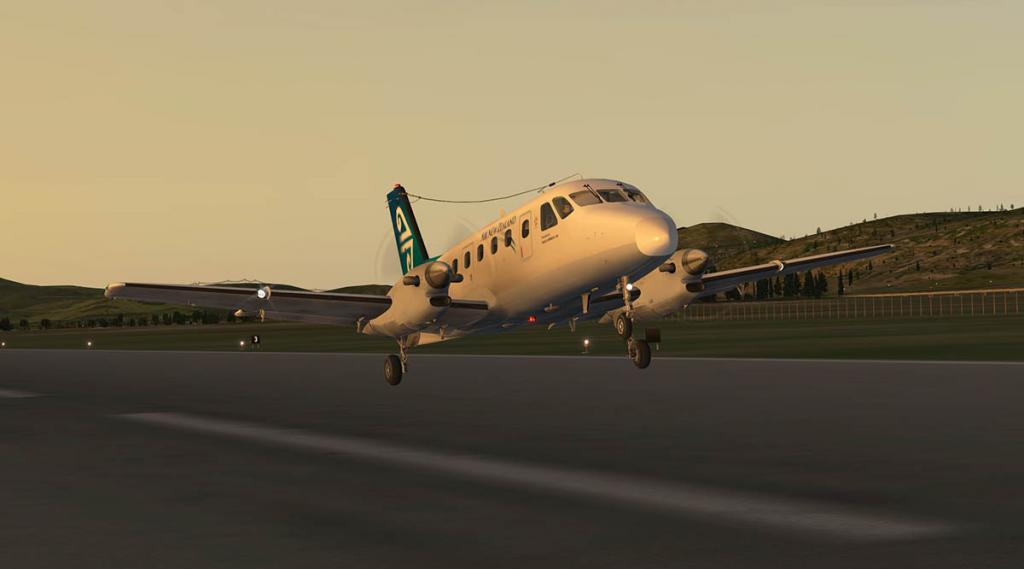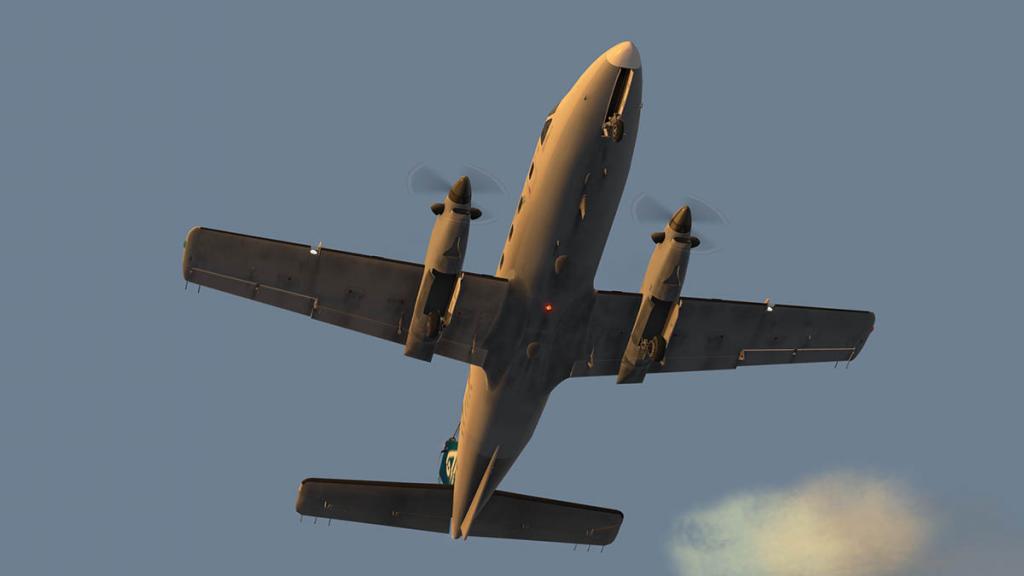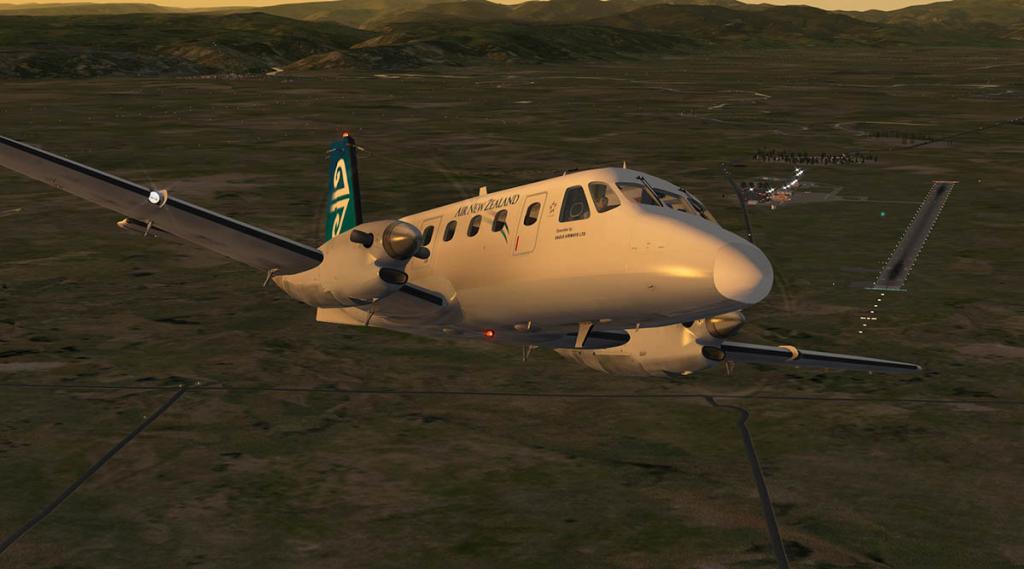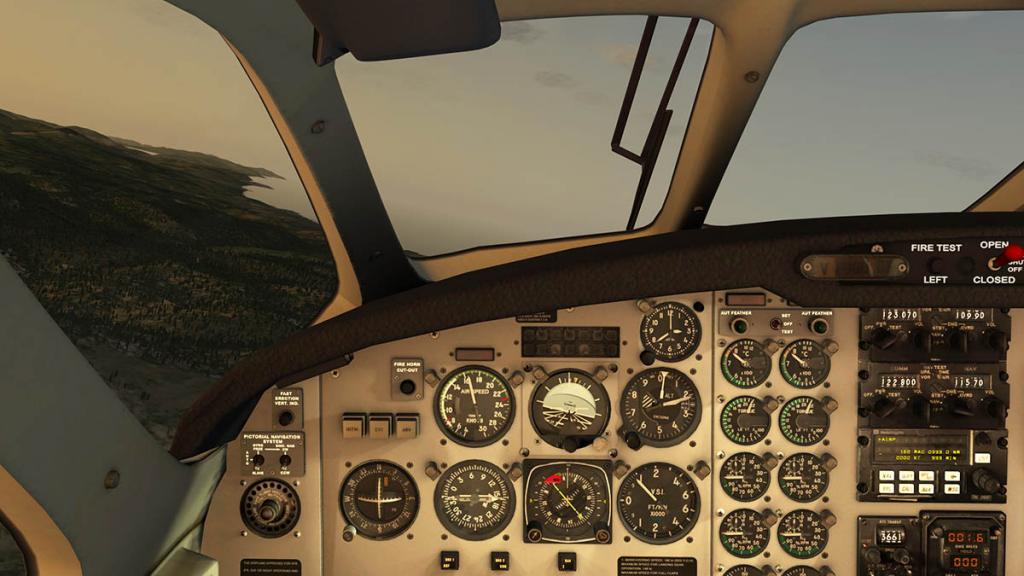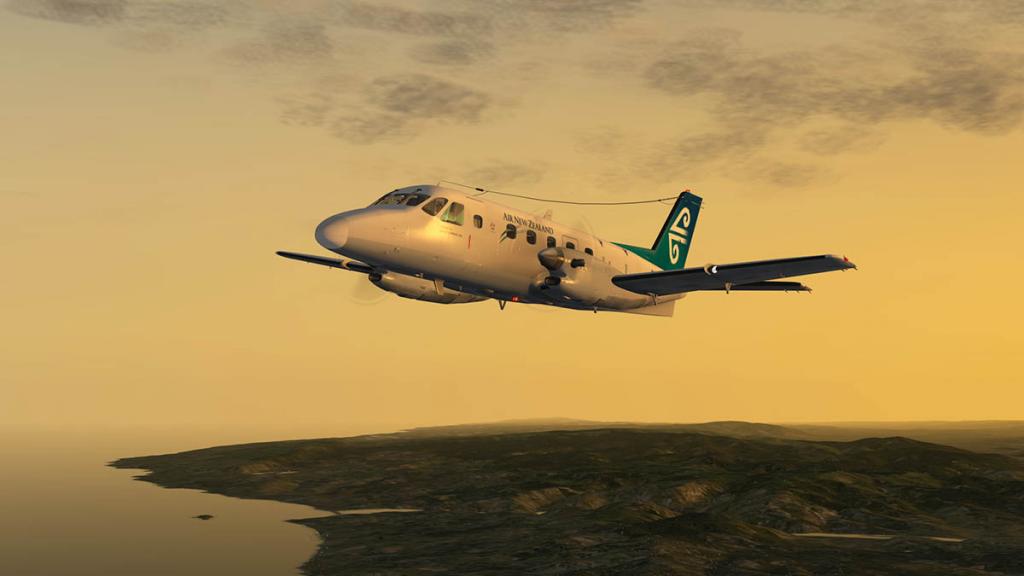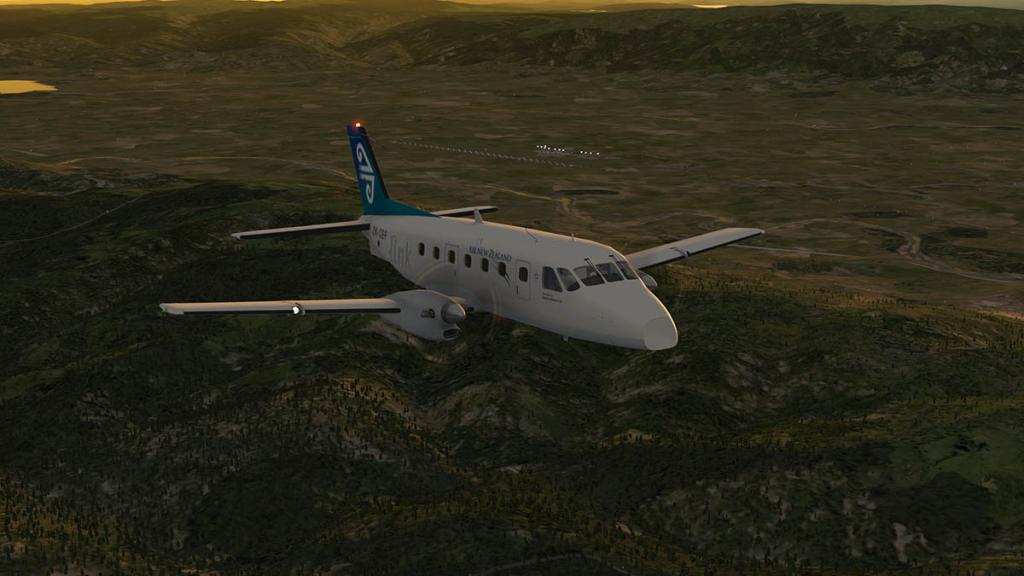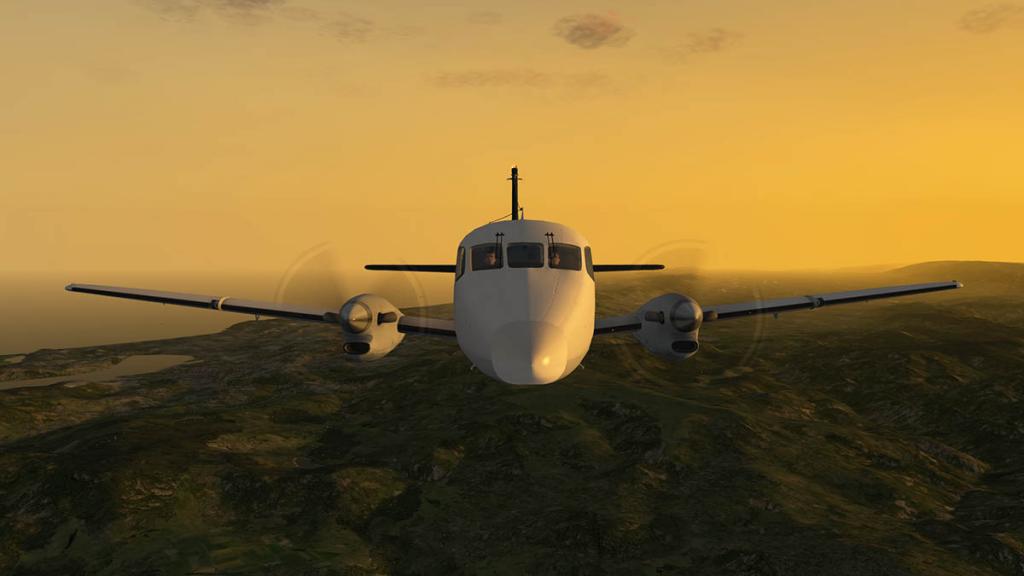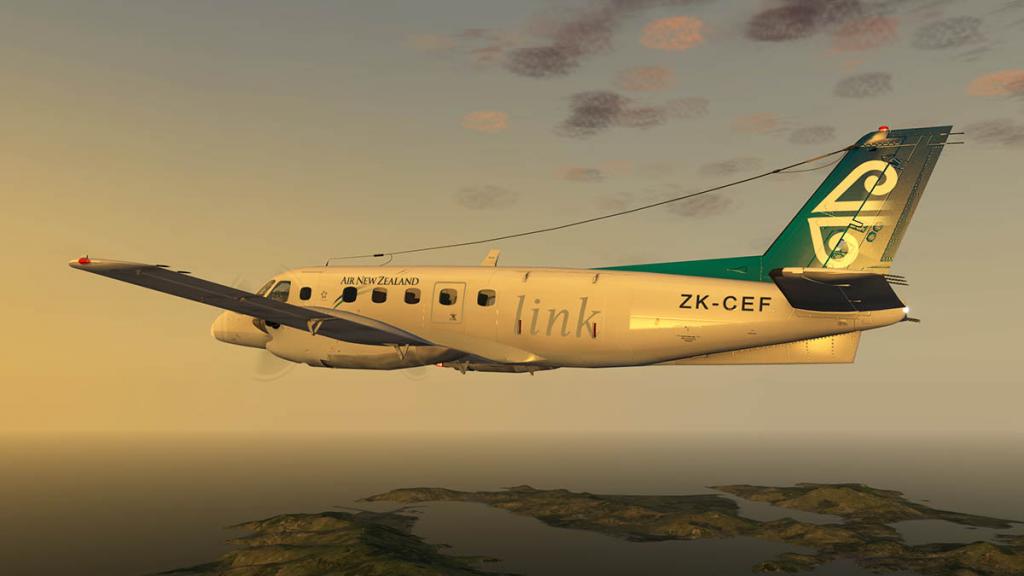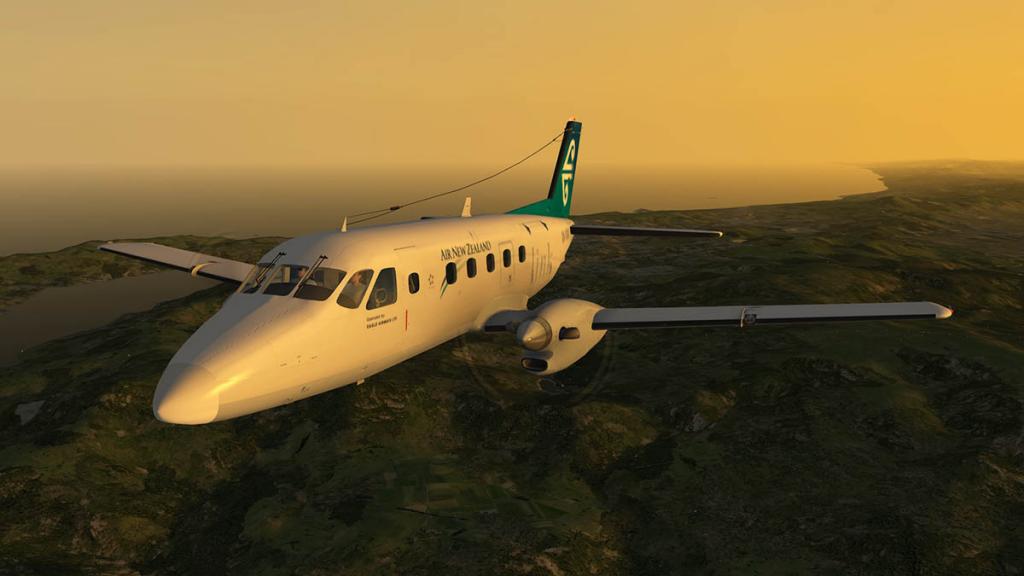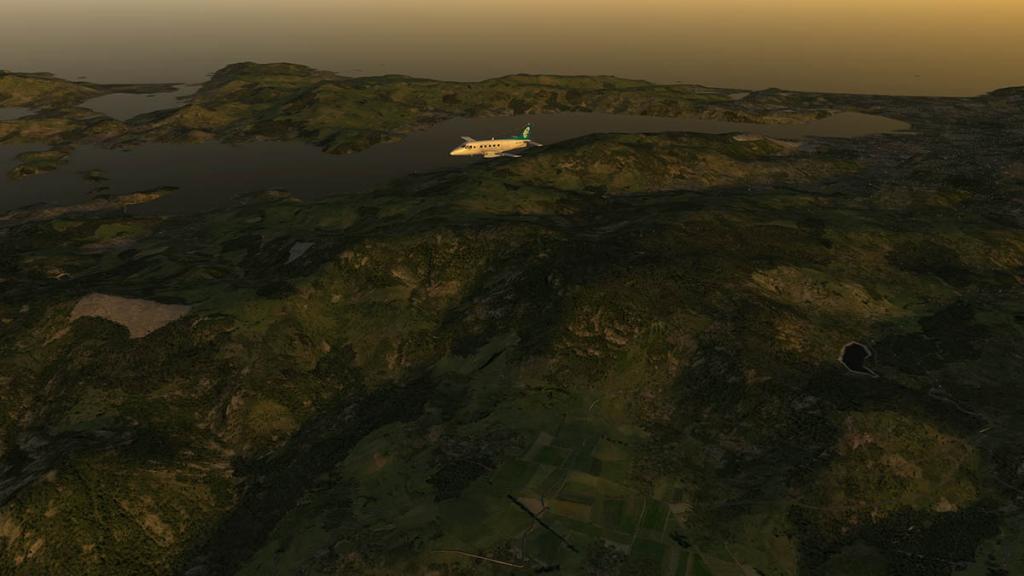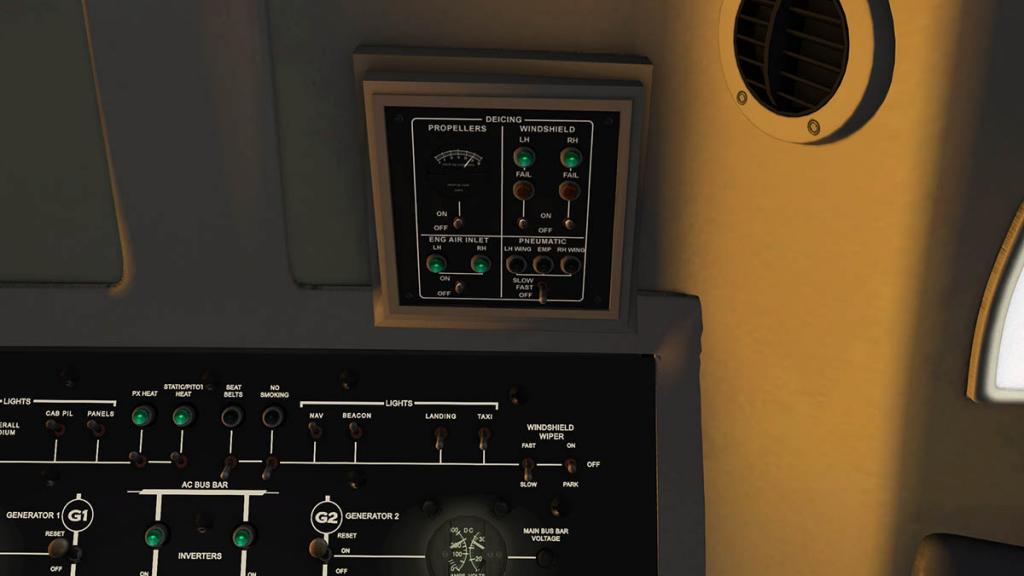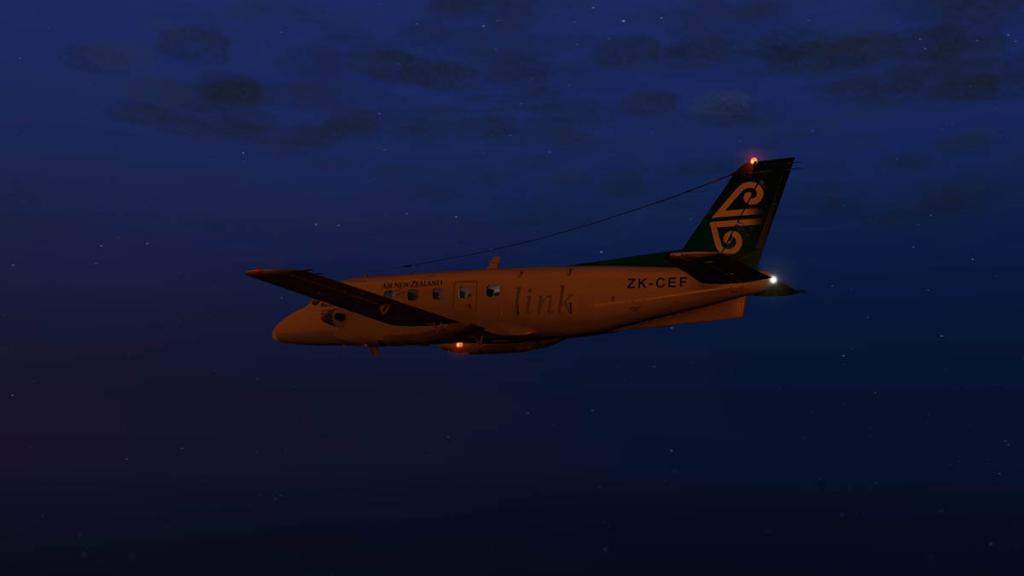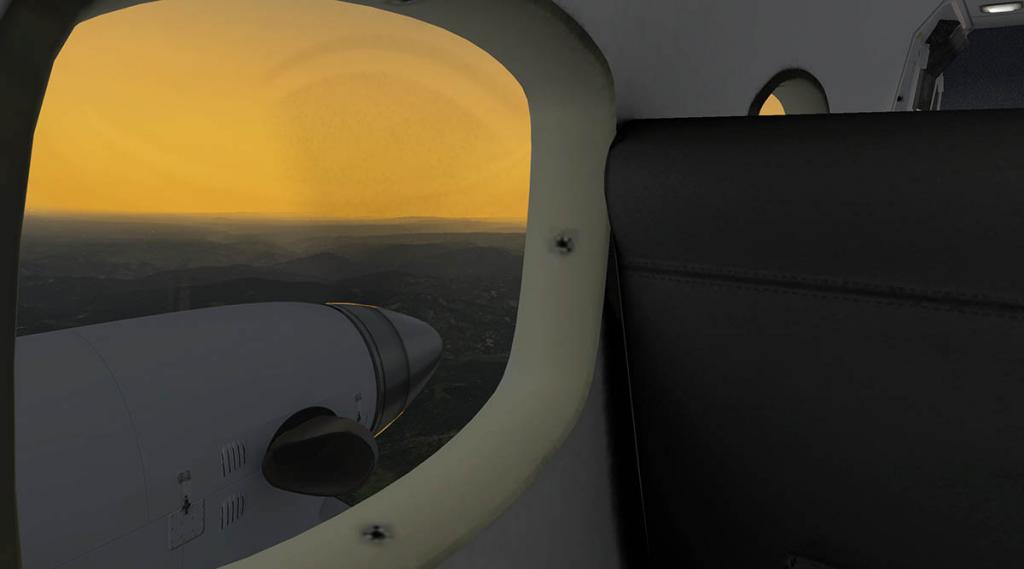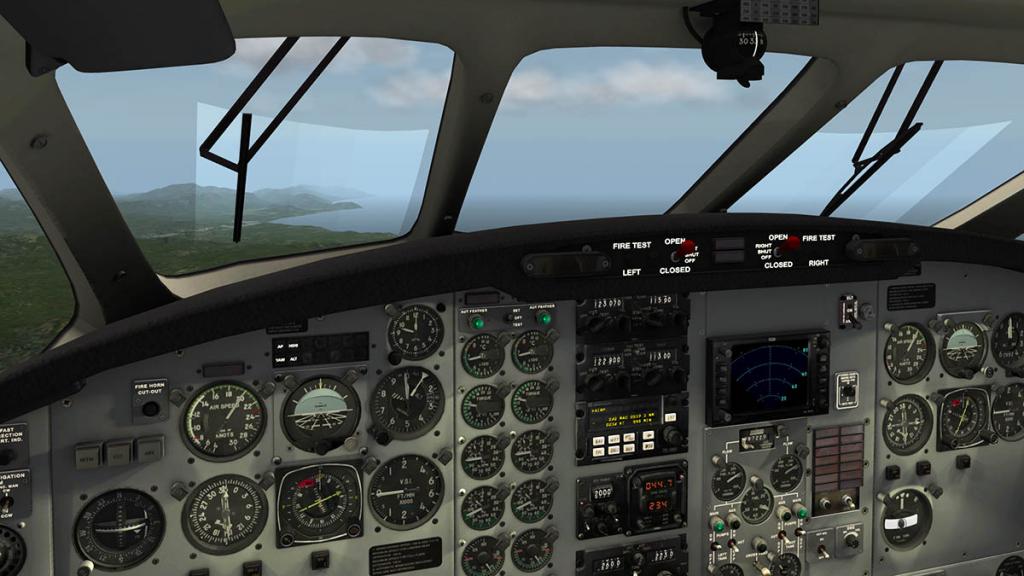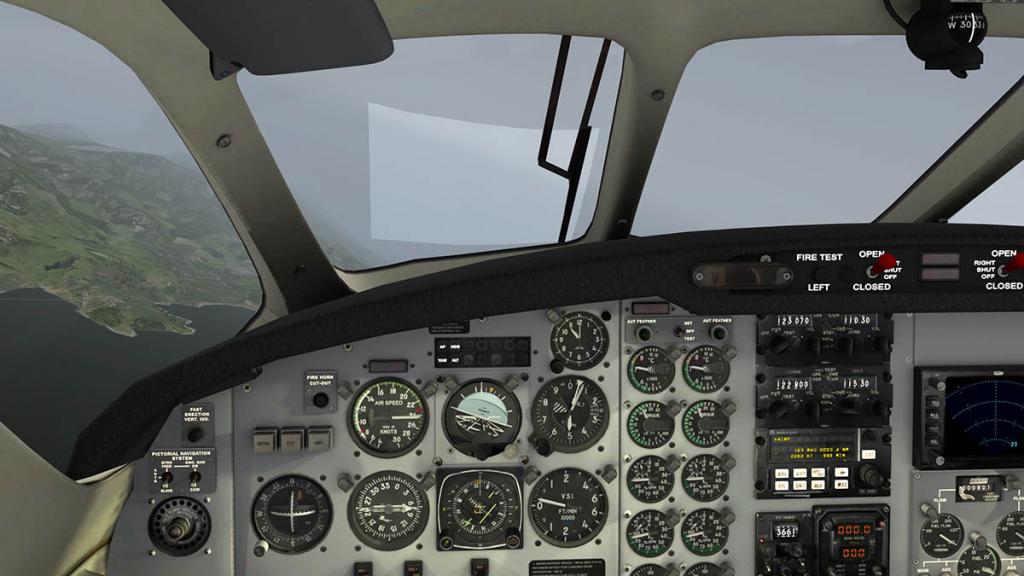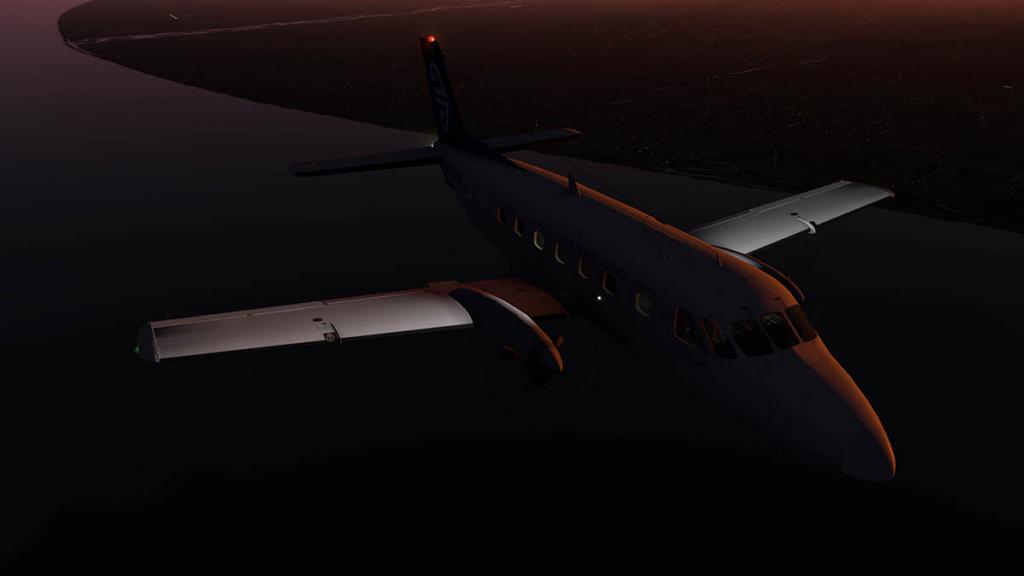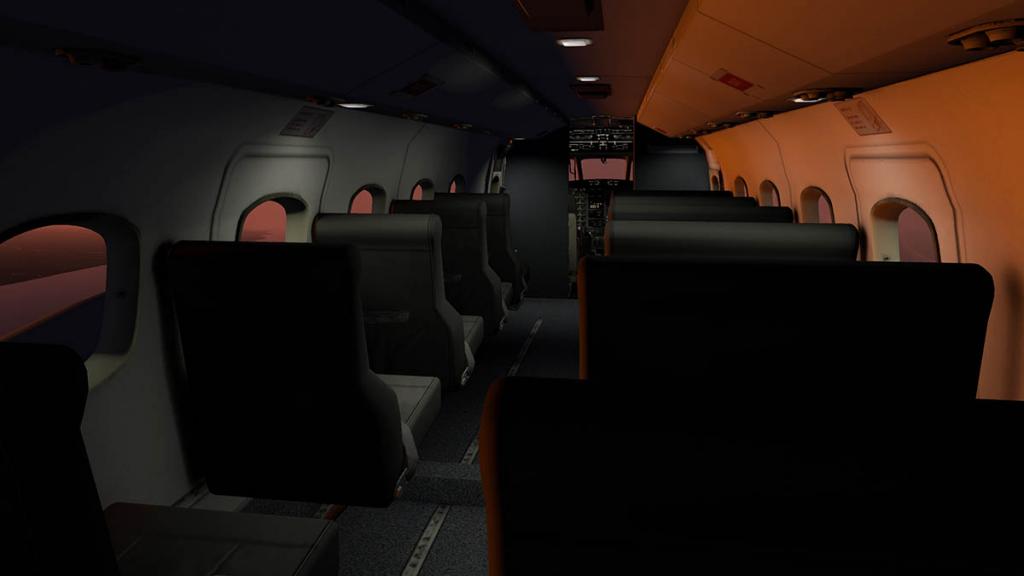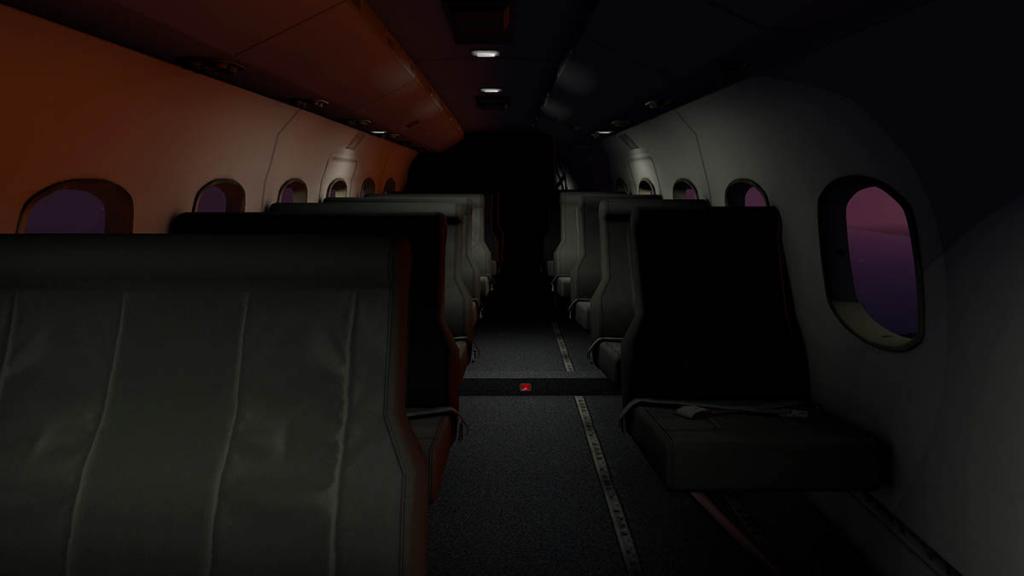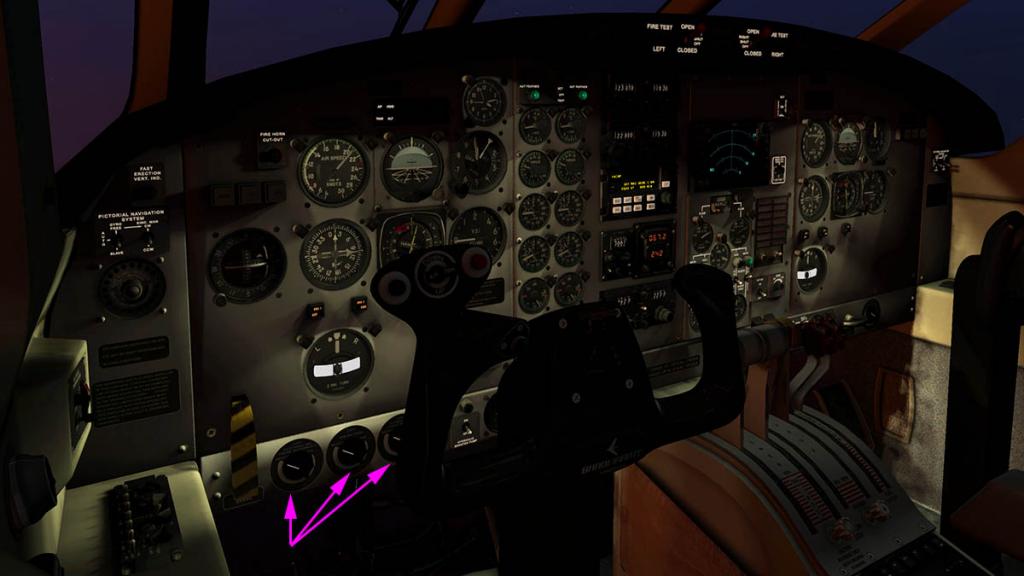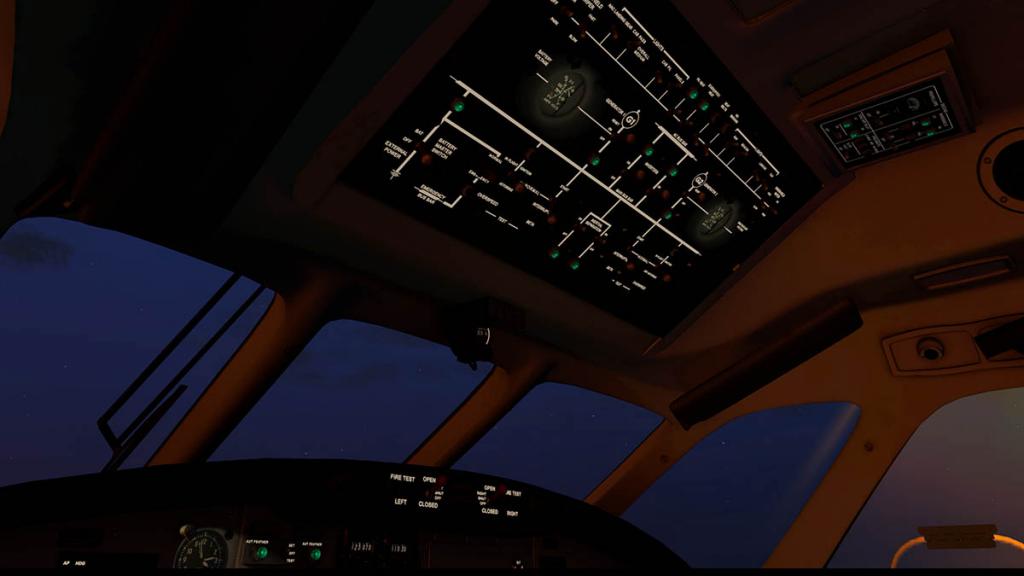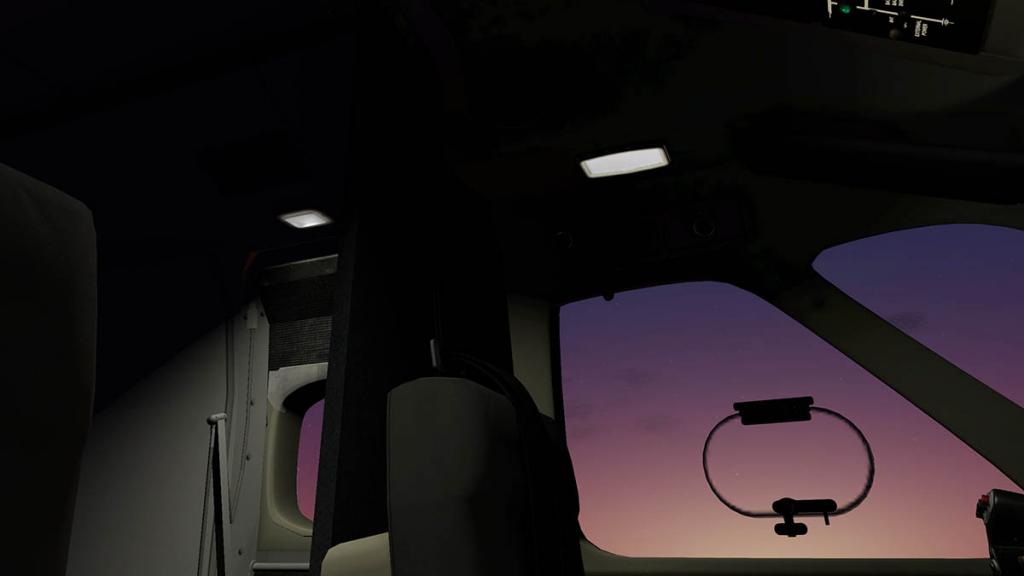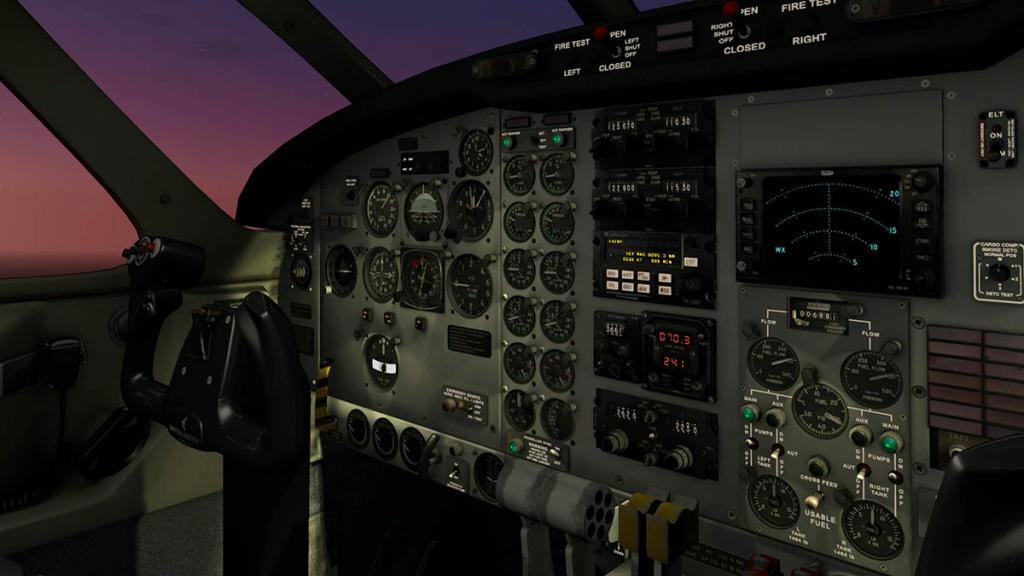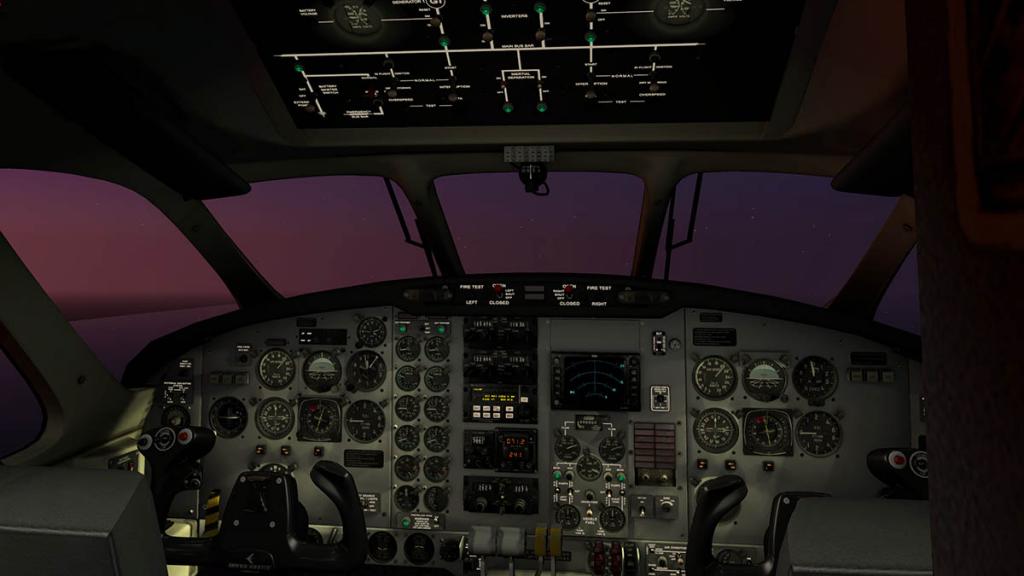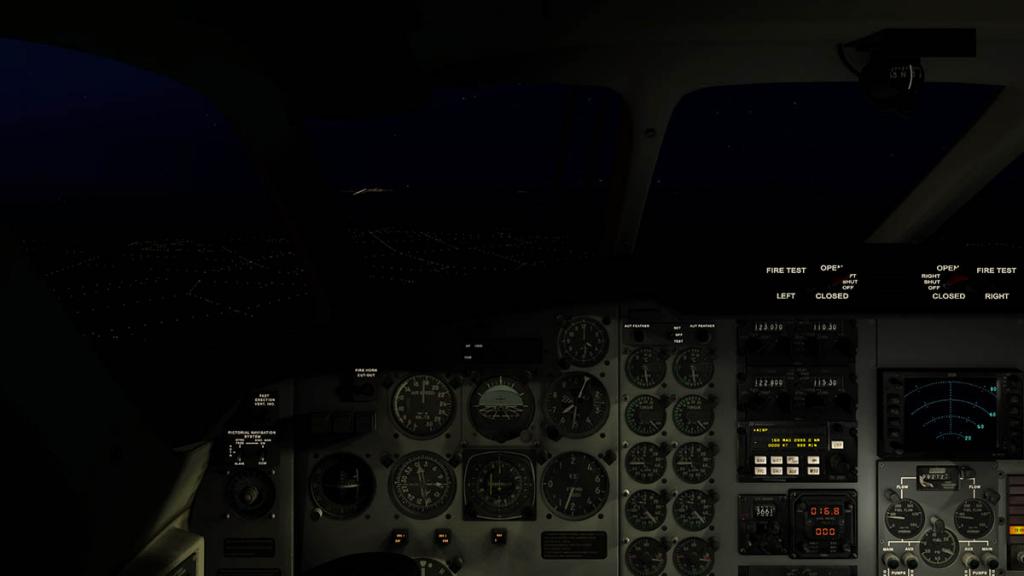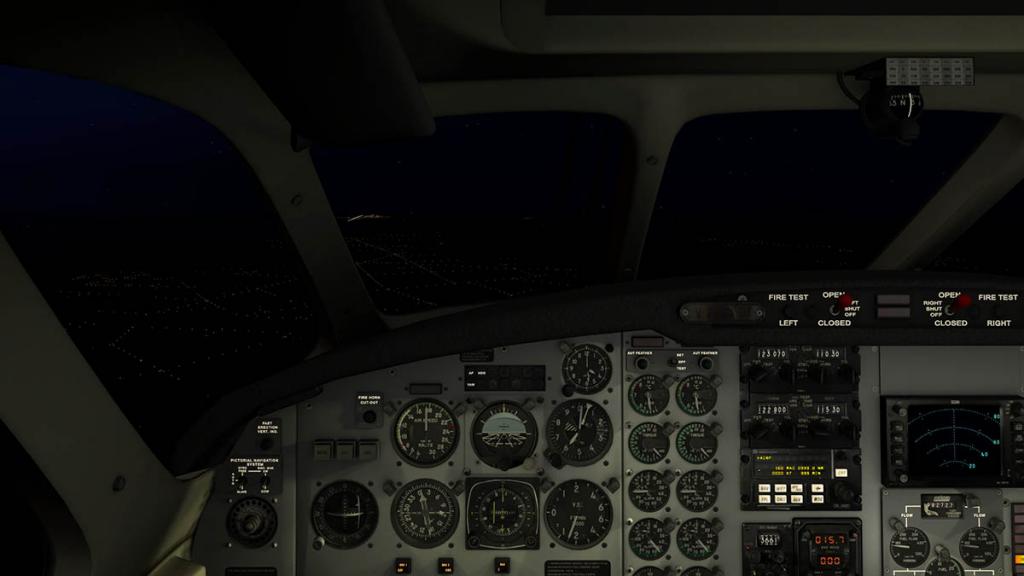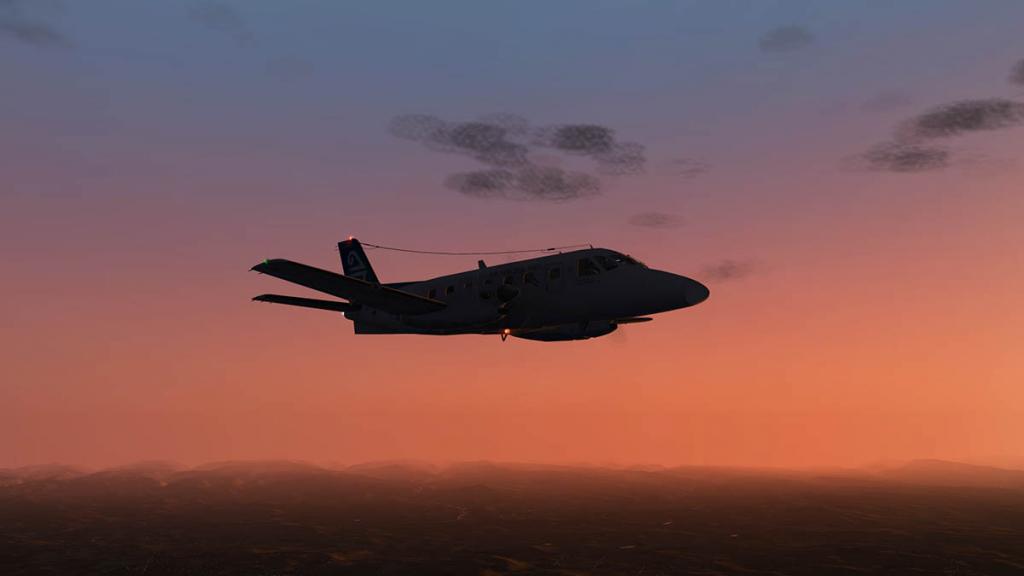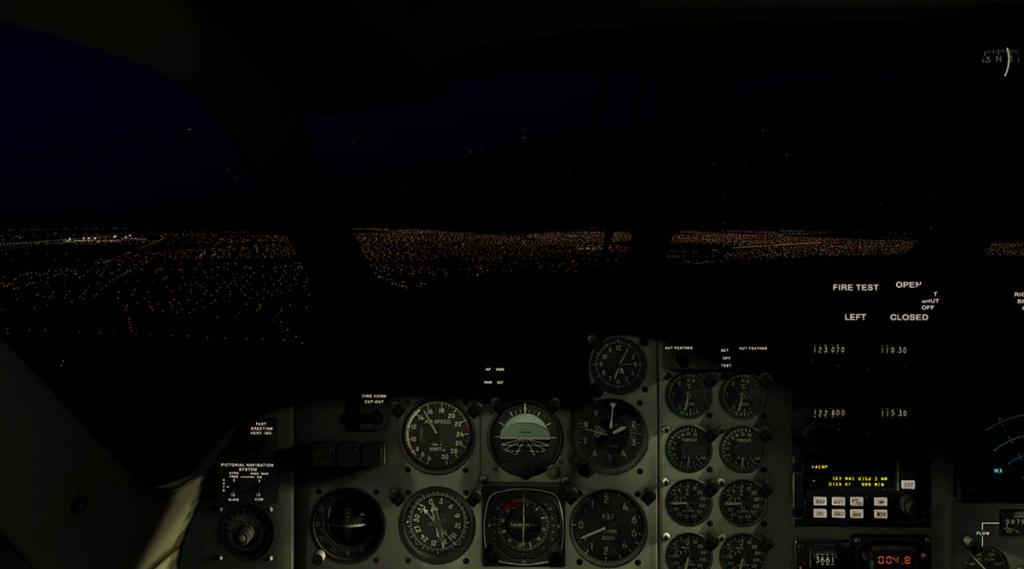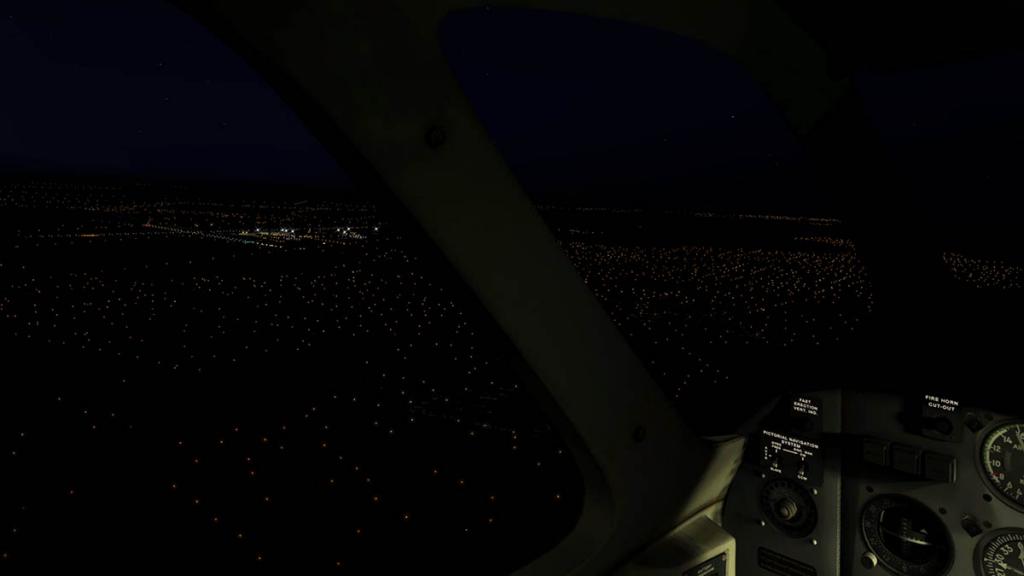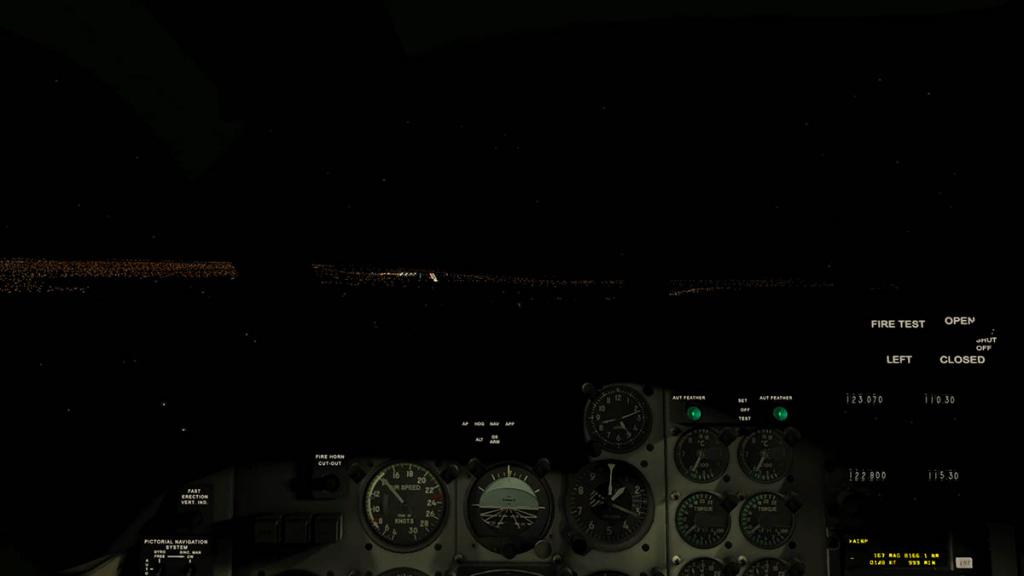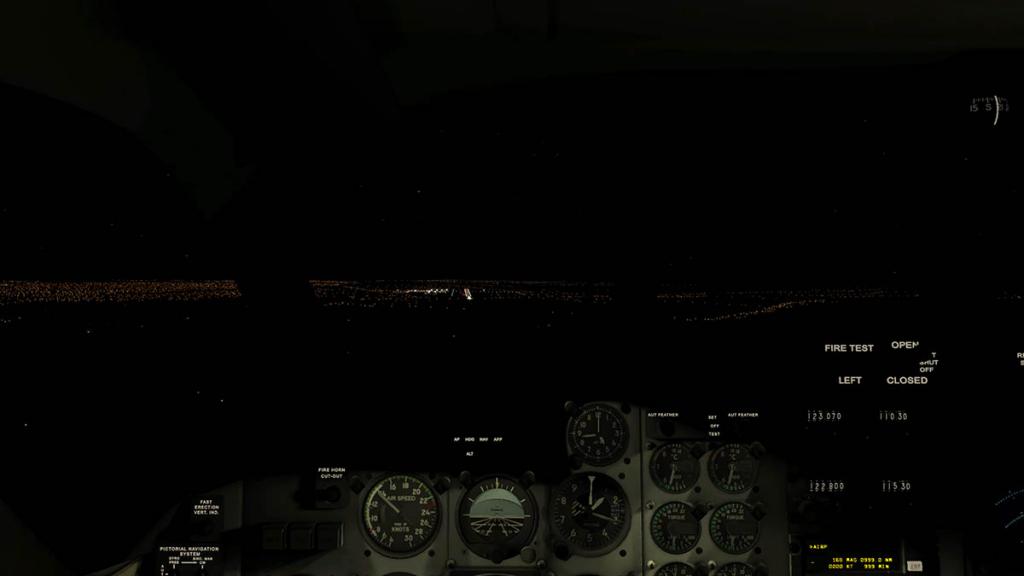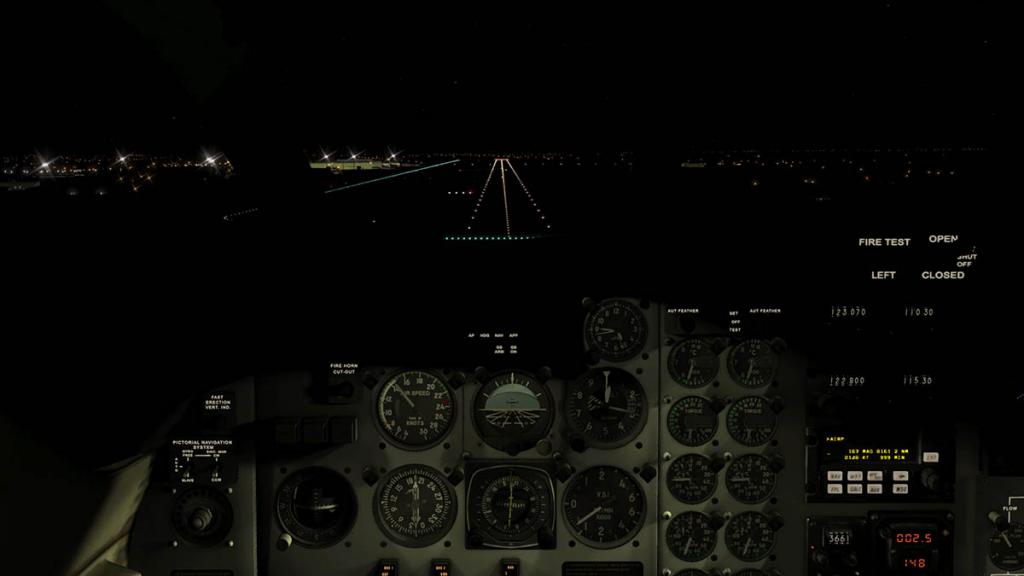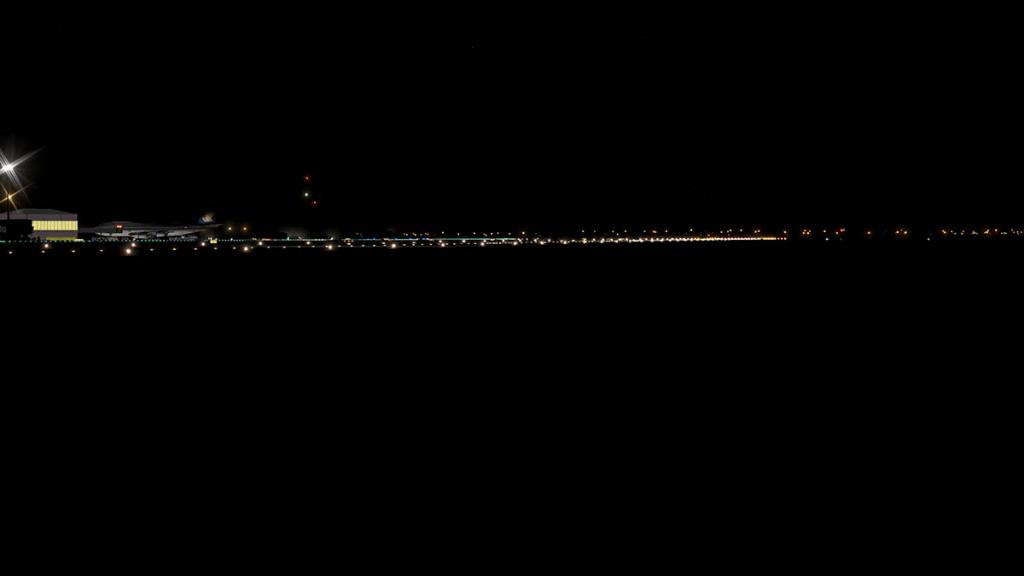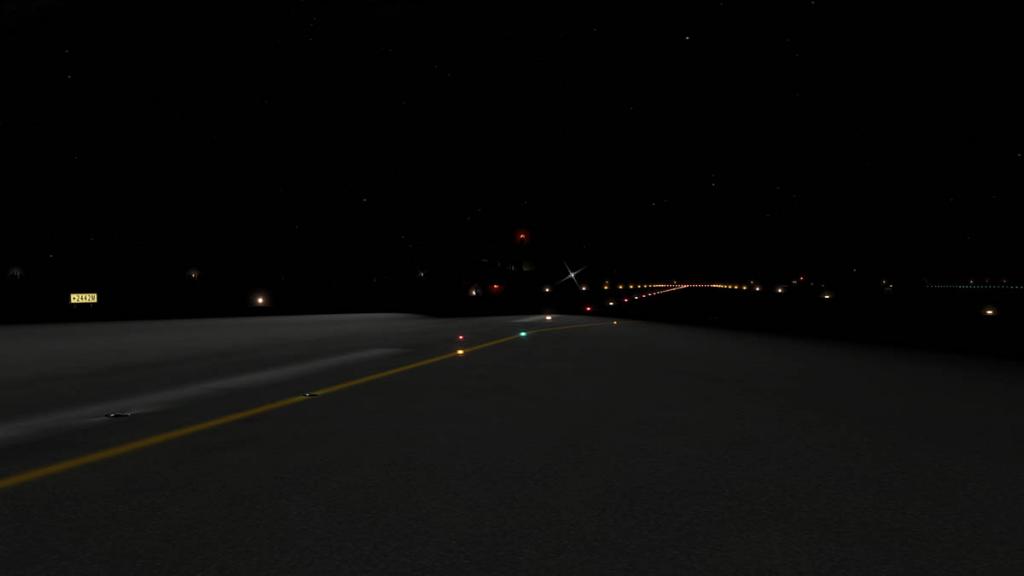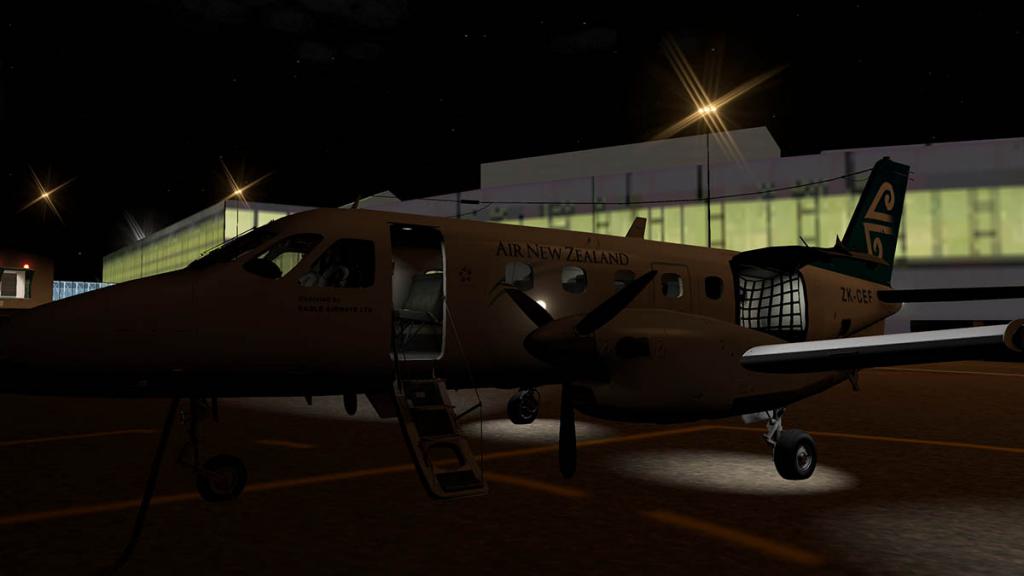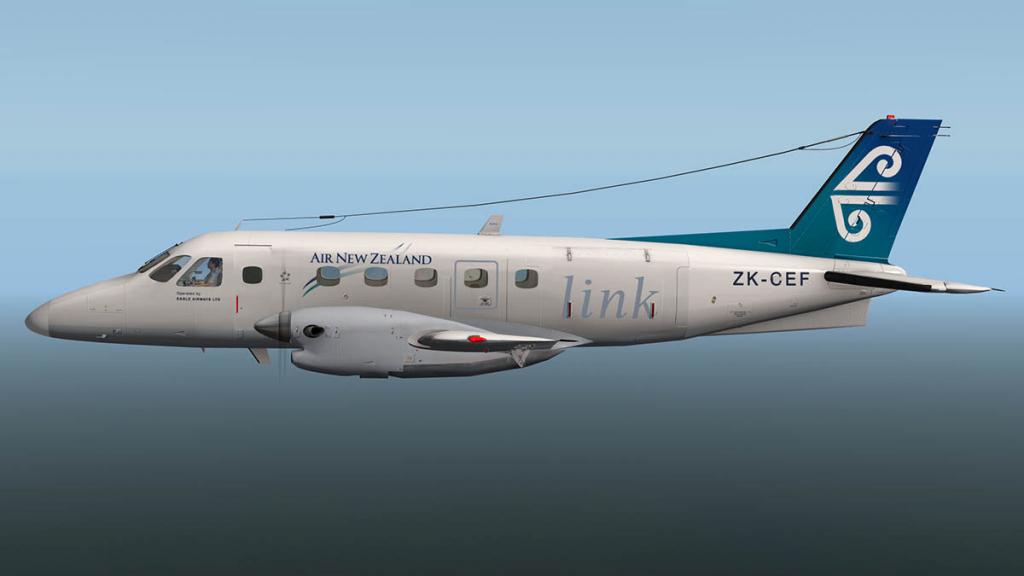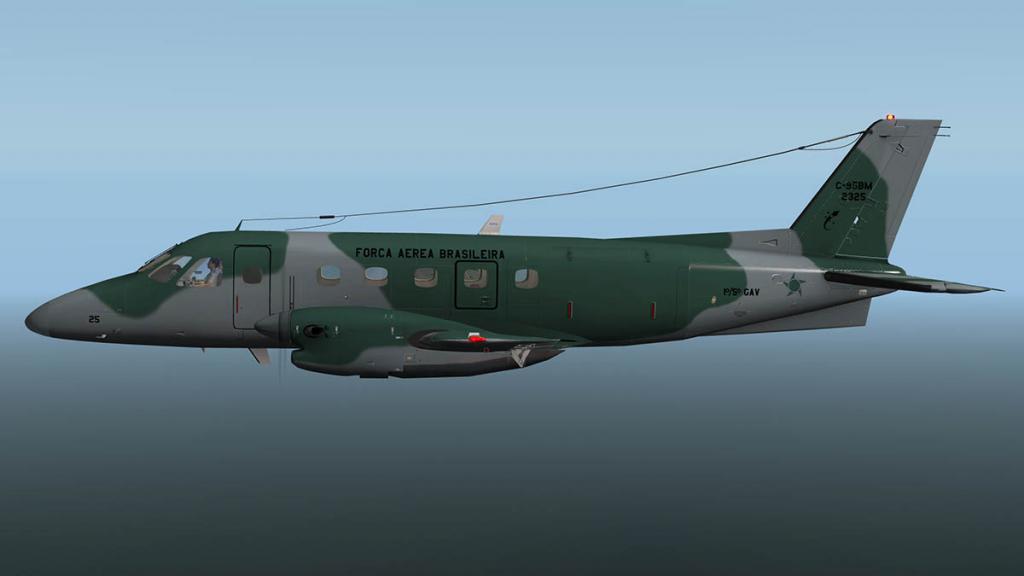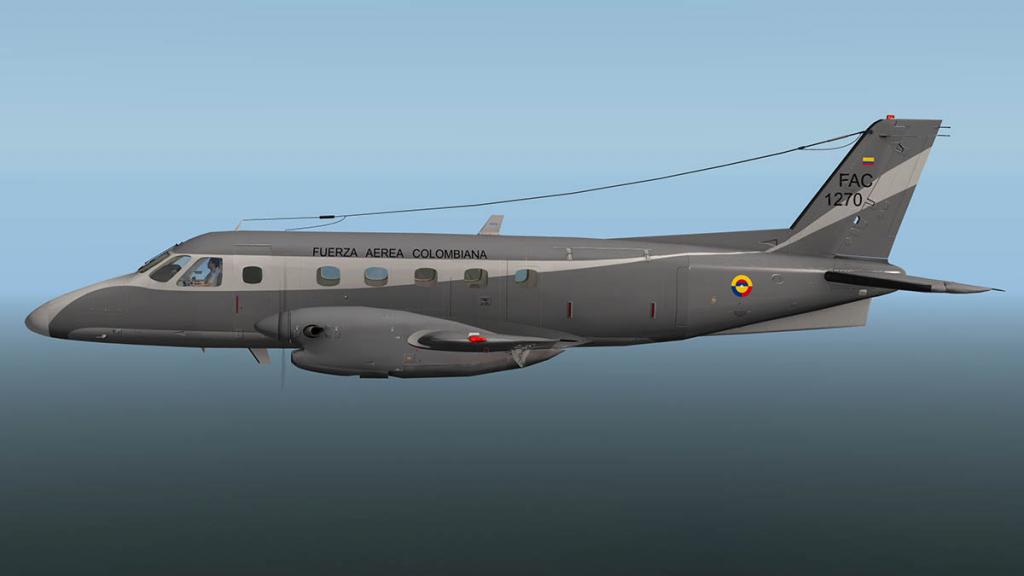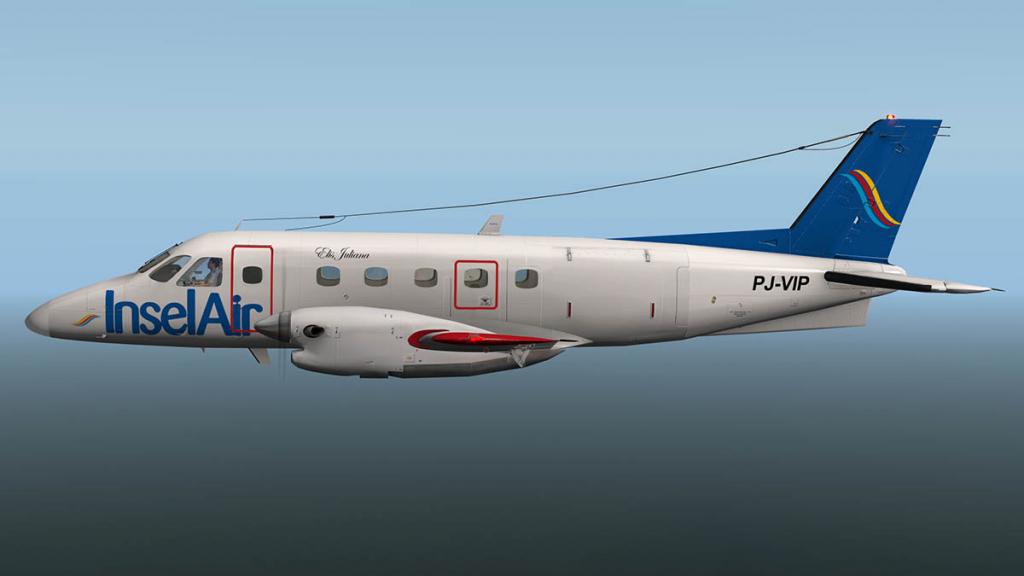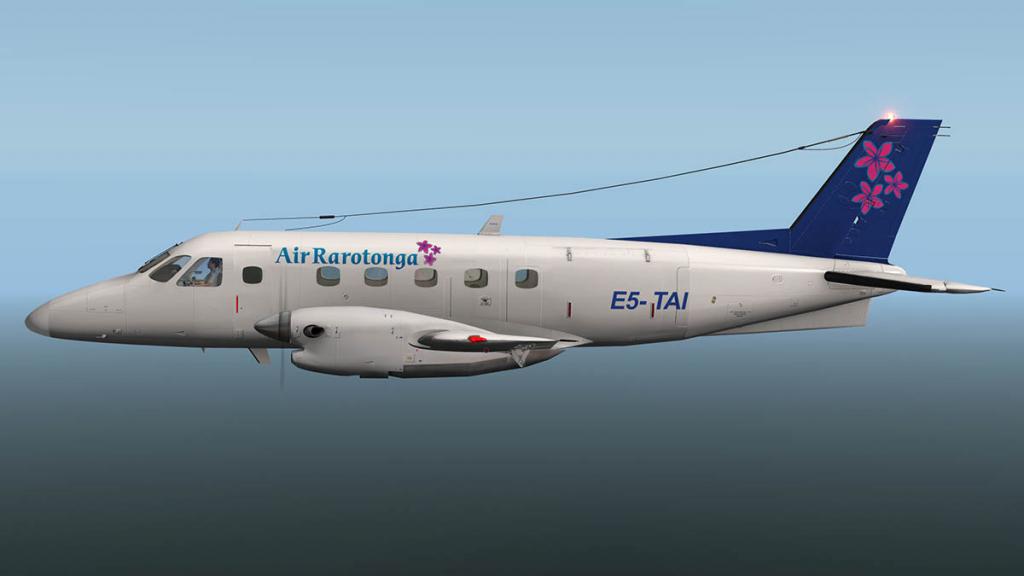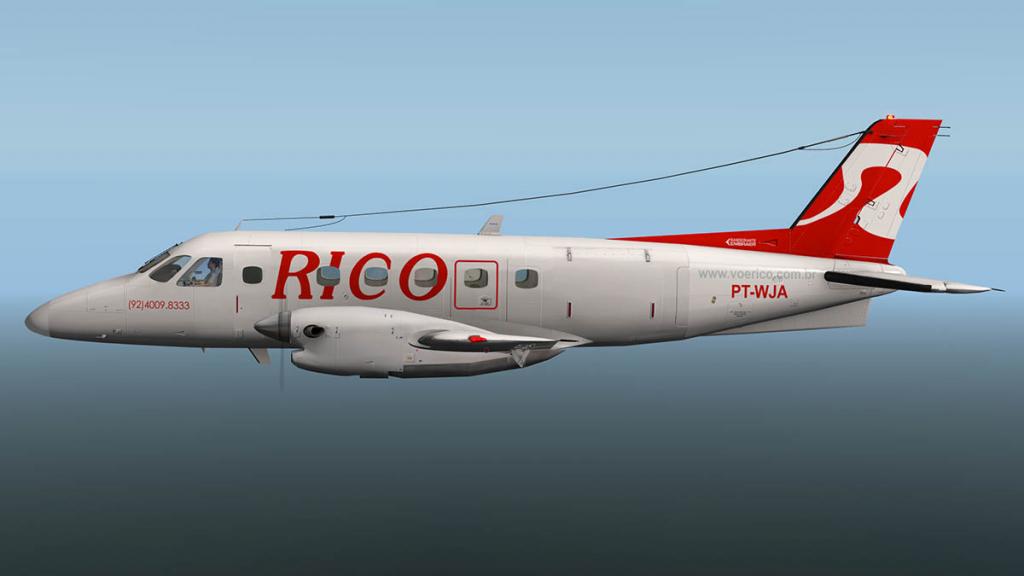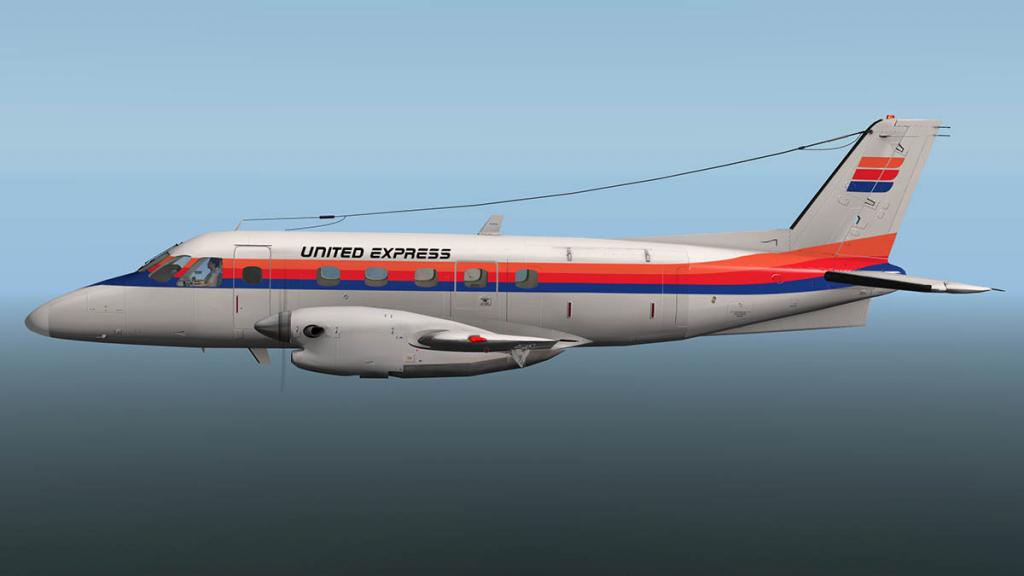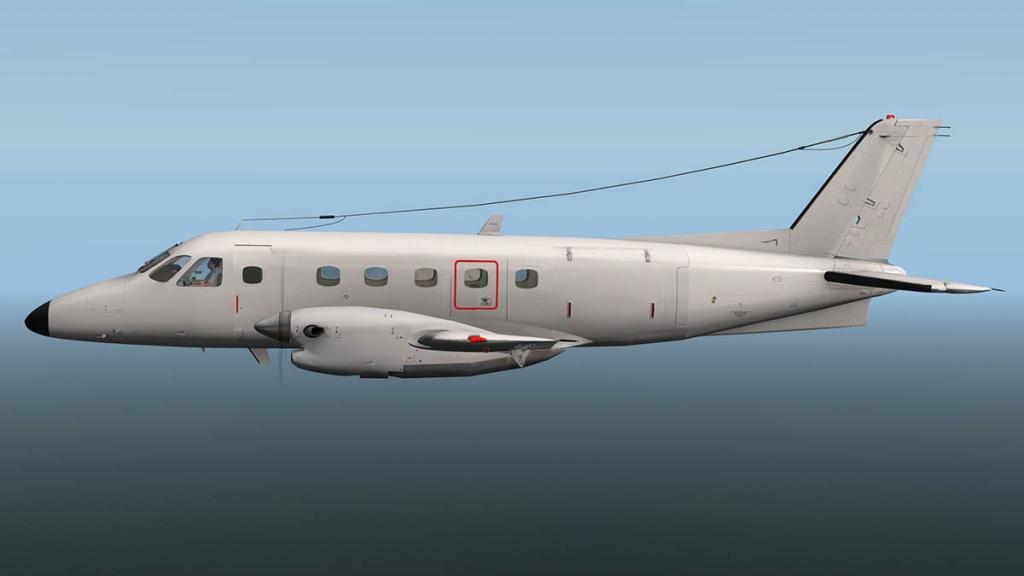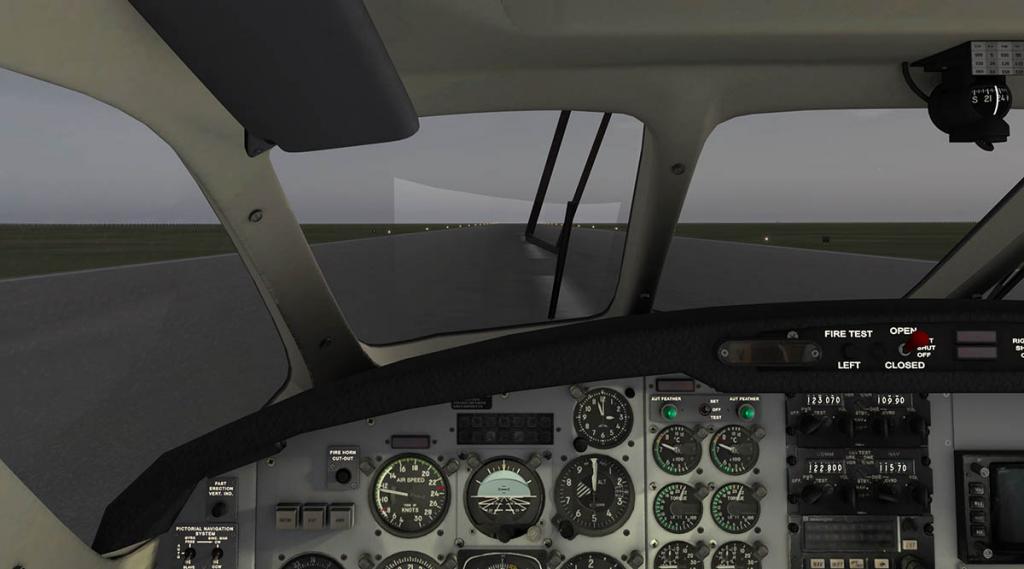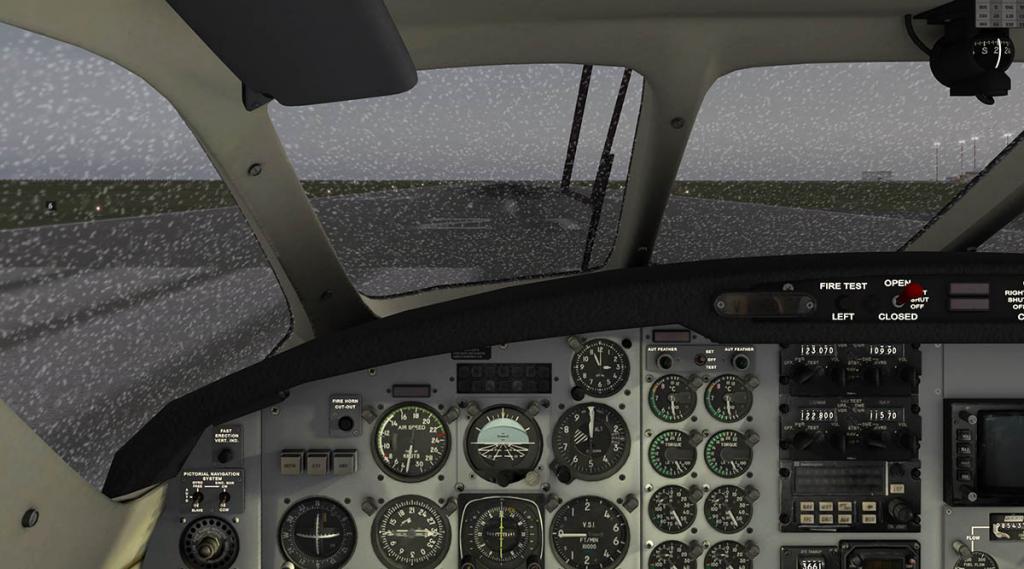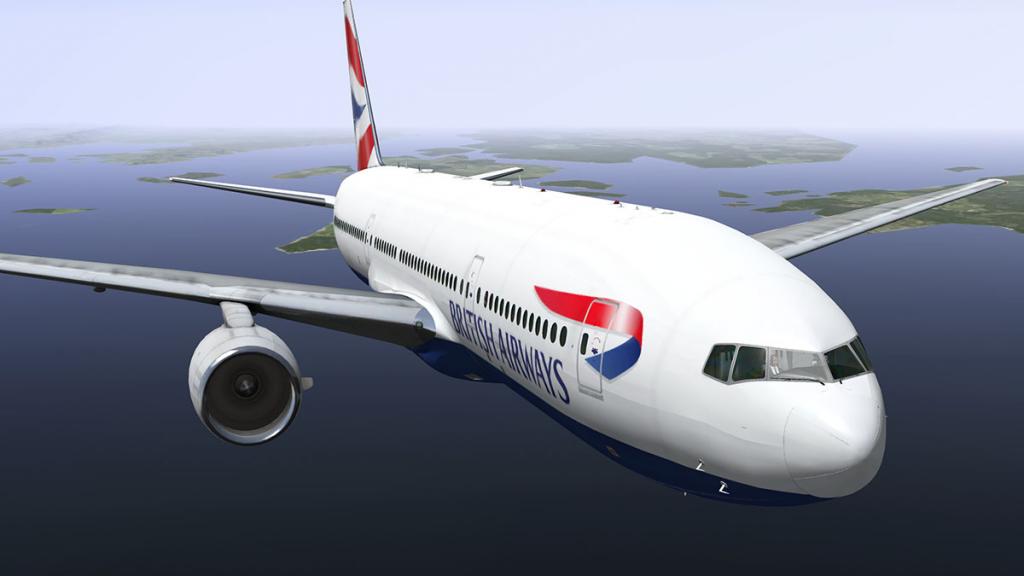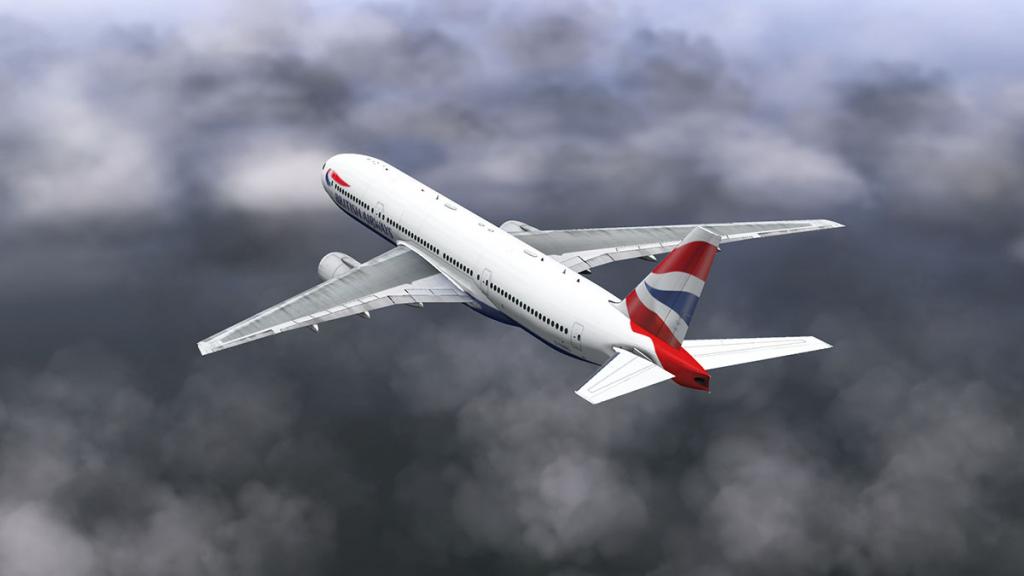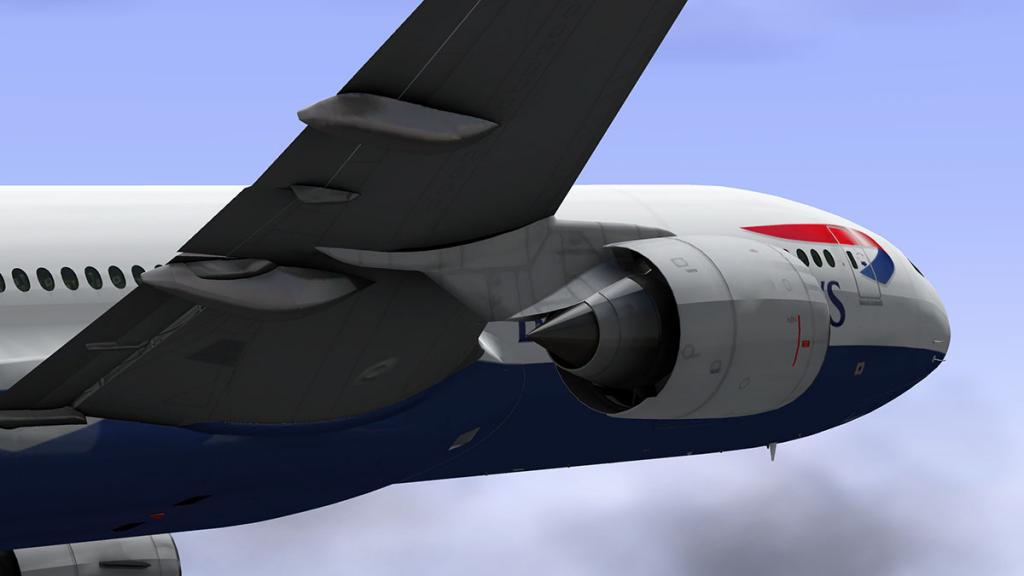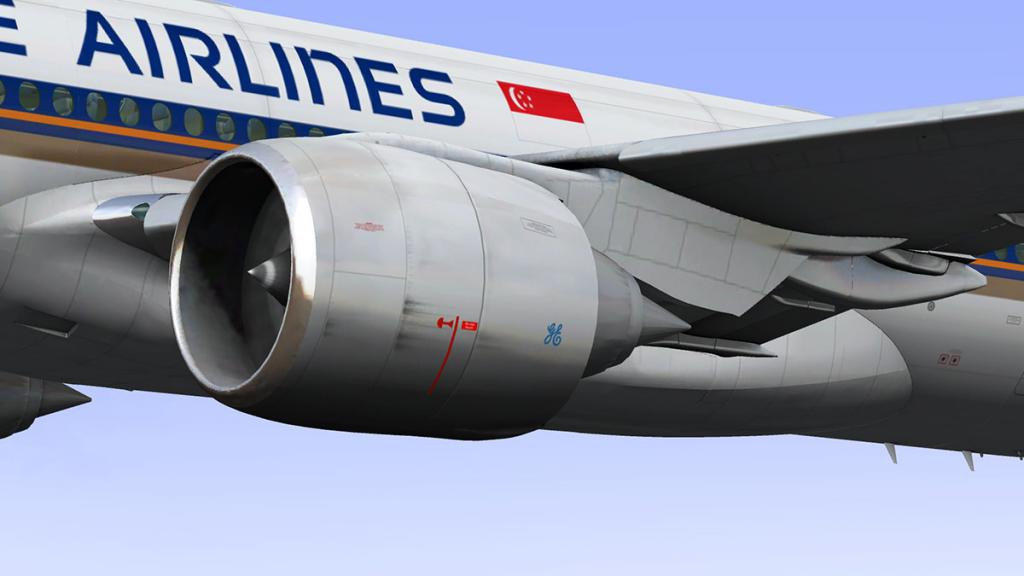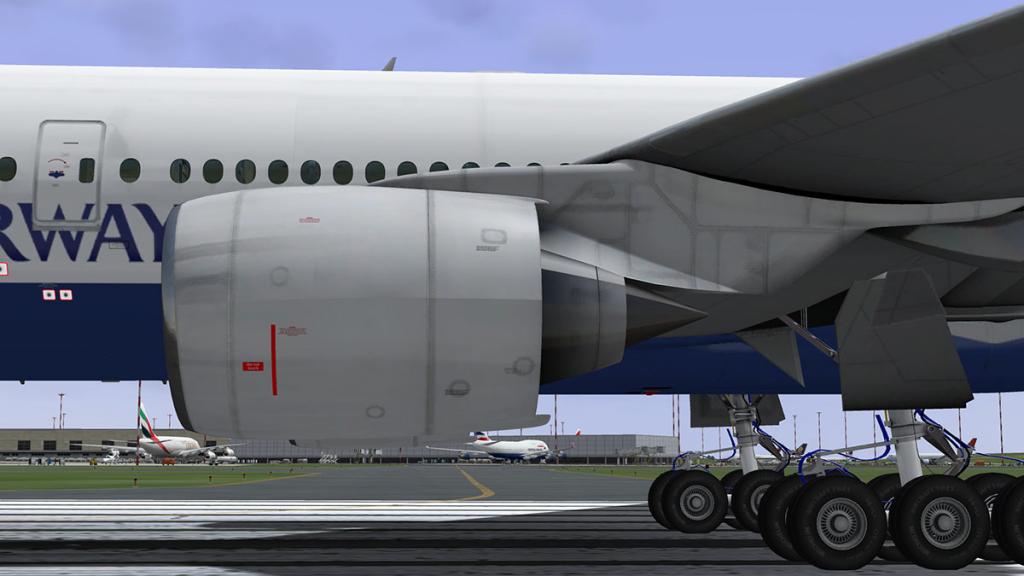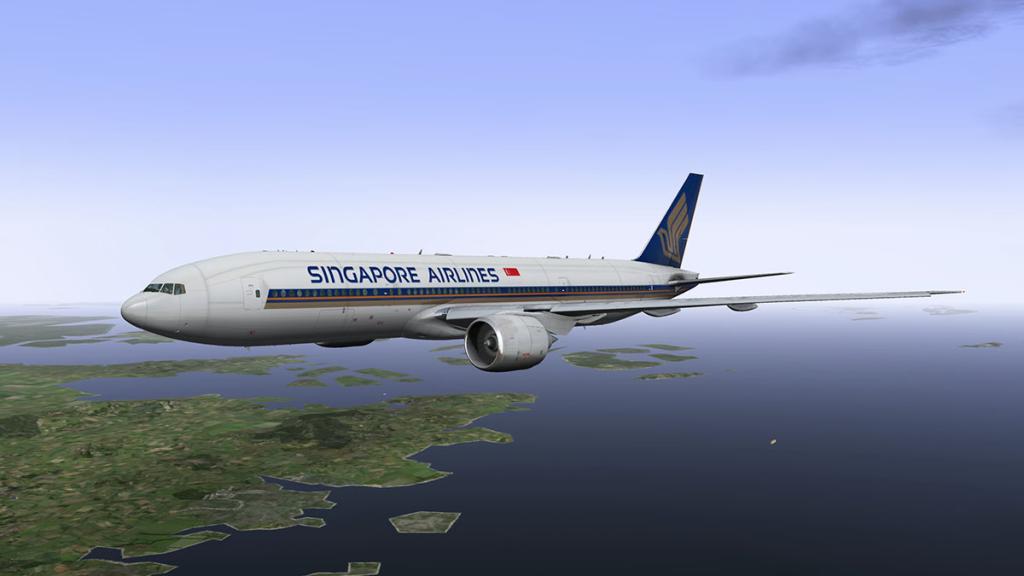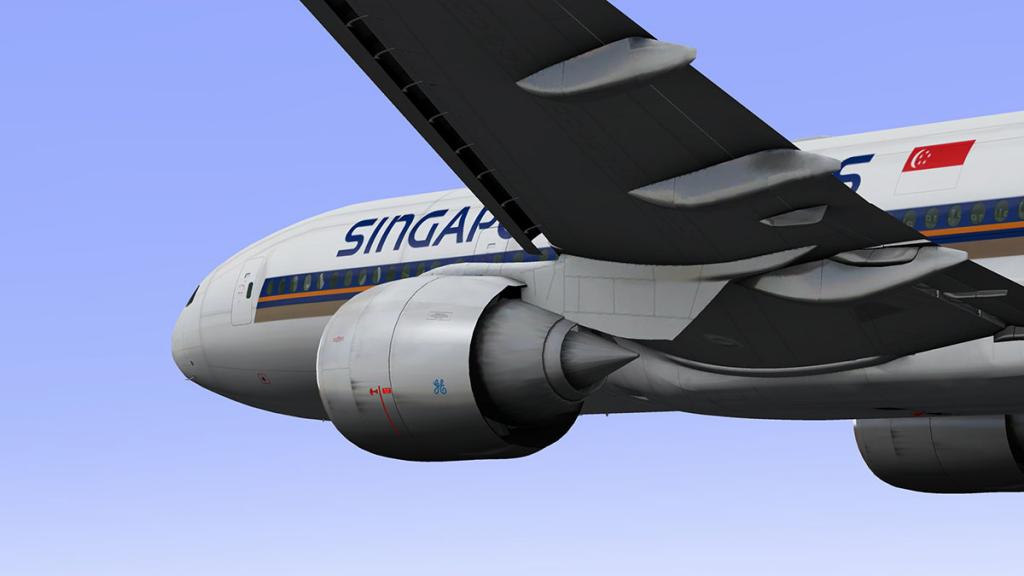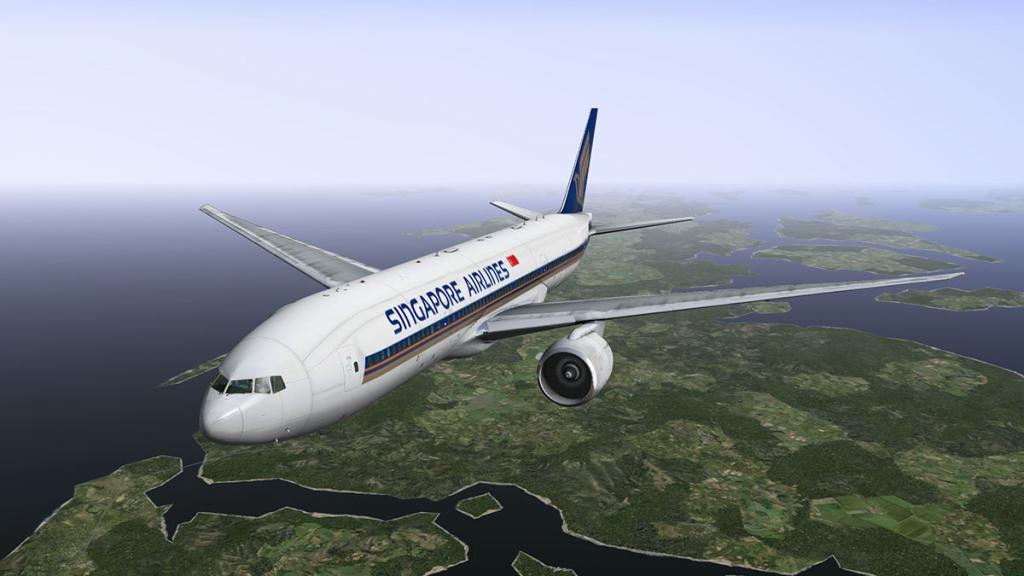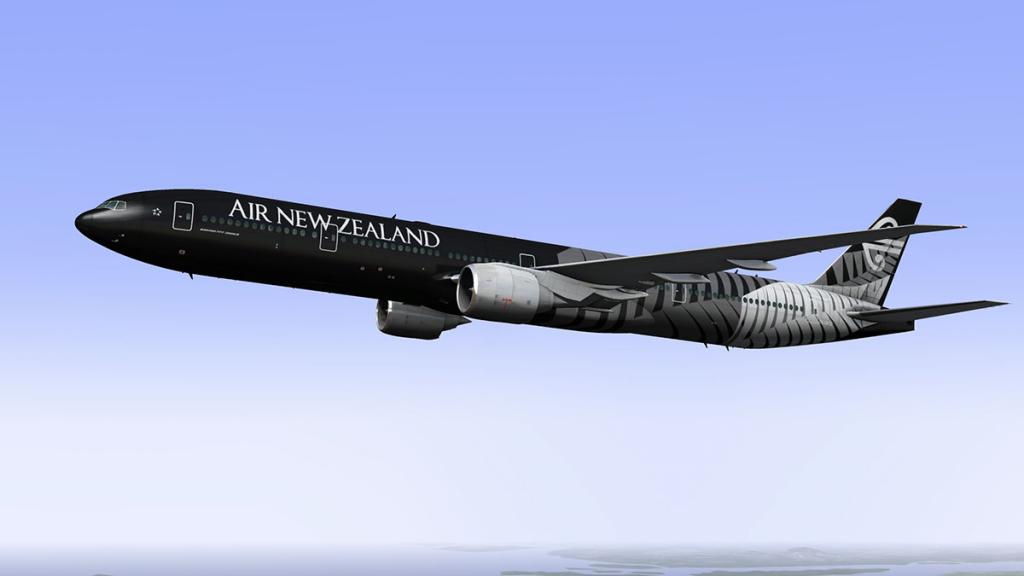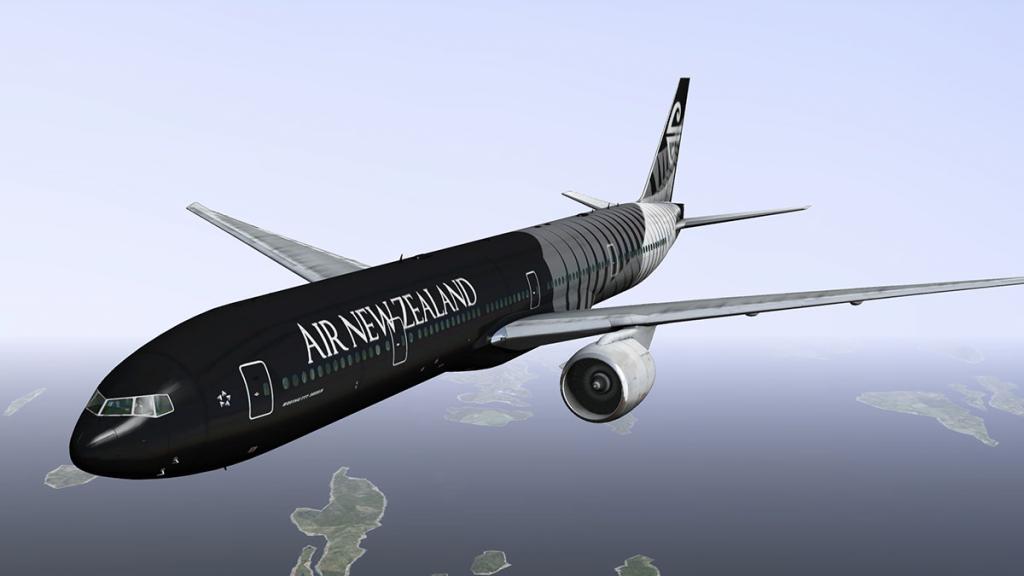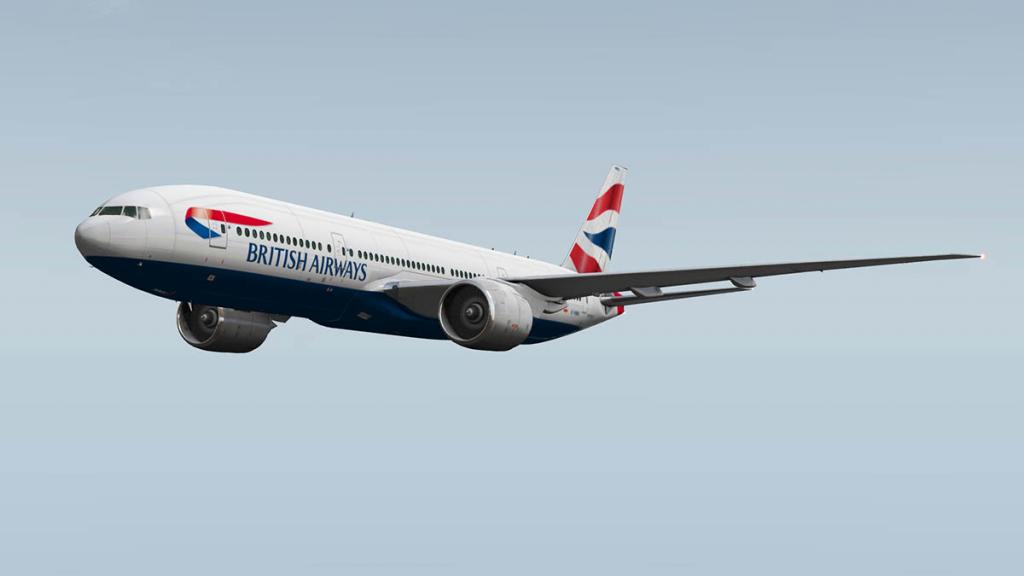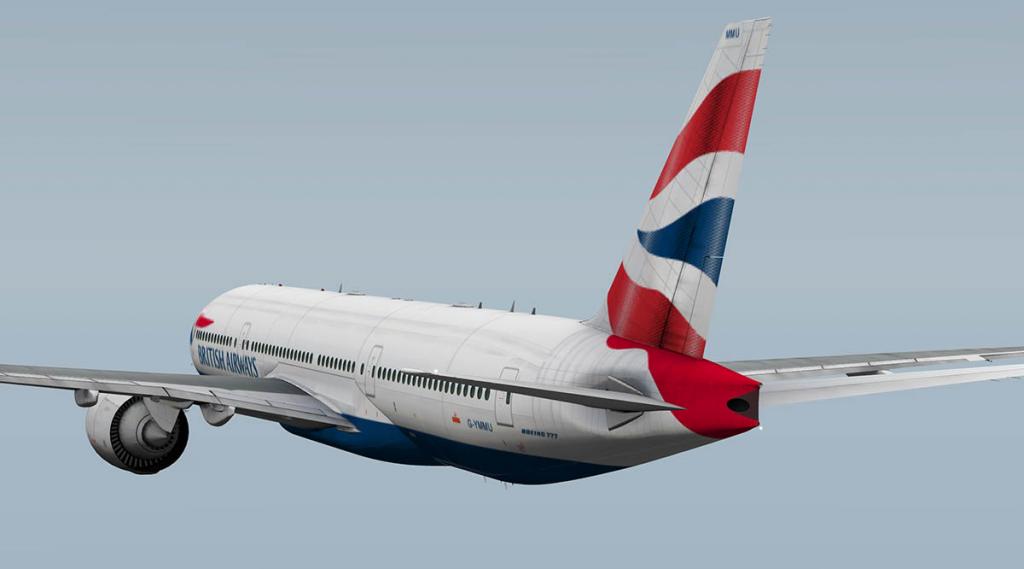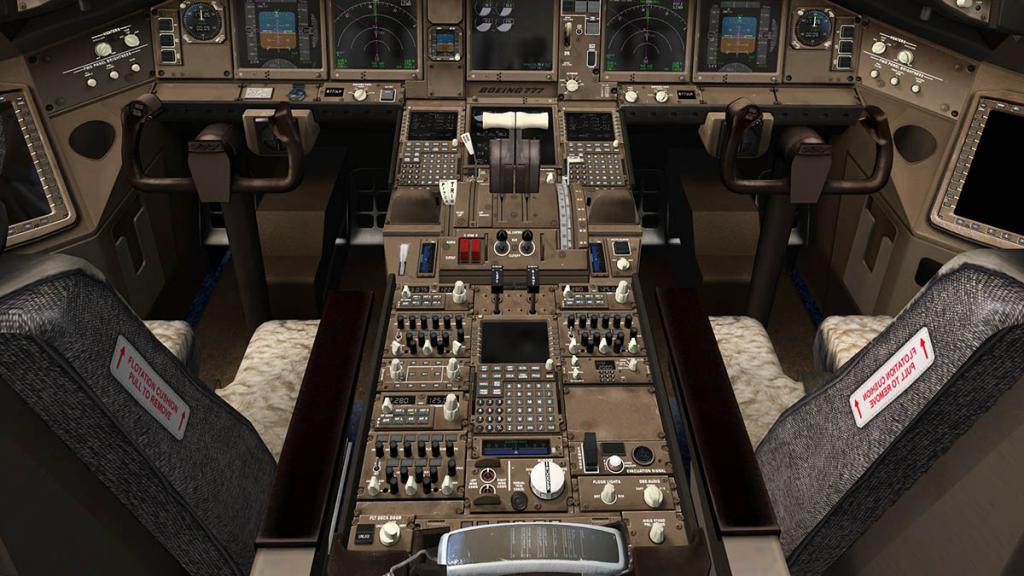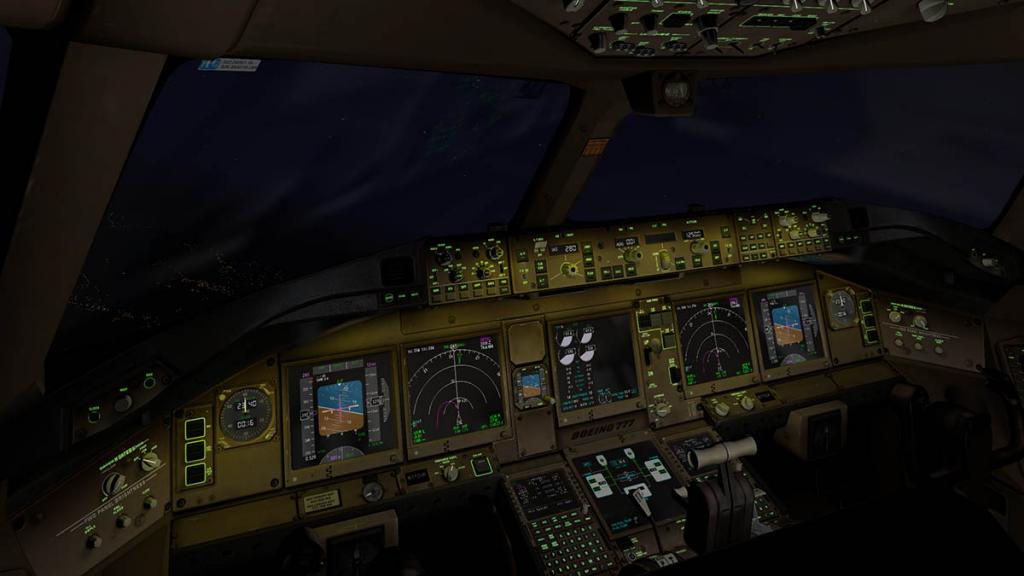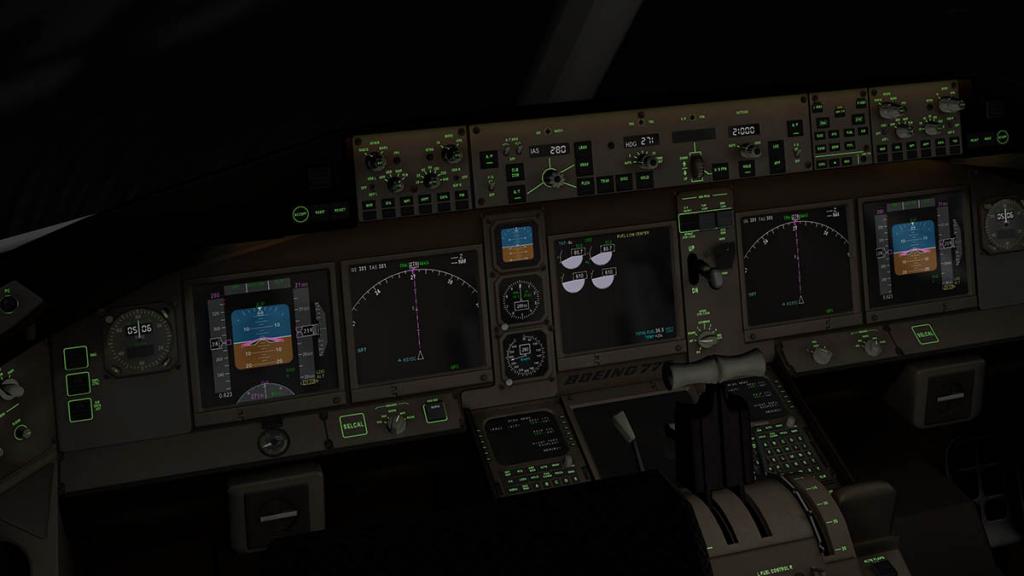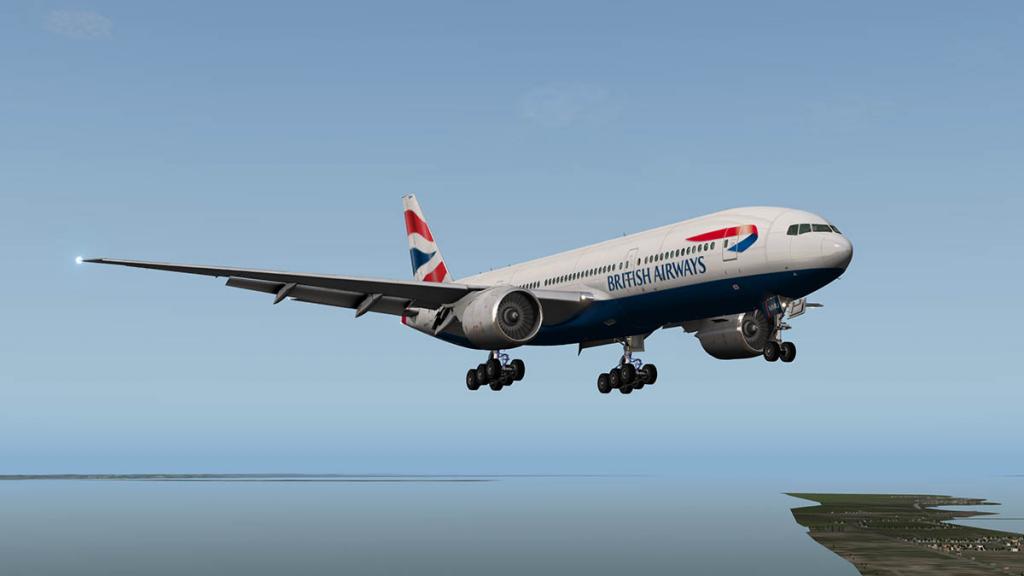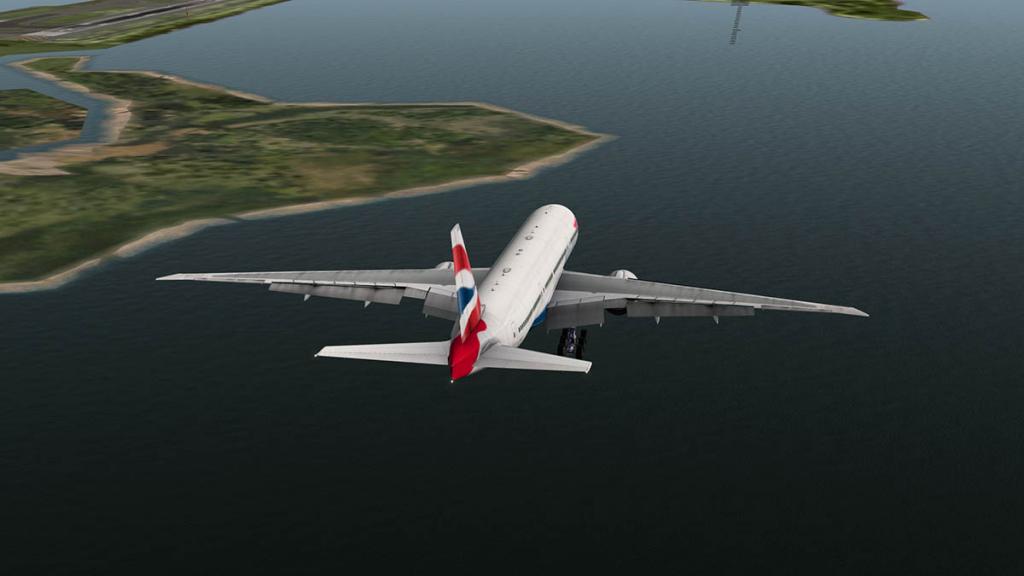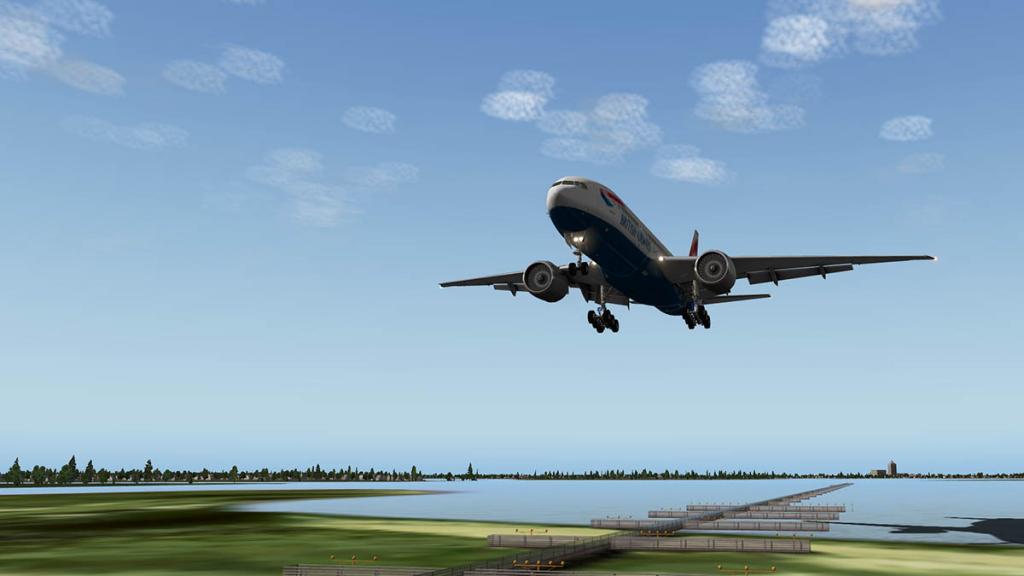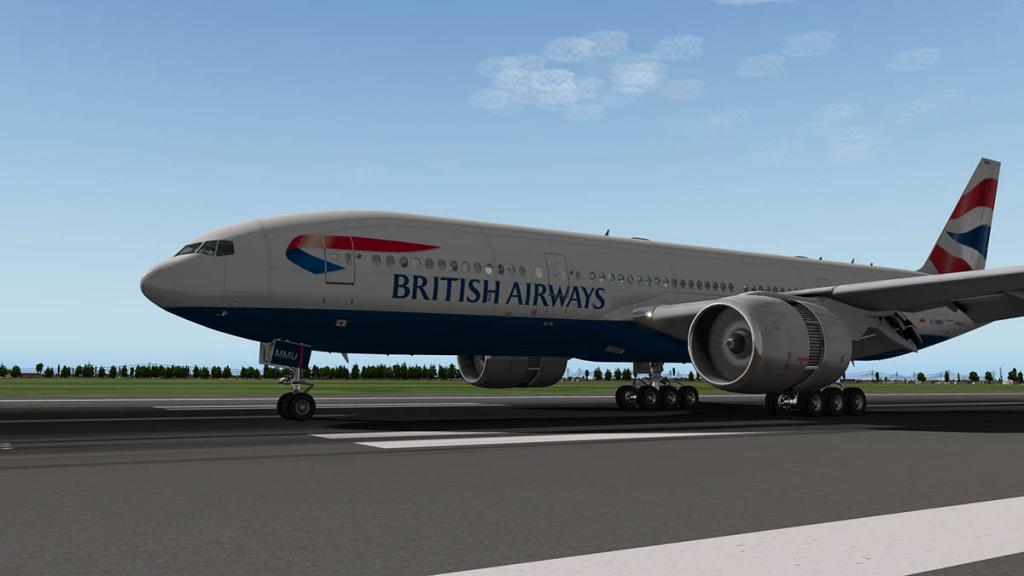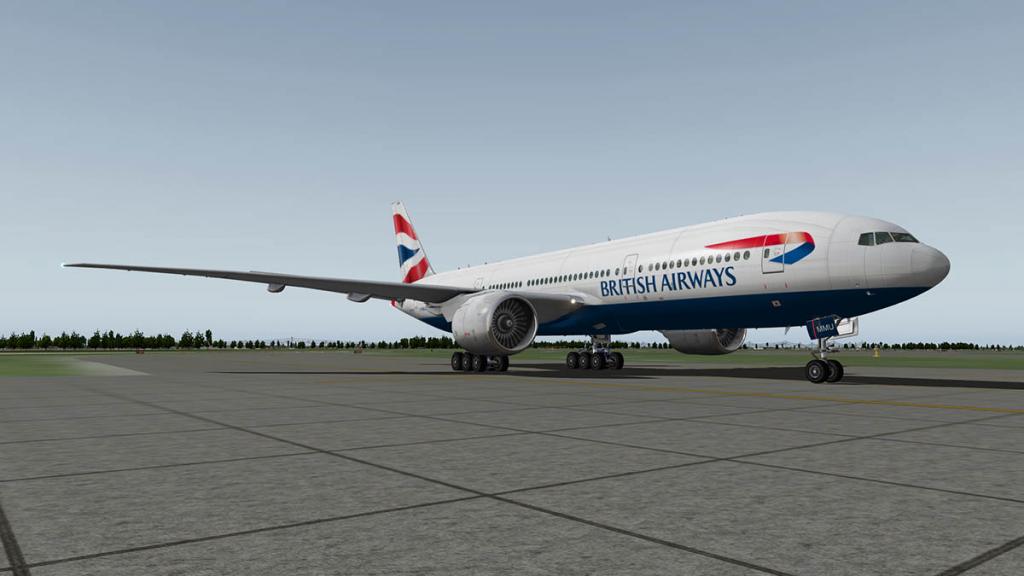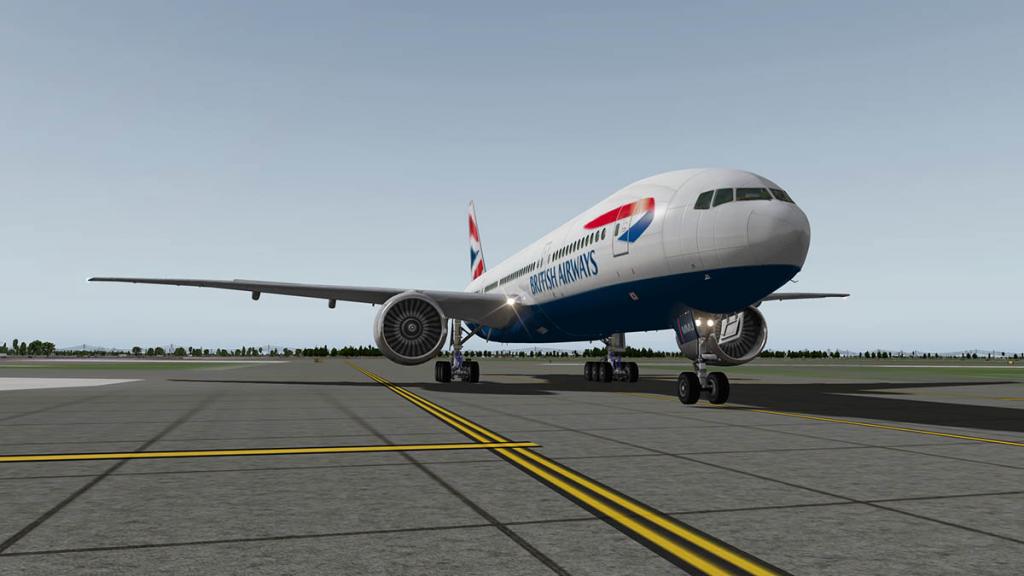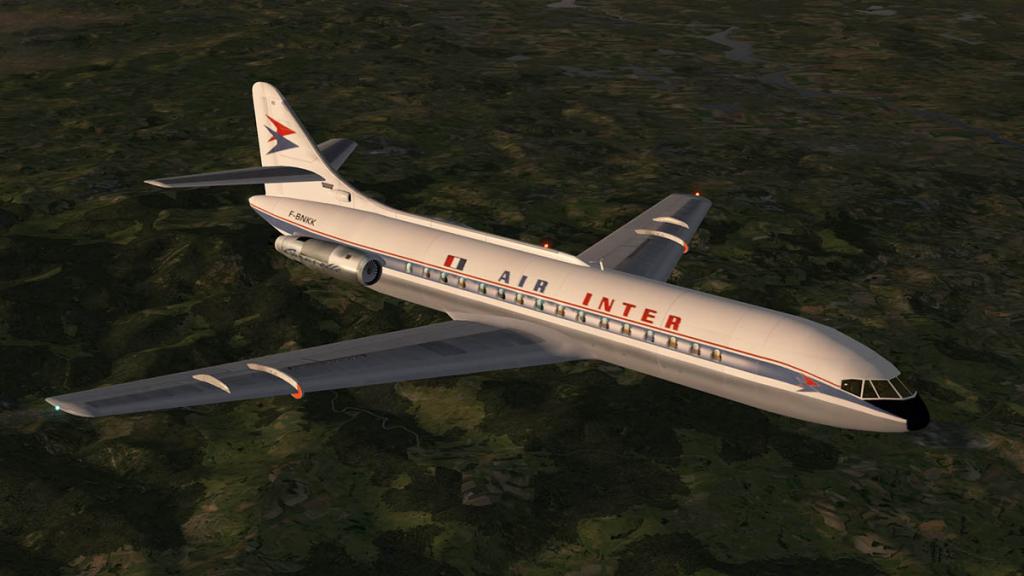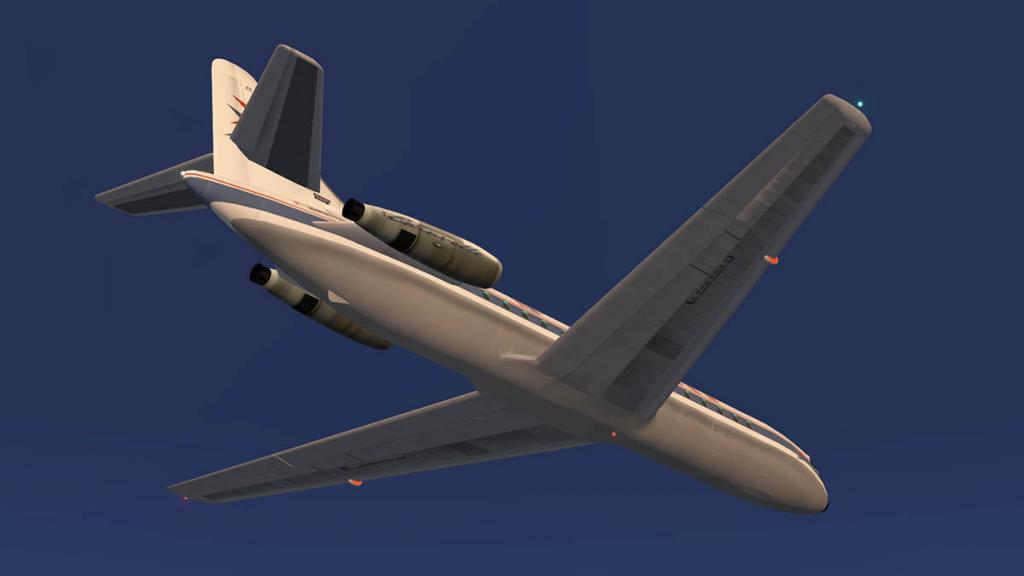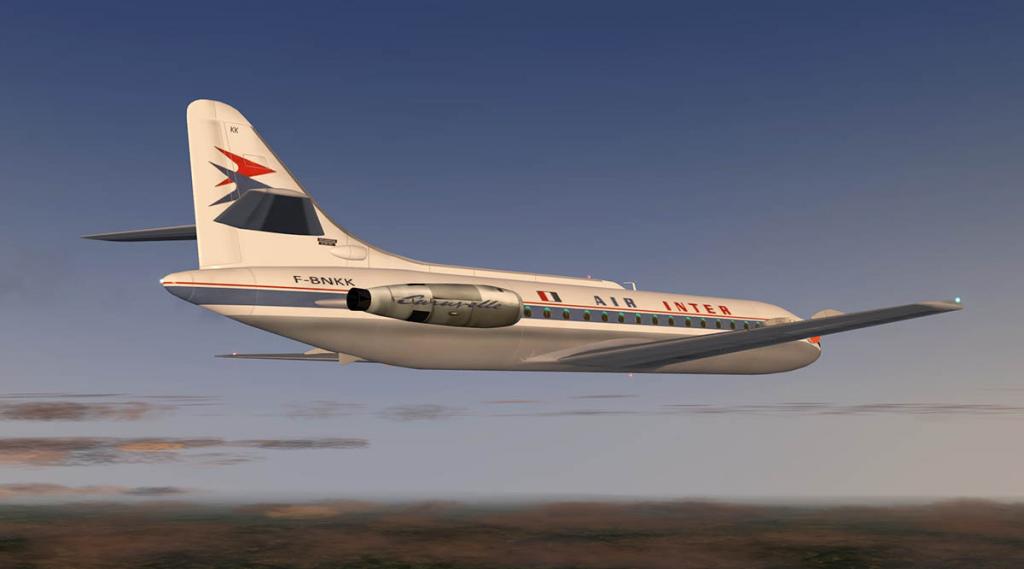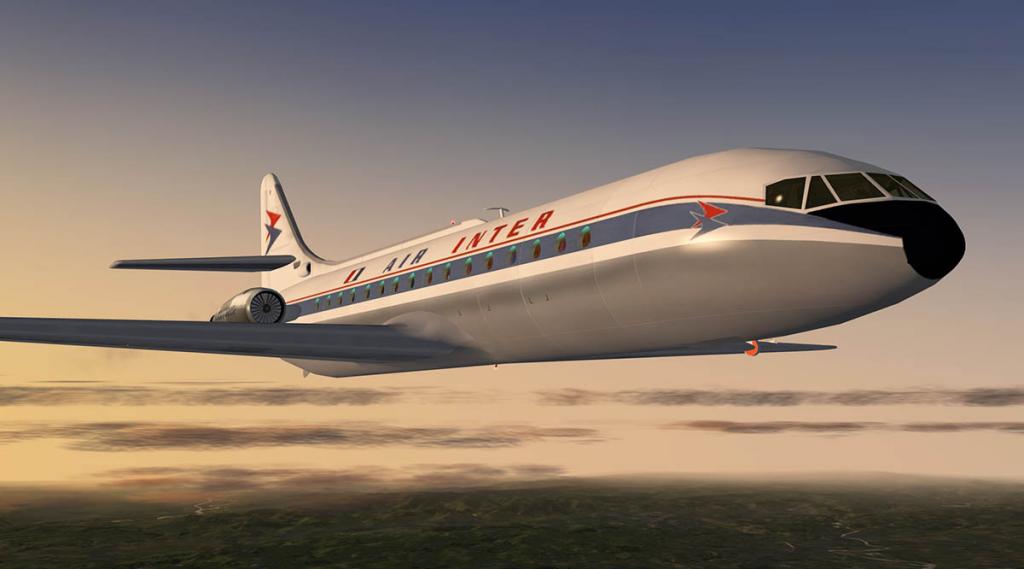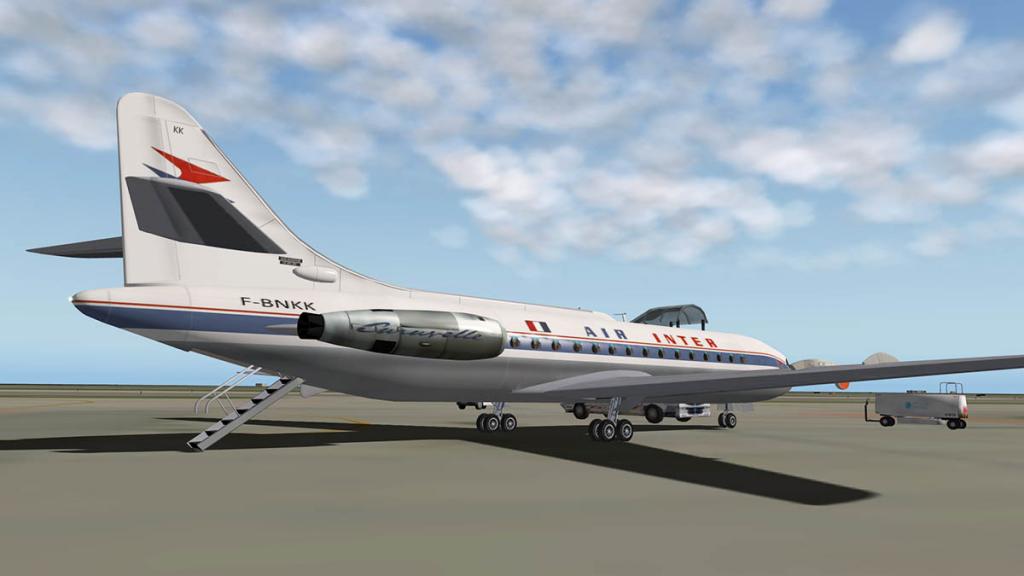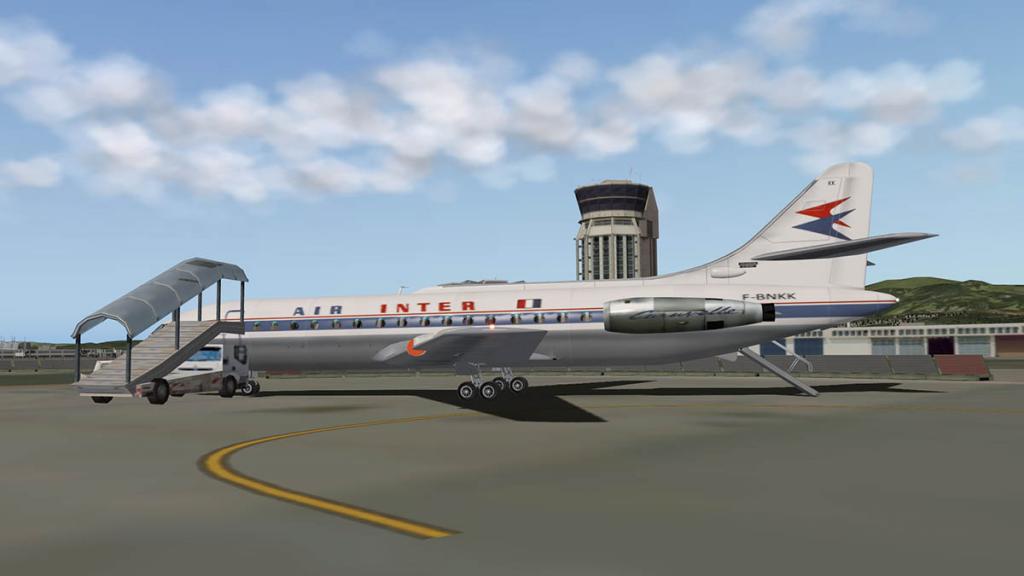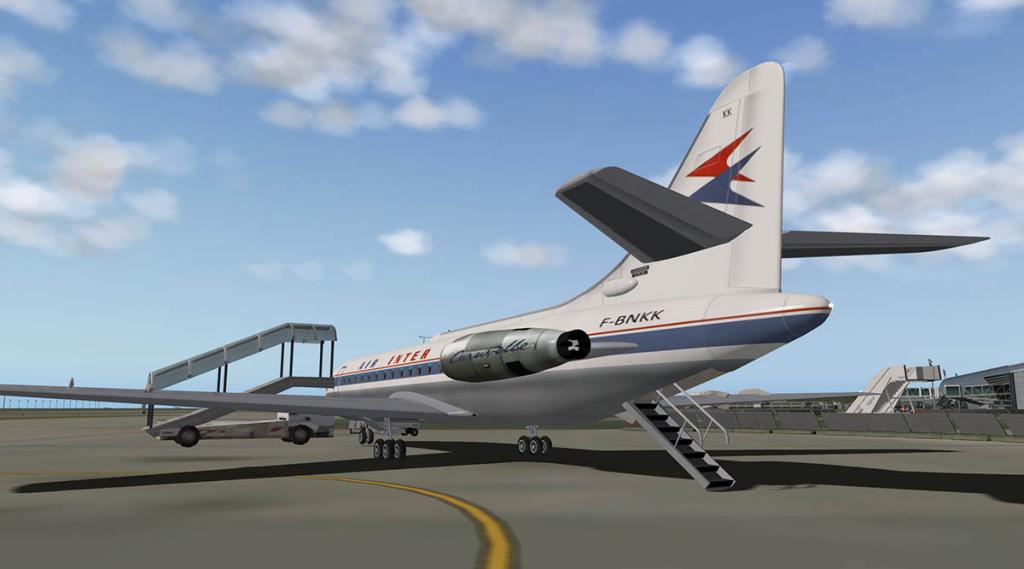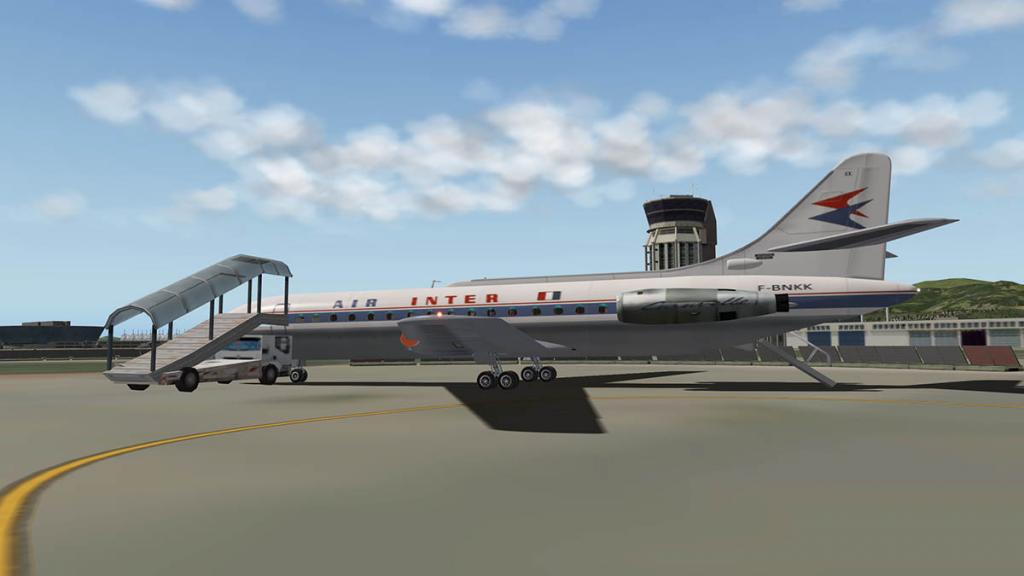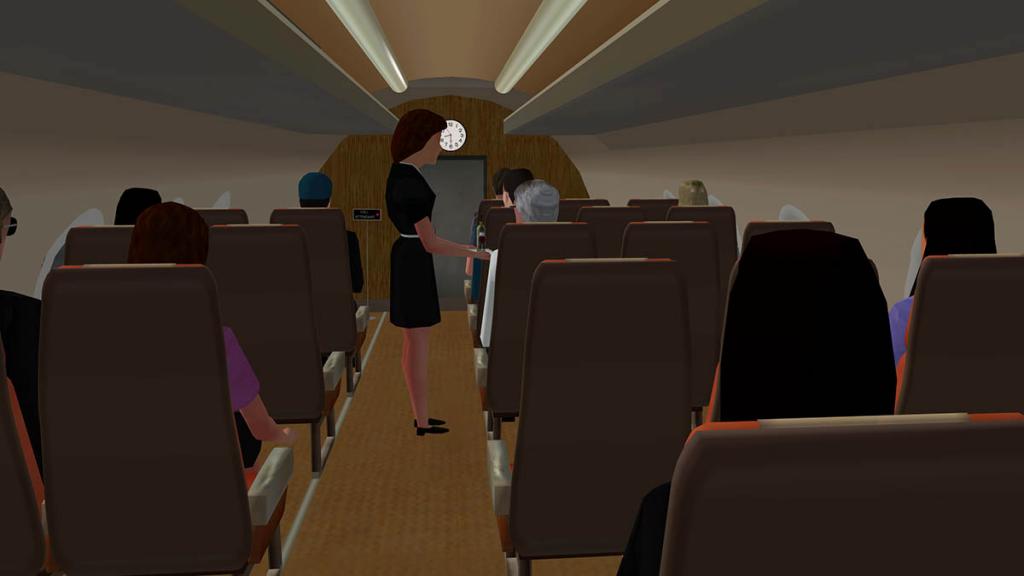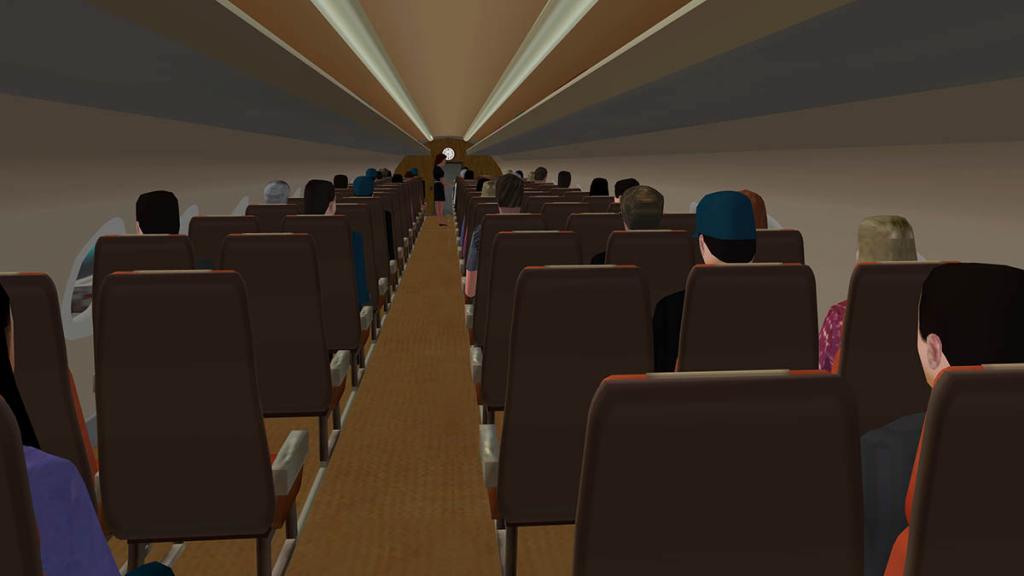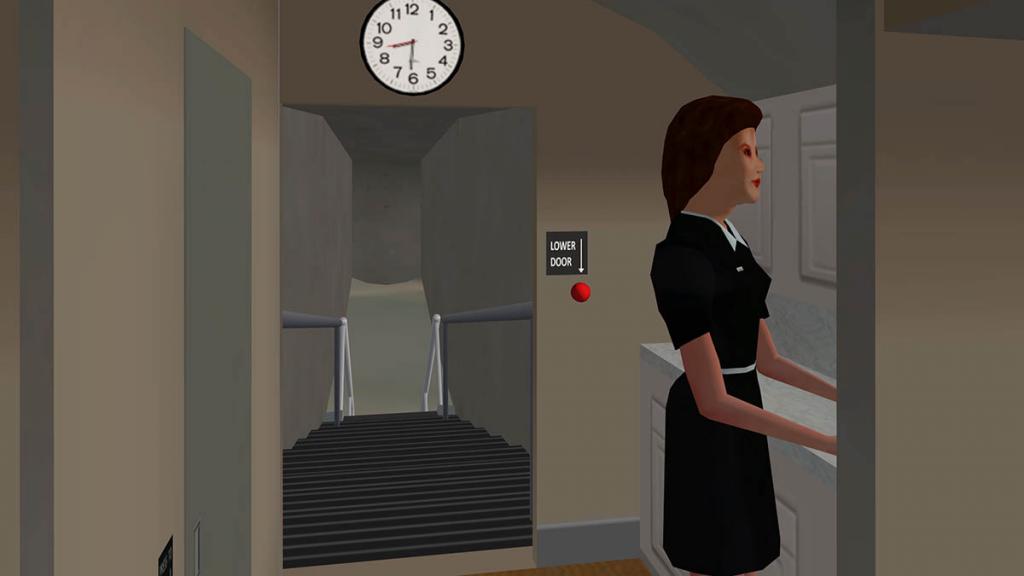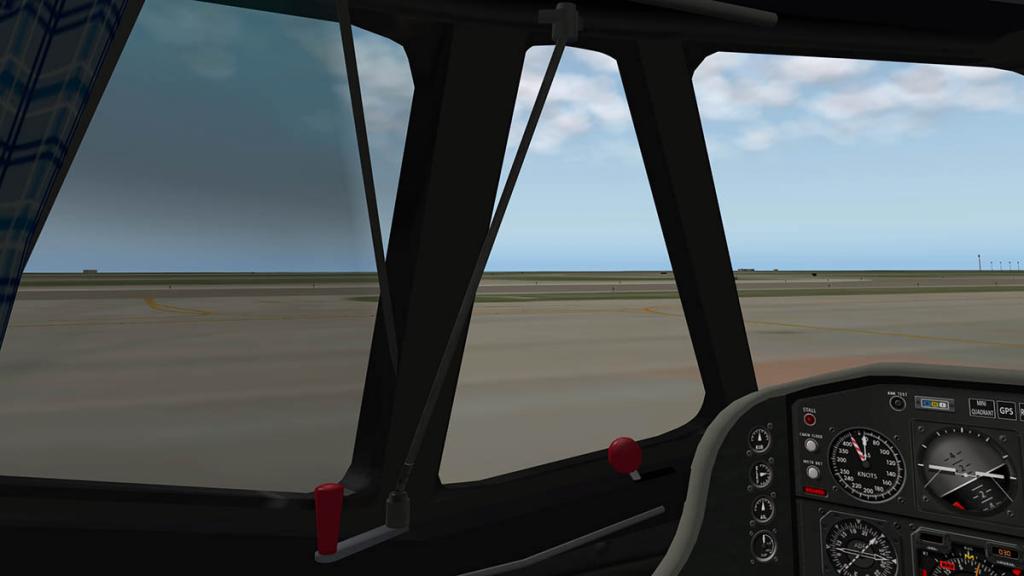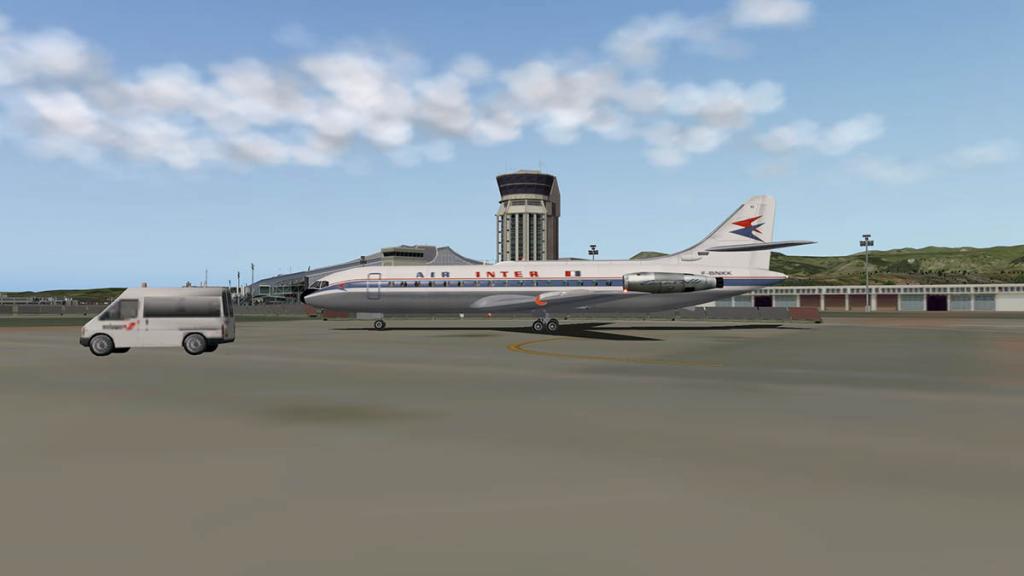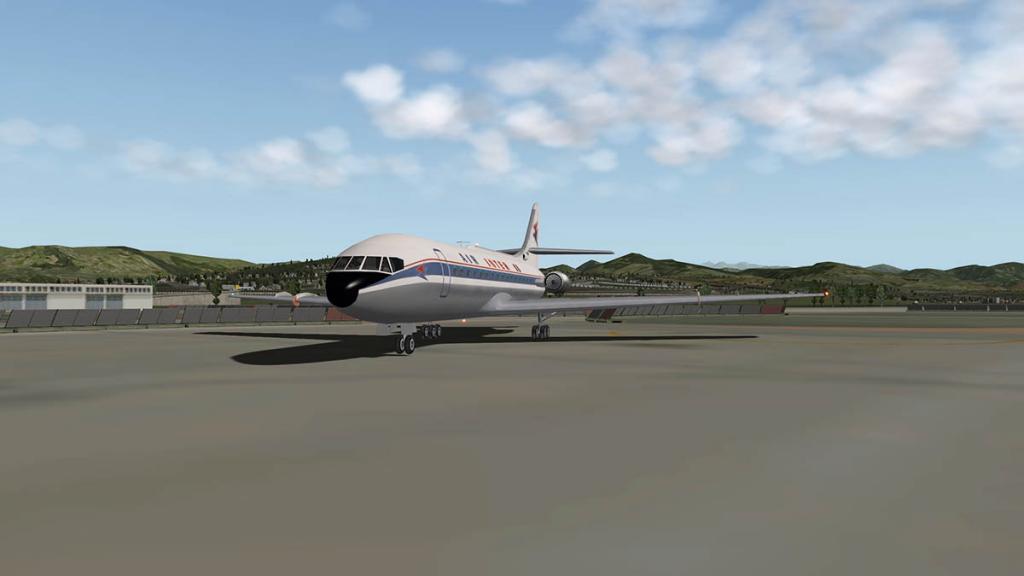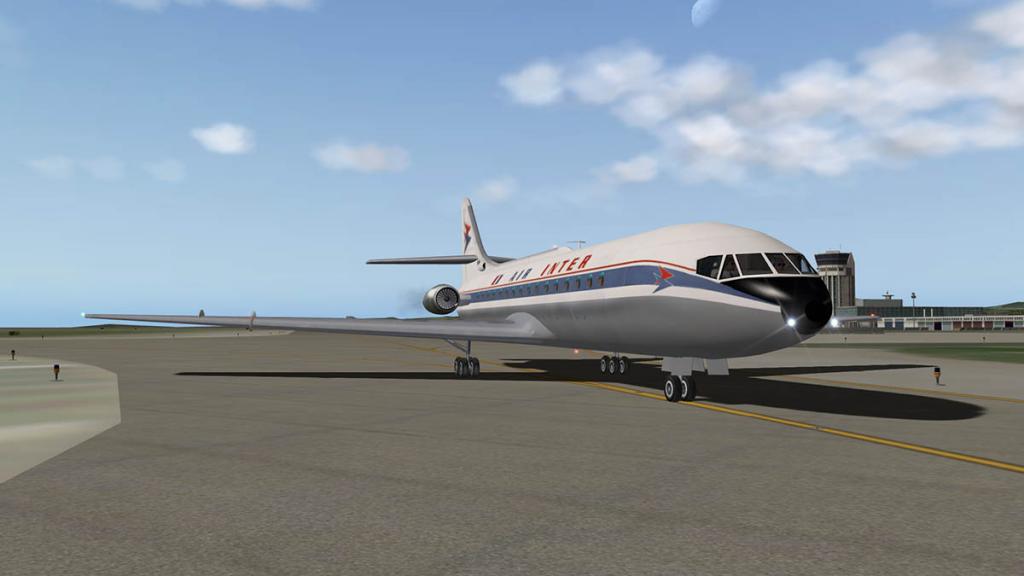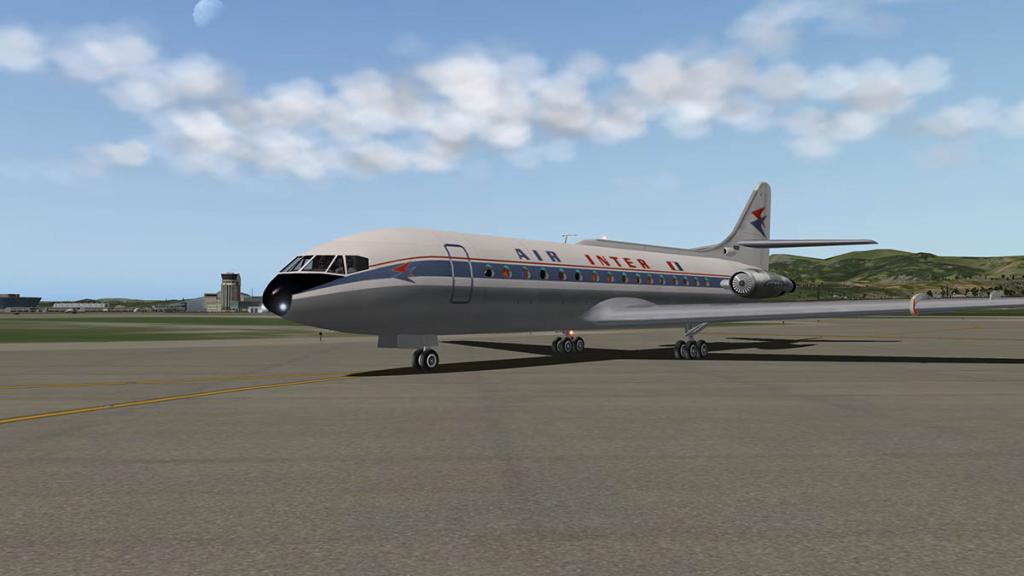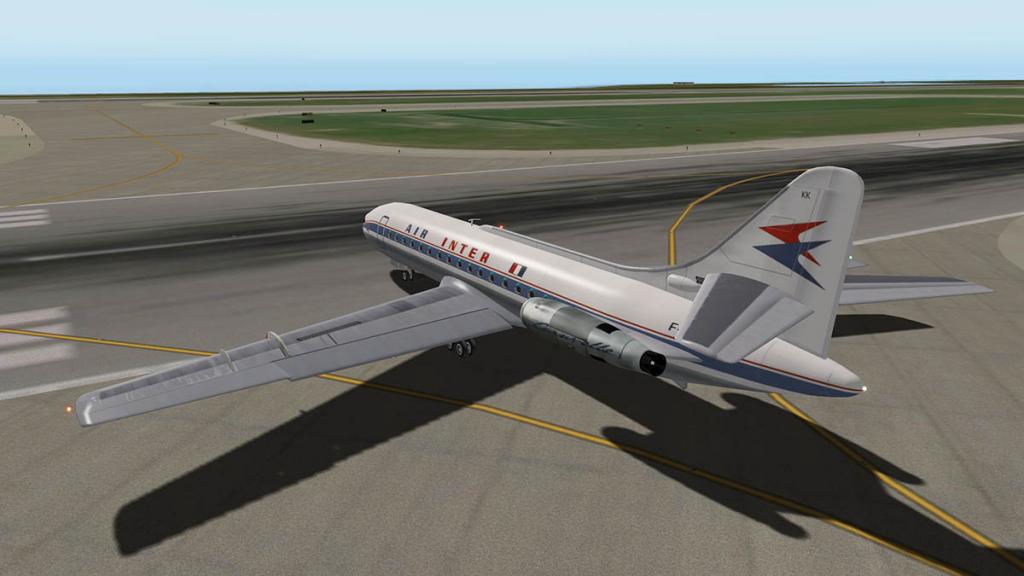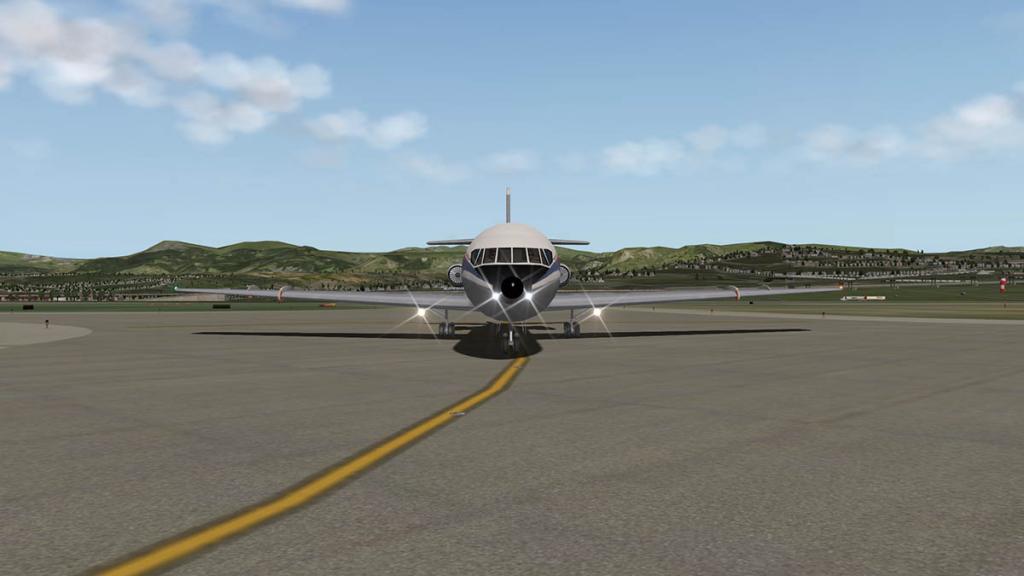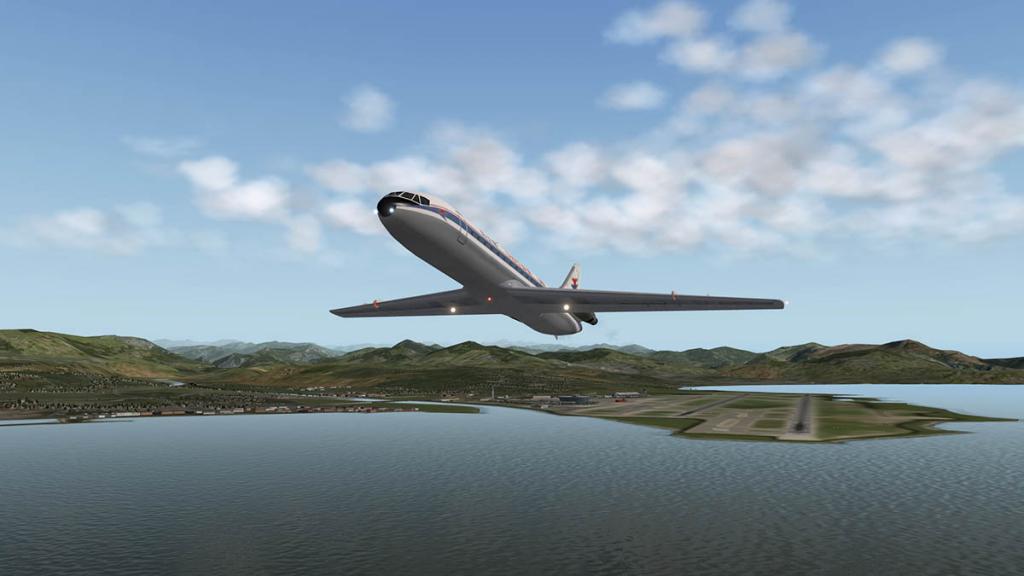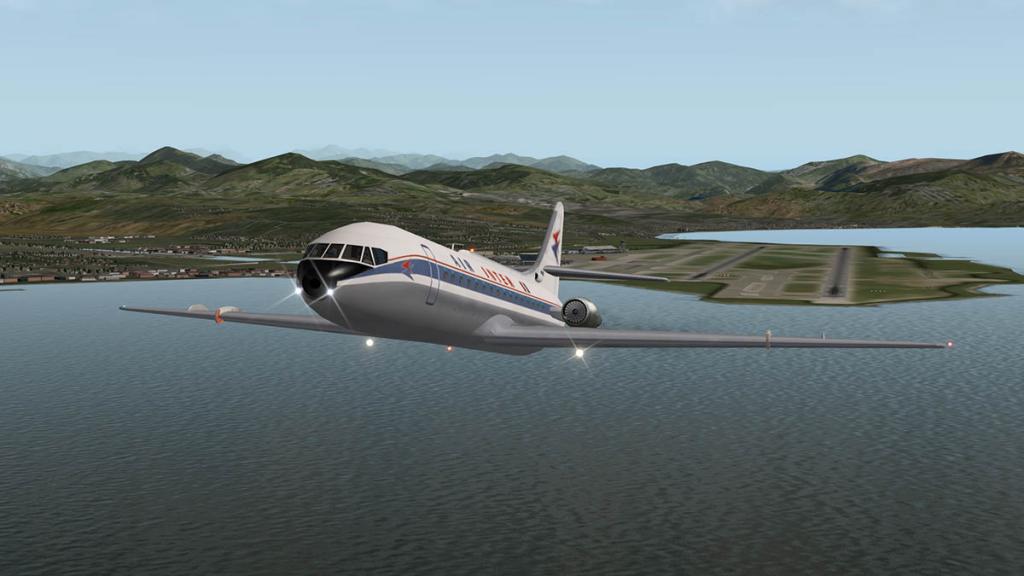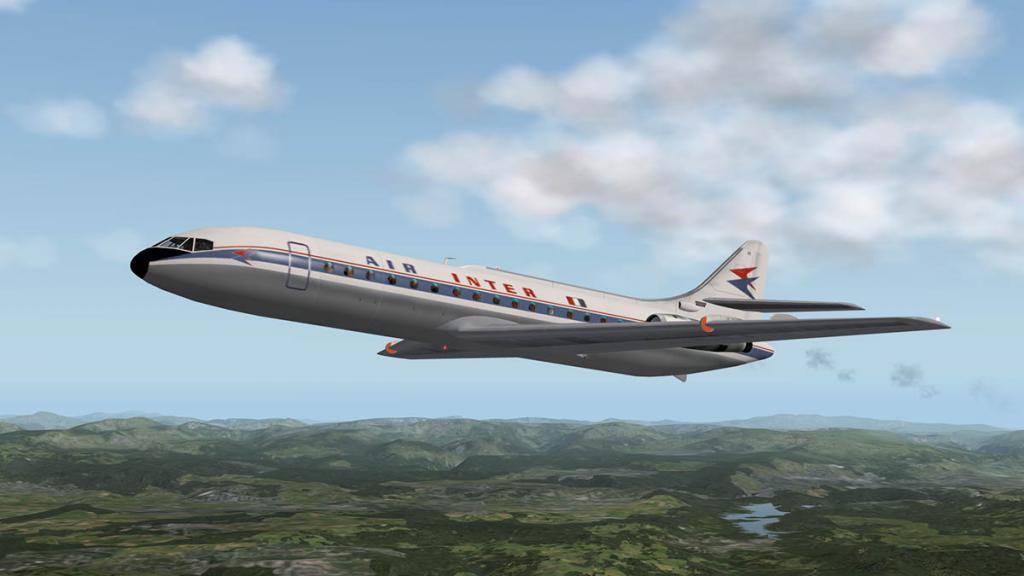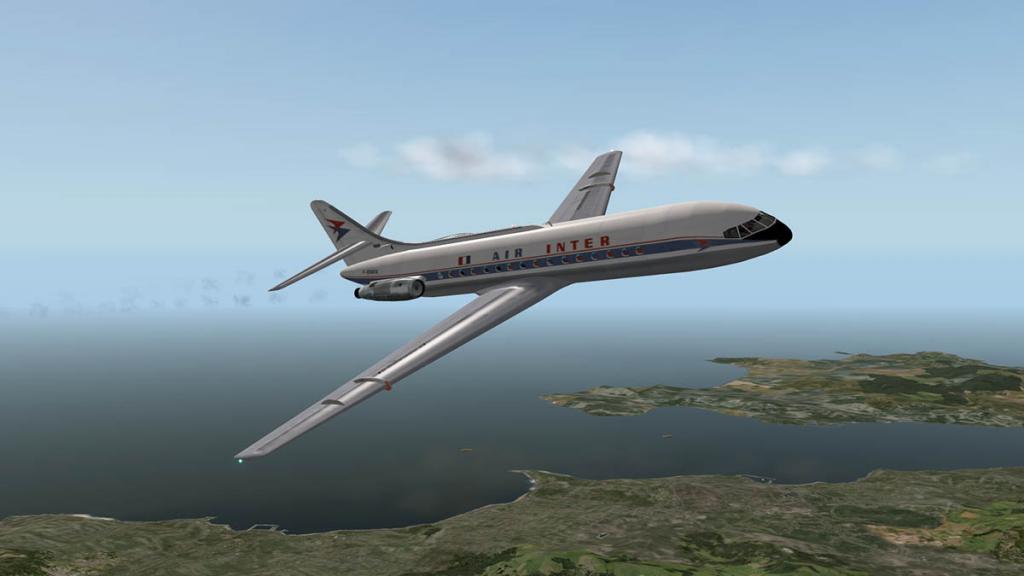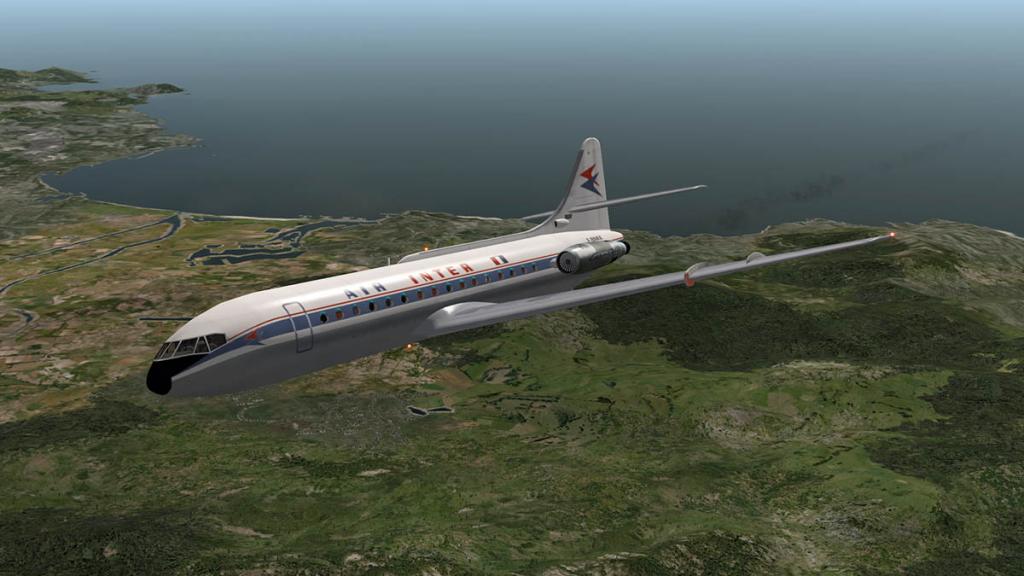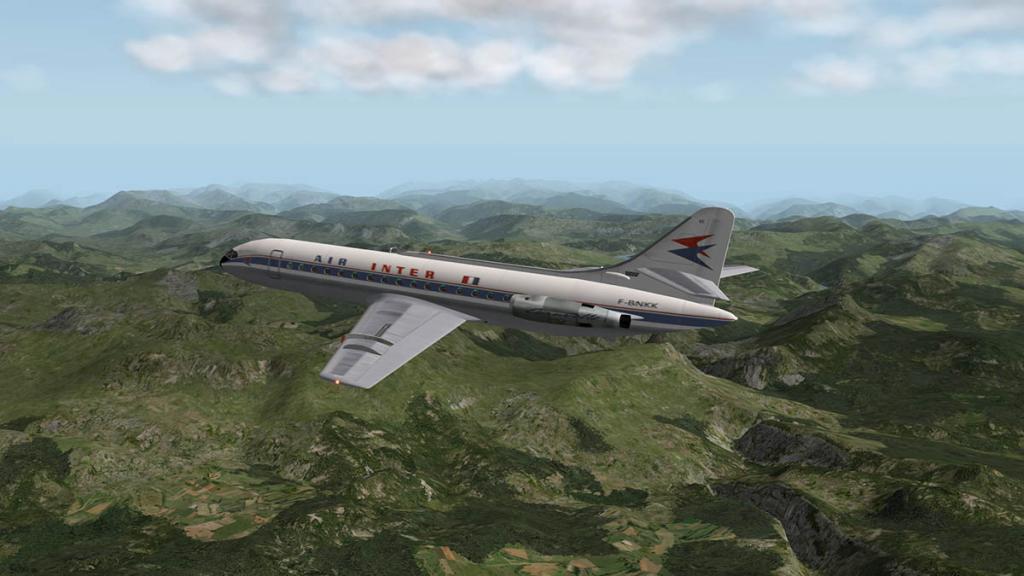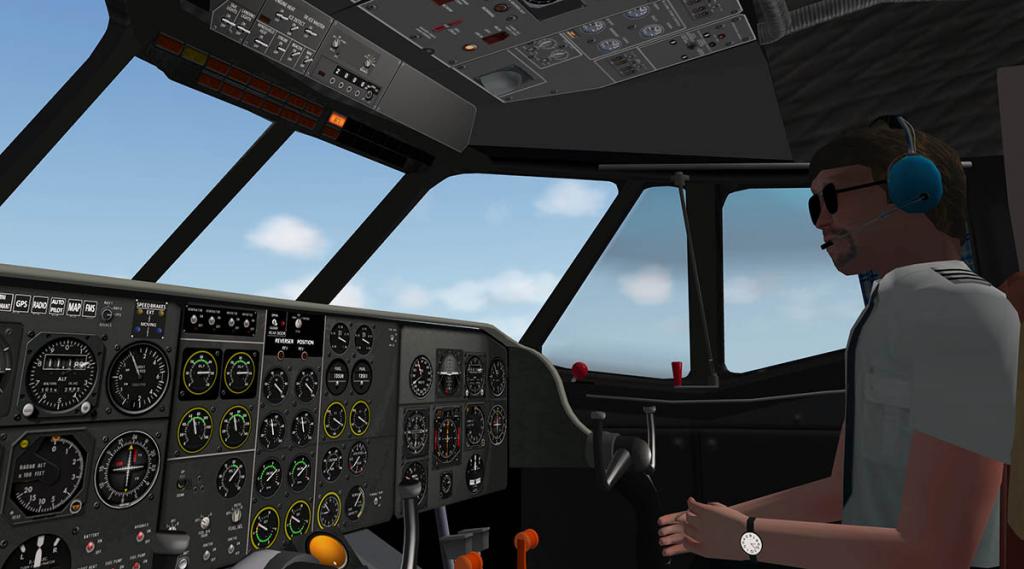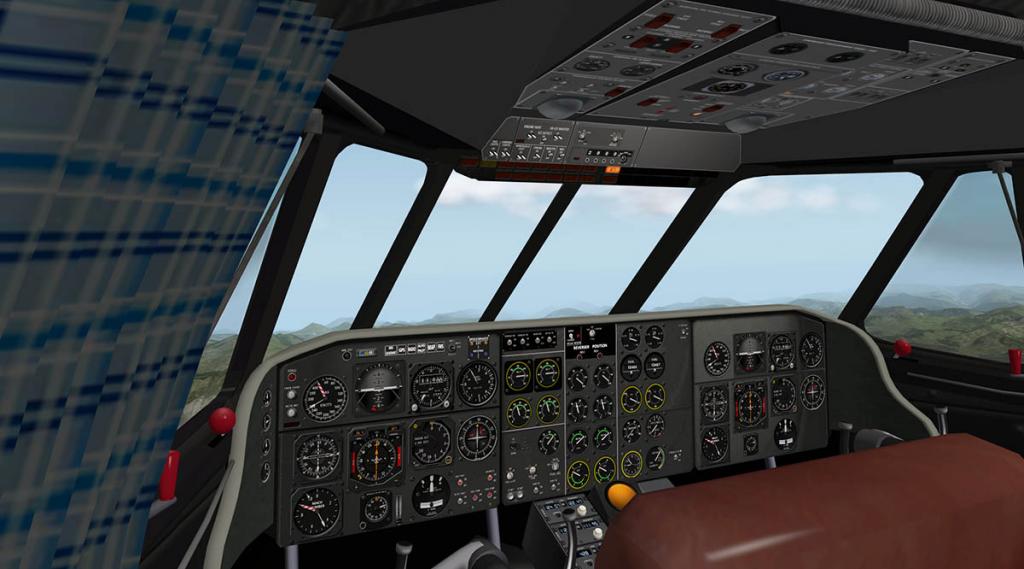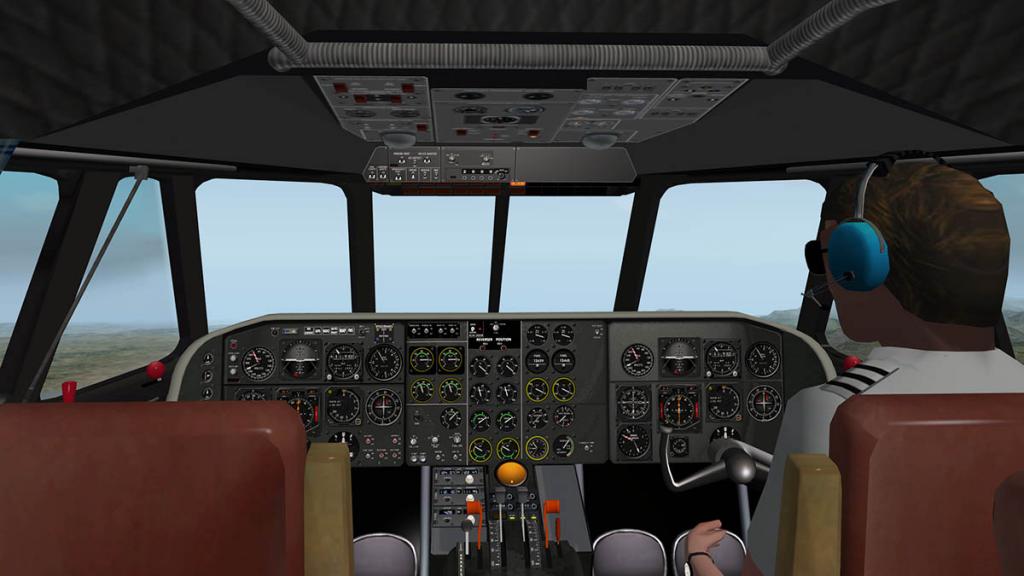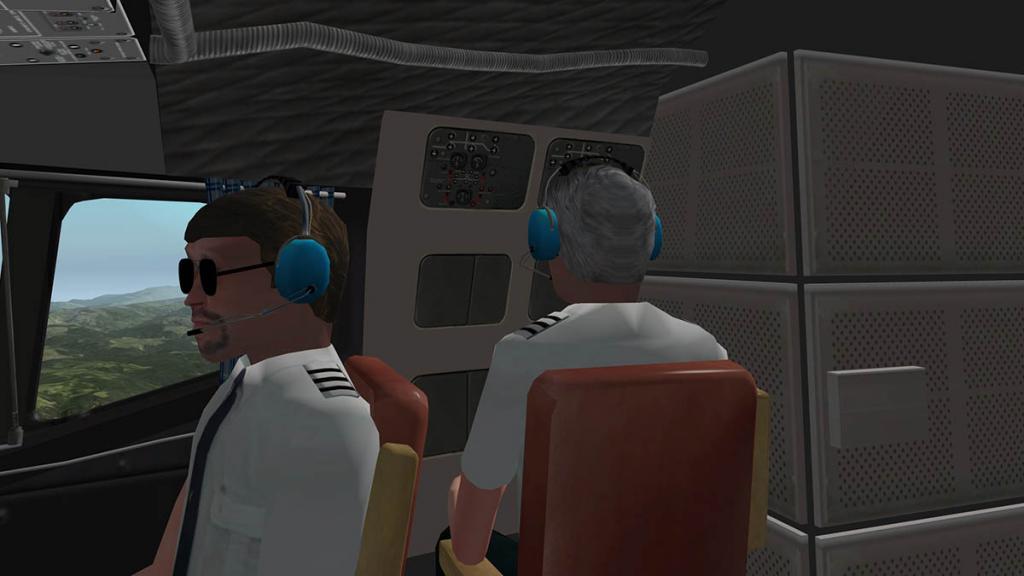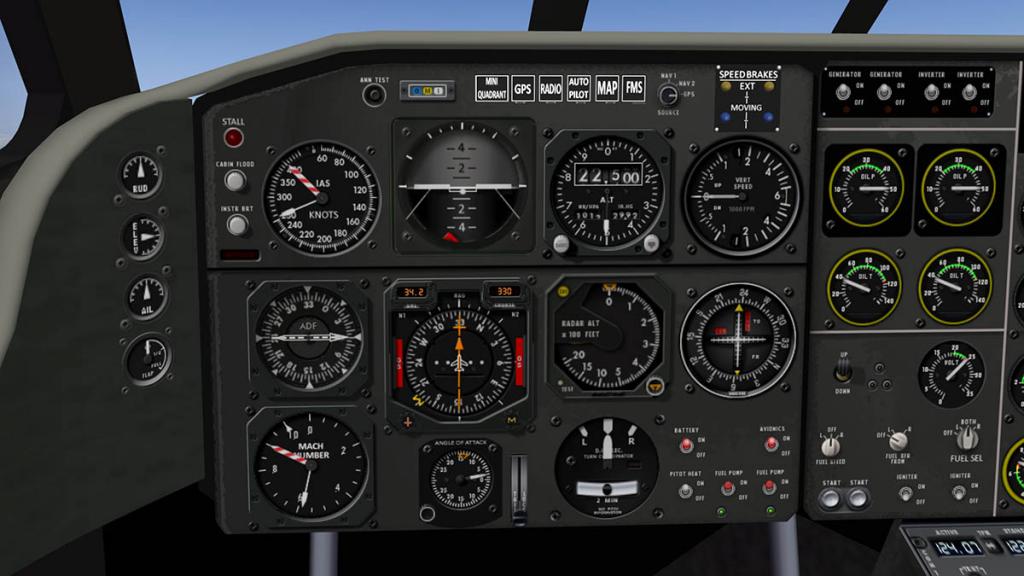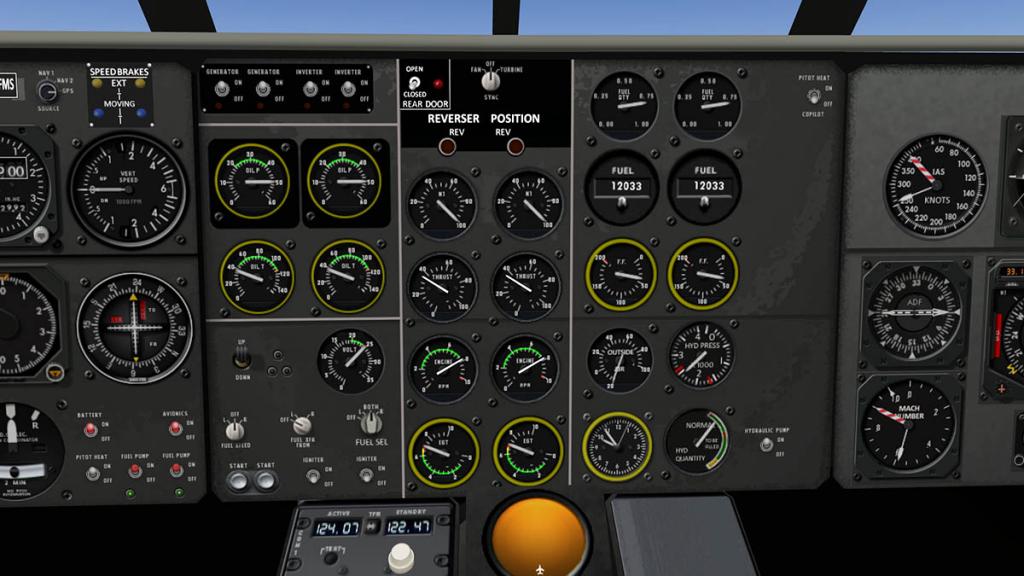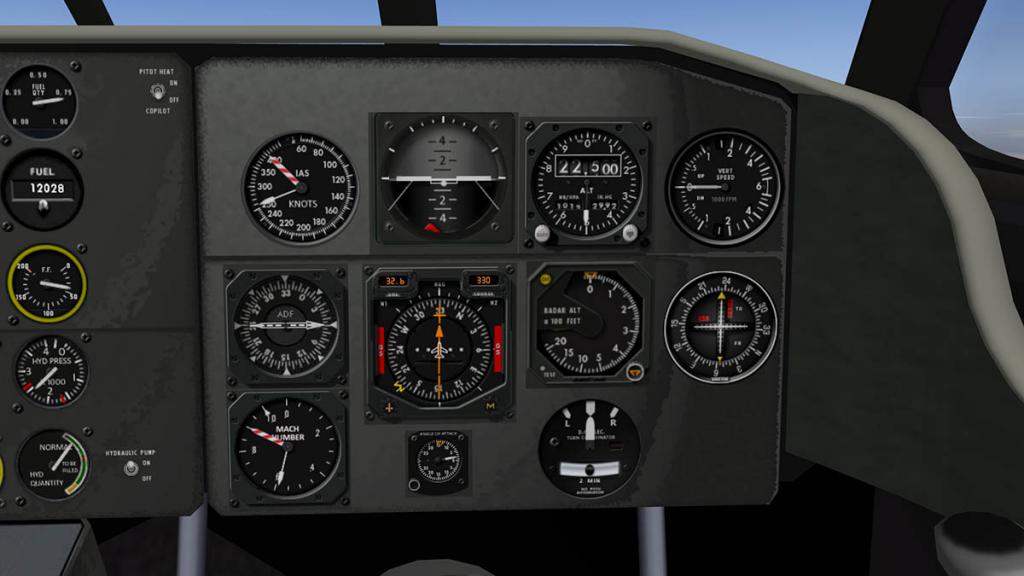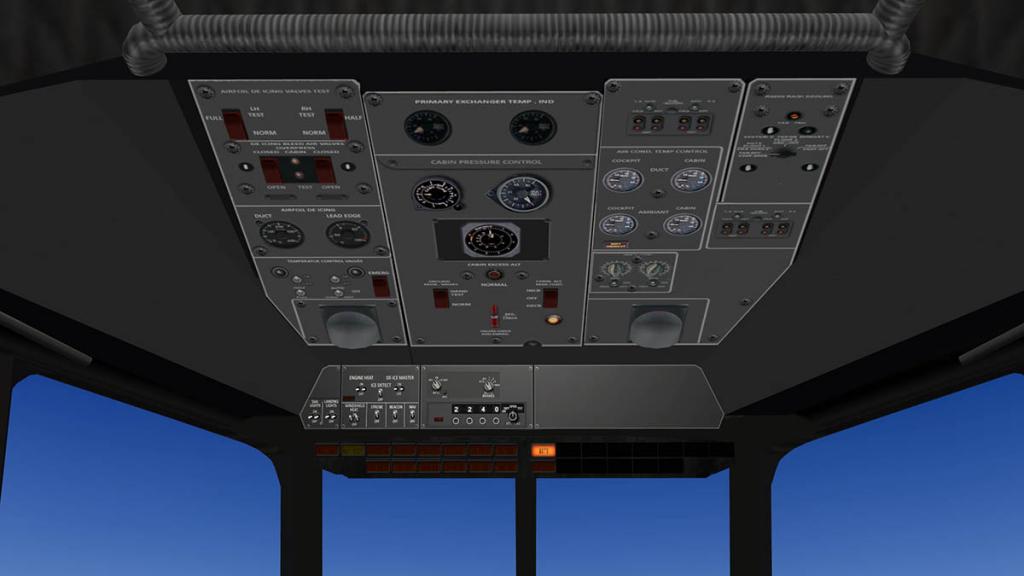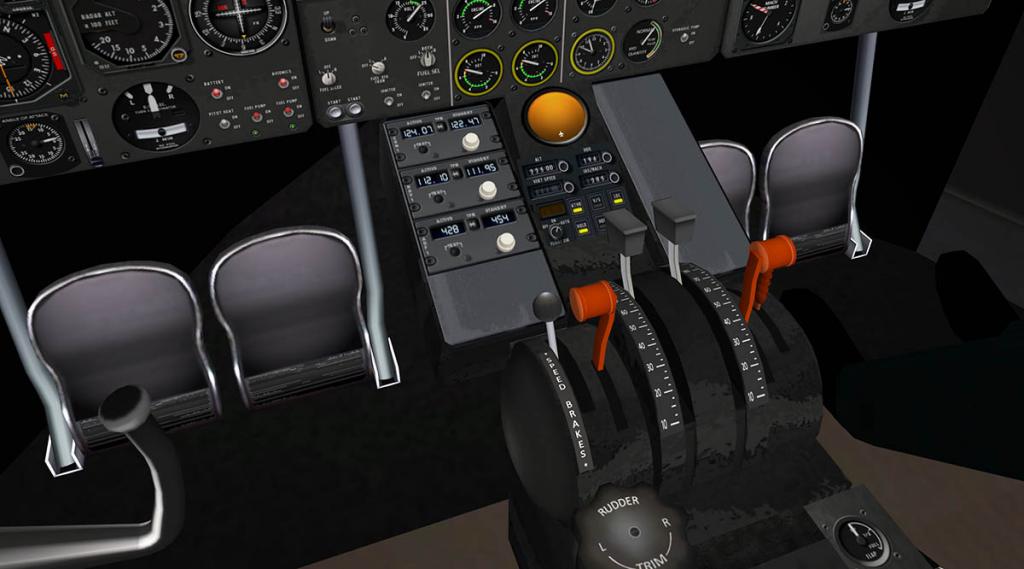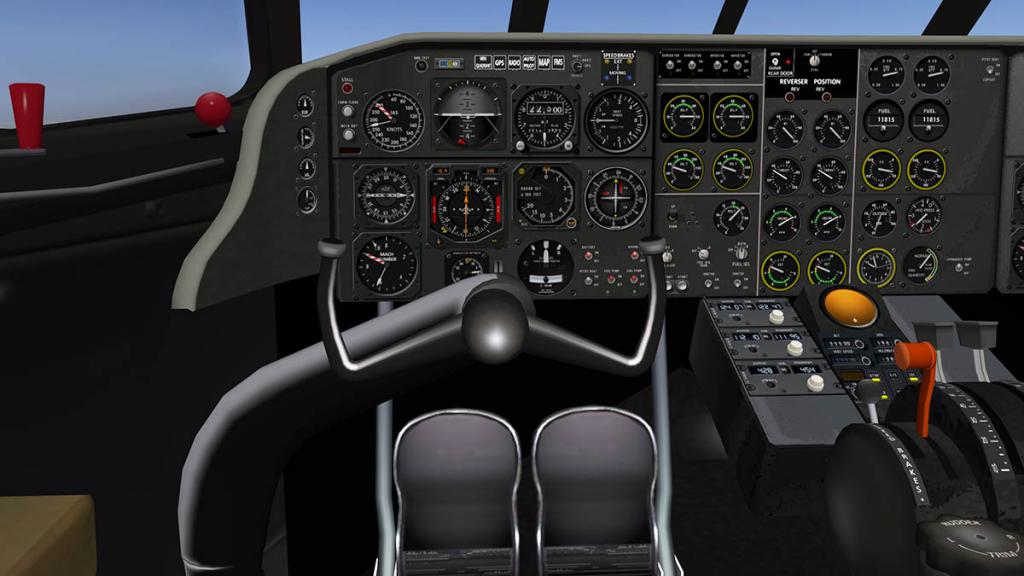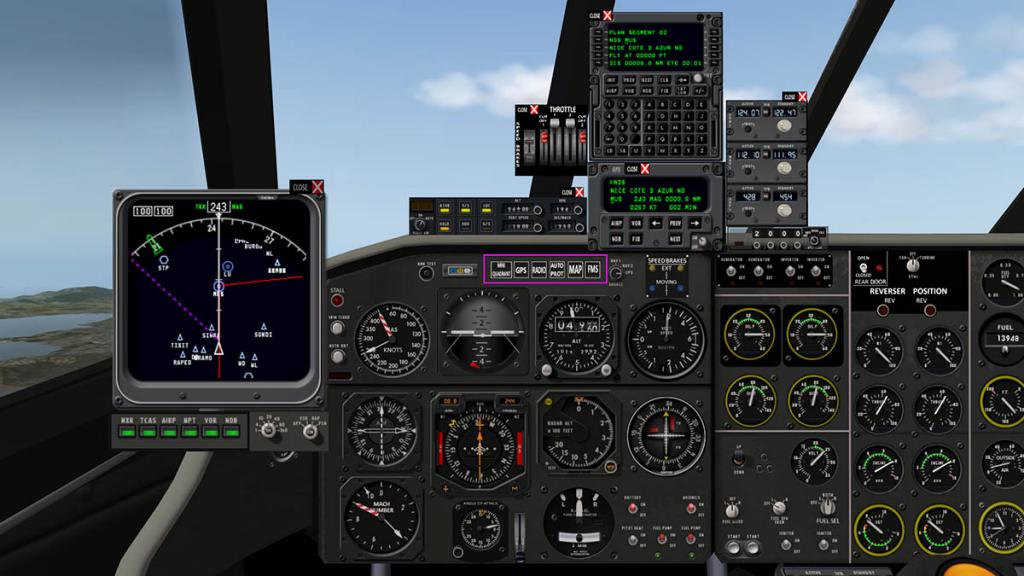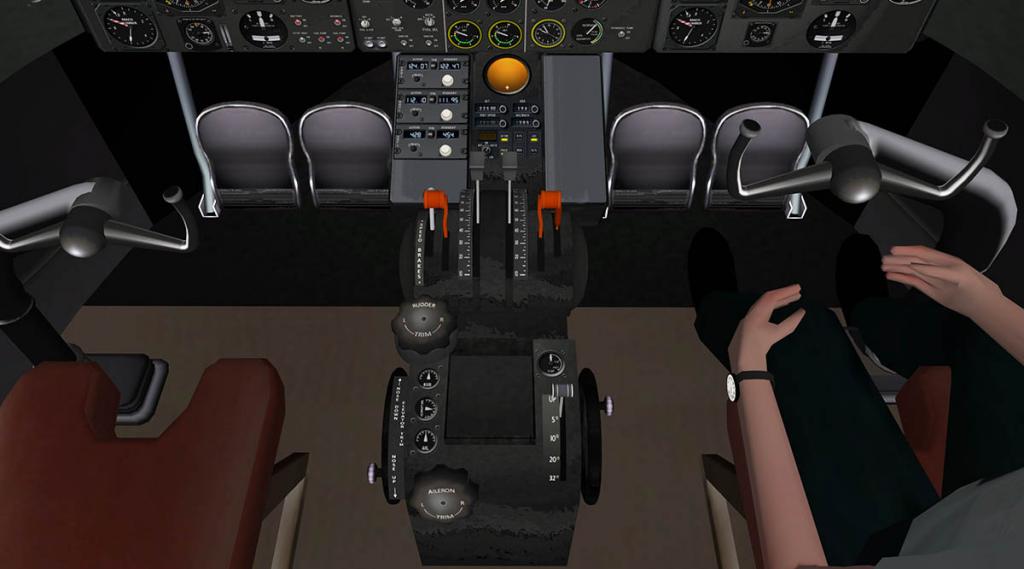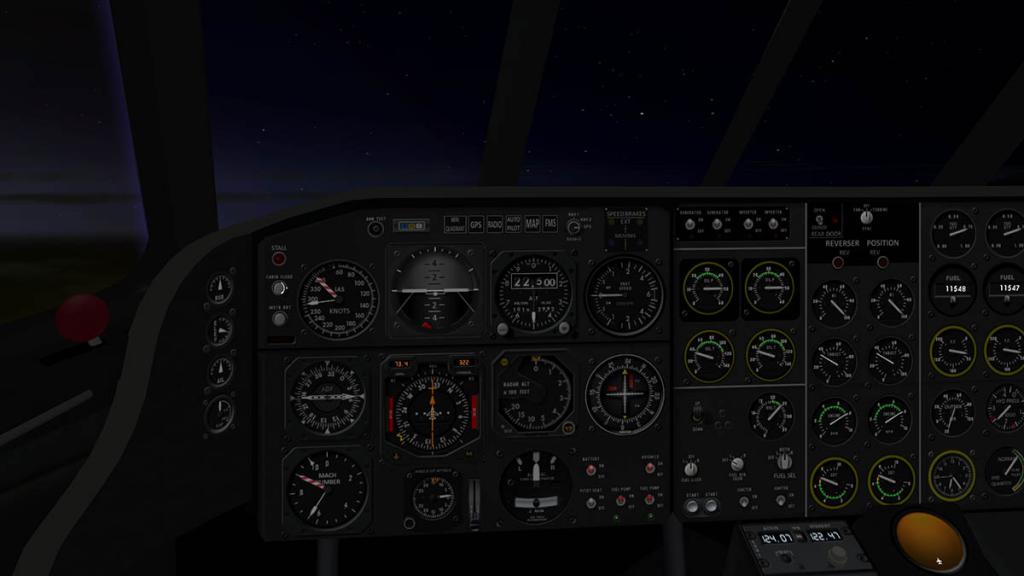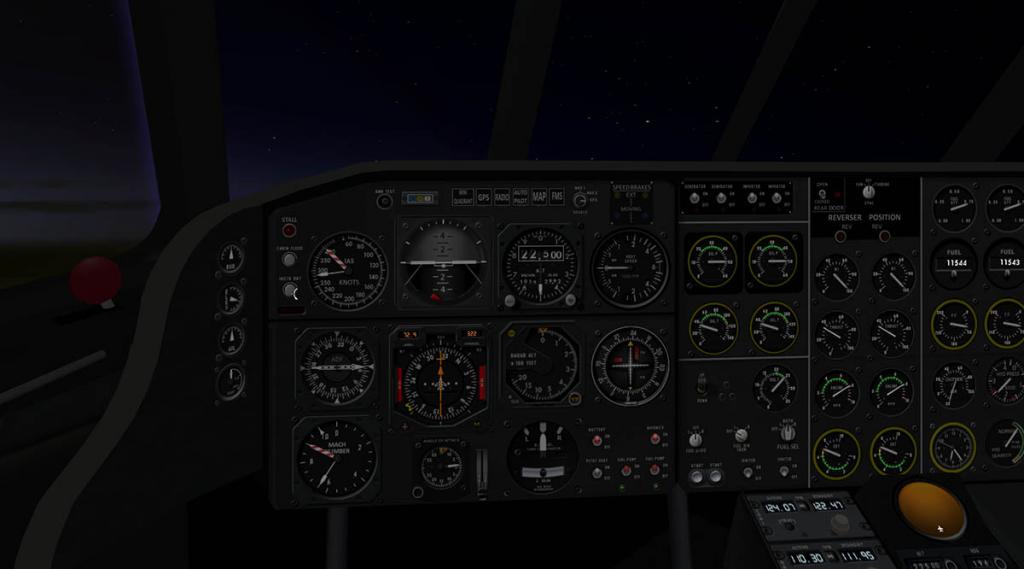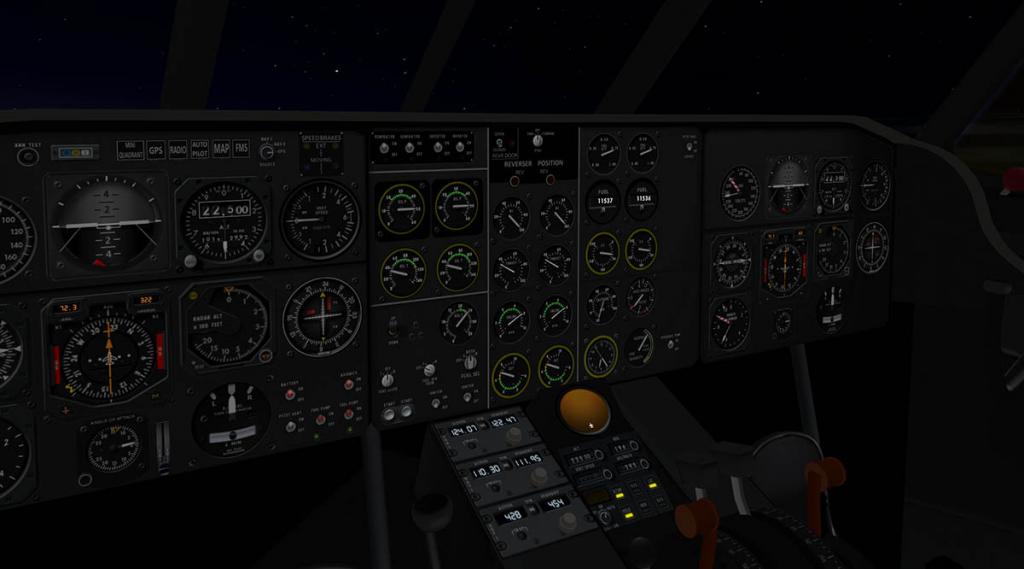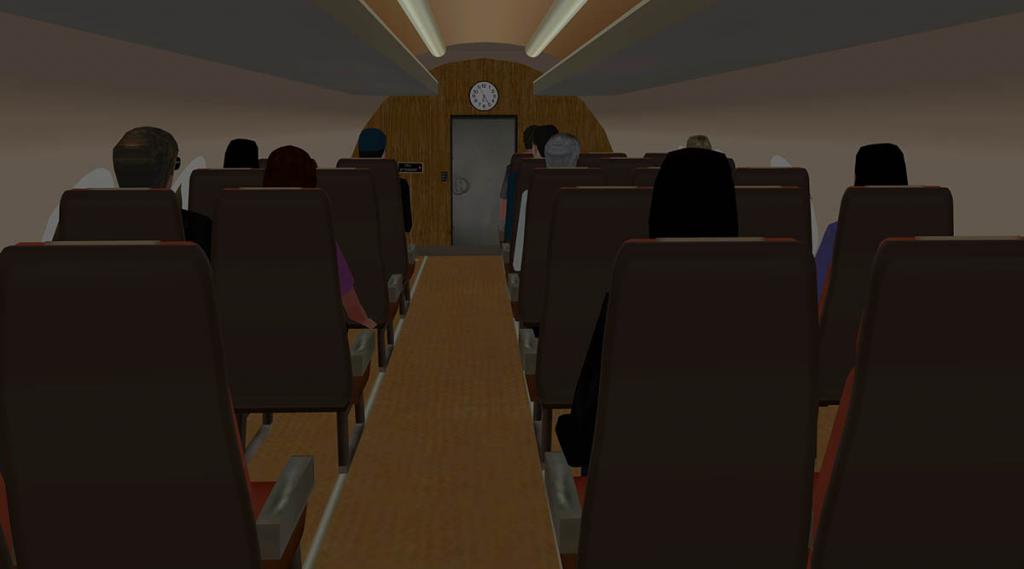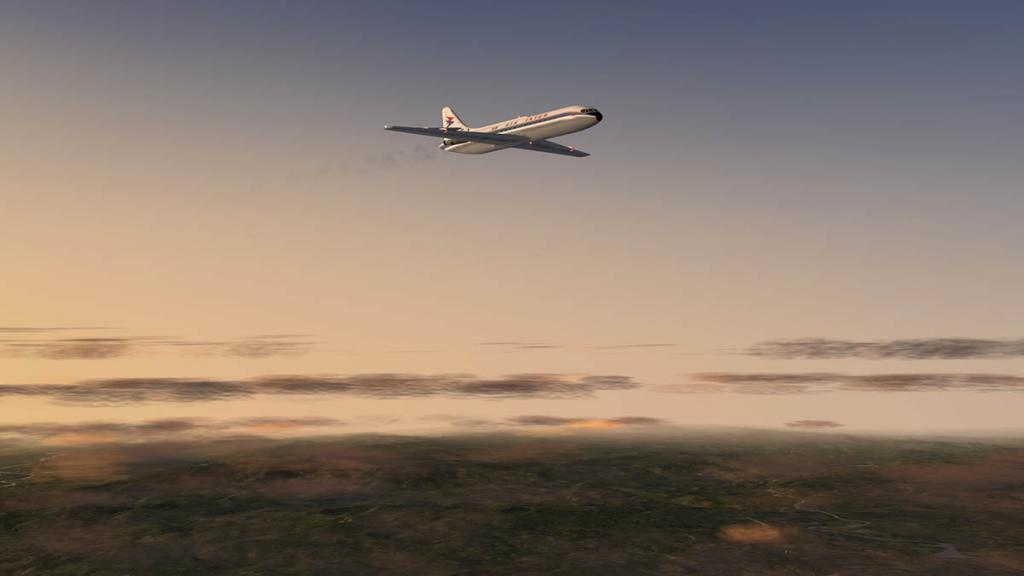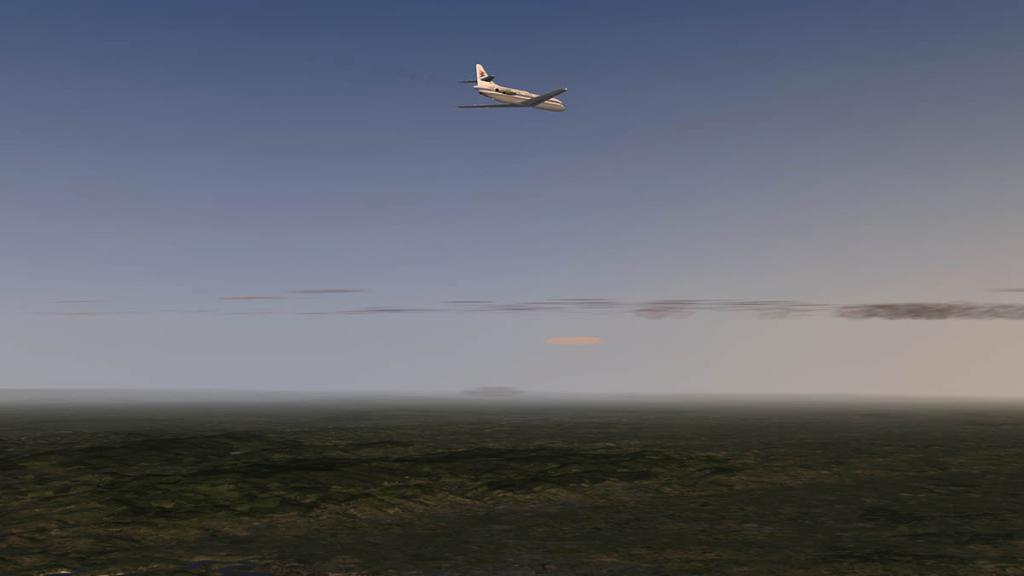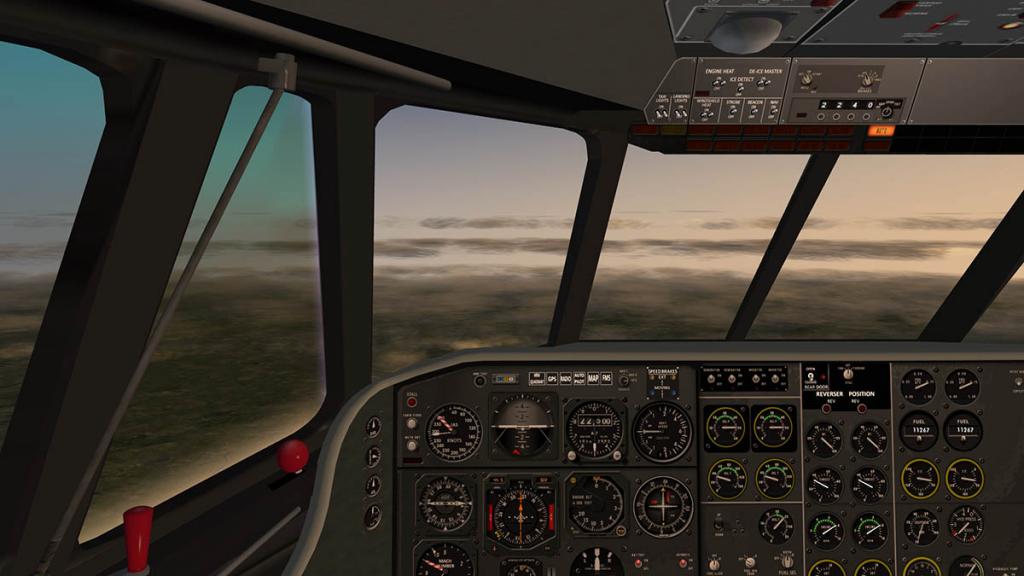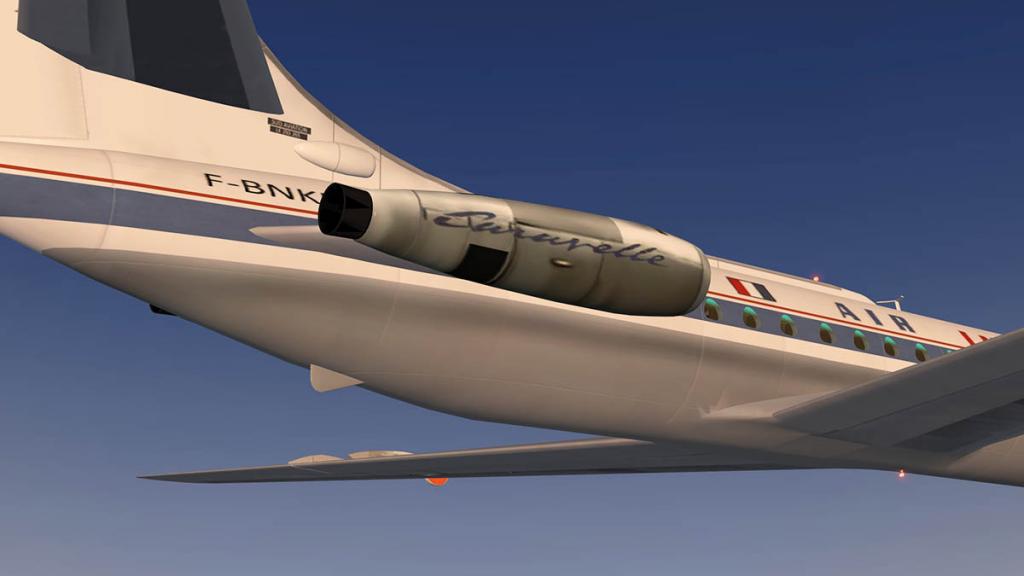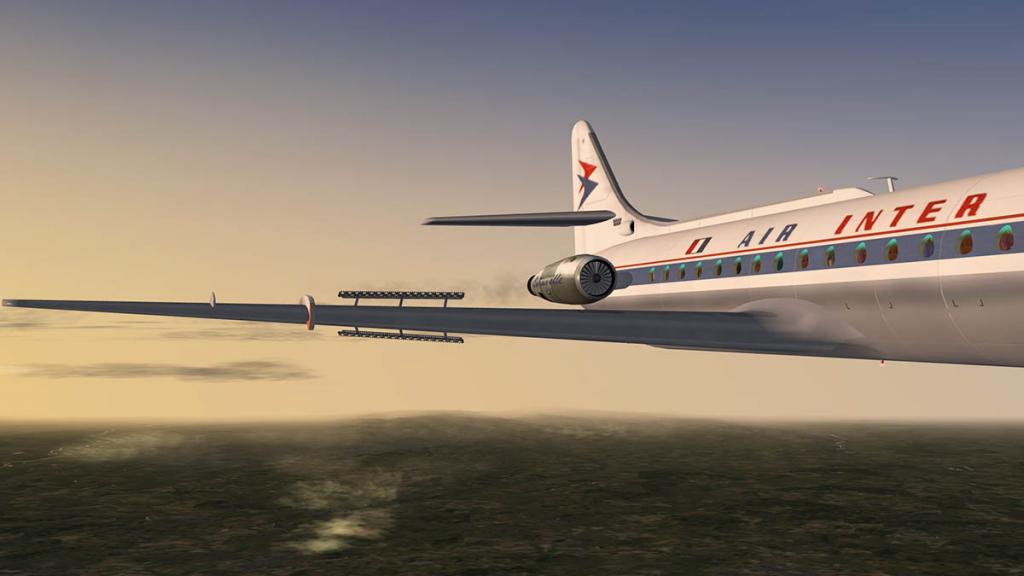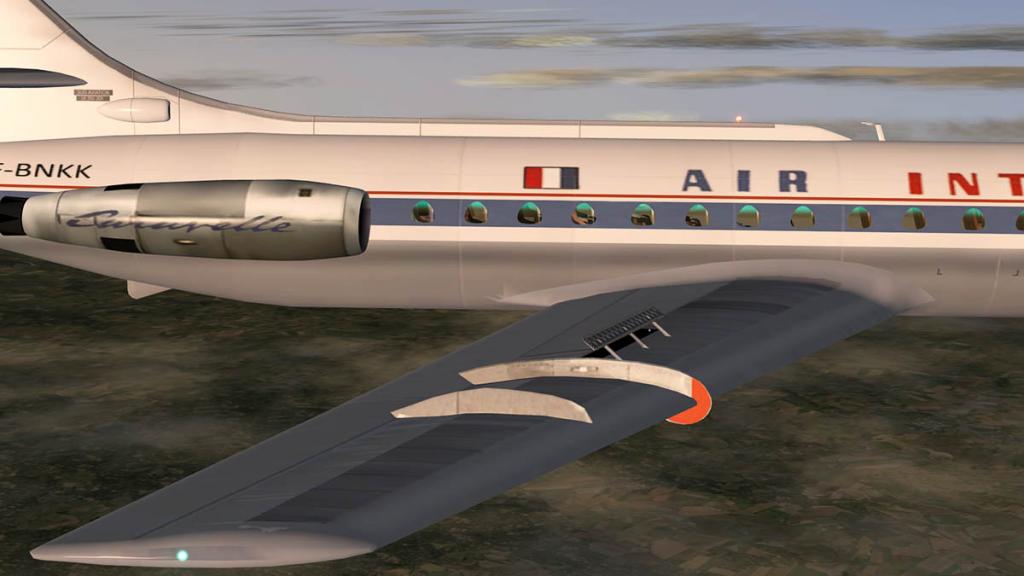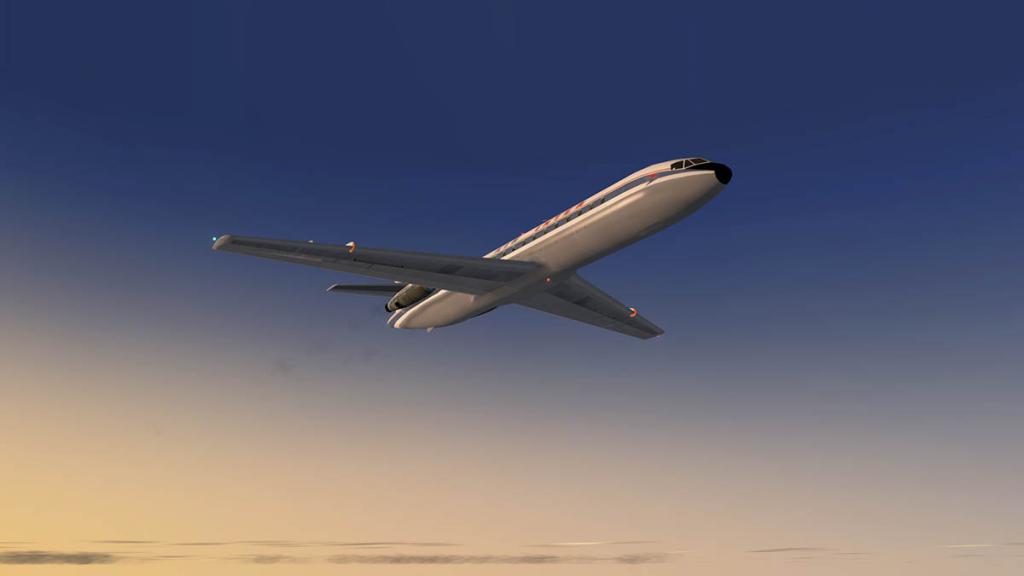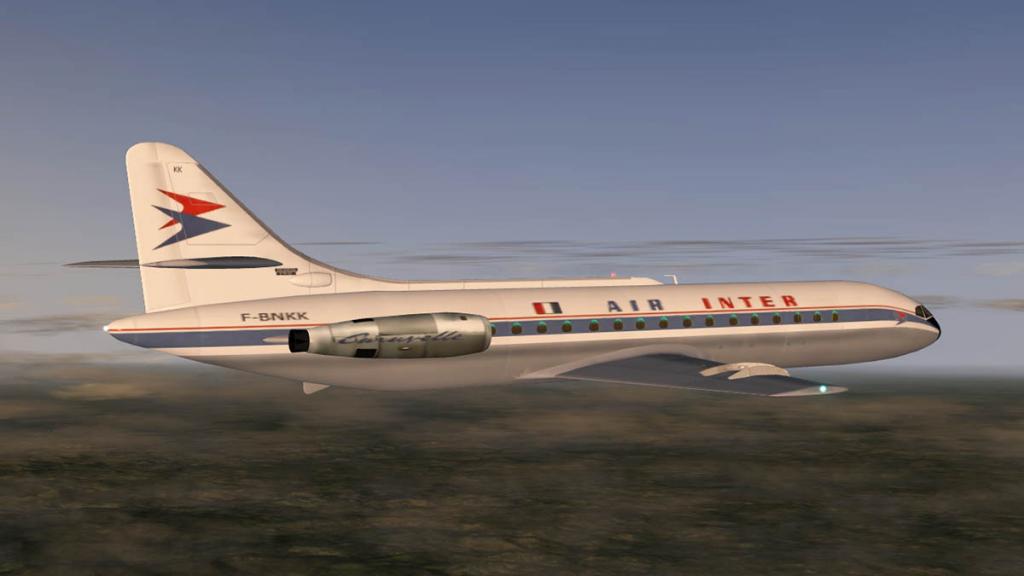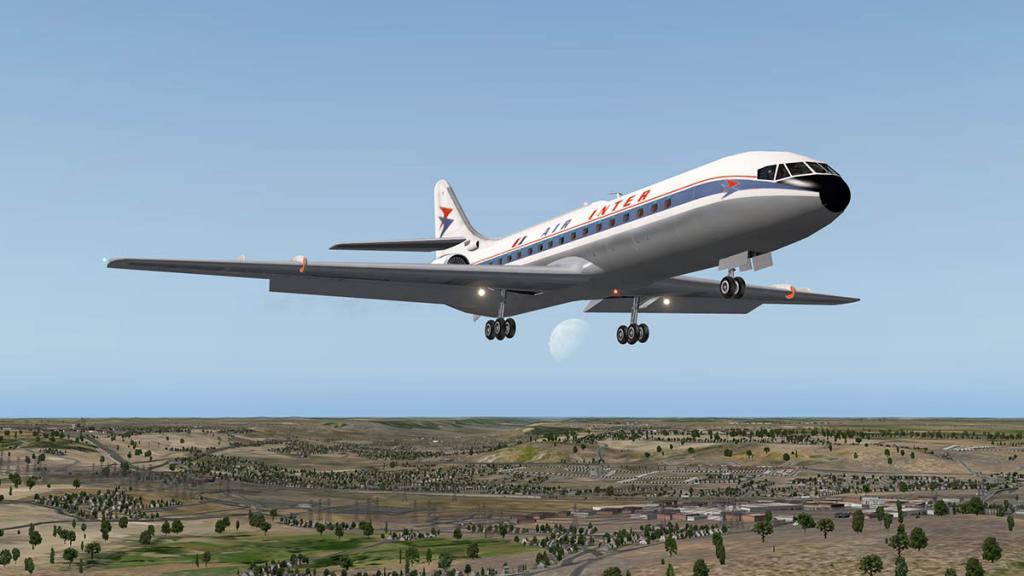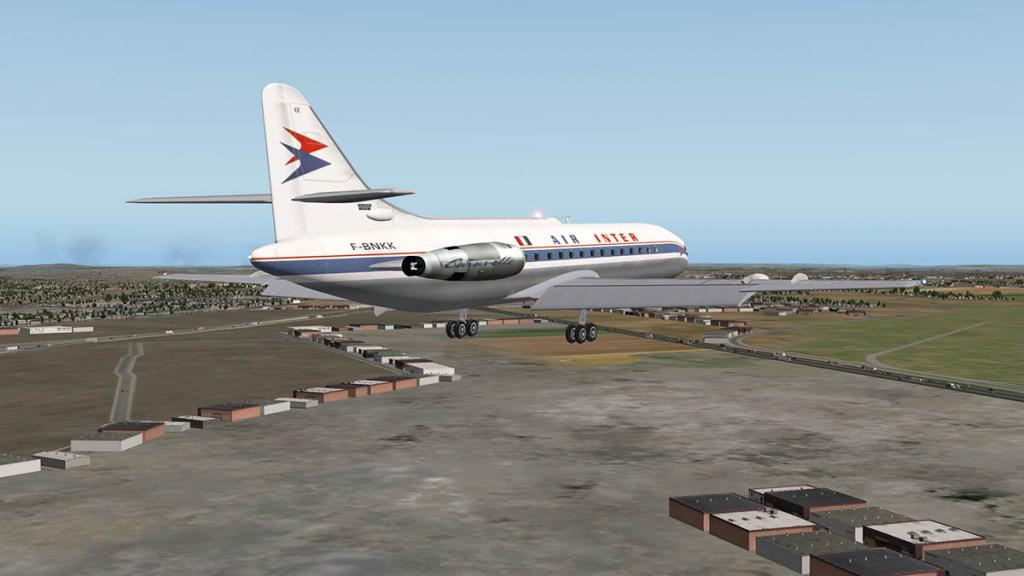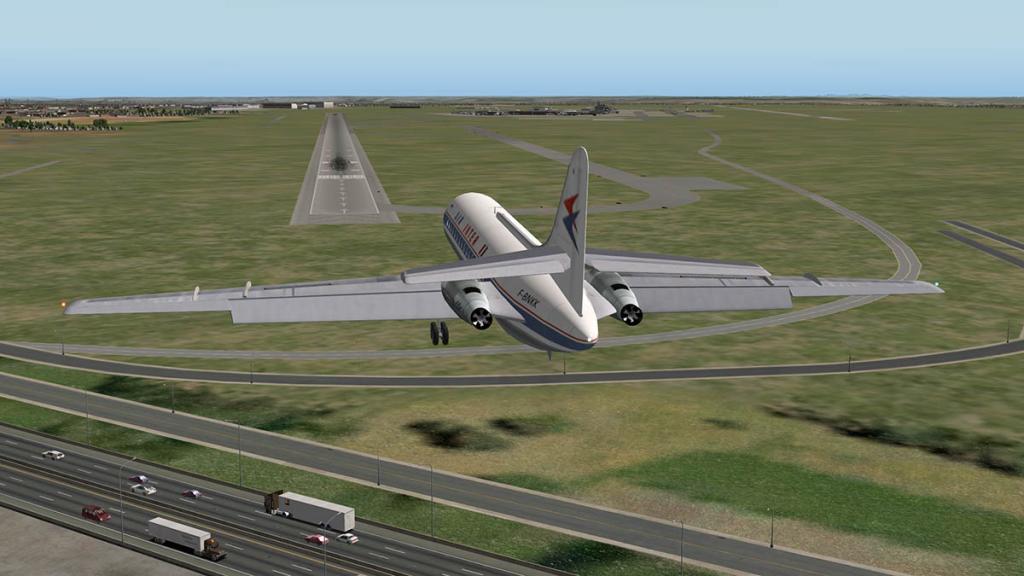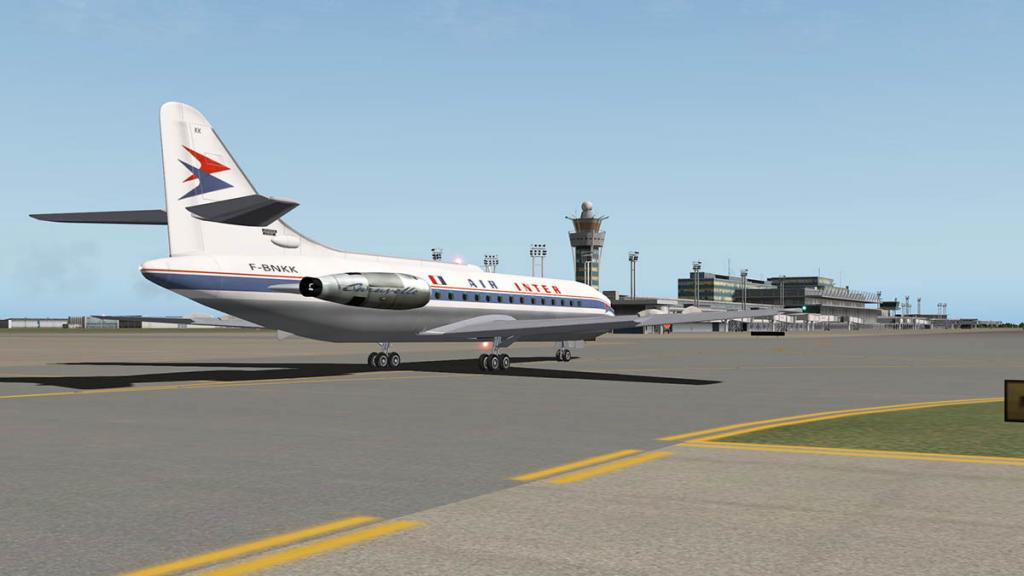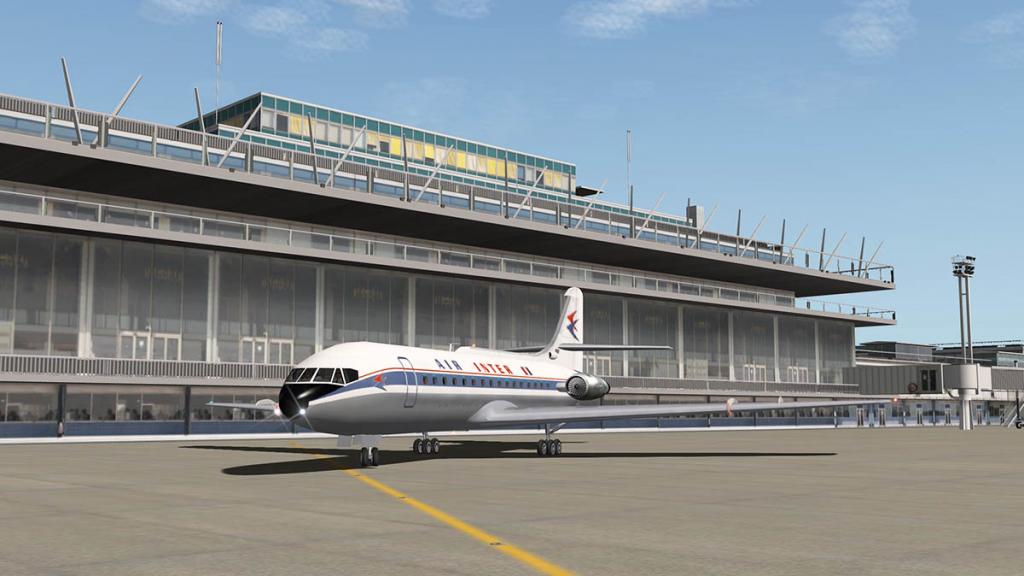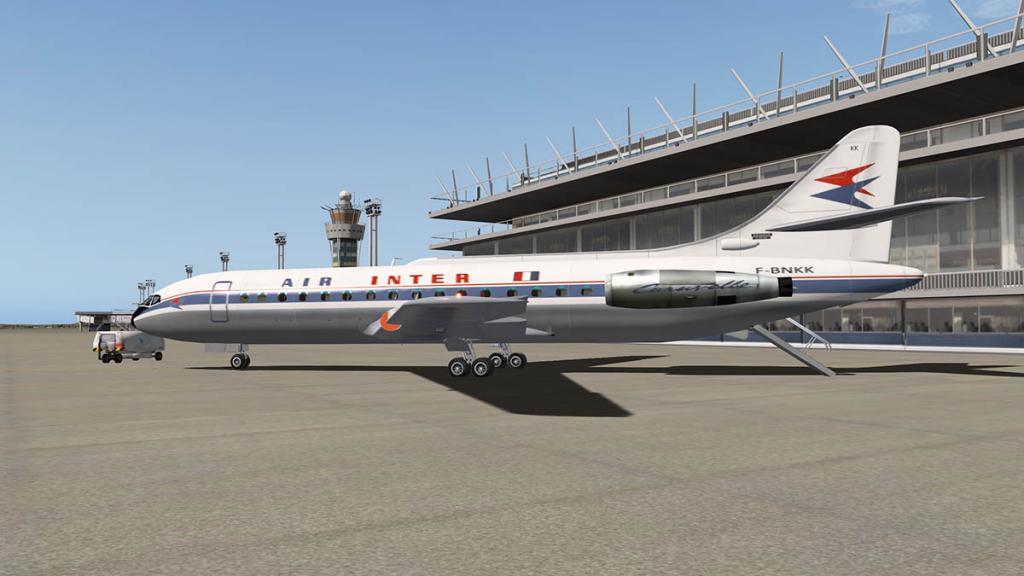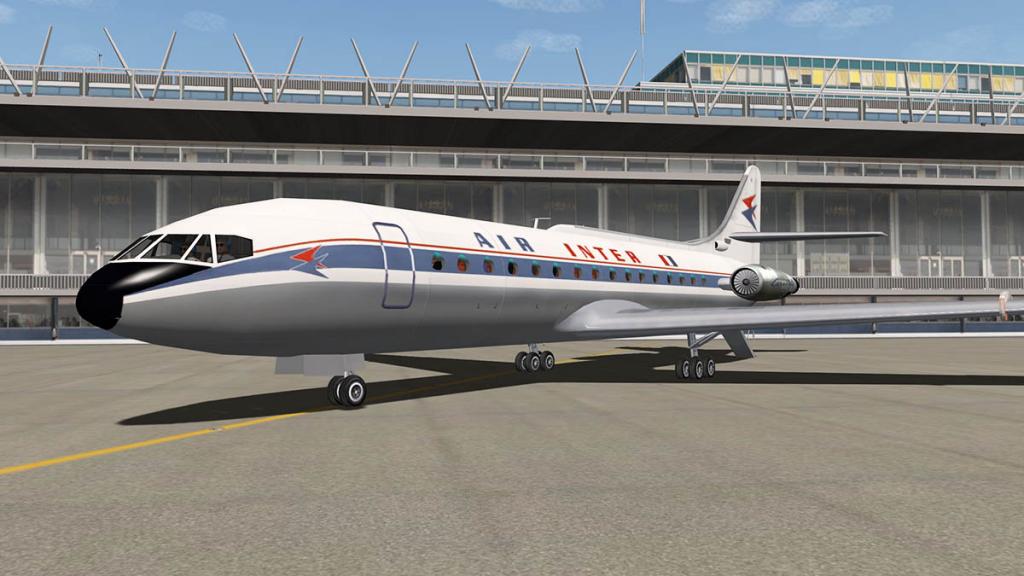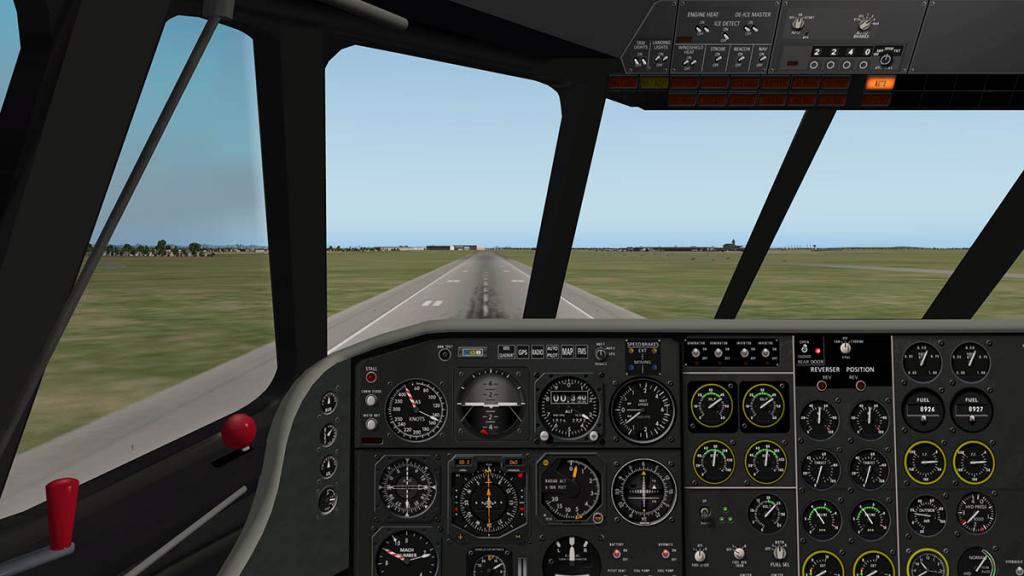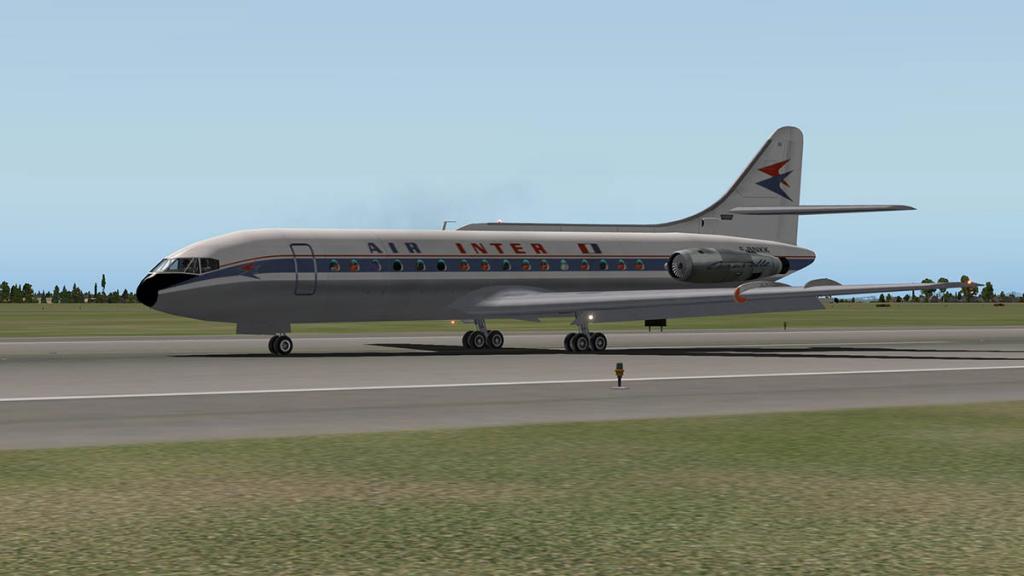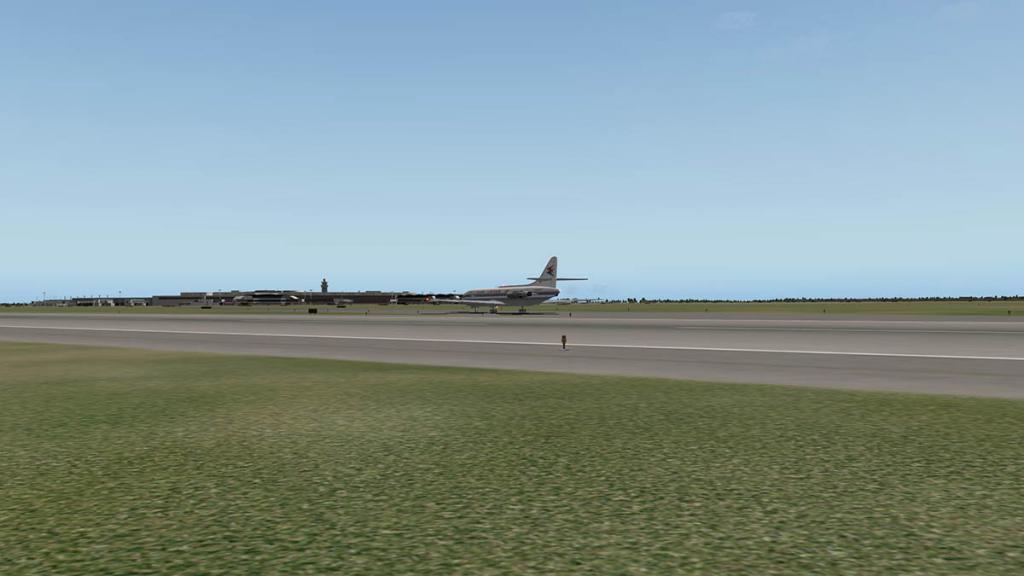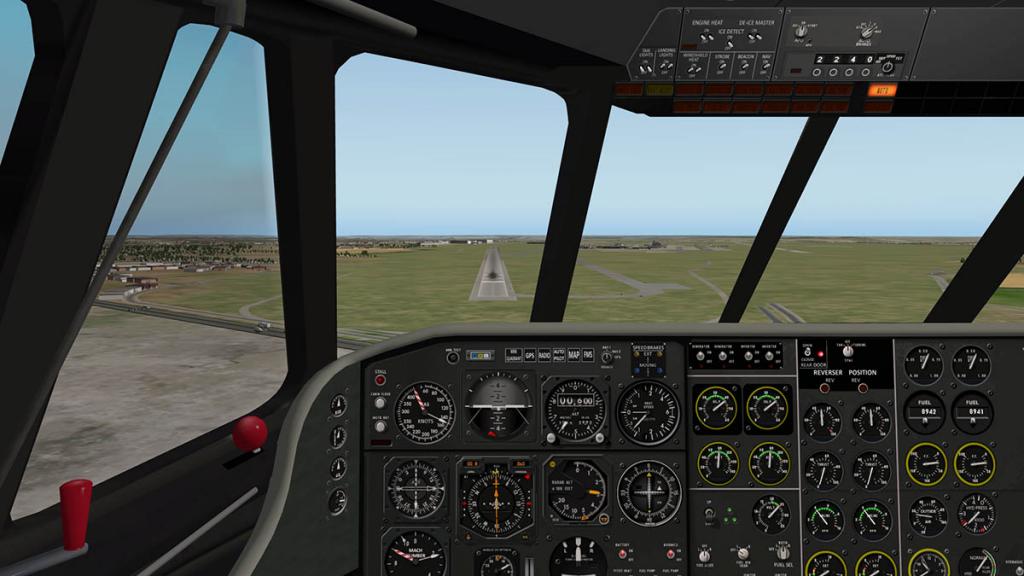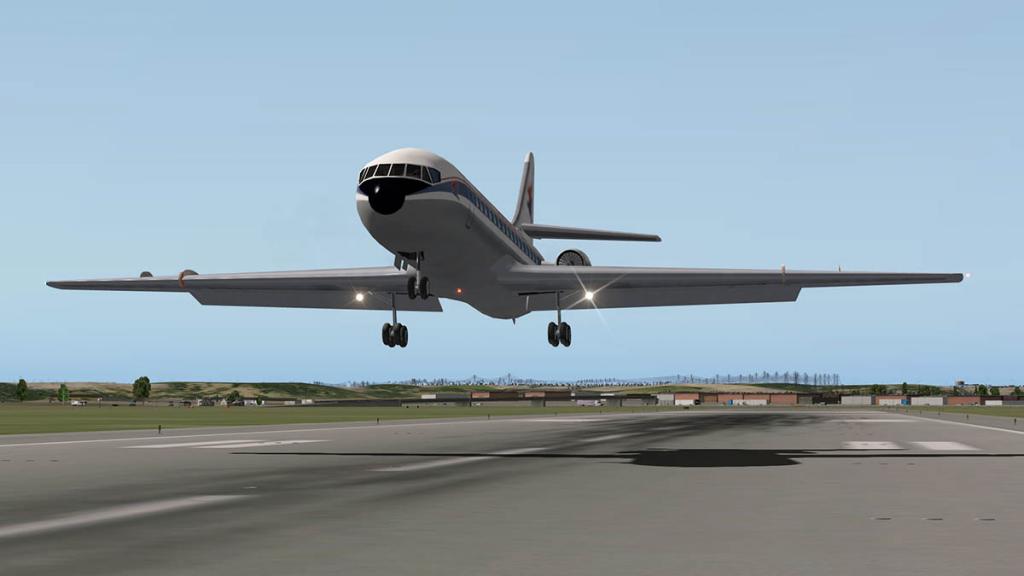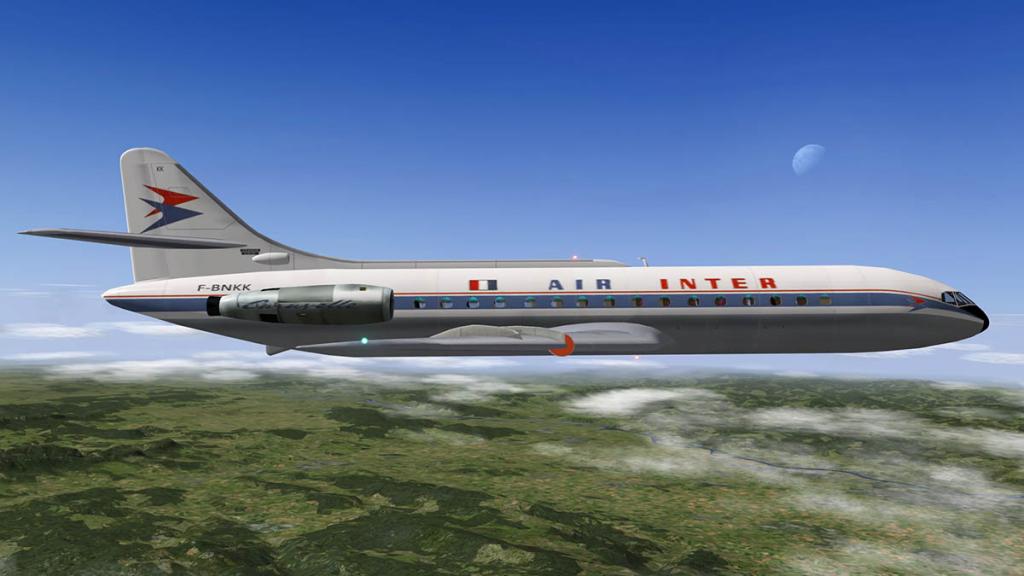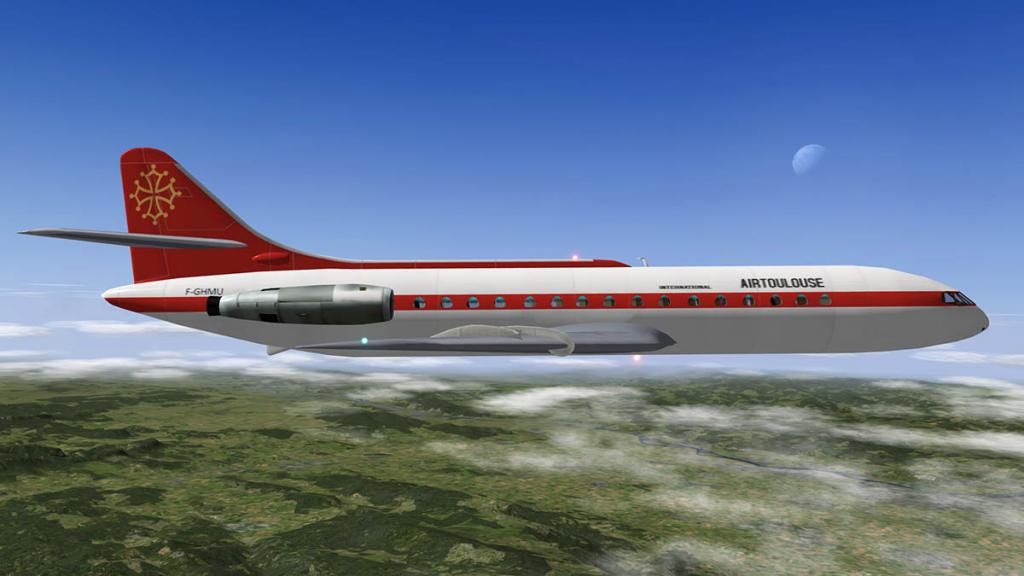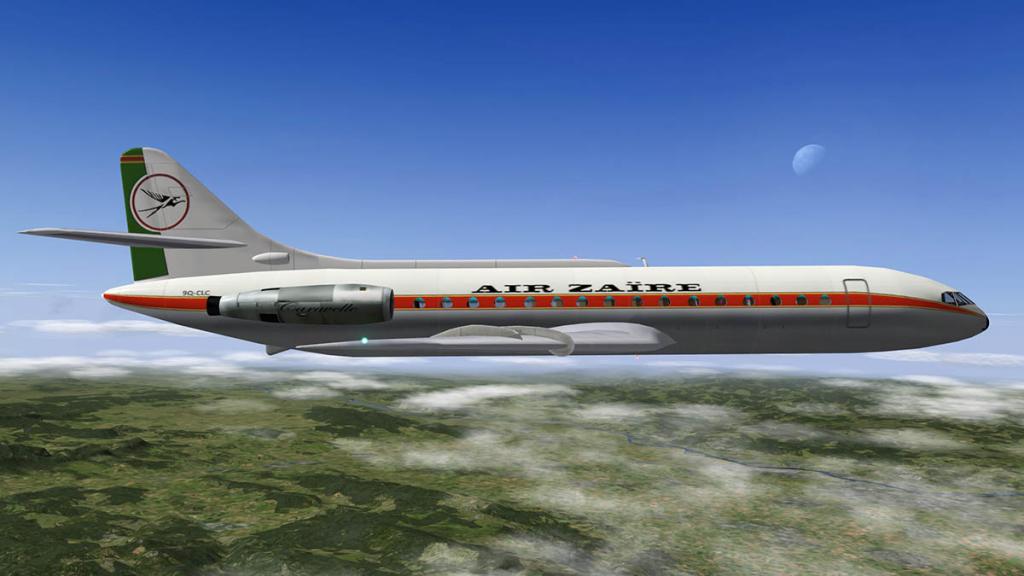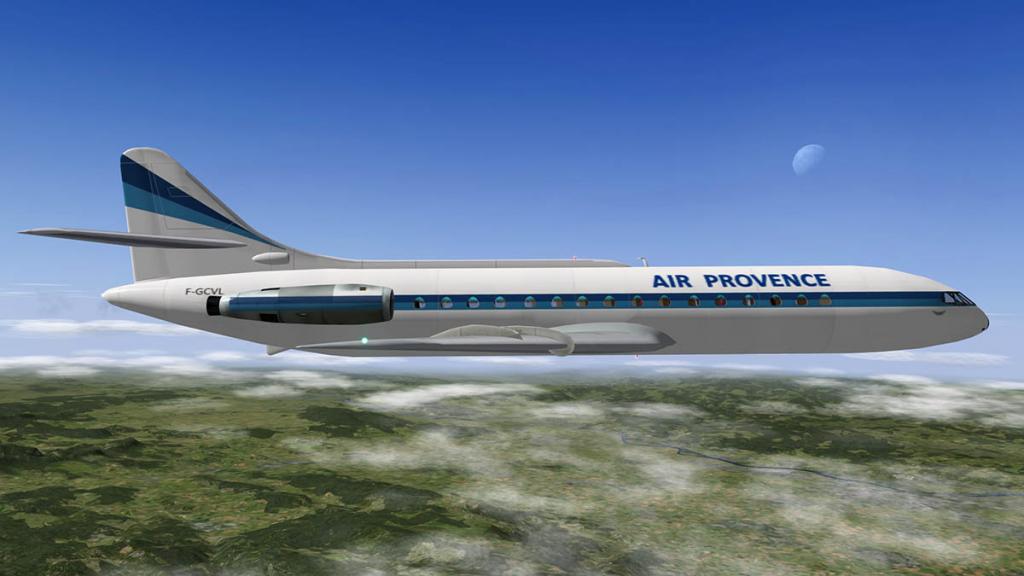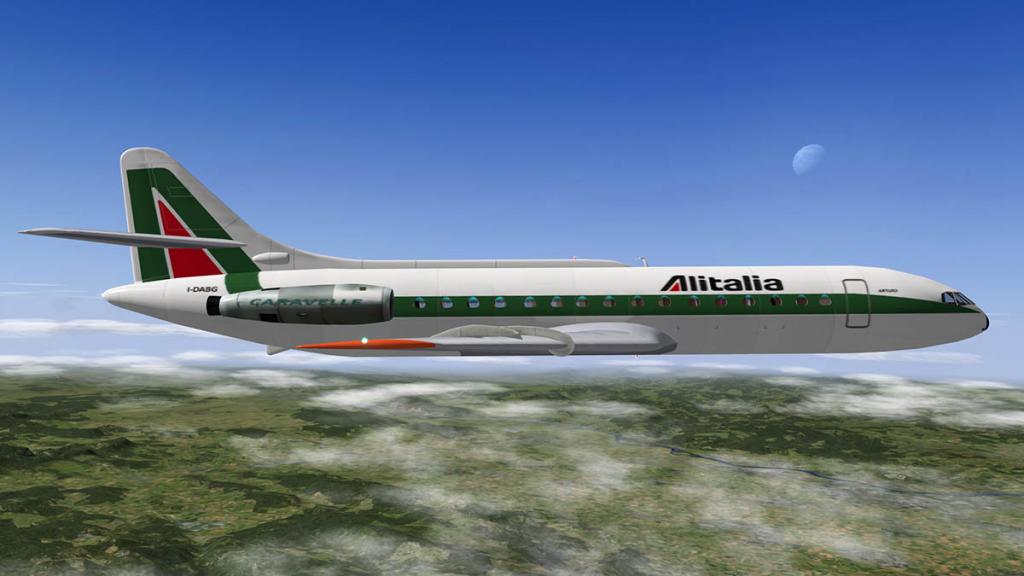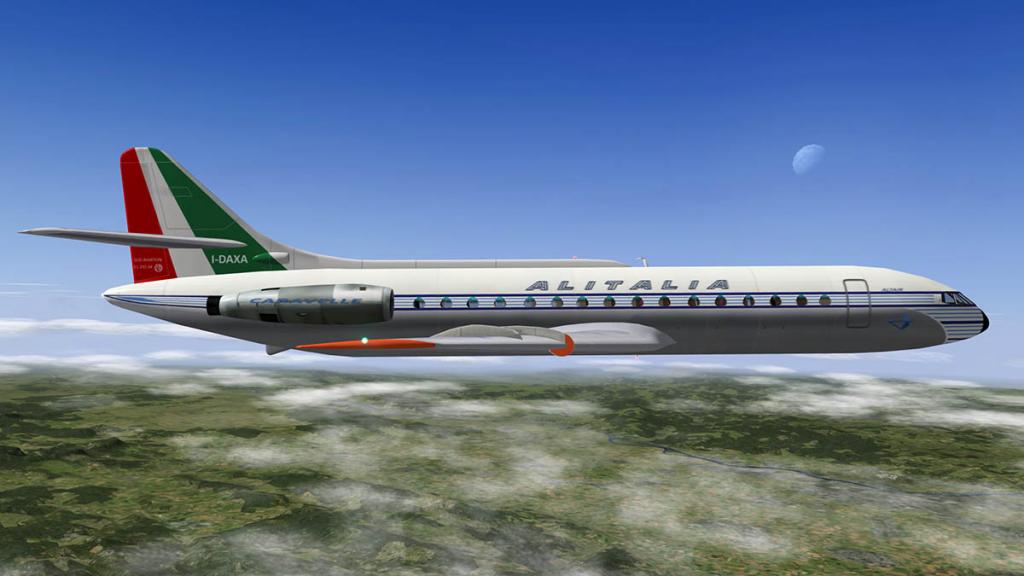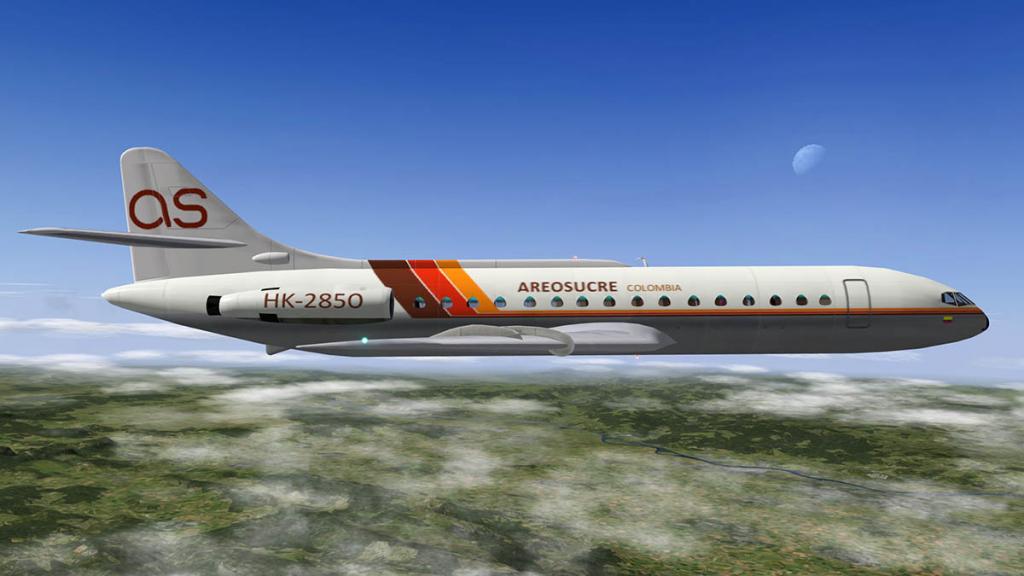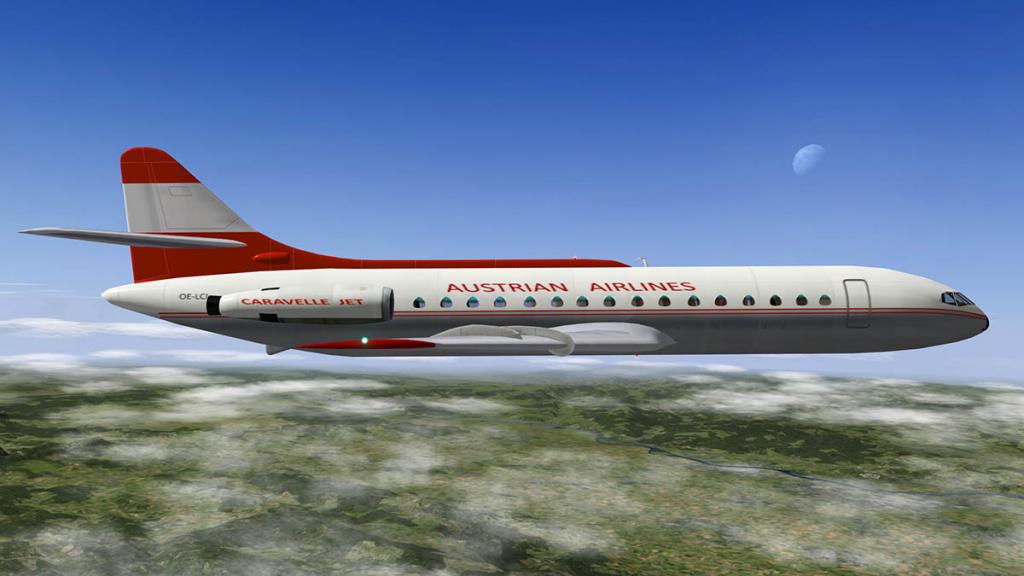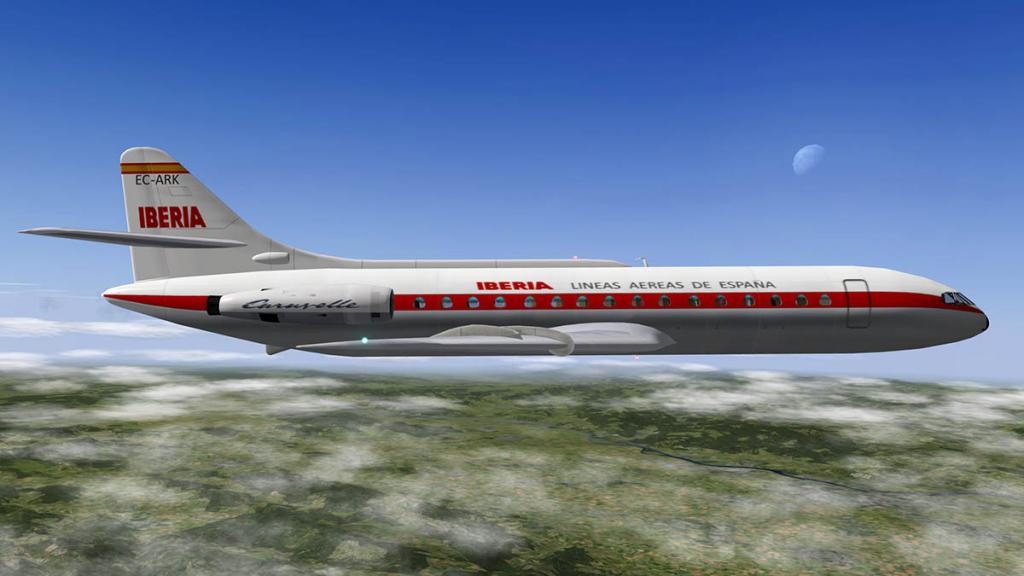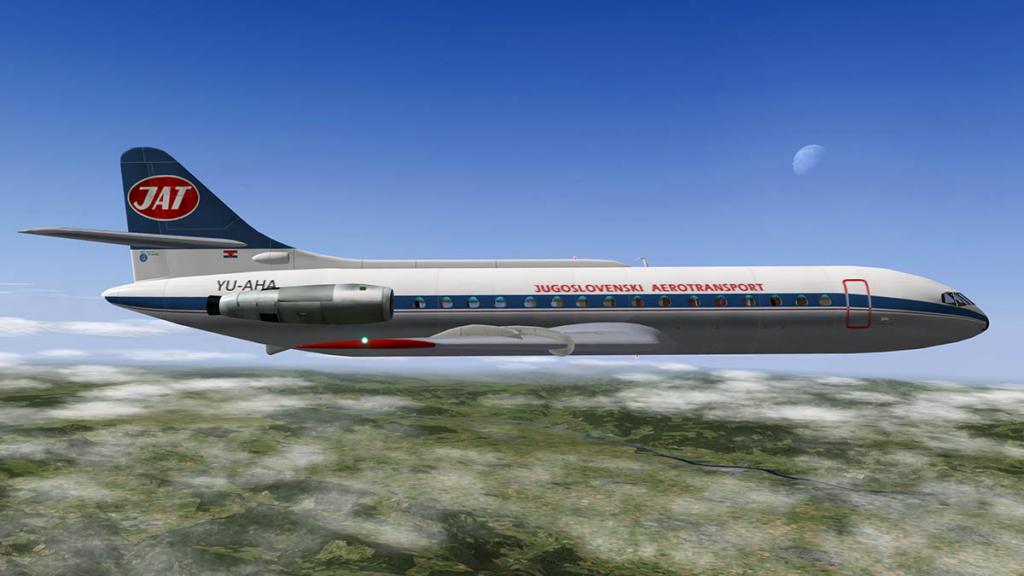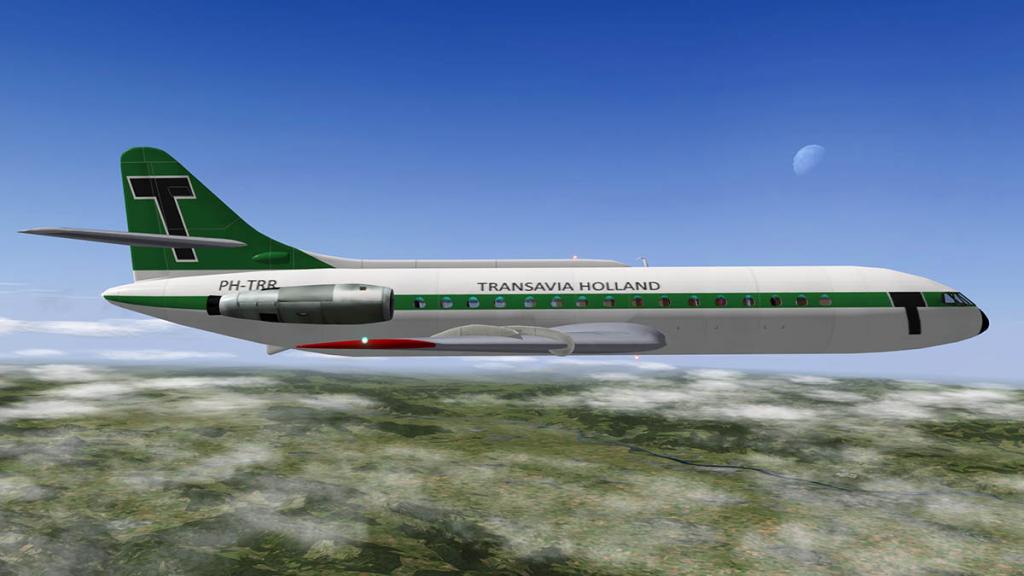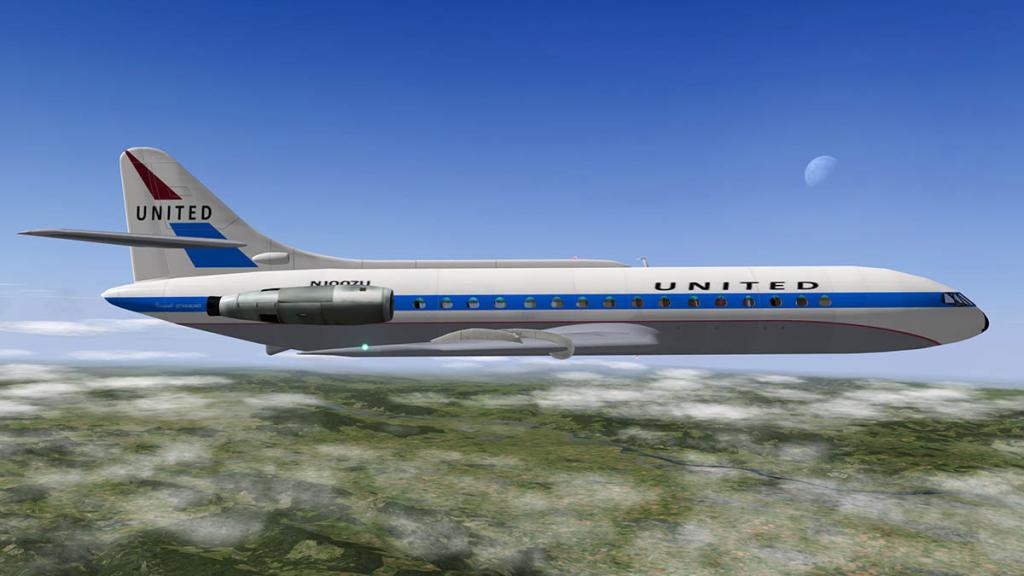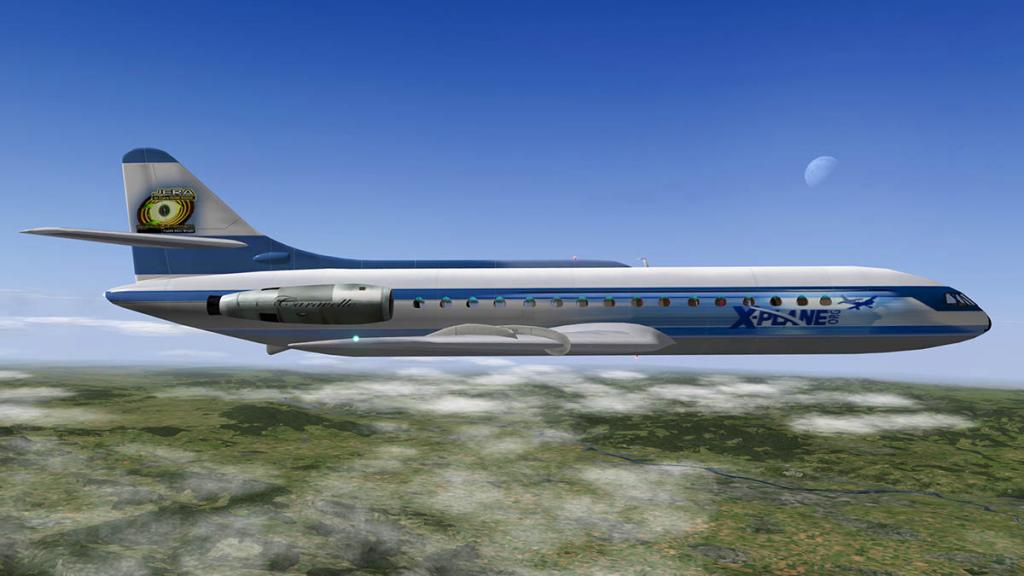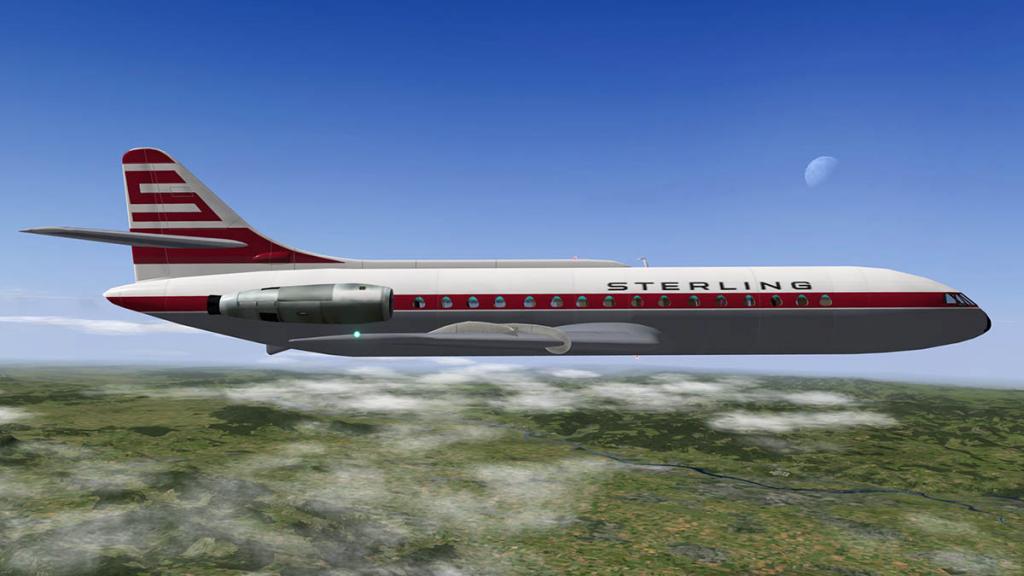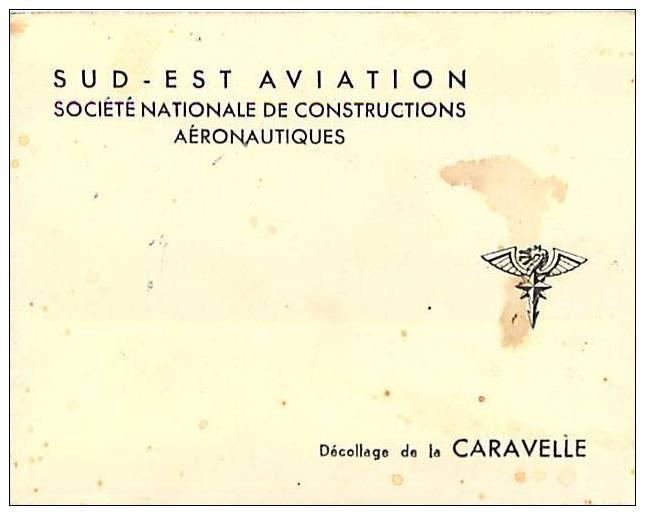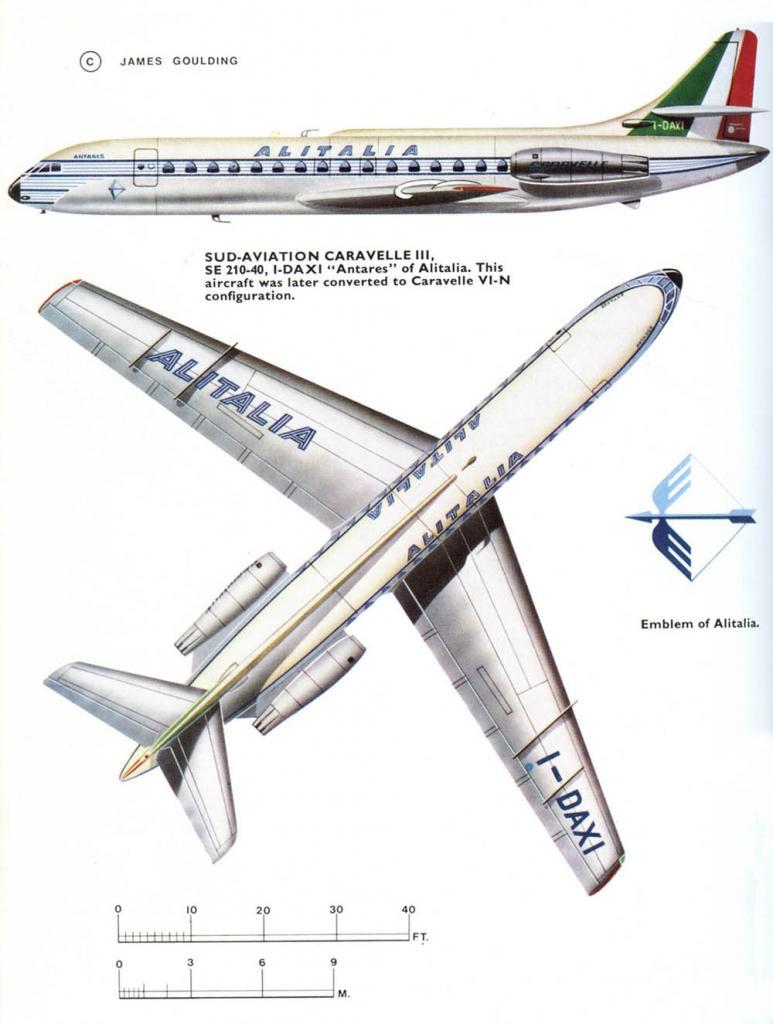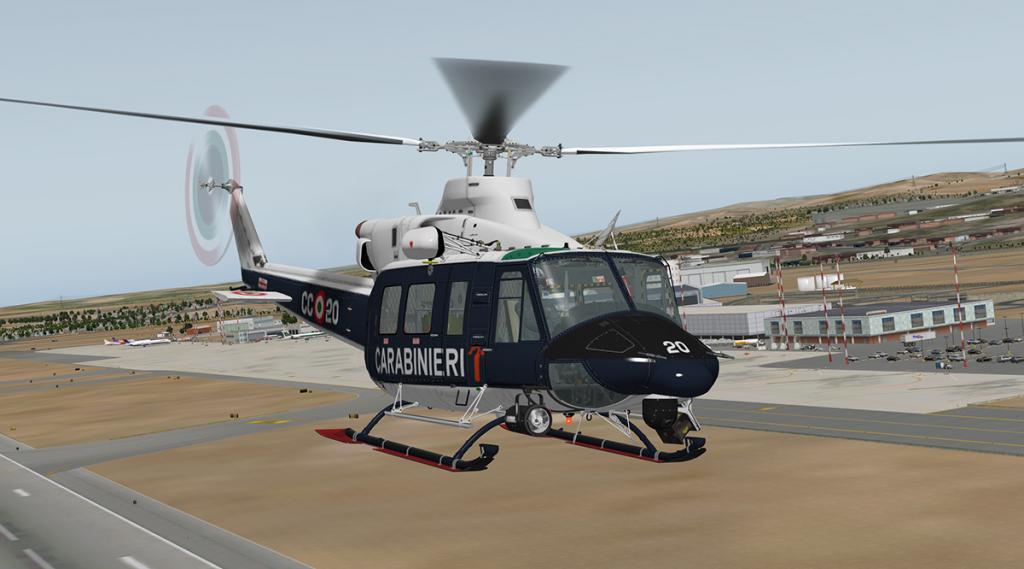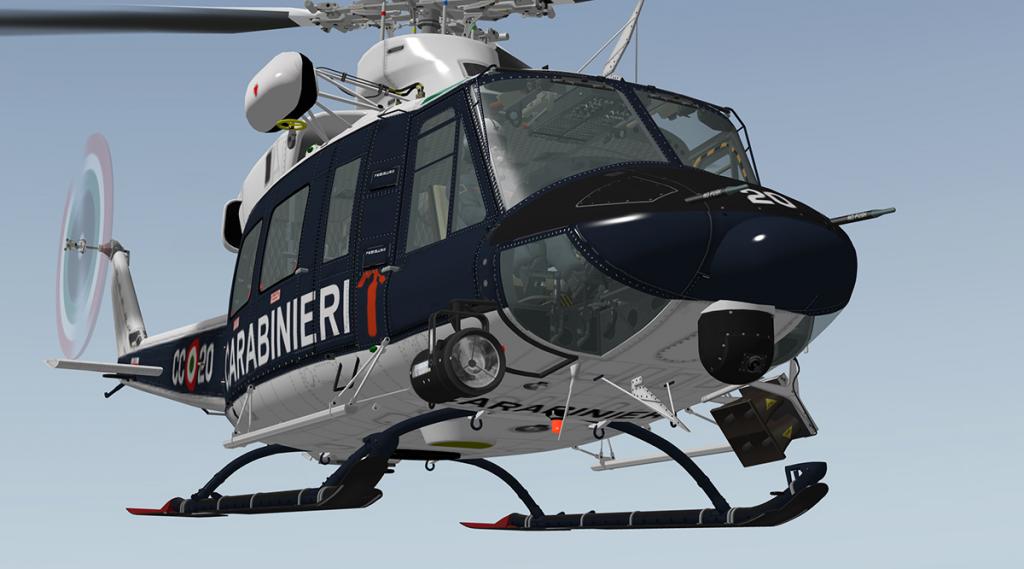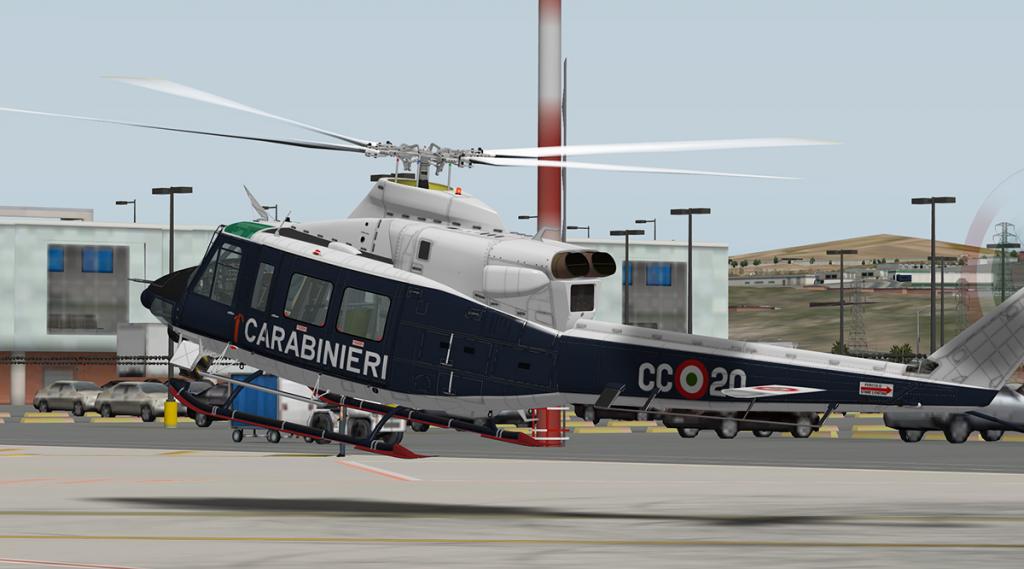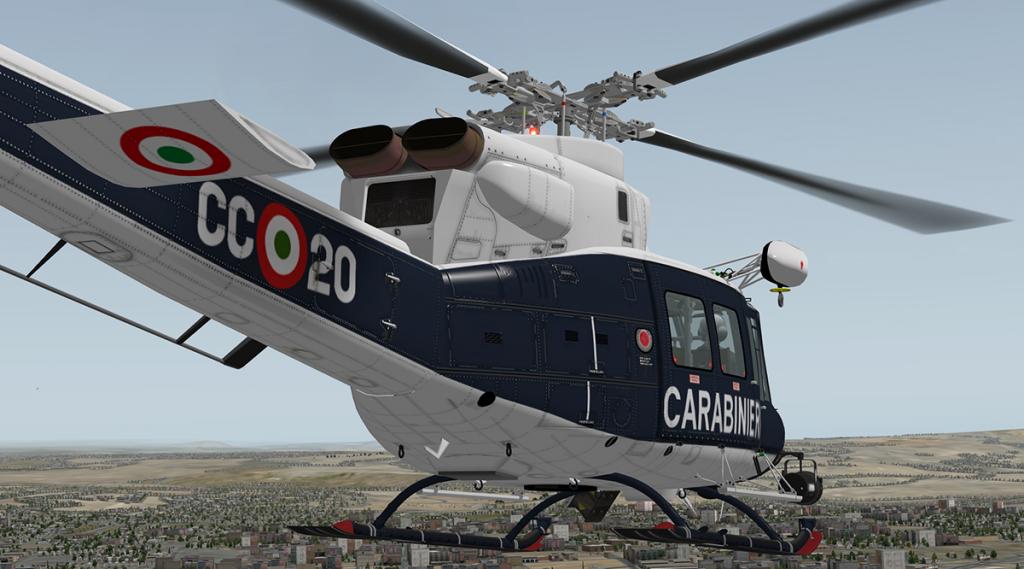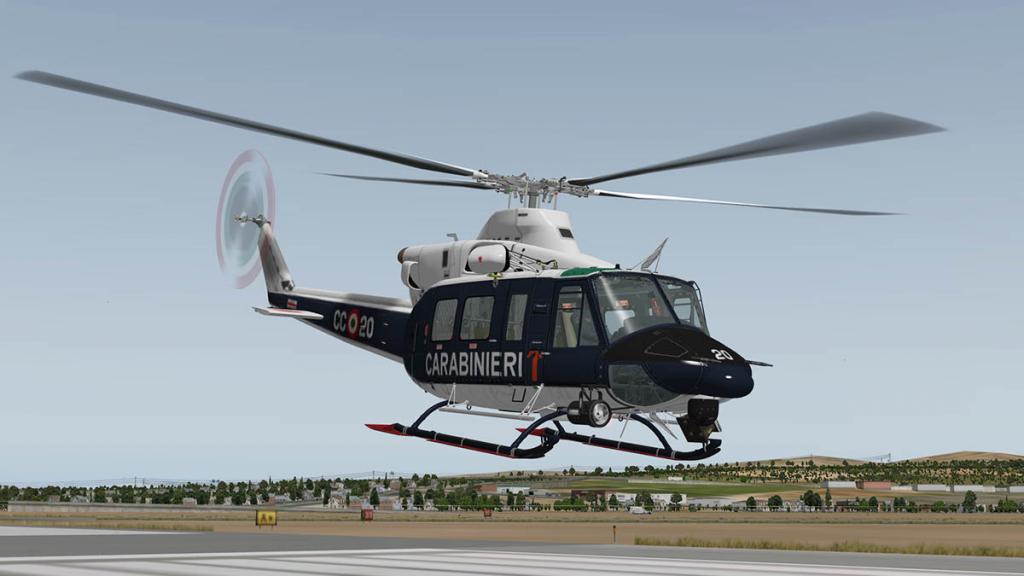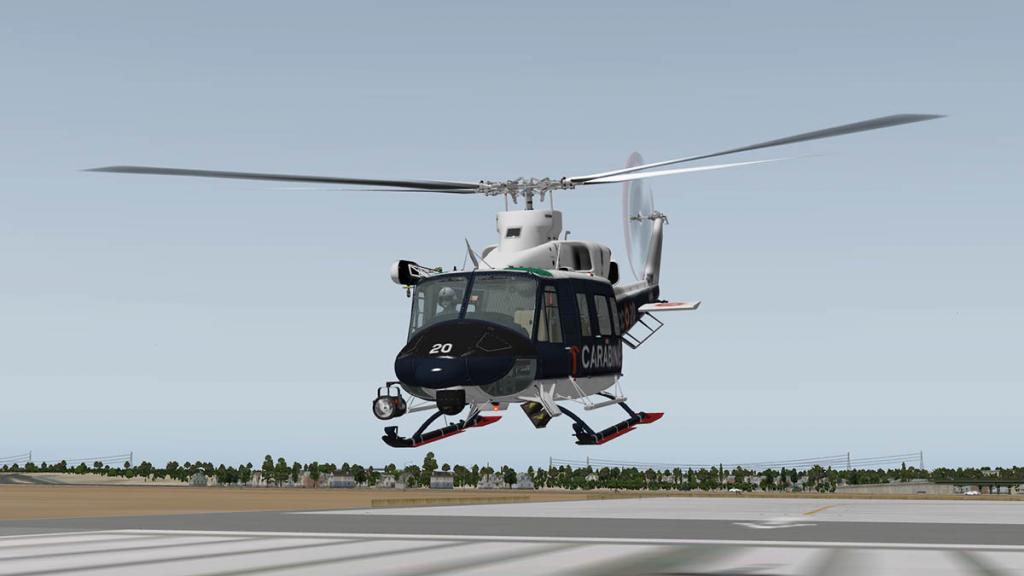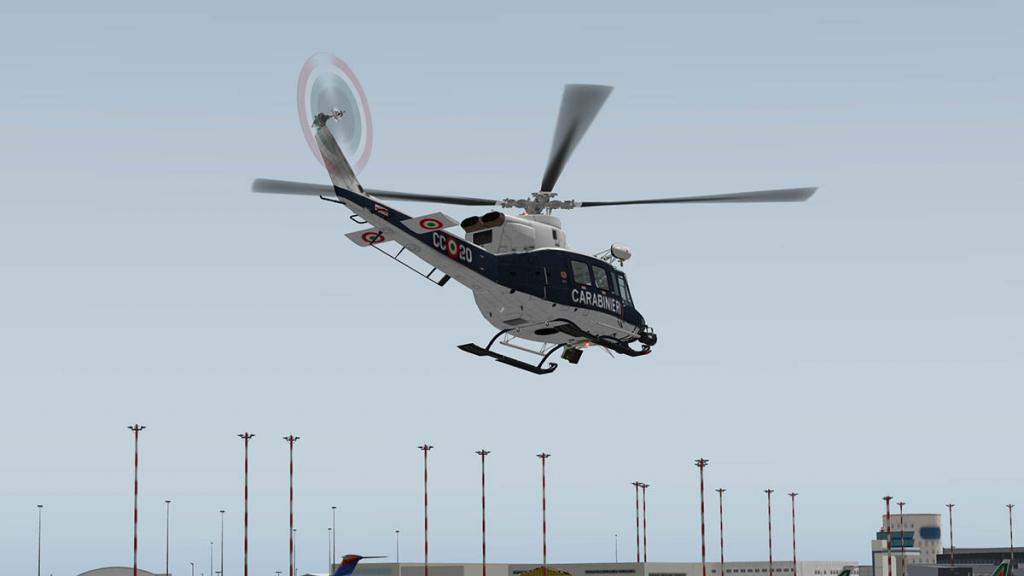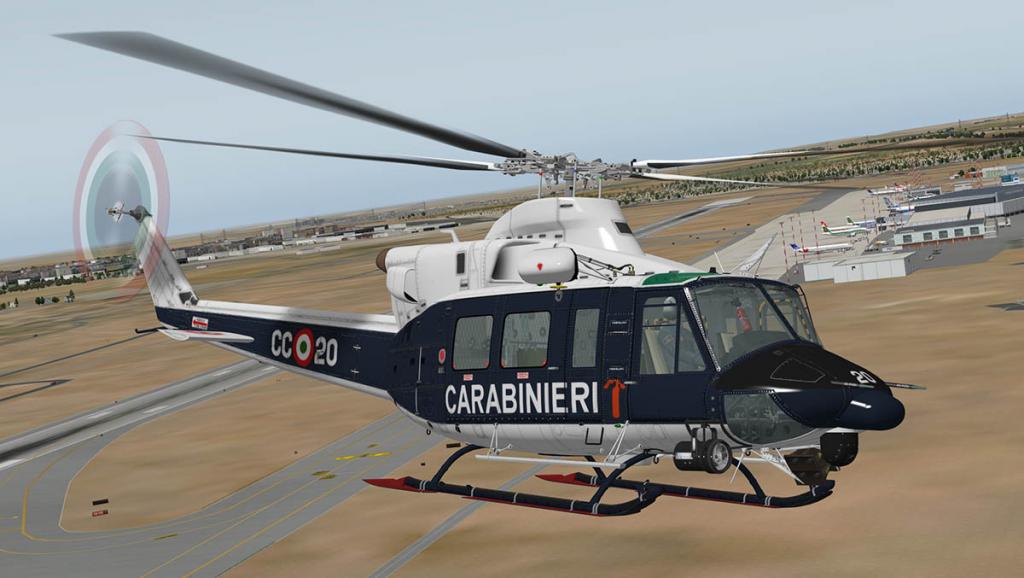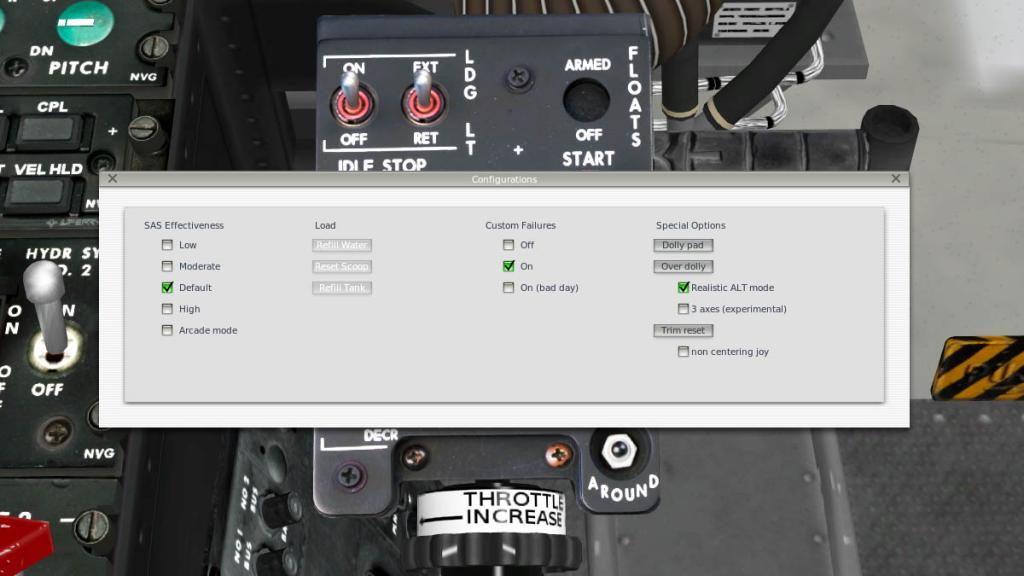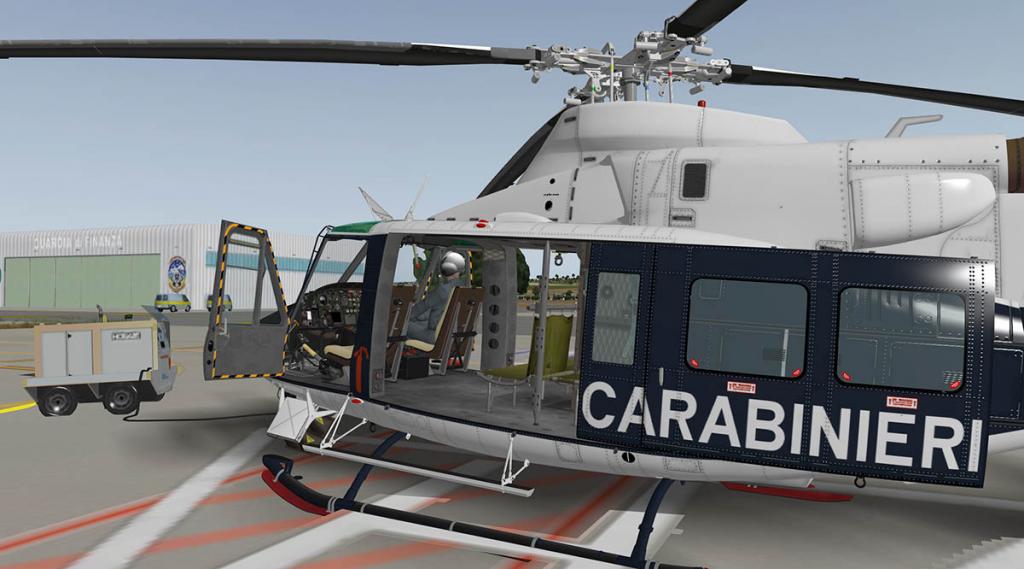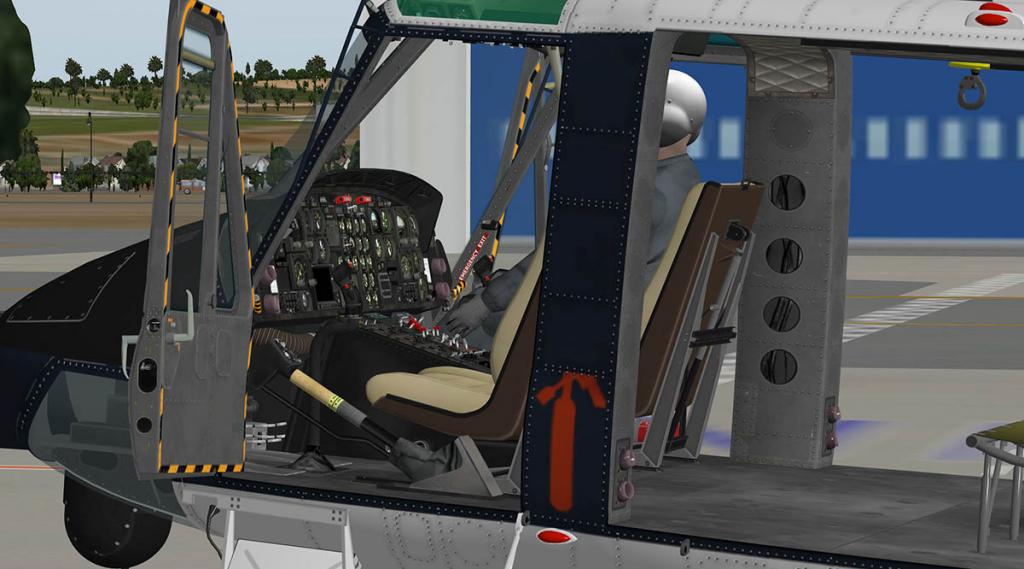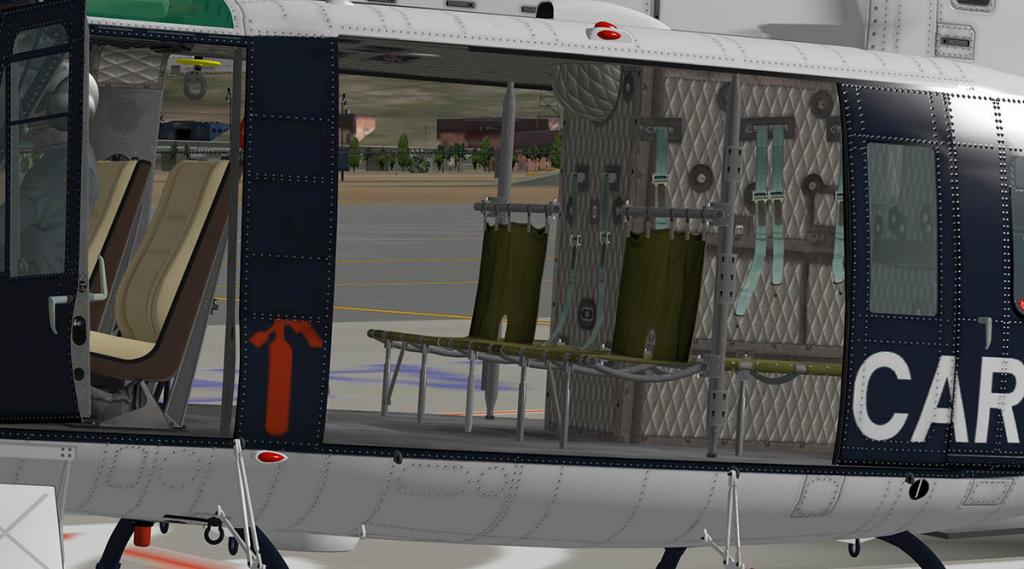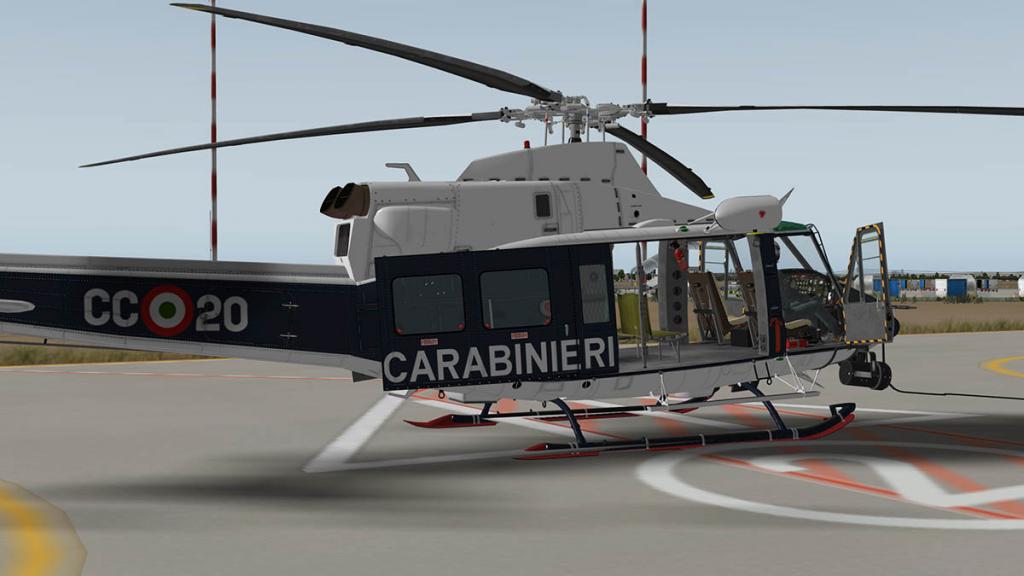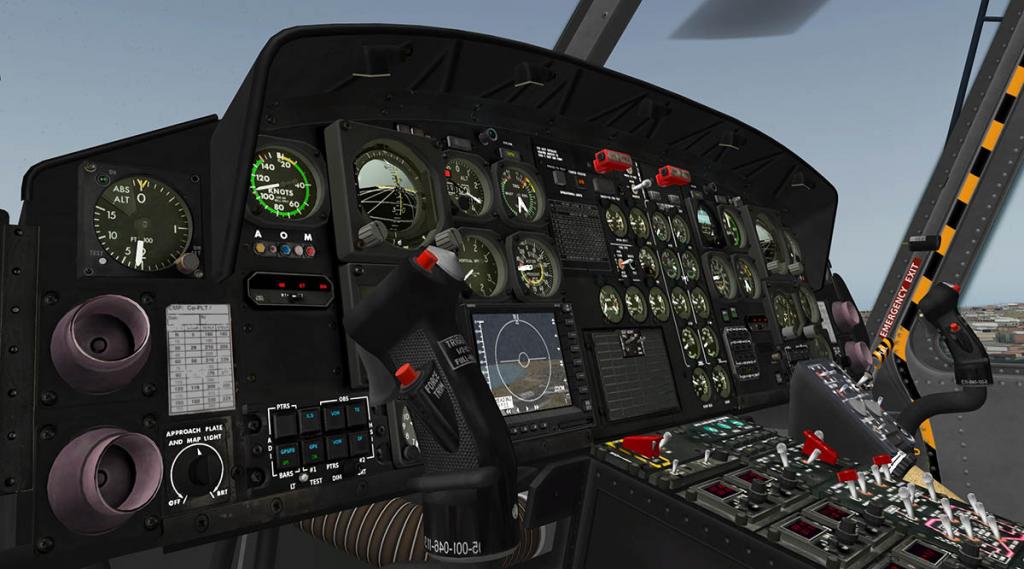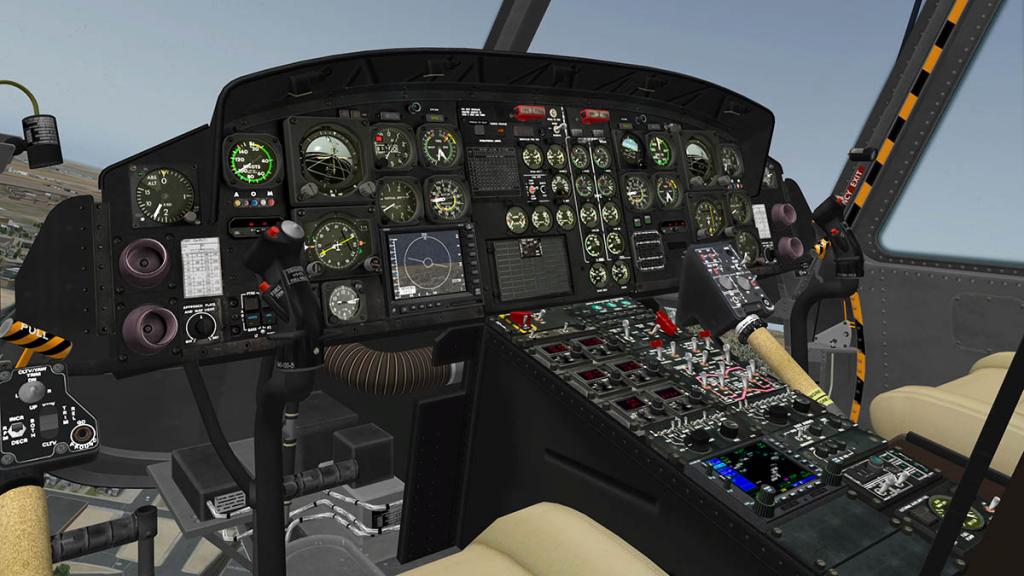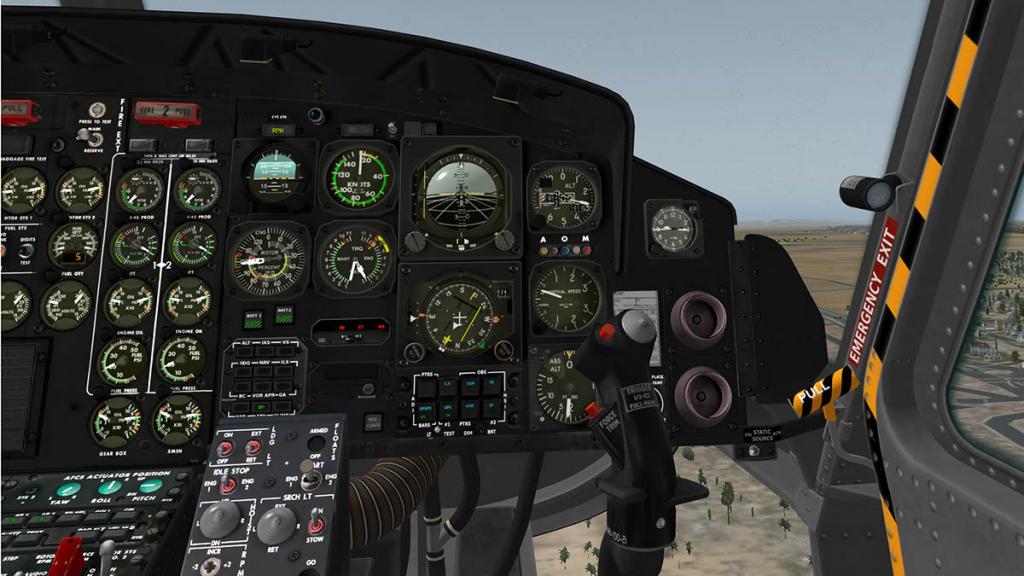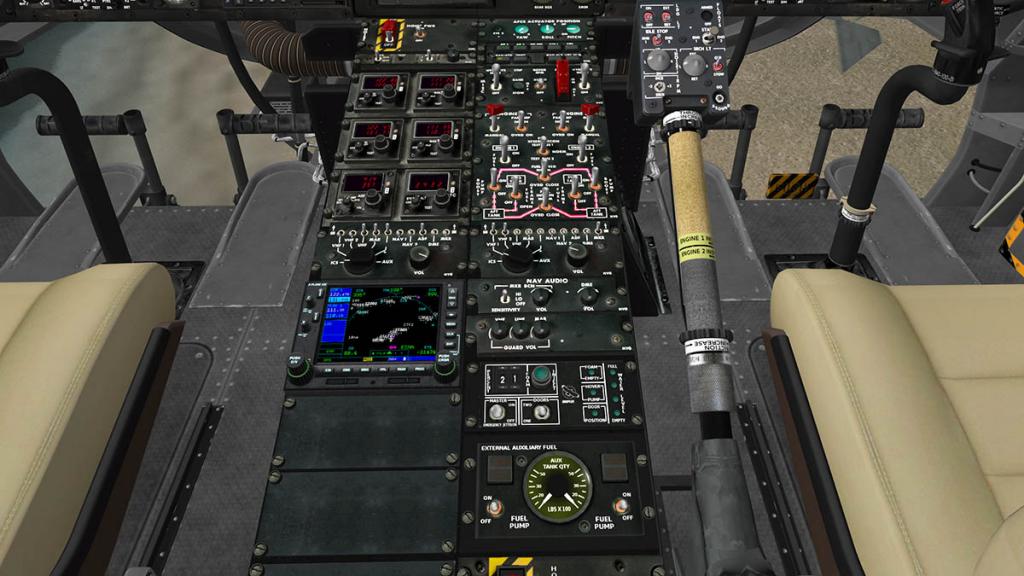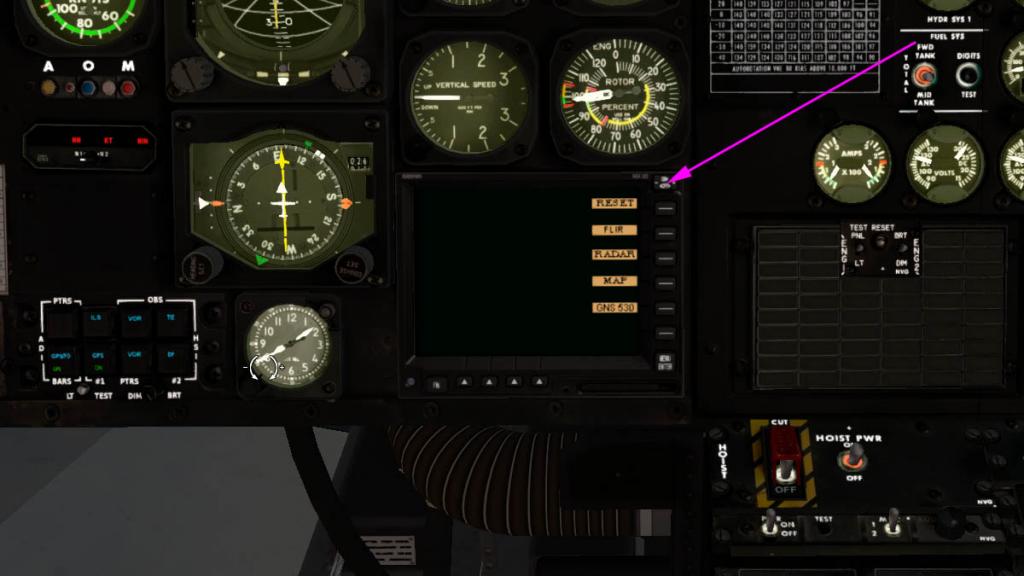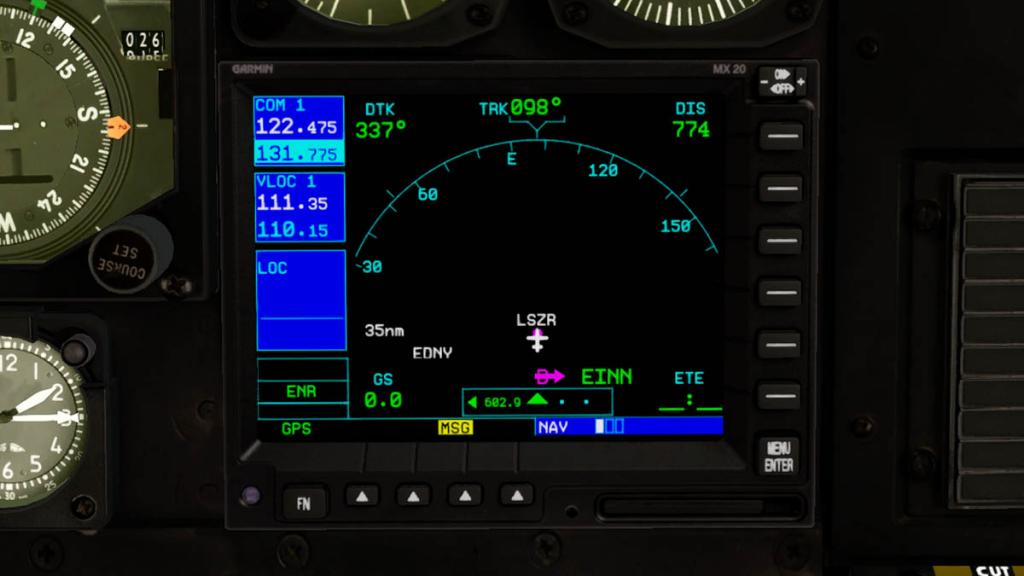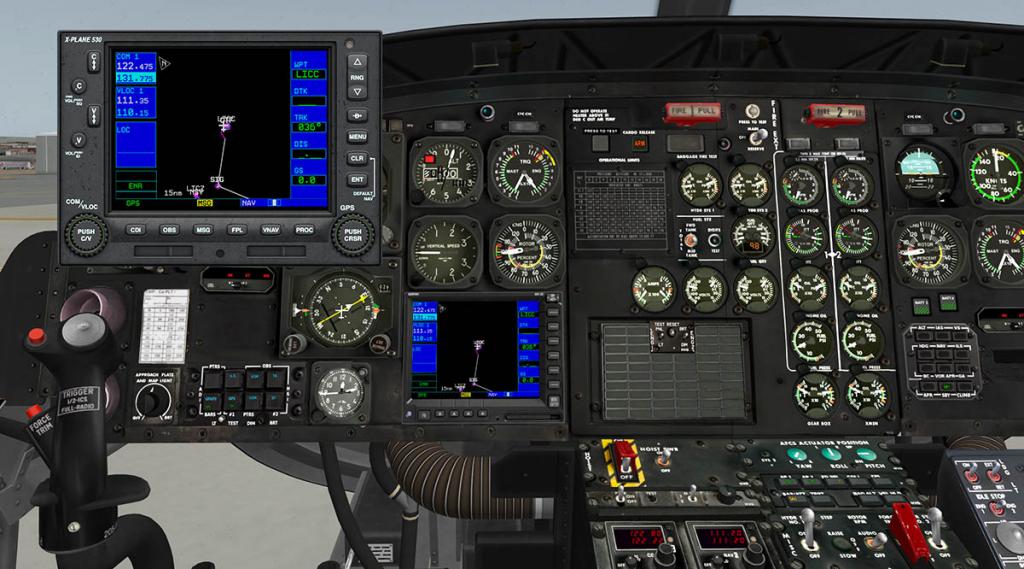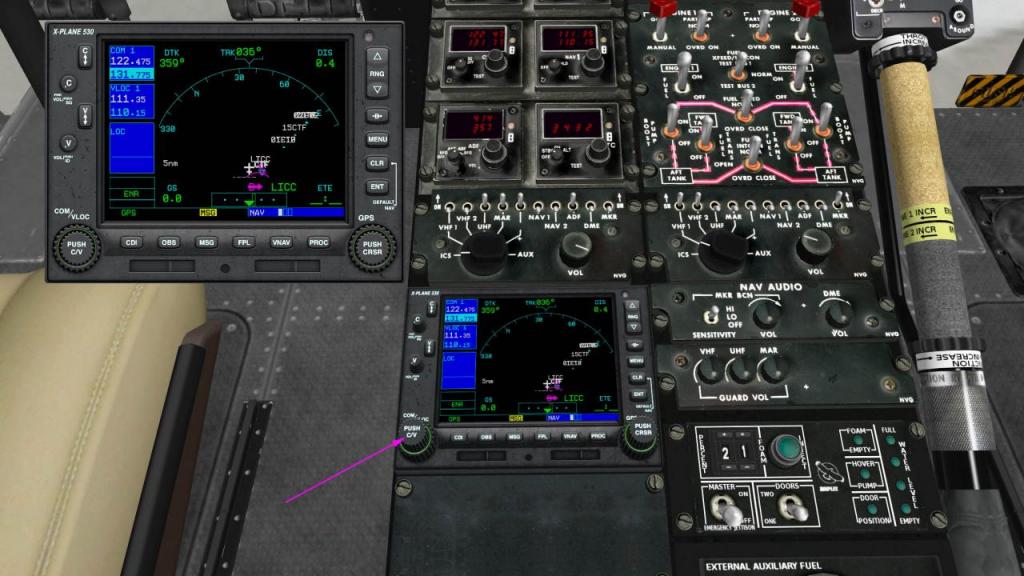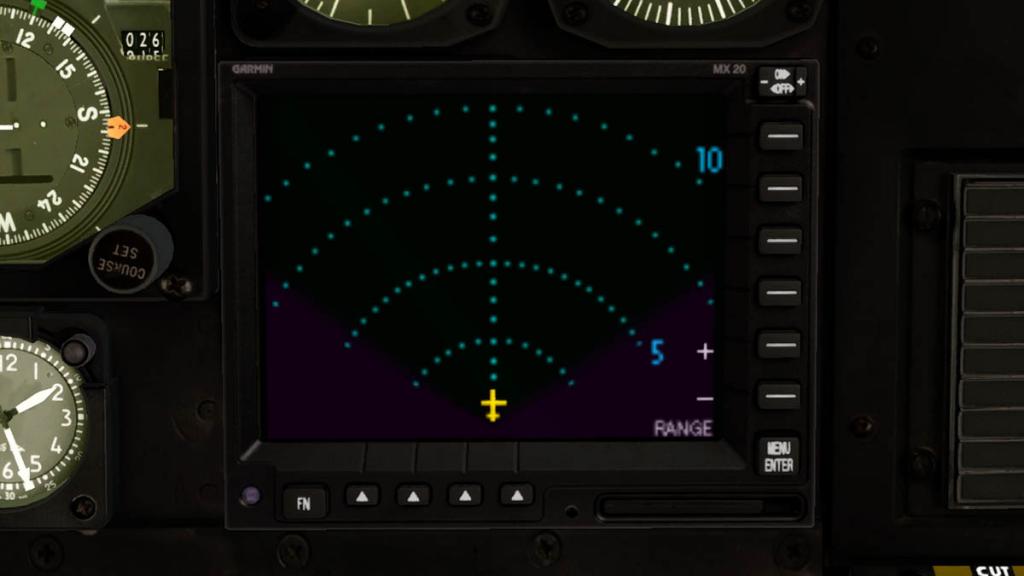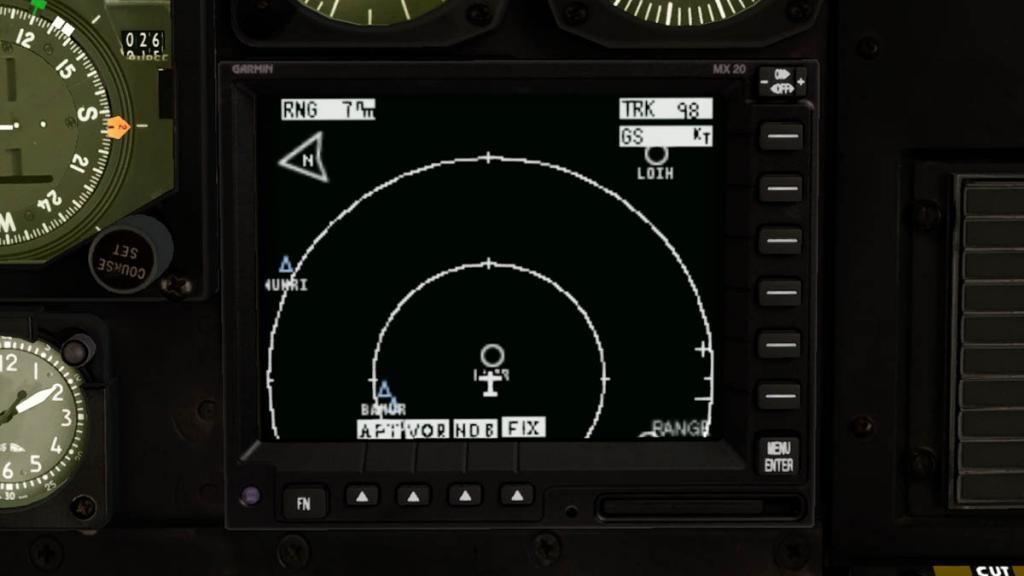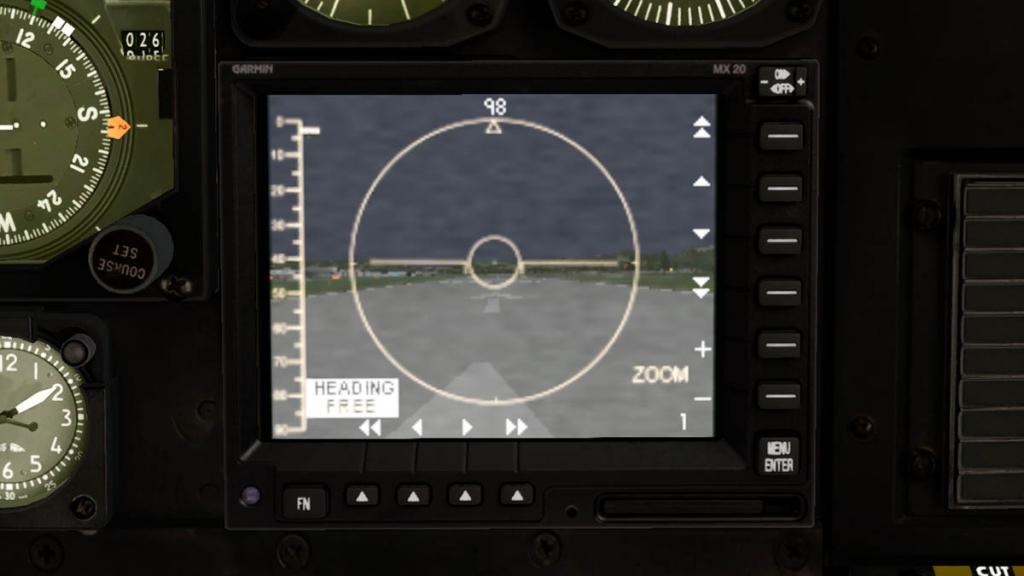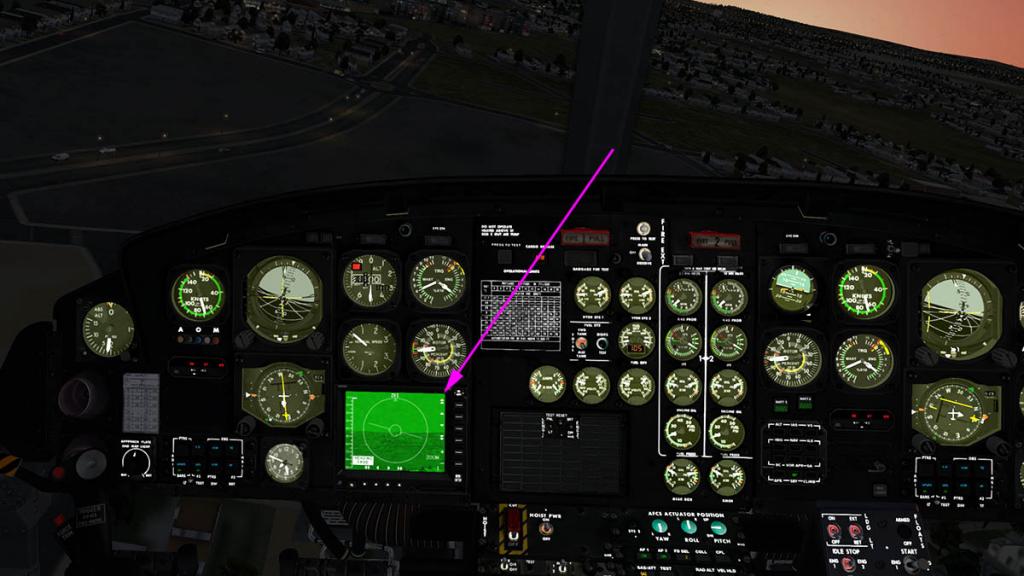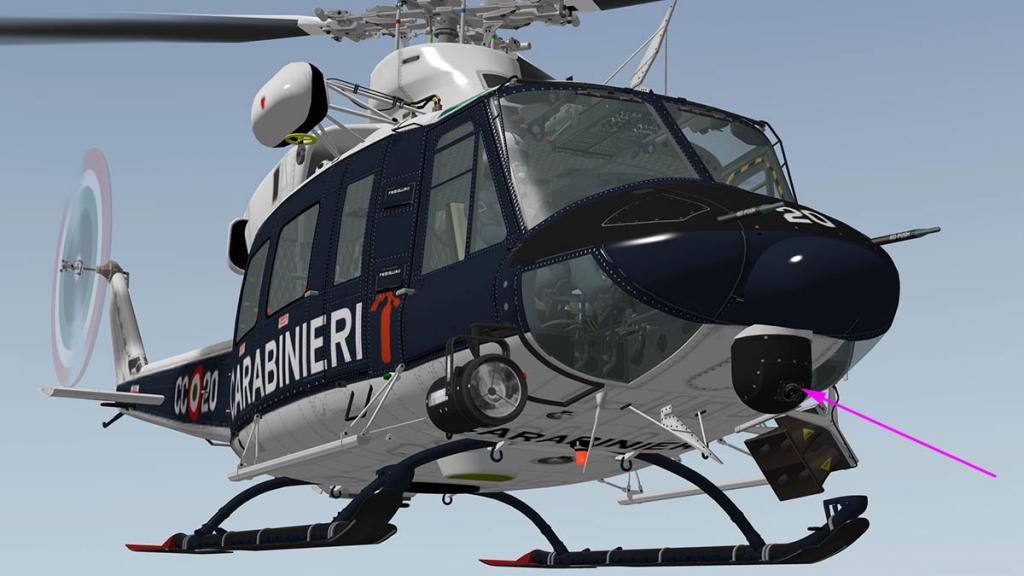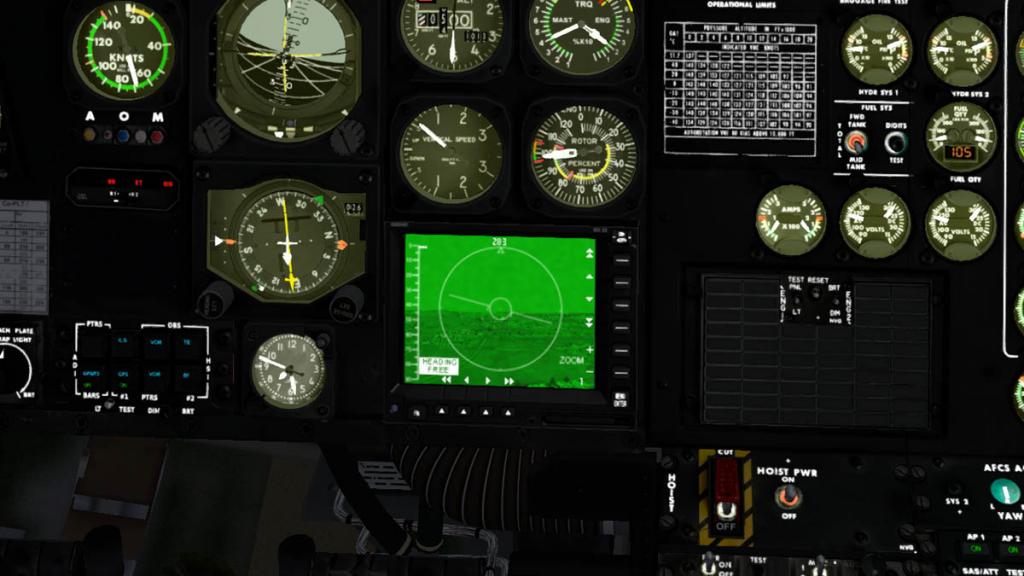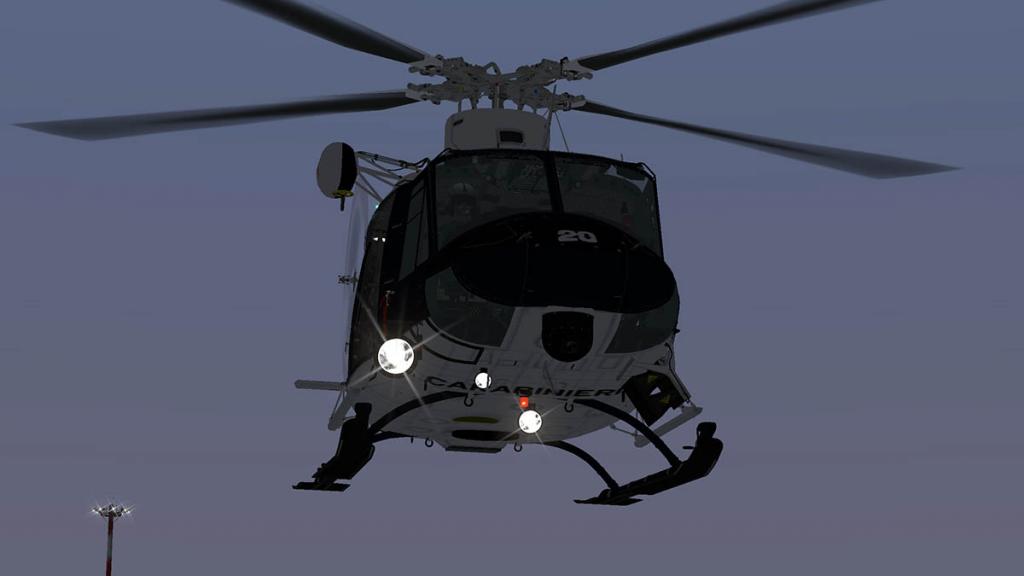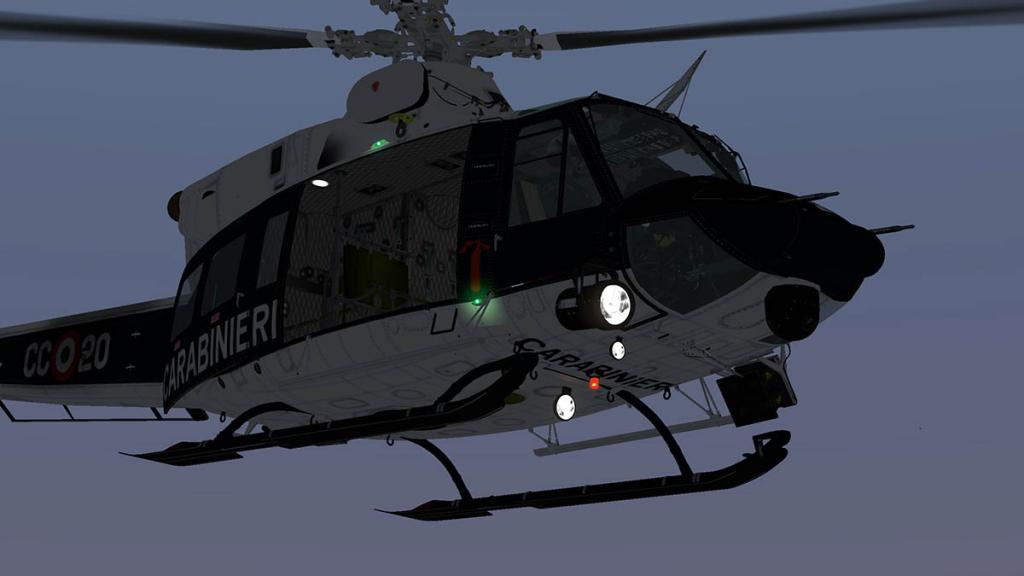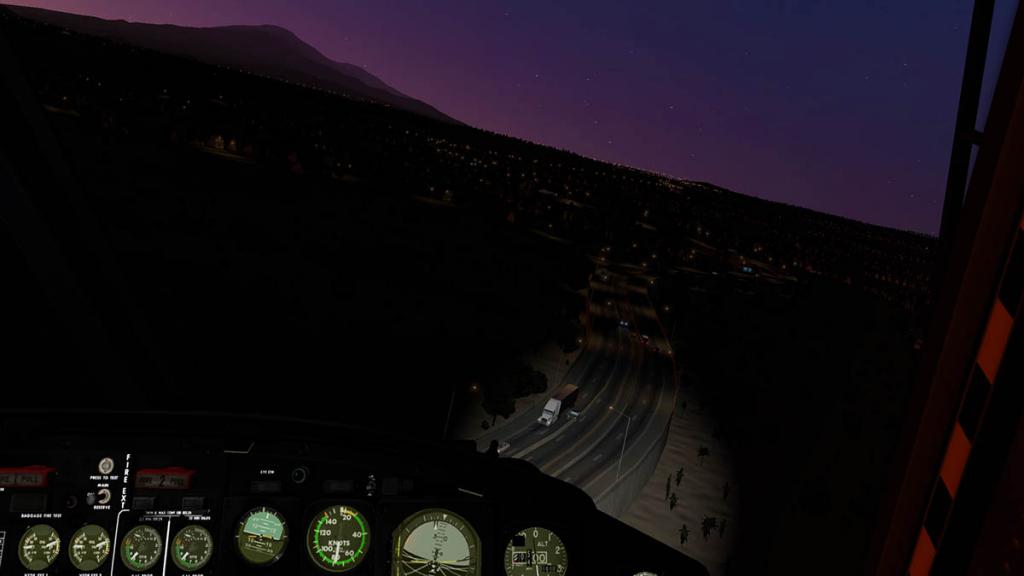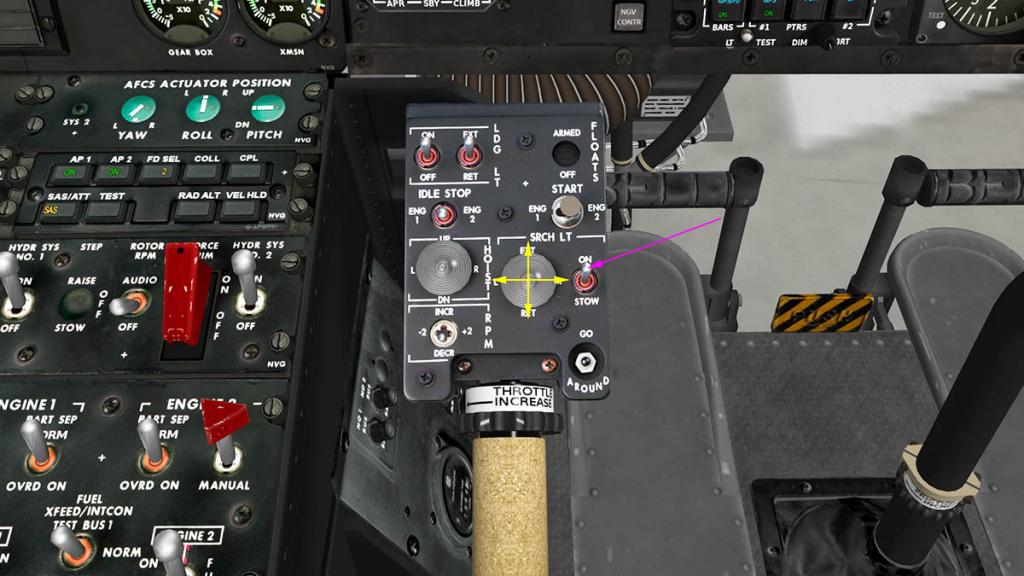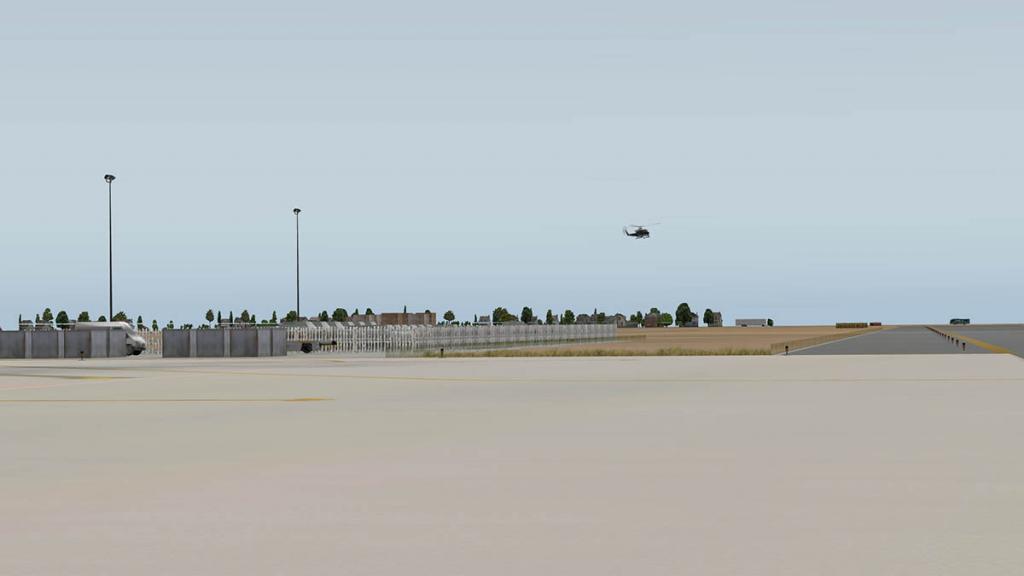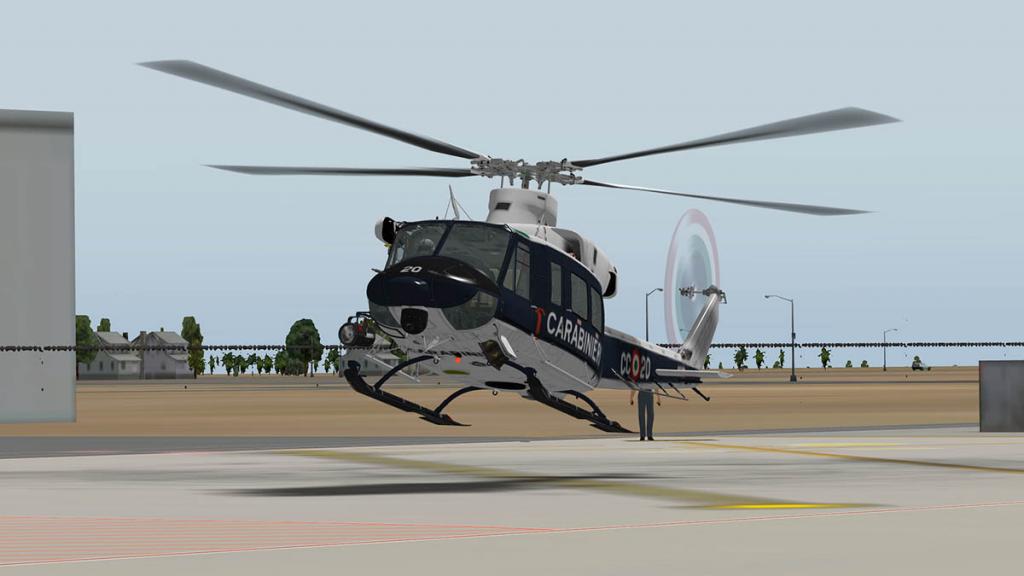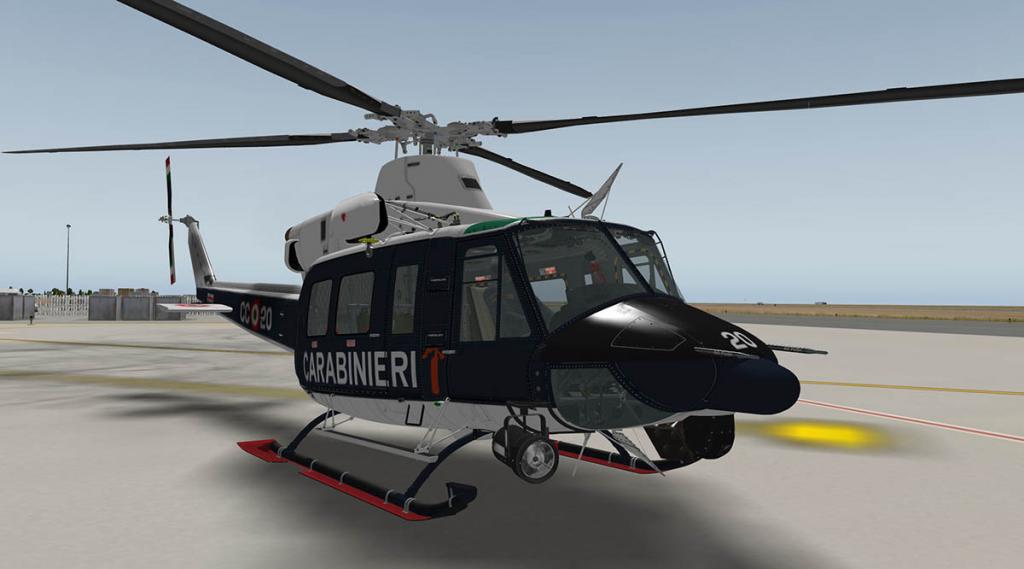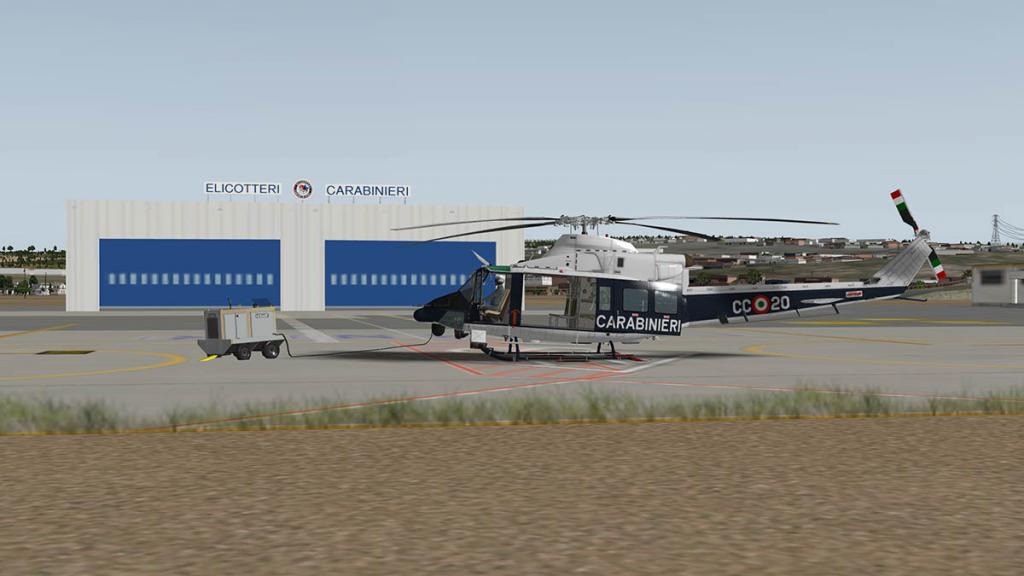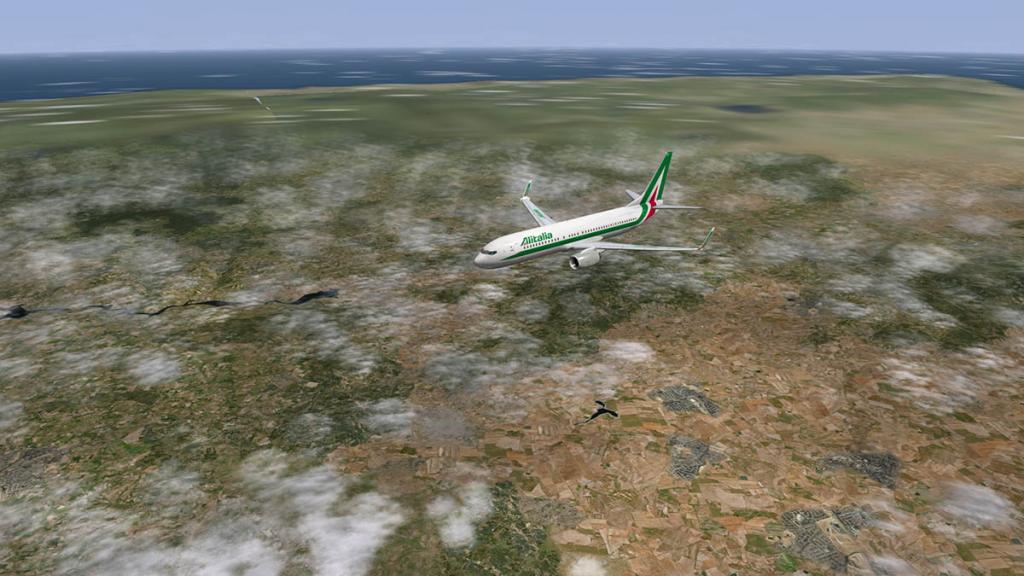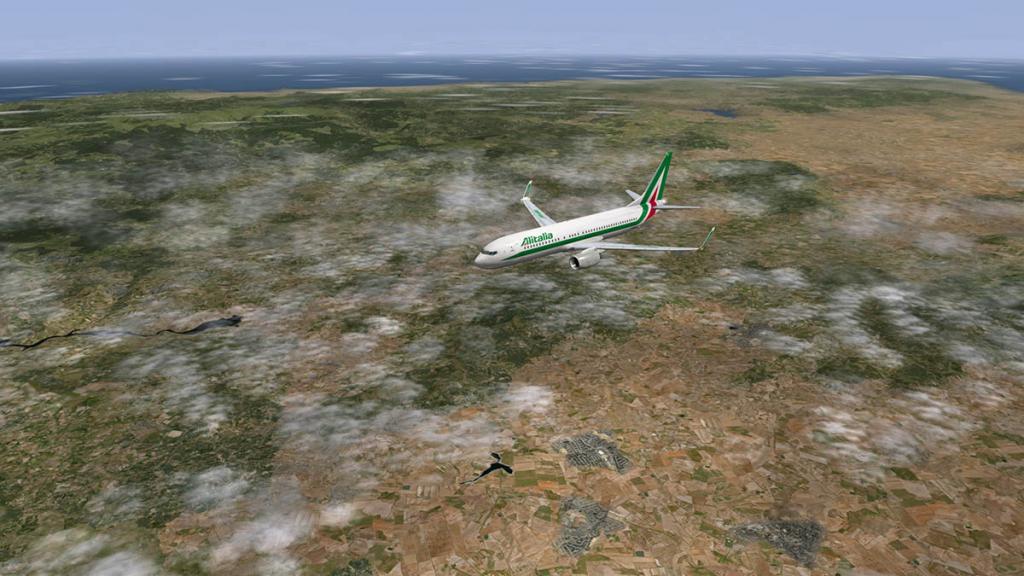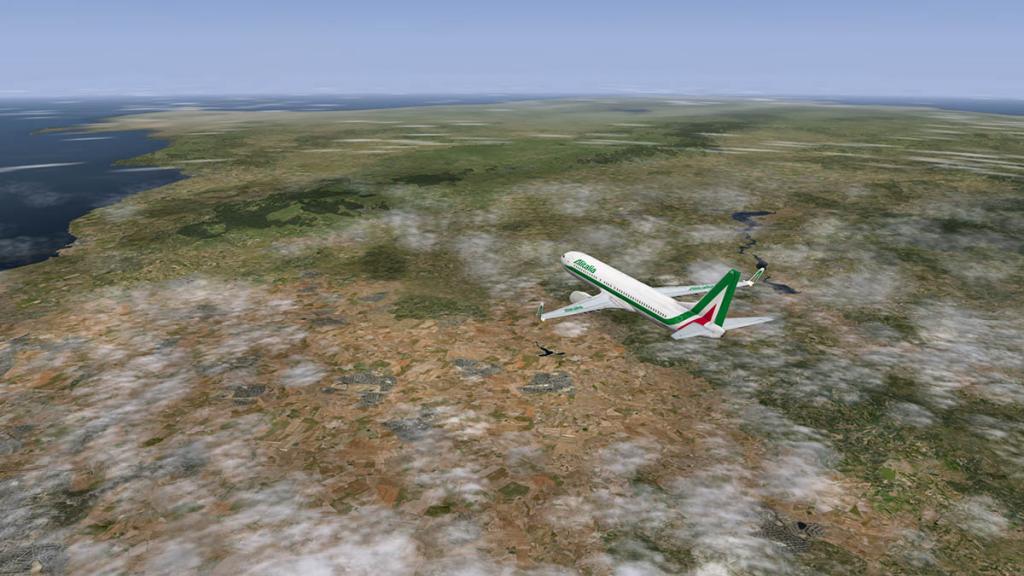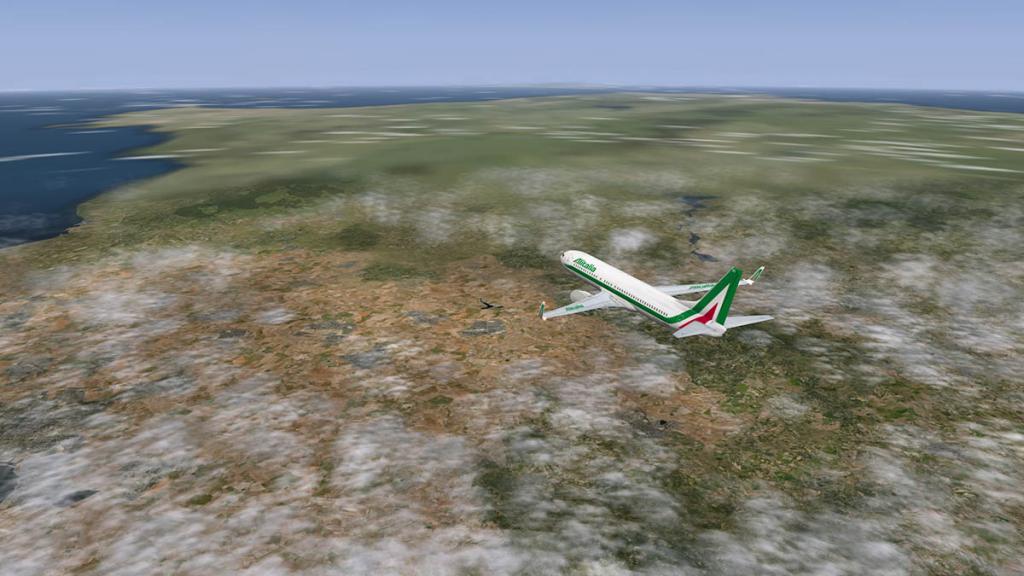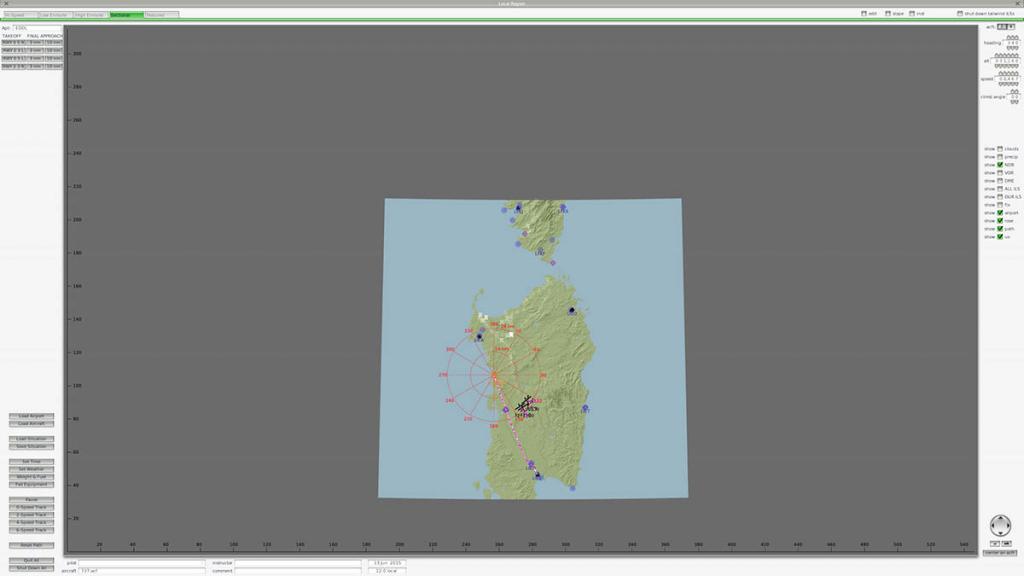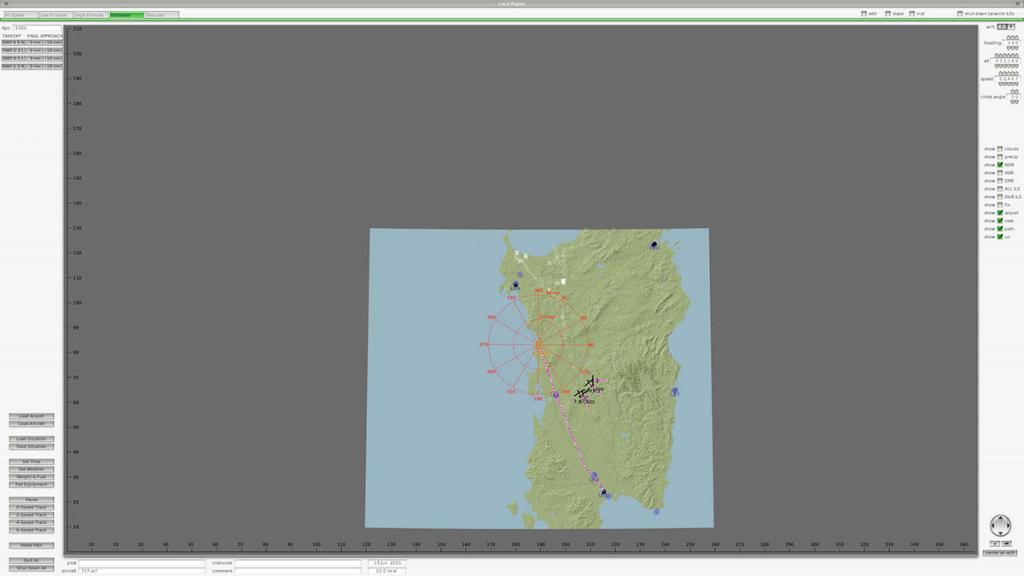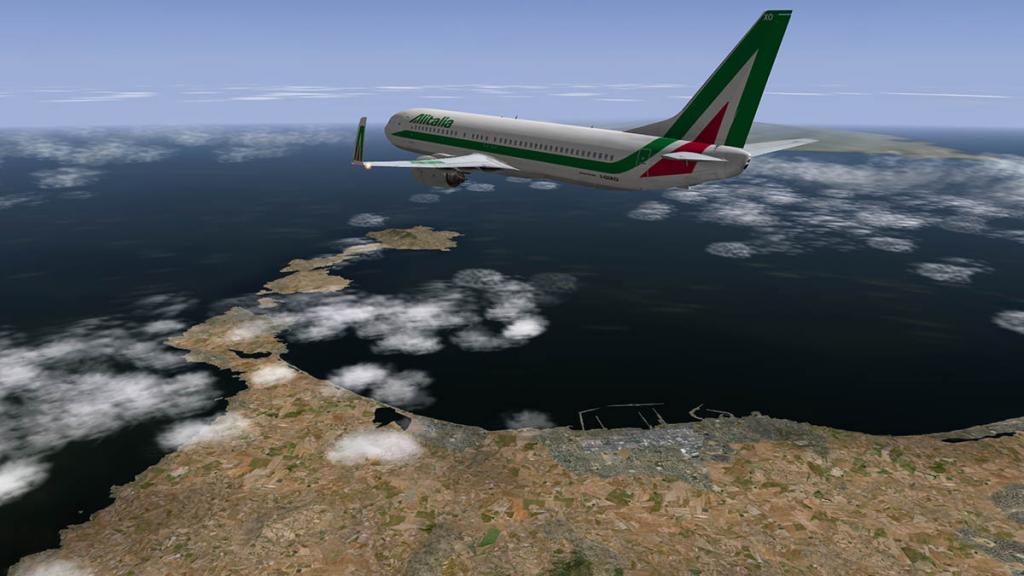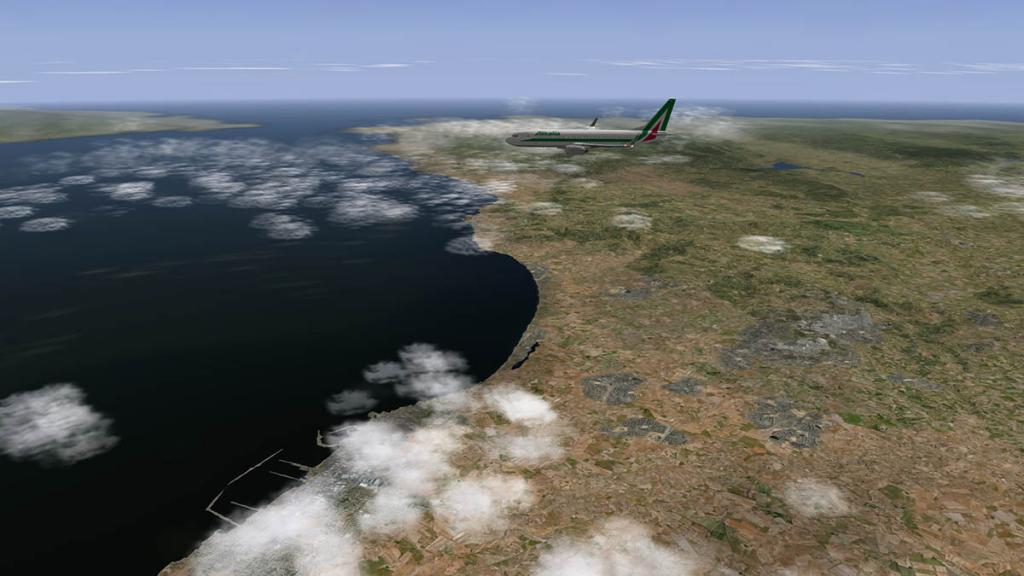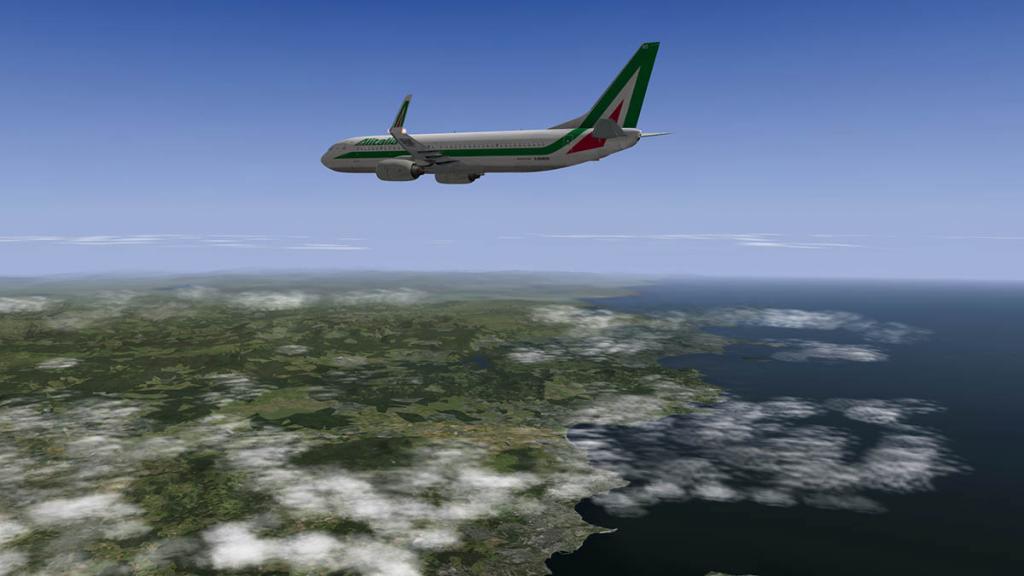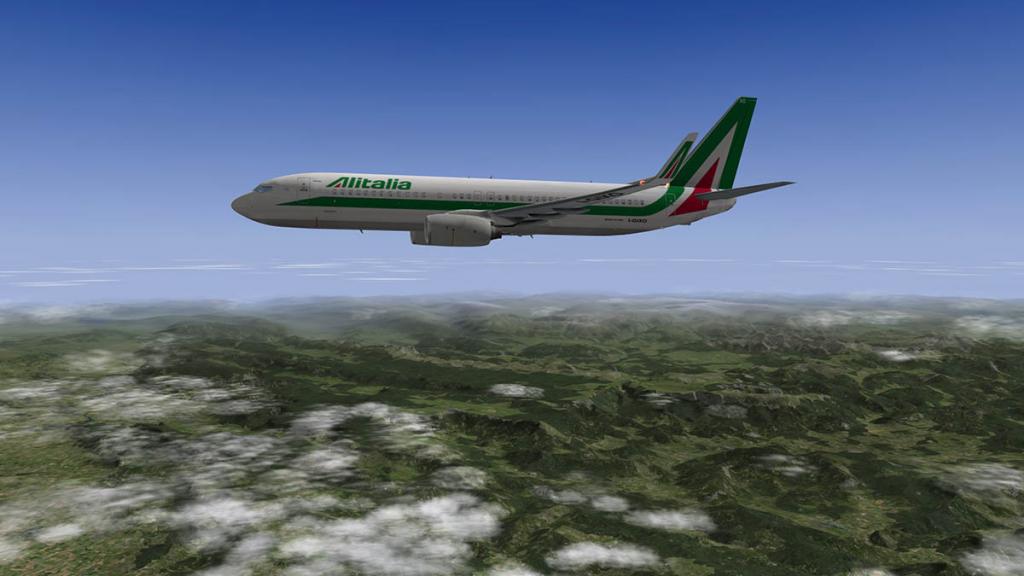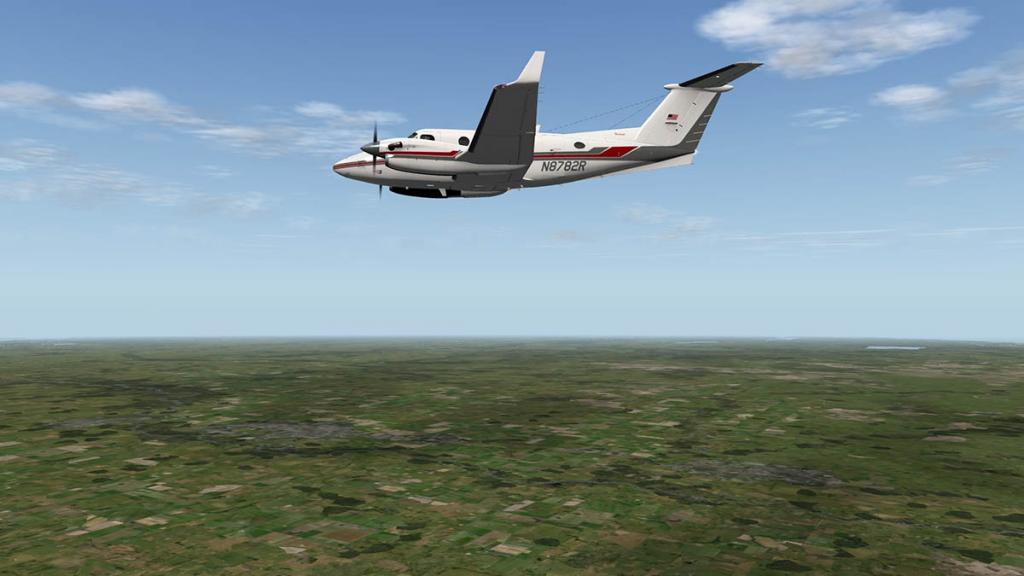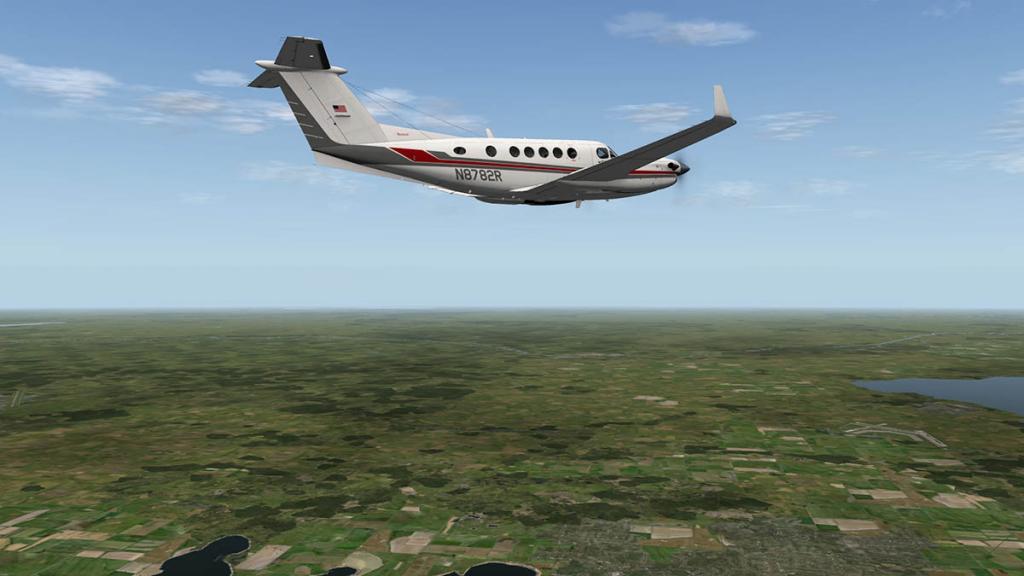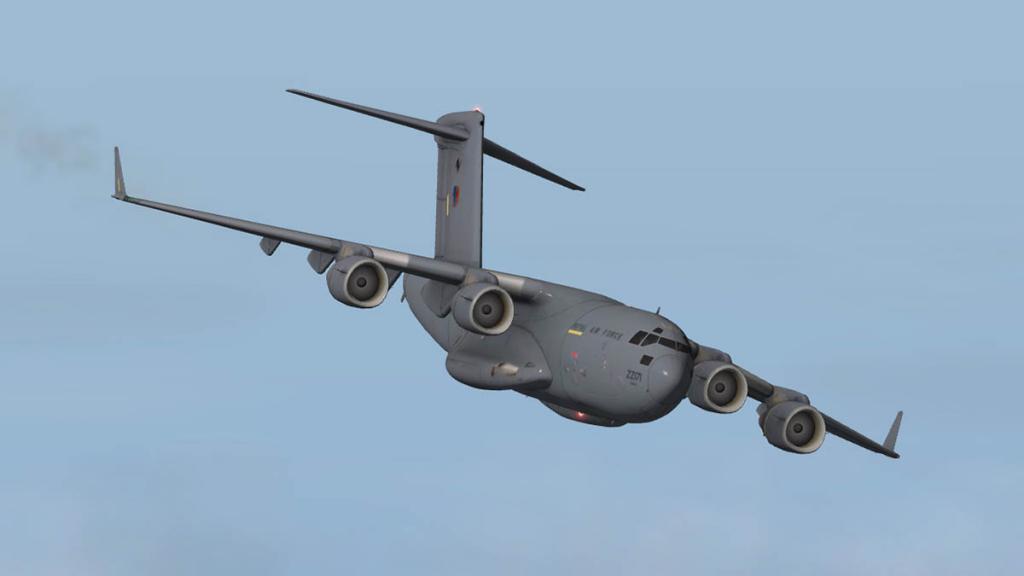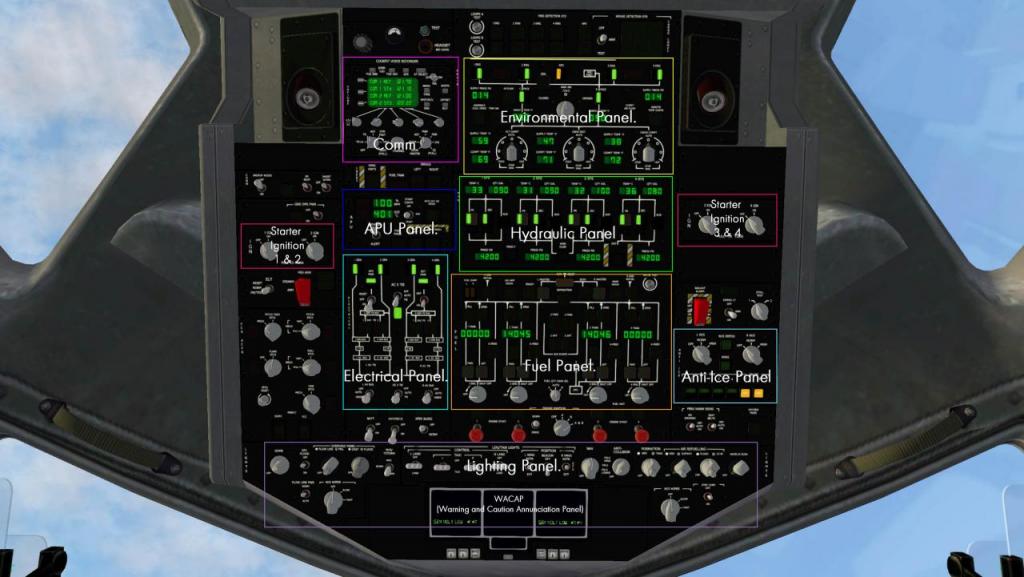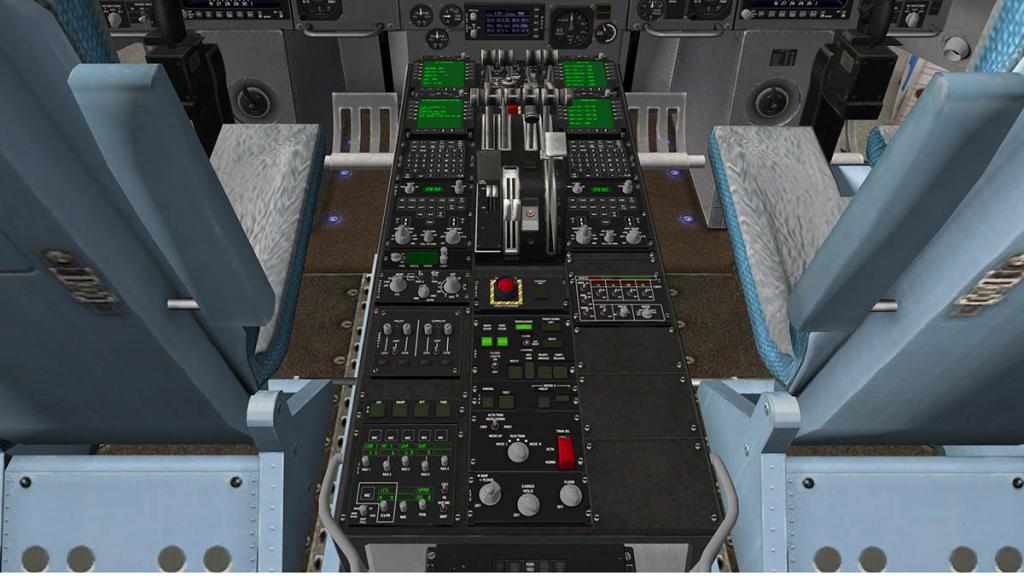-
Posts
2728 -
Joined
-
Last visited
-
Days Won
353
Content Type
Profiles
Forums
Articles
Everything posted by Stephen
-
News! - Digital download is available for X-Plane Now you can download the full X-Plane simulator online. Not required anymore is the DVD pack and to insert a DVD (Disk 1) or USB - Unlock key to run the simulator. The digital download is the same app as the DVD version… it just comes with a unlock-CODE (product key number) instead of an unlock-DISC. The X-Plane Simulator software is available Mac, Windows, and Linux. X-Plane will still cost the same at US$59.99 same as the DVD package but less the postage costs. But you have to factor in the download cost of the 60GB download of the default mesh scenery, you however don't have to download the scenery in one go, but on an as need to install basis. But you will need to download a basic starter set of scenery to fly in X-Plane. You can use your digital download product key to add scenery to X-Plane at any time by re-running the installer, picking “Add and Remove Scenery” and entering your digital download product key; you will need an internet connection to get additional scenery from the Laminar Research server. If you already use X-Plane10, you can get the product key number to replace the DVD and USB lock codes, which makes X-Plane10 easier to use without lugging around a disk drive or having a USB clogging up a slot. Full information here : X-Plane Digital Download Stephen Dutton Copyright : 22nd July 2015 X-Plane Reviews
-

Aircraft Review : Diamond Star DA40 by Alabeo
Stephen replied to Stephen's topic in General Aviation Aircraft Reviews
Do you use a Saitek system? It is a known problem on those joysticks. Yes I had that problem and have referred it to Carenado, note it on the X-Plane.Org Thread. http://forums.x-plane.org/index.php?s=cdc9ae51c5d0d9ea8992415dd9303c90&showforum=106 -
Laminar Research releases beta 10.40b6 Beta 10.40b6 is now available on your X-Plane Installers. The beta 10.40b6 is not really a beta update at all except for a few small fixes (below), but an update to allow the new X-Plane Digital Download to be active in the simulator. 10.40b6 notes are: Fixes for Beta 6 Screen saver disabled on Linux – user contributed code.Restored exporting parts as objects one-at-a-time in Plane-Maker.Improved time to load Quick Flight dialog box.Removed bogus OpenGL driver warnings on OS X that were scaring users.Run the installer and have the beta checkbox ticked to update to 10.40b6 (Steam users cannot update betas). X-Plane Developers Blog : http://developer.x-plane.com/ X-Plane Reviews : 21st July 2015
-
FSWidgets GMapHD for Mac and EFB for Mac have been updated with the main focus being significant changes to the User Interface (UI) to support the gorgeous Retina Mac screen. Several Mac models now sport a Retina Display (iMac 27", Macbook Pro and the new ultra-thin Macbook) so the need for interface elements to use sharp graphics becX-Plane.Org - FS Widgetsomes much more apparent. The apps now include images and icons in standard resolution (for non-retina Macs) and crisp high-resolution (@2x) images. Mac OS X automatically loads the correct asset depending on the screen resolution and the results are astounding if you have a Retina Mac. These new versions are now also signed with our Mac Developer ID to support the Mac OS X Gatekeeper protection when set to "Mac App Store and identified developers". The refreshed UI was also applied to standard resolution screens so these updates are for everyone, and of course they are free for all registered users. Full details and screenshots for each product available here: iGMapHD for MacEFB for MacX-Plane.Org Thread: http://forums.x-plane.org/index.php?showtopic=87625 X-Plane Reviews : 21st July 2015
-
Aircraft Review : Diamond Star DA40 by Alabeo Single engine aircraft with four seats that has excellent performance is the most fought out category for the General Aviation market. To be successful you have to deliver an aircraft that is capable in delivering exceptional results and with low flying service costs. For many in this market it is known as a Sport's Cruiser. Diamond Aircraft of Austria hit the mother lode with the introduction of the DA20 Katana two-seater sports that first flew in 1991. It was a no-brainer to enlarge the aircraft to four seats and add in more performance and with that you have the Star DA40 which is powered by initially as the DA-40-180 and powered by a fuel injected Textron Lycoming IO-360 M1A engine. The certification route was a bit messy in first there was the Rotax 914-powered prototype DA40-V1, registered OE-VPC, which first flew on the 5 November 1997 and that aircraft was followed by a second prototype DA40-V2 (registered OE-VPE) which was powered by a Continental IO-240. In 1998 a third prototype DA40-V3 flew powered by a Lycoming IO-360 engine (our version). Four more test aircraft were produced followed by the first production aircraft in 2000. JAR23 certification of the IO-360 production variant was obtained in October 2000. In 2002 the production of the Lycoming-engined variant was moved to Canada and the Austrian factory concentrated on diesel-engined variants. But performance for an aircraft of this size is very good in with the: Cruise speed: 150 knots (173 mph, 279 km/h) - Range: 720 nm (828 mi, 1,341 km) - Service ceiling: 16,400 ft (5,000 m) - Rate of climb: 1,120 ft/min (5.69 m/s); and a Power/mass: 0.06802 hp/lb (110 W/kg). But the DA40's most claim to fame is that the aircraft has accumulated a very low accident record, particularly with regard to stall and spin accidents. Its overall and fatal accident rates are one eighth that of the general aviation fleet and include no stall-related accidents. The level of safe operation is attributed to its high aspect ratio wing, low wing loading and benign flight characteristics. The DA40 has shown to have a fatal accident rate of only 0.35/100,000 hours, which the lowest in US general aviation and considerably better than the Cirrus SR20 and SR22 with a combined fatal accident rate of 1.6/100,000 hours, despite its built in full aircraft parachute system. By comparison, the Cessna 172 has a fatal accident rate of 0.45/100,000 hours. Alabeo Diamond Star DA40 In X-Plane their is no doubt there going to be comparisions to Aerobask's excellent DA42 Twin Star. But in reality it is an altogether different aircraft, because for one the DA42 has two engines but secondly it is also an all glass cockpit. So the DA40 from Alabeo is a more basic machine than menu driven DA42 and that if you like a more standard (if slightly older) approach to flight may find this aircraft more to their needs. The composite smooth style makes the aircraft look smaller than it actually is. The DA40 is a full four-seater aircraft, but a highly modern design. The standard of quality from the Carenado/Alabeo design houses are as expected excellent, we can always become a bit non-plussed about the quality of aircraft available today for X-Plane, quality is well up to the usual high standards from wheel fairings to the long sweeping wings, the top fuselage antenna to the intricate door latches, and everything comparable to real world DA40s. The reflections, shading and light sourcs on the exterior of the aircraft are excellent. Menus are standard Carenado/Alabeo. You have two tags lower left of your screen one ( O ) is "Options" and the other is ( C ) for Views. ( O ) Options menu consist of include the opening and closing of the doors in "Pilot Door", "Passenger Door" and are backed up by 'Shift + ' key options. You have the choice of being able to toggle the reflections of the instruments and windows as well and the "Static Elements" in wheel chocks and cones which are excellent. Extra features include the option to have open wheels or fairings, which are so good I left them on as the aircraft looks really naked without them. You can now also select your livery from the menu as well, which is a great speedy way of getting the right livery quickly. There are two versions of manipulators for scroll or ordinary mice action, when the scroll feature is on it will illuminate the item to be activated, I use a standard (apple) one click mouse so it doesn't work for me, so I turn "scroll off". ( C ) views are the second menu options. In Views you can select ten different types of views in the upper menu, which is very handy in moving inside or outside of the aircraft and looking at different aspects of the panel equipment. Other adjustments here include your "Point of View" and sound "Volume". Internal Exceptional interiors are always welcome, and this leather tanned cockpit is very, very welcoming. Beautifully done, detailing is exquisite as early Alabeo cockpits where once darkest of murky dark, but now they are perfectly lit... nice. With no power the panel is a very basic flying machine with basic instruments, nothing a cadet could not handle. Turn on the battery and the panel has a more modernistic approach. Dials and screens are highly detailed and very readable with simply excellent realistic reflections. The centre long pedestal has the basic levers you need in up top: Cabin Heat, Defrost and two position brake. Lower central is the: Throttle, Propeller and Mixture (Rich/Lean) and a three way fuel selector. Rear is your (large) trim wheel, Hobbs counter and audio headset inputs, which are also very realistic. The panel is really that in being a surprise, just basic instruments and not two (or three) large menu driven screens across your view. The lovely rudder pedals are (moving) cable connected and they in some respects completes the cockpit's very gliderish look with those joysticks sticking out of the front of the seats and the hooded panel. The glareshield top surround drops down with the large front canopy (rear passenger door is only on the left) and this is so well done. The pilot left gets all the instruments with the standard six instruments ( Airspeed Indicator, Attitude Indicator or Artificial Horizon, Altimeter, Turn Coordinator and Vertical Speed Indicator) are all very large and easily readable with VOR OBS and NDB direction dials. lower panel is a selection of rocker switches that cover the - Pitot, Landing (landing lights), Taxi, Position, Nav Lights, Strobe, And a key turn starter switch. ESS Bus, Avionic Master, Fuel pump and Main Power in Master and Instrument. Three position flaps (Up, speed 108 KAS and 61 KAS) a very large compass is situated on top of the glareshield. Equipment is provided by the central avionics stack is from top GMA 340 Audio radio, two Garmin GNS430 GPS (Comm1/VOR1- Comm2/VOR2) which are the X-Plane 10.30 default, There also an Bendix King KN-62A TSO VOR 2 Navigation Receiver and a Bendix King ADF KR 87 and at the bottom is an excellent Bendix King KX 165A autopliot. Right of the autopilot is a Garmin GTX 327 Transponder with Clock. The highlight of the panel is the large Vision Microsystems VM 1000 Engine Instrument system which displays engine parameters in an analog sweep and digital readout for: Tachometer, Manifold Pressure, EGT/CHT, Fuel Flow and Pressure, Oil Temperature and Pressure, Voltage and Amperage. The lower buttons don't work. The display is highly effective and looks great on the panel, below in the same design is a digital Fuel level display. Far right on the panel is large clock. A quirk is the knob on the ADF KR 87 does not work? You change the ADF frequency by the actual numbers (right) with arrows, it is slightly awkward but works, but maybe the knob manipulators encroach on each others territory, so it works but it is not real world realistic. Flying the Diamond DA40 Fuel in and pumps on and a turn of the key, a hit of the starter. The engine does not catch straight away, in the fact you tend to check if everything is on? yes the pumps are on, mixture is rich? turn again... hold it... keep holding it. Ahh... then the engine catches and fires. The VM 1000 engine rev's are very easy on the eye (its pretty hard not to notice the bright display) and easy to keep the rev's in the right zone while taxiing. The undercarriage is very stork like you feel you are on three sticks and sitting high up. "will they break?" of course they won't but they do flex quite a lot. As the revolutions rise on the VM 1000 you are going to bring in the power really slowly and gradually until you have enough straight line speed, and then there is case of keeping smooth and in a straight line. The aircraft is of course extremely light (all aircraft aim to be as possible) but we are really light here. 60knts and you can be airborne. At that 60knt point you are thinking you are certainly going faster, you're buzzing and vibrating to keep the aircraft central and straight. Then a slight pull of the joystick and you're now really airborne, and surprisingly climbing and still collecting speed. You have 210 hp (157 kW) at your disposal from an engine that is quite an old design from 1955. You can climb and turn with an amazing pitch of around 1000fpm, you use all that but it is at your whim, and you settle for around 650fpm at 90knts. That is mostly to refinement of those long thin wide wings and slippery body, there is no doubt how efficient this airframe really is through the air. Once in the air you are very conscious of one thing... space. There is a real openness of no obstruction of view but a feeling of flying in a goldfish bowl. Then there is the noise? The sounds are as to be expected very good, from startup to high throttle in flight. But it sounds like you are flying a very large lawnmower, noisy is not the word, deafening is definitely the word. And no doubt in the real DA40 I suspect that headphones are mandatory? but as you find a cruise speed at about 125knts you tend to get used to it and even flow with the rhythm, and to the point that you can certainly start to cover some serious distance with that 720nm range at your disposal. There is a slight pull from the engine that pulls the aircraft to the right, which is to be expected with a powerful engine (In this case) and a light-frame, more bodies in the seats (add weight) and full fuel tanks do dampen the effect a little. The aircraft looks better in the air than on the ground, the DA20 looked odd even stumpy, but the DA40 is about right with that longer cabin. Design wise you can't fault it as the aircraft reflects the light very well (body and glass) and Alabeo have perfected the chrome spinner on the nose to perfection, and Joe the average pilot is the standard placement with great animation moves (or bad glances). for detailing note the walk grips on the wing root, they are really expertly well done. Lighting Lighting is good but nothing to write home about. One knob adjusts the dial/Instrument lighting and another knob adjusts the twin over head spot lighting. Between them you can easily find a nice ambience of light and working outside view. External is quite dark, Nav (position), Strobe and one landing and one taxi light in the left wing. Landing After a spin around Cape Cod, Massachusetts good olde USA, It was time to head back to KMVY and Martha's Vineyard Airport. The Bendix King KX 165A autopliot is a nice thing to have and it is very easy and effective to use. Easy to adjust the pitch and target (Arm) a new altitude you can adjust your pitch on the fly to what you want. The Bendix King KN-62A TSO VOR 2 Navigation Receiver was a bit of a "funny bugger". I tried several VOR frequencies from the start of the flight but they didn't work? Then suddenly it was working? But you have to admire those beautiful slender wings with lovely swept uptakes at the tips, it is a very nice looking aircraft from certain angles. My first manual landing was quite easy. Your speed range is 60knts to 85knts on approach and an easy 200fpm descent, so I kept it around 65knts and skipped down on to the runway, My second approach under the ILS was not? I made the mistake of relying on the beam to lower my speed to around 55knts. The aircraft felt good there, but when we were released at the end of the beam you sorta flew on and I made the mistake of lowering the throttle. I came down and with a thud and a then spring back upwards again from that (too) flexible undercarriage and again came earthwards with another thud and a dent in my flying skills. Try that one again... Third try I found out what you had to do right. As your speed is quite low anyway, then dropping the flaps doesn't really affect your descent, yes to have to compensate for the drop in speed for the extra drag, but otherwise it is quite smooth. 65Knts is a nice speed on the ILS slope (300fpm descent), Alabeo by the way gives you a full set of "DA40 performance" tables and "Reference" notes that gives you weight to speed references. The trick is when you come off the ILS slope and your first instinct is to lower the lower to settle on the runway, but it doesn't work like that as noted above. The best way is power down to the runway by using the same speed (65knts) and keeping the descent rate in check, and only slightly pitching smoothly up at the last minute to a perfect landing and then closing the throttle. It works but of course your going to land a bit long. ("So what are you going to do then, Take points off me!") I didn't even touch the brakes until the speed was way down either in letting the friction do all the work for me. As when on the takeoff roll your energies are focused on keeping the aircraft straight, It is more difficult than it looks, but not impossible, just focus and be smooth as the aircraft hates sudden movements. It is the lightness and almost ultralight in feel and you have to treat it as much. So overall the aircraft is a bit of a contradiction. It is a roomy four passenger aircraft with a ton of power but flies and feels like a smaller very light machine, your aim is to find that balance between the two. Liveries There is one blank livery and five designs. All are very nice but basic, the UK G registered livery is the best and colourful. Summary Alabeo's of Alabeo's past are now quite different. They are full working machines with most of the features and extras that you used to get with the original Carenado releases, even the quality is now at the same level and all the good for all of that. The DA40 looks and feels like a local flier, but how many local flying GA aircraft can carry four people 720 nm... that's not bad, but the DA40 is not fast, fast either at a cruise speed around 150knts. Flying wise it is and feels vulnerable on the ground and getting from it and returning to it (It is quite safe) but very competent in the air, and easy to fly and highly efficient as well. It is debatable to want the standard glass panel cockpit, but the olde style dial and gauge panel is a nice easier option without all those myriad of menus and screen visual overkill, it makes flying easier and actually more efficient... But to one's own. Quality is excellent in every area, from the detailing to modeling and reflections. It is certainly up to the standard of quality we expect and get today from X-Plane. Final word really comes down to how you would fly it and not quality or cost or features as the aircraft has all of that. If you love flying modern aircraft over middle range distances with a great view of the world outside, then you won't find a better aircraft to swoon away a Sunday afternoon, it is noisy as noted, but there is fun in the noise and fun is the word here... The Diamond Star DA40 is a real fun aircraft. The Diamond Star DA40 by Alabeo is available from the New X-Plane.Org Store here : Alabeo Diamond DA40 And is priced at only US$26.95 _____________________________________________________________________________________ Installation : Download file size is 160.70mb to your X-Plane - GA Aircraft Folder. Installed file size is 251.50mb Notes: None Documents : Four documents that covers performance tables and references, normal and emergency procedures. Manuals for the KFC225 Autopilot and X-Plane default GNS430 GPS. Requirements : X-Plane 10.30 (or higher) - Windows XP-Vista-7-8 (or higher) or MAC OS 10.6 (or higher) or Linux - Pentium 2 GHz - 4GB RAM - 1GB Video card - 240MB available hard disk space Current version: Initial Release Developer Support Site : http://forums.x-plane.org/index.php?showforum=106 (Carenado - Alabeo Support .Org) _____________________________________________________________________________________ Fully featured and including: Vision Microsystems VM 1000 Engine Instrument Two Default X-Plane 10 GNS430 Volumetric side view prop effect High quality 3D model and textures. Blank texture for creating your own designs. Accurately reproduced flight characteristics 64-bit compatible. Plugin-enhanced FPS-optimized model. SuperManipulator scroll wheel support Aircraft Details • Crew: one pilot; • Capacity: three passengers; • Length: 26 ft 5 in (8.1 m); • Wingspan: 39 ft 2 in (11.9 m); • Height: 6 ft 6 in (1.98 m); • Wing area: 145.3 ft² (13.5 m²); • Empty weight: 1,755 lb (795 kg); • Loaded weight: 2,645 lb (1,198 kg); • Useful load: 890 lb (403 kg); • Max. takeoff weight: 2,645 lb (1,198 kg); and • Powerplant: 1 × Lycoming IO-360-M1A air-cooled, 4-cylinder horizontally-opposed piston engine, 180 hp (134 kW). _____________________________________________________________________________________ Review by Stephen Dutton 18th July 2015 Copyright©2015: X-Plane Reviews Review System Specifications: Computer System: - 2.66 Ghz Intel Core i5 iMac 27”- 9 Gb 1067 Mhz DDR3 - ATI Radeon HD 6970M 2048 mb- Seagate 512gb SSD Software: - Mac OS Yosemite 10.10.1 - X-Plane 10 Global ver 10.35 (final) Addons - Saitek x52 Pro system Joystick and Throttle : Sound - Bose Soundlink Mini Scenery or Aircraft - KMVY - Martha's Vineyard 4.5 by dkm (http://forums.x-plane.org/index.php?app=downloads&showfile=27251) - Free
-
The Carenado/Alabeo Diamond DA40 now available at the X-Plane.OrgStore and is priced at US$26.95 Go Here - http://store.x-plane.org/Alabeo-Diamond-DA40_p_400.htmlThe DA40 Diamond Star is a four-seat, single engine, light aircraft constructed from composite materials. Built in both Austria and Canada, it was developed as a four-seat version of the earlier DA20 by Diamond Aircraft Industries. FeaturesVision Microsystems VM 1000 Engine InstrumentTwo Default X-Plane 10 GNS430Volumetric side view prop effectHigh quality 3D model and textures.Blank texture for creating your own designs.Accurately reproduced flight characteristics64-bit compatible.Plugin-enhancedFPS-optimized model.SuperManipulator scroll wheel support16th July 2015 Copyright©X-Plane-Reviews
-
News! - KPHX Phoenix Sky Harbor Intl Airport now available at the X-Plane.OrgStore KPHX is detailed airport for X-Plane by Nimbus Simulation Studios (formerly called Butnaru) and can now be purchased at the X-Plane.OrgStore for US$16.95 here : http://store.x-plane.org/KPHX-Phoenix-Sky-Harbor-International_p_399.html Accurate rendition of KPHX100+ gatesDetailed terminal and jetways.Static aircraftHigh Definition TexturesCustom HD ground texturesOrthophotoslight effects with HDR on and offAnimated Airport Moving vehicles and peopleUsing Jonathan Harris's Ground Traffic plugin
-
Alabeo have released the DA40 for X-Plane! Price is US$26.95 Features Vision Microsystems VM 1000 Engine Instrument Two Default X-Plane 10 GNS430 Volumetric side view prop effect High quality 3D model and textures. Blank texture for creating your own designs. Accurately reproduced flight characteristics 64-bit compatible. Plugin-enhanced FPS-optimized model. SuperManipulator scroll wheel support For More information then go here : http://www.carenado.com/CarSite/Portal/index.php?accion=product&correl=153
-
Scenery Update : KLAS Glitter Gulch 1.5 by Tom Curtis Tom Curtis (Scenery4Xplane) is back with another update to KLAS - Glitter Gulch with version 1.5, which takes in the area of Las Vegas and the Grand Canyon in the United States. (google maps ©) In the earlier updates of Glitter Gulch the focus was on Las Vegas itself with... 1) McCarran International Airport (IATA: LAS, ICAO: KLAS) (v1.0) 2) Las Vegas cityscape (extended in v1.3) 3) Henderson Exeutive Airport (IATA: HSH, ICAO: KHND) (1.2) then 4) Nellis AFB (ICAO: KLSV) (v1.4) This 1.5 update focuses on the aviation tourism aspects of flights associated with the Hoover Dam and the Grand Canyon... with airports: 5) KBVU - Boulder City Muni 6) 1G4 - Grand Canyon West And the scenery of The Hoover Dam, Tillman Bridge with the Grand Canyon Skywalk tourism facilities. KBVU airport at Boulder City (I'll note it here as BCM) is the main central departure airport for all scenic flights (fixed wing and rotary) for the Grand Canyon and Hoover Dam sightseeing. Papillon/Grand Canyon Helicopters, Scenic/Grand Canyon Airlines, Las Vegas Helicopters and Sky Dive Las Vegas are all based here and between them conduct over 100 passenger tours to the Grand Canyon every day of the year, in other words... a lot. For X-Plane aviation this is also one of the very best areas to fly, in either just General Aviation looking at the sights to the grind of tourism flights of maybe four of five flights a day. I personally love this grind of flying, crazy yes but good discipline in you are constantly going over the same routes over and over again and working the routes down to a fine art. The area is immensely challenging as well in the fact that running out of Boulder City Muni (I used Henderson before KBVU) you are faced with a huge elevation change in leaving BCM or when returning, so that is hard climbing out and a deep descent on returning. Add in the mix with very few Nav-Aids (there is a VOR at BCM) and you have to get all approaches correct, and it is harder than it looks with mountain ranges all around your aircraft, you need to plan, but also fly really well to VFR (Visual Flight Rules). It is also highly challenging, but that is why I come here so often. Overall the scenery like most of Tom Curtis's work is very light on your frame-rate. I'm not running the HD meshes here that are available for this area (I like to keep the simulator basic for the reviews) but that would certainly add in another great dimension to the area as they are noted to be very good. So we will start out at the base camp of KBVU - Boulder City Muni. Note KBVU is assigned BVU by the FAA and BLD by the IATA. KBVU - Boulder City Muni KBVU - Boulder City Muni 9L/27R 2,166 660 Asphalt 9R/27L 4,803 1,464 Asphalt 15/33 3,852 1,174 Asphalt Elevation AMSL 2,203 ft / 671 m Like most airports around the area BCM has a lot of aircraft storage, and this bookends the airport with hangar storage in the east and ramp parking in the west that also has two very large BFE/FBO maintenance hangars for servicing the large fleets of rotary and fixed wing aircraft or are used for undercover parking. In the centre there is the tourism operators terminals and ramps. Supplied is the STMA (Shade Tree Micro Aviation) plugin system that will open and close the hangar doors and various objects, but as construction goes the hangars are really well reproduced here and are as close to the original hangars as possible. The tourism operators run BCM... west to east they cover a significant part of the main ramp areas.... First off is Skydive Las Vegas. Then Papillon. The largest operator (or the most successful) is Grand Canyon Airlines/Helicopters, with the most flashiest building. Then Scenic... And finally a Chevron petroleum building. There are lots of small offices and buildings and GA aircraft parking in off airport areas. Altogether the BCM ramps and the arrival sides are comprehensive in the detail and very realistic. Yes it is all very good and on the ground you feel the excitement of leaving for one of the tours of one of the great wonders of the world. Only negative is that a few of the static aircraft are a little basic and the textures are a bit wishy-washy here and there even though my render resolution settings are set at "very high"? Hoover Dam and Tillman Bridge Tourist flights to the Hoover Dam and the road Tillman Bridge are usually around 15min flight time (cost is by the way US$124.00 and they may even throw in a wedding... this Las Vegas after all) and they use mostly the EC-130 machines. Tom Curtis provides in a separate folder liveries for the RotorSim EC135 Helicopter (the old version? but the livery still works on the EC-135 v3 I fly here with a little editing), X-Hanger's DH-6 Twin Otter (Grand Canyon/Scenic), old versions of the DH-6, (Grand Canyon/Scenic) and F16-C Fighting Falcon (for use with Nellis AFB). It is a relatively easy flight, and you don't even need any navigational help... just follow the electricity pylons. As they all go either one way to Las Vegas or the other way to the power source at the Hoover Dam. If fact there is one set of power lines you can follow to get there... and a completely different set of lines more to the north to bring you directly back to Boulder City, it is just easy peasy. Tom Curtis has done a great job on this American Icon and you get the real drop in the water level from Lake Mead as well (which by the way is well worth its own tour). The Tillman Bridge is also right and centre and I am sure you will land for a few quick photos before flying back the KBVU. So I was very impressed. There are two main tourist centres for the Grand Canyon reachable by air (we are talking fixed-wing here) South Rim and North Rim. The closest is the South Rim complex and Grand Canyon Skywalk that is owned and operated by the Hualapai Indian Tribe. The airport servicing the tourist attaction is 1G4 - Grand Canyon West which is located directly on the south rim of the Grand Canyon approximately 60 miles east of Boulder City. And 4 miles off the departure end of Runway 35, is the Grand Canyon Skywalk. 1G4 - Grand Canyon West As noted it is not really a long distance 1G4 at just over 50nm (52nm) but you have to climb and get altitude as quickly as you can to get over a range. KBVU around it has a few green patches as golf courses and playing fields that are placed there as part of the scenery by Tom Curtis. From the air they work quite well but are fuzzy close up. I climbed to 8300ft (ASL) and pushed the power out to 140knts to cover the ground as quickly as I could make the Caravan go. The views are amazing. Great flying in abundance. Grand Canyon West - 1G4 IATA: GCW – ICAO: none – FAA LID: 1G4 17/35 5,058ft (1,542m) Asphalt Elevation AMSL 4,825 ft / 1,471 m Over the top of the plateau and your height is reduced very quickly and you only have to drop about 1500ft to be in the right landing altitude. Any visual or navigation markers are hard to see up here? I had the runway course set, but there is nothing really to line up with except using a couple of crevasses that are part of the Canyon as an visual approach cue, the actual approach to RWY 35 is very tricky as well. Here there is long slope that finishes just prior to the threshold, and you want to lift the nose because you are heading in at the wrong angle and do so and your then floating too high and too fast. I have not once yet touched down close to the start of the runway but mostly a third of the way down... Its just tricky to get right. If getting up to and landing at 1G4 was hard enough, I found it really hard to line up to when returning to KBVU. For any visual cues on my second run of the day I created a GPS route on the GNS430 to give me better bearings, many expert pilots would scoff at such band aid flying, but it is harder than it looks, or you will easily fly into a range just trying to find the runway with the wind in your face. So up here (and down at Boulder City Muni) until you are totally familiar with the areas you will need some planning or guidance. 1G4 - Grand Canyon West airport is located 60 miles (97 km) northwest of Peach Springs, in Mohave County, Arizona. If there was anywhere that looks like an extended parking lot for aircraft then 1G4 is it... There are more landing pads here than what the U.S. Marines will ever need, even on a war footing! If you want to try your skills at picking and choosing landing approaches you will have a field day, personally I think you could fly here over a week and still not have to land in the same place twice. So for vertical flight then this is your home away from home. But 1G$ Is what it is, which is a tourism processing centre, "ship, em in and ship them out" and take the cash out of them in the process. But as a perspective of flying in a simulator then 1G4 is an excellent destination. Tom Curtis has done an excellent scenery here and very well done it is too and authentic. I love the good clean parking areas and most are marked for the type of aircraft they represent (B1900, B205... ) and great refueling positions if you are working or passing through. The reason for 1G4's existence is east by 4 miles.... Grand Canyon Skywalk Hualapai Indian tribe have created a tourism attraction called the Grand Canyon Skywalk at Grand Canyon West. That is situated at 4,770 ft (1,450 m) and the elevation of the Colorado River in the base of the canyon as 1,160 ft (350 m) below. Skywalk width is 65 feet (20 m). The Skywalk length extending out from the post supports closest to the canyon wall is 70 feet (21 m). The outer and inner 32-inch-wide (810 mm) by 72-inch-deep (1,800 mm) bridge box beams are supported by eight 32-by-32-inch (810 mm × 810 mm) box posts having four posts on each side of the visitor’s center, once completed. The eight posts are anchored in pairs into four large concrete footings that are in turn anchored to the bedrock by ninety-six 2 1⁄2-inch-diameter (64 mm) high strength steel threaded rod rock anchors grouted 46 feet (14 m) deep into the rock. Naturally there has been a lot of vocal action from environmental groups and former National Park officials, who have expressed concerns about the project's obtrusiveness in the natural environment, considering it a defacement of a national treasure. The skywalk attracts a reported 370,000 visitors out of 5 Million that visits the Grand Canyon National Park every year. Already more plans are for a complex to include a museum, movie theater, VIP lounge, gift shop, and several restaurants including a high-end restaurant called The Skywalk Café which is a catalyst for a more larger 9,000-acre (36 km2) development to be called Grand Canyon West; it would open up a 100-mile (160 km) stretch along the canyon's South Rim and include hotels, restaurants, a golf course, casinos, and a cable to ferry visitors from the canyon rim to the Colorado River... In other words a mini Las Vegas in the Canyon. (wikipedia) From an environmental point of view we don't have those issues in a simulator, so we can enjoy Tom Curtis's work with abandon. And here is another great visual addon to our flying, interactive as well as there is a large helicopter pad to use there as well. Overall the building and design is excellent and no doubt perfect for low swoops to entertain the crowds below, it is a great landmark as well as we will see. KGCN - Grand Canyon National Park Airport Grand Canyon National Park Airport IATA: GCN – ICAO: KGCN – FAA LID: GCN 3/21 8,999ft (2,743m) Asphalt Elevation AMSL 6,609 ft / 2,014 m Officially this scenery is not part of Tom Curtis's Glitter Gulch package, but well worth installing to have the full dynamic of flying around the Grand Canyon National Park area. Since its release a few years ago KGCN has been on my route list quite heavily as it is perfectly positioned for flights over the canyon and certainly far better now with connections to Tom Curtis's Boulder City scenery and 1G4. The airport is at Tusayan, Arizona which is part of the Grand Canyon village (South Rim) or main the township for the Canyon(s). You need a slightly bigger machine to get there and the 1900D was perfect for the job. A more powerful machine can climb far faster and easier than the C208B. It does not take long to reach 12,000ft and power over the Canyon. In the distance is Tom Curtis's Las Vegas buildings and they certainly stand out even from this point of view. Very quickly you also cover the ground over the Grand Canyon Skywalk and 1G4 Grand Canyon West, so you can see the significant contribution it makes to this area for flying. A reason for this flight is to again note the sensational scenery you fly through around here, it draws you back many, many times and is never boring to fly over. Myb's KGCN scenery is excellent and was "final scenery #3" in the WED Contest. Here I completed three "go and return" flights from KBVU to KGCN and still could have filled in a few more round trips... but you wouldn't now be reading this if I had. Also part of the "Glitter Gulch" package is: KLAS - McCarran International Airport Sin City (Las Vegas) KHND - Henderson Executive Airport KLSV - Nellis AFB Summary Tom Curtis's sceneries have always been great investments. You get not just only the airports (and usually a lot of them) but all the other small things like bridges or significant landmarks that makes these sceneries a whole package, and that is what they are... The complete package. The sceneries are also a work in progress, not when you purchase the scenery is it installed and completed, but there is always another upgrade coming and in "Glitter Gulch's' case this is the fifth updated, so they just get better and better. So for value they are simply excellent. Any negatives? not a lot. Some static aircraft are a bit poor in the object and texture quality and the under lying photo plates can be a little jarring and washed out even in high render resolution settings, but the building textures are usually first rate. This update of the package is as noted focused on the "Aviation Tourism" aspect of the Las Vegas area. It gives you the bases to fly from and the icons of the Hoover Dam and Tillman Bridge with the Grand Canyon Skywalk to fly over or deliver tourists (and their money) in rotary or fixed-wing form. Yes I loved it, mainly because I already love flying around this area, but this update really opens up that aspect even more than ever. Great Package, Great Value and Great flying... so what more do you want. ____________________________________________________________________________________ Features Yes! the "Glitter Gulch" scenery by Scenery4xp (Tom Curtis) is now Available from the X-Plane.OrgStore : KLAS - GLITTER GULCH Price is US$24.95 If you already have purchased Scenery4XP "Glitter Gulch" then the v1.5 update is free. Just go to your account on the X-Plane .Org Store and check into your account for the v1.4 download. ____________________________________________________________________________________ Features This scenery pack includes faithful reproductions of the following airports: KLAS - McCarran International Airport KHND - Henderson Executive Airport KLSV - Nellis AFB KBVN - Boulder City Muni 1G4 - Grand Canyon West Traffic animated on the KLAS Airport Autogates to Concourses C, D and E at KLAS 24 Las Vegas Skyline buildings and a Ferris Wheel Hoover Dam and Tillman Bridge Grand Canyon Skywalk ____________________________________________________________________________________ Installation : Download is 169.10meg to an expanded 395.60meg that is required to be inserted into your "Custom Scenery" Folder. Notes: Any older "Glitter Gulch area sceneries must be removed In another folder are the plugins that are required for the animations in the scenery in "AutoGate" and "CustomSBDatarefs004" and HANGER OPS ( Courtesy of Shade Tree Micro Aviation ) which animates various hanger doors and other objects. These items are to be inserted into the Resources/Plugins folder in X-Plane unless you have the latest versions already installed. All details are supplied in the OPEN ME! Folder. Documents : Supplied are all the plugins for the effects animations and livery textures for RotorSim EC135 Helicopter (the old version? but the livery still works on the EC-135 v3 I fly here with a little editing), X-Hanger's DH-6 Twin Otter (Grand Canyon/Scenic), old versions of the DH-6, (Grand Canyon/Scenic) and the F16-C Fighting Falcon (for use with Nellis AFB). Requirements : Windows XP, MAC, Linux - X-Plane 10.30+ (any edition). 32 and 64bit compatible - 4GB RAM/512 MB VRAM (1GB VRAM Recommended) Current version: 1.5 (last updated July 7th 2015) Developer Support Site : http://forums.x-plane.org/index.php?showforum=123 _____________________________________________________________________________________ Update Review by Stephen Dutton 14th July 2015 Copyright©2015: X-Plane Reviews Review System Specifications: Computer System: - 2.66 Ghz Intel Core i5 iMac 27”- 9 Gb 1067 Mhz DDR3 - ATI Radeon HD 6970M 2048 mb- Seagate 512gb SSD Software: - Mac OS Yosemite 10.10.1 - X-Plane 10 Global ver 10.35 (final) Addons - Saitek x52 Pro system Joystick and Throttle : Sound - Bose Soundlink Mini Scenery or Aircraft - KGCN - Grand Canyon National Park Airport by MYB (http://forums.x-plane.org/index.php?app=downloads&showfile=19688) - Free - Cessna 208B Grand Caravan by Carenado (http://store.x-plane.org/C208B-Grand-Caravan-HD-Series_p_148.html) - US$29.95 - Beechcraft B1900 by Carenado (http://store.x-plane.org/B1900-HD-Series_p_323.html) - US$34.95
-

Aircraft Review : Airbus A330-243 by JARDesign
Stephen replied to Stephen's topic in Airliners Reviews
You usually keep the same key, but it has to be reactivated because it is a different aircraft, so yes you need to have it reactivated. It is a simple thing to do. In reality it is just checking you are still the original purchaser of that aircraft. SD -

Aircraft Review : Airbus A330-243 by JARDesign
Stephen replied to Stephen's topic in Airliners Reviews
Either the key code is wrong or the key has not been activated? Go back to where you bought it from and ask them to activate the key. SD -
That's great, these aircraft have to be installed correctly because of their complexity and or that makes them a bit messy and buggy? A reinstall is always a good idea, It is also a good idea to keep a version that is working correctly in the aircraft folder if you upgrade, that lets you double-check if it is the "aircraft", the "update" or X-Plane itself that is wrong, if the original still works fine you know it is not the aircraft and X-Plane at least. SD
-
Are you getting this issue with the G1000 with other aircraft, my point is that is a global (X-Plane) issue or a B777 issue?, it is odd because the X-Plane default G1000 should not effect the FF B777 plug in? so something is wrong? Are you up to date with the current 10.35 X-Plane version? If not you may have to contack flightfactor or try the Dev thread on the X-Plane.ORG... http://forums.x-plane.org/index.php?s=f80ae2048e8653a4a78767219bae9c57&showforum=152
-
Aircraft Review - Embraer EMB -110 Bandeirante by Dreamfoil Creations Dreamfoil Creations are better known for their excellent Helicopters than a Twin-Engined commuter aircraft but here you have one in the Embraer EMB -110 Bandeirante (Pioneer), but in respect the aircraft was created by Lidimar Santos and not Conex but he was still expertly part of the team in adding the Dreamfoil Creations Plugins, SmartMenu and DreamEngine. Also in another aspect you could follow the development of the aircraft on the X-Plane.Org development page since early 2014. In most cases you would usually drop into the Dev page every now and again and see the latest work, but it was a sudden and total surprise when it was suddenly released early June 2015. The first thought was that... "Is it Ready?" It was and an even bigger surprise was how very complete it was, more so is that how good it actually is as well. So surprise here comes in many different forms, adding to the fact on how quickly the aircraft became an X-Plane favorite of one of the really (really) good commuter aircraft (which is a very crowded and loved market) available for the simulator. History The EMB-110 Bandeirante was the first aircraft built by Empresa Brasileira de Aeronáutica or Embraer as we now know the Brazilian aerospace company that started out building Piper Aircraft light planes under license. Piper had first put together knock-down kits in their US factory for Embraer to assemble and market in Brazil and Latin America. The EMB 110 was designed by the French engineer Max Holste following the specifications of the IPD-6504 program set out by the Brazilian Ministry of Aeronautics in 1965.And the goal was to create a general purpose aircraft, suitable for both civilian and military roles with a low operational cost and high reliability. The first prototype, with the military designation YC-95, was flown on 26 October 1968 and two other prototypes were built and were known as the EMB 100. By 1969 an order was placed for 80 production aircraft, by now known as EMB 110 Bandeirante, for the Brazilian Air Force (FAB) with the now newly formed aircraft company Embraer. The EMB - 110 was very successful, but the ambitious company quickly ceased further development of the EMB 110 which was halted by the manufacturer in order to shift focus to the larger, faster, and pressurized 30-seat EMB 120 Brasilia, but still over the next 21 years Embraer built 494 aircraft in numerous configurations for a variety of roles. Embraer EMB -110 by Dreamfoil The first thing that you are aware of when first encountering the EMB -110 is the quality. The aircraft is certainly in Carenado territory in style, feel and design. It has a quality air all around it. And that will certainly create a love at first sight (not flight). It is not a Carenado of course but the detailing and execution of the high quality work is highly visible. This is quite obviously if you look at the aircraft the best design for a 15-20 passenger commuter machine you could develop and build, and yet you would be hard pressed to recognise one at your local airfield unlike a Twin-Otter that is far more famous and fills out more airline fleets. Maybe Embraer should have developed the aircraft more and then realised its full market potential. Once familiar then the aircraft tends to appear everywhere, I have found four around me here in Queensland, Australia that I never knew existed, so there you go. And there is now some smug boasting in noting that "That is a Bandeirante" to your fellow observers in knowing the aircraft's better status. For this review we are flying the EMB -110 from the south coast of New Zealand and Invercargill (NZNV) to Dunedin (NZDN) and then on to Christchurch (NZCH) in a commuter connection role. My first impressions are that the aircraft is powered down, tagged up and waiting my preparation and ready for flight. Approaching the machine I really love the aircraft, the Bandeirante looks a workhorse and ready to do a day's (or week's) work. Unlocking the aircraft is one of the best solutions yet and a DreamFoil Creation feature. You have a set of small arrows on the door locks that opens the doors... The rear large cargo door lock is not on the actual door but on the door switching panel behind (and you can spend ten minutes banging on the cargo door like an idiot like I did in trying to find it?), but no doubt well done. You can access the door menu from the inside as well if you need to. Secondary ground "Static Elements" are very good with engine inlet/exhaust covers, rear support bar and wheel chocks. Again you can press each arrow marker to make them appear or disappear, or press on the nose for the full menu which you can again select each element separately or use the "Remove All" or "Add All" selections. Static elements sorted it was time to climb aboard. Note the great set of stairs, great animation as well. Internally in the cabin it is an impressive fitout. Realistic seating for 19 passengers give off that worn leather look, although the single seats look a little narrrow? Rear of the bulkhead is the rear cargo area with excellent netting but no luggage or cargo. A sample image of the side wall paneling gives you the quality of the cabin design, panels/window surrounds are perfect, signs and passenger air feeders are beautifully created in detail, so the cabin is perfectly realised. A step up to the cockpit entrance and you are spellbounded! Good, great amazing or just brilliant as any statement says how brilliant this is. It is good in every respect, get down low and look at the detailing under the crew's seats, the pedestal the detail everywhere is overwhelming. The panel itself is again fabulously created, perfectly realised in every aspect... almost real. There is so much detail to take it can easily be overwhelming. We have had so much great cockpit design lately and the Carenado PC12 (Pilatus PC12 HD Series) comes to mind, but here again X-Plane and Dreamfoil Creation delivers a great experience. The contrasting cream/beige cockpit formed fittings is excellent, with minute detailing as small as clips on the edge of the overhead panel holding it on to the roof. More setup options are available with the internal menu (disk) system when you click the top of the central glareshield clickzone. Anyone who has flown any of Dreamfoil's other aircraft will be very familiar with this circular disc selection system called Smartmenu. Going counterclockwise the top one is the "SmartLivery" selection. Here you can rotate through all the liveries and easily select the one you require, the livery is shown in the centre of the disk... Next is the set views that includes positions of the: Pilot, Co-Pilot, Console, Overhead, Passengers, PostCam, Passenger 1, Passenger 2, Baggage Compartment and Tail Cam... all are excellent. The aircraft comes with Dreamfoil's excellent sound DreamEngine which includes over +50 sounds, Doppler Effect and Atmospheric Attenuation, Realistic turboprop sounds with real-time propeller dynamic and relative sustain effect for startup and shutdown. You can adjust the volumes here on the menu disk to your specific liking. FDV ,,,,,, . Your GPU (external power) can be selected here (You can also use the lower point on the battery switch on the "Overhead" panel) and the Stability options allow you to adjust the aircraft's % in Pitch, Roll and Yaw. Finally here is the internal, external (static element) selection menu. The menu system is very easy to use, The aircraft's version is also noted, but here it is only shown as v1.0 when this is the current v1.3 release. Panel With the external GPU connected you can turn on the power flow. On the overhead panel (OHP) the green source button light comes on, but you can check the actual voltage via the button "Battery Voltage" by the voltage gauge, the gauge is a double needle for AC/DC so it is highlighted here to see the voltage. Power on you can then bring the aircraft to life, panel lighting switchgear is across the top of the OHP. And the lighting adjustment dials are (hidden) behind the yokes in three dials on the Pilot's side and one on the Co-Pilot's side. Note the excellent rudder pedal construction, brilliantly done and even the rear looped cables are animated and move with the rudder pedal alignment. With the power on and the aircraft feels more active. In this pilot view position the forward view is beyond fabulous in that those deep porthole style front windows actually enhance the closed cockpit feeling, you can understand why flyers took very quickly to the aircraft, it is a great experience just sitting in the aircraft... Like most dial/gauge driven cockpits (sometimes known as "clockwork") they can look easily very complicated and complex. But when you break them down they are quite easy to fly and understand. Left to right across the panel, we will start with the pilots station. As for the flying instruments placed they are quite basic. The standard six: Altimeter, Speed, Heading Indicator or RMI, V/S (Vertical/Speed) and Horizontal Horizon are all well represented with the ADF and VOR directional points in the heading indicator and a CDI "Course deviation indicator". The rate of turn indicator is also set out below, all these set seven instruments are duplicated on the Co-Pilot's panel station. There is a bigger CDI on the far left of the pilot's panel and analog clock at the top. Brake and pump pressure (PSI) are noted low down. Undercarriage and Flap indicator is central and Cabin Temperature is on the Co-Pilot's lower panel. The central panel is divided up into sections. Left (magenta) are the twin sets of engine dials and gauges, from the top is: Engine Temp ºC, Torque(lb-ft), RPM% (Nh), RPM% (Ng), Oil Temp ºC, Oil Pressure PSI and ºC. Middle (yellow) is the exquisite radio panel consisting of mostly Collins sets for Comm 1/VOR1-Comm 2/VOR2, ATC Transponder, VOR 2 directional radio and ADF radio. In the middle of the stack is a basic lovely Trimble Navigation TNL 2100 GPS. The VOR 2 panel can be quite stiff to switch (In fact I didn't think it worked) but you can turn the knobs to get it to show your distance and speed... very nice it is, I loved it (when I got it to work). Right centre panel is a Benedix/King WX weather radar set (tube style) which is also a great unit, with a warning annunciator panel below. The aircraft comes with a full Air Conditioner simulation system that is very effective and usable with the Air-Con panel situated down left of the Co-Pilot on the lower panel. The fuel panel is a thing of beauty by itself!, gorgeous in design with gauges for fuel flow (top), Fuel Pressure PSI, and usable fuel lbs x 2 below. Main, Aux tank switches and crossfeed. There is a "Foxbaro" fuel used counter at the top that can reset to zero on startup, so you know the perfect quantity of fuel consumed... Which is great for telling the airport controller that you have used X amount of your fuel while waiting for clearance. Fuse panels sit on both side cockpit panels with radio switches. The cut-out windows open and the arm rests can be stowed upwards. The pedestal is quite basic, but beautifully crafted. Main twin-levers for throttle, Prop and Condition. The aircraft has a "beta" mode, that can be used as reverse thrust, a lot of developers haven't separated the two items yet, but the "beta" mode is still changing. Three trim knobs are good and easy to use, and central pedestal is an Autopilot (AP) panel. The AP is quite basic in mostly hold modes and a dial for turns and thumb wheel for pitch. But it is the position that makes it hard to use. Carenado uses a pop-out panel with their AP in this position and you really miss that feature here? You mostly have to set up a viewpoint that shows both the AP and the instruments to use both, so it is a little like flying the aircraft while face down on the floor with your legs situated back in the passenger cabin while looking over the pedestal? There is an "De-Icing" panel right top of the OHP that we will see in operation while flying. So the cockpit looks complex but it is in reality quite easy to use, the main point is the way you interact with the aircraft, and that is in a wonderful way. Switches are big, functional and lights large (usualy green) and glow... It is a great place to be. Startup Ready to go!, passengers in and luggage loaded and the aircraft is secured. Beacon and Nav lights on, fuel pumps on... I have 2,800lbs of fuel on board to make the distance to Christchurch and not to refuel at Dunedin. On the OHP I set the AC BUS Bar switches on, Inertial Separation switches to on (condition levers to up) and to start is a simple switch up of the "Start" switch. The turbo-whine starts up outside of one of the Pratt & Whitney PT6A-34 turboprop engines (Same as in the King Airs, PC12 and Twin-Otters) and each engine gives you 783 eshp and 750 shp. Throw another switch and you get another whine from the second engine and the start-up procedure is fully automatic. The Ng RPM will settle down at idle around 52%, and the excellent as mentioned DreamEngine sounds will give you the full voice from whine startup to idle revolution power. If you are connected up to a sound system (like I am) then be prepared to feel the turbo power on the hairs on the back of your neck. It is great stuff. Once the engines are running you can then switch down both "Start" switches to "Interruption" and turn on both G1 and G2 engine generators, Then close down the external GPU... I locked in the VOR 2 (Invercargill "NV" 116.80) more for a distance completed note than direction, and the ADF "Berridale" NDB (394) as a direction pointer. You can choose which ADF/VOR needle you want by the buttons below the RMI. The ADF does not show yet as it is not in range. Off the brakes and a small push of power with the throttles gets the aircraft moving. You tell the passengers to belt up and stub out the cigarettes, which is old fashioned now as not many airlines allow smoking on domestic routes, but the cabin signs are highly effective. If you pull back the throttle you get the "beta" lights on both engines for taxiing, tt works but be careful not to go into full reverse pitch. Flying the Pioneer Flaps 25%, brakes off and throttle up... The Bandeirante will track the runway very well, but when you lift off around 135knts with that 1500shp power pulling you upwards but with the thrust going slightly sideways the aircraft will very quickly roll right, if you are not prepared for that slip to the right you are very quickly going off the departing runway centre line. So you are working the rudder and yoke to keep the aircraft in a nice straight line while holding a 5º-7º pitch. The first time the slip will easily catch you out but after a few runs to adjust to it and love the feel of this lively machine in your hands. Rolling to a new heading needs a firm hand but it is easier than you think it would be, and you need flaps up (or 0º) before you are out of the slow (white zone) at 148knts. Speed is then set at 91% Nh. The pitch can be a bit wavy from 500fpm to 500fpm if you don't keep a firm hand on it, but the aircraft will climb nicely with control... and remember I am quite heavy with 9 passengers and a full load of fuel. The EMB -110 is a great looking aircraft in the air, so well modeled by DreamFoil Creations and is very realistic. I really like the design. The only odd thing is the nose as from certain viewpoints it looks inverted and the nose square and flat? It is an optical illusion of course but noticeable. As noted the Autopilot is hard to use by its placement. A switch turns it on (a nice touch) but you have to make sure your heading is spot on unless you get a thunk when selecting HDG. You don't need to hit the V/S thumb-wheel because when you turn the AP on it will hold the pitch anyway, just press the ALT when you have reached your altitude. My first impressions of the first release Bandeirante were not that great in the turn. I found the aircraft badly pitched up and down... ... when in a higher speed turn, either in manual hands-on-mode but far worse in AP mode, and sometimes a 1000ft or more each way... In fact I hated it. I inquired from a few other flyers if I was wrong? Most of the replies were "it was great", "perfect mate" but I still wasn't happy with it? I found a bit of yoke pushing and pulling (In auto mode?) would soften the turn, but deep down I doubted the real aircraft could really fly like this without the passengers bouncing off the ceiling. For the pitch issue and a few other minor bugs Dreamfoil Creations have issued two patches, Patch 1.3 fixed the pitch issue perfectly and the aircraft flies quite normally now in high speed turns. You still need sometimes a slight to and fro nudge on the yoke to keep the aircraft tight, the trick is to keep the aircraft around the set Autopilot ALT (here 12,000ft) and if you let the aircraft gain too much height or lose height in the turn the V/S will compensate for you but in a heavy pitch fashion up or down... get it right and she flies beautifully. There is a wiper feature that creates a rain drop effect the windscreen, then when the wipers are working you get this gap in the windscreen to squint through, as you gather speed the rain fades away. I love struggling into airports with wet limited visibility, so it works for fine here for me. Dunedin (NZDN) Flying up the southern east coast of New Zealand with the great HD mesh (X-Plane 10 UHD Mesh Scenery gave you an exceptional experience, but it was now time for our first stop. NZDN is set deep in a valley that is hard to approach, easier from the south but far harder from the north to RWY 21 as you have to hold an altitude and then drop down and in before the range. There is a slight gap to go though on a heading directly to the approach NDB MOSGIEL (MI 358) its tight but doable. The EMB -110 does not help you in this regard. The speed zone in the slower approach speeds is quite limited with a range of only between 145knts to 120knts (or the white zone on the airspeed dial) that is only 25knts to play with, Over the 145knts or closer to 150knts and the aircraft will visibly show you it is not happy by rising the nose and drop below that 120knts and the aircraft will very quickly lose altitude or even stall? With such a small margin of speed to use, lowering the flaps is a tricky business to get a smooth flow and keep your descent without any sudden lift, so it is a balance of throttle input and speed to keep the aircraft in the right margin. Too much throttle and you can't descend, too little and you lose height... so its a real tricky dicky one. This is also highlighted on an ILS approach. Usually when you catch the beams you drop your speed a little to compensate for the extra descent speed, but here if you get your speed to low... even by a slight amount, you are going off the vertical beam and descending to quickly. So in this context landings can be challenging, and sometimes you can usually be flying quite fast when going over the fence. Flap and undercarriage design and animation is excellent, great detail and beautifully created. The main gear track is quite wide so you have to make sure your landings are quite level, or if not the aircraft will bounce on one wheel (tip the wing up) and then the other before both settle down. If you carry too much speed into the flare (very easy to do) then you have to watch you don't pull back the throttle too quickly and lose lift, so "easy goes" until the Embraer settles. There are a few notes that the wing on the the aircraft is not very flexible, and I can believe that. So in lower speeds the aircraft is certainly challenging, but that is what simulation is about and if all aircraft were just easy it wouldn't be fun... would it. But study and understand the aircraft and you can get into the rhythm of the machine, it will take few flights to really get every motion right, but suddenly it will all come together and then the EMB -110 delivers in spades. Engine shutdown and the GPU connected for ground power... I can't sit on the ground too long because for one I have a connection to meet in Christchurch and two it is becoming dark. With X-Planes HDR feature switched on the Embraer's lighting is very good. The landing lights are very wide and spread apart so with the nose wheel taxi-light on you get a great spread and handy here to turn around with at the end of RWY21 to fly out to the south of NZDN. The panel lighting is very good as well. The adjustments give you great overhead and panel control, although it does highlight the top left pilot's panel knob "Fast Erection Vert. Ind", I'm not into smutty humour but I'm quite sure the male of our species would find the item amusing and some very handy? Now with a full passenger and luggage load but less fuel on board the aircraft feels the same as I left Invercargill only an hour or so before. The fading light highlights the design and you feel into the rhythm and enjoy the aircraft immensely as you climb to 10,000ft and turn again north along the coast. Ice Panel and Lighting The colder night air shows there could be ice around. Although in July in Northern Europe or the United States it is summer, but in New Zealand this is middle winter and it can get very cold. The "Deicing" panel is high right above the Co-Pilot on the roof, and you have deIcing options for the propellers, windshield, engine inlets and pneumatic wing boots. You can check your wings for ice with the excellent wing lighting, and otherwise the external lighting is quite basic in Nav, top and bottom Beacons, and tail light. Cockpit lighting is controlled by four rotary dials, three on the pilot's side and one on the Co-Pilot's. It is excellent at night, fully adjustable and you can turn off the overhead lighting on the OHP. No doubt a very nice place to work in. There are map reading lights each side, but they didn't work? HDR lighting switched off does not mean an inferior night flying experience (above), in fact it is very good and certainly in the approach phase if you have the cockpit lighting switched off, to many it may even be a better option and a big frame-rate gain. There are main overhead lights and two set each side above the pilots and rear. In the cabin it is excellent, but not everyone get a light over their seat. They are more there for embarking or disembarking the aircraft. In the darker light the aircraft is quite dark, and can be hard to see except for the external lights. Christchurch (NZCH) Soon the lights of New Zealand's biggest southern city are spread out in front of the Embraer. Arrival at NZCH is via RWY20 so that means like at Dunendin I have to track more north to NDB WOODEND (OD 262) to turn directly around for a direct reverse approach to the airport. I used the RWY20 ILS (IHW 110.30) because I want to be safe in the darkness. It was very dark out there, but I was nice and snug in here and enjoying the dark cockpit, I turned the passenger cabin lights off (no door!) with just the "fasten your seatbelts" and "no smoking" signs red glow to keep the rear seated travellers alert. It was again tricky under the ILS to keep on the beam, I hated the idea of being too low and hitting the ground before being over the runway so I was extra vigilant on the throttle and speed to hold those CDI markers as central as I could. Otherwise I was tuning in well with the aircraft. Once down those wide lights gave me a good path to the terminal, and because my domestic ramp position was in semi-darkness the wing iceing lighting proved very good to show the path to the terminal entrance. Note the excellent lighting on the undercarriage when the aircraft is on the ground, which is great for night inspections. Liveries There are eight liveries with the aircraft in six commercial and two South American military FAB/FAC, and all are very high HD quality, but the range is quite small for such an aircraft. In a small way that limits your choices of where and how to fly the aircraft (There are no European Liveries for example, but there is now a nice "Jersey European" on the X-Plane.Org) Summary In reality the verdict is already out on the Embraer EMB - 110 Bandeirante. As already many fliers have taken the aircraft to true classic status and a must have in any hangar, and it is not very hard to see why. The quality is overwhelming, certainly in the Carenado class in every area. In many respects if you let someone fly the aircraft the first words would be "Carenado have done it again!" only the Bandeirante is not from that great company. It also shows the depth of Dreamfoil Creation's talent and skill as well, with the combination of the best features in menu's, external animations and their great sound system of the 3d reality DreamEngine effects. In moving into a new realm with an aircraft Dreamfoil Creations has created a masterpiece that is a pure immersion in a classic commuter aircraft, in other words Dreamfoil Creations have done a brilliant job. It is a very challenging aircraft to fly, make no mistake about that and certainly at slower speeds. But with aircraft like these it is the skill set and learning to master the machine that is part of the reason that aviation is so attractive. To fly the Bandeirante well is like going for your masters degree, and once held it can open up the door to experiences that gives you the feedback to understand how good you can actually be behind a set of controls. Don't expect to get there overnight either, it will take time and effort to discover the full breadth (or heights) of where you can go with this aircraft and I will get back to you in a few years to still tell you how great it is. No doubt this aircraft has been one of the great surprises of the year in 2015, by the way it was released and how good it is and at a price just below US$30 it is absolutely excellent value as well... I could go on.... but I want to now just fly it again it is that good, so I will. _____________________________________________________________________ The Dreamfoil Creations Embraer EMB -110 Bandeirante is available from the New X-Plane.Org Store here : Embraer EMB-110 Bandeirante And is priced at only US$29.95 Current version is v1.3 The release version was v1.0 but there has been several updates or patches since the release. The latest patch (to date) is v1.3 which is available here: patch 1.3 b2 The X-Plane.Org Store version is the correct updated version, just go to your X-Plane.OrgStore account and update. If you have not updated from the original release version (1.0) I Strongly recommend to update the patch or redownload the current version. _____________________________________________________________________ Installation : Download file size is 324.90mb to your X-Plane - Aircraft Folder. Installed file size is 468.50mb Notes: The Aircraft comes with two aircraft (.acf) files in the standard "EMB110" and the "EMB110WD" The standard is without dihedral and the WD version has 10º diehdral in the elevator. Documents : Four documents that cover a main Pilot's manual (13 pages), real Embraer performance tables and normal, emergency procedures. Requirements : Windows XP, MAC, Linux - X-Plane 10.30+ (any edition). 32 and 64bit compatible - Pentium 3 GHz+ - 1Gb VRAM Recommended Current version: 1.30 (last update June 15th 2015) Developer Support Site : Embraer 110 by Dreamfoil Creations .Org Support _____________________________________________________________________________________ Fully featured and including: Two versions: without dihedral and with 10º diehdral in the elevator. Cabin, Cockpit and Instruments lights available with great effects. Full simulation of all switches Hydraulic simulation Hotstart simulation for manual startup Caps for turbine inlet, outlet and pitot GPU (Ground Power Unit) available Air Conditioner simulation Prop Disc effects feature 3D holographic side view, which changes depending on prop settings Fully articulated and animated sun visors Very accurate flight characteristics. Windshield rain effects: rain drops move realistically in accordance with airspeed, get cleared by wipers, and repopulate after wipers are shut off. Wx radar simulation Sounds: Over +50 sounds included Doppler Effect and Atmospheric Attenuation Realistic TurboProp sounds with real-time propeller dynamics Relative Sustain effect for startup and shutdown _____________________________________________________________________________________ Review by Stephen Dutton 10th July 2015 Copyright©2015: X-Plane Reviews Review System Specifications: Computer System: - 2.66 Ghz Intel Core i5 iMac 27”- 9 Gb 1067 Mhz DDR3 - ATI Radeon HD 6970M 2048 mb- Seagate 512gb SSD Software: - Mac OS Yosemite 10.10.1 - X-Plane 10 Global ver 10.35 (final) Addons - Saitek x52 Pro system Joystick and Throttle : Sound - Bose Soundlink Mini Scenery or Aircraft - NZNV - Invercargill Airport by Royaloak (X-Plane.Org) - Free - NZDN - Dunedin 1.1 by tdg (X-Plane.Org) - Free - NZCH - Christchurch New Zealand International Airport (ISDG) by Chris K (X-Plane.Org) - Free
-
Aircraft Update : Boeing 777 Worldliner Pro/Extended v1.8 by FlightFactor/VMax FlightFactor/VMax have updated their excellent Boeing 777 Series Pro and Extended versions to v1.8. This update is basically revolves around the cockpit and not many changes to the flight or external sections of the aircraft. This aircraft is quite mature now (as I have noted in other updates) but the odd tweak now and again does not hurt the design. There was a lot of discussion around the cockpit textures since the release of the aircraft, most notable was that they were average or poor. Personally I couldn't see the argument to the point of how notably the textures of being that bad, not perfect I admit as were the gaping holes in the windshield. Even a 3rd party redid the whole lot of textures to which again I couldn't see the really big significant difference? and it was worse on your framerate. But everyone was happy, and what we need in X-Plane is happiness. So FlightFactor/VMax has redone the cockpit textures and cleaned up a lot of the knobs and switchgear and the right hand side MFD can now be used. At first it doesn't look much different (because it is so familiar) but after a short period of flying the aircraft you do notice how much more sharper and cleaner everything is, notice the active lighting on the buttons and you can see how much more realistic they are, and some areas are based on the textures used by the 3rd party (pumper) that was significant in the redefining of the cockpit textures. The side (autopilot) eyebrow/glareshield form is much more better as well, and finally you can't finally see the outside scenery through the main instrument panel (top under the glareshield) so your eyes are picking off the changes all over the place and overall it looks far better. There has been far more changes here than meets the eyes, but most will be overlooked as we are very used to most of it. The older night textures looked like this... They have gone from a yellowish glow to a greenish glow, but the newer upper images version does look more restrained and more natural. Spot light lighting is also improved as you can see behind the pilot's chairs, these lights are well up and behind and buried in the rear of the cockpit. Side airport map panel looks better as well for quality and readability. There is now also new mouse wheel support (Microsoft C++ redistributable 2013 is required for this to work) for Windows users. Another change is that now you click the actual speedbrake lever and not the area by the side of the lever. For me this is welcome because you actually had to move you point of view to arm the speedbrakes, a small thing but nice... I also found you can now see the Co (company) route to load it into the FMC system. That will save you having to go to the aircraft file and delving through the plugins folders to remember what route "Co" name you saved it under, a nice time saver. There is no doubt the Boeing 777 philosophy in this being a great aircraft for simulation in X-Plane. FlightFactor/VMax have been very good in the updates and keeping the aircraft as one of the best for deep simulation and incredible systems that give you a real understanding and feel of what the Boeing 777 is as an aircraft. I will just re-note the packages in the Boeing 777 Series. Boeing 777-200 LR - (Boeing Worldliner Professional) Boeing 777-200 ER - (Extended Pack - With PW4090 engines) Boeing 777-300 ER - (Extended Pack) Boeing 777-200 F - (Extended Pack) 777- 200LR 777-200ER The -200ER is significant because the Pratt&Whitney PW4090 engines are noticeably smaller than those giant GE90-115B turbofans on the -200LR. PW4090 GE90-115B 777-300ER The B777-300ER is a 33ft stretch over the standard Boeing 777. Now one of the most common B777 version with 721 ordered and only 250 aircraft left to be delivered, you will see plenty of these at your major local hub. 777-200F (Cargo) The excellent 777-200F comes with a huge side loading cargo door, great for all the haulers... The v1.8 update covers all versions including the Professional and Extended packages. Summary No doubt any update is a good update and again this is a good one, the greenish texture colour is debatable but far better than the ghastly yellow hues. Some areas that should have been addressed, like the over animated wingflex and still none opening front doors? and still you have no-accessible second officer separate FMC (input) unlike what you have on the FF B757 and that is surprising considering how long the aircraft has been released. But this is a great aircraft, extensive systems machine designed to work like the thing with an accurate flight model. It is certainly a classic in X-Plane and one of the top ten in the simulator. Yes get the Boeing 777, in fact get all of the versions in the extended package you will be wanting nothing. Full changelog: 1.8.0 change log (all X-Plane 10.30+ 64bit) - added mouse wheel option - added new panel 3d and textures (based partially on pumper's add-on) - added right side mirror control and MFD screen manegment - changed the way the speedbrakes are armed - click on the lever Note: starting from v1.8.0 FMS version and model version might differ. This is done for the convenience of the customer which does NOT need to update this libraries and redisributables. _____________________________________________________________________________________ The 1.8 update is now available from the X-Plane.Org Store here : Price is US$59.95 - Boeing 777 Worldliner Professional Price is US$84.95 - Boeing 777 Worldliner Professional - Extended Pack - Designed by FlightFactor (Philipp and Ramzzess) and produced by VMAX The 1.8 update is free to all users that have purchased the Boeing 777 (Pro and Ext) Series. Just go to to your X-Plane.Org Store account and log-in to download. Features: Fully Functional FMS - Plan your routes like a real pilot Custom designed Flight Management Computer, integrated with other plane systems Custom programmed LNAV logic for terminal procedures Custom designed Navigation Display Tterminal procedure database with RNAV approaches and transitions VNAV managed climbs and descends Takeoff and approach speed calculation Custom autopilot modes for autoland Optimum cruise performance and step climb calculation True-to-life radio navigation with procedural-, route-, and navigation support auto-tuning Custom programmed FMC navigation using GPS-, radio- or inertial navigation with individual position errors and management of actual and required navigation performance Magnetic, true and polar grid course reference Alternate airports, diversion and arrival management Ground proximity warning system using real sounds FMC can be used on external touchscreen or tablet, optimized for the new iPad Excellent 3D modeling: Amazing virtual cockpit with crisp details - Dynamic reflections Custom 3D sounds and Announcements Add-ons: Push-back truck, Fuel Truck, Passenger bus and Emergency slides ... On-Screen Menus: Configuration and loading menu, Quick Zoom new in v1.80: Superb night lighting in cockpit. see cockpit pictures at night _____________________________________________________________________________________ Developer Site: facebook Dev Thread : X-Plane.org _____________________________________________________________________________________ Technical Requirements: Windows XP , Vista, 7 / 8/ 10 (32 or 64 bits) or MAC OS 10.7 (or higher), Linux Ubuntu 14.04LTS or compatible (older versions are not supported) X-Plane 10.30+. 32 or 64 bit (64bit recommended) 4GB RAM/512 MB VRAM (1GB VRAM Recommended)- 1Gb available hard disk space Current version : 1.80 (last updated June 23rd 2015) Update Review By Stephen Dutton 27th June 2014 Copyright©2015: X-Plane Reviews
-
Aircraft are stored in a separate "aircraft" folder, so yes you can, but one out all out is deal, personally the airports are not overcrowded, Tom Curtis defines a nice balance between a few and a lot of static. SD
- 11 replies
-
- scenery4xp
- x-plane
-
(and 1 more)
Tagged with:
-

Aircraft Review : FlightFactor Boeing 757RR-200
Stephen replied to Stephen's topic in Airliners Reviews
And those FF versions are? Which X-Plane version are you running? -
Aircraft Profile : Sud Aviation SE 210 Caravelle by Heinz Dzuirowitz and Michael Wilson There was once briefly a human sub-species that existed for about a decade from the late 1950's to the late 1960's and then made a smaller but lower profile appearance again before becoming extinct in the late 80's and early 90's and even David Attenborough couldn't mix with them, but his brother Richard could... They were called "Jetsetters". These over cashed and over bored people would fly off to the sun on a whim, or if a movie had to be made and mostly they loved the movie studios in Cinecittà , Rome. They had a sudden appearance of appearing at the door of an aircraft in the female form of a Gucci Handbag and dark huge black sunglasses that looked only upwards with not to look at anything in the sky but for the best camera angle. Sofia Loren, Alain Delon and best of them all Mr "La Dolce Vita" himself Marcello Vincenzo Domenico Mastroianni created a "jetset" of idols that lived a life so high their feet never ever touched the ground. Their feet never touched the ground because most of the time they spent it up there... in the sky. Today it is the private jet, but in the sixties and briefly with Concorde in the late 80"s it was still commercial, if you could really call flying back then commercial? For the European of choice and the few Americans who ventured across the pond to follow Hemingway it was the Sud Aviation SE 210 Caravelle that was the transport of choice amongst the glitterati. In reality nothing has really changed. The rich Glitterati haven't really moved on to the latest private jet at all have they, because the sublime Caravelle was in all case and purposes a large private jet jet back then anyway. Just look at the beauty of the aircraft with its wide clean wings, rear mounted turbofans, cross T-Tail as it still looks like a prototype of any of today's latest and greatest from Dassault Falcon XXX and Bombardier Global something. But overall the Sud Aviation represented glamour and the latest and greatest. Besides Rome, Nice on the Cote d Azur south French Riviera found its niche by also accommodating these stupidly wealthy sub-species to do bodies. Any picture of sun and glamour was usually at Nice Airport as the latest set of "Jetsetters" flew in to throw their money away at the Monte Carlo Casino. And this is where we catch up with the Sud Aviation SE 210 Caravelle by Heinz Dzuirowitz and Michael Wilson. History The Caravelle was created on 12 October 1951, when the Comité du matériel civil (civil aircraft committee) published a specification for a medium-range aircraft, that called for an aircraft carrying 55 to 65 passengers and 1,000 kg (2,200 lb) of cargo on routes up to 2,000 km (1,100 nmi; 1,200 mi) with a cruising speed of about 600 km/h (320 kn; 370 mph). The type and number of engines were not specified. Response from the French industry was strong, with every major manufacturer sending in at least one proposal, and a total of 20 different designs were received. But the list was reduced to three on 28 March 1952 with the four-engined Avon/Marbore S.0.60, the twin-Avon Hurel-Dubois project, and the three-Avon Sud-Est X-210. At this point Rolls-Royce started offering a new version of the powerful Avon that could develop 9,000 lbf (40 kN) thrust and making the auxiliary engines on the S.O.60 and the third engine on the X-210 unnecessary. The Committee requested SNCASE re-submit the X-210 as a twin-Avon design. In doing so, they decided not to bother moving the remaining engines from their rear-mounted position; most designs placed the engines under the wing where they could be mounted on the spar for lower overall weight, but SNCASE felt the savings were not worth the effort. This turned out to be a benefit to the design, as the cabin noise was greatly reduced. On 6 July 1953 the SGACC ordered two prototypes and two static airframes for fatigue testing. Sud's design licensed several fuselage features from de Havilland, a company Sud had had dealings with for several earlier designs. The nose area and cockpit layout were both taken directly from the de Havilland Comet jet airliner, while the rest of the plane was locally designed. A distinctive design feature was the cabin windows in the shape of a curved triangle which were smaller than conventional windows but gave the same field of view downwards. The first prototype of the Caravelle (F-WHHH), christened by Madame de Gaulle, was rolled out on 21 April 1955 and flew on 27 May, powered by two British Rolls-Royce RA-26 Mk.522 with 4,536 kgf (44,480 N; 10,000 lbf) of unitary thrust and the the flight duration was 41 minutes. The second prototype flew a year later on 6 May 1956. The first prototype had a cargo door on the lower left side of the fuselage, but this was removed in the second prototype for an all-seating arrangement. The first order was from Air France in 1956, followed by SAS in 1957. It was not a French Airline but the SAS Scandinavian Airlines that was the launch customer in 1959. There was to be a Super-Caravelle; however, but this work would later be merged with similar work at Britain's Bristol Aeroplane Company to produce the Concorde. So in many respects the Caravelle was an early forerunner of the supersonic transport aircraft. In total, 282 Caravelles of all types were built (2 prototypes or pre-production aircraft and 280 production aircraft), with Sud Aviation's break-even point at around the 200 mark. Sud Aviation SE 210 Caravelle Sadly Heinz Dzuirowitz passed away only a short time ago () but his legacy will fly on. I am not going to suggest that his Sud Aviation Caravelle created with Mike Wilson is a fully featured, plugin driven modern aircraft because it is not, but it is something special in the way like the real aircraft it represents a time that is moving on, and it is an interesting aircraft for anyone who wants to study aircraft in its basic X-Plane form and PlaneMaker design. In that context it was one of the best to come out of that era as it is part of the start of the early 3d component designs (pedestal) and emerging special effects in like pop-up menus. The aircraft is part of the classic era in that Heinz like Mike, Jacques Brault, Riviere, STMA and Peter Hagar and many, many more found in creating aircraft with the PlaneMaker application. They made aircraft that were as wide ranging as you could guess, and yes certainly many still today create great aircraft, but as payware can only really support sales in areas of high demand, so then you are not going to get a high level full 3d object design of a Trident III or Vickers VC10 coming in the years ahead (sadly) but there are a few (average versions) in the downloads that cover these iconic aircraft. (Note: There is a Comet 4c in beta) You have a fully featured interior with an attendant (Hostie!) that will come at a push of the button with a drink, French of course and to the correct time of the clock on the wall. Early animations cover the opening of the rear stairs (but not the front door?) and the cockpit's windows open to pass through the paperwork than with today's carry on iPad electronic flight bags. The Avon's RA.29 Mk.300 series axial flow (The first) jet engine turns and belches black smoke on early turbojet designs here before they put huge windmills on the front of gearboxes to make Jet engines more efficient and powerful. They sound great as well as the aircraft has a JERA Sound System and likewise to the era before noise abatement procedures stopped aircraft from making you clasp your ears and feeling the hairs on your neck crawl with excitement of an airliner whining away from the ramp. If they are noisy then the Avon's are not that powerful in shifting the heavy metal. 9,000 lbf (40 kN) of thrust sounds a lot, the early Boeing 737's JT8D-7 was flat rated to develop 14,000lbf, but the current Boeing 737-800 Series CFM56-7B27 engine creates 27,300 lbf (121 kN) so the Avon's look positively puny compared to that. So you don't so much as power off the runway but gradually power slowly down it, thankfully the large wing gives you lift at a low (140knt-150knts) speed so you don't ride off the end of the runway and into the Mediterranean Sea. Climb is slow as well but positive and any flap is drag, so they and the detailed undercarriage have to come up as soon as possible to get a positive rate of climb of around 5º-7º. The Caravelle like the Comet before it created a new world of traveling in that was very far removed from the noisy bouncy Prop-Driven aircraft of the day. When you can in hindsight look back and wonder in our super-efficient low cost carrier world on how different the flying world was back then. Routes were empty, timetables were by the hours and not the minutes... it was all laid back and luxurious, the Golden Age of the early jet age. Although under-powered by today's standards, performance was still outstanding in a Maximum speed: 805 km/h (500 mph/435 knots) Range: 1,700 km (920 nmi/1,060 mi) and Service ceiling: 12,000 m (39,370 ft). Standard climb is around 1,500fpm, and the standard noted climb to 33,000ft is over 220 miles and takes 40 mins and uses 4,400 lbs of fuel (kerosine then) cruising speed is at 7,250rpm and around 390knts with a fuel consumption of 4,400lbs per hour. I was climbing to only 22,500ft and it felt like forever at 1200fpm and down to 800fpm over 18,500ft. It is a slow climb but still gradual and I didn't need to go too high as it was only a short hop to Orly, Paris. Max speed is around m0.82 but go any faster and the real aircraft displayed an aerodynamic buffeting and so it rarely kept up that cruise speed for very long, but that speed is extremely fast if you think about it and the same as today's aircraft. In fact a Vickers VC10 still holds the fastest Atlantic crossing speed for a sub-sonic jet aircraft gate to gate from LHR - JFK and the RAF from London to the Falkland islands at a top speed of 827.55 km/h that created four FAI ratified records in 1987 (without air-refueling). The cockpit is full 3d and for the period very good. The panels are clockwork or just dials, and not a modern display panel in sight. These aircraft can be a challenge to fly if you want to do them as they were back in the 60's. FlyJSim's excellent Boeing 727 Series is one of the best for doing the retro period flying. But here you have to plan in your ADF Nav-Aids because in here you don't even have VOR - Radials to tune into, so before departure navigation and planning is everything, in other words you need your notes. Besides the usual Standard Six instruments the focus is on the pitch and climb of the aircraft in the instruments and except for the ADF that is the only navigation instrument you have. But honestly if you can fly a basic GA trainer you will feel at home in here. Everything is created out of basic PlaneMaker instruments but it does show you that how good the basic instruments in X-Plane really are. Speed is not only noted in IAS-Knots but also with a separate Mach dial and there is a radar Altimeter as well. Central left is a Oil pressure and Temp Dials and voltage meter. Center panel is the engine panel that covers both engines N1, Thrust, RPM and EGT (Exhaust Gas Temperature). Center right is the Fuel Qty, and Fuel in lbs, F.F. (Fuel Flow), outside Air Pressure and Hyd Pressure. Lower panel is a clock and hydraulic quantity. The Co-Pilot get just the Standard Six instruments with Mach number and Radar Alt. The roof panel is pretty sparse because you have an engineering panel and a person behind you (remember him?). You can see the emergence of better quality 3d objects here in the well crafted pedestal, with its great Airbrake, throttle, Flap and fuel cut-off levers. Trim wheels are to the side and rear. Other good detailing highlights are the period rudder pedals and yoke, which was for the time very futuristic. If you don't want to go all early 60's period then you can sorta cheat? There is a set of pop-up menu's on the top of the panel on the pilot's side that include (left to Right) a Mini Quadrant, GPS, Radio, Autopilot, MAP and FMS. All are basic X-Plane default tools in using X-Plane navigation and autopilot functions in the aircraft (In other words if you can fly a standard X-Plane default aircraft you can use and fly the Caravelle). All Menu items are animated and easy to use... and very helpful. Panel lighting is pretty average and only an overhead light adjustment, In the cabin you can still read your magazine. At only 22,000ft France is glorious below you. The modeling looks great in this light, but it is from an another era. The sleek silver pods with the Avon's situated inside look great on a design from that age. The Airbrakes are vintage as well in that metal mesh look and stand above the wing and not as part of the assembly. Officially you can descend in a Caravelle at 5,800fpm, which sounds a little extreme. But drop the speed and lower your altitude and the aircraft will descend quite quickly (unlike going up) at around 2,300fpm, and although the Caravelle was very efficient through the air for its time period, you notice how good today's wings really are with their high computational fluid dynamics or CFD and aerodynamic flows and how different you have to adjust to fly the different eras of aviation (again the FJS B727 is very good at simulating this type of period effect). Aircraft of the period had to a point be more flexible than the commercial systems of today. Like the Boeing 727 Series the aircraft had to fly to into very short runways and be self-sufficient on the ground, hence the early on board APU and built in stairs. So landing speeds were usually very low at around 135knts (I used 155knts) and in the Caravelle's case some were fitted with a landing parachute for runways of 1,800ft in length but otherwise a landing run is around 2,160ft, Strangely you can't imagine now Easyjet or Air Berlin running an airline with parachutes flapping on every landing, but I don't doubt that Michael O'Leary of Ryanair would consider it if would lead to cheaper landing charges. But at low speed I got a left-right yaw (shimmy) when fine-tuning the low landing speeds which was slightly annoying with no crosswind, flaps are only two position and so you don't have a lot of speed to flap adjustment either. The Caravelle with all that wing area is going to give you a lot of float or ground effect but I found I could bring the aircraft down quite easily and effectively with no dramas. Thrust reverse is highly effective (and very dirty and noisy) so I didn't even have to deploy the airbrakes to rub off the speed and you found with the weight the aircraft tracked true down the centerline. A taxi round to the south (old) terminal at LFPO and the flight was completed with a shutdown. Liveries A full set of retro liveries are available including a great Alitalia and the American operator of United... X-Plane was flying in the 60's? Maybe it was on a Mainframe somewhere? Summary Early jet airliners are rare in any simulator and yet they are the most fascinating and interesting aircraft to fly (and you have to work hard to fly them without all the navigation gizmos). Heinz's SE 210 Caravelle is certainly dated by current standards but a lot of the feel and flight profiles can test you to fly an aircraft from another era in this case the early 60's, and there is not another more modern version of the Caravelle coming to X-Plane anytime soon either (If ever). For anyone interested in PlaneMaker or default X-Plane aircraft then this aircraft shows you a developer at the top of that field and what can be done and achieved with just the basic tools provided with the simulator. If you are interested and want to find simulation on aircraft like this Sud-Aviation then it can be a great immersion, try flying to meet the commercial networks and performance of the period. As these aircraft did push the performance boundaries and aviation forward in the new early era of Jet Aviation advancement, and in the process also created a whole new human sub-species in the "Jetsetter". The Sud Aviation SE 210 Caravelle by Heinz Dzuirowitz is available from the New X-Plane.Org Store here : SE210 Caravelle and is priced at only US$17.95 and available for both X-Plane 10 and X-Plane9 (to order) Installation: File size is 65.90mb and expanded to 89.80mb to your X-Plane - "Heavy Metal" Folder. Documents: Manual, 9 Pages with Procedures. Historic Documents: Features: Easy to use Virtual cockpit Functional 3D Cockpit Pop-up panels to simulate the 2D mode Detailed and accurate panel. Includes overhead panel. Accurate flight model Highly detailed and animated 3D model Decorated cabin with passengers and attendants Detailed parts (landing gear, engines, etc) Many animations: Controls, Windows, back stairs, etc. JERA Sound System Comes with dozen of liveries! Classic Airliner cockpit look The complex cockpit of an airliner of the 60's A great mix of older and newer instruments Requirements X-Plane 10+ (any edition) (X-Plane 9 version available on demand after you place the order) Windows, Mac or Linux. 32 and 64 bit compatible 512Mb VRAM Video card Profile by Stephen Dutton 23rd June 2015 Copyright©2015: X-Plane Reviews Review System Specifications: Computer System: - 2.66 Ghz Intel Core i5 iMac 27” - 9 Gb 1067 Mhz DDR3 - ATI Radeon HD 6970M 2048 mb - Seagate 512gb SSD Software: - Mac OS Yosemite 10.10.1 - X-Plane 10 Global ver 10.35 (final) Addons - Saitek x52 Pro system Joystick and Throttle - Bose - Soundlink Mini Scenery - LFMN - Nice Cote d Azur X - Aerosoft (default X-Plane) - LFPO - Paris Orly - Aerosoft (default X-Plane)
-
Aircraft Update : Bell AB 412 v1.3 by X-Trident When is greatness bestowed upon an aircraft that is truly great. Some aircraft are released in X-Plane and instantly you know and everyone else knows that this aircraft will be be a legend, and yes impossible statements can fade overtime that were once overindulged in the first place. With these banner announcements of amazeballs this and absolutely brilliant that, the true real basis for real greatness is usually lost. But in the X-Trident Bell AB 412, you felt the aircraft was great, really great and that was even before it was released. Once the aircraft was officially released it created barely a ripple in the universe, mostly because everyone already had the aircraft... they wanted it that badly. So it was good this AB 412, but not yet really great, and why is that? Because really truly great aircraft take time to get there, good out of the box is not good enough as you need a few updates and more experience to get the aircraft to be really good. I will note that not any aircraft or really any product is 100% good, great or whatever as 100% is simply not achievable in life or in any form as totally absolute perfection. It does not simply exist, and neither is any person to be categorised as god either. This is v1.3 of the Bell 412. The major flight characteristics have mostly been improved and are now excellent, including the twitchy autopilot and force trim features. v1.2 brought in features to include the underside water tank and cargo lifting options and a new configurations panel that covers autopilot sensitivity, water load options, Custom failures, Dolly options, axis and trim resets. Version v1.3 is more focused on options and the installation of the default standard X-Plane gps GNS 350. But first let us quickly familiarise with the aircraft. The Bell AB412 is menu driven by the X-Plane menus on the drop down banner at the top of your screen. I really like this system as it does not intrude on the visual aspect via tabs on the screen. The aircraft is fully animated to open close doors, ground equipment including a GPU (Ground Power Cart), pilot, co-pilot, crew and patient and looks excellent and ready to go on a mission. Detailing is superlative in quality and functionality. Cockpit and panel is perfectly recreated and totally functional, and now in v1.3 we have more options and better integration with the MFD (Multi-Functional Display) on the Co-Pilot's lower panel. Before you had MAIN, MAP and Radar modes, which were quite basic. Now there are two more options in the GNS350 gps and the FLIR (Forward Looking Infrared Camera) Nightlight system. The GNS350 is in two screens, one on the rear pedestal and the one on the panel sited in the MFD. The one on the panel is non-functional and really just for observation. The rear unit is fully-functional and can be programmed and used like the standard X-Plane version in any other aircraft, including the pop-out screen. And there is nothing stopping you from using the pop-out GNS to programme the inert panel version as it works very well in that situation. Note the excellent integration of the GNS350 into the pedestal, the knobs are as perfect as the original setup, the surround bezel and buttons are also excellent. This is how it should be done. Other MFD displays in Radar and MAP are as before. But the other new screen is the FLIR... The FLIR camera is attached to the underside of the front of the aircraft (on the Carabinieri version) and is fully adjustable (sweep - up or down) via the options on the MFD via the surrounding menu buttons or it follows the heading of the aircraft (Free) with gyro stabilization and "target lock". In daytime it is daylight normal, but at night it turns Infrared green. In one stroke it is very functional and looks very authentic on the panel while flying. Another option and feature is the Search light which now casts the beam and works with specific liveries, and it is required that HDR to be "on" in the rendering settings. Situated on the pilots right lower position the beam is exceptionally powerful and the Search light is fully adjustable in movement via the hat switch on the collective, search light on and off switch is right next to the hat. You however can't set your hat switch on your joystick to move it around while flying, which is a little bit of a problem if you are flying manually (and fast) but X-trident says the key/button function will come in v1.4. All lighting is brilliant and I really love the flashing nav lights that strobe in the darkness. Sling load was promised, but that will now come in v1.4 in several loading capacities. So another step in the right direction for greatness for this aircraft. X-Trident have already produced a brilliant machine, but now with every update you get more refinement and more options, and the extensive livery collection is added to by the day. X-Plane always did supreme helicopters and this is one of the best... now it just got a little better again. Yes! the Agusta Bell AB412 from X-Trident is now available from the new X-Plane.Org Store here : Agusta Bell 412 - Price is US$35.95 Current version is v1.3 and if you have already purchased the X-trident Bell AB412 then go to your X-Plane.Org Store account and upgrade now! Full pre-release X-Plane Reviews review of the aircraft and systems details are here : Requirements: X-Plane 10.30+ (any edition) Mac, Windows, Linux 1Gb+ dedicated VRAM Video Card Current version: 1.3 (Last updated June 15th 2015) v1.3 release notes - Old style FD has been replaced with x-plane's Garmin 530 - Added FLIR camera (works with specific liveries) - Search light now casts the beam (works with specific liveries, required HDR to be "on" in rendering settings) Features: Pre-release versions tested by actual customers since August 2014 Highly detailed 3d model and 3d cockpit. Most switches operable Detailed rotor kinematic modeling Detailed lights Close to real fuel, hydraulic and electrical systems; start-up sequence follows the real checklist almost line by line Custom failures Working custom auxiliary tank and water drop system Working dolly pad for precision landing Custom warning panel Custom governor Custom artificial stability Custom 4 channels autopilot with over 10 modes Flight model approved and tweaked by real pilots Hyper detailed rotor with all its levers moving ud and down, Custom GPU Custom Remove Before Flight with dangling flags (with FOD) ADF with bank error Working doors with changing sound volume effect Many liveries plus a paint kit; smart configuration of optional objects attached to each livery Plugin for Windows, Mac and Linux (32 and 64 bit) – detailed custom menu Tested with FS Economy, Smart Copilot and Saitek panels Includes a licensed version of Dreamfoil's Geforce plugin Support Thread : Bell 412 by X-Trident Update by Stephen Dutton 17th June 2015 Copyright©2015: X-Plane Reviews
-
X-Plane Beta Release : Beta 10.40b2 First look Laminar Research have released their new Beta series for X-Plane in 10.40. We very quickly went to vb2 as b1 had some start up issues with crashes on Linux and Windows with AMD processors. A few years ago beta releases were a few a year in around 2 to 3 versions, but the last few years in v10.30 and lately 10.40 the releases are more spread out and we seem to get now only one a year (but I have a feeling we will have two this year). The bad in that is that you don't get as many changes to the simulator, or a faster progression forward. But the benefits of these more spread out changes are that they are more rock solid out of the box, and you can feel they have been more extensively tested. They always now feel good to use straight away, and if any misdemeanours have slipped through, then they are usually corrected quickly because the underlying code is rock solid. On the surface 10.40 looks a little benign as there is no bright lights flashing in your face new feature like last years new Garmin G340/350 gps. But in reality 10.40 is quite a hard hitter and more yet may come as the beta is rolled out. So let us start a quick look at v10.40 with the banner feature. Extended DSF One thing that I have griped about and complained about more than anything else in X-Plane is the view from altitude. Let us be really frank... It sucked! Big time. For all the long haulers out there it was not a great experience when you flew above 25,000ft... You made up for it by turning up the weather and just not looking at it, usually for ten or so hours. It annoyed me more because it was the one thing that X-Plane should have done really well, and any one who bought the simulator or tried out the Demo, it would be an instant turn off. More annoying is that it took so long to fix. In Laminar's defence it is not an easy thing to actually fix, as you add more DSF (distribution scenery format) tiles the multiplication of the area is x larger in all directions and triples the amount of data your computer has to absorb, and on top of that you have to load more DSF tiles to fill out the same extended area. To make it work the DSF system had to be completely redesigned from scratch and made far more efficient in operation. The results are excellent and not only do you now get that long view now from altitude but there is now also new DSF loader that is multicore, but is noticeably smoother in operation and taking out those nasty freezes as the system loads in a new set of tiles... it is quicker in loading as well, but don't expect a totally completely clean load, as some tiles are still very full and complex like I have in the South-East of the UK that is very heavy in data. It loaded very well considering the extended areas it had to cover with only a blip to note the changes. A feature of the new "extended" feature is that it is also switchable "on" or "off" on the X-Plane Rendering Options menu, which is great if you don't need that extra view and need to get some processing power back. So what does it look like? I flew from Sicily to the United Kingdom and here over Sardina we have finally reached an altitude of 32,500ft (FL320) to get an idea of the view. First Image is the old view and the second is the extended view... Originally the old view would mean that the south-east coast is a blur in the distance, but with the "extended" feature the coast is well represented, now sharp and easily defined. North and the same aspect is the same with the peninsula of Isola Asinara and Porto Torres, before it was a blur, but the extended view is very well defined and if you look on the local map, the whole island is well covered and filled out with DSF mesh. The 180º view from the aircraft is the same will a full view of this large island from every angle. The really significant difference is the one you were not expecting? This is the detailing that now comes up at you from the more intermediate view below or along the line. This detailing was there before, but was tightly limited. Now in the view you get the full scope of harbours and sharp coastlines. Any coastline is great now to crossover and mountains and ridges are beautifully represented, you feel the altitude but also the area is now well defined below you... It really expands out the flying experience. Certainly flying at 10,000ft - 12,000ft were the extended edges of the DSF's are not compromised is simply excellent for GA flying. And I will note that all images here are only the default textures that comes with every X-Plane and no HD textures are shown. These images are at 12,000ft and are to be honest the focal point of the extended DSF feature and the main reasoning for the changes. Here you can fly GA all day and not comprise your view with any blurring on the edges, it stays sharp right to the horizon. So now there are no more compromises or using your visibility distance (or volumetric fog) to hide the poorer aspects of the horizon. It is not perfect, perfect at this stage, but simply miles better than it was. It is noted that the "fog" line on the horizon has also been adjusted to avoid the "white" artifact in the mid-range view to further tighten up the viewpoint. All that extended data is going to have an impact. It does of course, but like I have sprouted in the past is that above 20,000ft your framerate goes into overdrive and you have a lot of headroom to absorb this extra data, and so it does work extremely well at altitude. The hitter part is on approach or on the ground, as you have all that data and the extended mesh now filling up your processor including the autogen. So the trick is to find that balance at this low altitude in visual eyecandy and your processor burning up or melting down up in the innards of your machine. You can as noted turn the extended mesh off and go back back to what once was, but that is a pretty heavy handed way to fly. So fine tuning is the way to go, and this is a still a Beta and so you have to note that aspect. Like the waste of framerate at altitude, I ask why we have to waste processing power on items we can't see or use at ground level? You are not wanting the autogen of a town on the other side of Sardina if you are sitting on the runway at Cagliari Elmas Airport. Yes you can adjust the distance now via the world detail distance and Num of objects, but it would be nice if X-Plane could adjust this automatically than having to re-render everything all the time. But my numbers are putting me pretty close to the line (19 Frames) as I get a 8fr-10fr drop with the extended mesh on, so what was a comfortable 35-30 frames with a nice bit of headroom is now with the extended mesh 25-20 frames and that is giving me not of room to move around in? I will note this is a first glance and run, I haven't tried any fine tuning or tricks yet to see what 10.40 can really do and note this is a beta so more yet my come from Laminar, but they seem pretty much in the mind of we have refined this pretty well to the point of "this is best you are going to get", but I think they will get a few more bars out of it. Overall though the "Extended Mesh" will transform X-Plane to the point it is starting to feel more complete than it ever was, or should it have been like this in the first place? ..."I'll let you debate that. ATC We were expecting an overhaul of the ATC in X-Plane in 10.40, but that didn't come out in this beta version. But there are hints though that things are actually going on under the radar. There is a new ATC controllers pop-up window, that shows you nearby Air Traffic Controllers and their Com frequency, if you click on the frequency it will be auto-tuned into the aircraft. The significance of this is not the actual pop-up window or what it does, but in the new X-Plane interface which is very different from the usual panels of X-Plane past. It looks a little out of place at this point, but it points to a newer more modern style of XP interface in the future. You can now turn off those taxiway guide arrows if you don't want them. I didn't mind them actually, but it was when they didn't work that drove me crazy... The "you are still off course" is still in there to drive you to mental distraction, so everything is still quite un-normal in a normal sort of way. Video Video is back! Yes you can again record your bad flying habits again. Quicktime is out and has been replaced by a AVI system. As a mac user I don't like avi but the windows users will accept it better than me, personally I don't care if only it is far more efficient than the old system and any video is nice to have... I missed it badly, but it is 32 or 64-bit and multi-core which sounds promising. Preset Rendering options You now have new five preset rendering options on the Rendering Options menu, replacing the old "Set all rendering options for maximum speed!" Settings include - Set to Extreme, High, Medium, Low and Minimum. Certainly aimed at new users and for a quick change in settings... But really totally useless for everyone else. I checked them all and they don't come even close to my most efficient settings? I would have personally liked a saver preference system were you can save certain snapshot render settings for certain circumstances for a quick change, wasted opportunity really. Windshear - Winds Aloft! X-Plane METAR downloads will now read winds aloft data for high altitude wind data... but only if you are flying over the United States, it doesn't work anywhere else. Windshear can give pilot's shivers, now you have that too... you have been warned. Big Brother Ben is now watching you... X-Plane can now collect anonymous X-Plane usage information. There is a new checkbox in Operations & Warnings window to allow Laminar Research to collect anonymous usage data on your system configuration and X-Plane usage patterns. You can opt out of course, but I find it interesting that Laminar will try to work out "What hell is his patterns here" when looking at my data, I'm all over the place doing reviews so there is no real pattern to follow. but collectively it may be interesting to see how and why we use the simulator, if not then sell the data to President Putin, I'm sure he would have use for it. Dreaded fac. Crash Flying the other day I had one... "Can't find .fac (facade)" and you know what will happen next.... your flight and all your last long hours of hard cockpit work is dead. Your going to crash, and so it did and I "SCREAMED" and hollered at this "Beep, beep, f***, beep simulator" Now X-Plane’s response to missing art assets has been softened (slightly) of when facades and other critical art assets are missing, rather than quitting (crashing!) the sim, now only the offending DSF tile is skipped... thank "beep. beep" for that... Glider tow The glider-tow feature has had a few changes in being re-organized internally, Were as the glider tow had a bug in it where the forces for the first frame of the glider tow were wrong, due to the towplane location not being ready. The tow cable is now black instead of grey to make it easier to see,The slung load code also had a bug in it where any cable length less than 1 meter did not compute the loads properly, due to a /0 protection… It has been lowered now to a 1-centimeter minimum cable length. GPS Improvements There has been a few more tinkles with the GNS 430/530 innards. GNS 430/530 now allows disabling the automatic ILS CDI switching and now by default, the CDI will blend in the ILS signal smoothly beginning 2nm downwind of the final approach fix when the cross track error is 1.2nm or less. When the ILS signal gain is maximal, the CDI indication will change to VLOC and the changeover can always be overriden by manually selecting the CDI to VLOC. There is an automated changeover that can be configured off for training operations in the NAV menu, along with the map options and the settings are remembered in the per-airplane settings file, like the map settings. Global Airports The global Airport folder is still growing at a massive rate. In 10.40 another 776 total more airports are available as default, that comes to a total of 1730 new batches of scenery (well done everyone) overall. As noted X-Plane is now getting a solid user base of scenery. I had doubts about this system, but it is working... but a few airports do creep in under custom scenery were they are not wanted. Swapping art assets A small but again significant changes is that Library art assets can now be swapped based on datarefs. This can be used to make seasonal texture add-ons change in the sim. In other words you can now have winter textures change to summer textures without actually going into the resources folders and changing them physically over. The results from this change is not noticeable yet, but it will be very interesting of where it will go. Identifers Long airport identifiers bigger than the current 4-character identifiers are now supported and so is support for fictitious ICAO identifiers. So X-Plane is moving to prefixing these fictitious identifiers with an X. So that means that German civil airports that have real ICAO identifiers follow the pattern EDxx, while German airports with made-up identifiers will now follow the pattern XEDxx. Flaps in Replay The flap indicator in the cockpit tracks the flap position on the wings in the replay mode and not by the handle position, as it should have done... But it still does not work as I checked? Aircraft Improvements and changes Aircraft systems have had many improvements and a look over. Items include the bus voltages that now ignite properly at flight start, This will keep systems from reporting a no-volt for the first frame. Hobbs time is now tracked with an aircraft that has a working hobbs meter that notes the total hours flown. Most Hobbs meters shown in X-Plane are usually fake. If the type of file (airfoil, aircraft, etc) is the same as the last time you did a file-open, the path and folder to that file is left in place. This means that if you are selecting 50 afl files for your airplane, you do not have to navigate right through UI every time down to the same folder, which is real time saver. A new feature is that 2-d windshield effects can be disabled in the rendering options screen, checking this box causes all 2-d window effects, like rain and bird-strikes can now be bypassed. For people with projector screens, collumated displays or any displays for which the 2-d effects are annoying, they can now be turned off. The backup manual throttle control does now not over-ride the governor. Thermometer and fuel indicator failure now functional! These failures were initially designed for the g1000 only, but now I have them working for all instruments And better compressor-stall modeling. This is based on observation of compressor stall dynamics in a level-D sim. These notes are only the first look at Beta 10.40. Usually Laminar put out a level of the upgrade and then bed that down before looking at more fixes and adding in more features. Like all Beta's sometimes it is not the headliner items that make the biggest changes but the underlying smaller improvement thats are installed but are either not yet implemented or require third party input to make them work. My general feeling on Beta 10.40 is that it is a much more powerful release than it shows on the surface, and being structured under the radar are the more significant changes. One thing that is sure is that 10.40 quite stable and useable straight out of the box, and let's be frank in the fact that at least now we can fly and have really good scenery finally passing by below. Full Beta Release notes on 10.40 are here : X-Plane 10.40 Release Notes X-Plane Developer Blog notes are here : X-Plane Developer Stephen Dutton 14th June 2015 Copyright©2015 : X-Plane Reviews
-
Aircraft Profile : C-17 Globemaster III by Virtavia and Dawson Designs World armed services are not anymore defined by their firepower or size. There is now a new equation to fighting conflicts that are on a global scale... Logistics. How quickly and how many personnel and equipment can be moved can make the difference between success and failure in a war zone. The old background areas of the services are now the front line in advance and retreat. Putting "Boots on the ground" or quickly removing them to safety is paramount and can deem a mission a success or failure. Your front line weapons are huge transporters with older C5-A Galaxy's and An-124 Ruslan's (Nato : Condor), and the current C-17 Globemaster as the defining aircraft in this category that replaced the C-141 Starlifter as the main strategic airlifter in the U.S. military. Australia, Canada, India, NATO, Kuwait, Qatar, United Arab Emirates and the United Kingdom also have the C-17 in their fleets. Australia purchased only three C-17 aircraft and now have five, and has ordered three more in noting how flexible and the capability these aircraft can give a country in not only for conflicts but for human resources in times of weather and disaster relief to which are becoming more frequent in time and scale. The Boeing C-17 Globemaster III was developed for the United States Air Force (USAF) from the 1980s to the early 1990s by McDonnell Douglas and the company was later merged with Boeing. This grew out of the USAF set mission requirements to replace the C-141 Starlifter and a request for proposals (RFP) to cover the C-X Program (Advanced Medium STOL Transport) in October 1980. McDonnell Douglas elected to develop a new aircraft based on the YC-15; Boeing bid an enlarged three-engine version of its AMST YC-14. Lockheed submitted two designs, a C-5-based design and an enlarged C-141 design. On 28 August 1981, McDonnell Douglas was chosen to build its proposed aircraft, then designated C-17. Compared to the YC-15, the new aircraft differed in having swept wings, increased size, and more powerful engines.This would allow the C-17 to perform the work done by the C-141, and also fulfill some of the duties of the current Lockheed C-5 Galaxy. The maiden flight of the C-17 took place on 15 September 1991 from the McDonnell Douglas's plant in Long Beach, California and about a year behind schedule. The first aircraft (T-1) and five more production models (P1-P5) participated in extensive flight testing and evaluation at Edwards Air Force Base. The first C-17 squadron was declared operational by the USAF in January 1995. Performance for an aircraft of this size is outstanding. The C-17 is 174 feet (53 m) long and has a wingspan of about 170 feet (52 m). It can airlift cargo fairly close to a battle area. The C-17 is powered by four Pratt & Whitney F117-PW-100 turbofan engines, which are based on the commercial Pratt and Whitney PW2040 used on the Boeing 757. Each engine is rated at 40,400 lbf (180 kN) of thrust. The engine's thrust-reversers direct engine exhaust air upwards and forward, reducing the chances of foreign object damage by ingestion of runway debris, and providing enough reverse thrust to back the aircraft up on the ground while taxiing and can manoeuvre around narrow taxiways using a three- (or more) point turns. Maximum payload of the C-17 is 170,900 lb (77,500 kg), and its Maximum takeoff weight is 585,000 lb (265,350 kg). With a payload of 160,000 lb (72,600 kg) and an initial cruise altitude of 28,000 ft (8,500 m), the C-17 has an unrefueled range of about 2,400 nautical miles (4,400 km) on the first 71 aircraft, and 2,800 nautical miles (5,200 km) on all subsequent extended-range models that include a sealed center wing bay as a fuel tank. Boeing informally calls these aircraft the C-17 ER (as flown by the RAF). The C-17's cruise speed is about 450 knots (833 km/h) (Mach 0.74). It is designed to airdrop 102 paratroopers and their equipment. The U.S. Army's Ground Combat Vehicle and Chinook helicopter or three Apache-sized helicopters. It carries all its own role-equipment and can fit centre-line seating, which increases the seating capacity from 54 side-wall seats to 102 seats. The C-17 is designed to operate from runways as short as 3,500 ft (1,064 m) and as narrow as 90 ft (27 m). In addition, the C-17 can operate from unpaved, unimproved runways (although with greater chance of damage to the aircraft). C-17 Globemaster III by Virtavia and Dawson Designs Vitavia released the MS-FSX version Jun 6, 2011, then later Dawson Designs reconfigured the aircraft for X-Plane and that version was released on 7th August 2012, there was an update (for 64bit) in May 2013, but otherwise the aircraft is the same as the release version. Overall the aircraft does not feel its age as it was very advanced for its time of release. Make no mistake that getting your head around flying a Globemaster requires a bit of orientation, It is a military machine through and through and everything is quite different. Sit the cockpit for the first time and you feel like you are on a different planet, the idea is the same and every standard system to fly an aircraft are all set out in the usual context, but you really have to learn the differences to understand what everything does as mostly everything is labeled differently, then suddenly it all clicks in your mind and then it all becomes quite easy and familiar. I certainly recommend to read the manual right through before attempting to do any serious flying, It is not long at 30 pages but just sit it in your lap (iPad?) or print it out and get the placement of everything noted down - doing this simple task will save you hours of fumbling around wondering what the hell does what and yes any time on a commercial heavy (Boeing 747-400) will give you an idea on how to fly it - but it does fly quite differently in many aspects and that will take a little time and practice to smooth the bumps out. Your going to work in there, the systems however are not that deep but are very functional and you will need to be very precise and smooth to get the best performance out of the aircraft. Cockpit The C-17 Globemaster's cockpit is full 3d and very well detailed and recreated. Authentic? yes certainly it looks excellent and most buttons and switches work. Pilot's and Co-Pilot's stations are the same and both are based around a large Primary Flight Display (PFD) with the HUD system built in on top. The PFD has the Artificial Horizon and Pitch degrees central with the Turn Rate at the top. Altitude and Speed tapes are both sides but the speed tape is different than on an airliner as it changes speeds opposite with the higher speed lower and the low speeds moving upwards military style, and that takes a little getting used to. ILS guides are on the PFD display as well on the right (Vertical) and bottom (Horizontal). Lower bottom is the heading indicator. Left side are the VOR 1 - VOR 2 dials and distance and on the right is the backup standby artificial horizon/pitch globe and altitude/heading indicator. On the glareshield in the centre is the Autopilot flanked each side by AFCS panel's which is noted as the CNC ‘Communication Navigation Control’ or radio panels. V/L1 and V/L2 are the VOR 1 & 2 freq's respectively and ADF is the NDB setting. COMM 1 and COMM 2 and IFF (IFF Mode) Transponder settings are also set here, you dial in by "Freq" and exchange the freq over to active by pressing the XFER button on the left. You can set the Course (CRS) for use on the rose. I will go through the Autopilot panel during the flight as it is better explained in operation. The cockpit panels are complex but are very well laid out, The four display screens all work independently of each other so you can choose what you want on any of the screens, that is either with the PFD’s (Primary Flight Displays) or any of the two centre screens, the beauty of this is if you are on a long sector you can bring the map up in front of you or any of the other displays, mostly the engine and map setting modes will stay on the centre screens, but you can still have them if you want them...so let us go through the various modes. PFD (Primary Flight Display) and ND (Navigation Display) / ENG1 (Engine 1 Display) and ENG2 (Engine 2 display) / CFG (Configuration Display and MAP (GPS map display) Selection is via the buttons on the bottom of the displays. Map changes and APP/VOR/MAP/NAV/PLN selections are on the left and right of the middle console. The Huge HUD in front of you can be adjusted for brightness and if not needed then lowered, this is excellent animation as it folds away and both the Pilot and Co-Pilot’s HUD’s can be lowered out of the way... Just by pressing the centre of the block area. Lower in the HUD is the menu “views”; this is an excellent way of combining a menu with functionality - no side tabs here! These menu buttons give you: 1) Left Rear Jump Seat - 2) Pilot View - 3) Pedestal - 4) Control Panel - 5) Overhead Panel - 6) Co-Pilot View - 7) Right Rear Jump Seat. The "Control Panel" allows you to adjust fuel simply by clicking and dragging each blue fuel tank level to adjust. The same method is used for cargo. The cargo hold will then automatically filling the rear with cargo pallets and increasing in number depending on the cargo quantity entered. When you reach max aircraft weight, the total weight digital display will turn red. You can use this as well as the standard X-Plane menu "Fuel & Weight" settings as it is very easy to overload the weight and not have enough fuel for the distance, so you have to find the right balance of weight to endurance. There are also options on the control panel to open and close aircraft doors and the rear ramp. The overhead panel looks quite complex, but it is really quite easy if you know were all the zones are: Backup COMMs Panel - Environmental Panel - APU Panel - HYD Panel (Hydraulics) - Electrical Panel - Fuel Panel - IGN Engine Igniter Switches (1 & 2 left - 3 & 4 right) - Anti-Ice Panel - and combined at the front is the: Lighting Switches (Internal and External) - Air Refueling Panel - WACAP Panels (Warning and Caution Annunciation Panel). All the main systems are functional but there are no failures or smaller details that work. Centre pedestal is again more simple than it looks. Central are the huge engine levers (thrust reverse levers), Park Brake, Flaps and Stabiliser Trim levers. A note is that there is no “Speed Brake” arm to automatically deploy on landing, On the C-17 it is on the control column but not simulated here, so the notes state that to use the keys 3/4 to deploy the Speed Brakes, but they do come out in two stages so it is a two button press, I have a Speed brake on my joystick anyway so it works fine there, so I suggest setting a key correctly to the “Full” or as I have on "spoiler up one" mode. Top on each side are Mission Computer Displays (MCD). The MCD's are non-interactive, although each can be independently switched on or off. They display useful aircraft and communication information including the FMC information, they are more useful than you think they are. Below are the two Flight Management System (FMS) keyboards, used for entering flight plans. You can also load and save fms. flight plans. purely basic X-Plane in operation, but you have to study (or note) the keys to translate what they are to the standard X-Plane default panel. Each side lower centre is the MAP controls EFIS Map zoom range, which in most cases you have to move the armrest to see it (and turn the knob), it is tricky but do-able to have the zoom switch and the map in the same view. adjustment for range (noted as MAP/RDR RNG), waypoint display and MAP selection in VOR/APP/MAP/NAV/PLN. lower pedestal is the comm radio controls and aircraft door states/open/closed and general lighting knobs for footwell and internal Cargo hold lighting switches. Flying the C-17 Globemaster III Over the last few years of flying the C-17 Globemaster III, I have built up a few routes and one of my favorite was a supply route from the UK to Afghanistan via Malta and Abu Dhabi which were both fuel stops. Operations in Afghanistan are now over (to a point), but I wanted to retrace the route down to Malta (LMML) and back again to Brize Norton (United Kingdom) as a supply mission. Yesterday I flew down to Luqa/Valletta Airport and now here we will fly back to the UK. Departure is early, so the lighting systems on the C-17 are excellent to prepare the aircraft for flight. C-17's have to be totally self-sufficient when landing in remote regions and here you can load your aircraft with no help from the outside facilities. The high T-Tail lighting combined with both fuselage side "Flood" lighting gives you a great spread of light that is better than any cargo base, open the huge rear tail doors and the light spills out from the inside of the aircraft as well (adjustable). In the cockpit you have adjustable "Dome" lighting to set the aircraft up. There are two rear "Troop" loading doors, Main Exit door (forward left) with stairs and a right side door. The main rear cargo doors and ramp has two positions, "Air-Drop" which is half-open and "full" with folding ramps. Main aircraft lighting gives you four forward landing lights with two on the fuselage and two on the end of each wing. There is also two "Taxi" lights on the fuselage. The aircraft uses the HDR lighting really well to give you a great range of lighting. Pre-Flight and In reality the aircraft is quite simple to set up. I loaded 124410 lbs of fuel over the four tanks, 126506 lbs of cargo, which will put the aircraft close to its full gross weight of 581254 lbs, so I will be heavy. As noted with the specification of cargo the aircraft is loaded with pallets in the rear ready for their ride back to Brize Norton. You can adjust the rudder pedals for reach, so that will give you best comfortable flying position, you can hide the joystick style yoke on the pilot's side but not on the Co-Pilot's side?, which you need to do as it covers the lower part of the PFD. You load in the fms. plan via the lower MCD, but don't execute the first waypoint (I never do until I am on the departure runway (correct position to start the flightplan), or select the next required waypoint after I have set the aircraft on the correct course, which I will do here) Starting the Globemaster is quite easy. Start the APU and make sure the power unit is running a 100% RPM, then switch it into the system on the Electrical Panel (APU PWR). Top of the overhead panel are the bleed switches which have to be off. On the fuel panel you turn the four fuel pumps on. Engine start order is 1-2 Pilot then 3-4 Co-Pilot and the IGN switches are mid-overhead panel on the far left - right. Hold down the pull switch for each engine and turn up your sound to hear the F117-PW-100 turbofan engine power up into life. The aircraft uses Turbine Sound Studios and Dreamfoil Creations specifically created sound, and hell it sounds great. From the sucking in of the air of the front of those huge whining turbines to the 3d dimensional jet flow to the rear it is just so brilliantly good, in the cockpit you have the same directional sounds but quieter that adds to the right effect. With 3D positional sound technology, the pitch, tone and type of sound changes as you move around the aircraft. Once all the engines are running and are at their correct performance numbers, it is time to clean up the overhead panel board. IGN off, Bleed off... APU off. and finish off the basic checklist that is supplied as part of the manual. You are also supplied with an Excel C-17 Performance data sheet and two Ref sheets covering Optimum Cruise Altitudes and Ref speeds in V1, Vr, Vfr and Vsr. The turning circle is not as tight as you would think it would be, but if you are in a place that has no support ground crew the aircraft is capable of reversing itself via the reverse thrust to move it out of tight areas, certainly great to have but not a very efficient or quiet way of turning around. Once on the move you can easily manoeuvre the aircraft around tight taxiways (just watch those wide wingtips), as you can see down through the lower windows at the taxiway. Takeoff is via RWY14 at Luqa and I set on the CNC panel the VOR 2 to 115.70 (Gozo) which is at the tip of Ghawdex the western most Island in the Malta chain. This is my jumping off point after I manually fly the C-17 from the runway and turn backwards to the north-west. In The Air I'm very heavy at that MGW of 581254 lbs, so the momentum is slow but you feel the power of the engines as well. Flaps are set at 8º as the settings are (0°) to fully extended (40.5°) and are graduated in 4° tick marks with labels note every 8°. If you fly cargo heavies you know that the balance has to be found between lift and drag, and the C-17 is no different here and it takes forever to build speed to around 185knts to raise the nose. You are only allowed a limited time at full power and there is a countdown "MAX THR TIME REM ..:.. on how much time you have left on the engine display which is 4m:40sec, It may seem too little, but it does go a long way and you are usually off full throttle around 3000ft, if you increase speed at your final altitude the warning will come back on. But mostly you can control the thrust to keep it off the screen. Once in the air you are surprised how nice the aircraft is under the stick. It will curve around at a good pitch of 10º although the C-17 likes a 7º up pitch better and is the best (on full MGW) sweet spot for speed and climb without over-straining the engines. Turning in a big aircraft like this always gives you a thrill, and the Globemaster is no exception here. The windows are American style, in other words huge. So the Maltese landscape fills your view, and the lower windows shows you the join between the land and sea as you lock on to the 325º heading of Gozo. Set the A/T at 250kts I settle in at 7500ft to clean up the aircraft and execute the flightplan ->. The GPS button on the left side of the Autopilot does all three settings of Nav 1, Nav 2 and GPS (Shows on the PFD) and you press the odd NAV 1 HOLD button to lock in your flightplan (LNAV). I'm not totally crazy about the large rose on the ND (Navigation Display) I navigate my turns and rely a lot on a good rose compass and here it just looks heavy and not very practical as a tool either. Time to climb and I set just under the MGW altitude at 27,500ft (FL275). You climb like a heavy cargo aircraft which in a way a transport aircraft of this size is. 1600fpm will take you to the low 20,000ft marks, then watching the power band I found I best was then a lower V/S of 1000fpm to 24,000ft and then 600fpm to the target altitude was very smooth and the best compromise. My final altitude was 33,000ft (FL330) but that would be stepped over Sardina at 300fpm per step. The aircraft being military has ‘Slime Lights’, ie. The formation markers at various locations on the aircraft exterior for refueling and night-time exercises. If flying away or into a danger zone you have a built in Aircraft defensive system. To deploy these decoy flares you must first arm the system using the small green button then deploy them with the large red button which is highly exciting to push that button and see the swirls of lights going down behind you. As the coast of Sardina not far from Calgari looms out of the Mediterranean Sea. X-Plane turns on the dazzle, It is as blue as the Mediterranean blue can be and you can feel the brighter lighter light. There is no doubt the great design work here by Virtavia. The aircraft is excellent in now the growing brighter morning light. It is a transport, but there is still a beauty in the aircraft's design. It is a mulit-role aircraft but its main is moving parts of the world to another part of the world quickly, and here it excels at that job. High above Sardina with those huge turbofans grinding away It feels like you are top of the world. I am done many, many nautical miles in this C-17 and I love it every time I have to go somewhere, and that is the best recommendation you can give for a design, as it is more than a good aircraft, if it feels right and looks right (and sounds right) then you want to be there doing another flight to another destination.... And the C-17 covers all the bases. I not getting too carried away, These crossover aircraft from MS FS will never have the full systems and details that a built up X-Plane aircraft will have, as a few areas feel wanting. But in the majority the aircraft more than covers the bases and does and delivers what you want from a product of this price range. Small details are good and that is what counts, like the manipulators on the autopilot panel. Big half-moon - or + strokes for the 1000 movements and a circle - + for the 50 movements makes adjusting the altitude easy, quick and focused. The autopilot is very good, clear and efficient. Items are noted on by their green stripes on the buttons. Only issue was that Rose on the heading, as the heading bug is too large and not very precise and in the standard MAP view the heading disappears completely if you are doing anything more than a 90º turn. Take a breather for an few minutes in the rear and the view is again very good. The reflections are excellent, more so in that very early morning light. Only slight annoyance was the HUD is noticeable in its up position in the glassware but down in reality? The side panels for oxygen and communications are more accessible in the rear and look good. One thing I didn't like is that the cockpit door is solid, you can't go back into the cargo hold unless you have a free moving plugin, I found that a real restriction if I wanted to check the cargo or take a view from the rear. As the English Channel approaches on the French coastline it is time to descend. I set the altitude to 6000ft and let the negitive V/S vertical speed of 1600fpm bring us down. The numbers seems to wizz past quite fast and you feel like you are falling fast, maybe its is the weight of the aircraft? But don't be tempted to lesson the fall rate as you are descend normally as you are correct even if your senses tell you that you are not. I pass 10,000ft as Southampton fills the right side of the aircraft on a direct path for EGVN-Brize Norton which is in Oxfordshire in the central southern England. Compton (CPT) VOR-DME (114.35 MHz) is my entrance in and I continue till I turn 260º on a circuit pattern that directs me towards RAF-Fairford which is just the south-west of EGVN. Wind is quite high behind me at 14knts so I have to watch the flaps and speed. These huge transports are built to manoeuvre at low speeds (for slow passes or landings) and I was again manually flying the aircraft and dropping the speed to 165knts at 16º flap. In the circuit I turn 90º then 90º for 08 approach and I found the aircraft very sensitive in the headwind adjusting the speed and flaps for landing. The zone in speed was very small and get the speed too high and the nose dipped, to slow and you were stalling slightly. It must be all that drag and lift. The C-17 is designed to operate from runways as short as 3,500 ft (1,064 m) and as narrow as 90 ft (27 m) and can operate from unpaved, unimproved runways. The engine's thrust reversers also directs engine exhaust air upwards and forward, which reduces the chances of foreign object damage by ingestion of runway debris into the engines. Aligned up to RWY08 for a landing final at EGVN is 1700ft and speed 155knts. You are very impressed with the excellent animations. Flaps and leading edge slats which on the real C-17 are also blown like the FOD (foreign object damage) are replicated perfectly. The undercarriage is also superbly done as the huge gear (three wheels per set) has to rotate as well as lower down and out from the fuselage. Landing heavies are always interesting (sometimes nerve racking), But the C-17 is going about 20-30kts slower than your usual heavy aircraft approach and you feel you are under your stall area, you are not of course but you do note the line is closer than you think. So speed fine-tuning is a big part of your landing regime and you have to be using the throttle to control with that last bit of descent down onto the runway (In other words let the aircraft down really slowly and in control). But you feel the transport captain you are, the C-17 aircraft is awesome on approach... and you are in control. Once on the tarmac the sheer weight you are carrying comes back as you feel the heaviness of the aircraft. The thrust reversers are activated (I have the reversers set on "toggle" on my joystick) and up goes the "spoilers", that are manual if you remember, you have to hit your "spoilers up one" a few times (two) to get the full extension (you can use "full" but that is waste of spoiler control). The noise from the huge F117-PW-100 turbofan engines in reverse is immense, almost deafening but exciting. (full sound volume is certainly recommended) and you feel the whoosh of air as they close down again after the full reverse thrust performance, and you are down to your taxi speed and normality. Back home at Brize Norton (BZZ) in Oxfordshire it feels only hours since we left and the weather is typical English grey and a big difference from the Mediterranean bright blue from just a few hours earlier, in fact it has been a whole day to the bright sunshine and back to the grey again. Taxi speed set and I was directed to the Terminal (receiving centre) that is the UK military's version of an exit and entrance to going overseas via taxiways E and then D. Once the huge C-17 was berthed you open it all up and start unloading the cargo and passengers. It is a monster of a machine when you look at it close up, but beauty is not in the eyes of logistics. The C-17 Globemaster III has a job to do, and it does it very well. Liveries You have a huge choice of 12 liveries. Five are U.S. Airforce in Mississippi ANG 183rd AS 'Spirit of the Purple Heart', McChord, McGuire, March and Hickham Airbases. Commonwealth Airforces in RAF, RAAF and the CAF. A Nato livery and two QATAR aircraft and one of those in QATAR airline colours (don't ask me why?) and finally a great Primer (factory) aircraft. Summary I am not going to overlook the facts that this C-17 Globemaster III is a few years old now in X-Plane and the aircraft has had only two updates in that time since. And yes it does not have either the complete functionality and systems that we have come to expect from current deep system aircraft. In its defence it was only originally a conversion from a MS-FSX release and not a complete ground up construction directly for X-Plane. So there was not a lot of room to manoeuvre in the 3d modeling and texture areas in the crossover which are very good anyway. Where X-Plane enhancements could be done, then they were introduced like with the great HDR lighting and DreamEngine sounds which are far better than the original TSS soundset. Really good animations and features will mean great functionality and mission differences, slime and decoy flares are both authentic. It has a few military quirks to get your head around in the cockpit, but overall it is a great aircraft to fly and go long distances in, of which I have done so over the years. I don't like the compass rose and found it hard to use. It may be actually authentic, but it doesn't look it. And lot of things don't work, but even the joystick on the Co-Pilot's side could have been made to disappear like the pilot's. Small things but you are used to such niceties nowadays in other aircraft. The C-17 handles far better than you would expect an aircraft of this size to do, It wants you to fly it manually, and that is a good thing and rare for a transport, only to watch the flaps and speed that need practise to get the them to perfection. The results speak to themselves. The C-17 Globemaster III is a very popular aircraft and you can see why it is a great investment. I have had a lot of really great flying in this aircraft already, and this profile has brought back why I really like this aircraft. It fill every need and really good Military transports are rare in the X-Plane simulator and the C-17 is one of the best to fly and even look at... It just looks a great aircraft and that is because it is a great aircraft. ______________________________________________________ The C-17 Globemaster III by Virtavia and Dawson Designs is available from the New X-Plane.Org Store here : C-17 Globemaster III And is priced at only: US$34.95 current version is v1.2 and available for both X-Plane 10 and X-Plane9 Installation : File size is 359.40mb to your X-Plane - "Heavy Metal" Folder. Documents : C-17 Pilot's Manual, Two REF sheets for Optimum Cruise Altitudes and Ref speeds in V1, Vr, Vfr, Vsr and a Excel C-17 Performance data sheet. Fully featured and including: High quality 3D model High resolution glass EFIS panels, with double FSX resolution, 6 screens to choose from. Many custom animations including landing gear, thrust reversers, all doors, 2 position rear ramp, flaps, speed brakes. High quality animated, folding HUD with 3 de-clutter modes. Realistic handling including modelling of brown-flap high lift wings. Unique custom animated 3D menu for easy access to door animations, Fuel load, Payload Detailed and functional Autopilot panel. Detailed Standby Engine display with preset thrust level buttons. Functional FMS computer - Plugin enhanced systems for greater system functionality. Quality digital back-lit lighting night lighting - Cockpit floor lighting and cargo hold lighting Custom viewpoint buttons. Mission computers Detailed combination Nav/Com/ADF/Transponder radio. Flare deployment - Exterior lighting designed to get the best from HDR in X-Plane 10. Detailed startup procedure - - Custom warnings and caution panel. Unique drag-adjust trim gauges. Toggle hide control column and folding seat arms. Interactive cargo load dependent on weight. Cabin Pressure Panel, Windscreen wipers, Adjustable pedals, Functional fire extinguishers. Interior and exterior cockpit models to maximize frame rate. Exterior flood lighting - Exterior 'slime' lighting 12 liveries with bump maps - 30 page user manual with full checklist. Requirements: Windows Vista or Windows 7 (32 or 64 bits) or MAC OS 10.6(or higher) or Linux X-Plane 9.70 or X-Plane 10 fully updated- 32 and 64 bit compatible Support forum: C17 Globemaster Profile by Stephen Dutton 11th June 2015 Copyright©2015: X-Plane Reviews Review System Specifications: Computer System: - 2.66 Ghz Intel Core i5 iMac 27” - 9 Gb 1067 Mhz DDR3 - ATI Radeon HD 6970M 2048 mb - Seagate 512gb SSD Software: - Mac OS Yosemite 10.10.1 - X-Plane 10 Global ver 10.35 (final) Addons - Saitek x52 Pro system Joystick and Throttle - Bose - Soundlink Mini Scenery - LMML - Malta 1.0 by myb (X-Plane.Org) - Free - EGVN - RAF Brize Norton (can't find it?)
-
Thanks If you believe it or not it is that I don't stray too far from the basics... But some things can really enhance the simulator. X-Plane has made enormous strides over the last few years to make your flying world extremely realistic, but the one missing factor is the interactivity of other aircraft... WT does fill that huge hole. It gives you a whole new dimension to a working environment. SD


